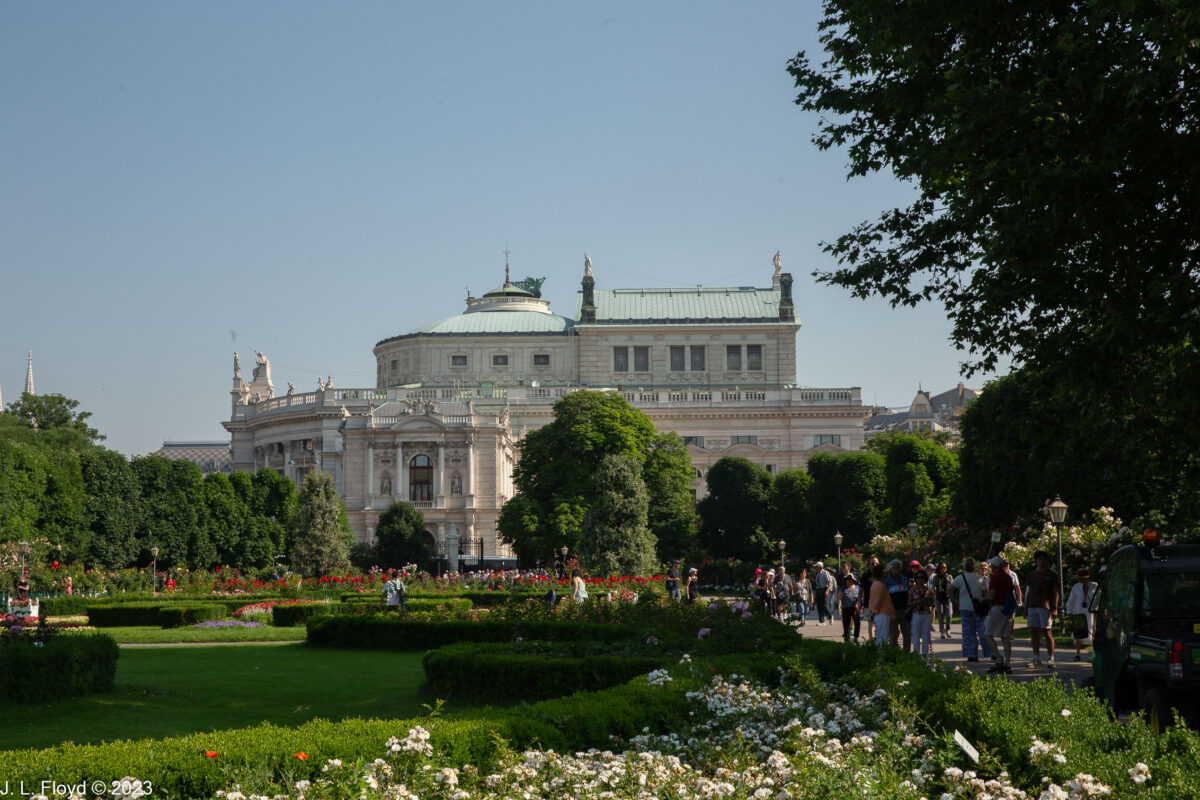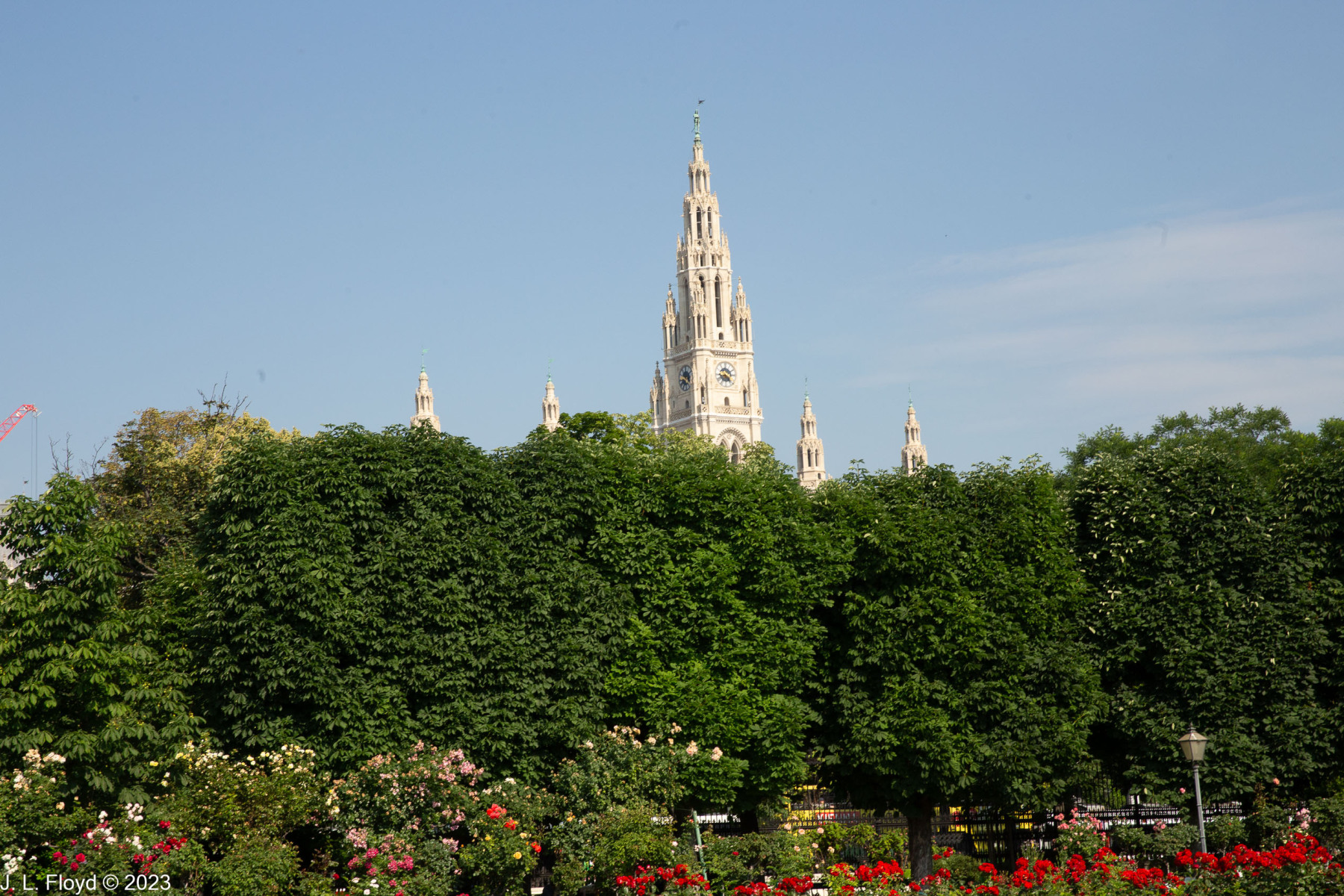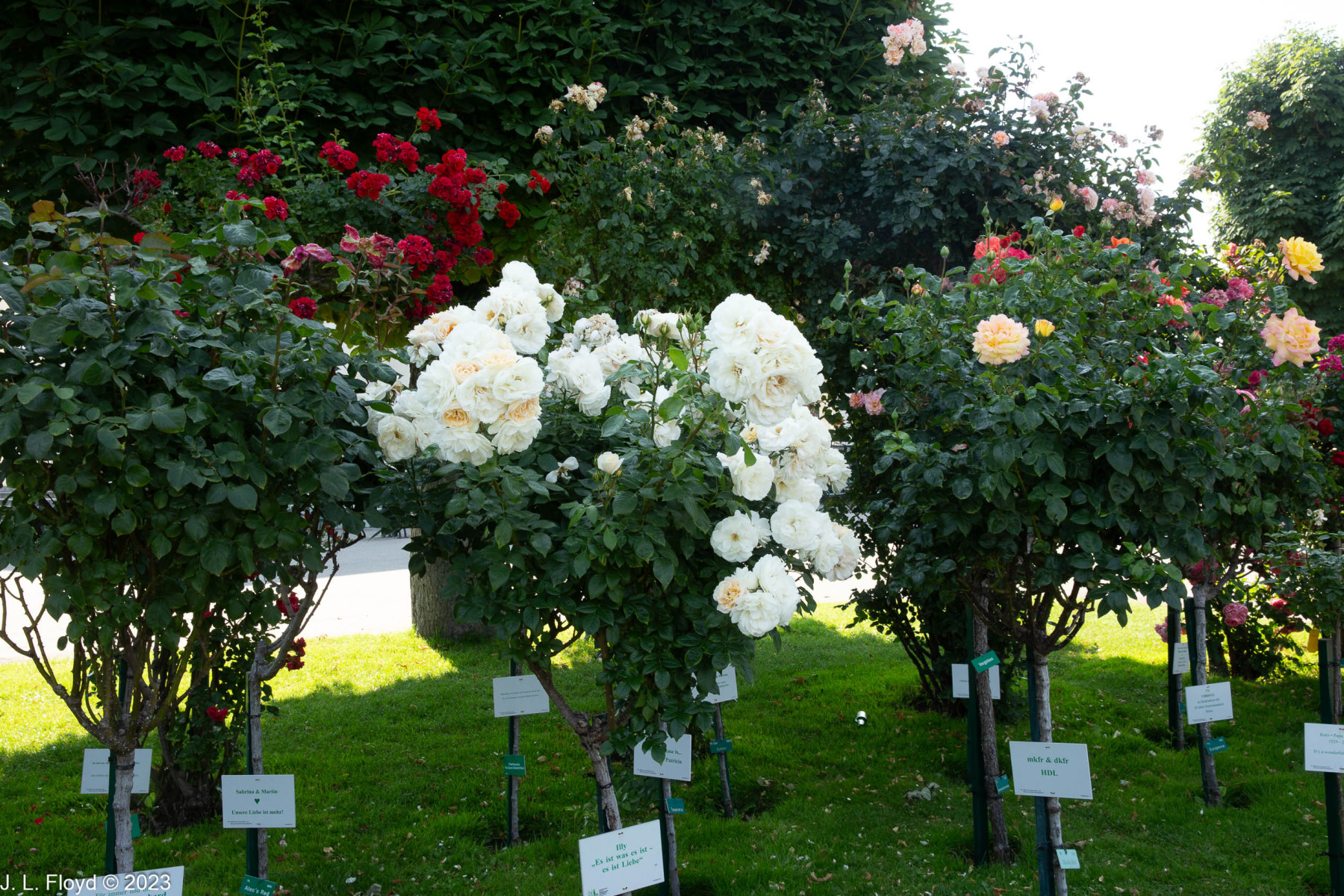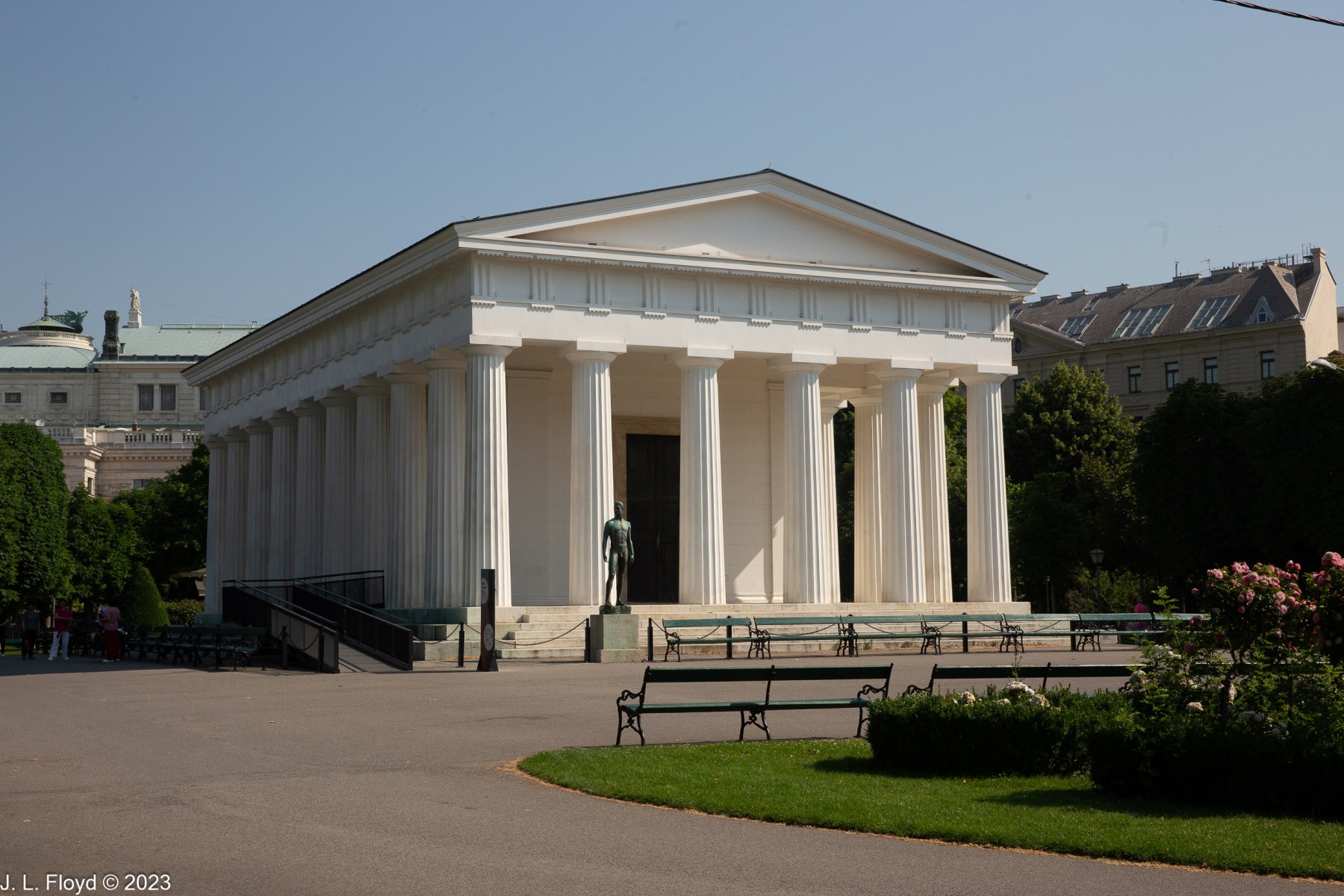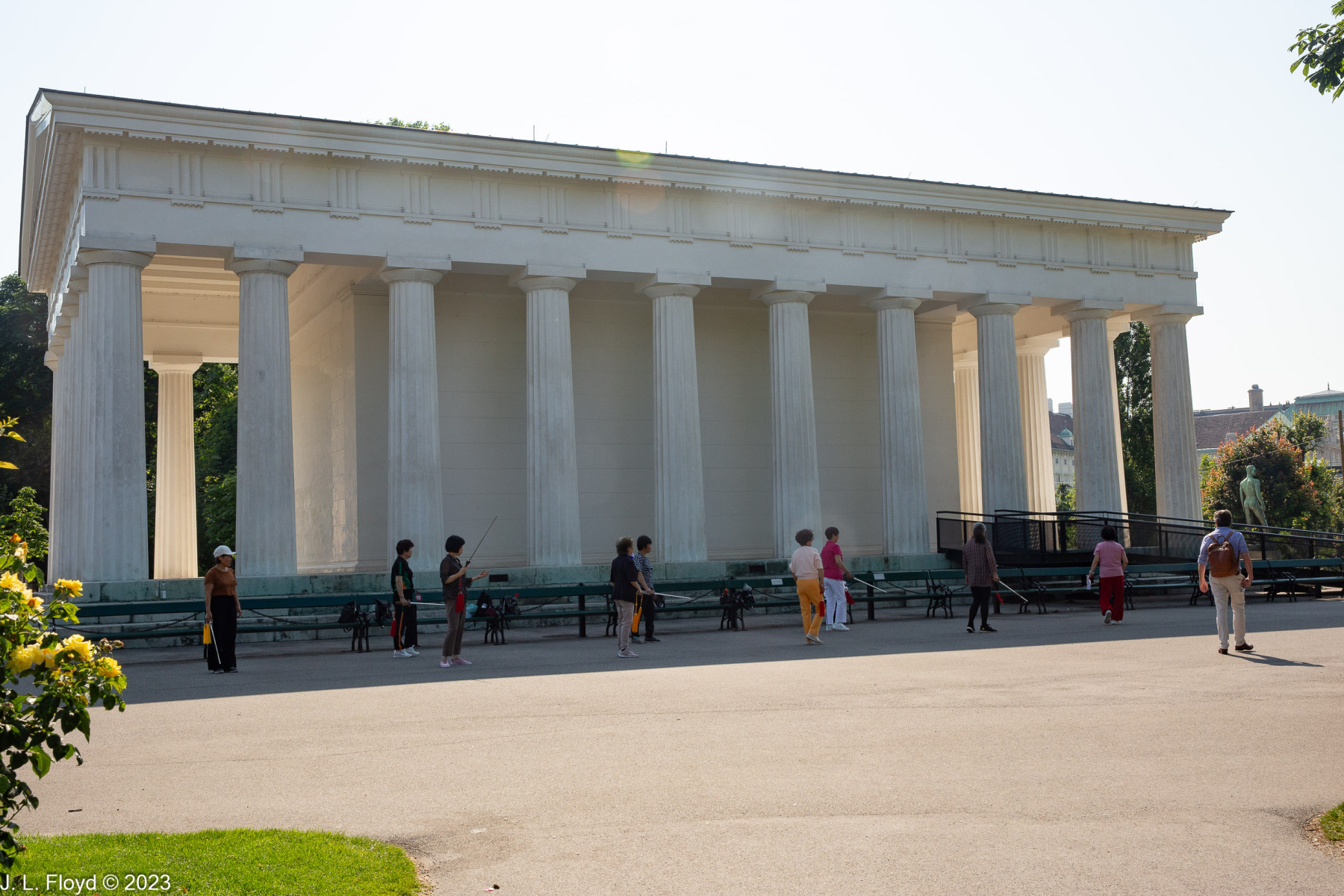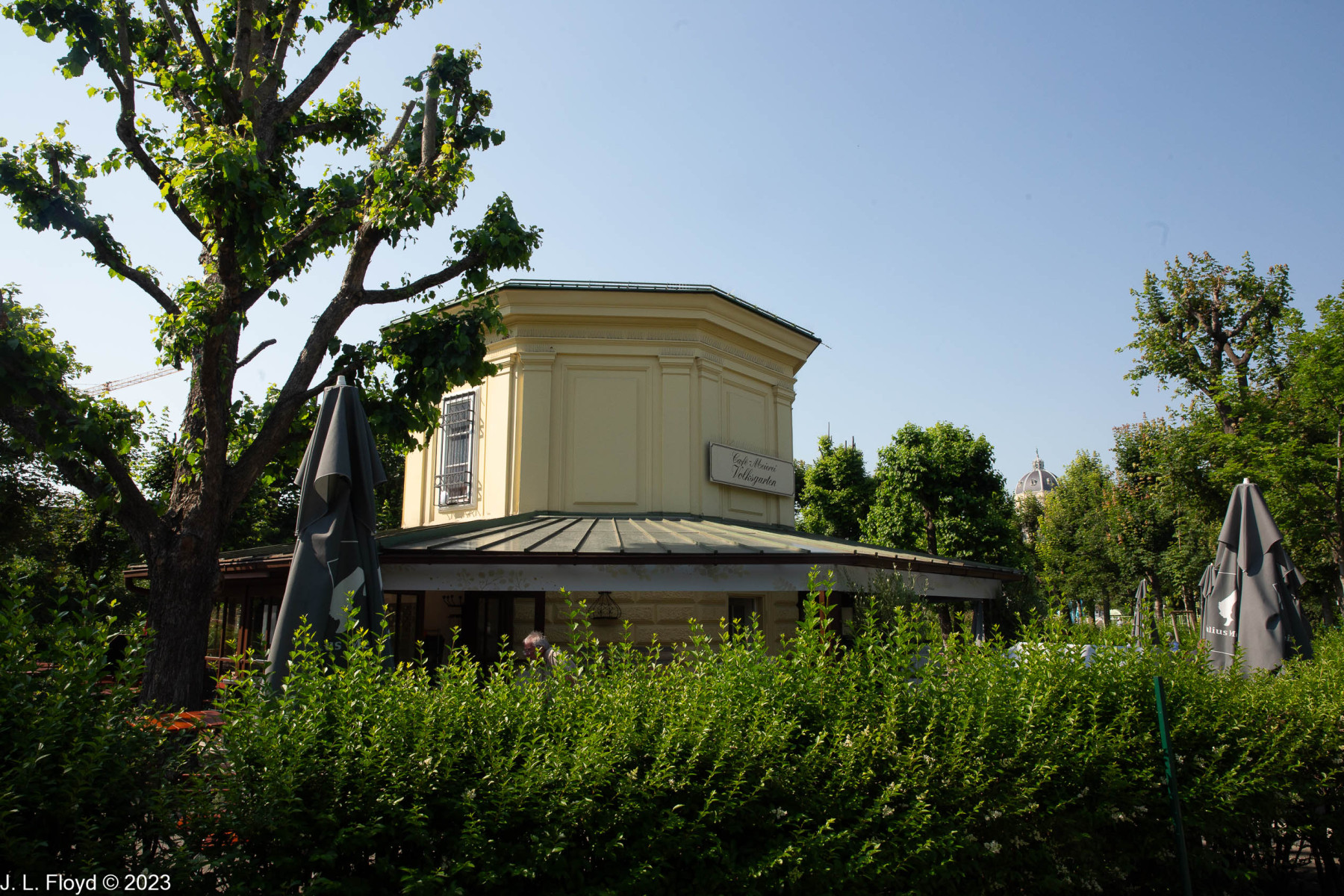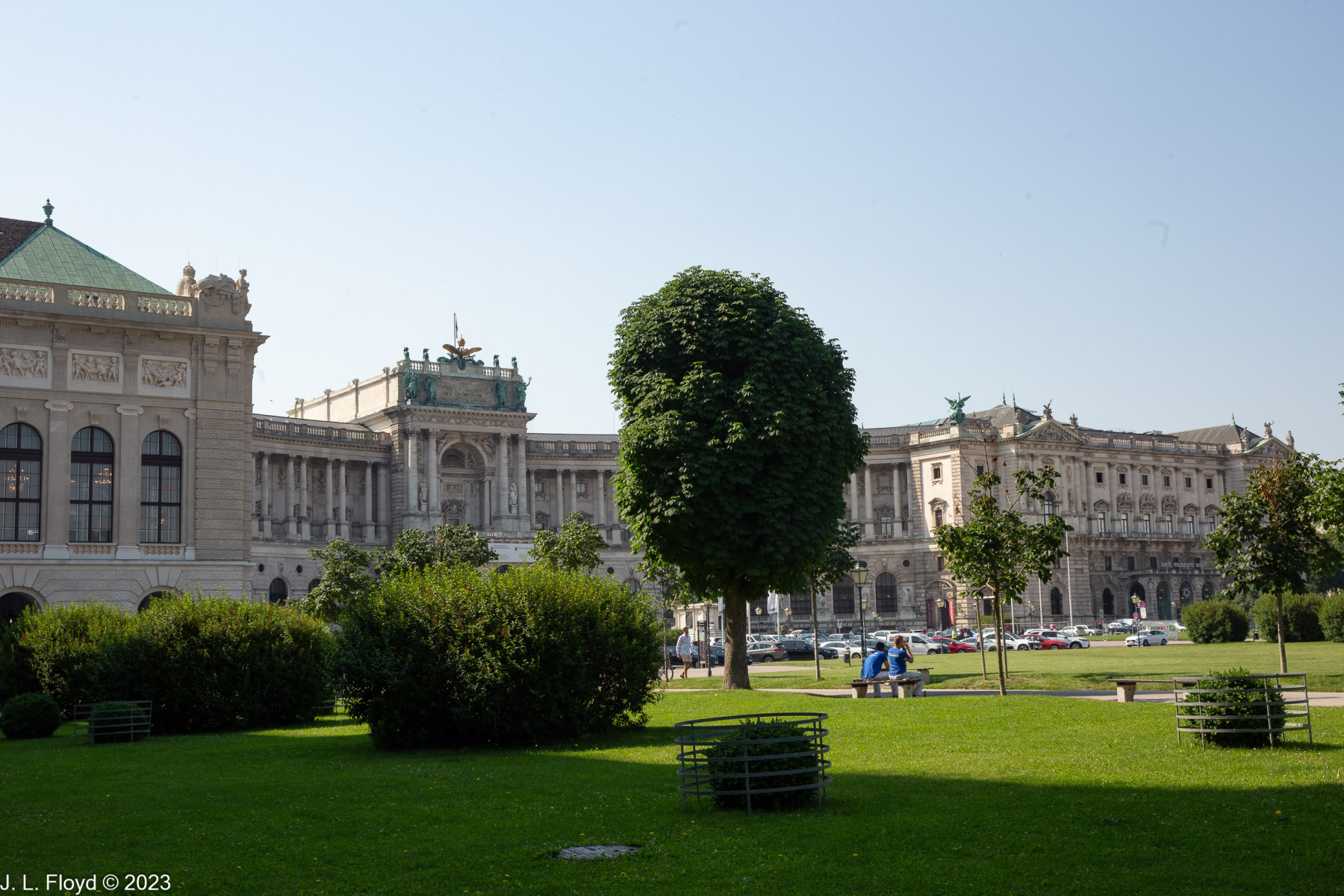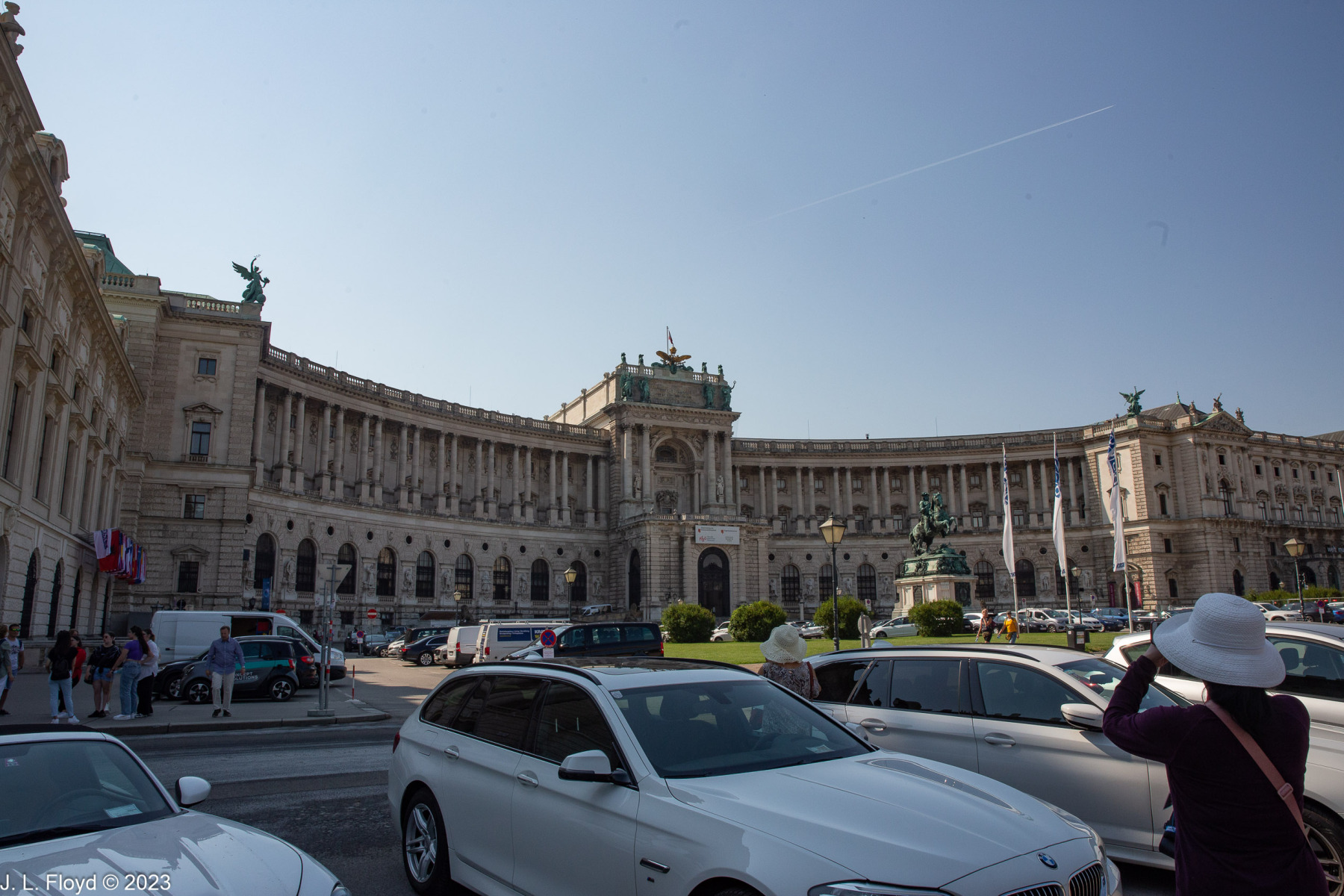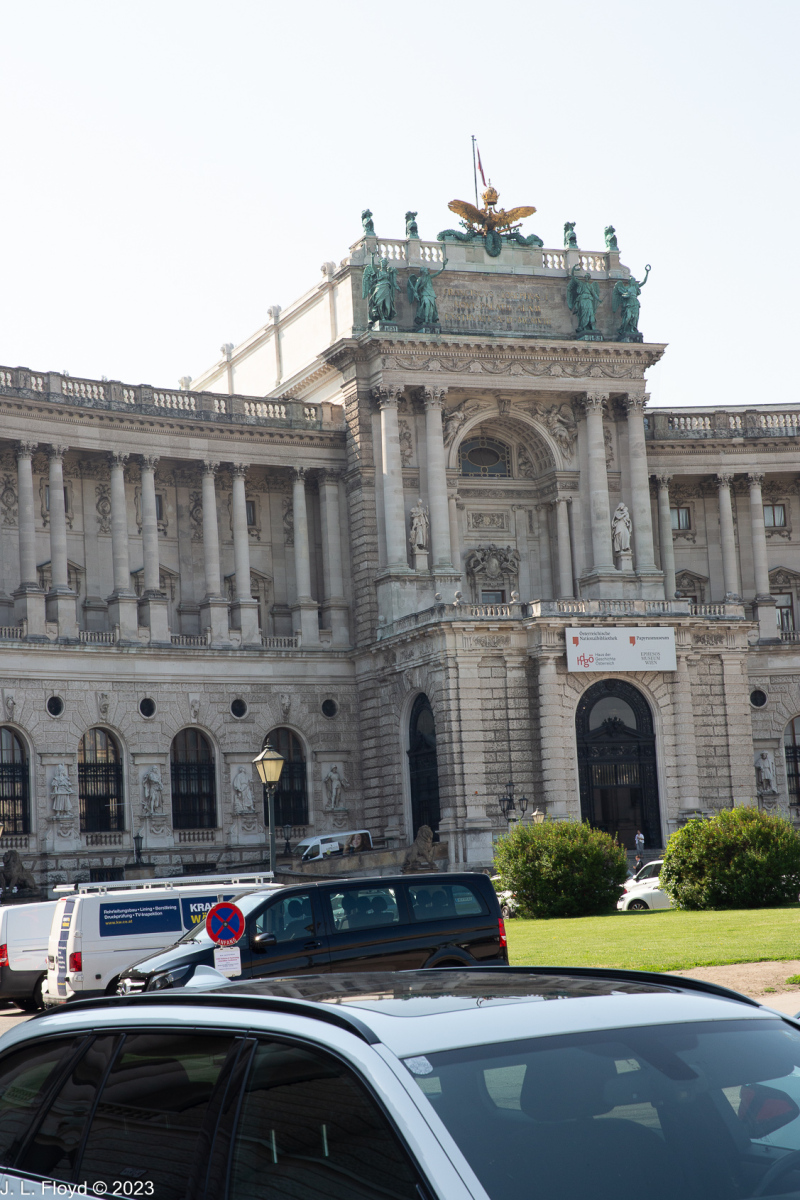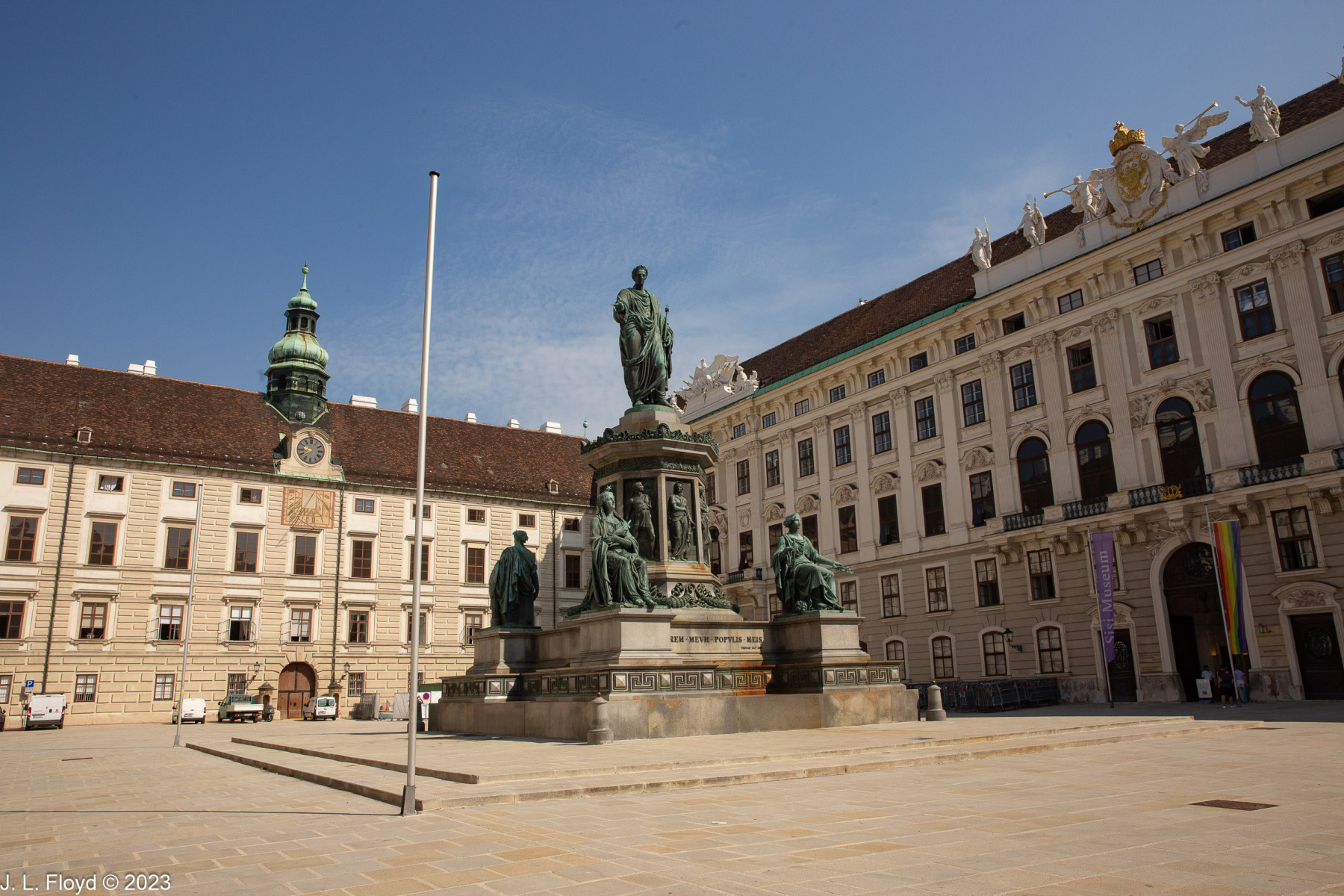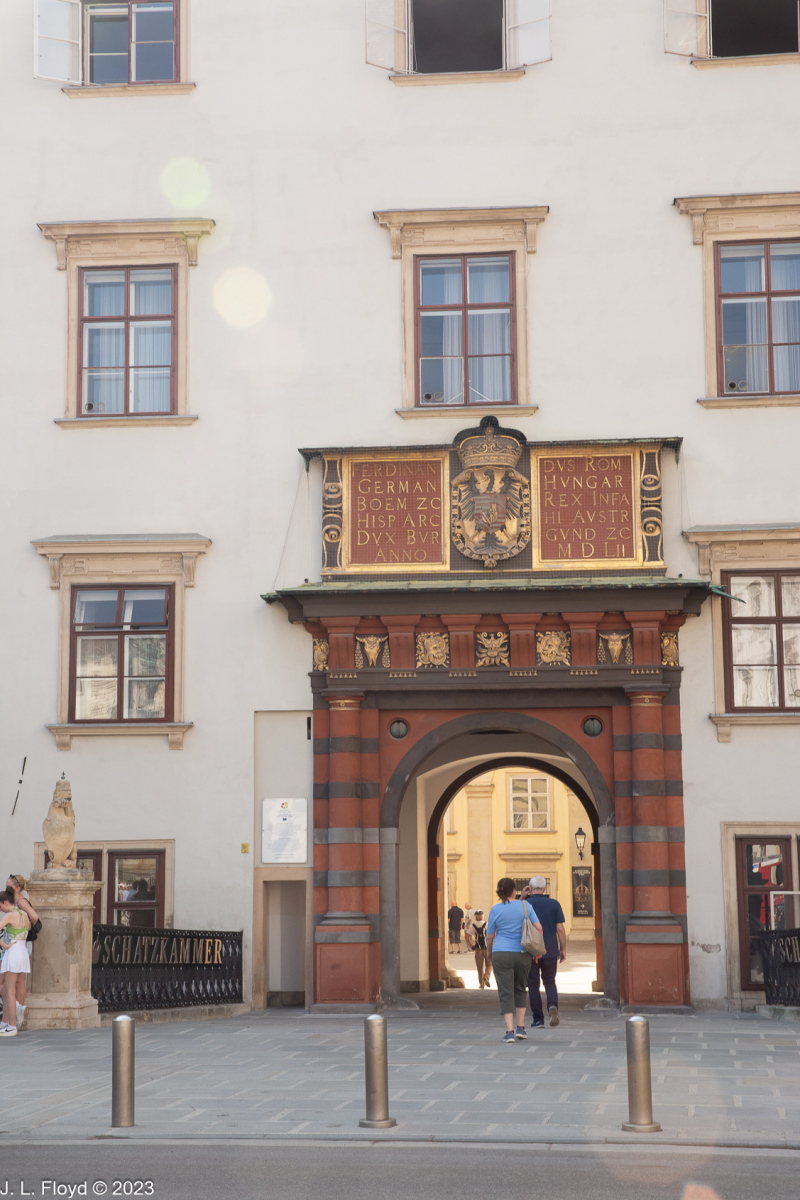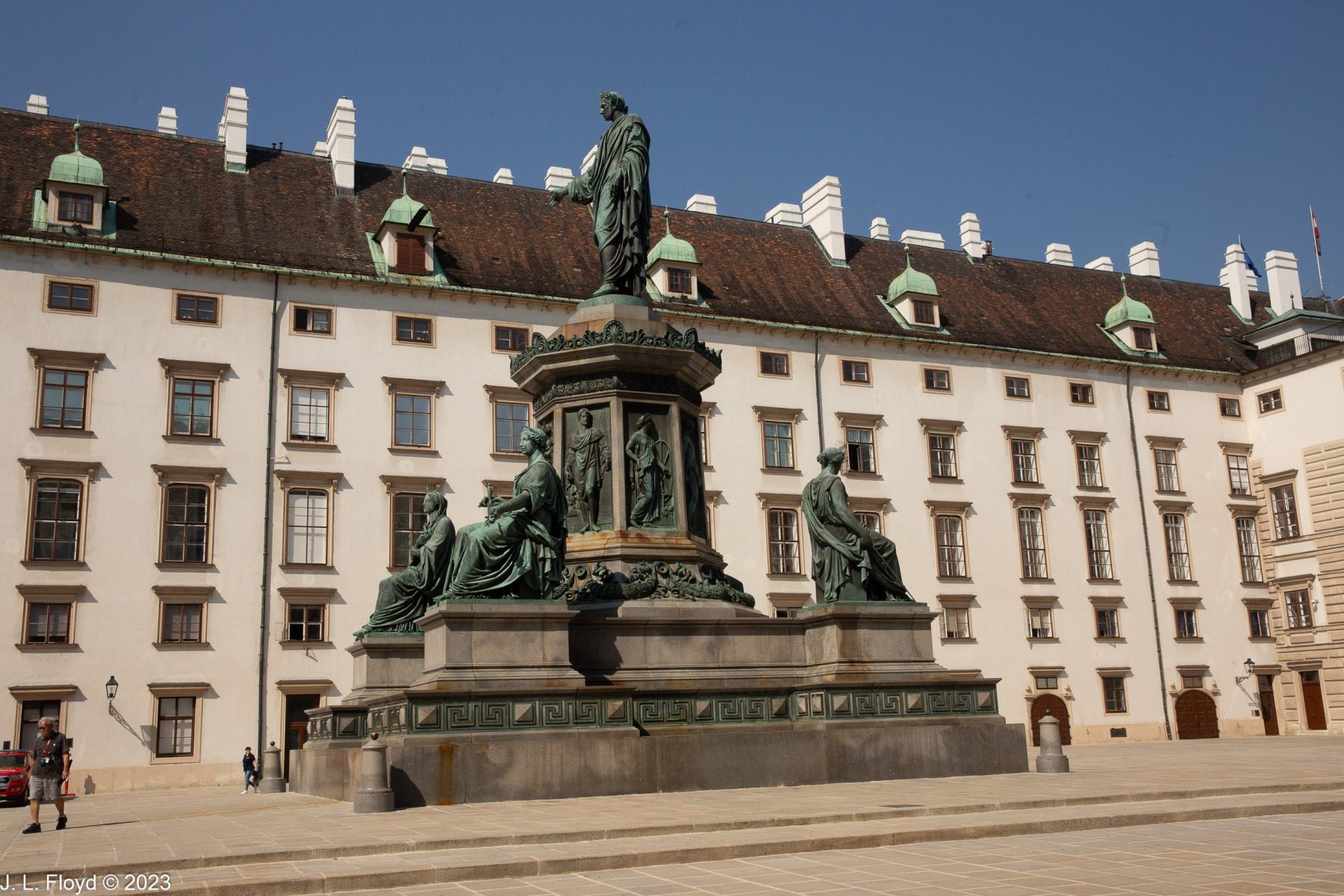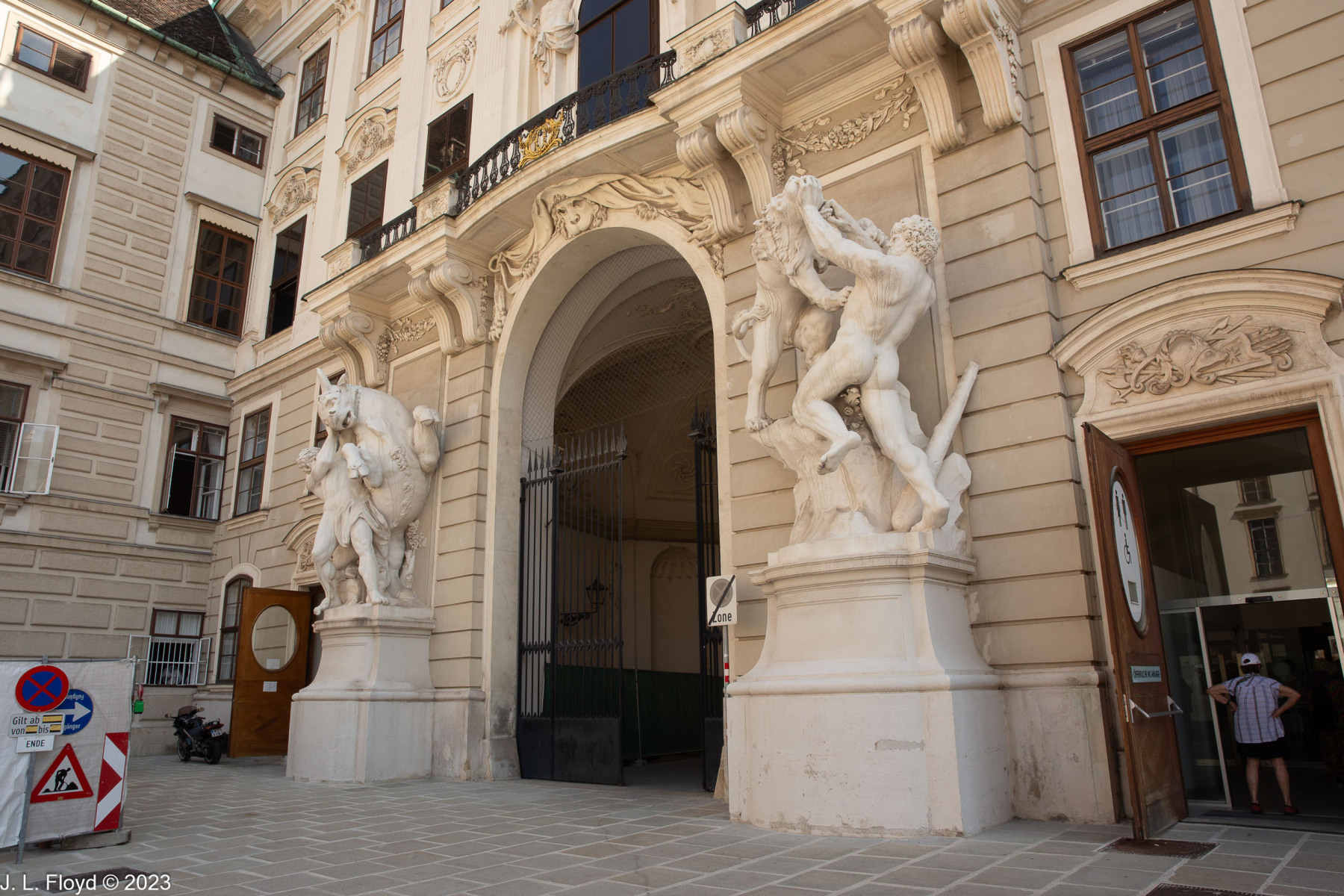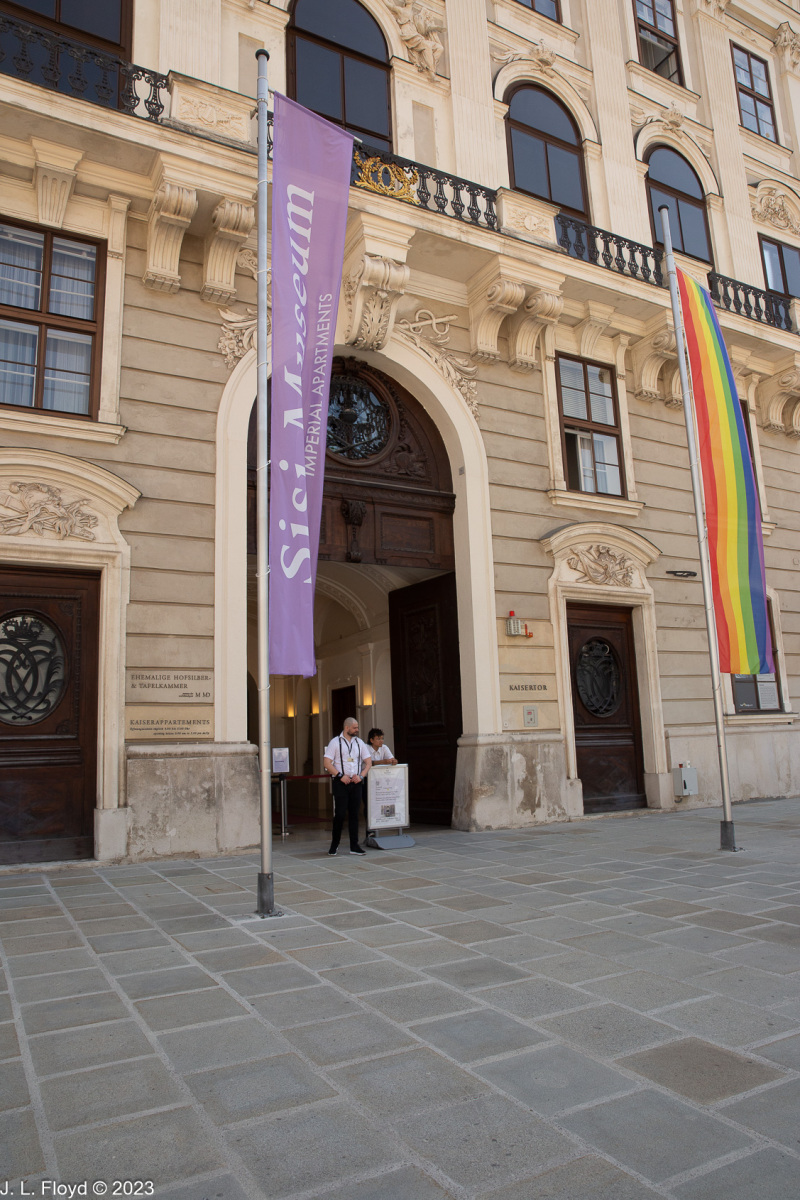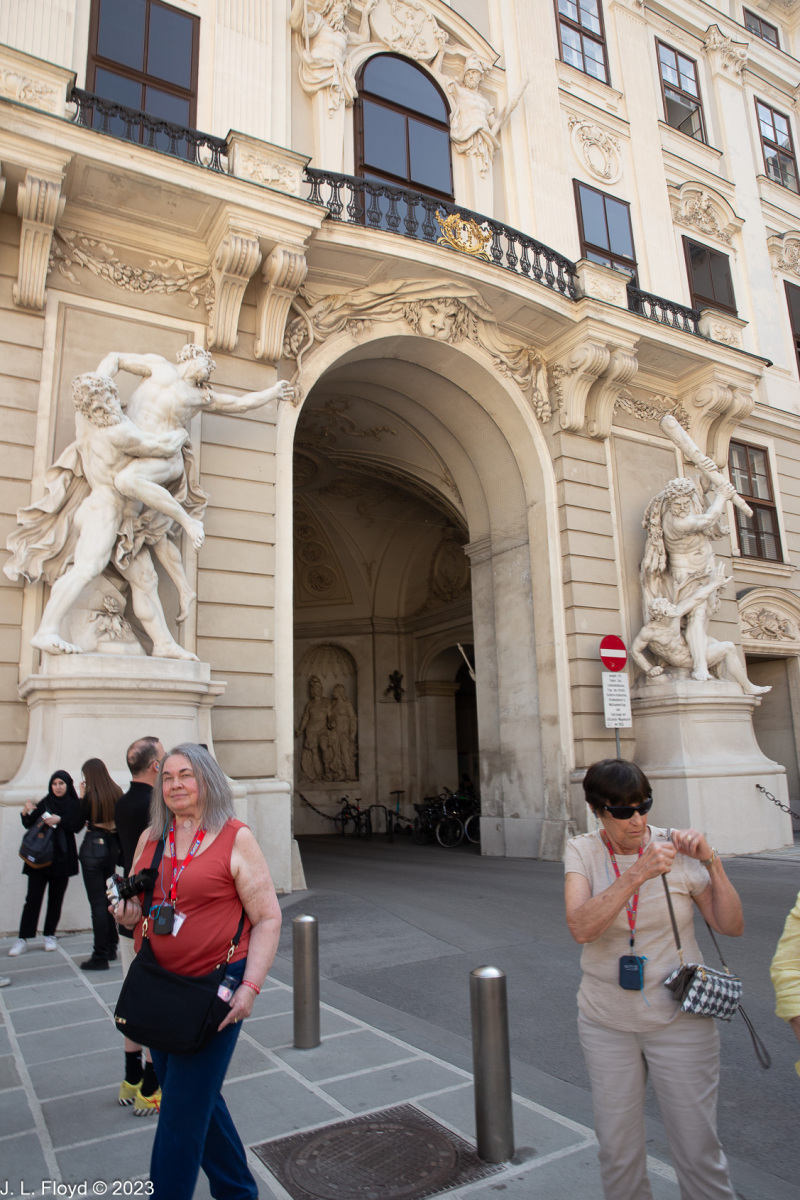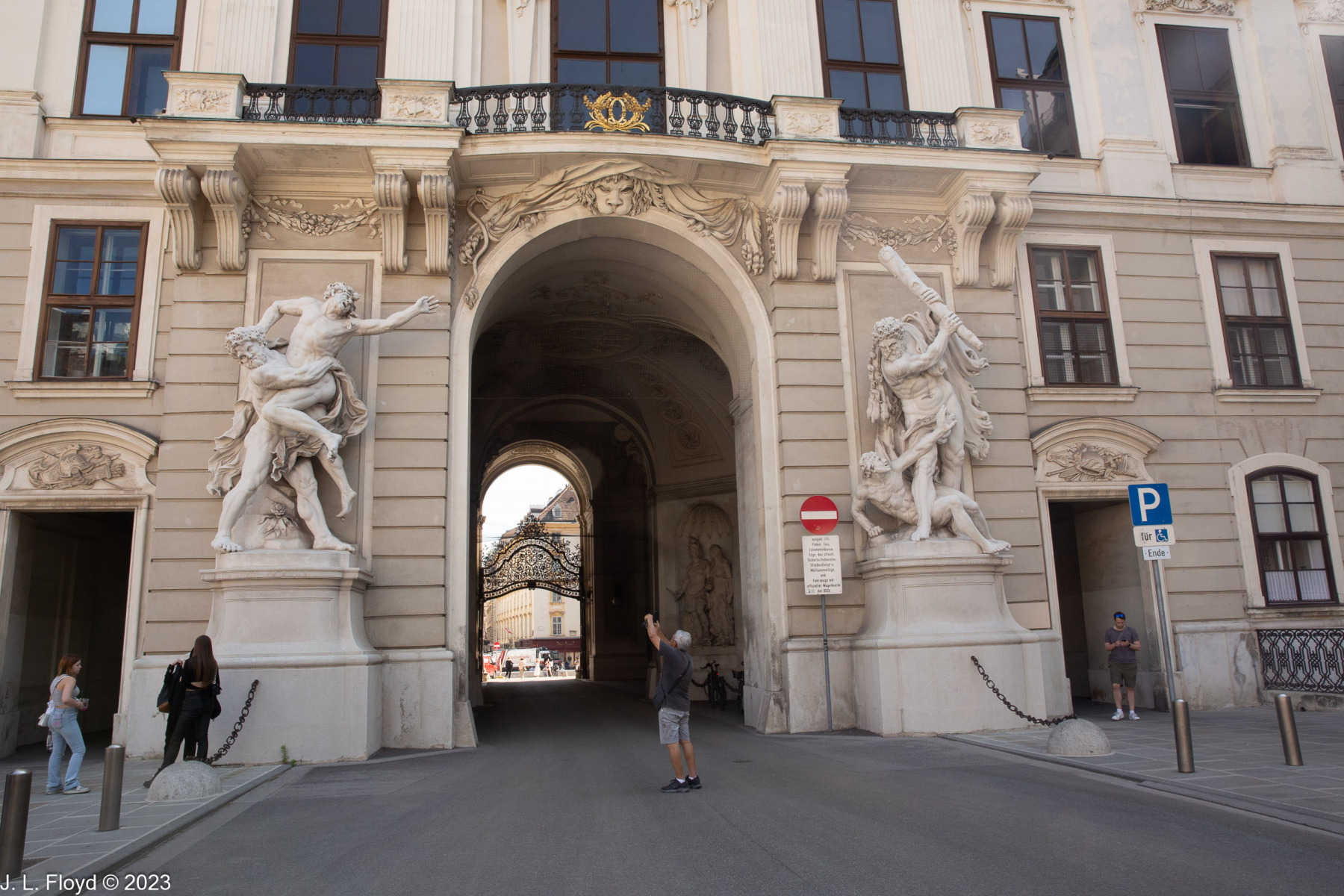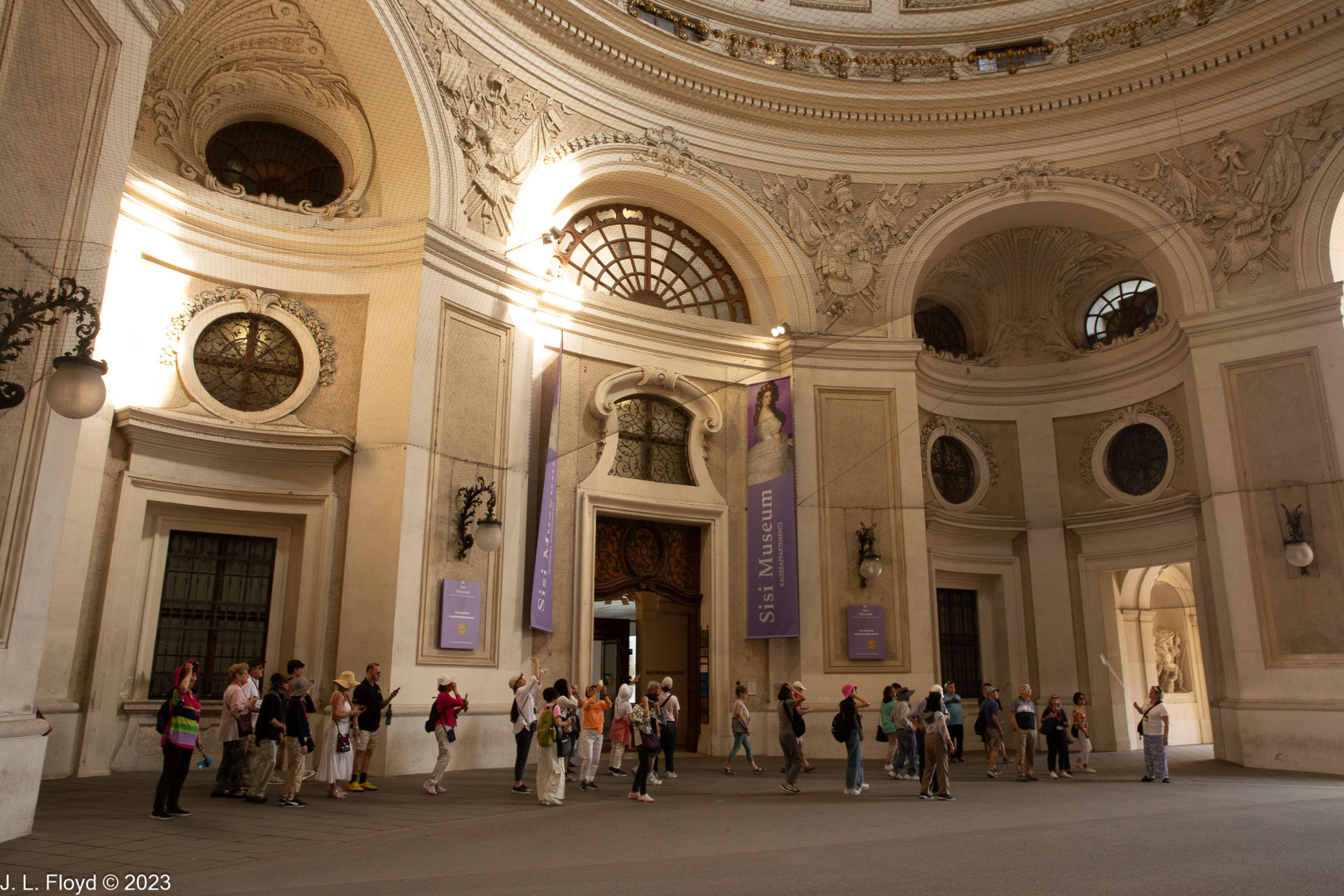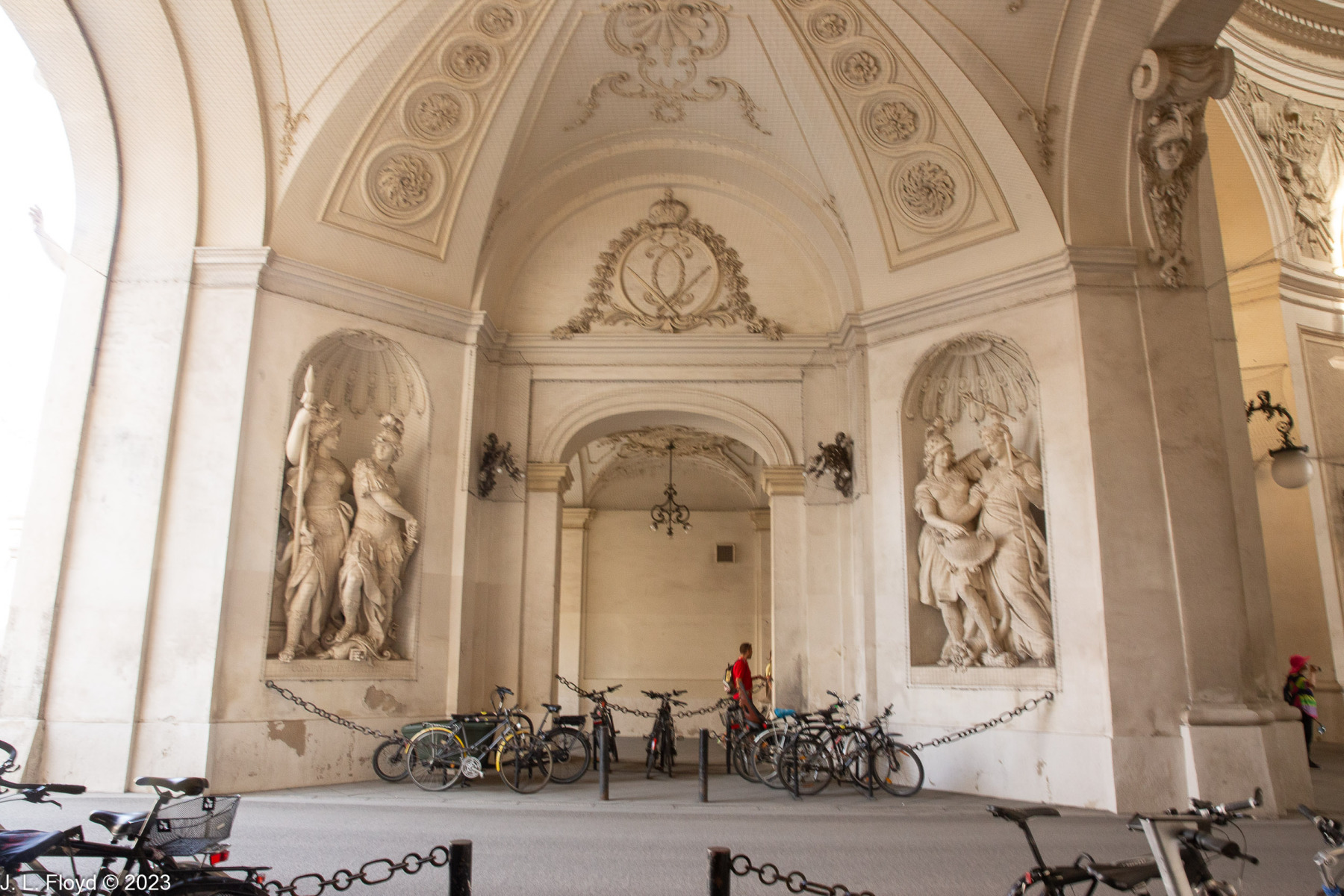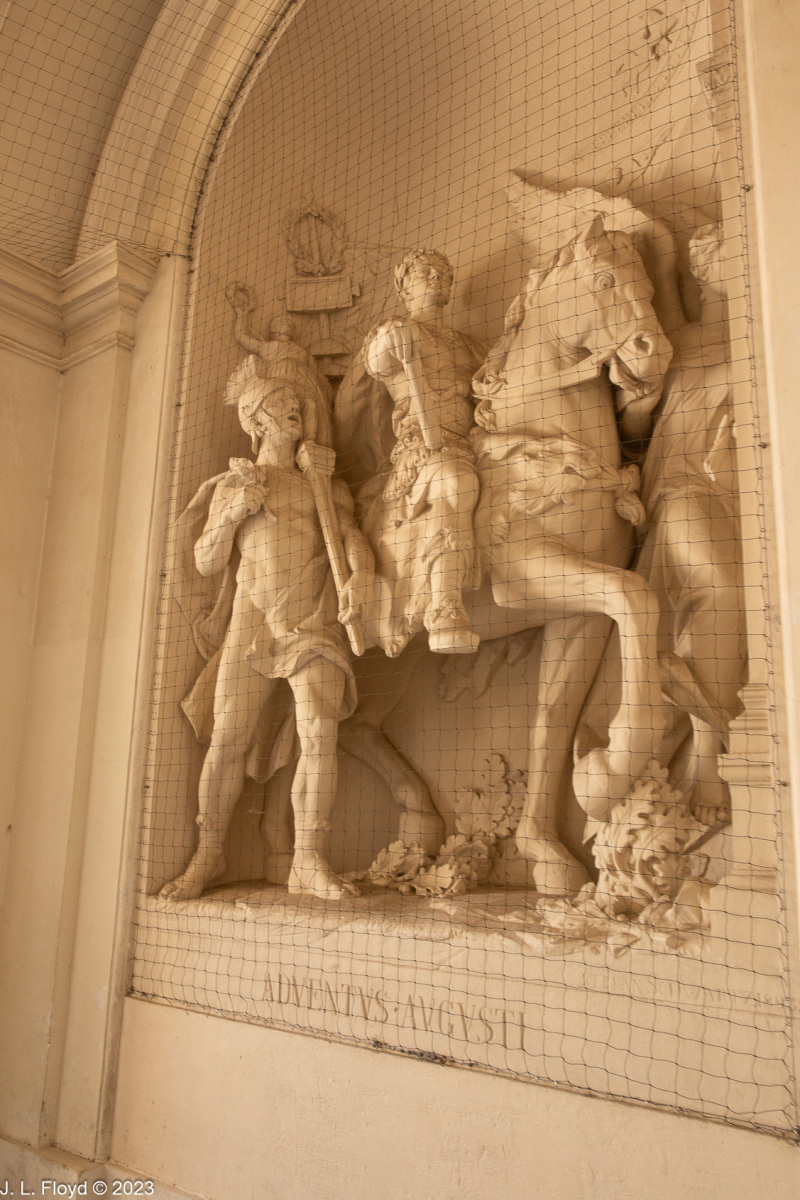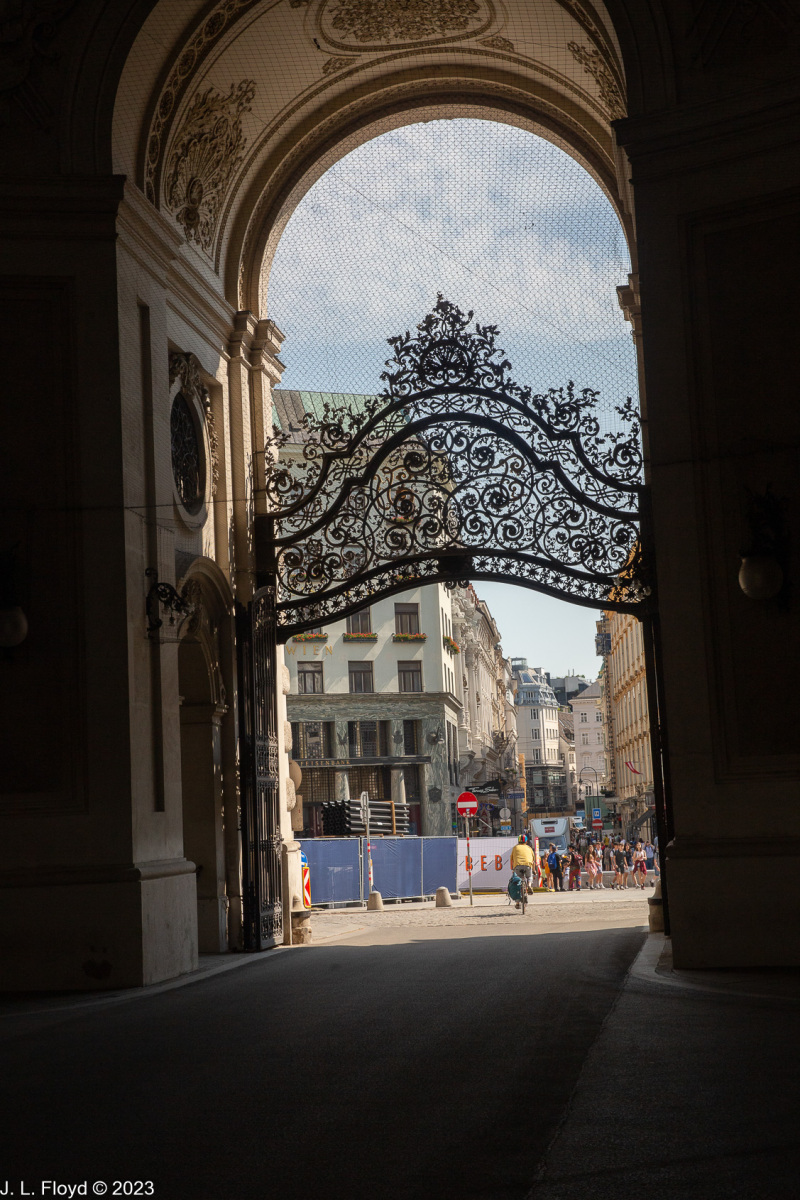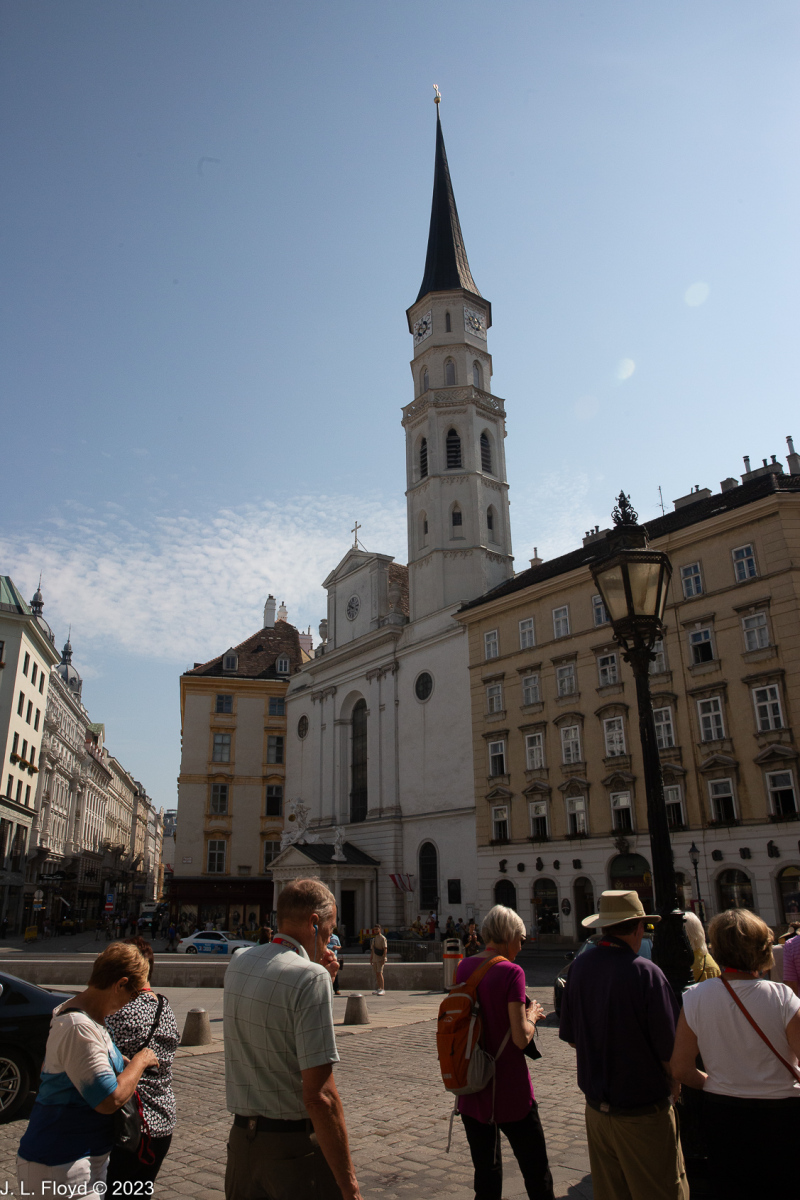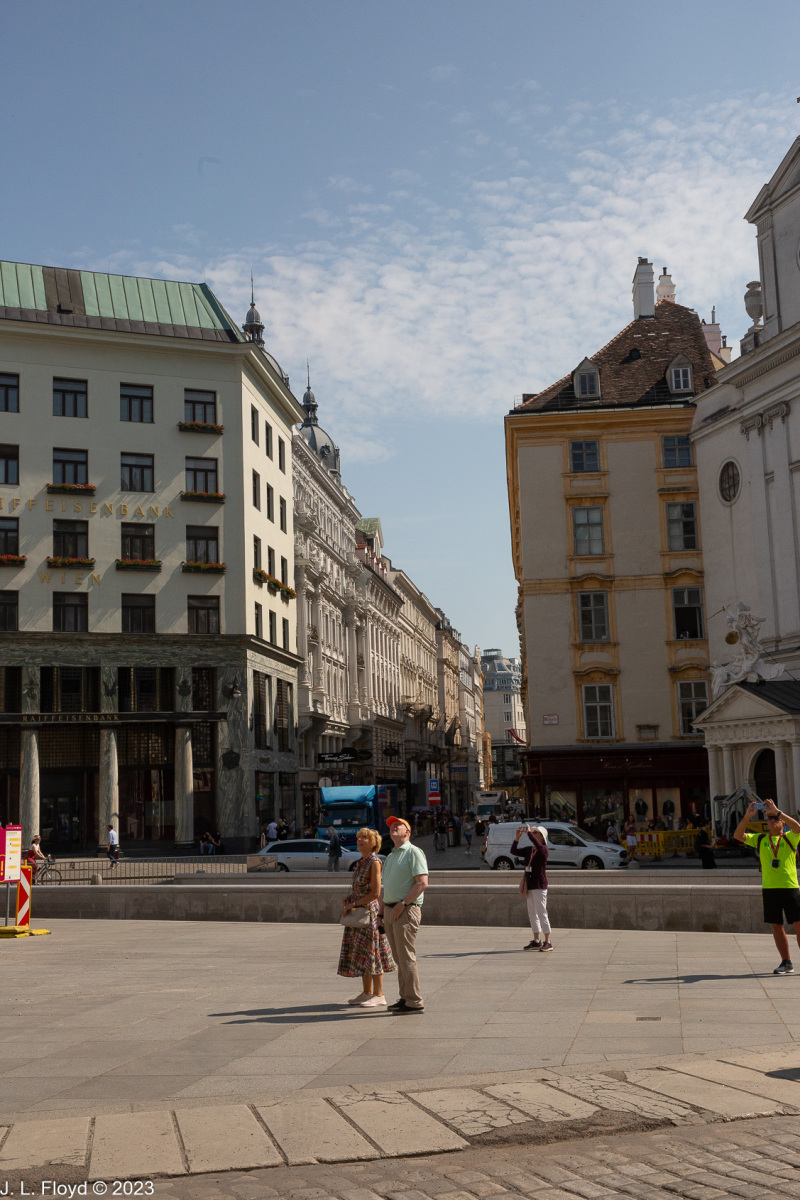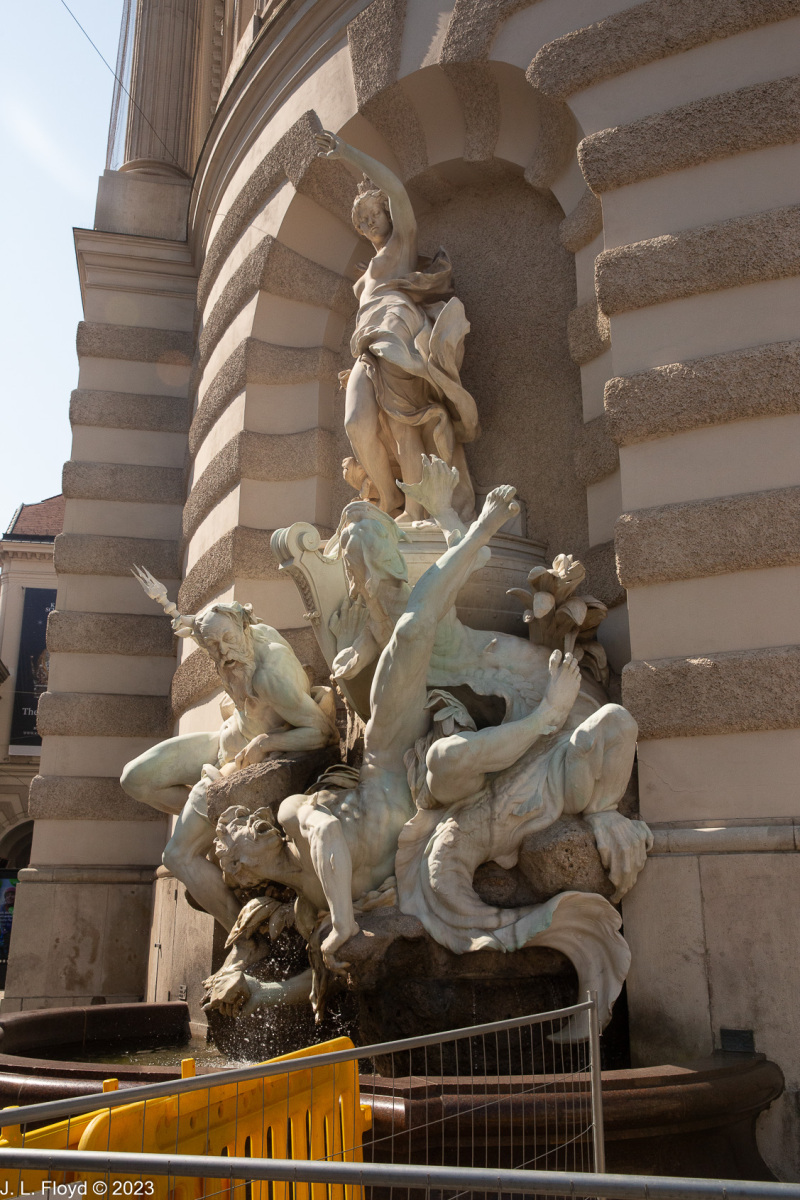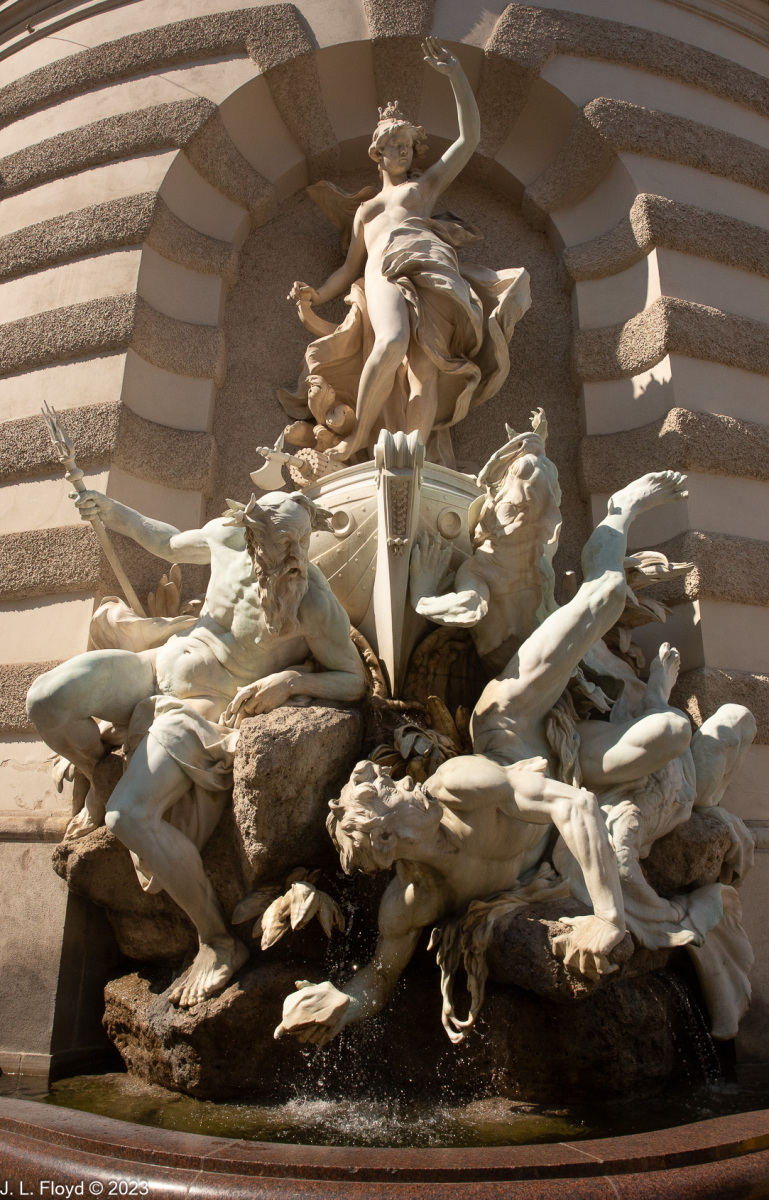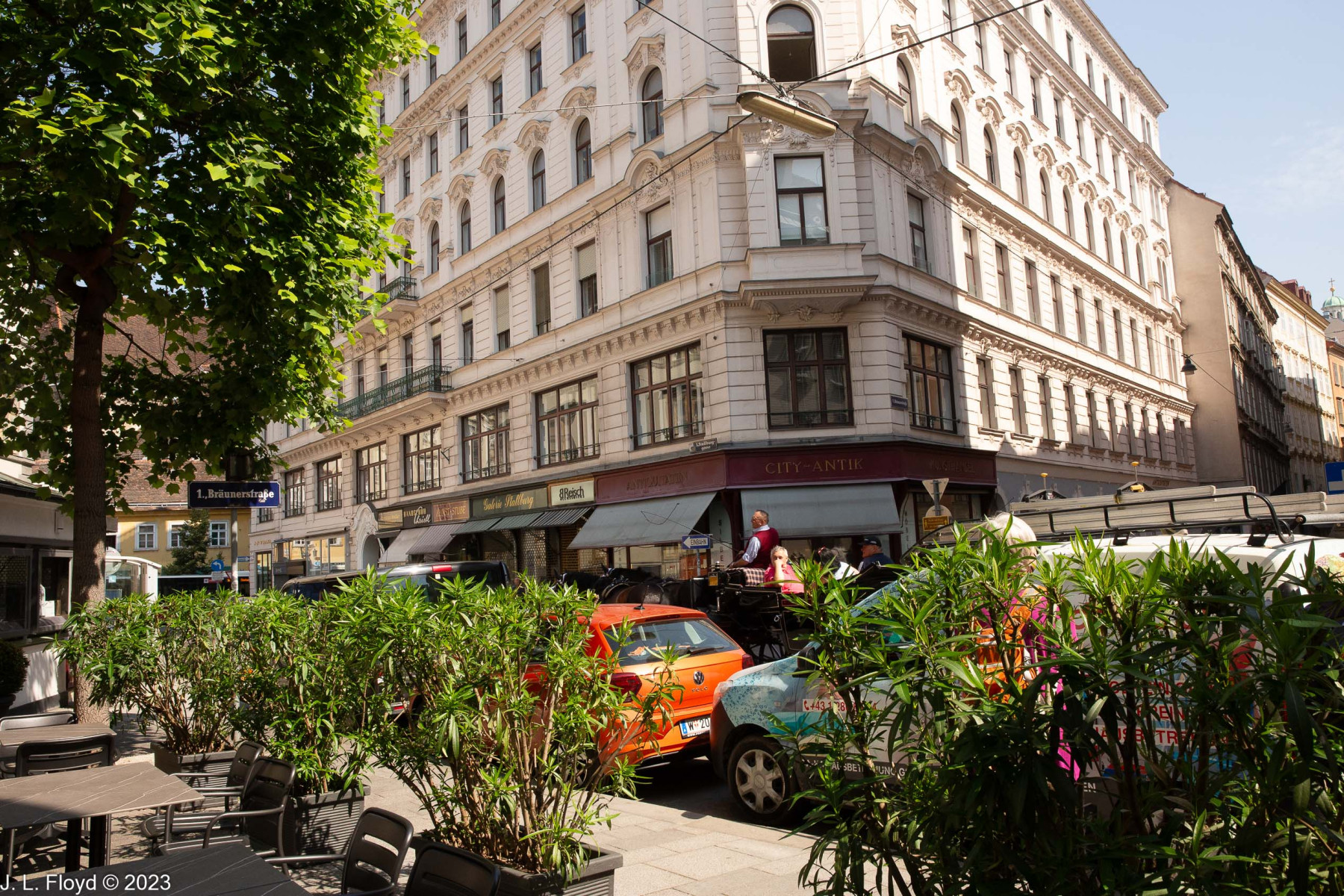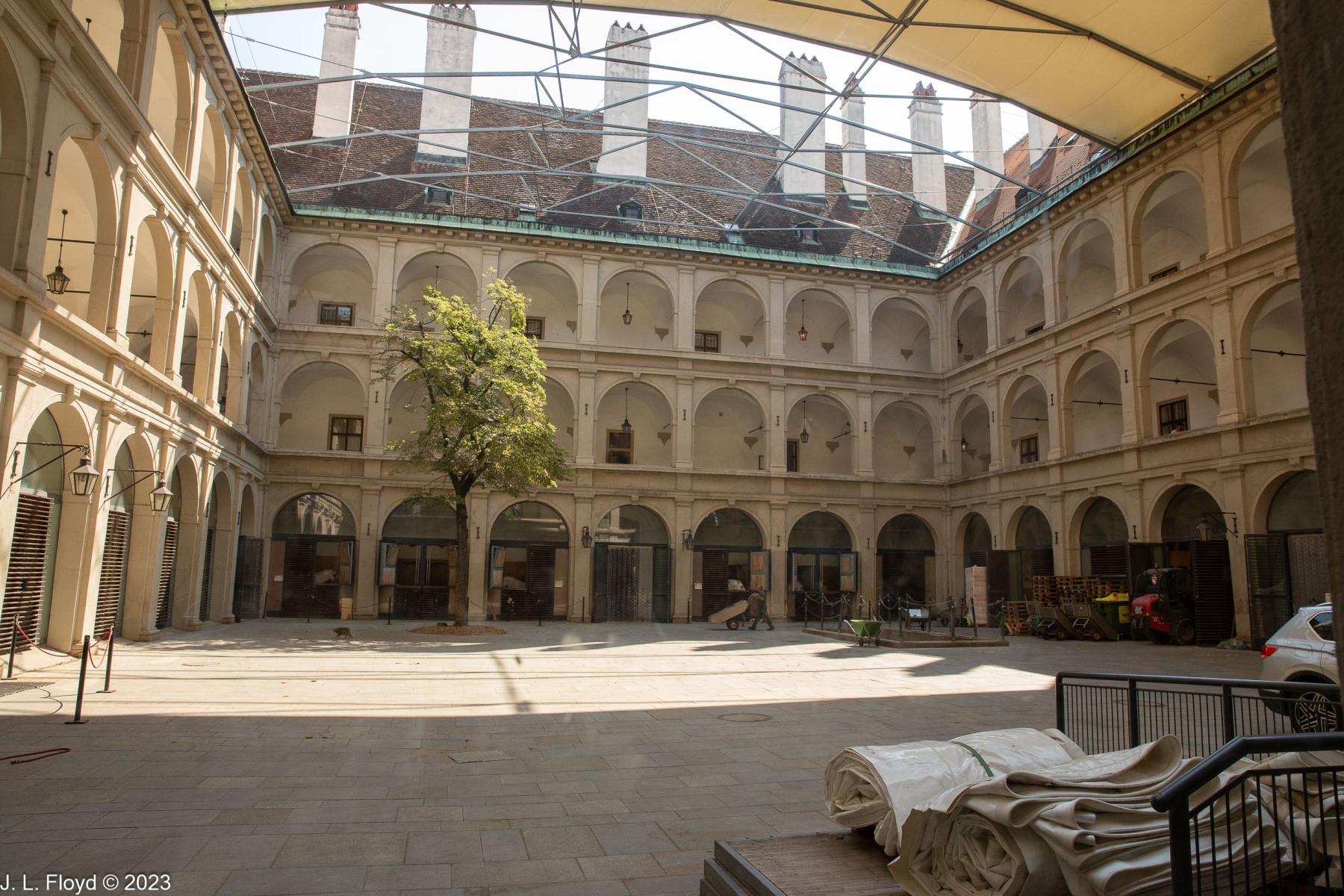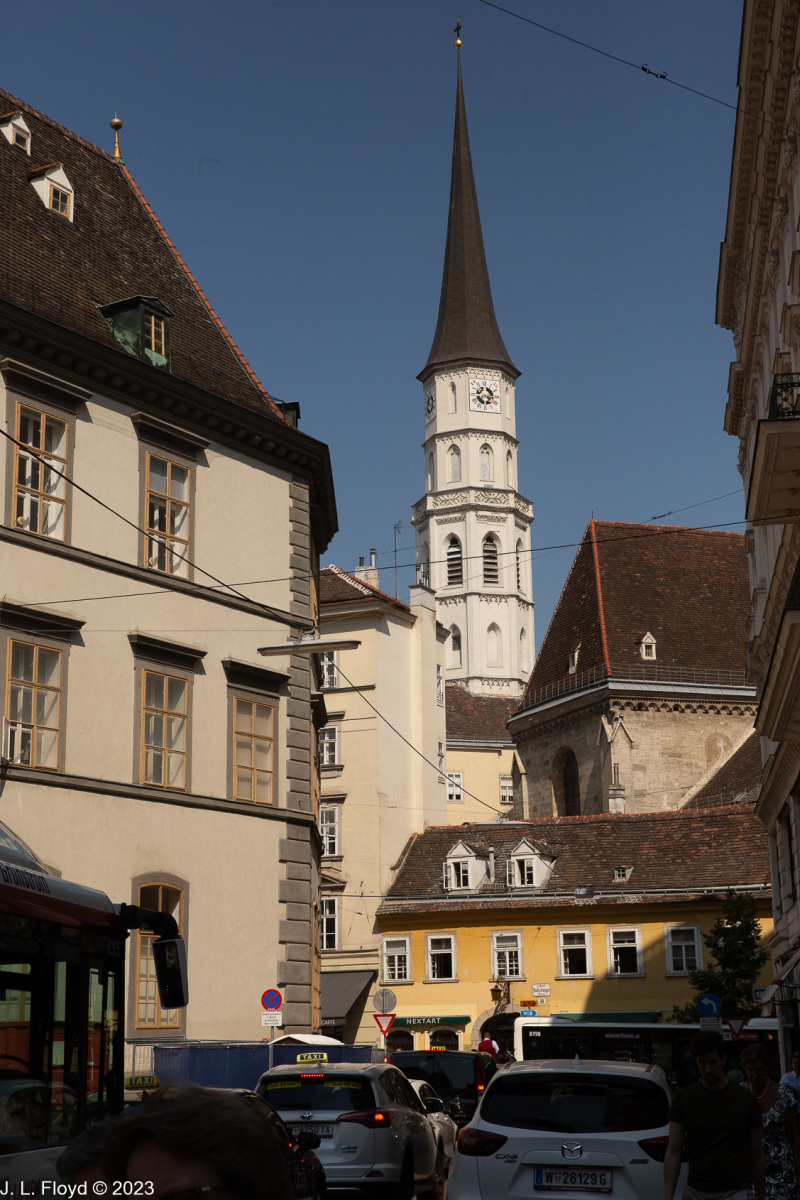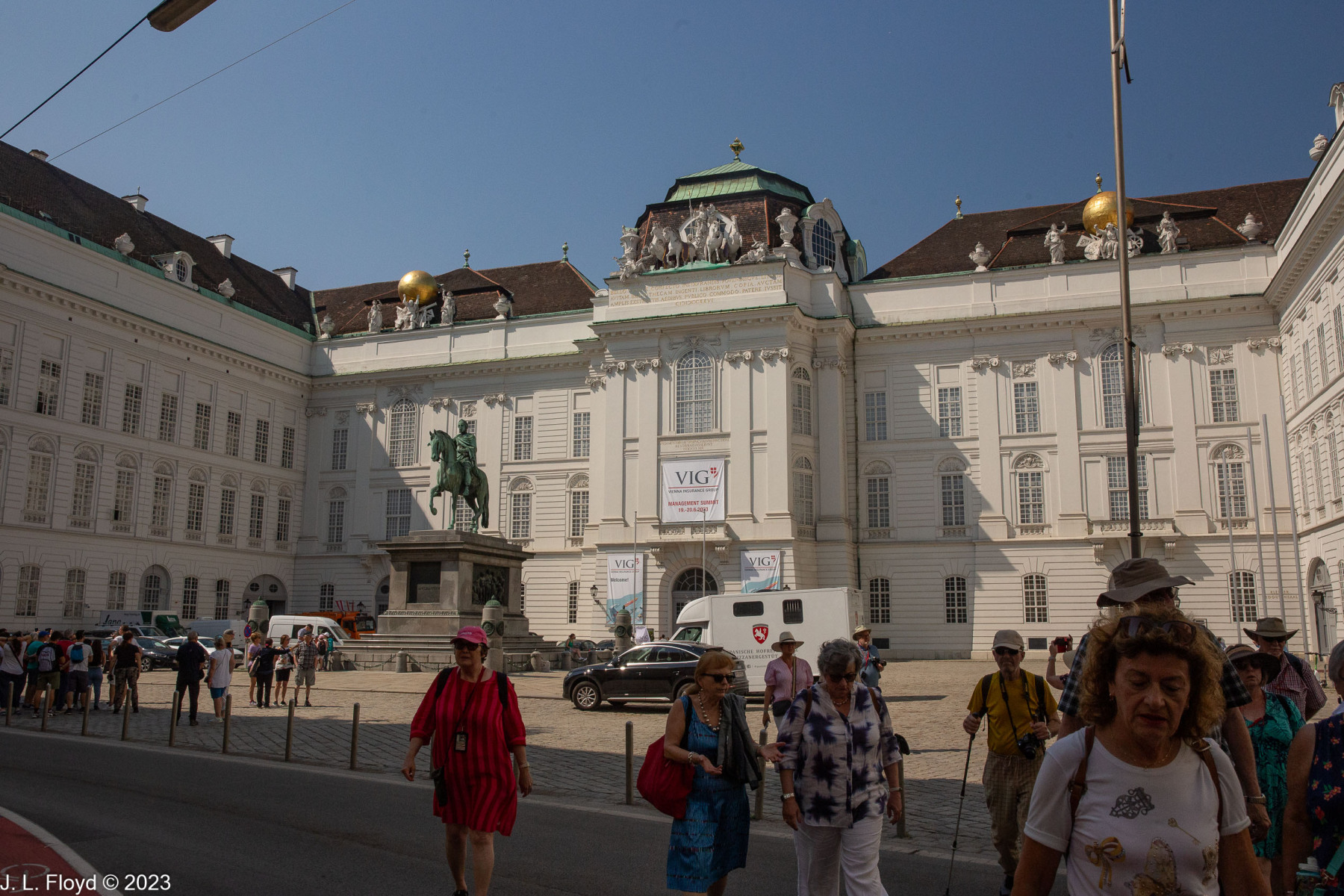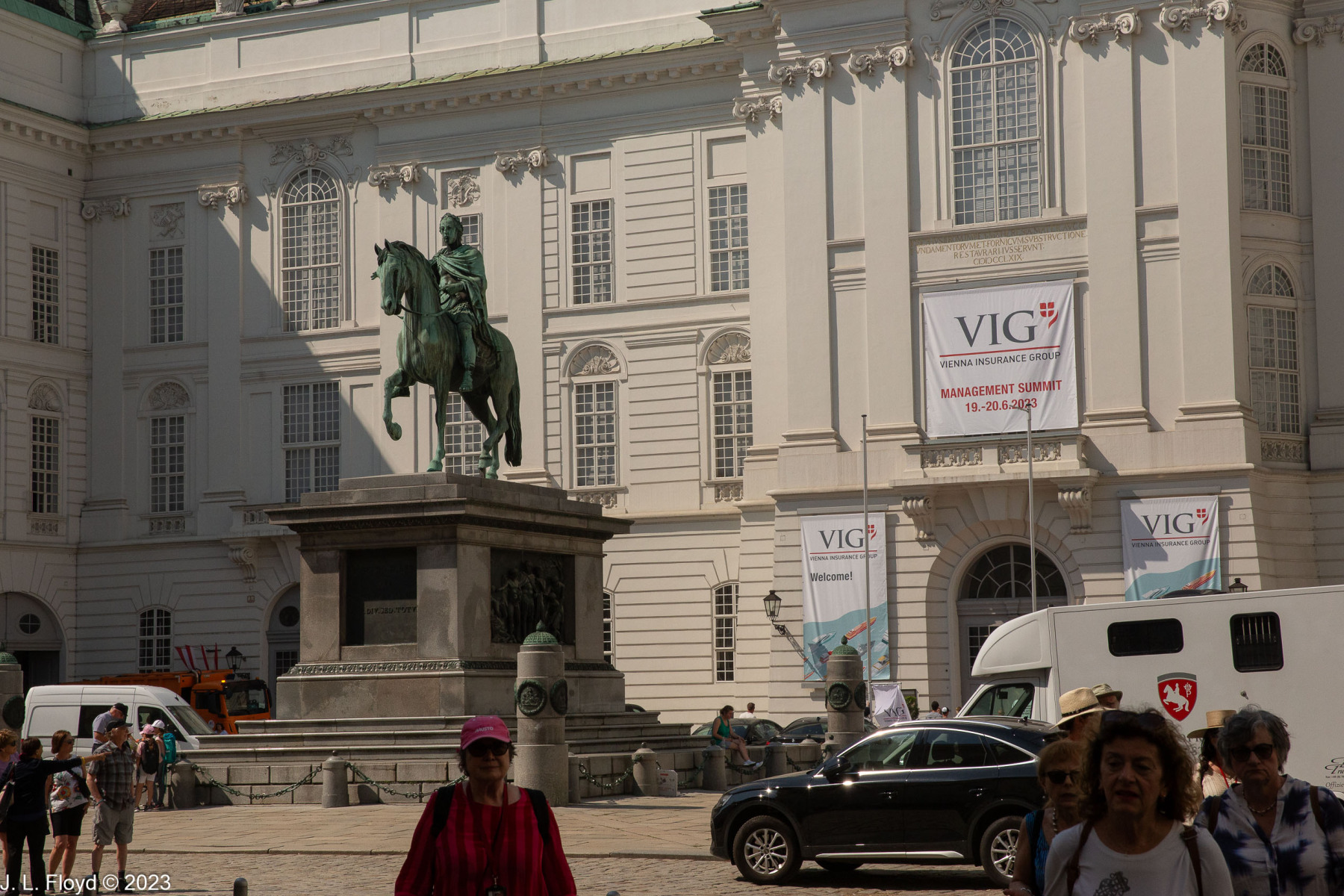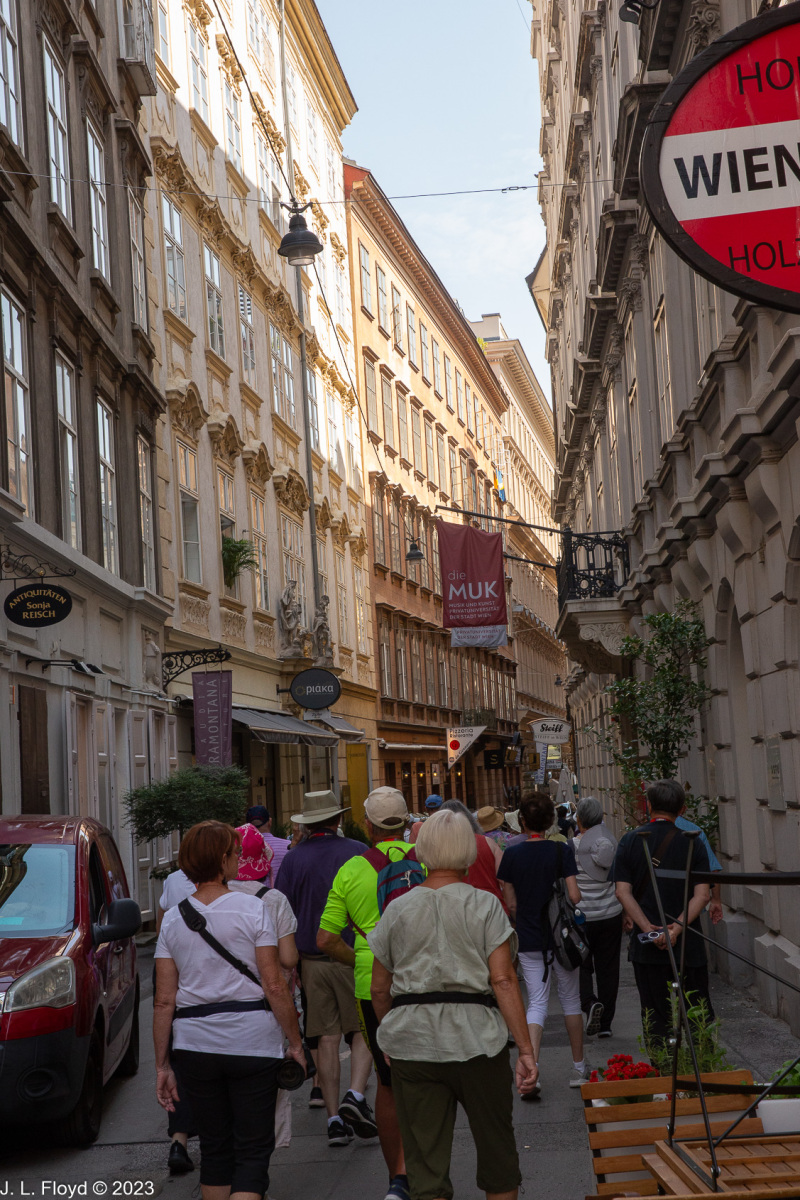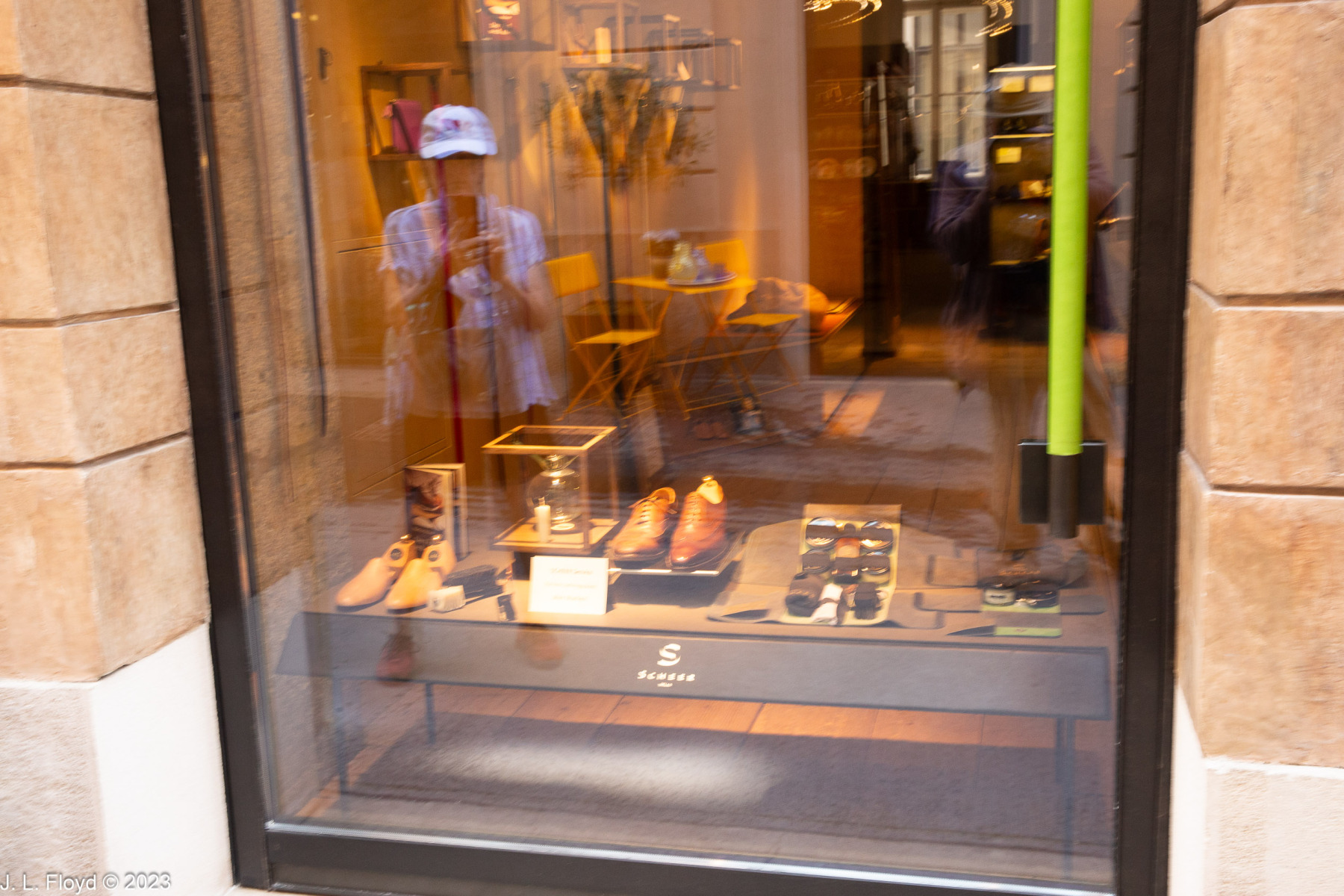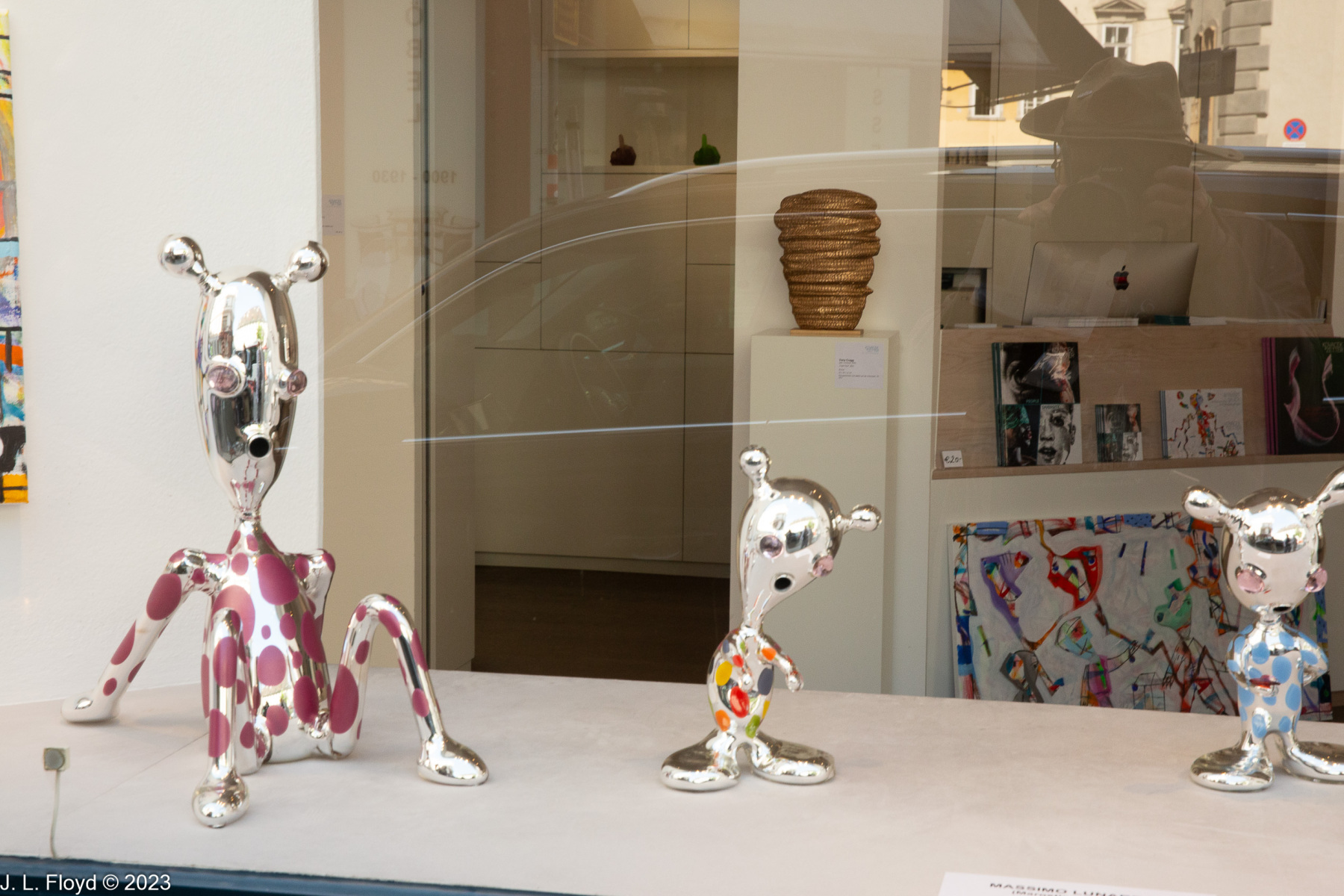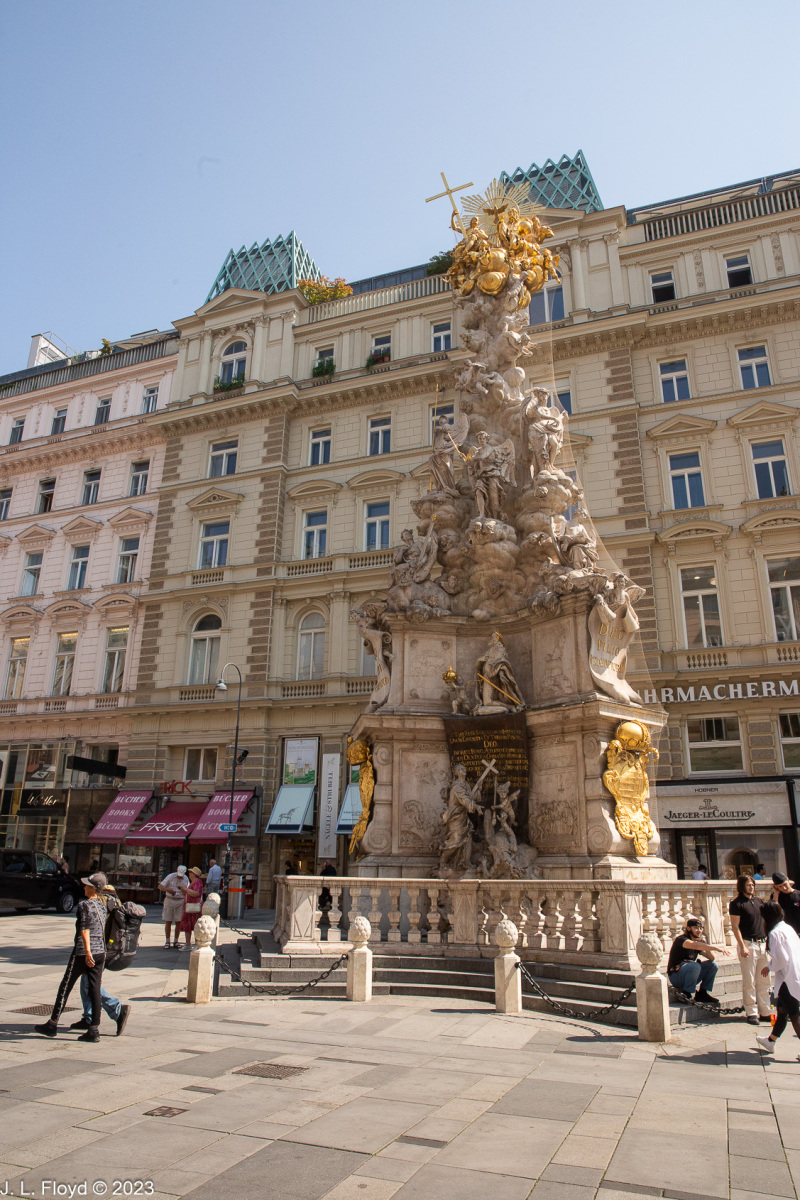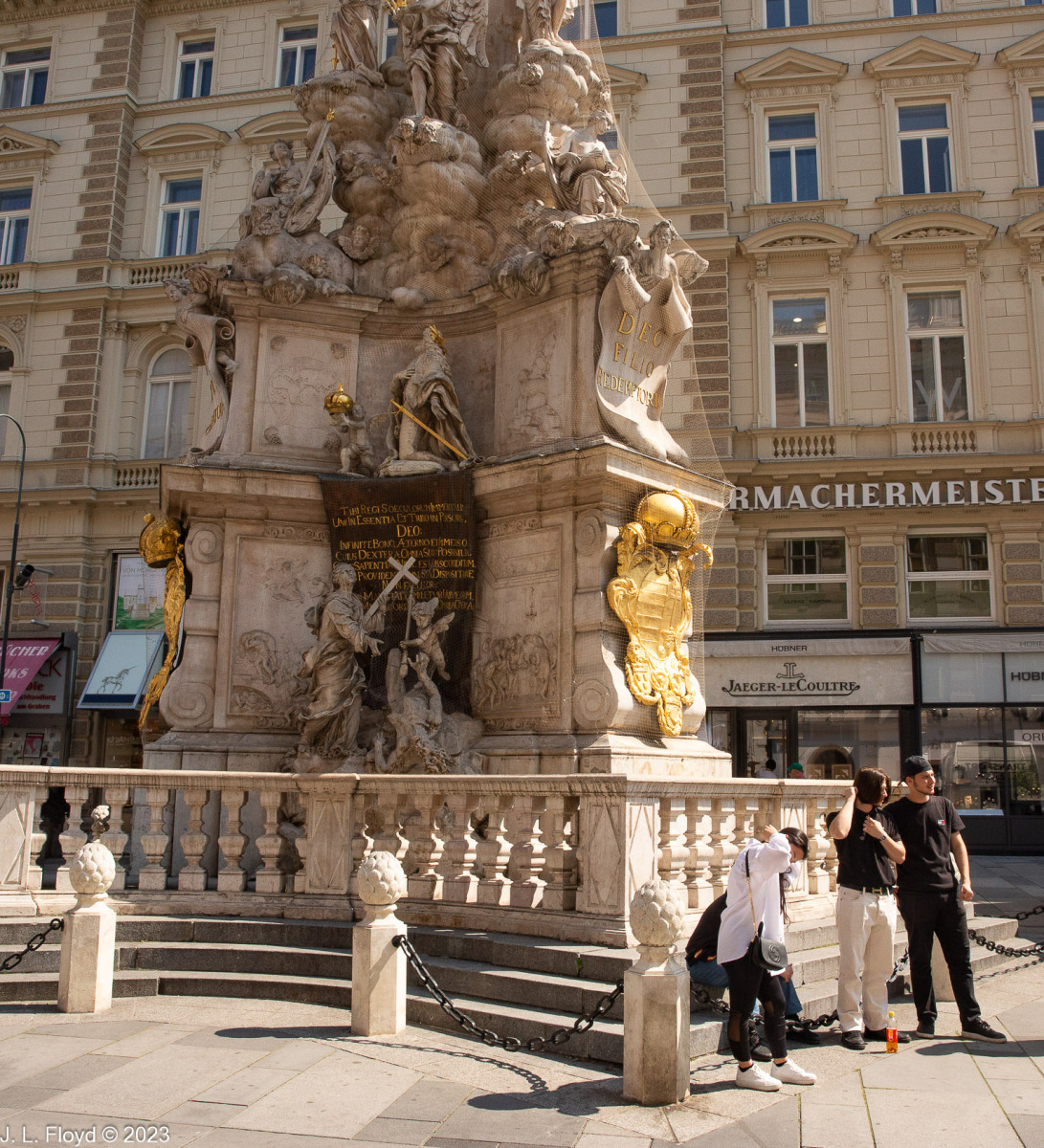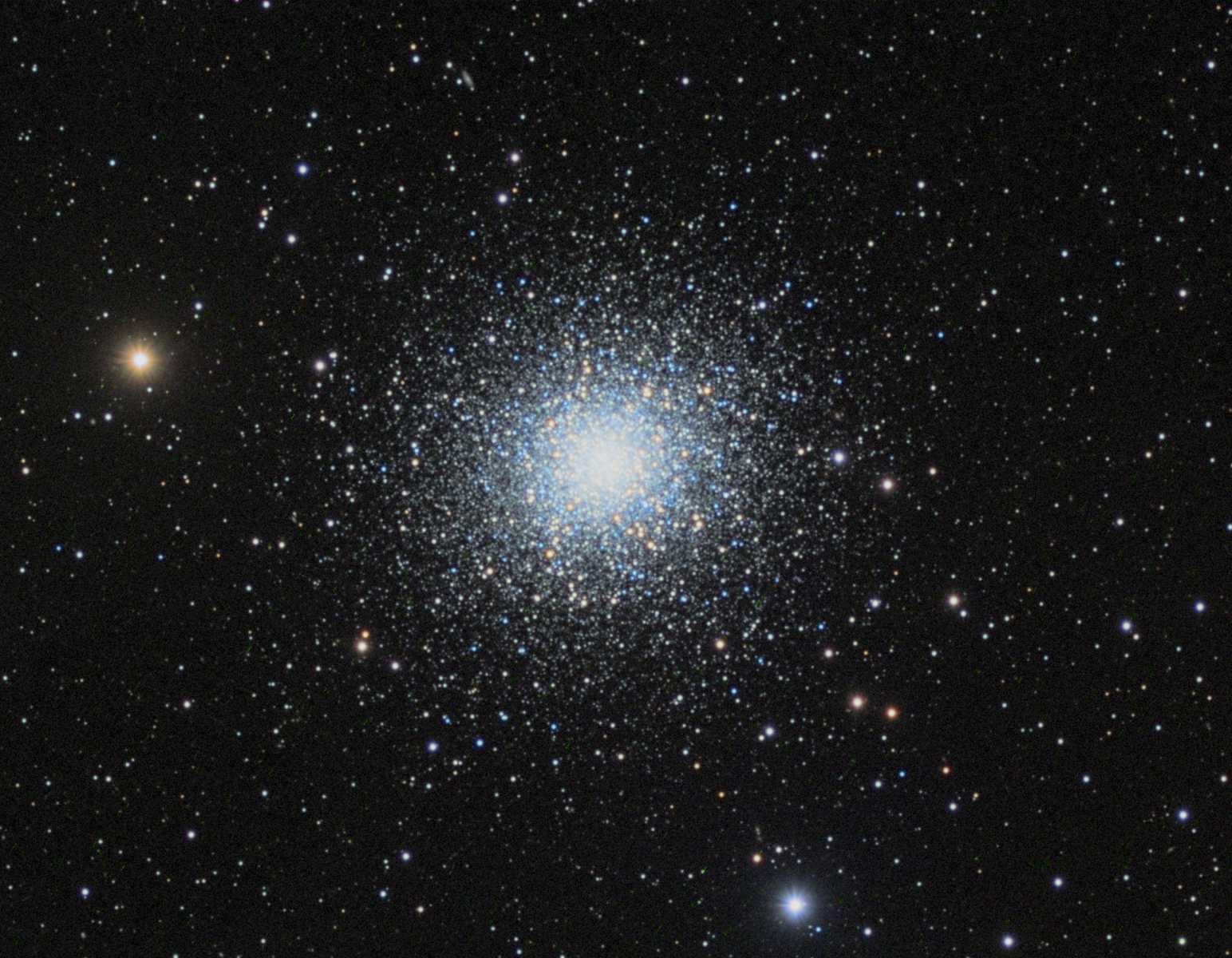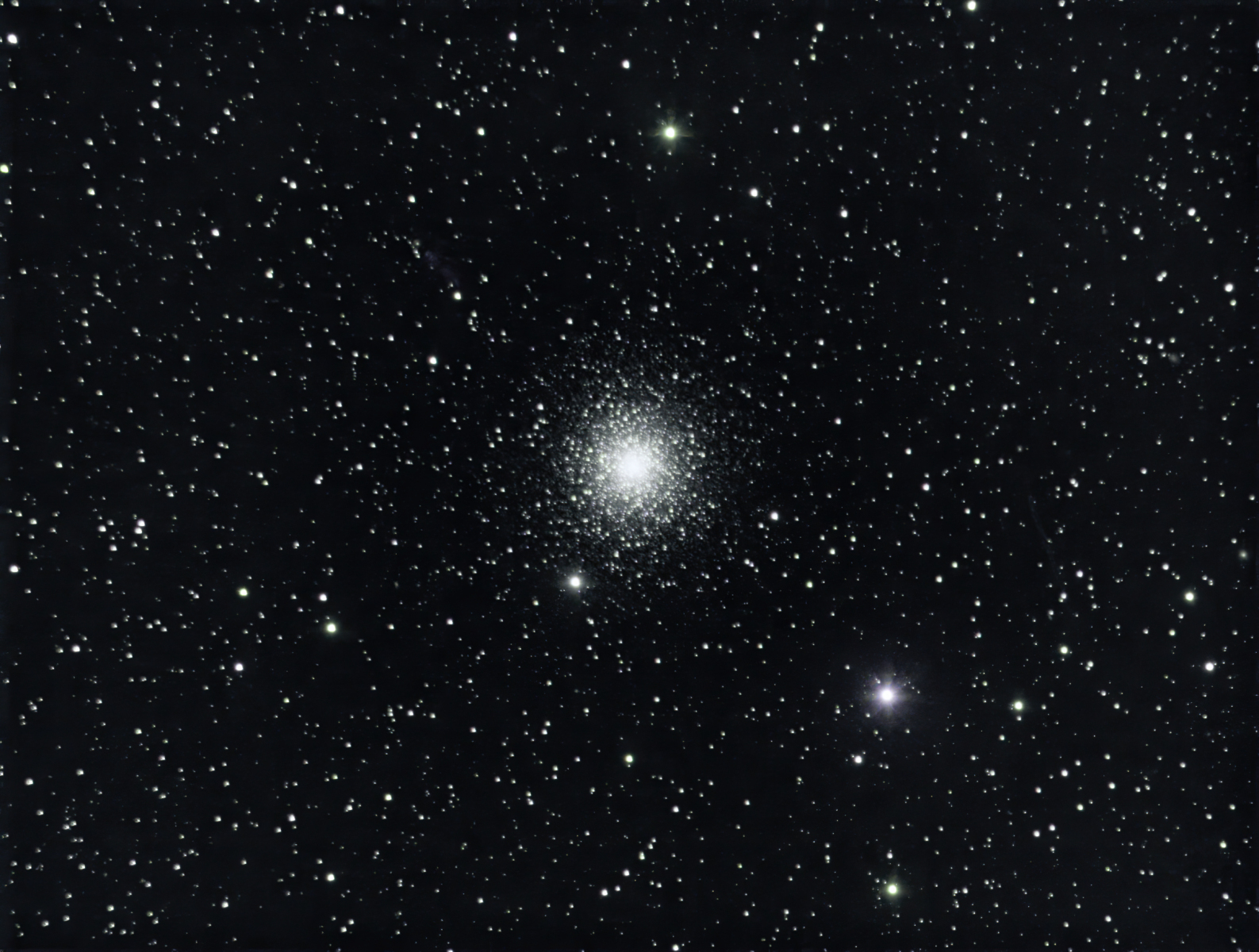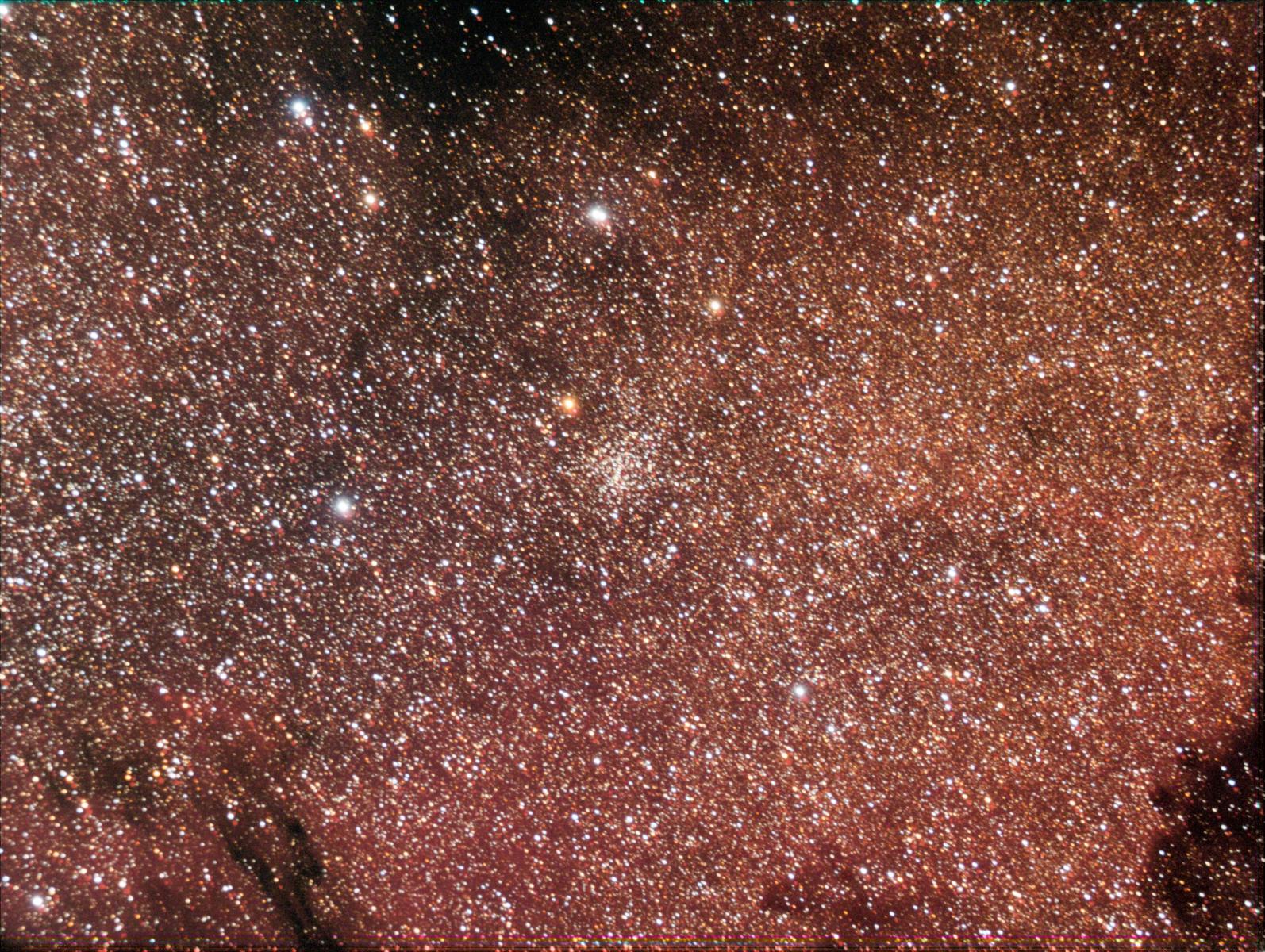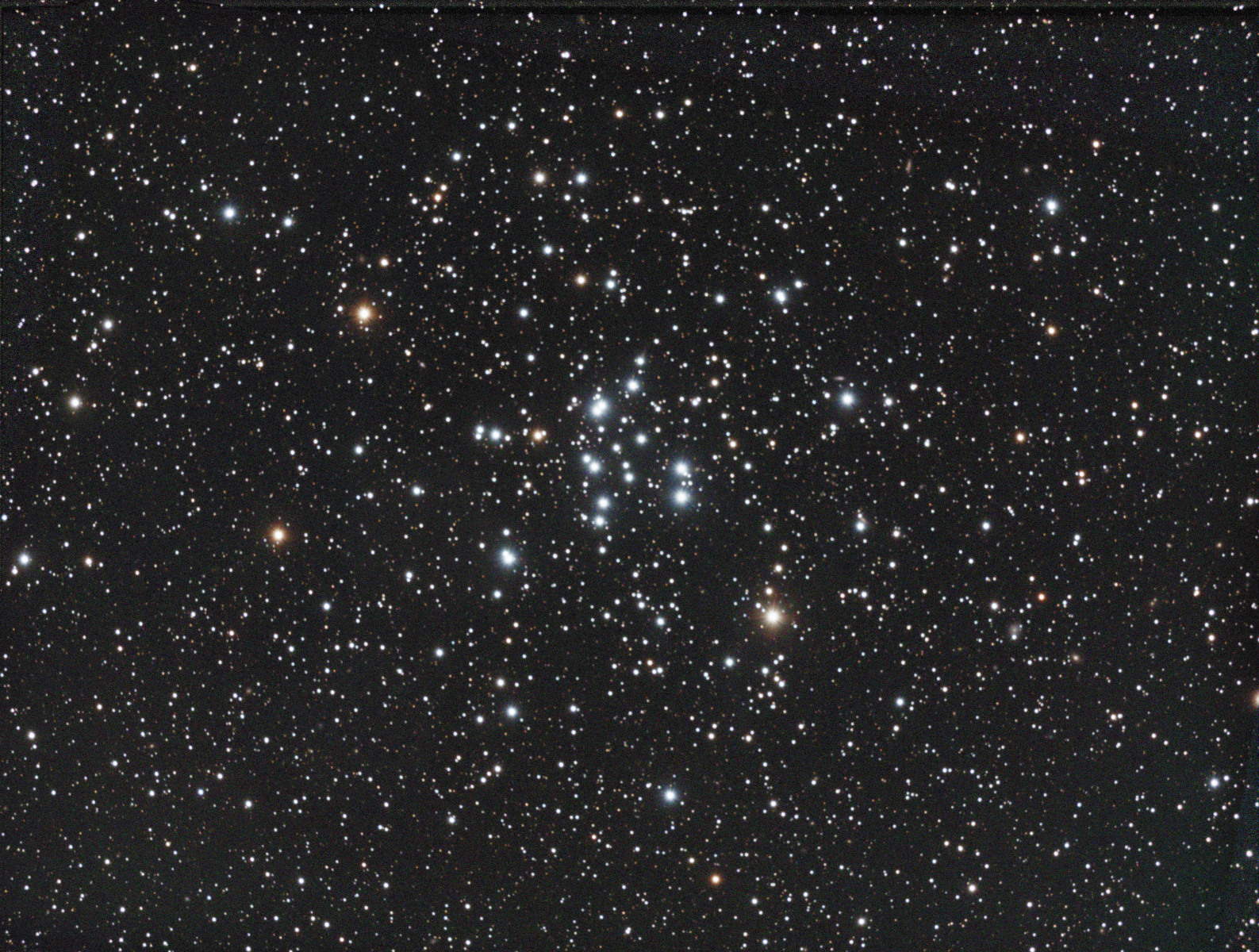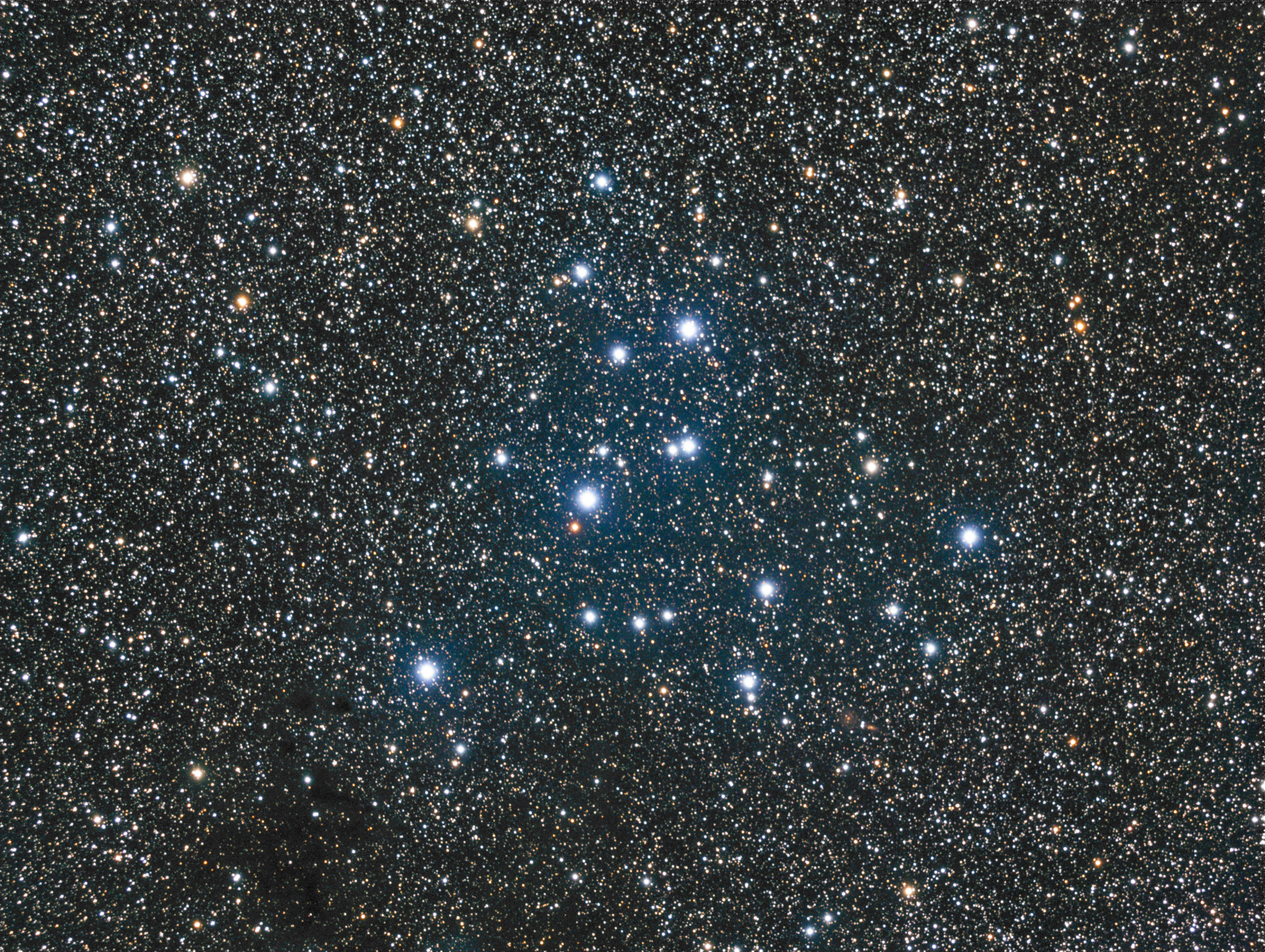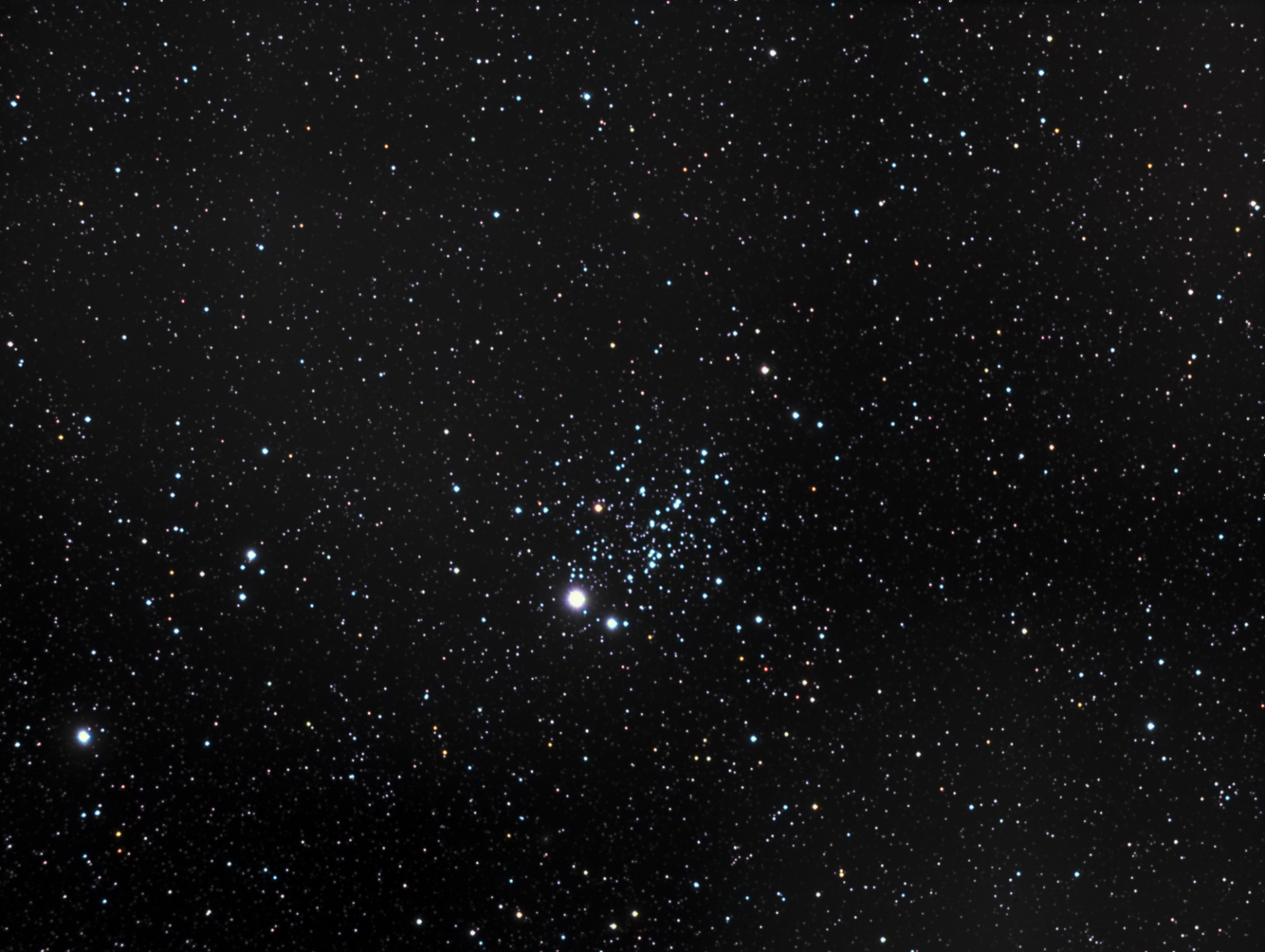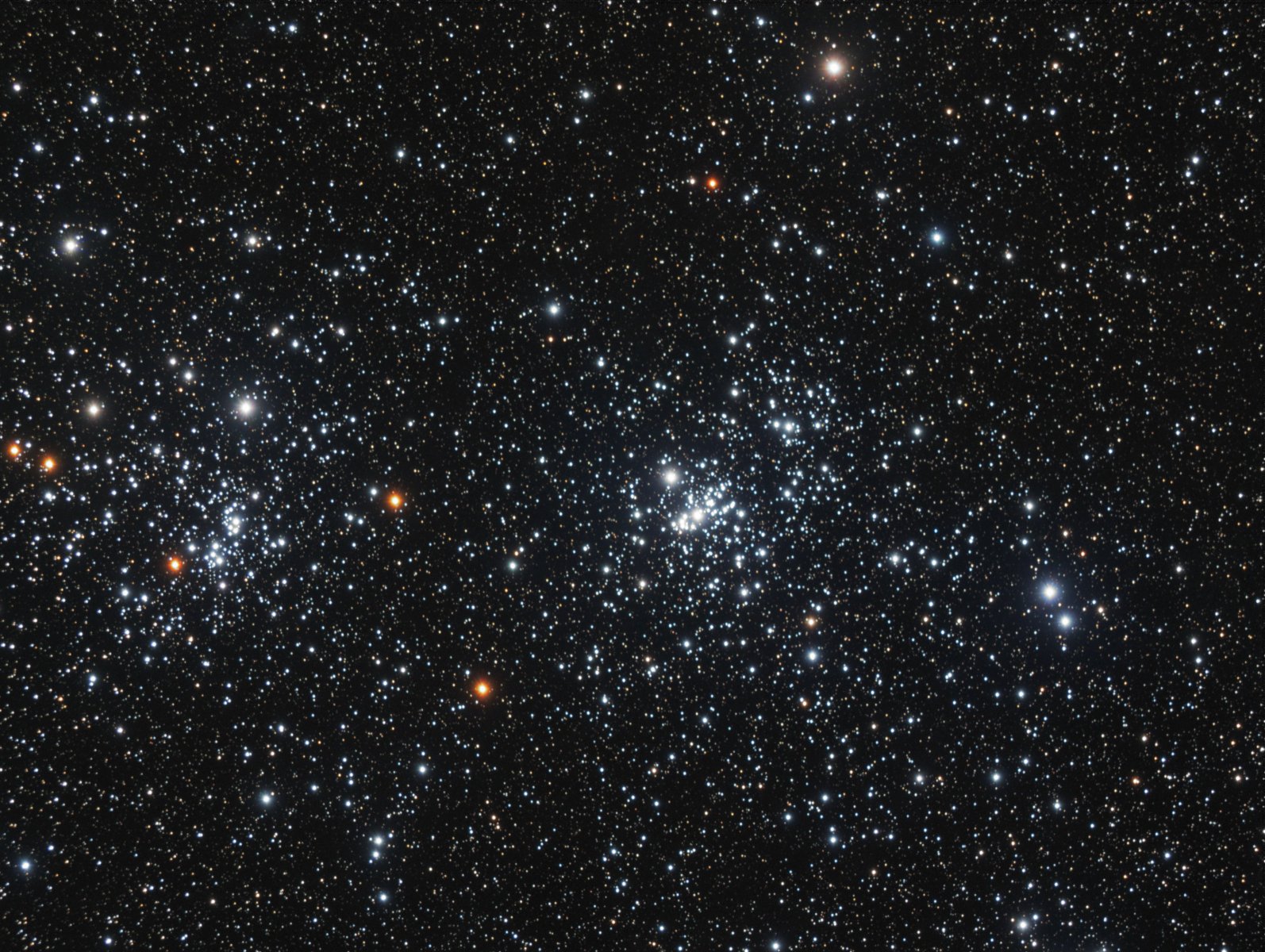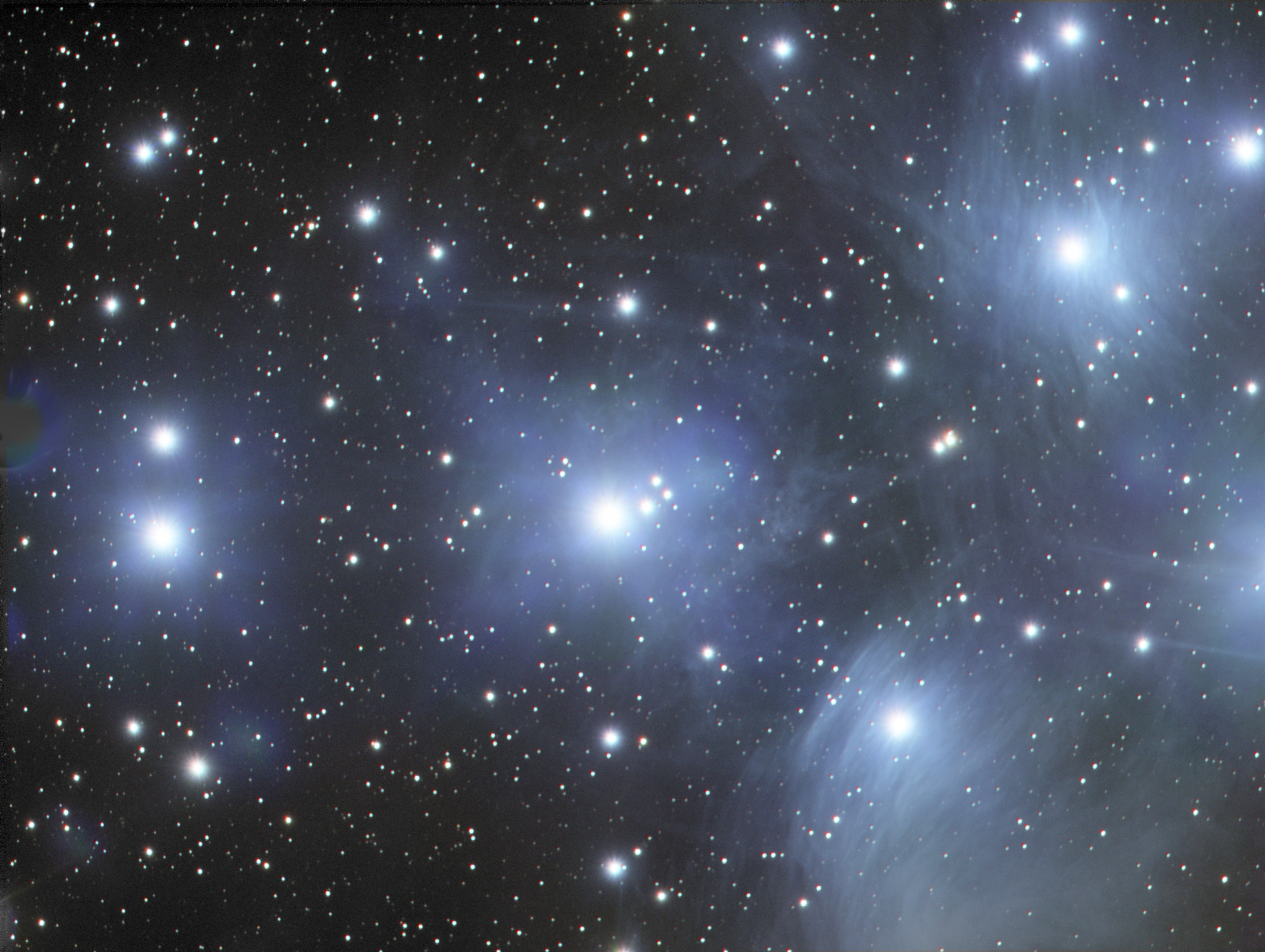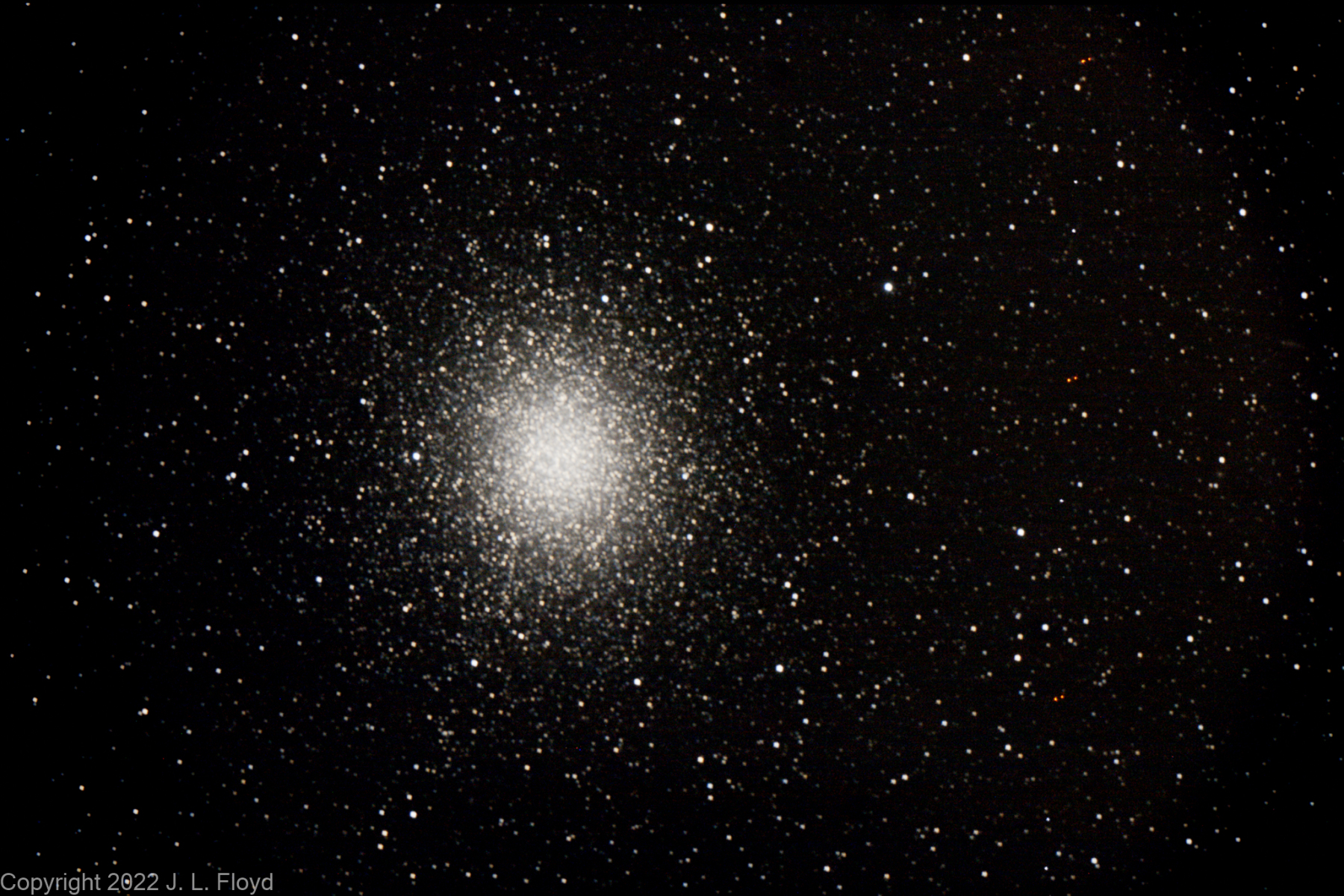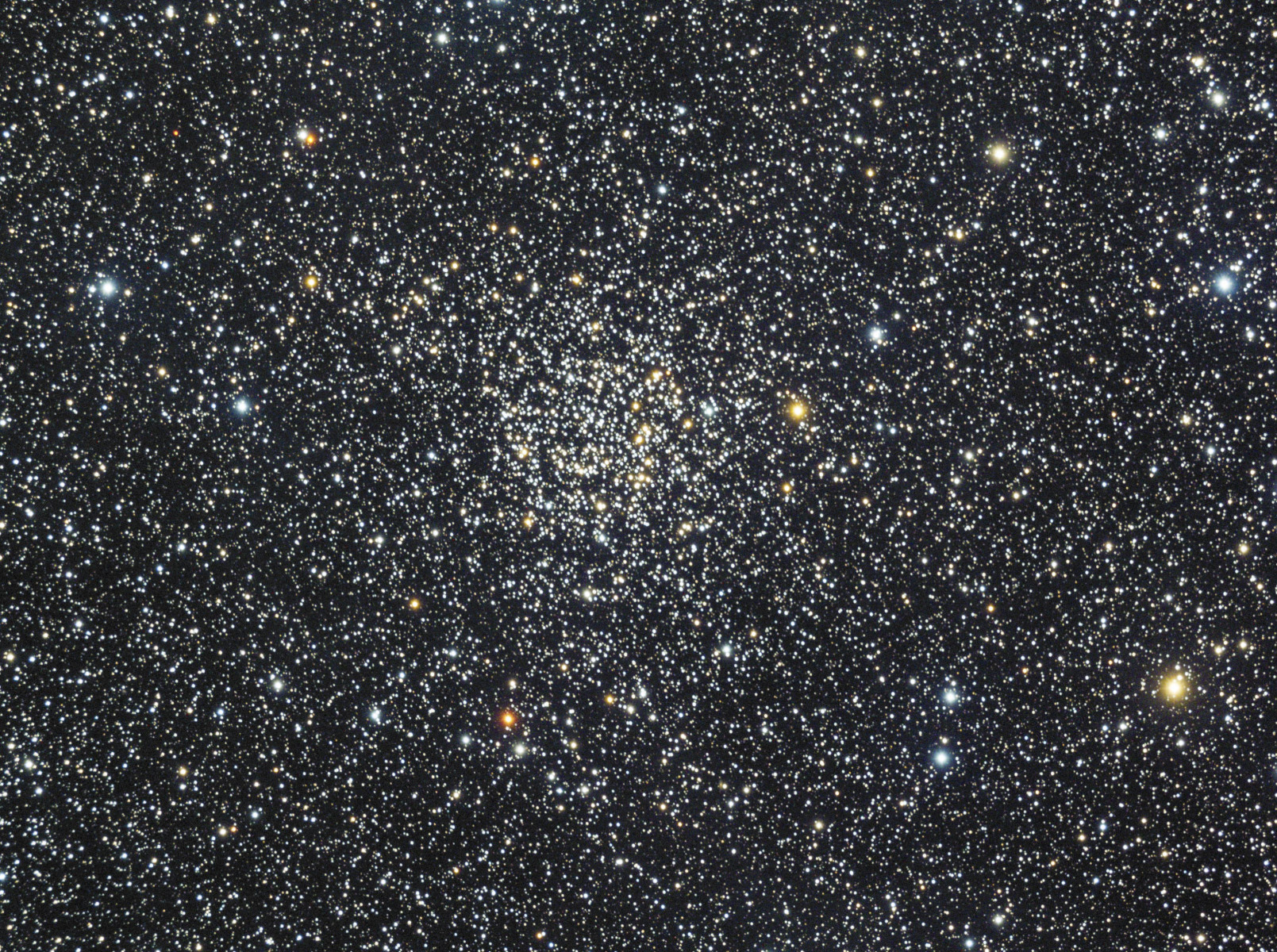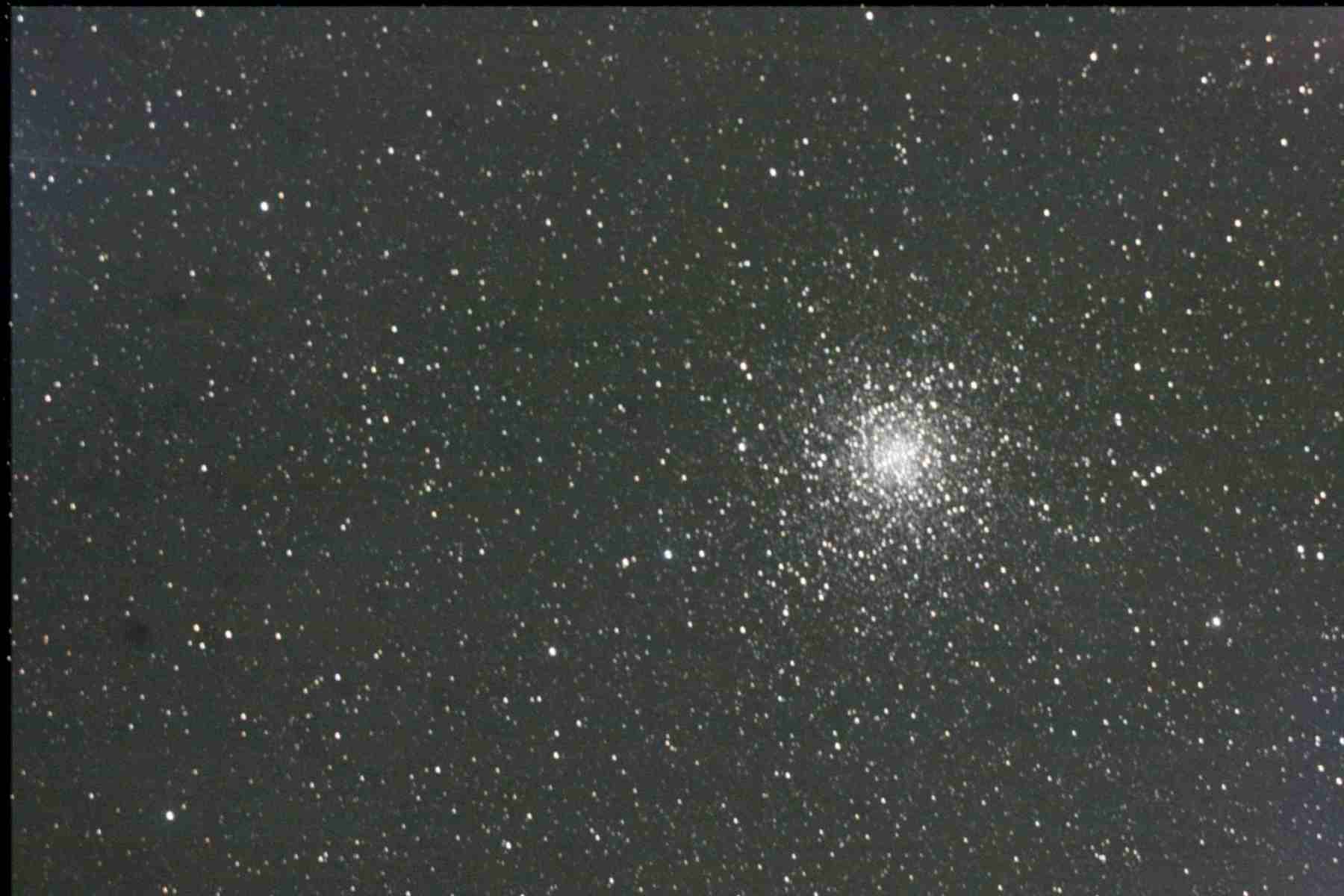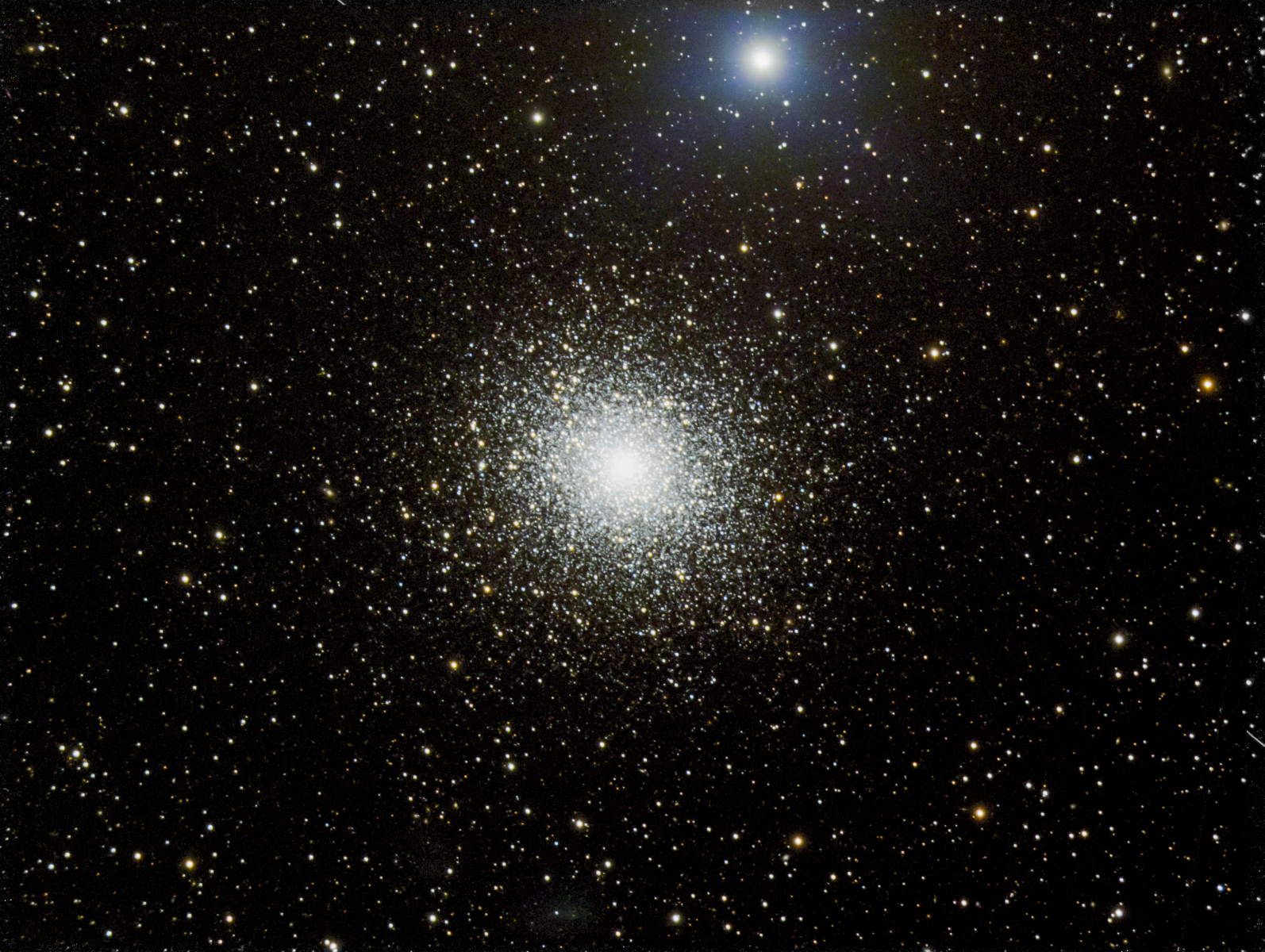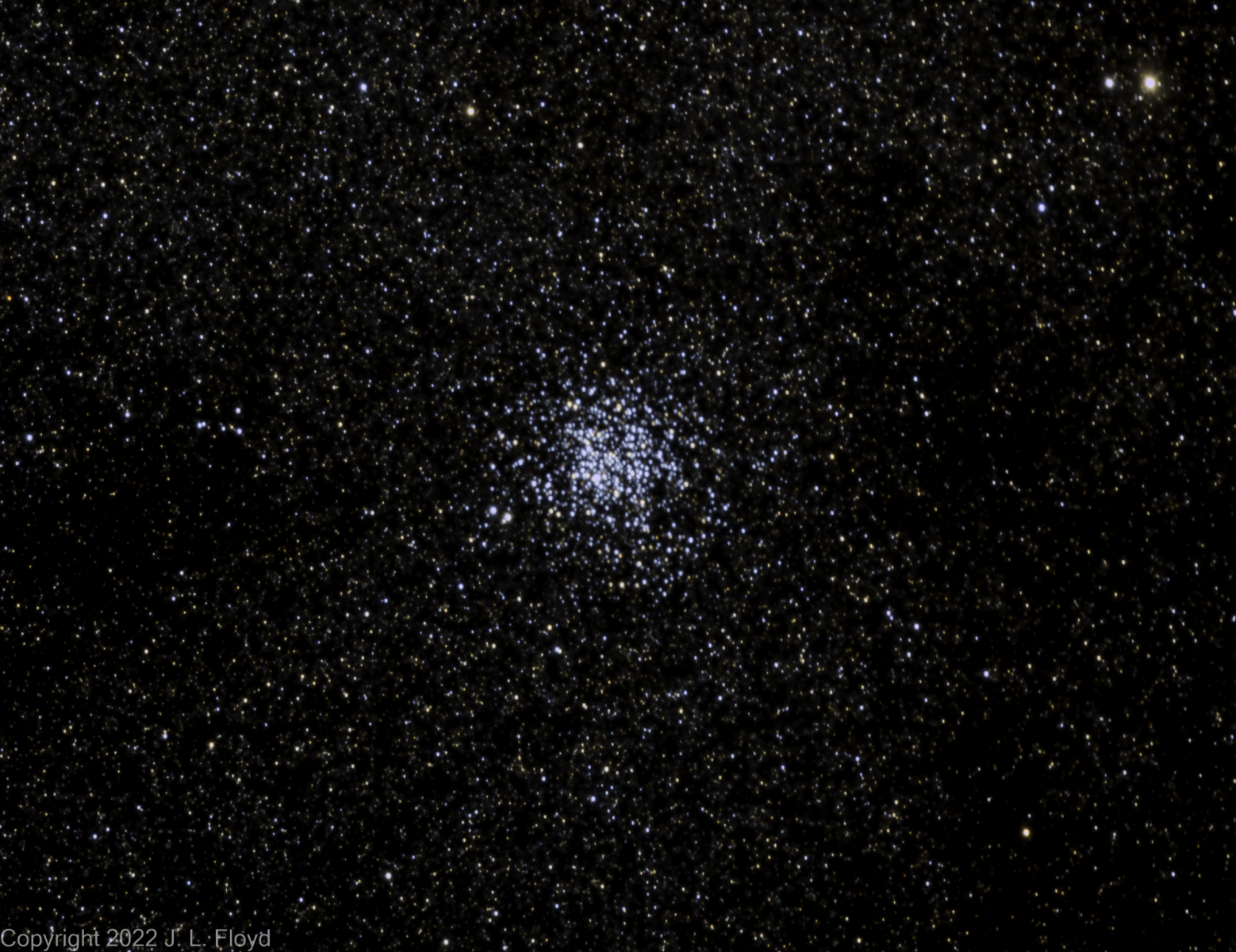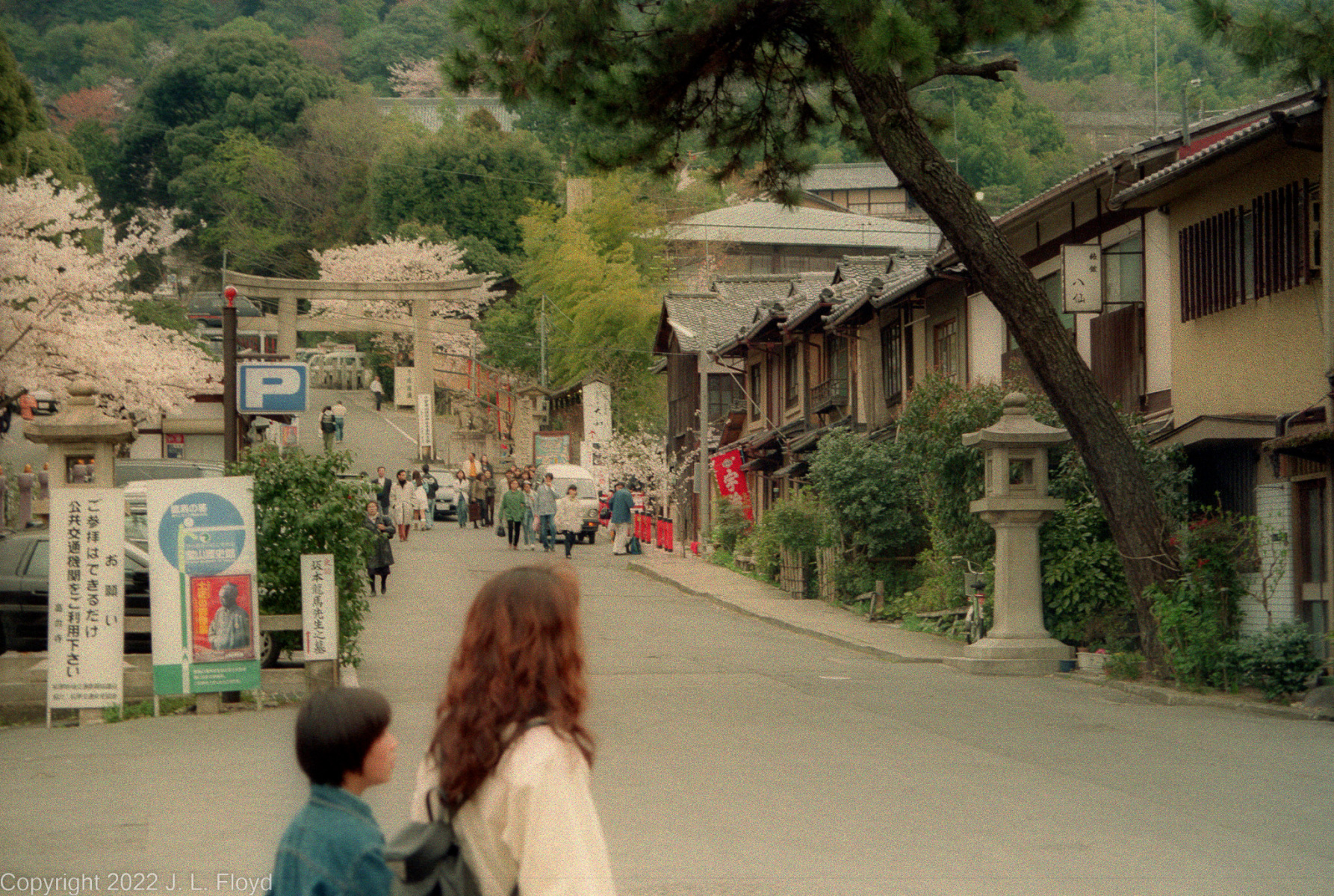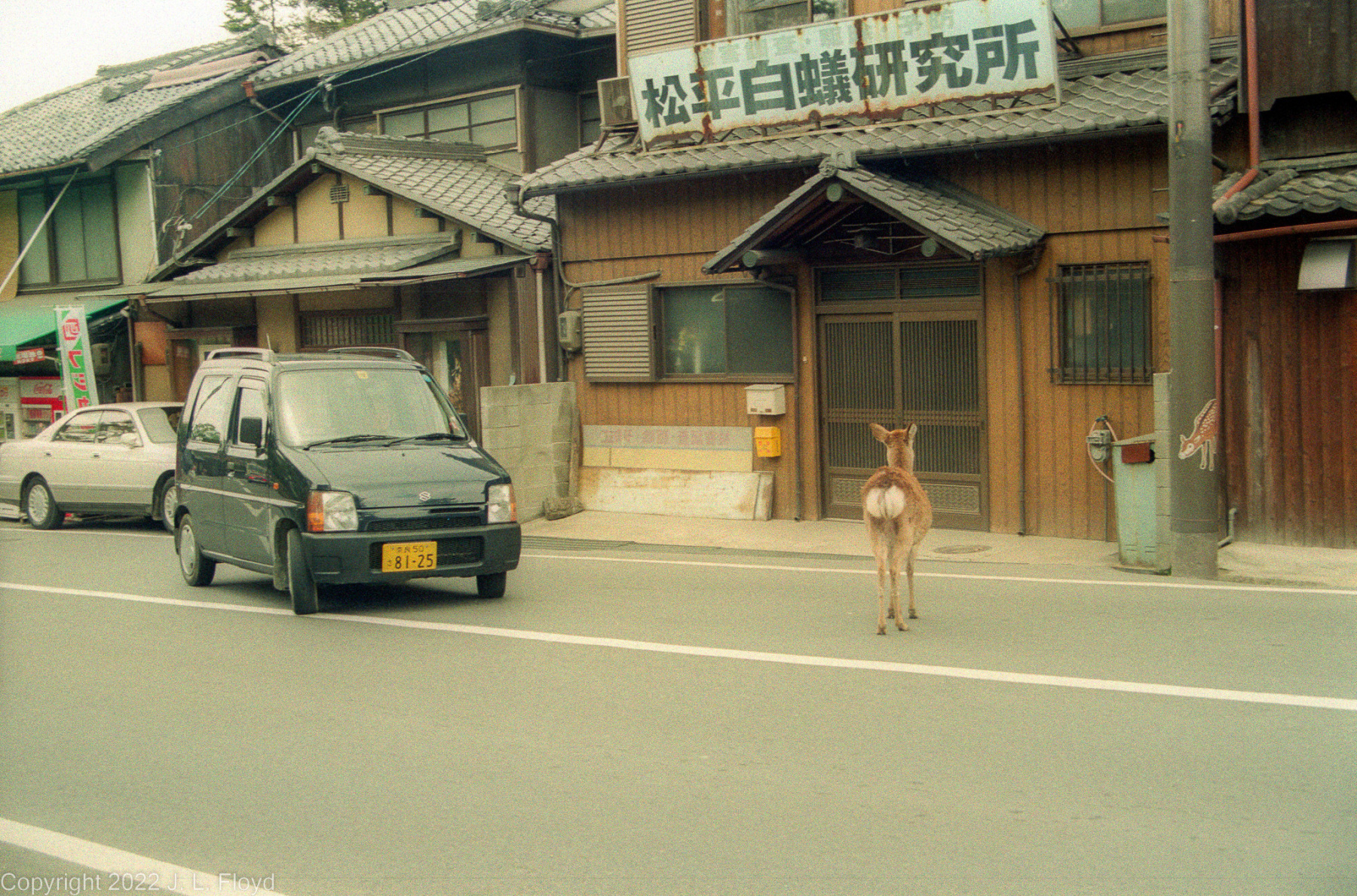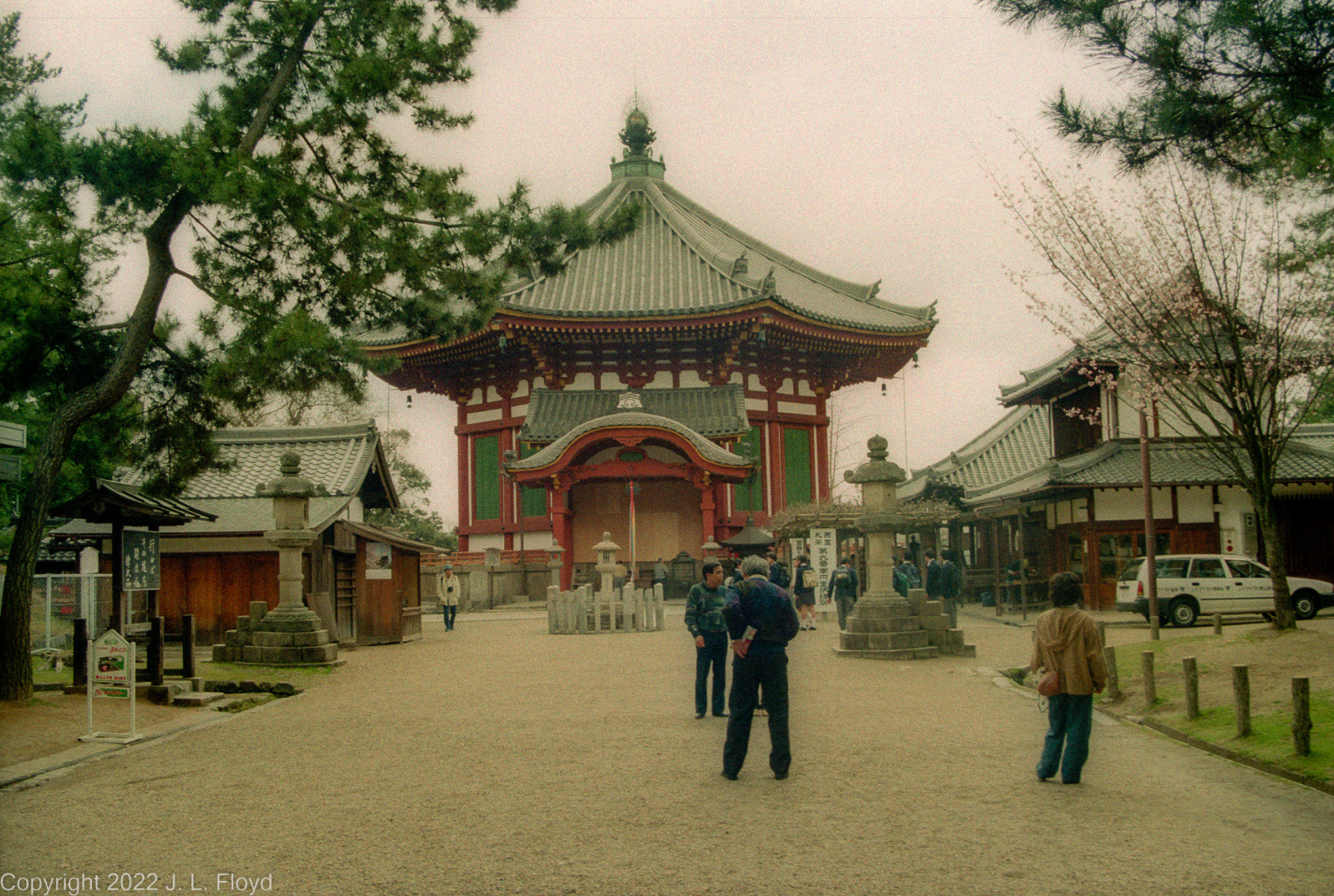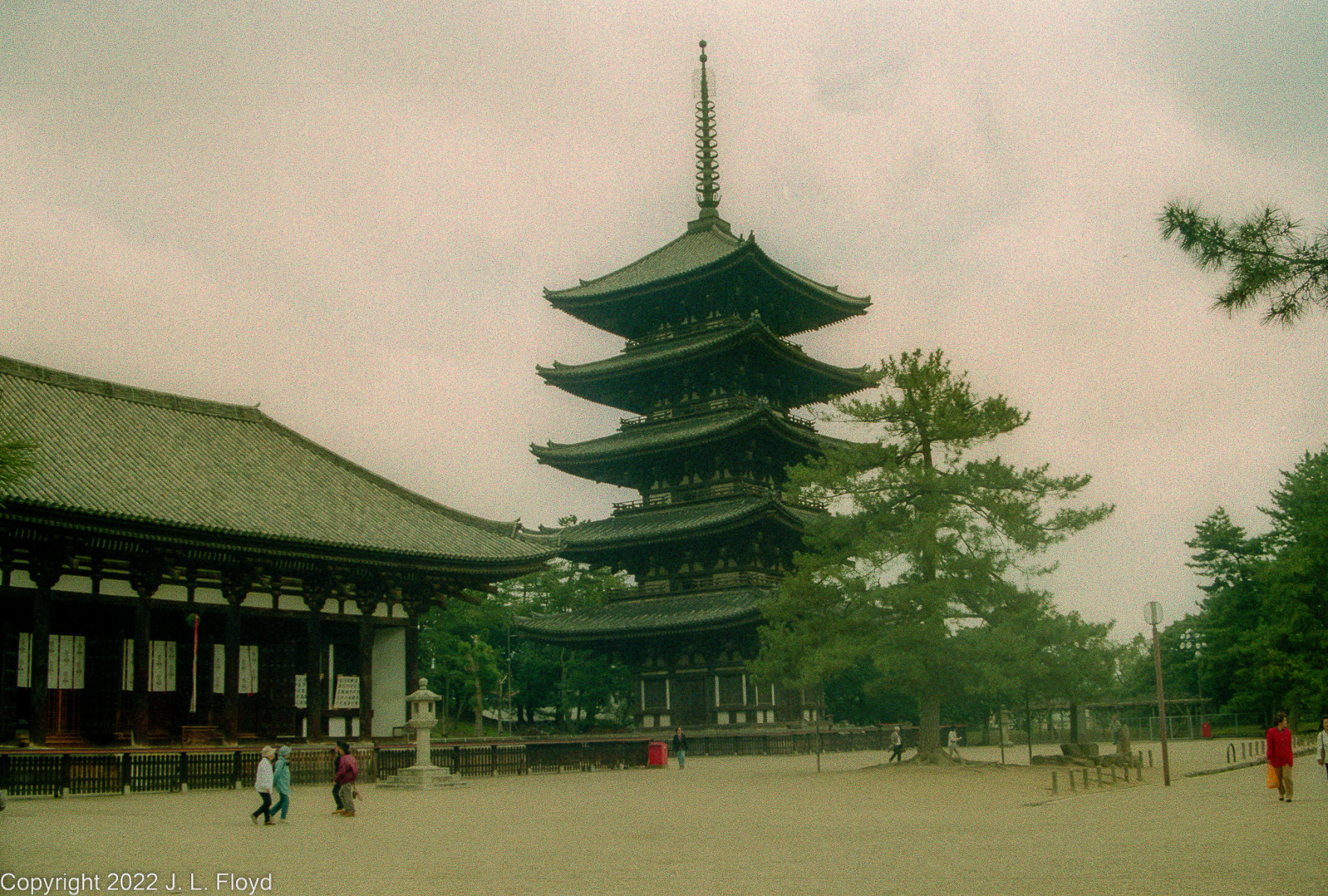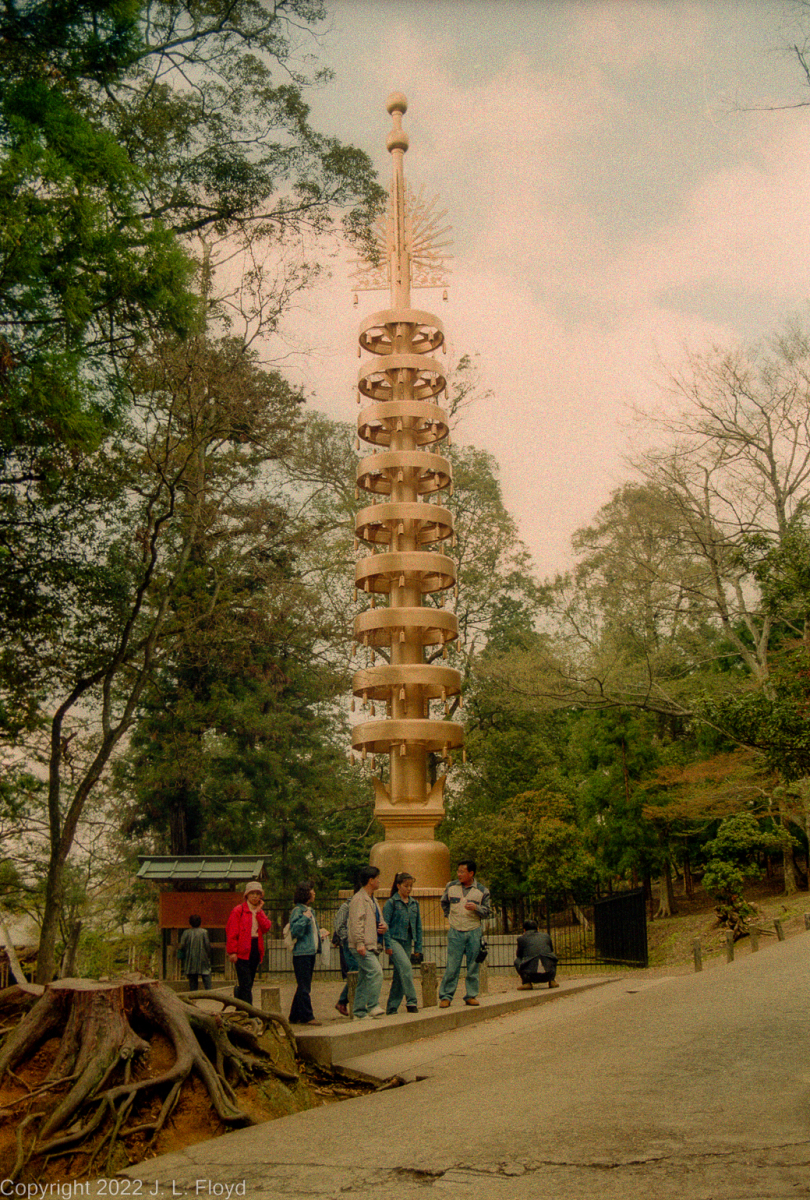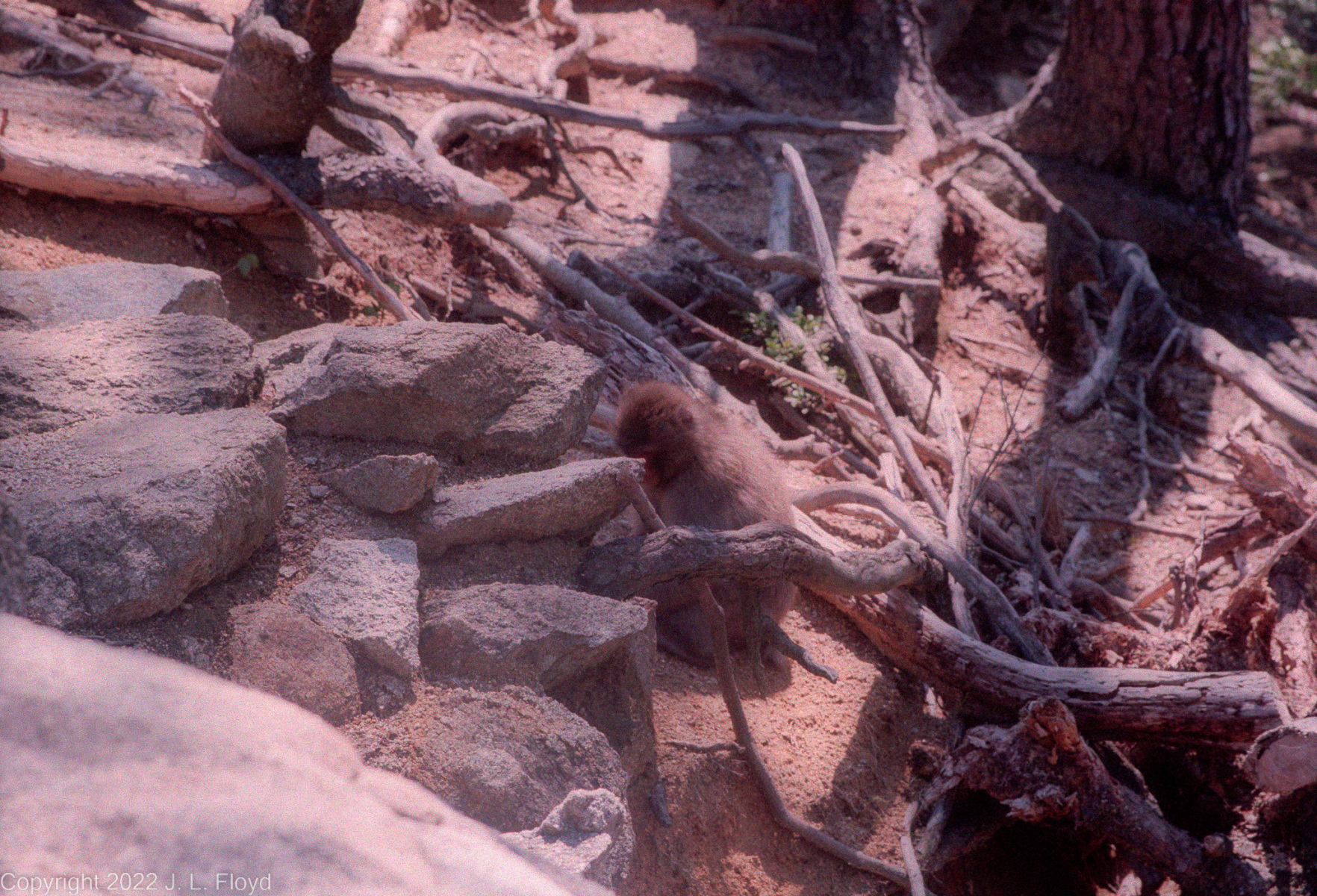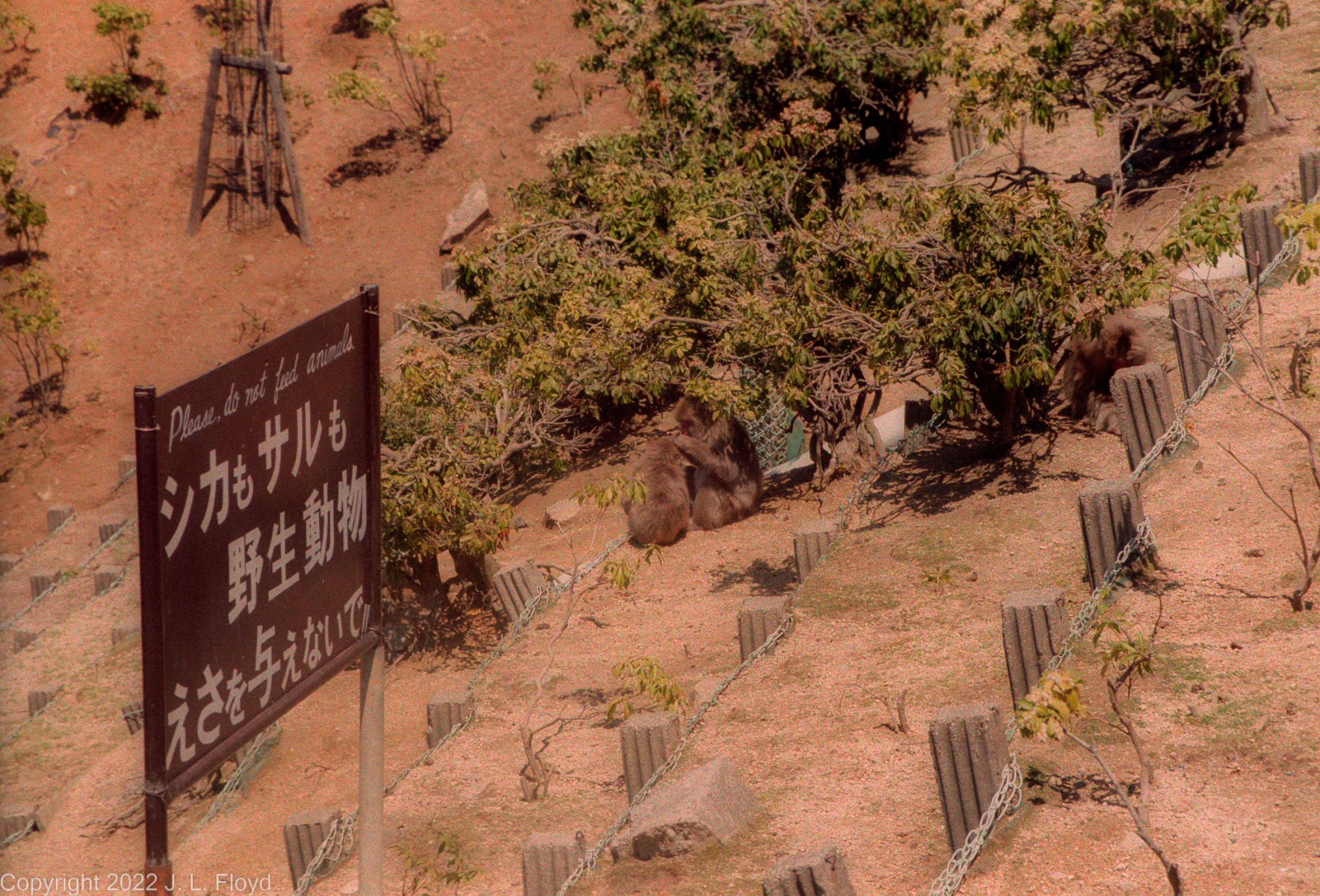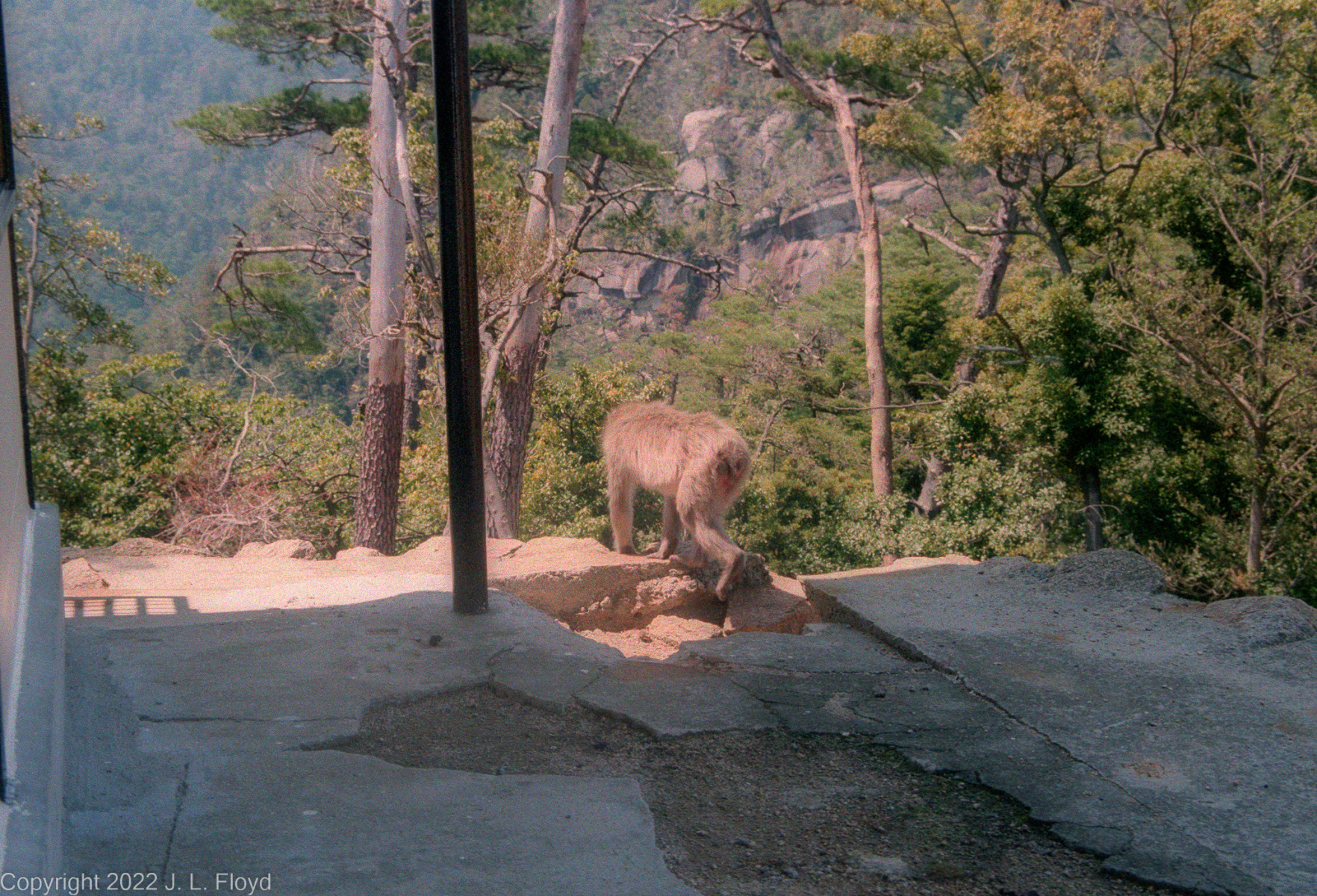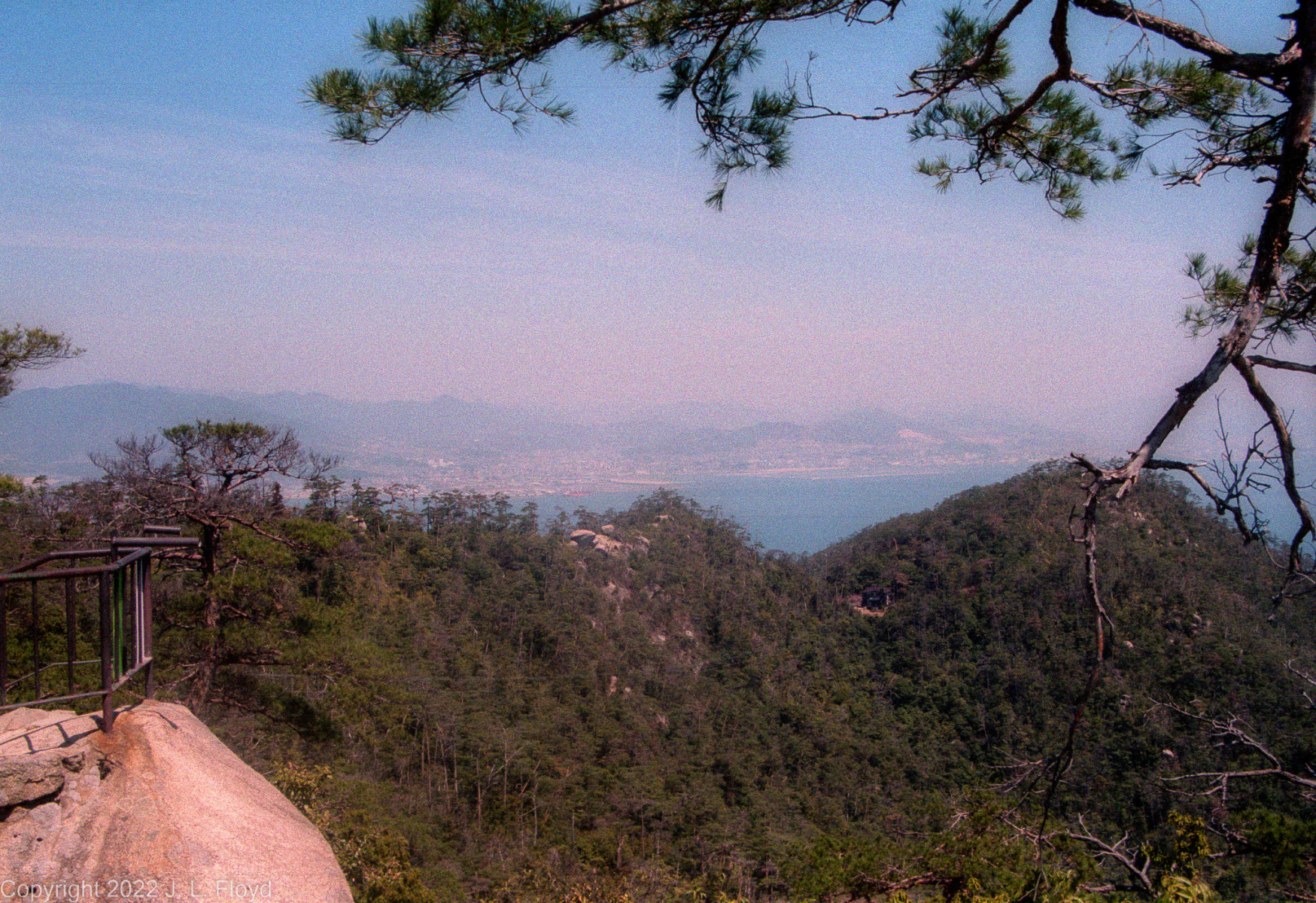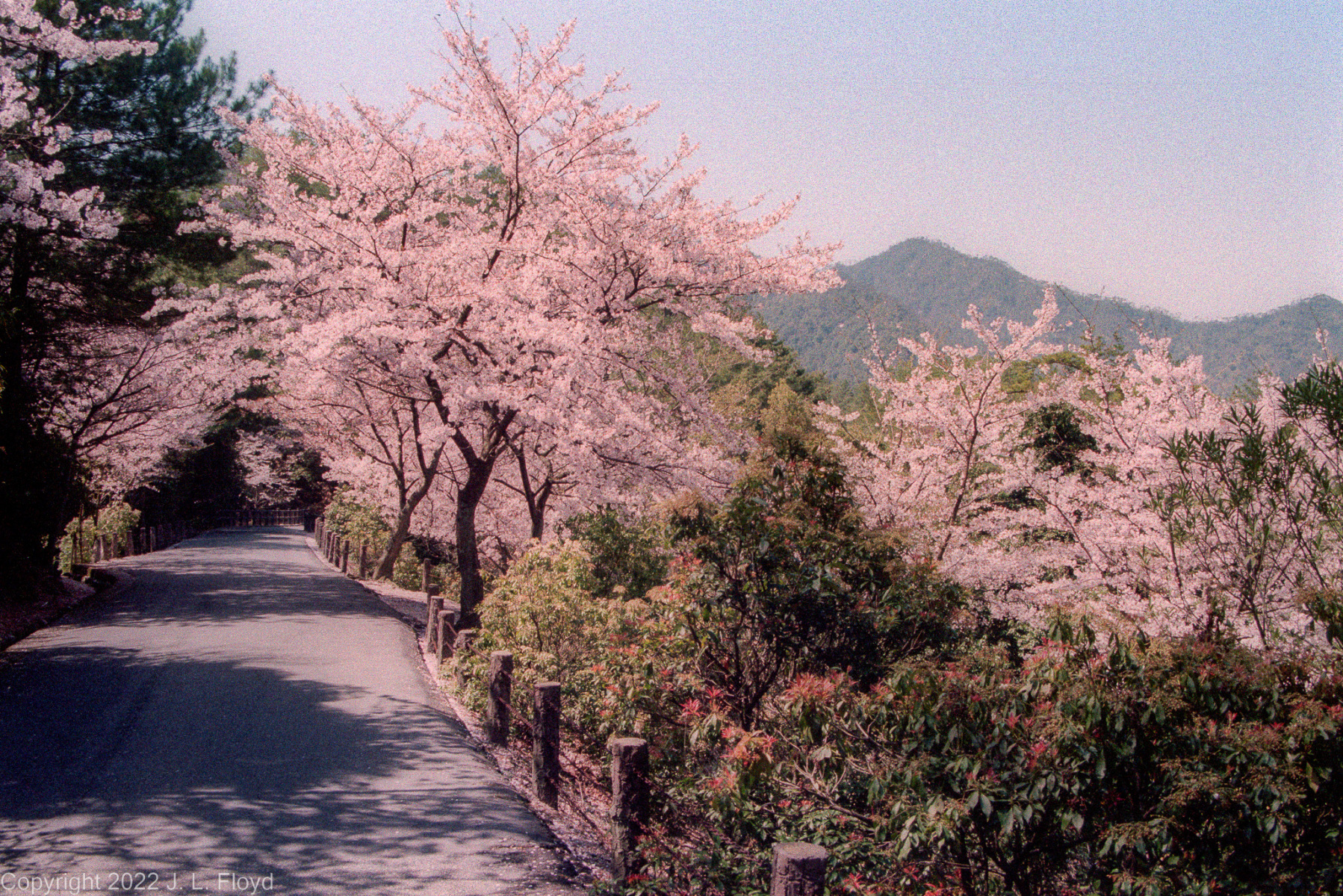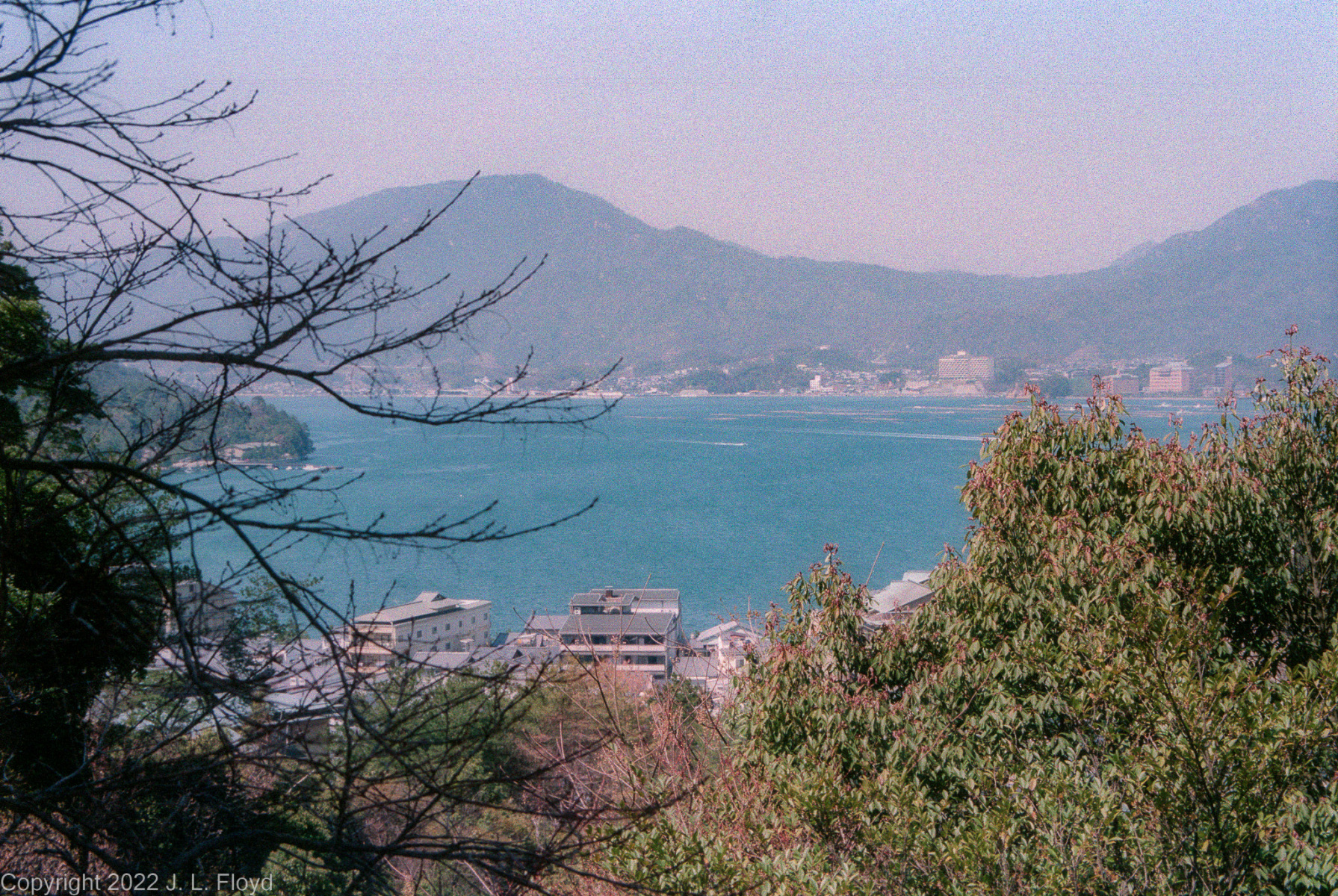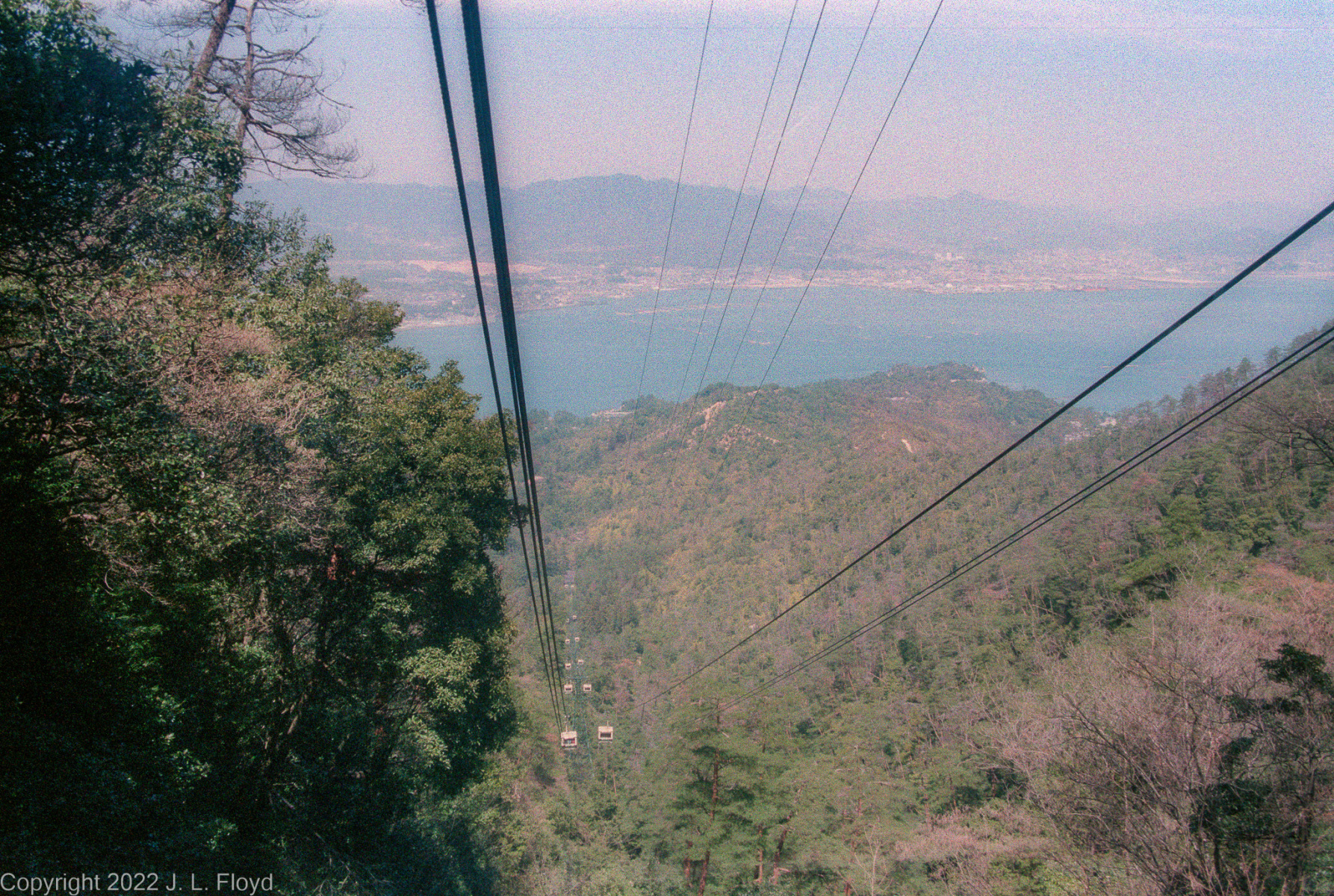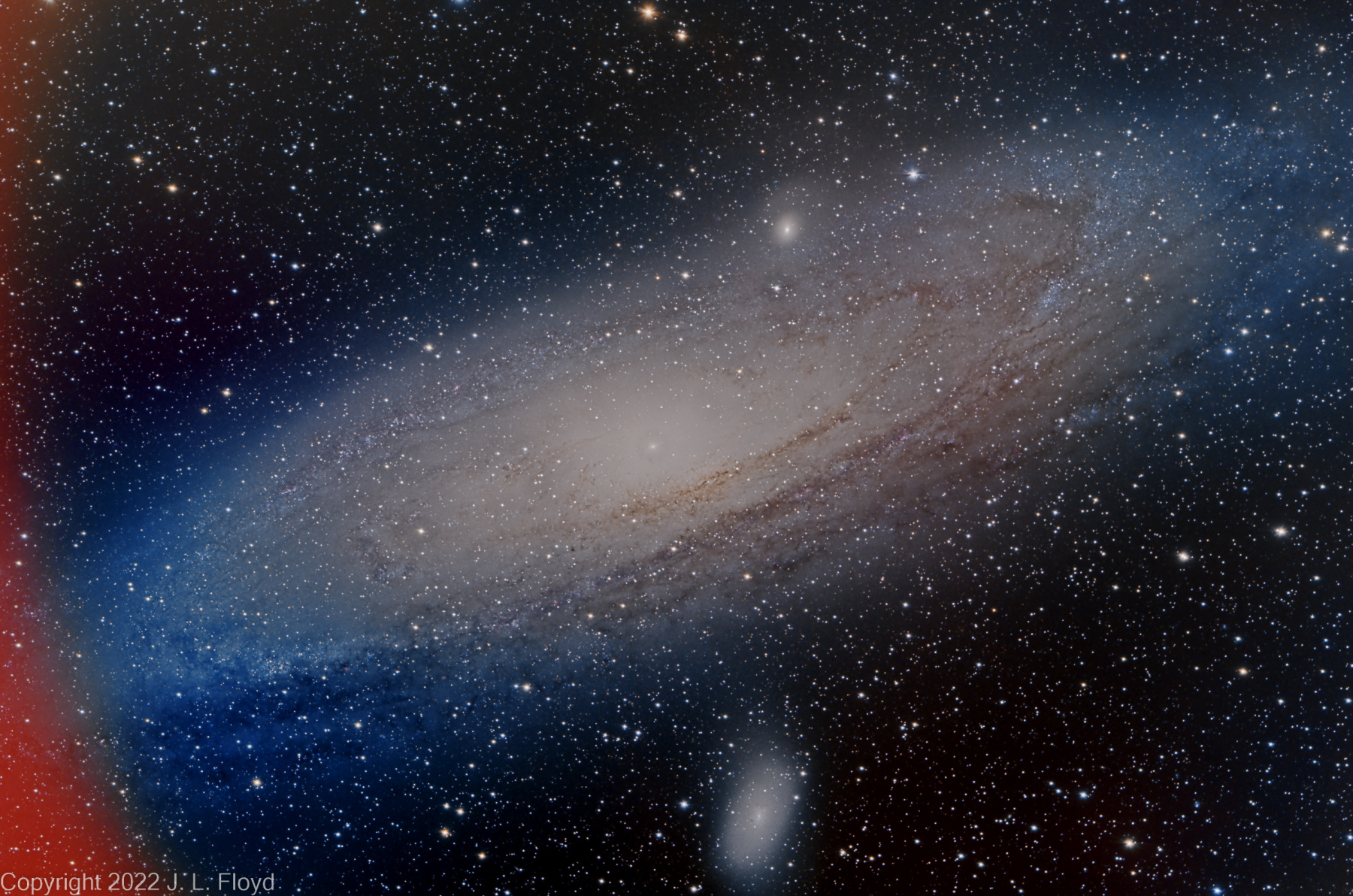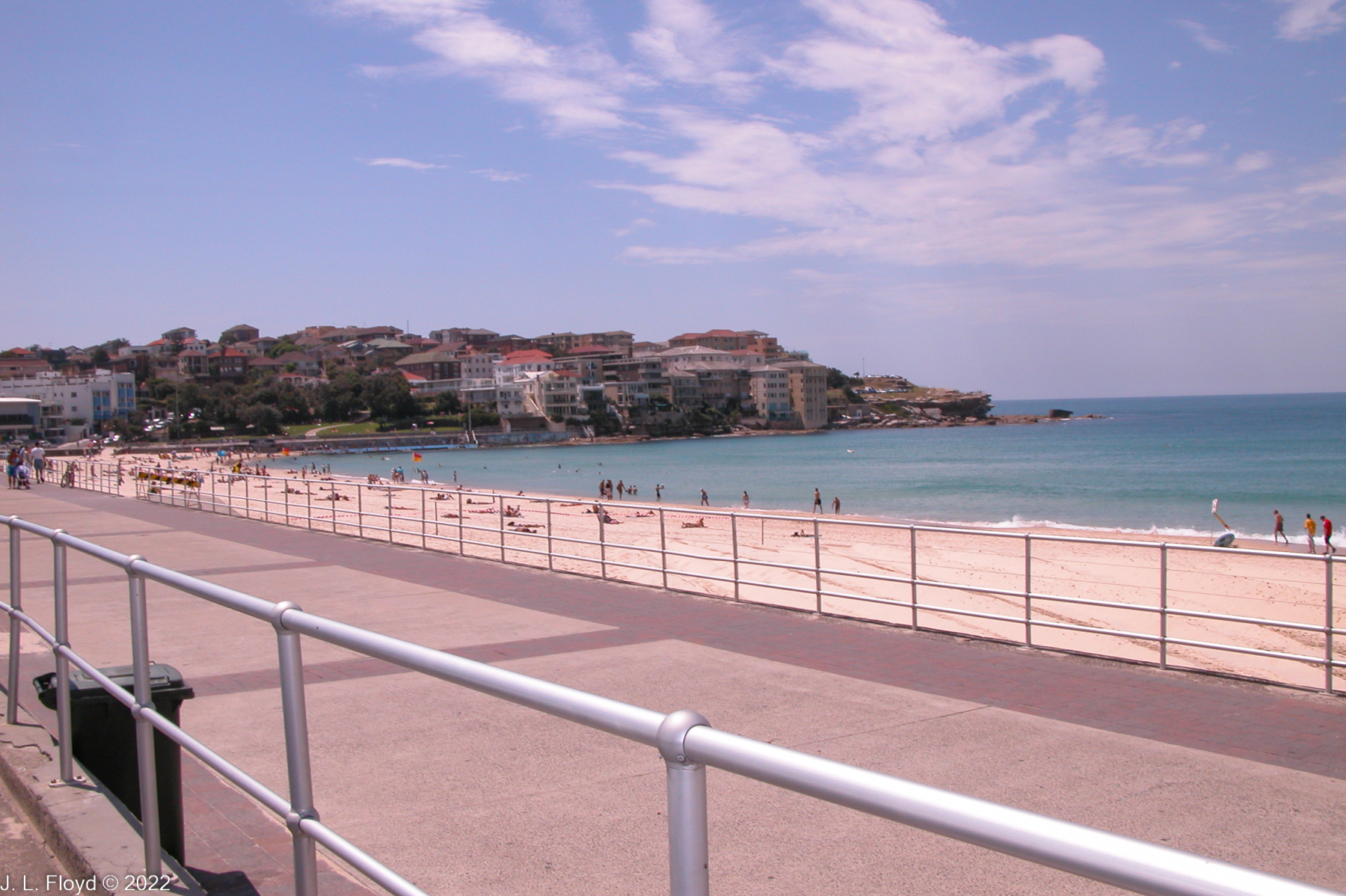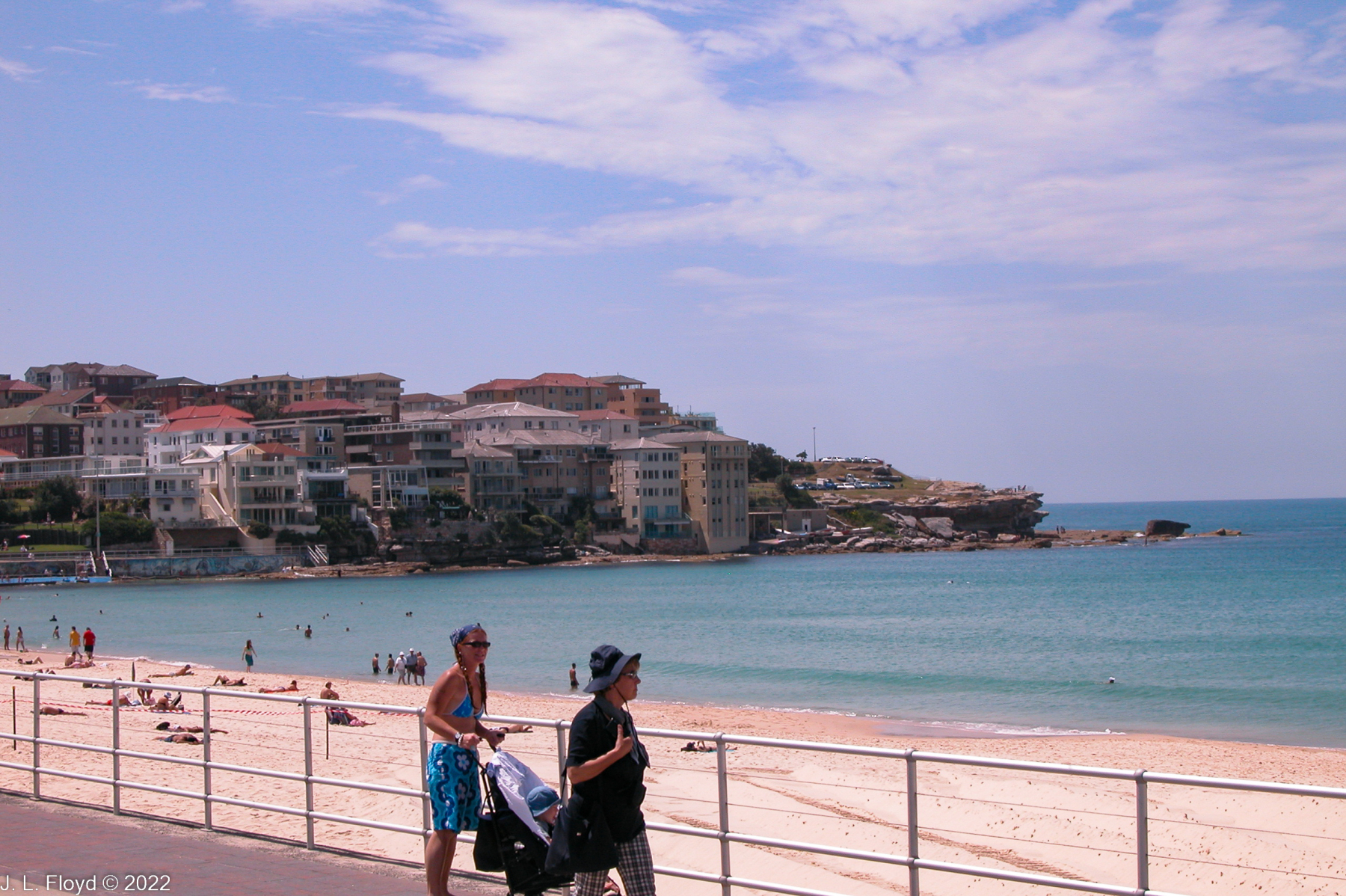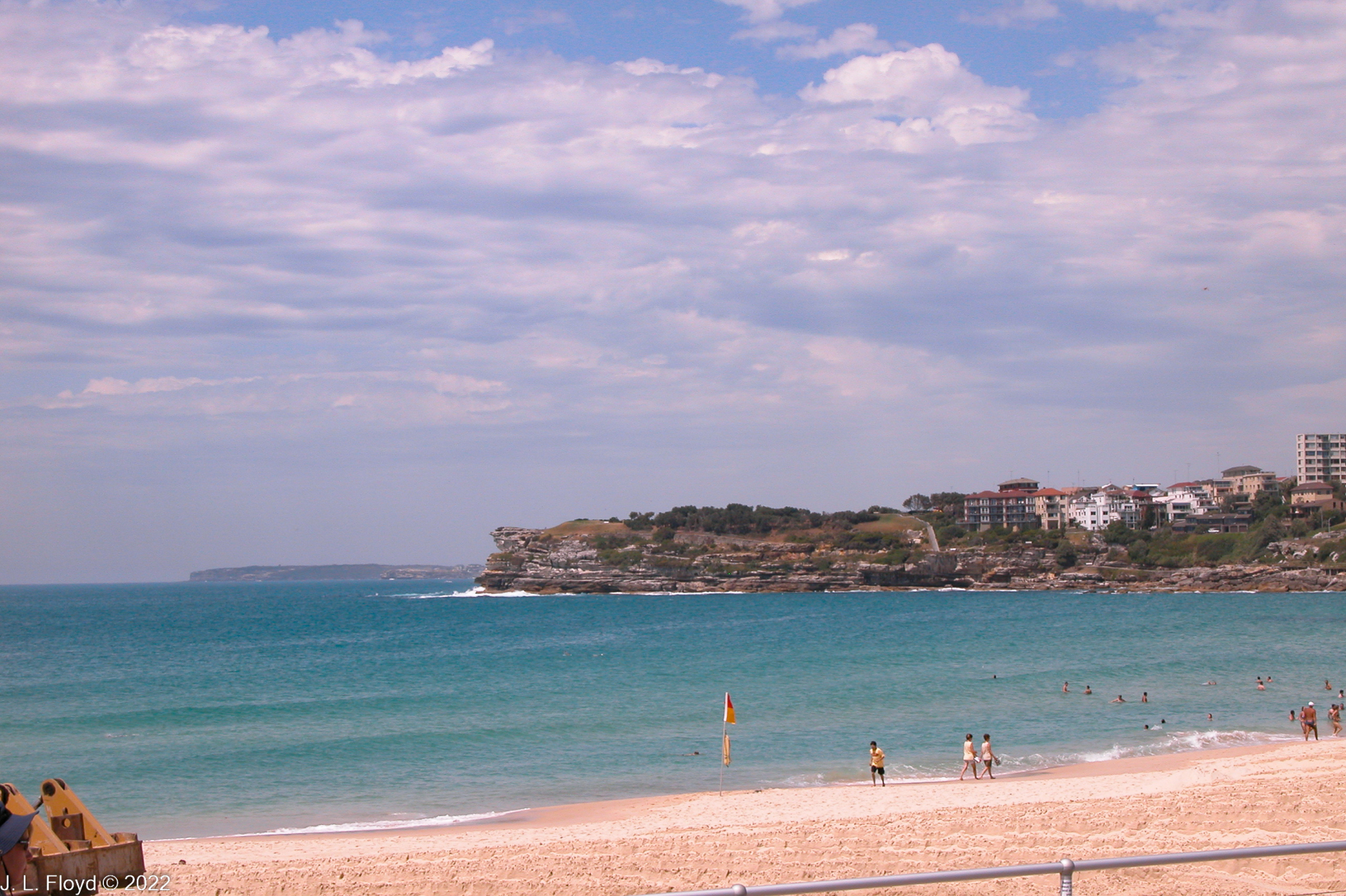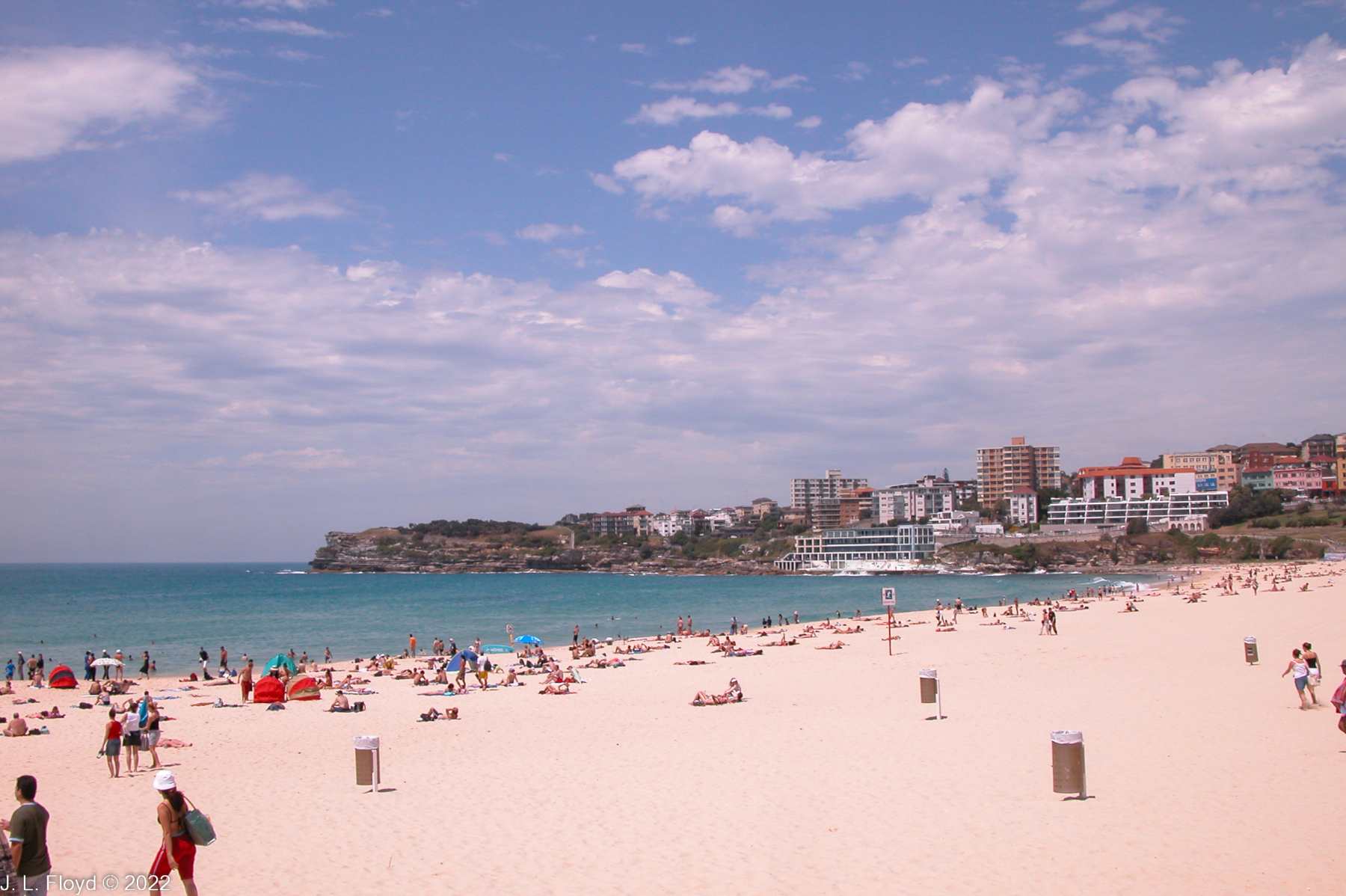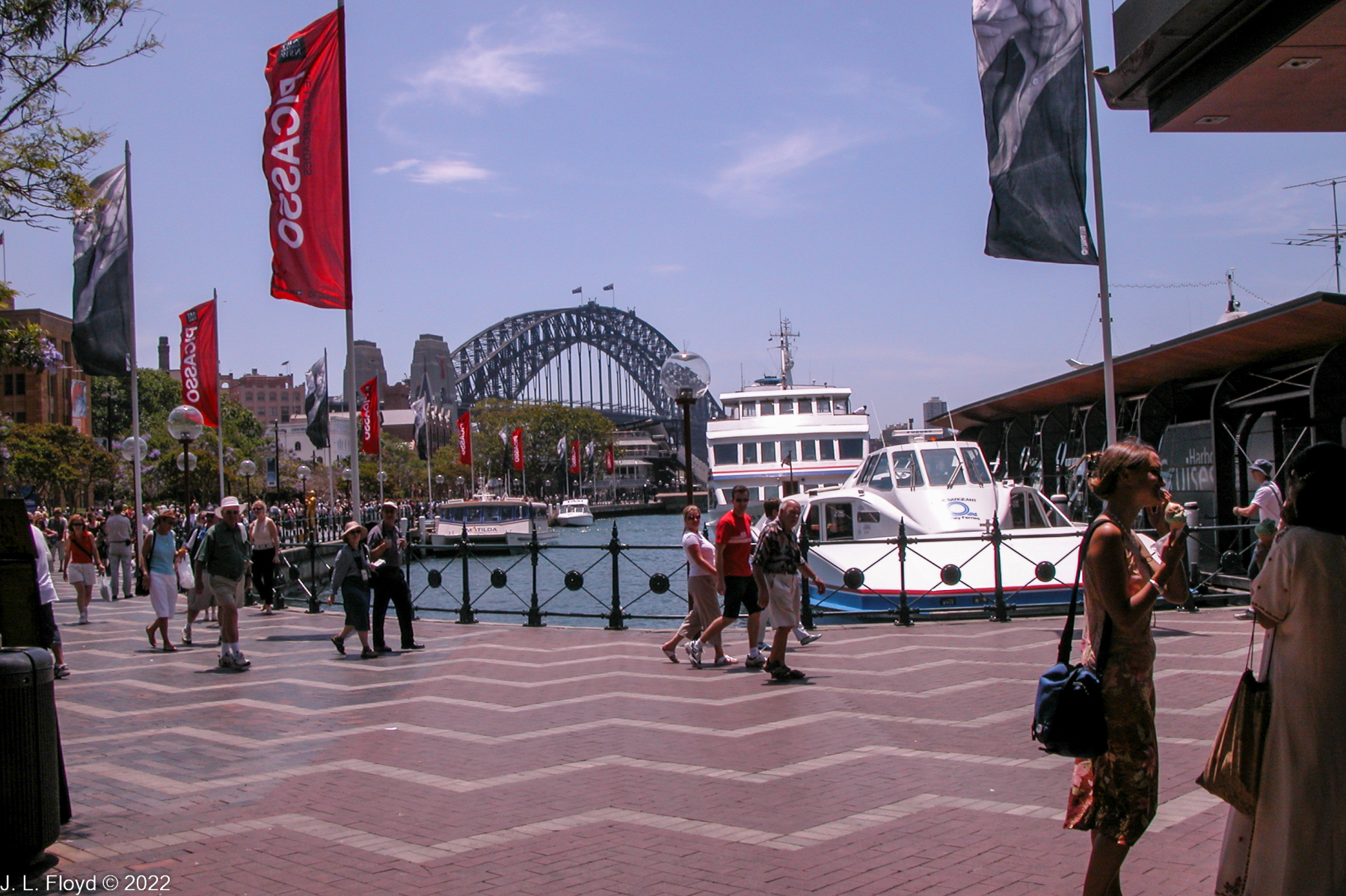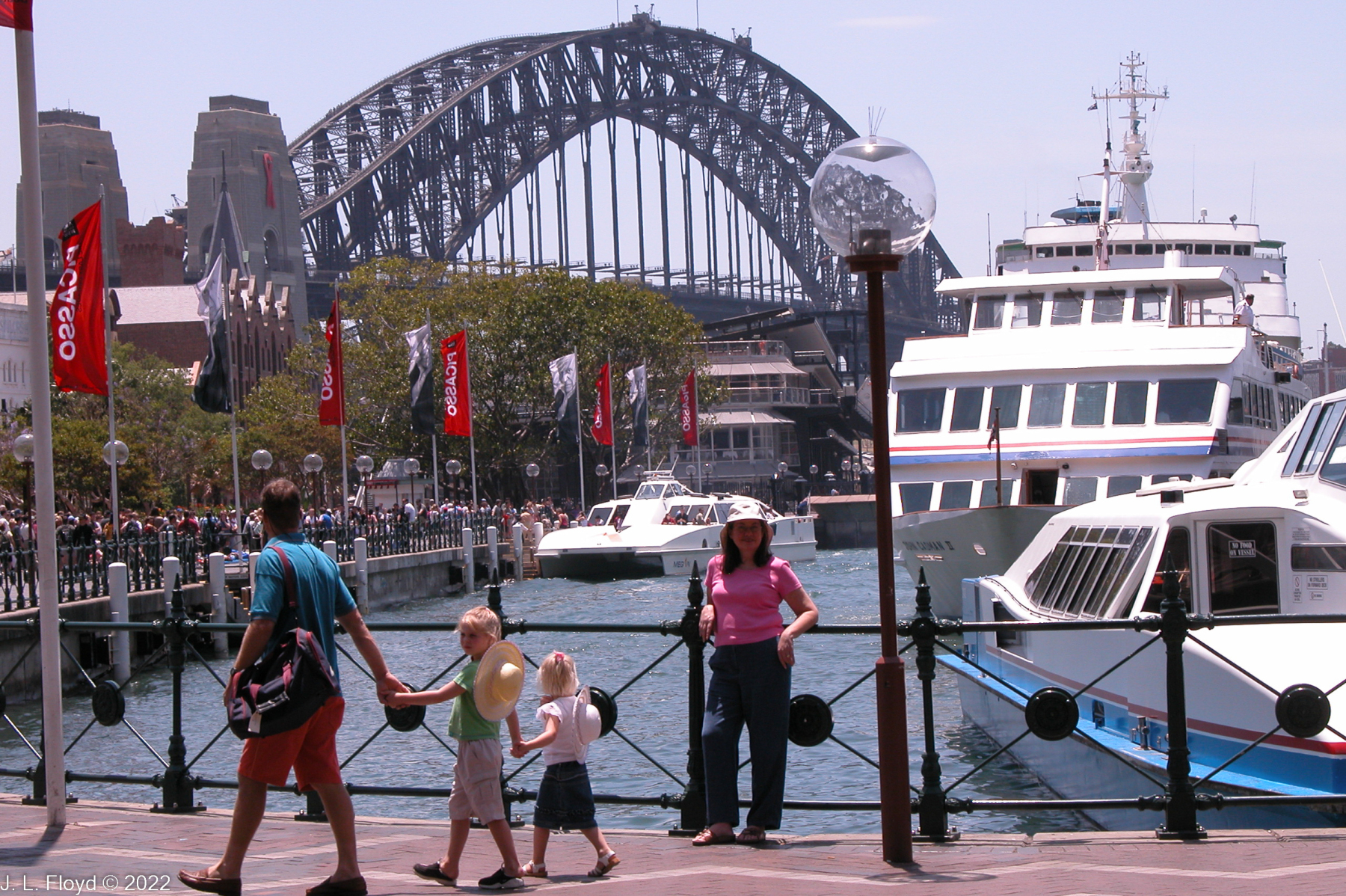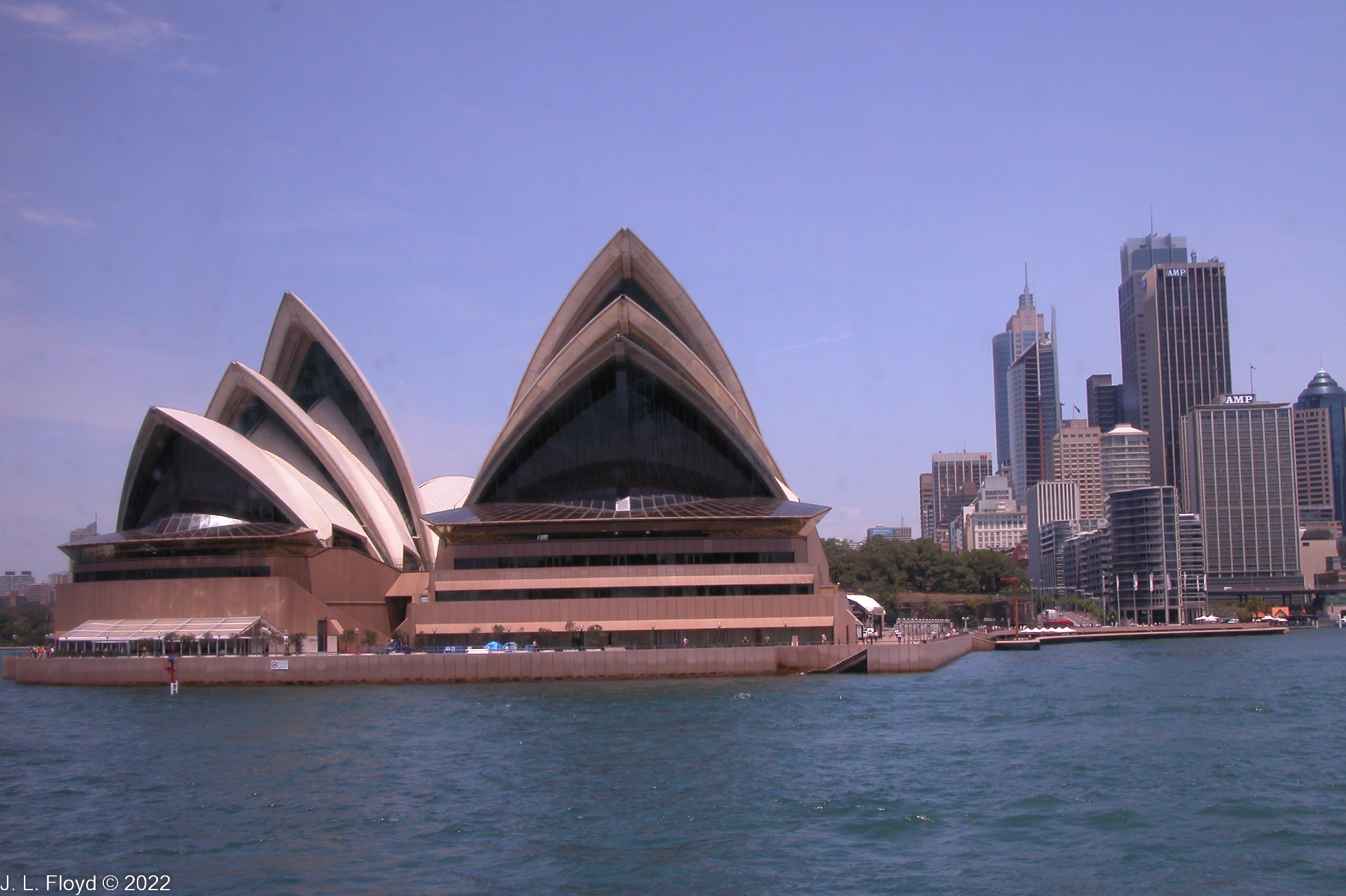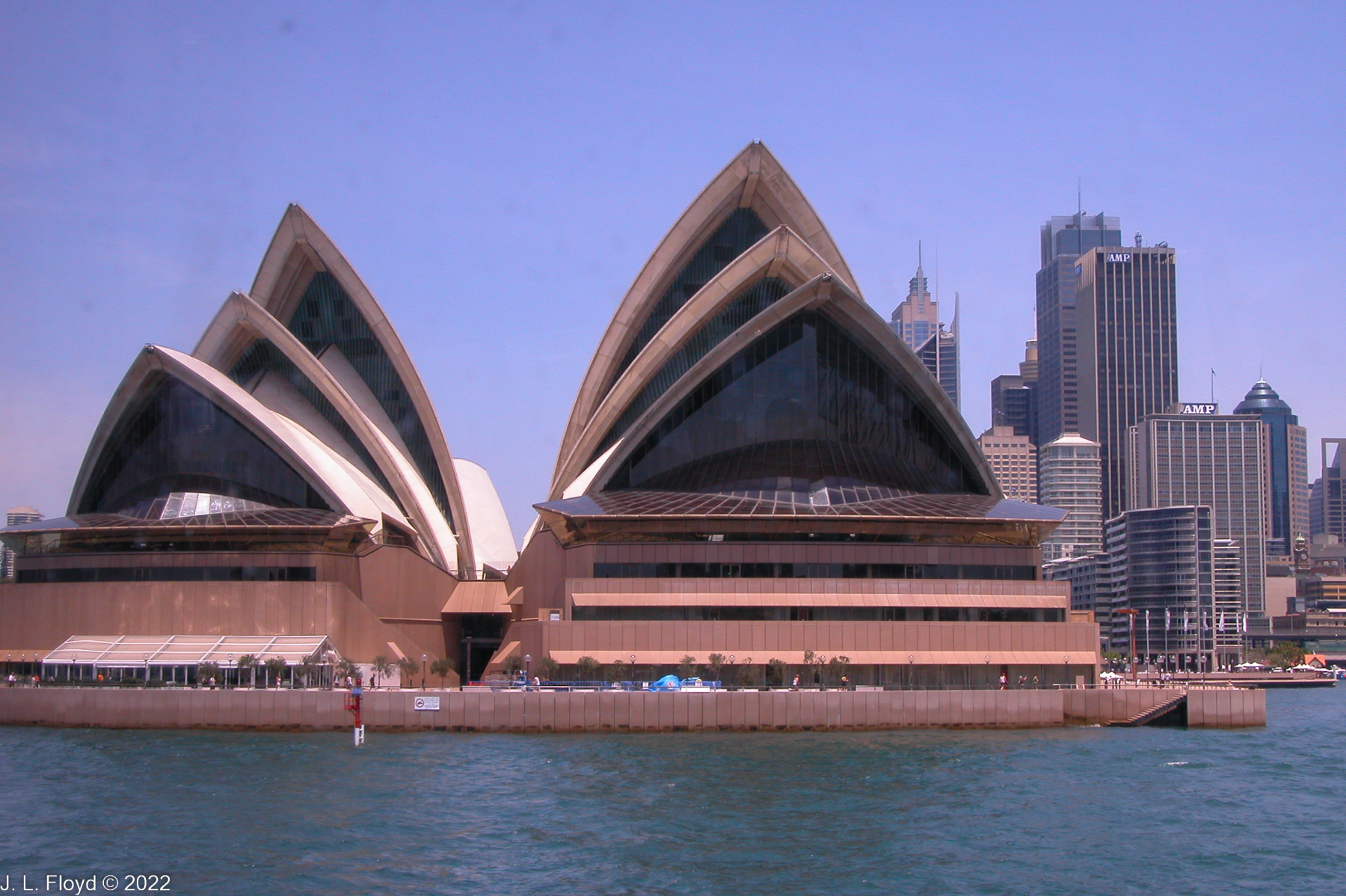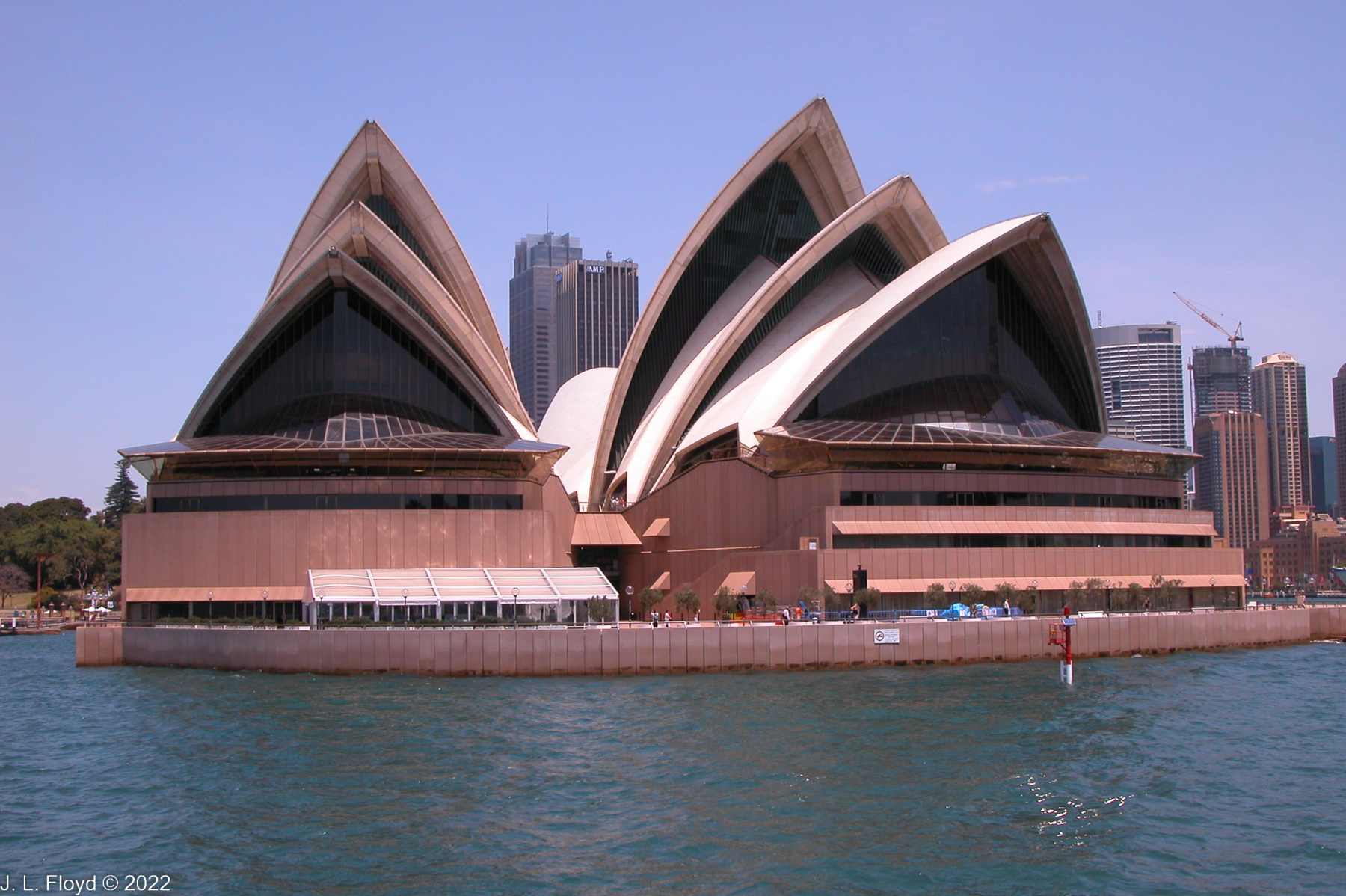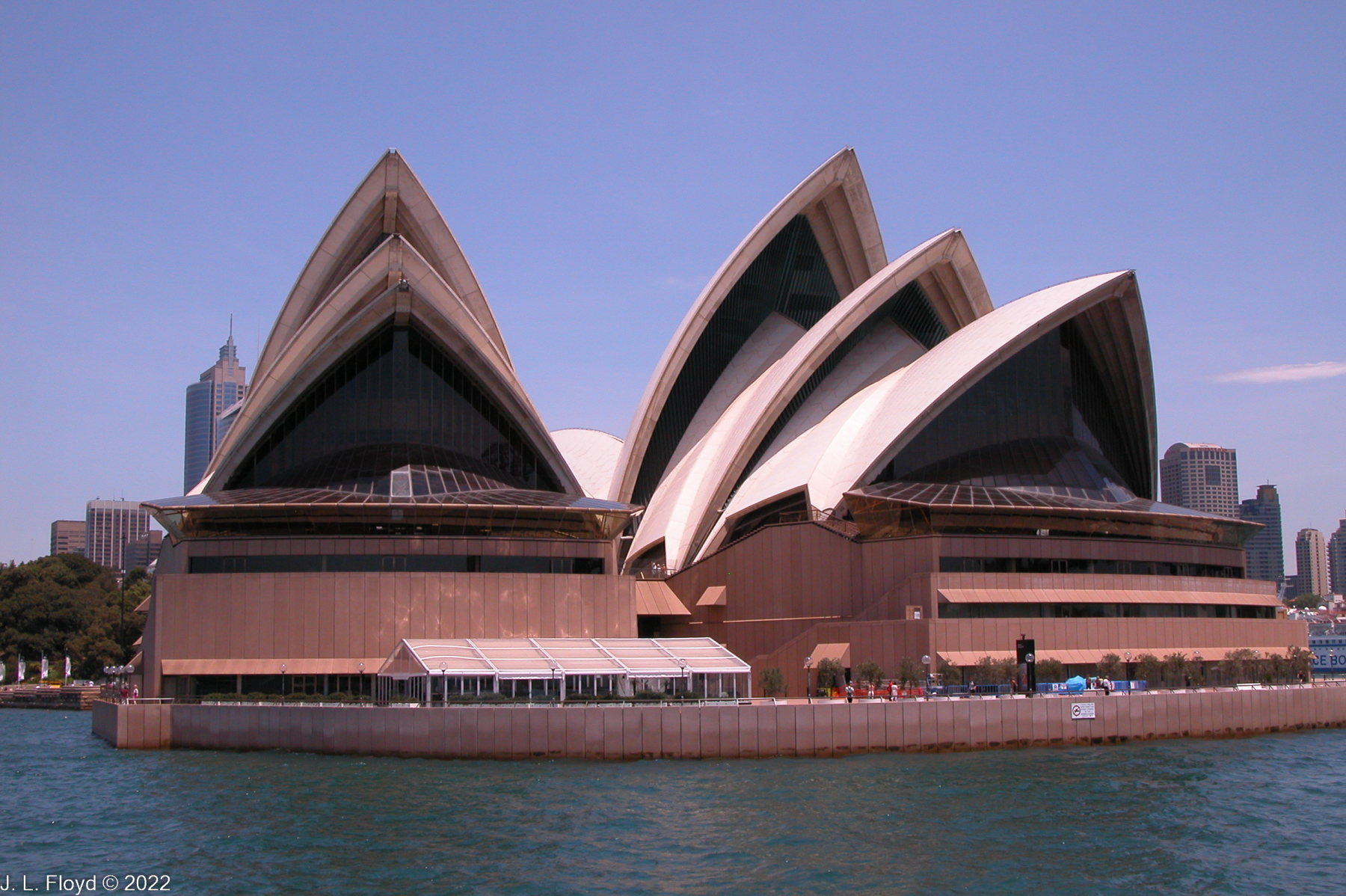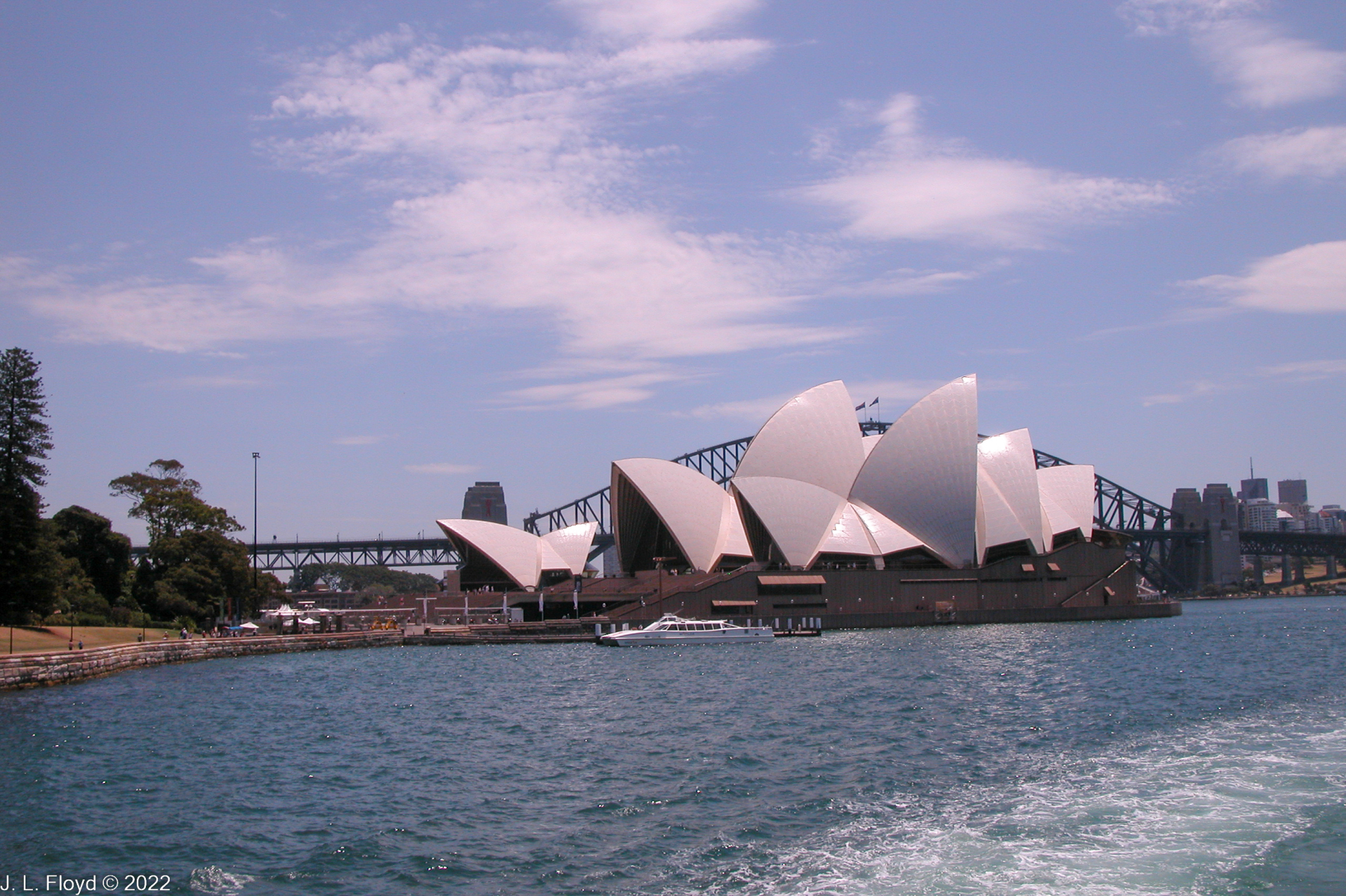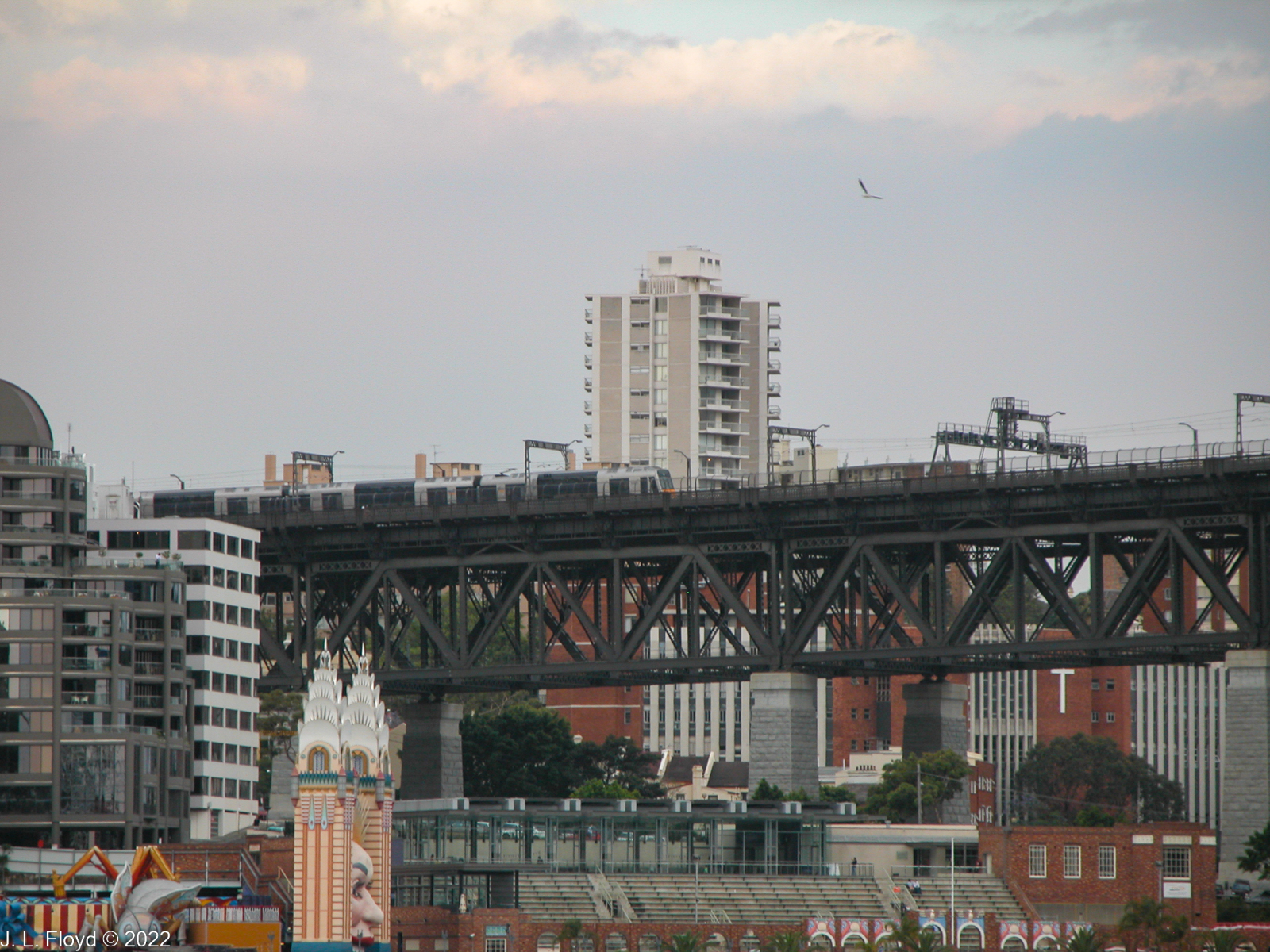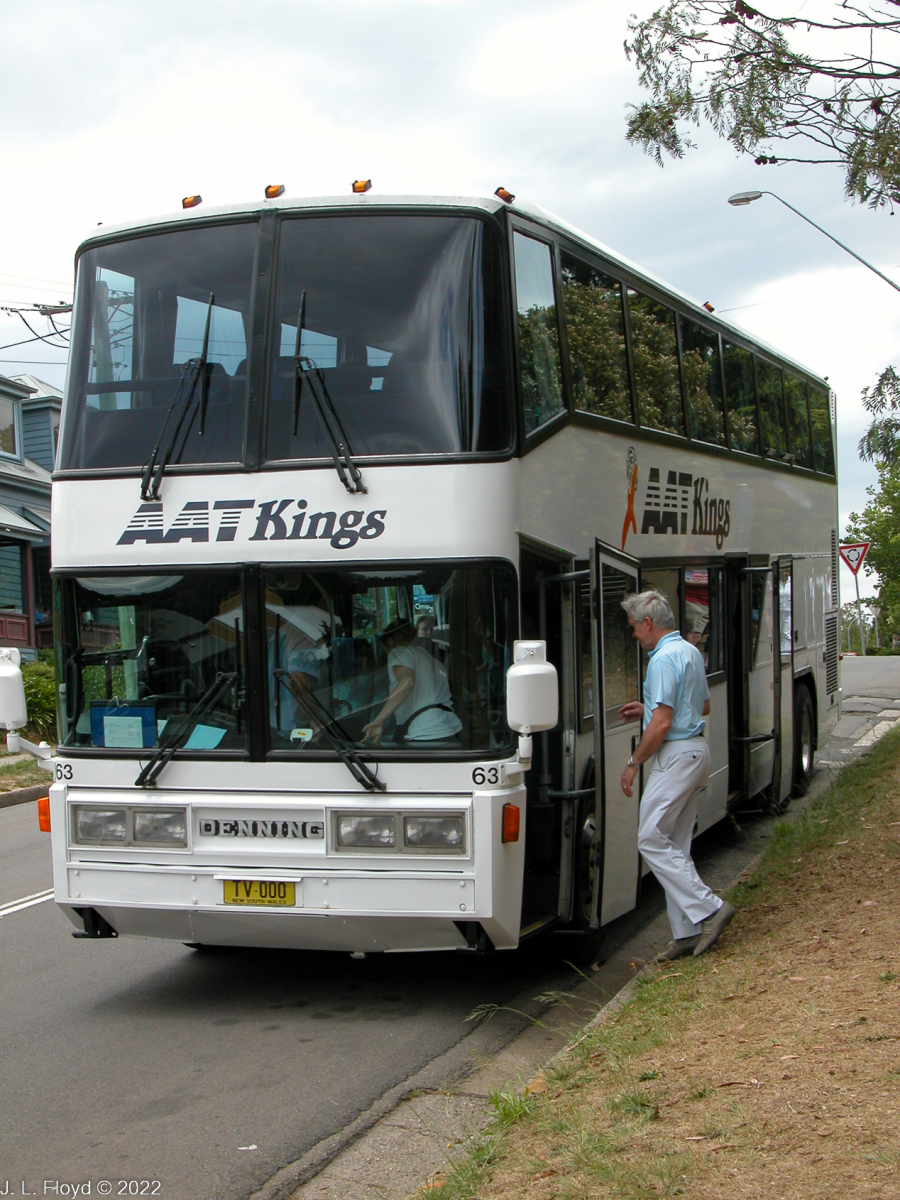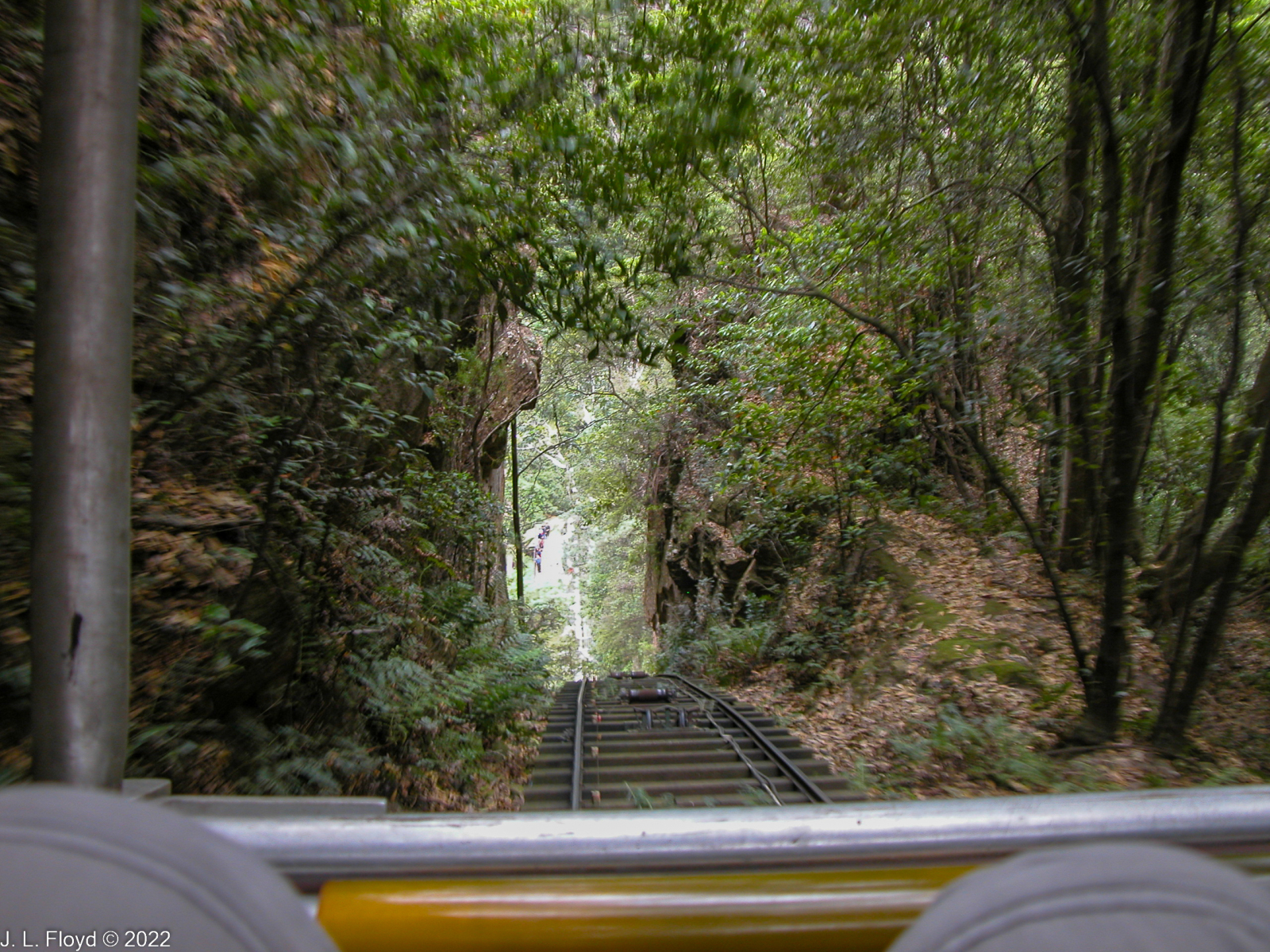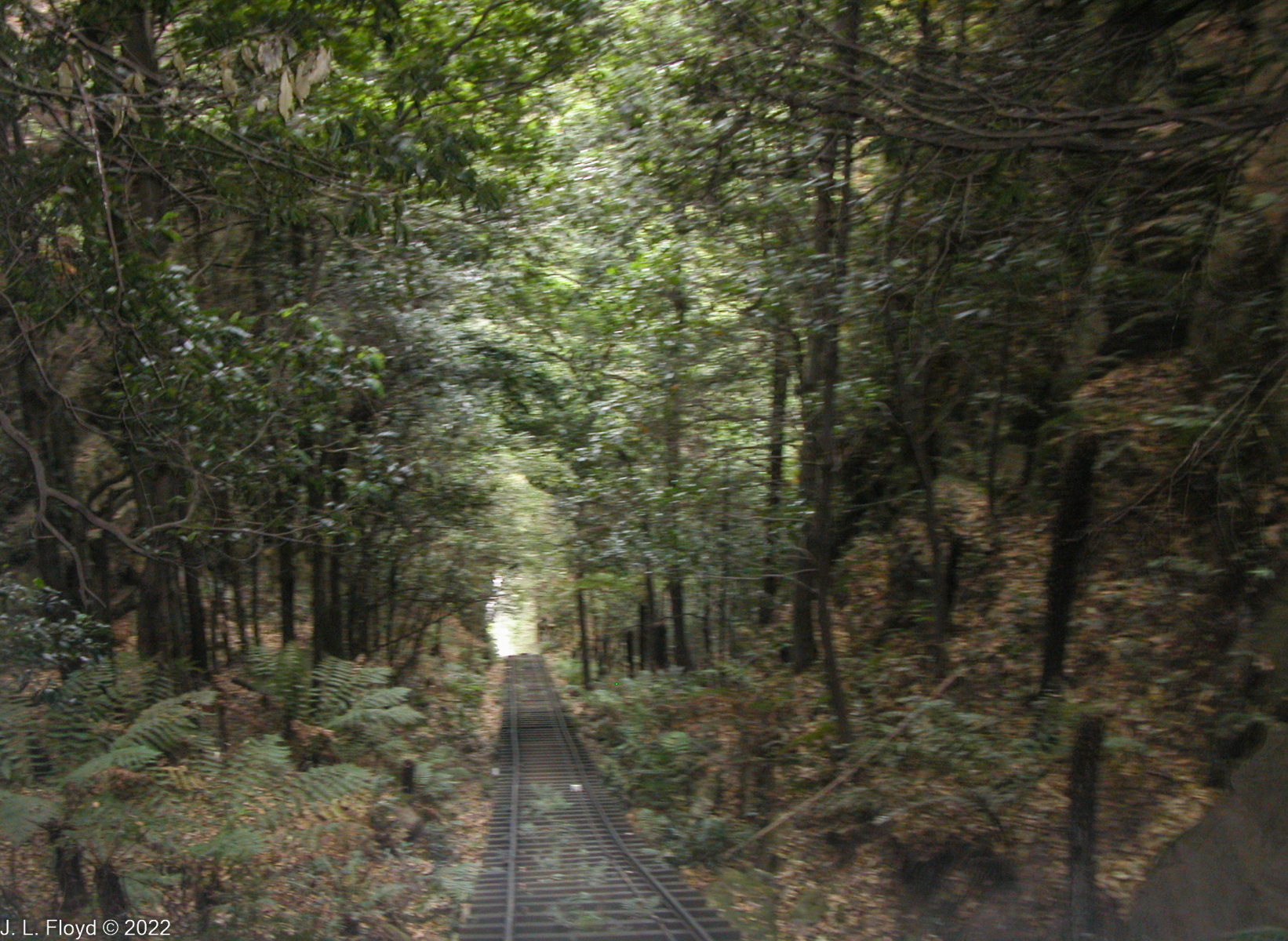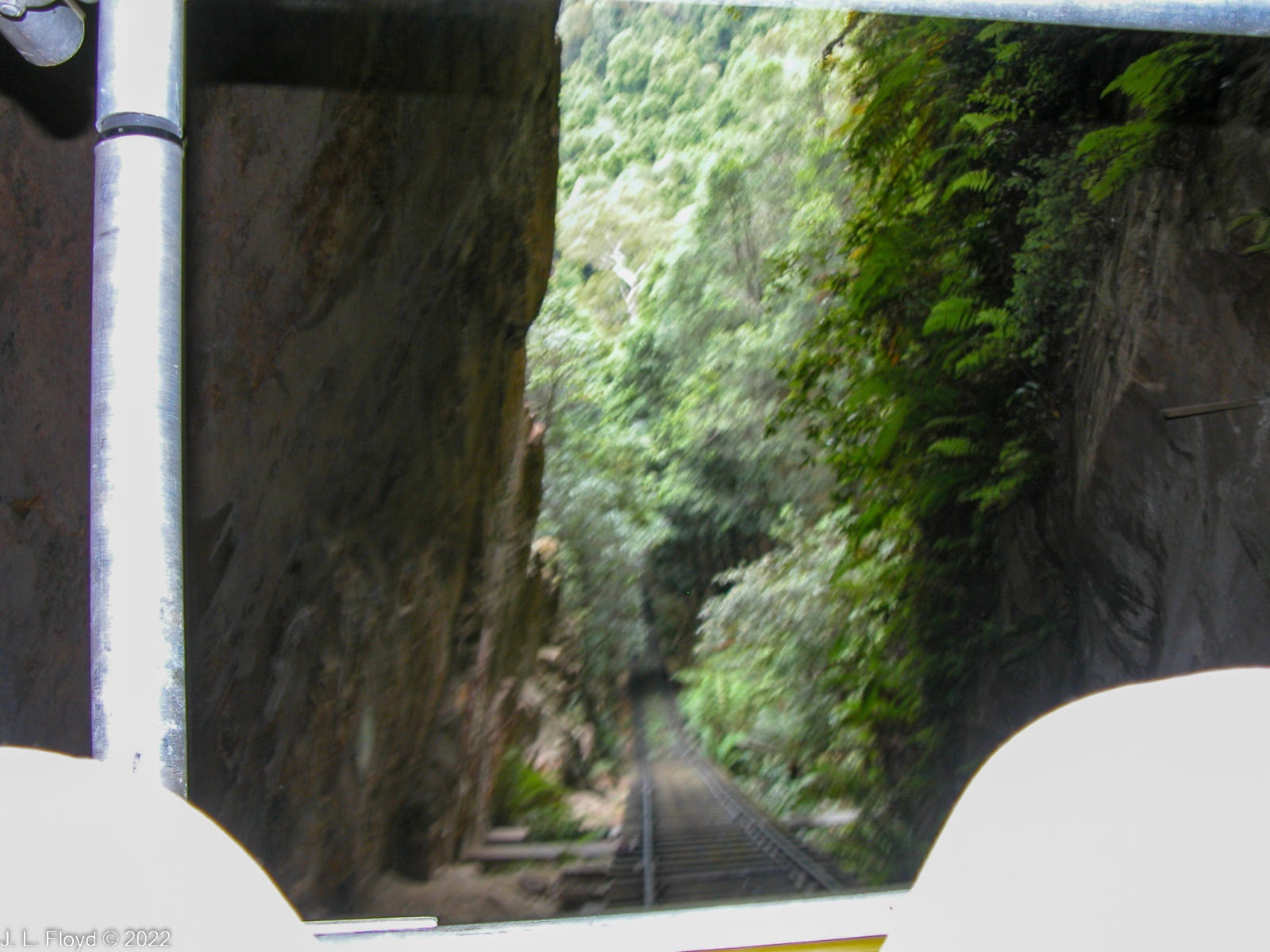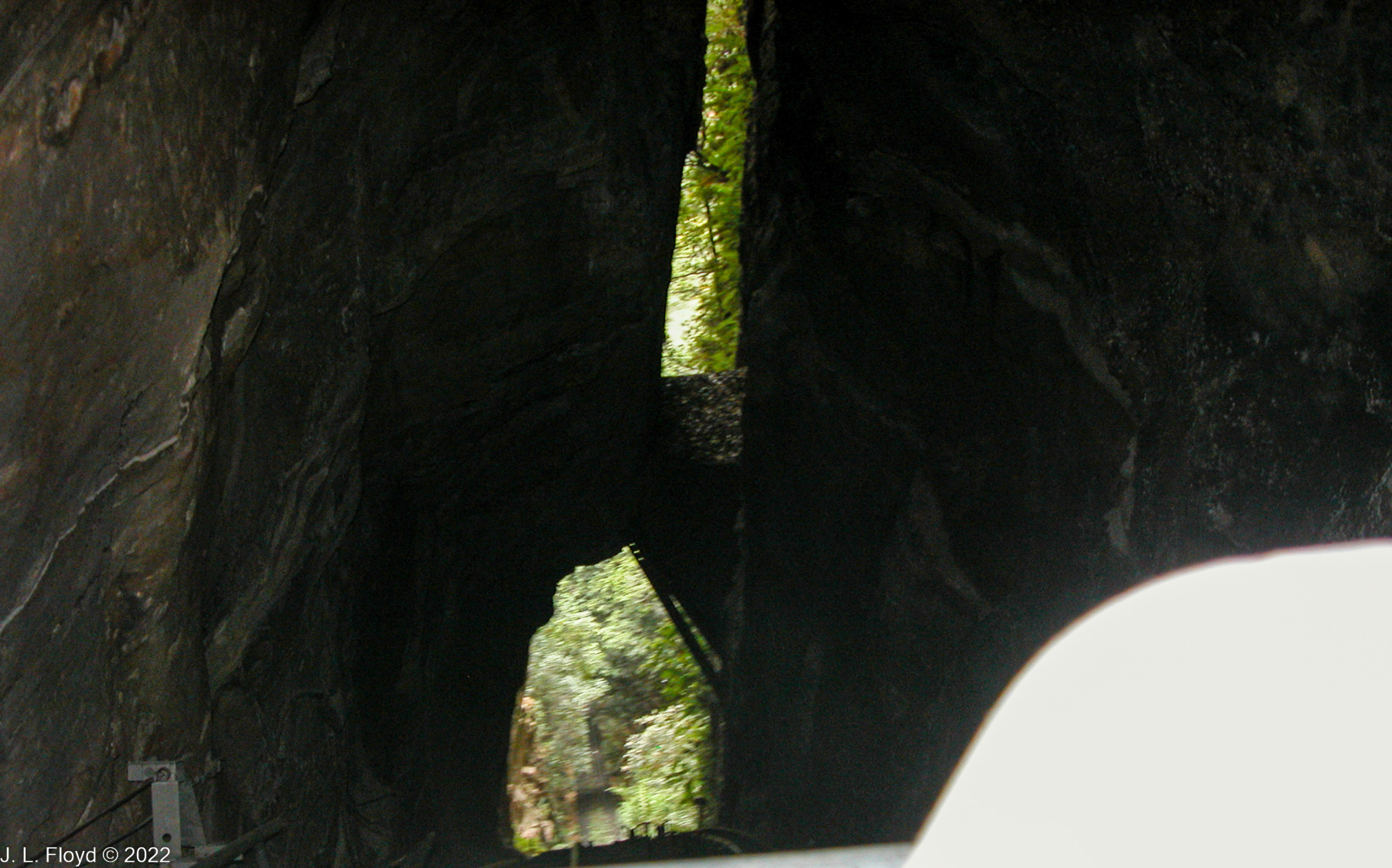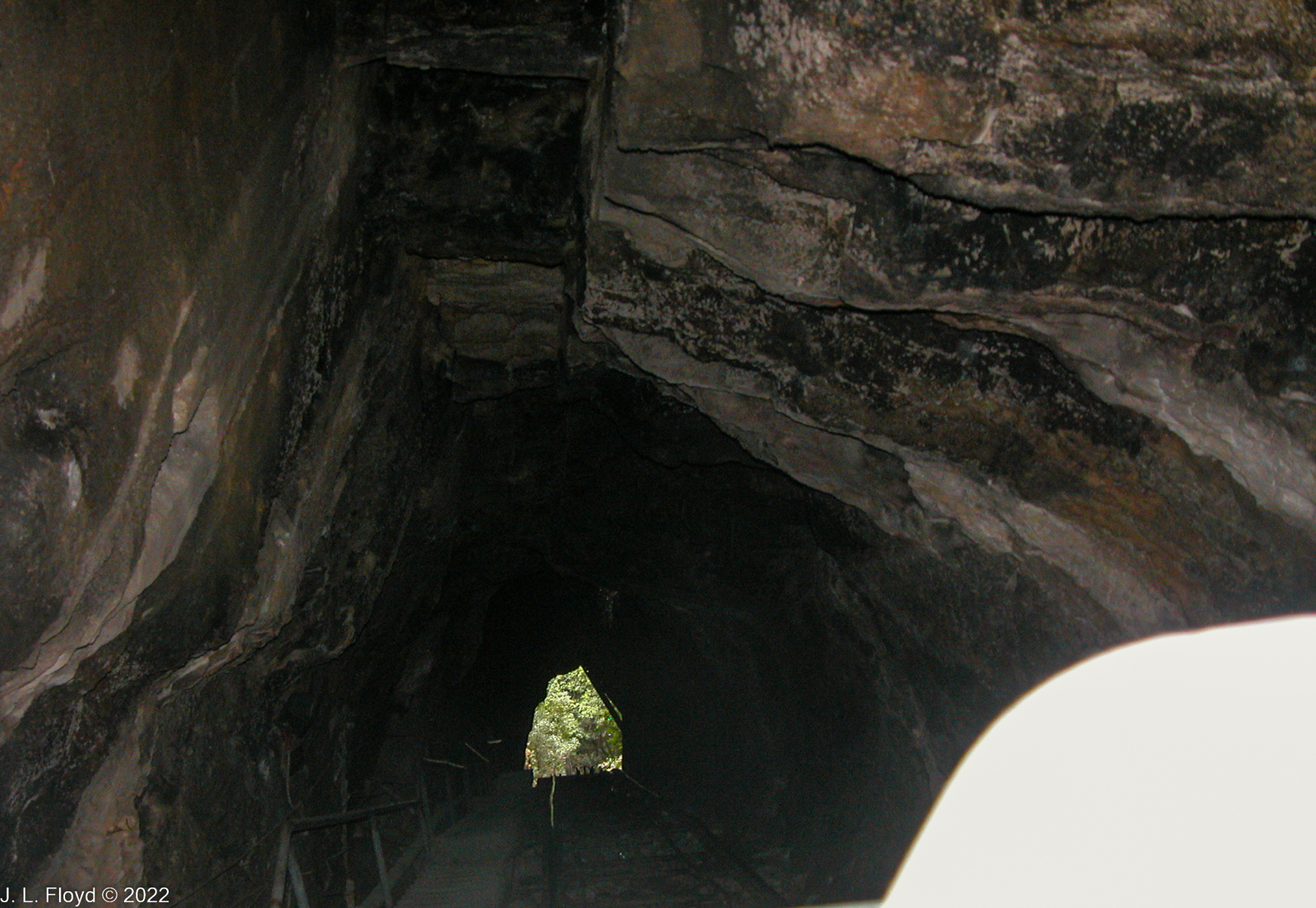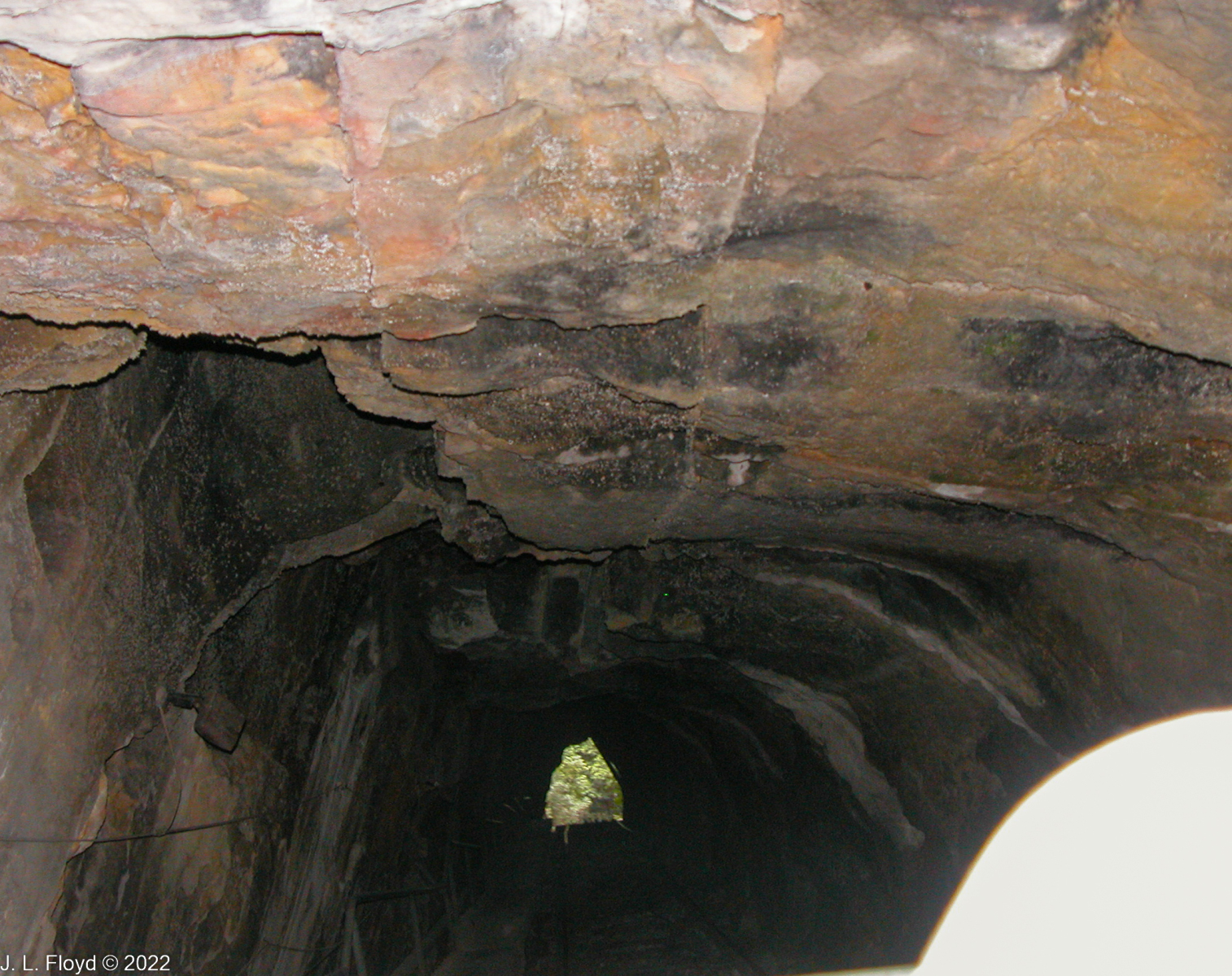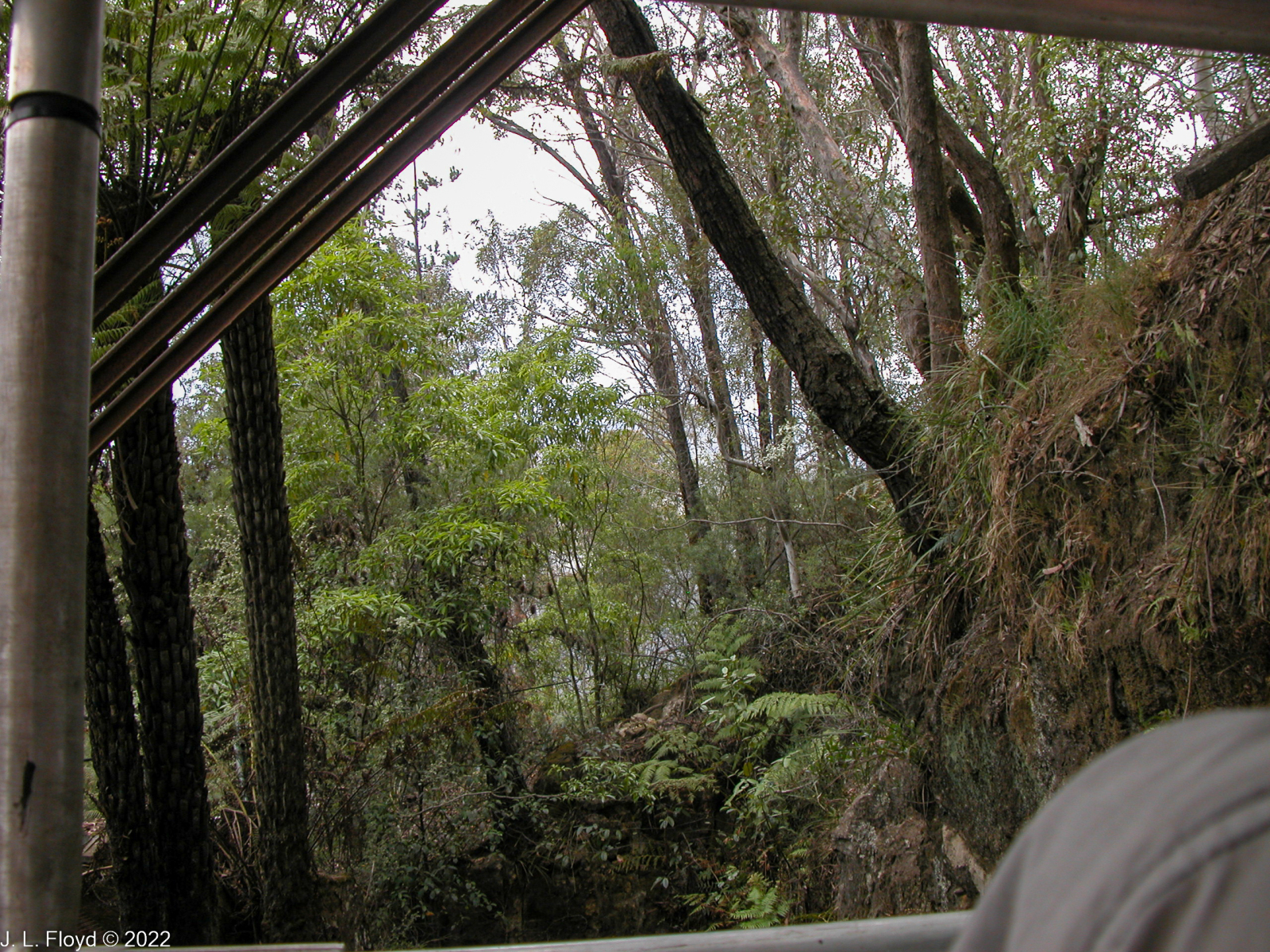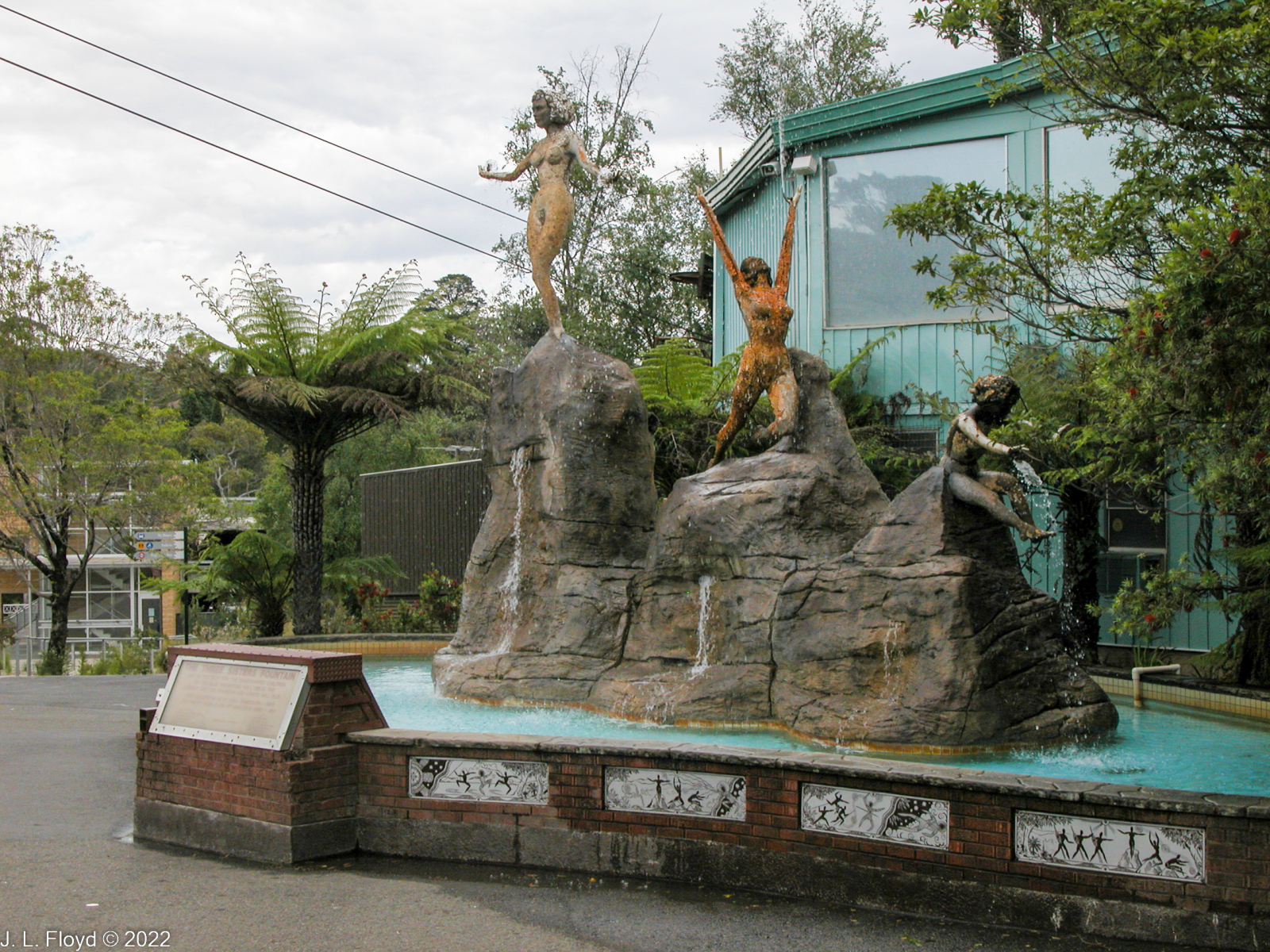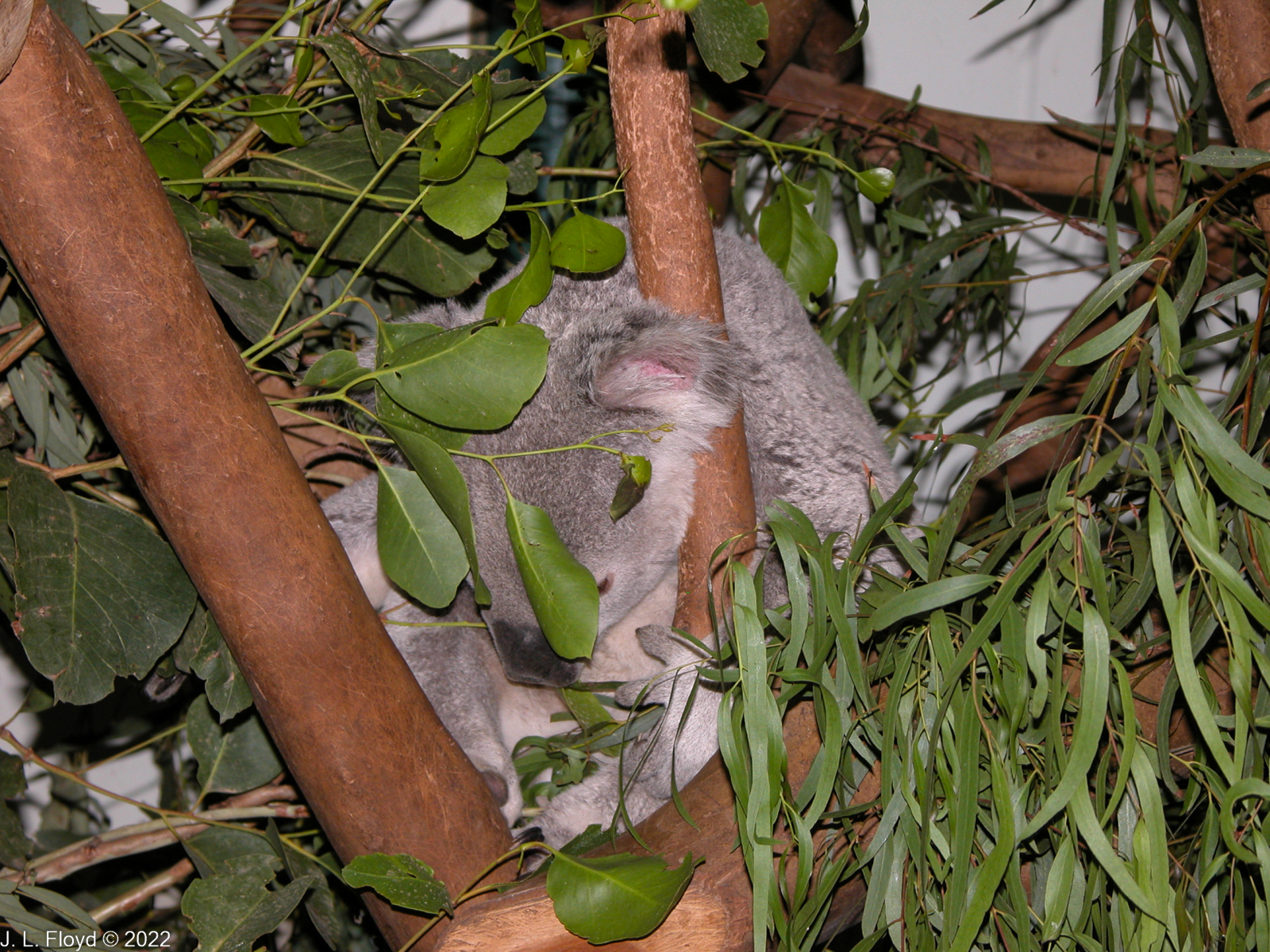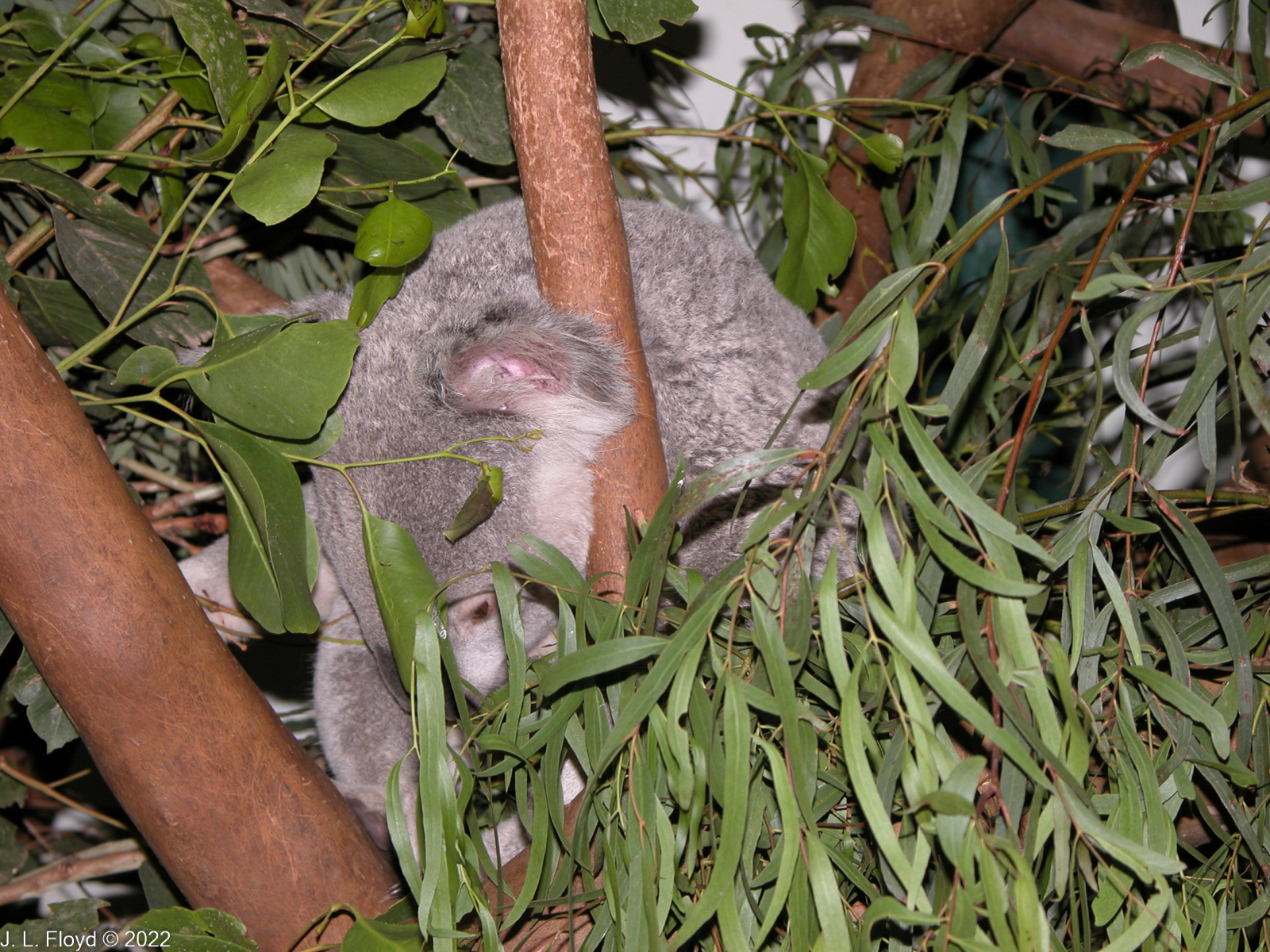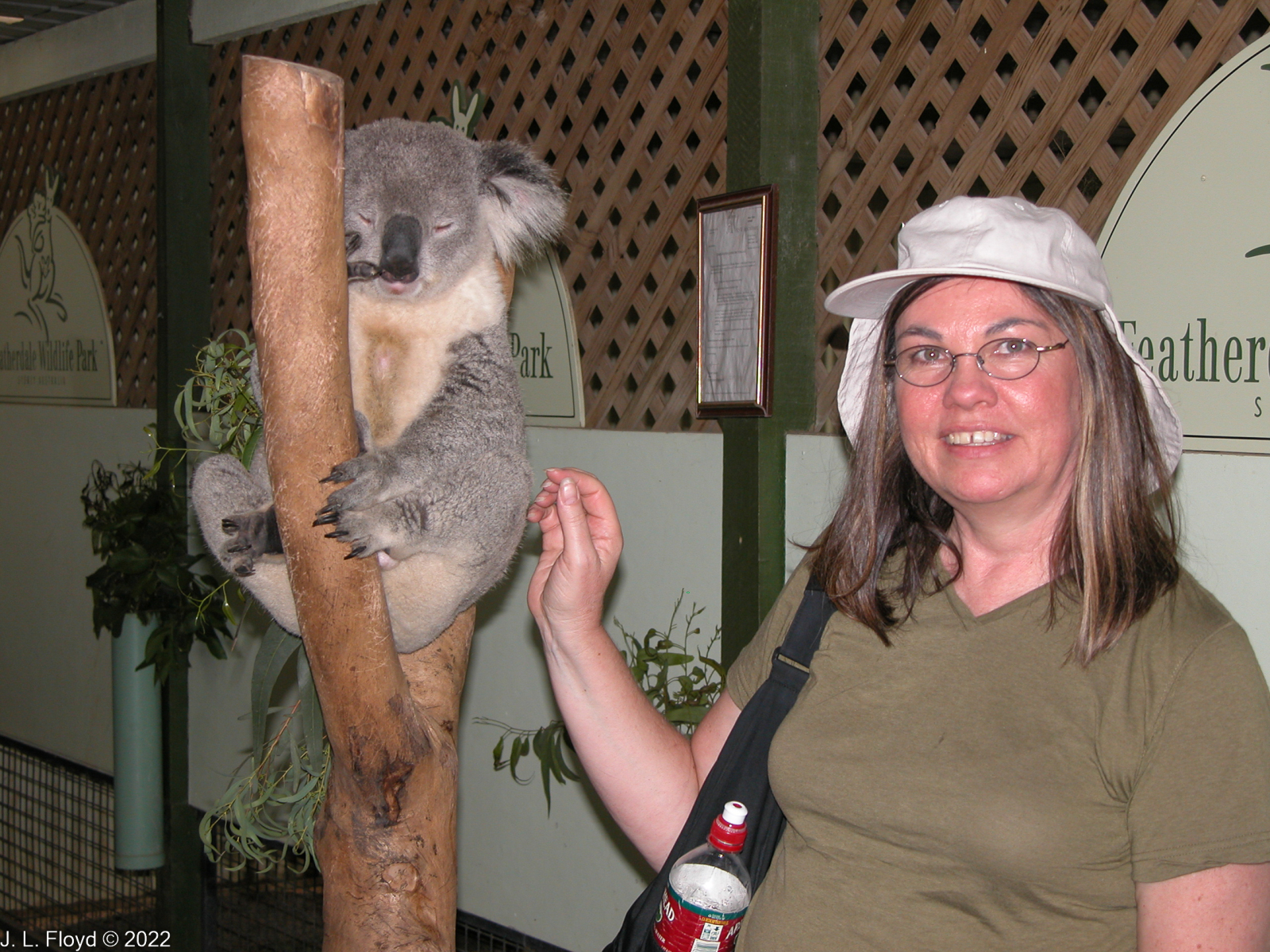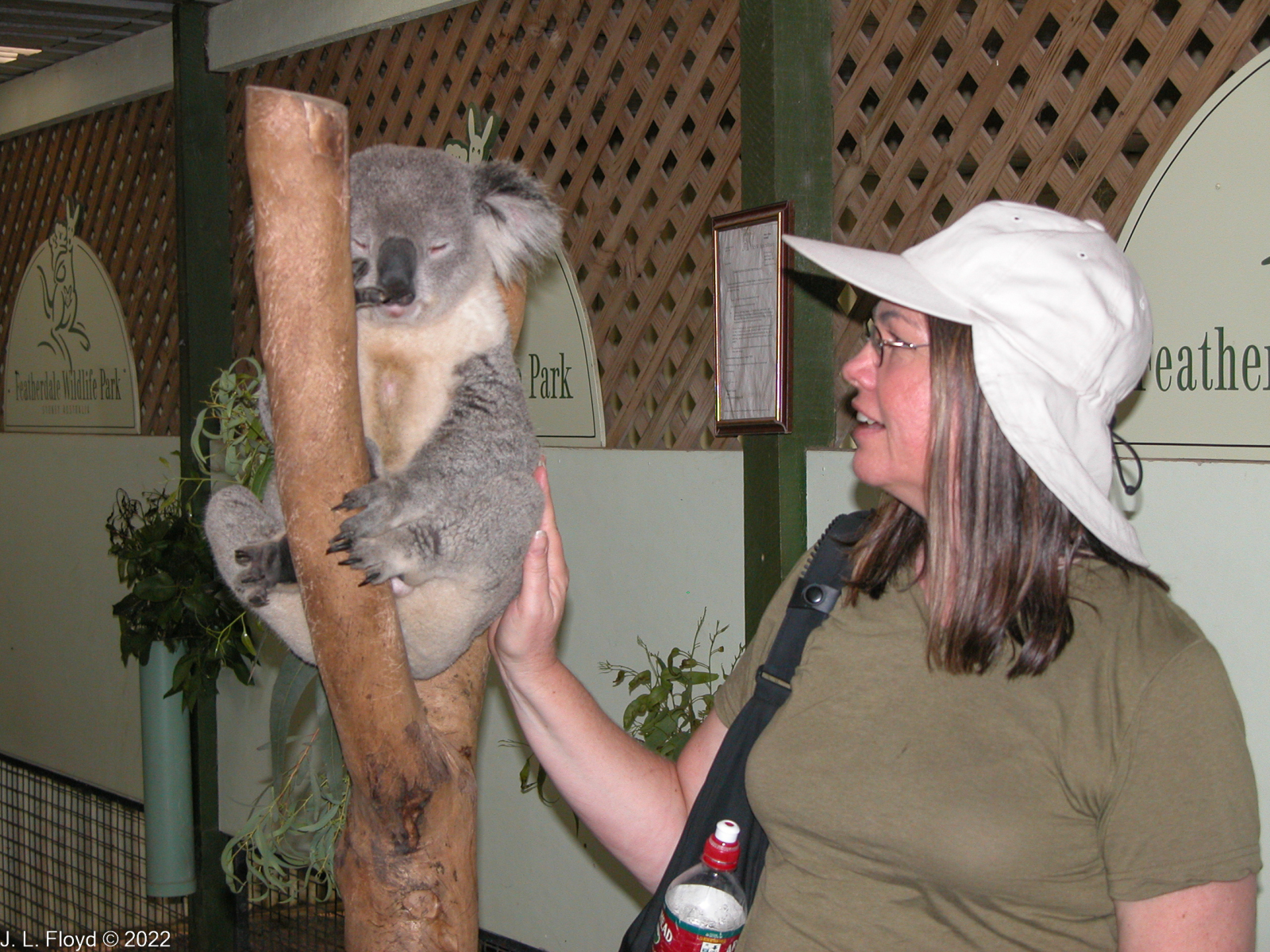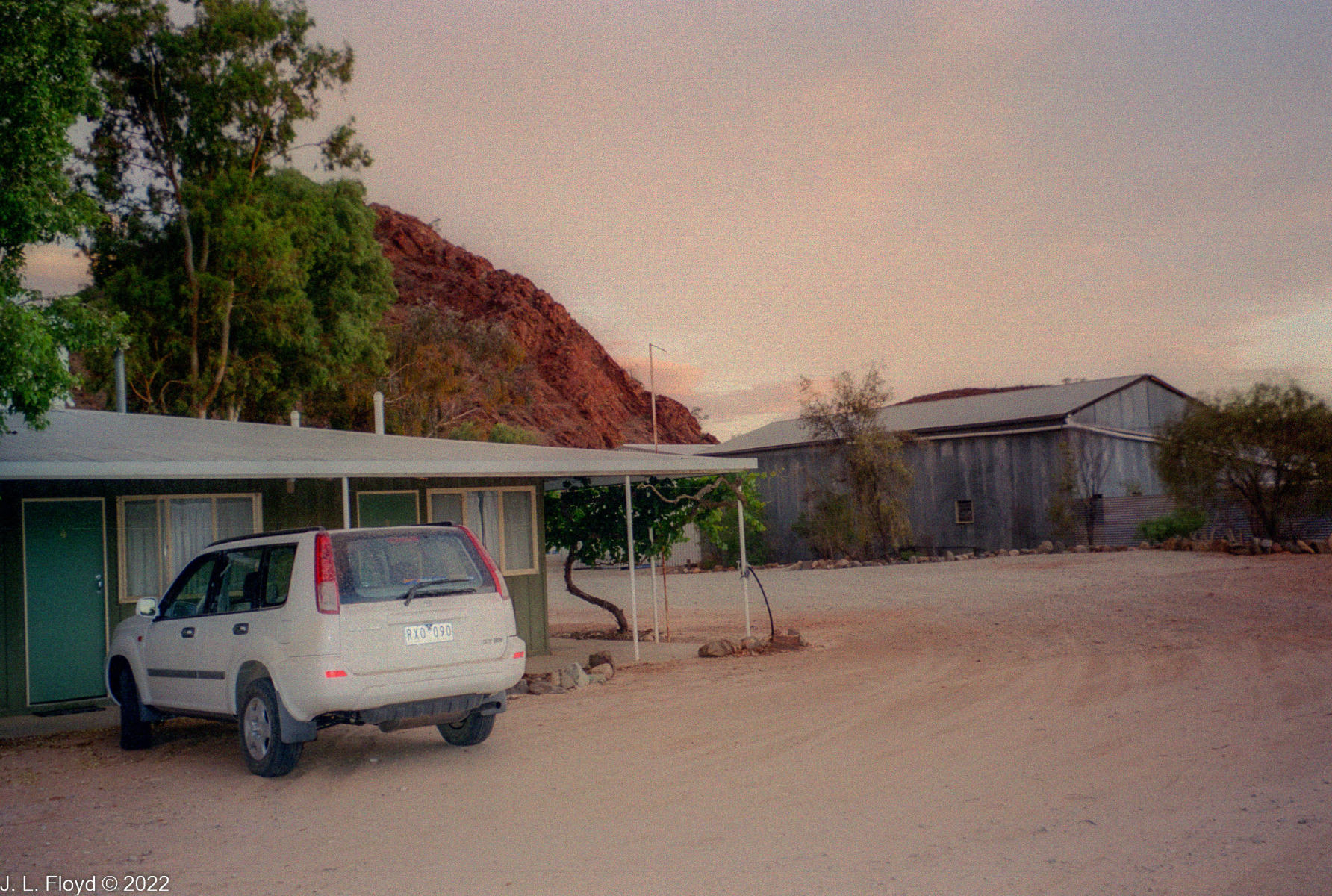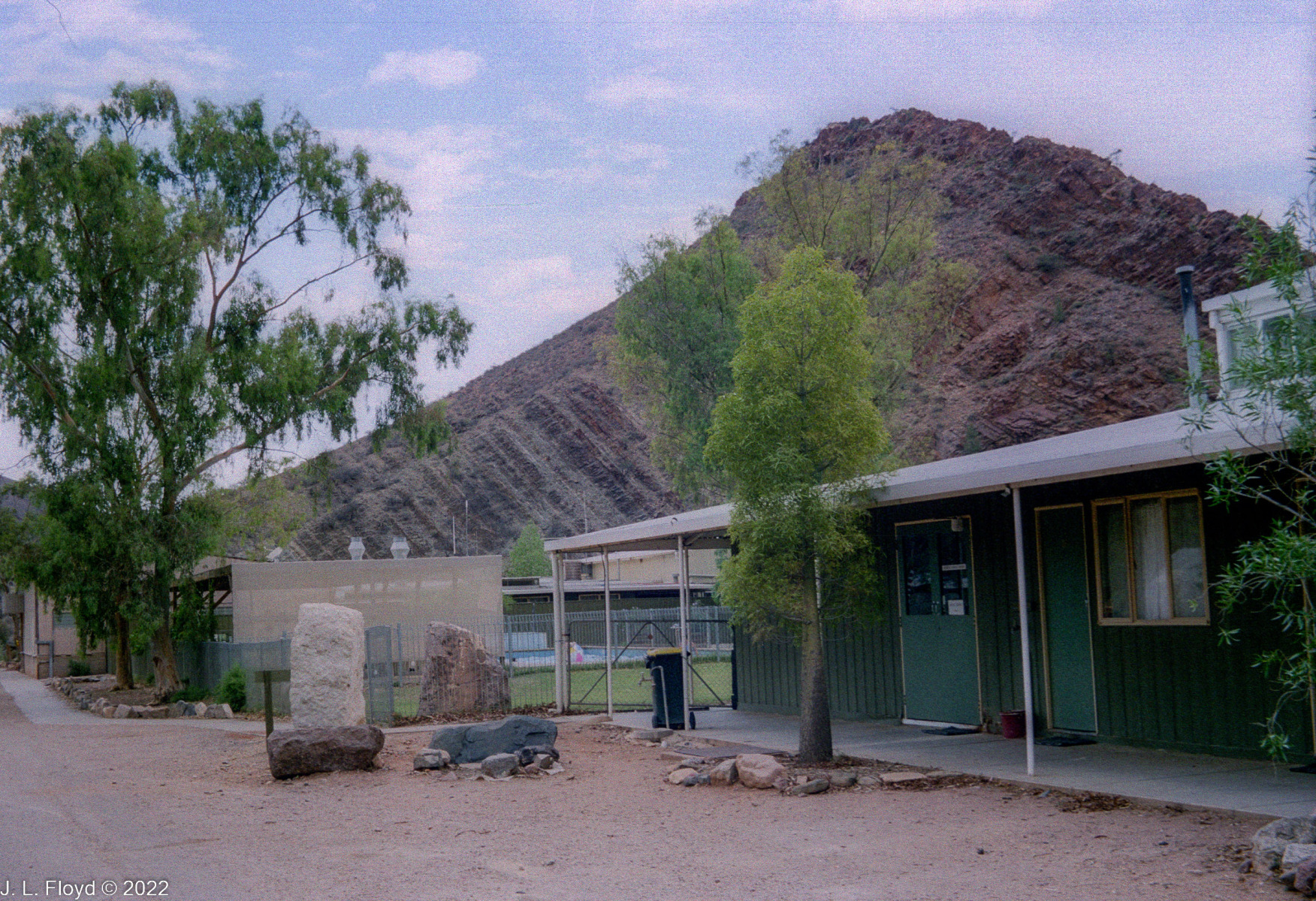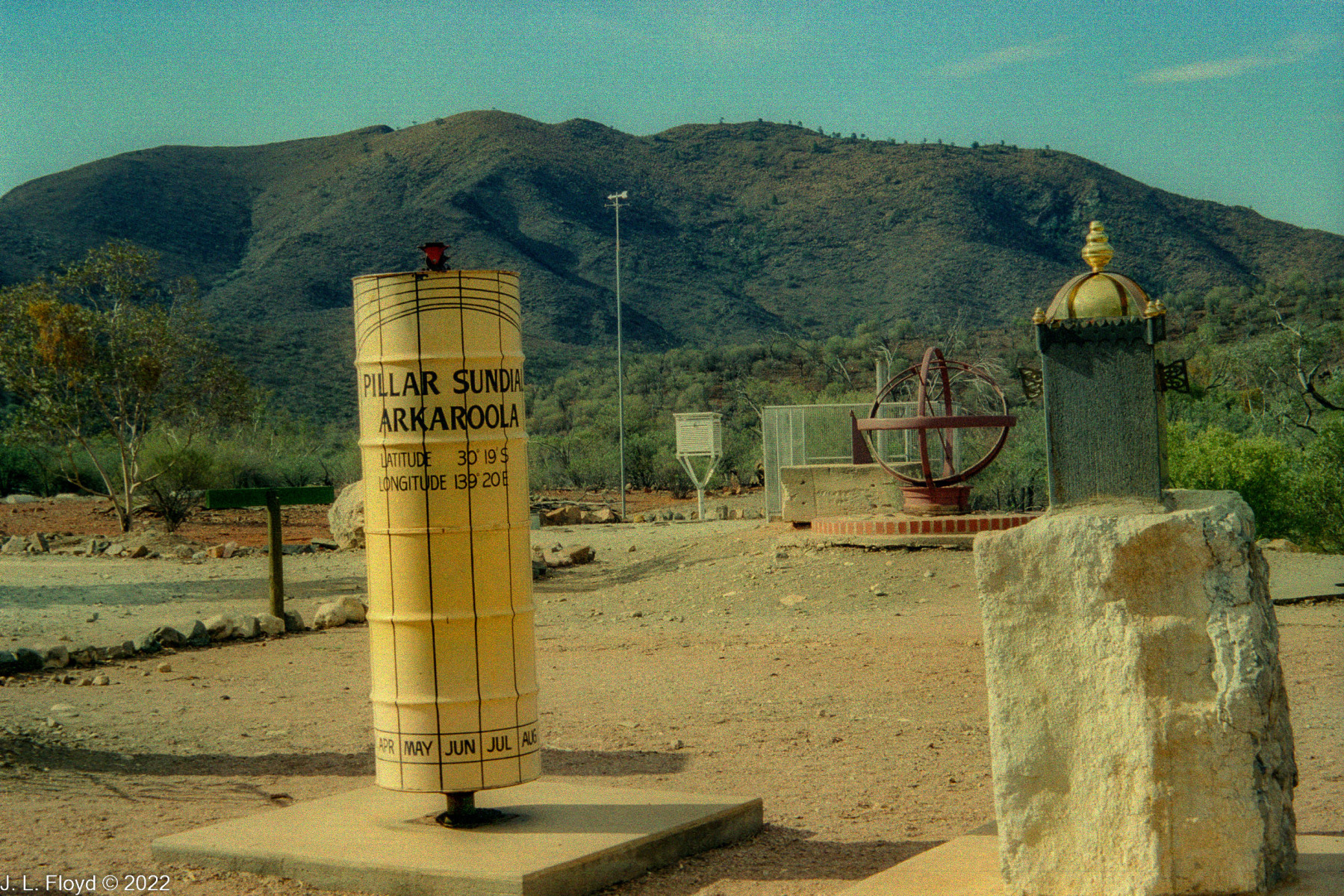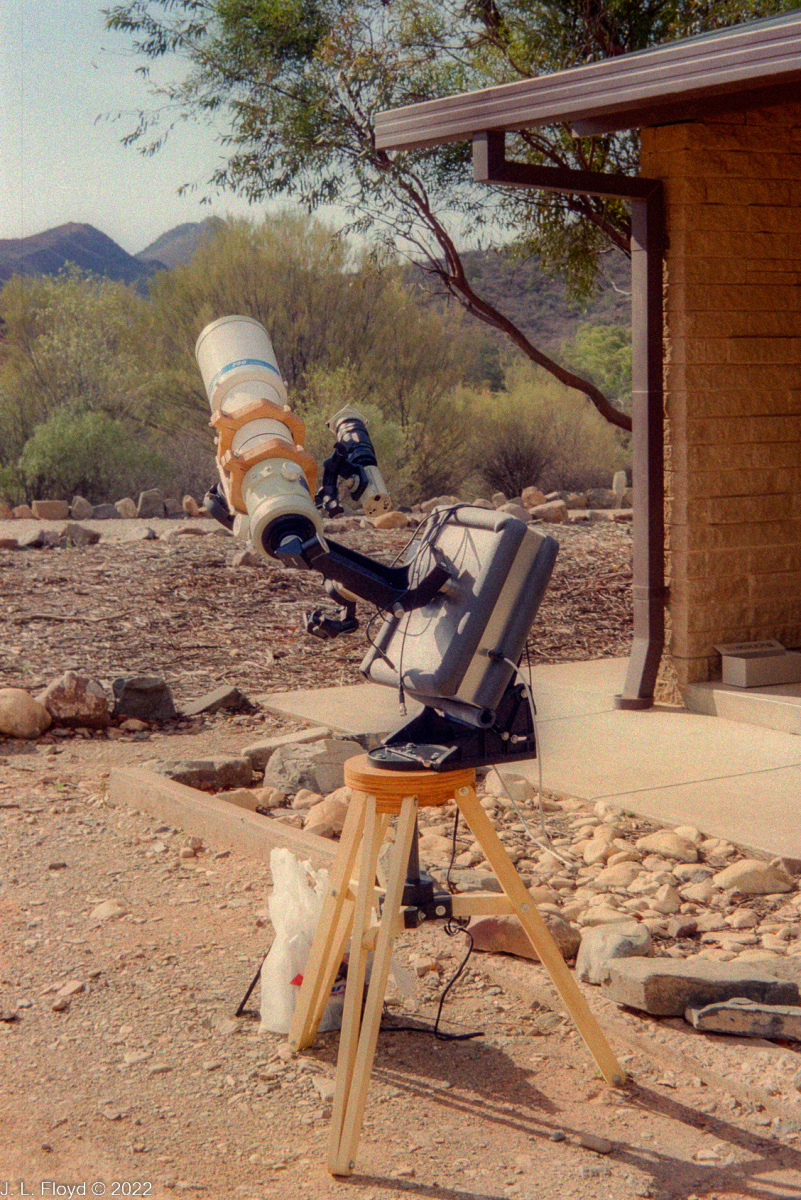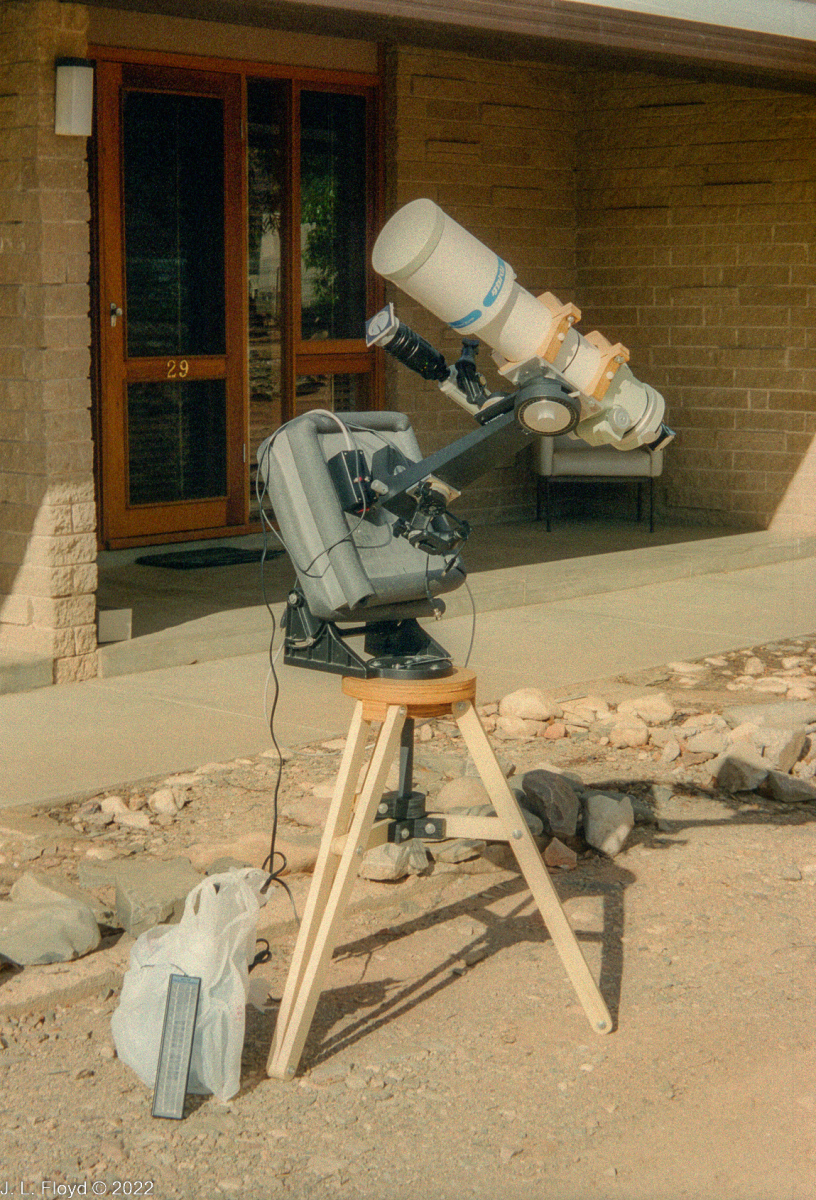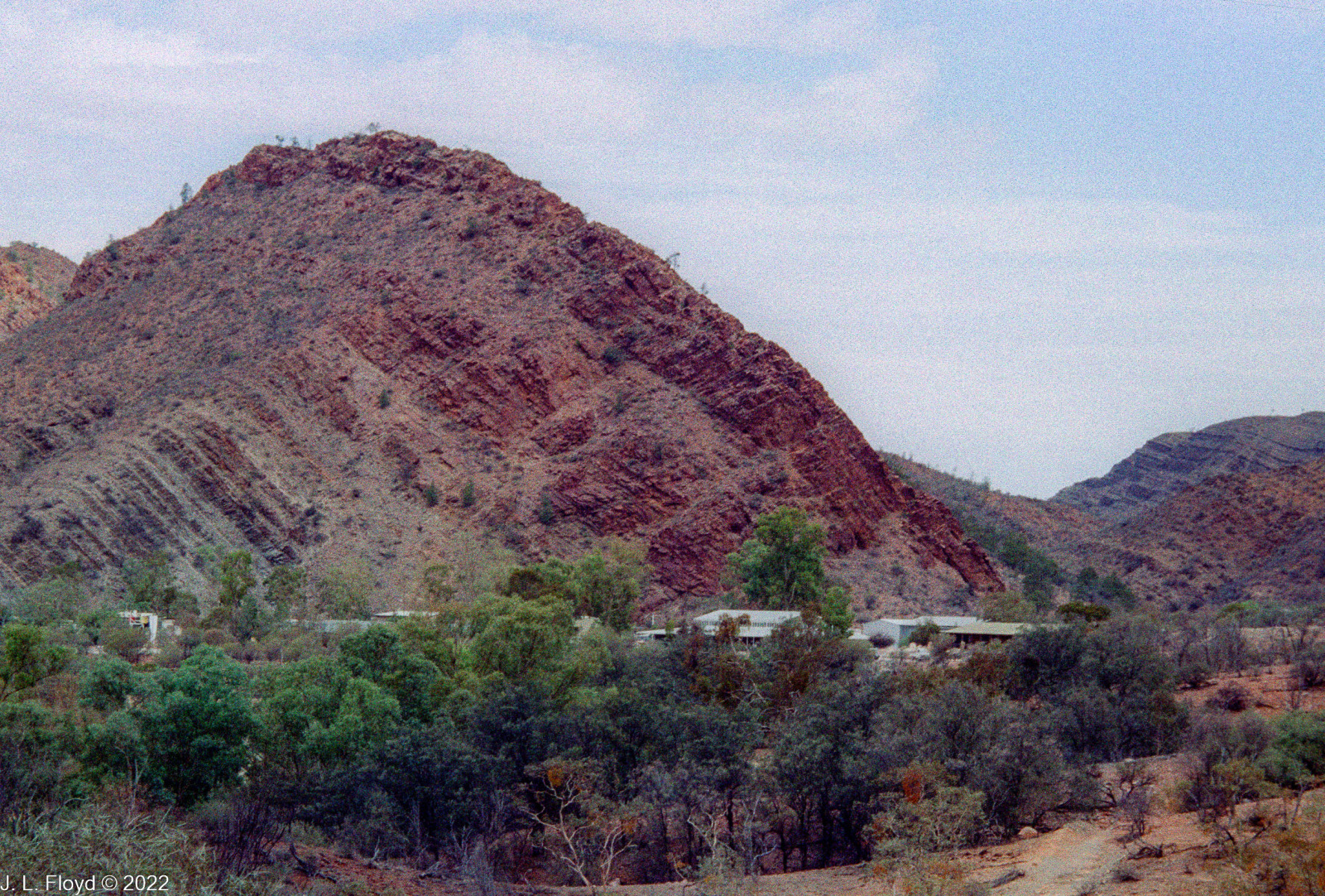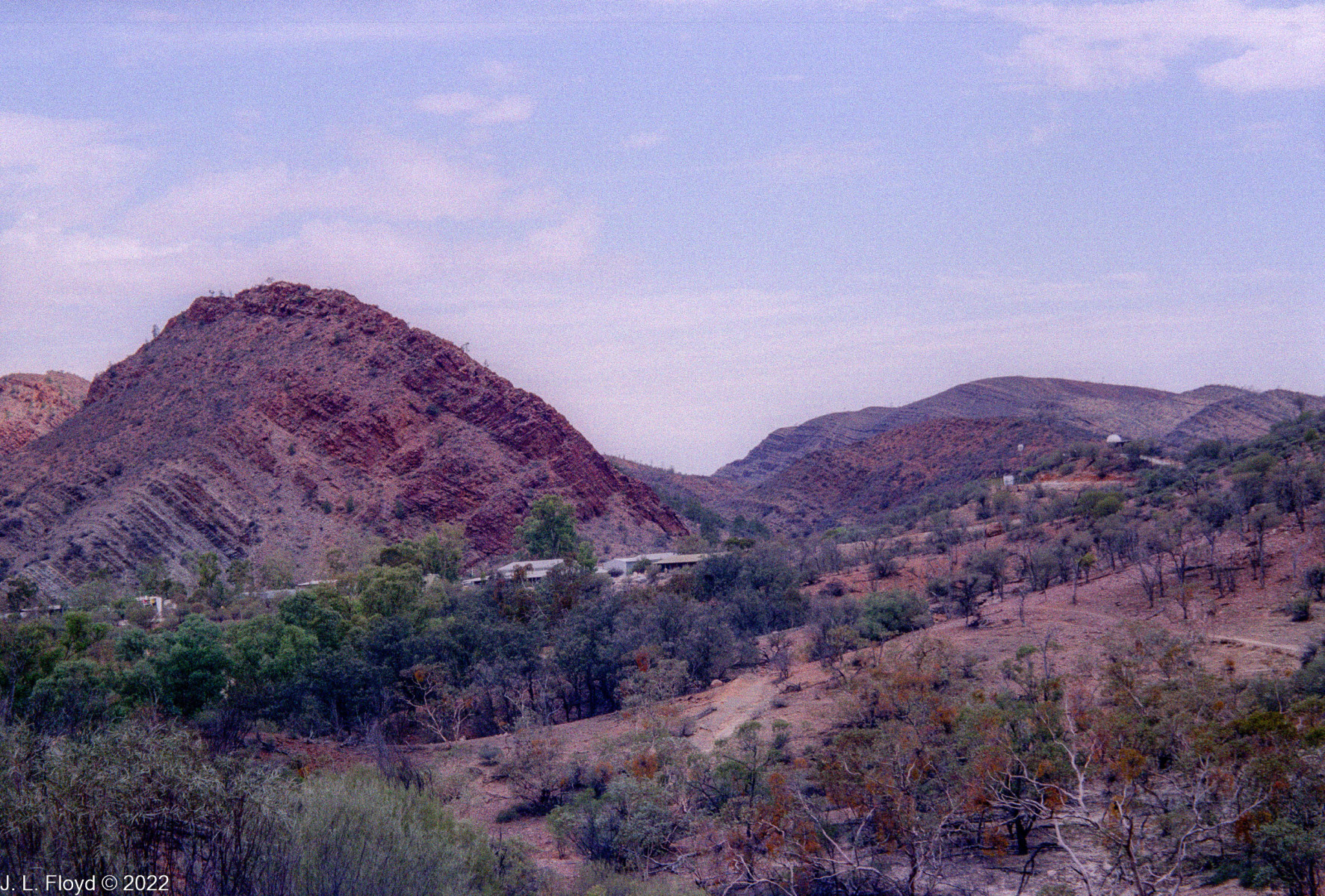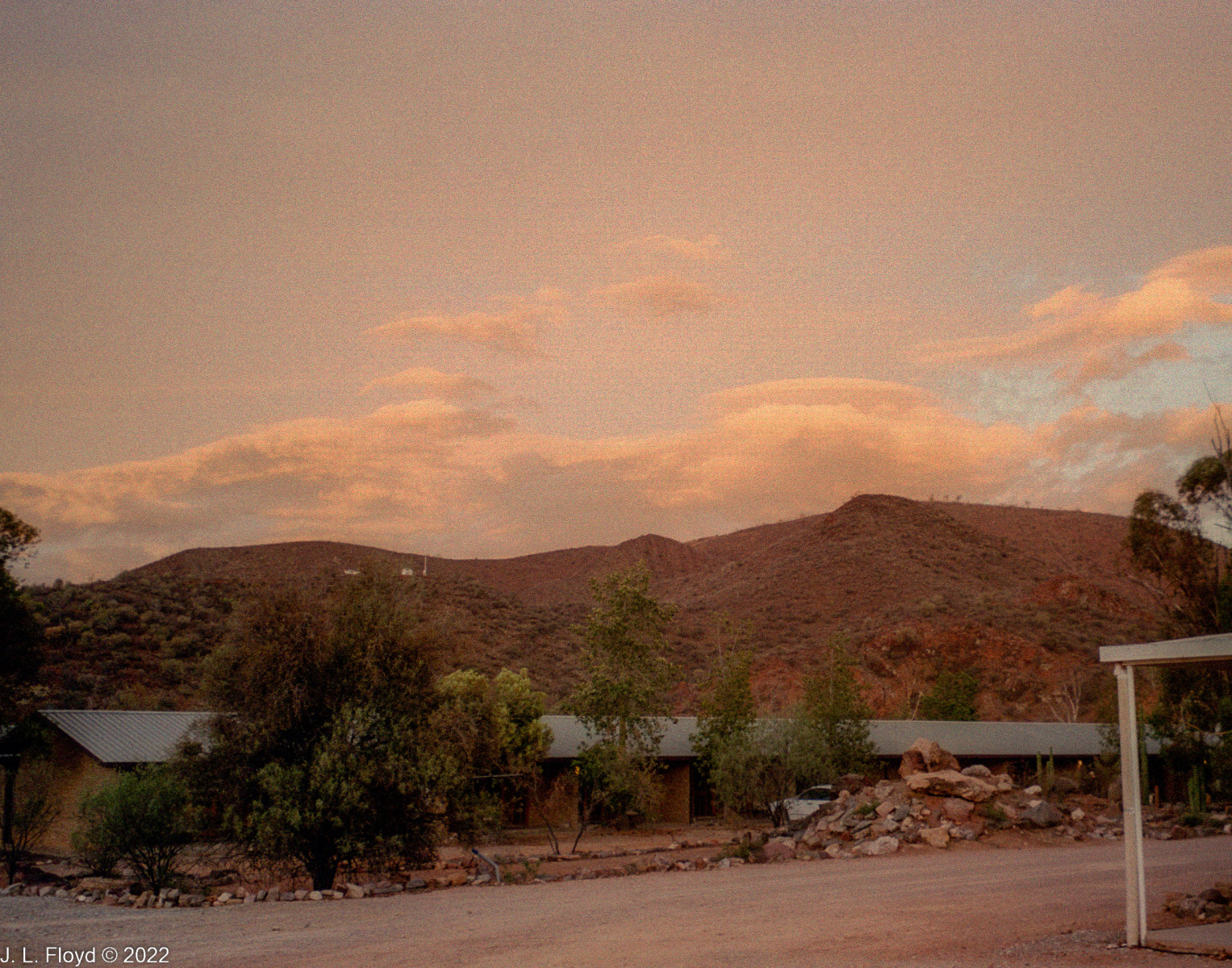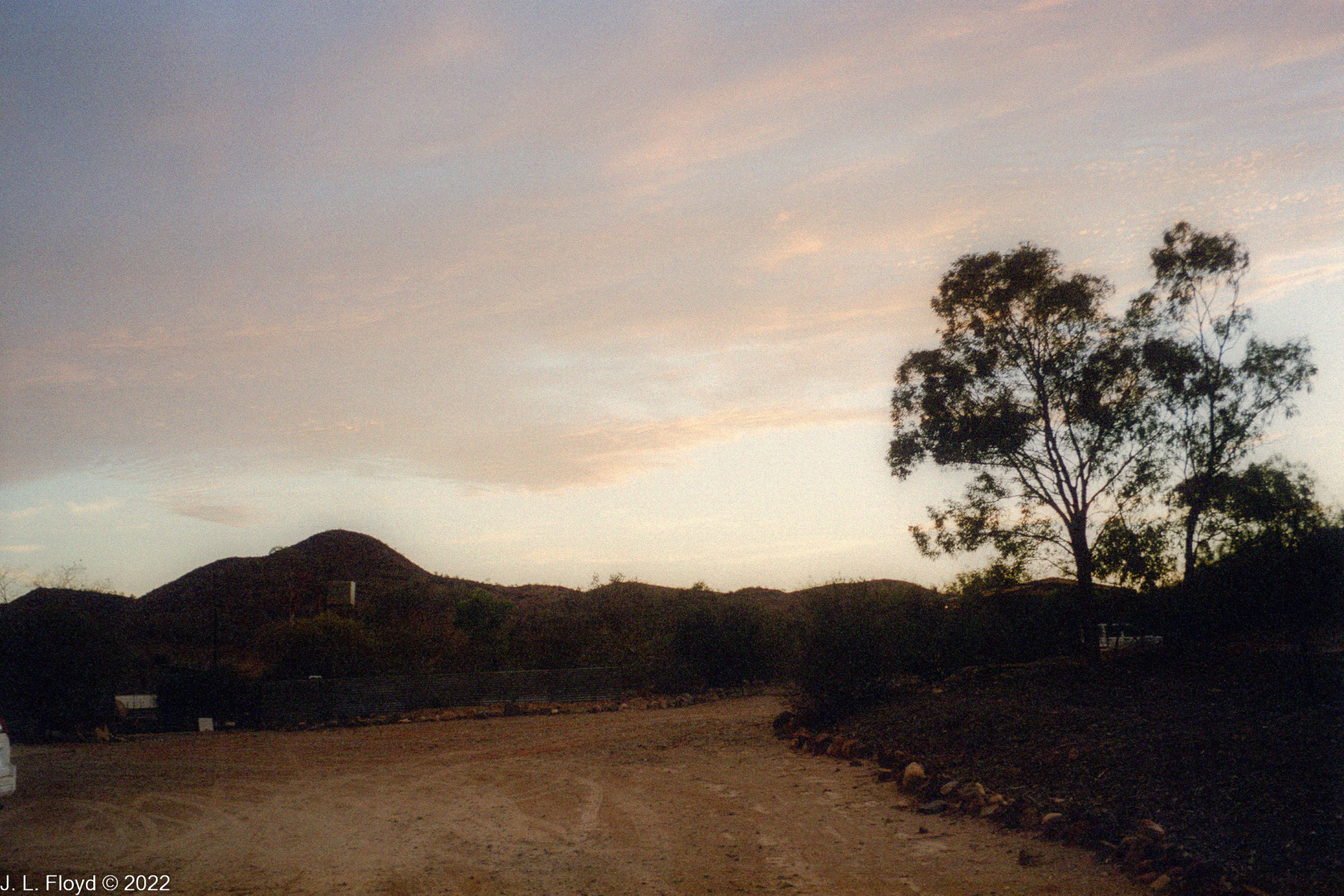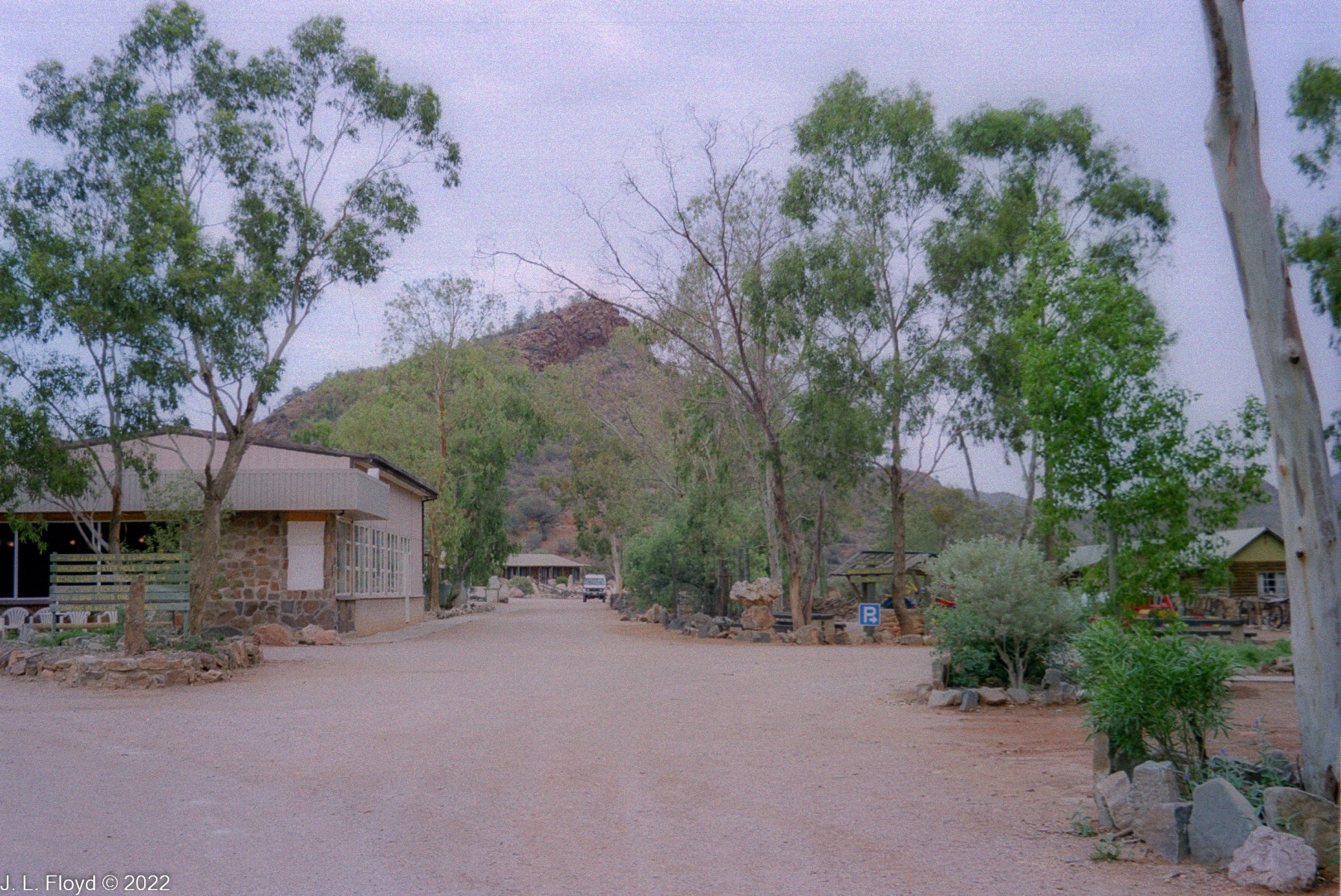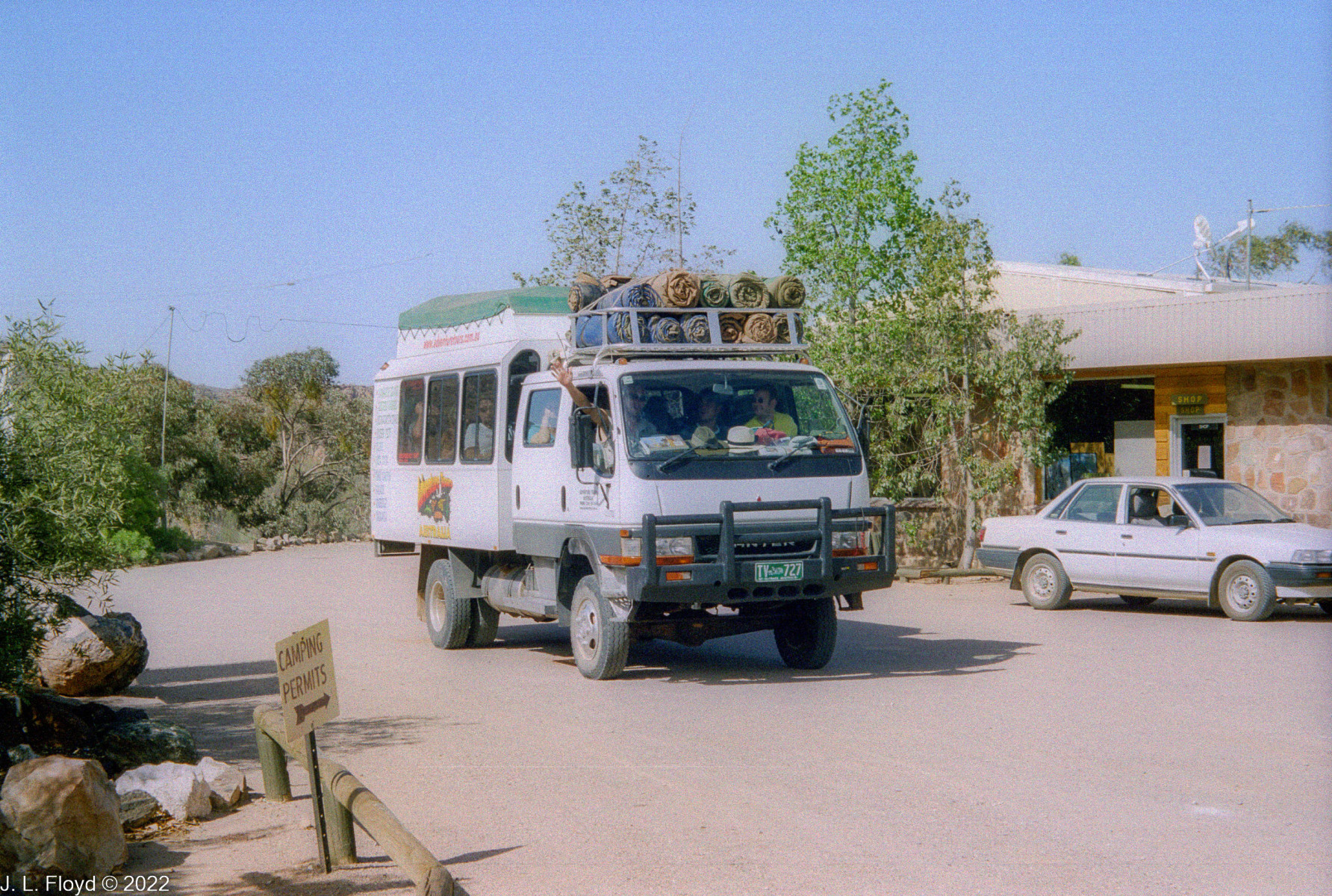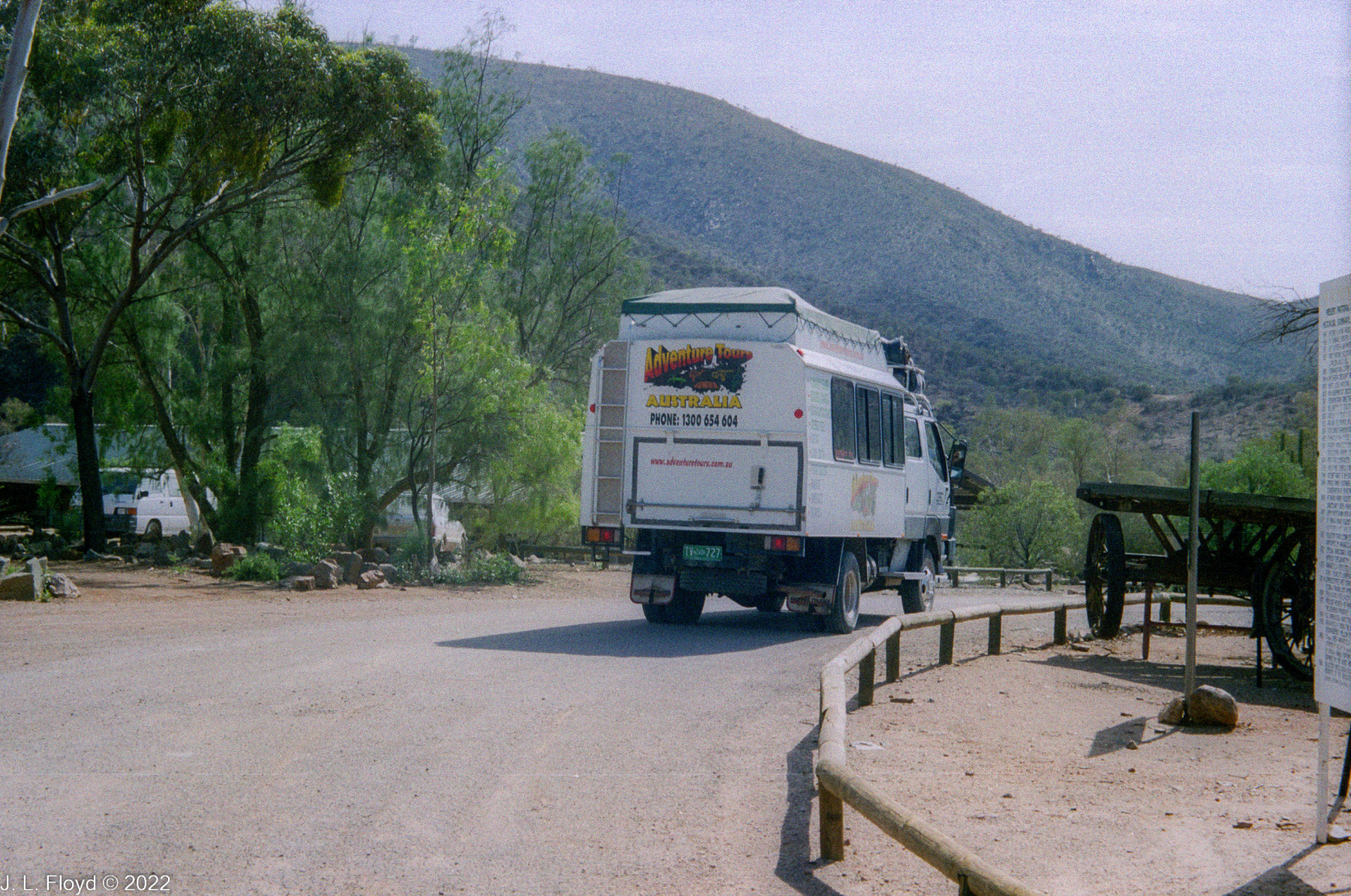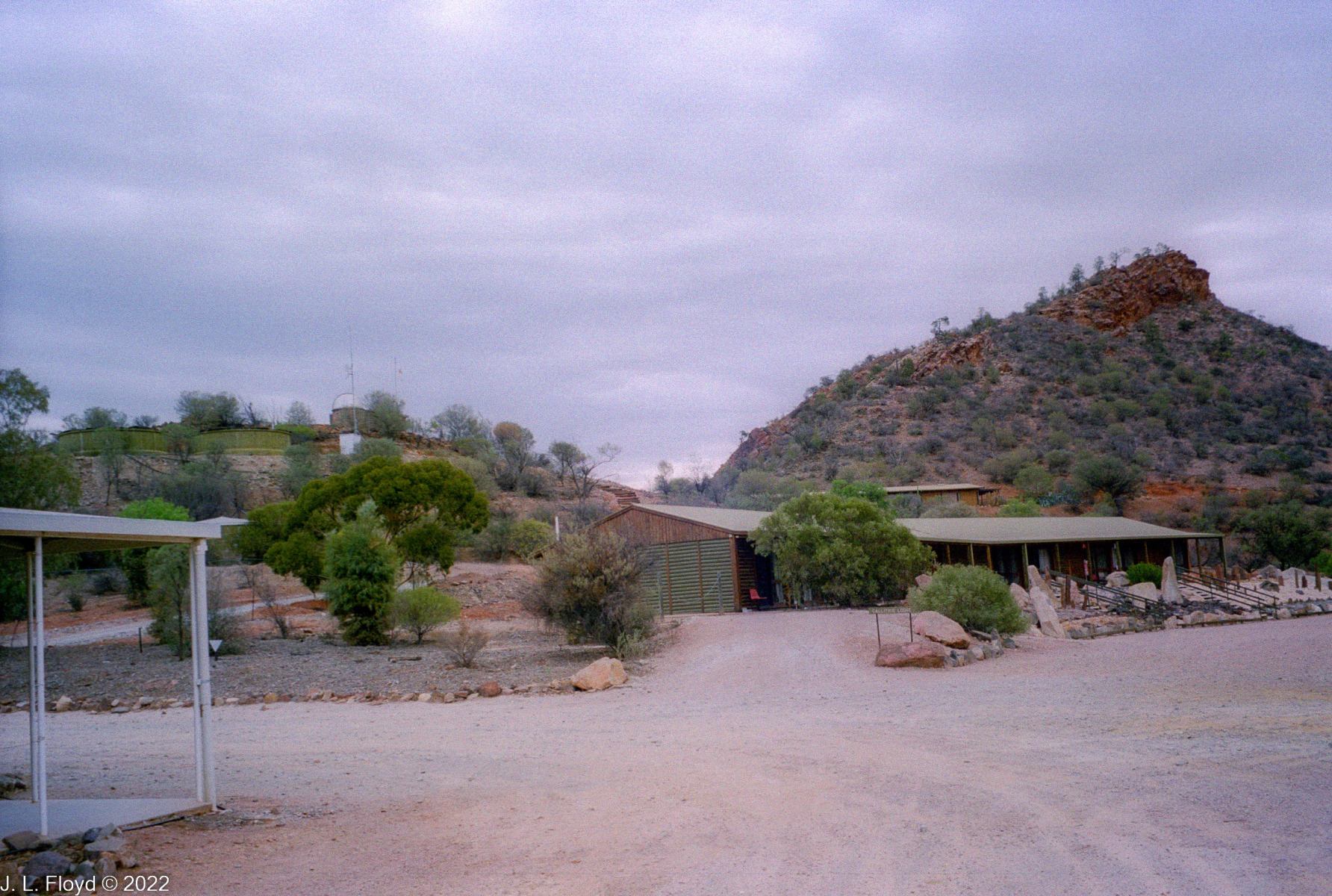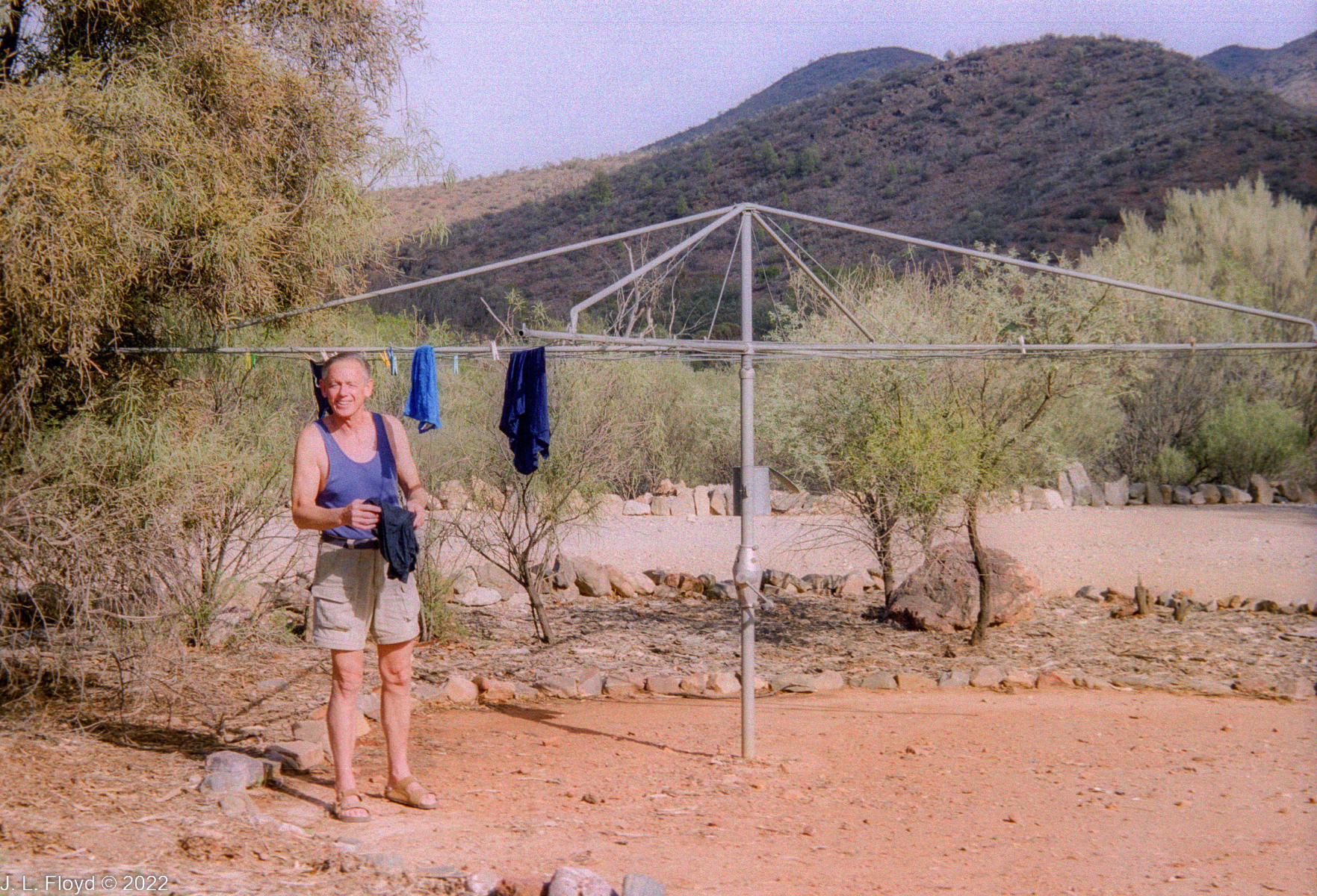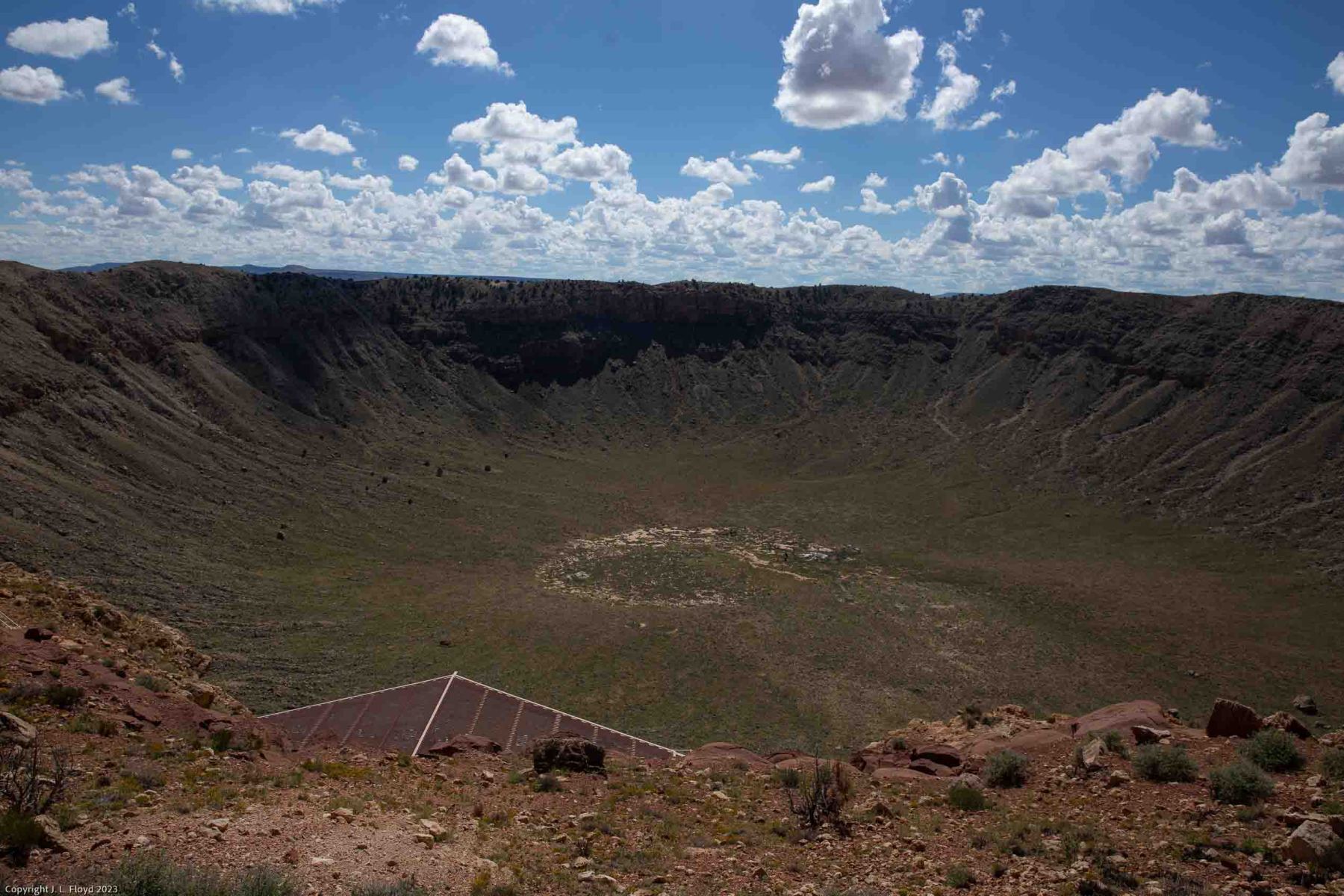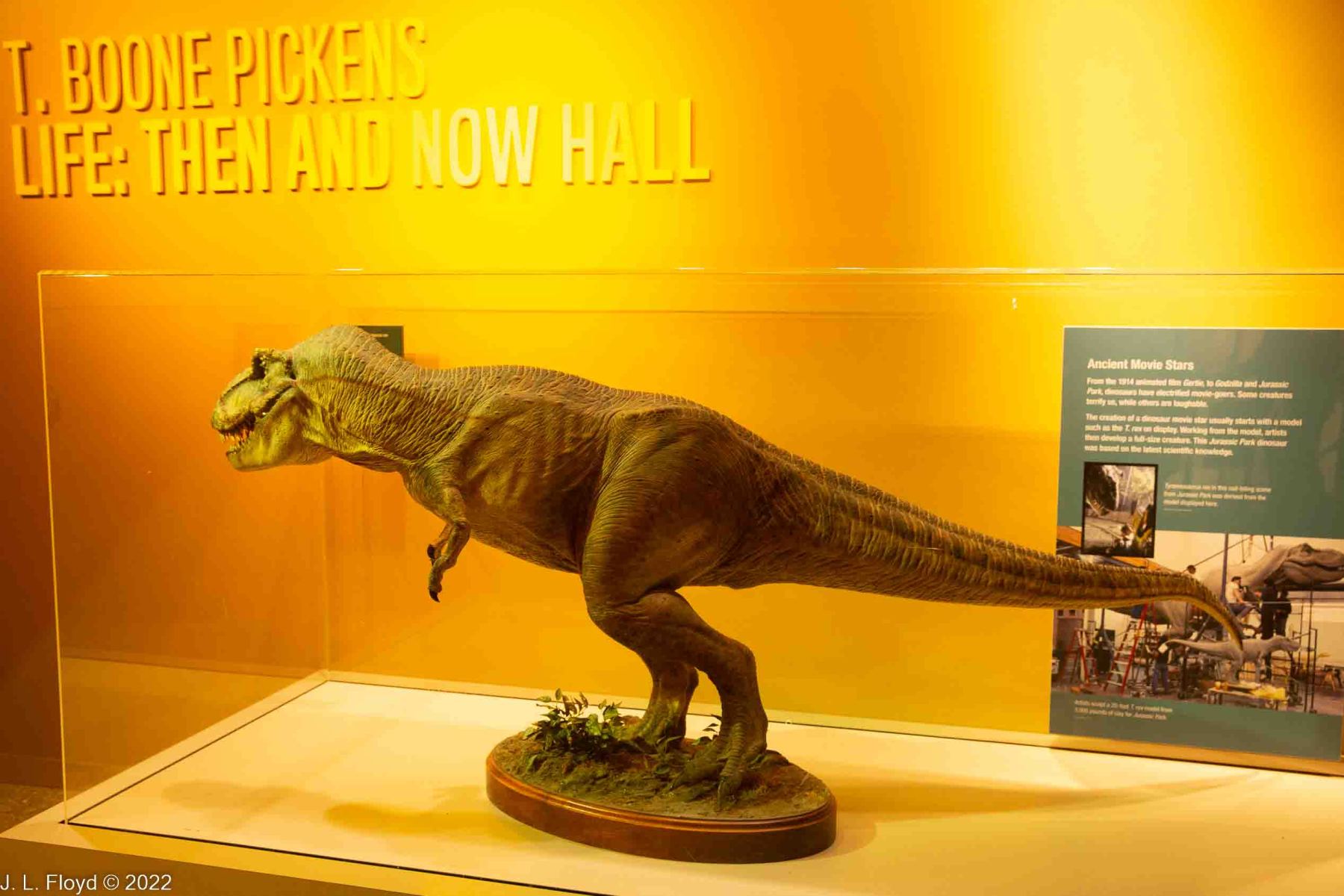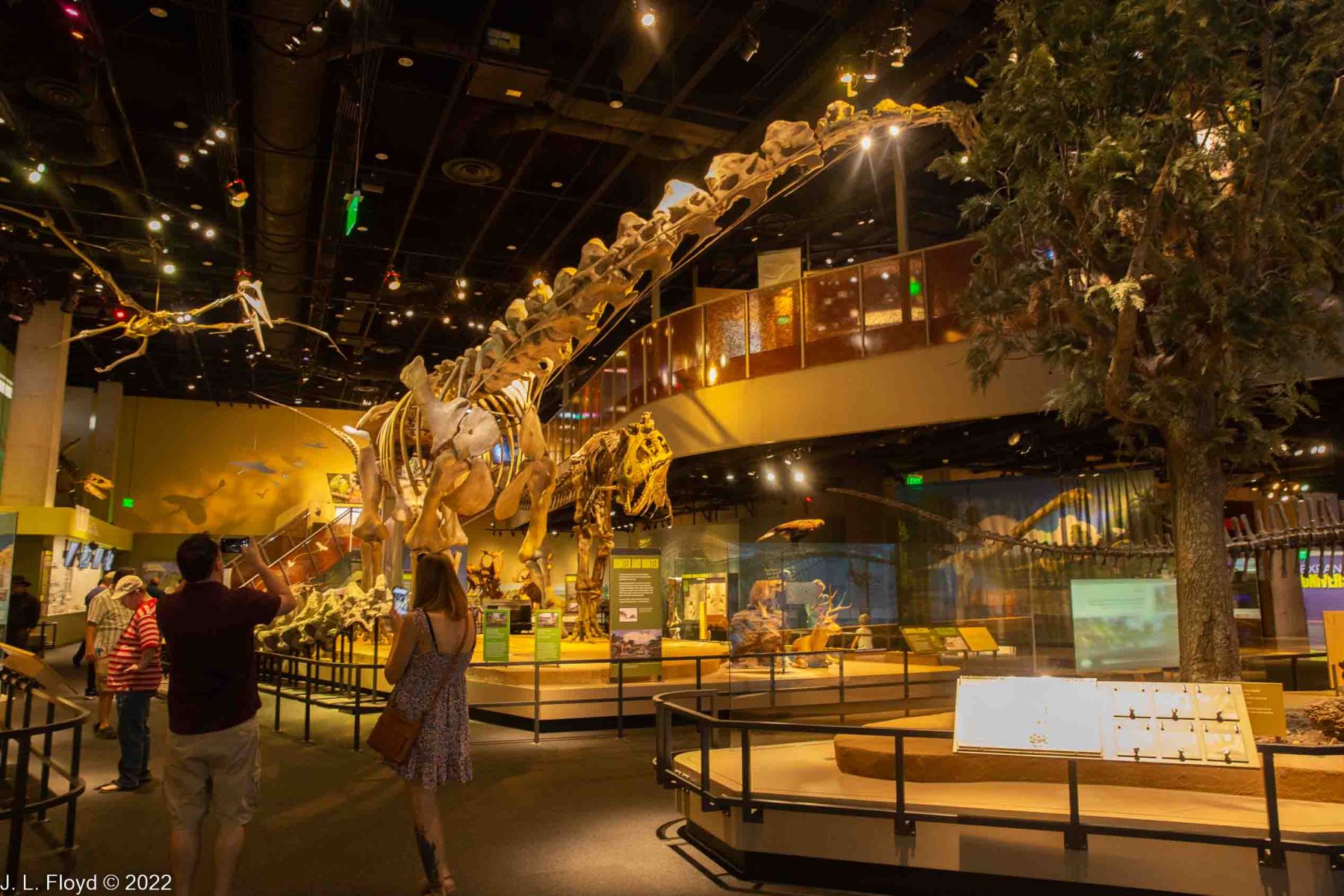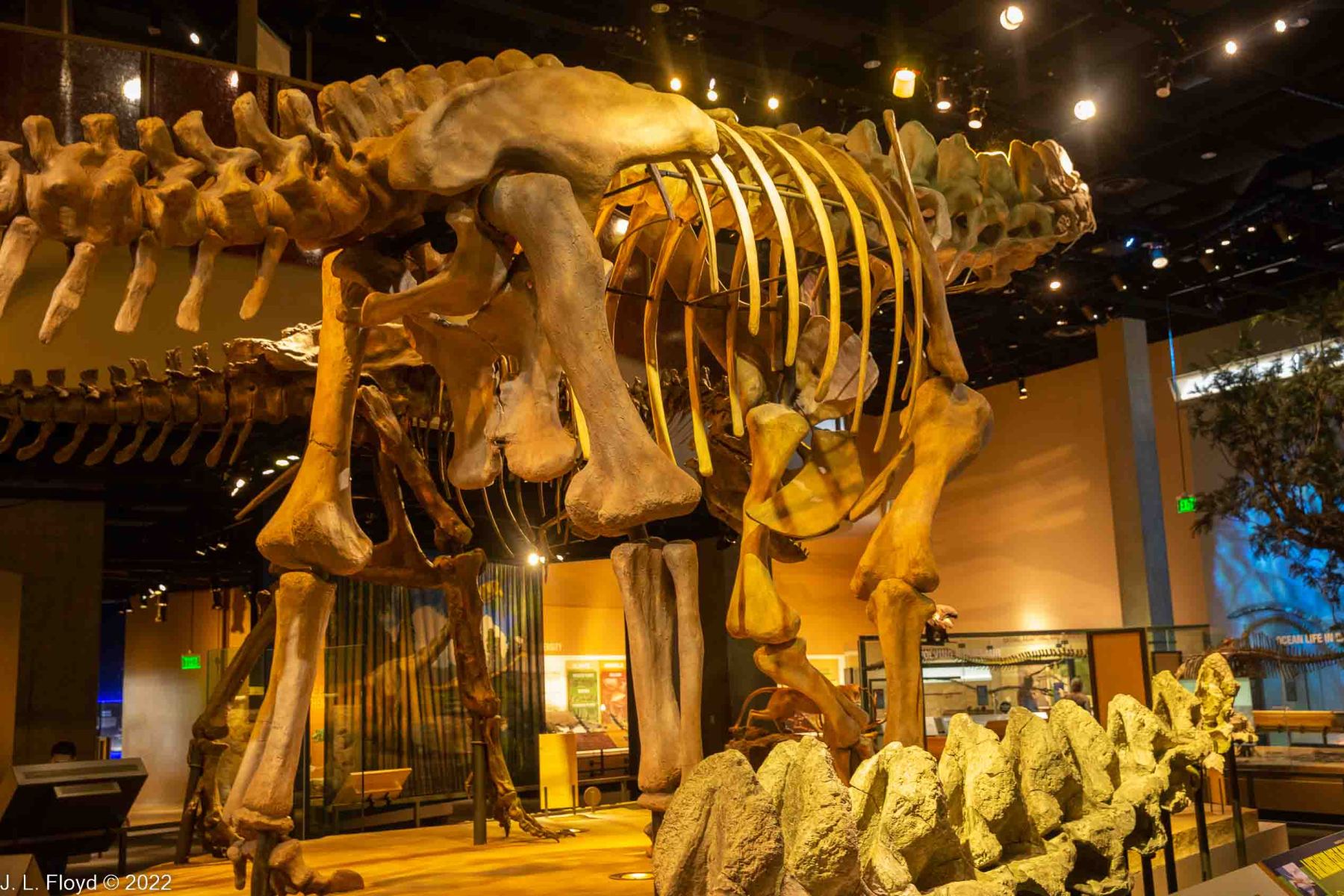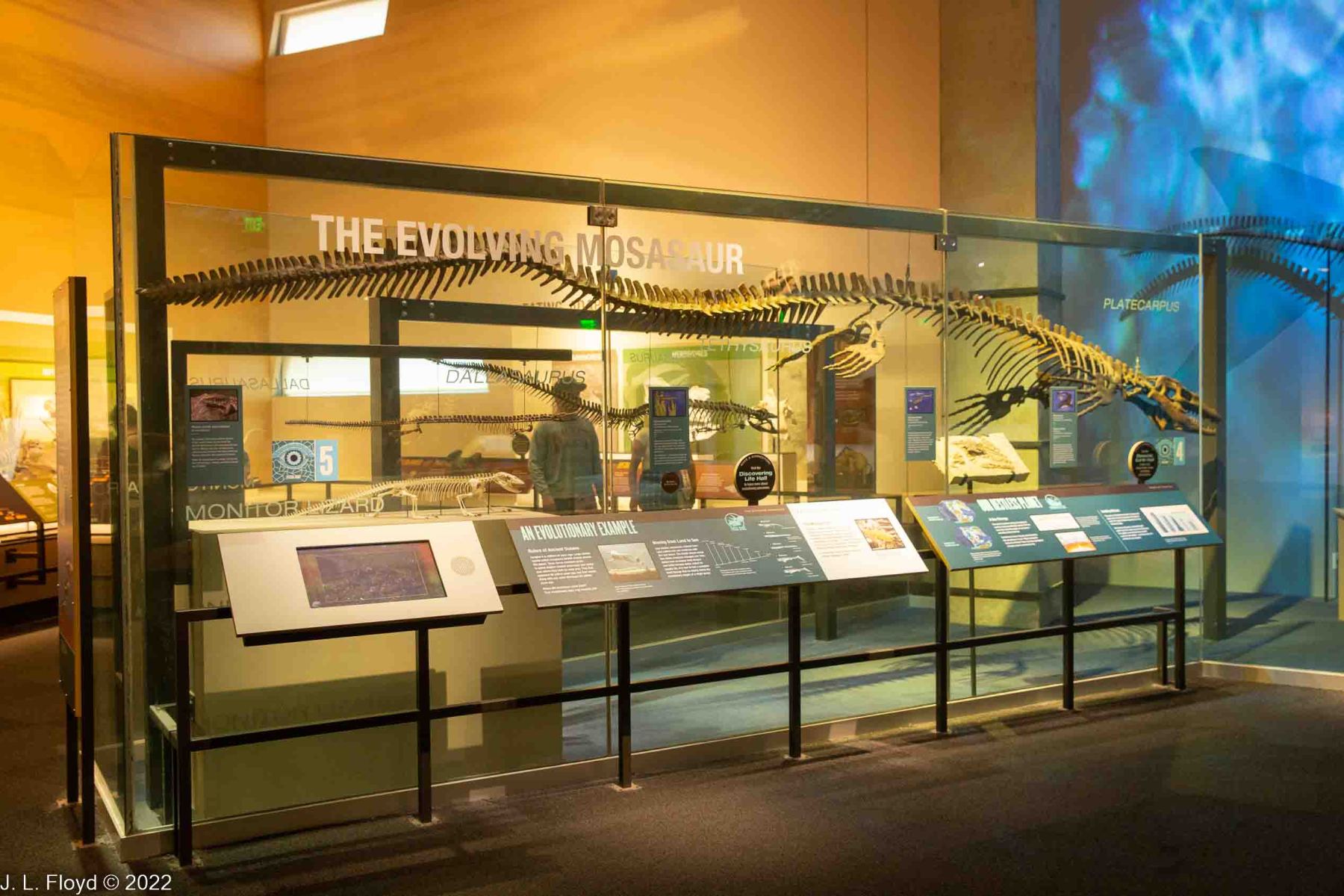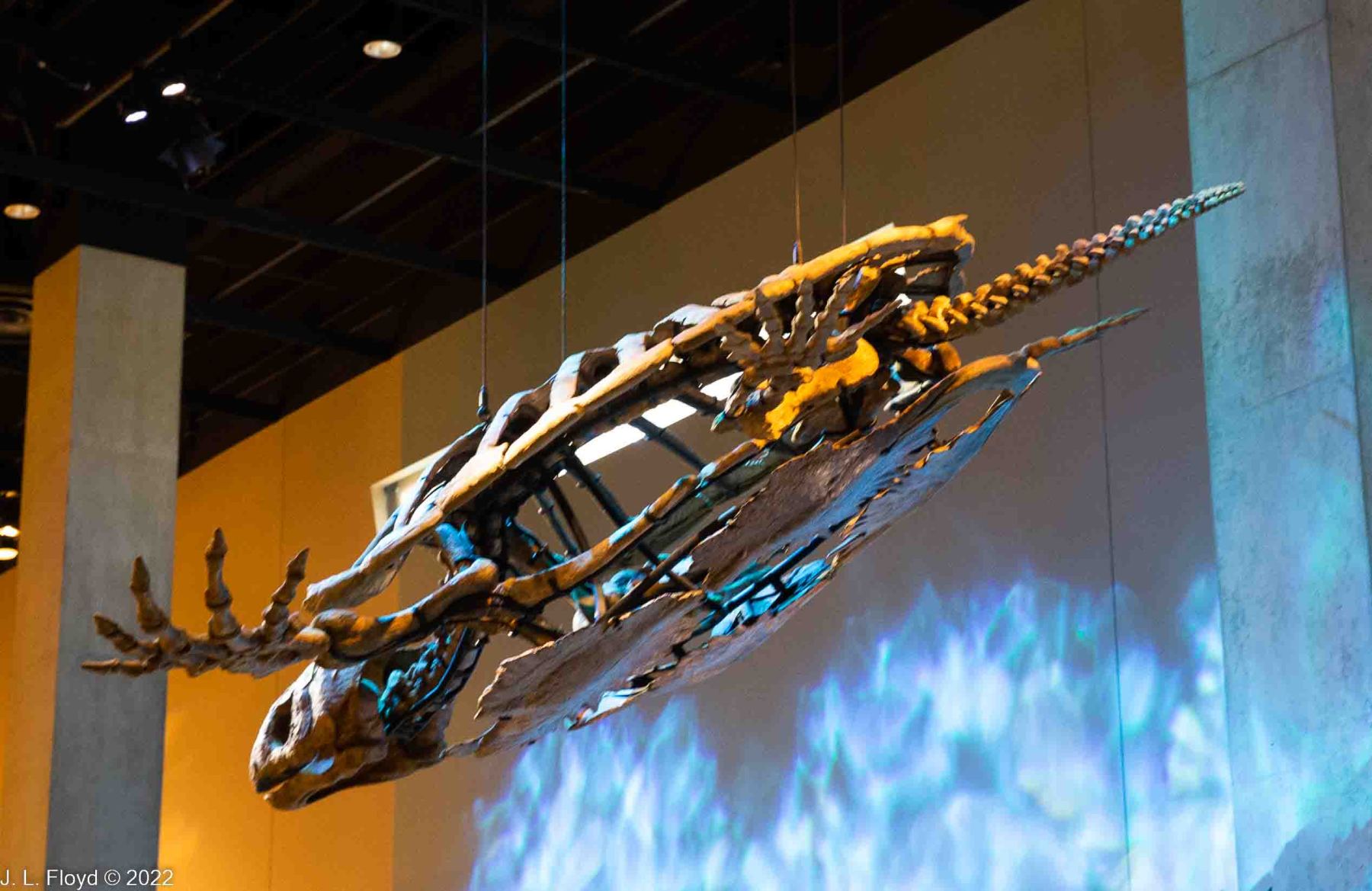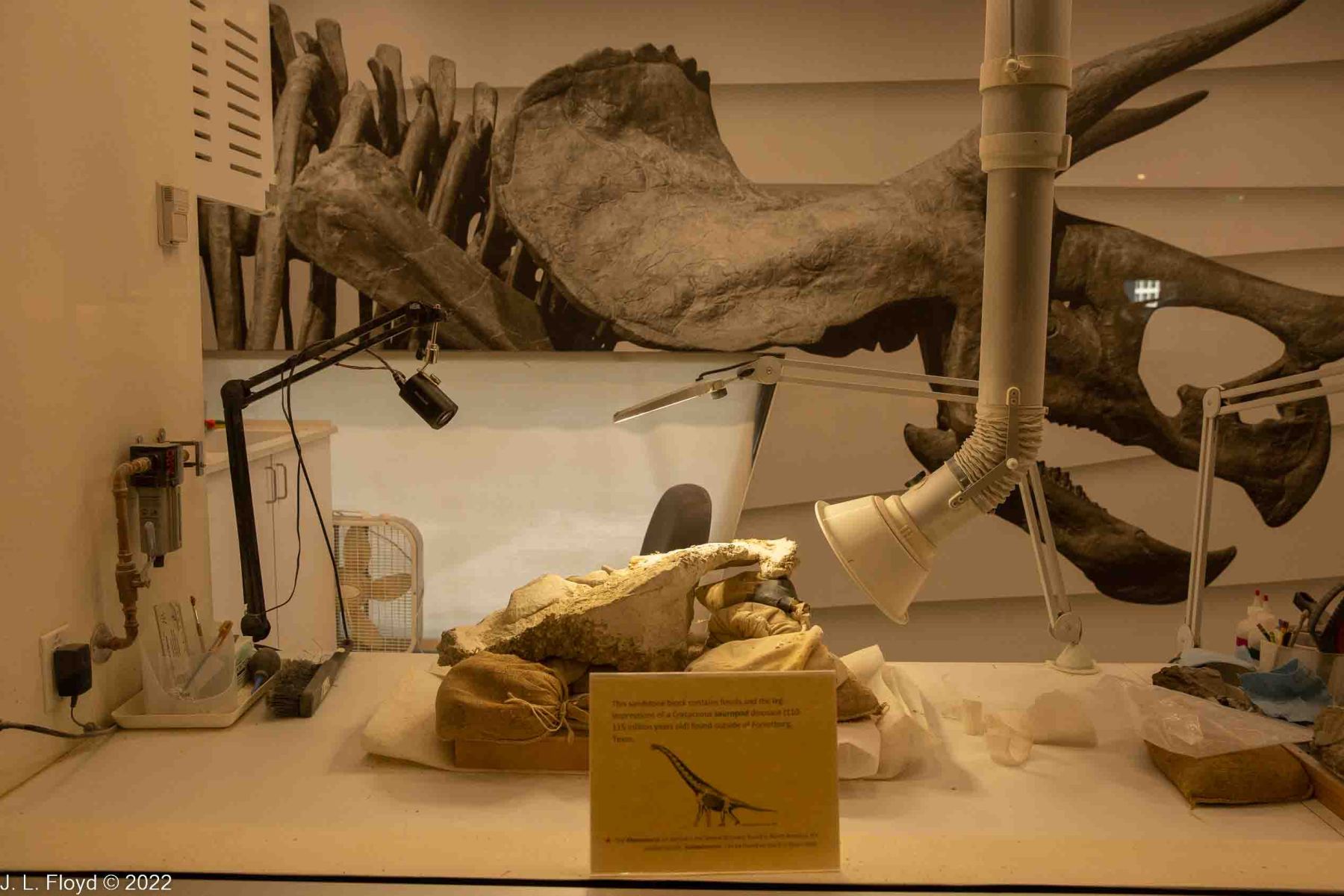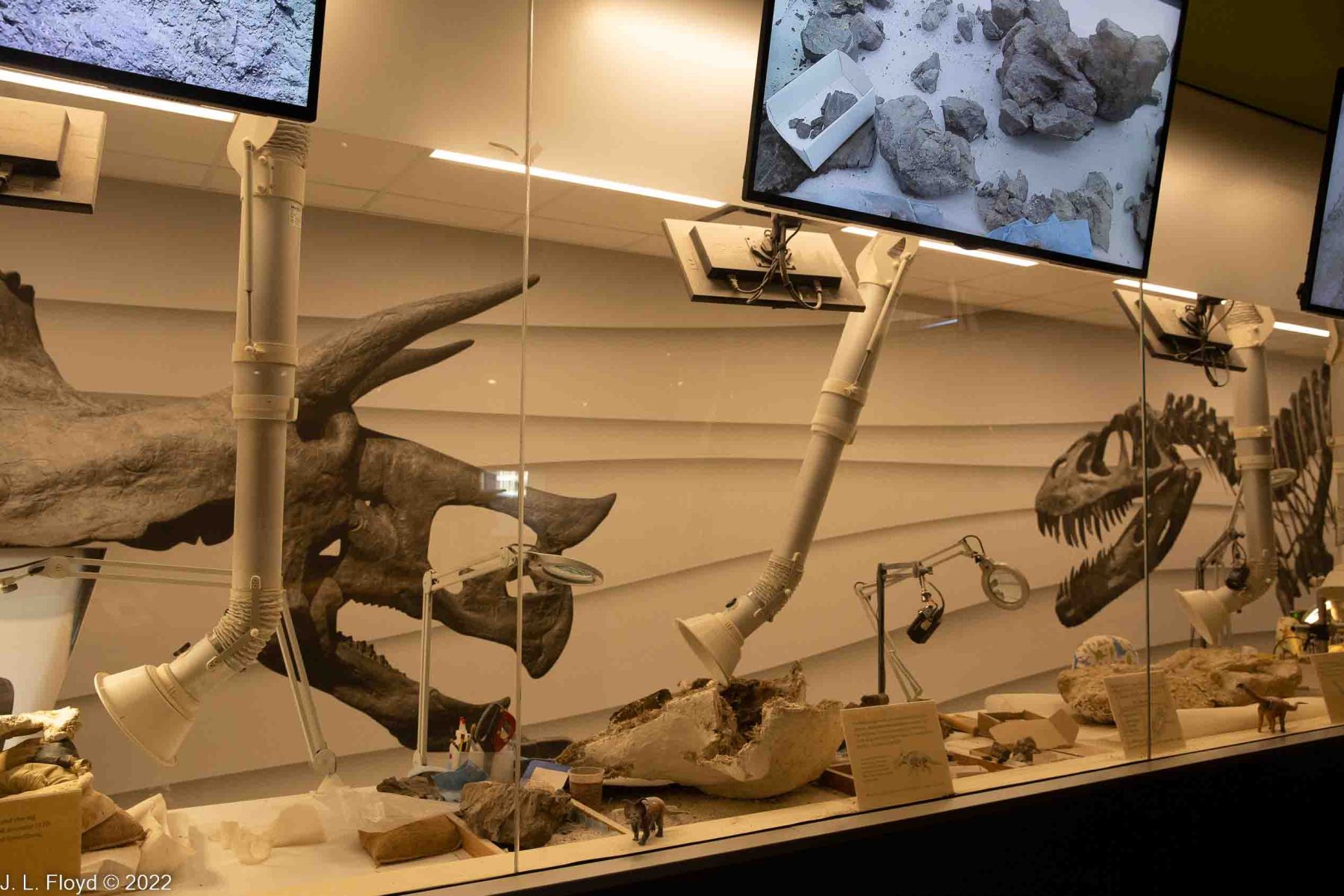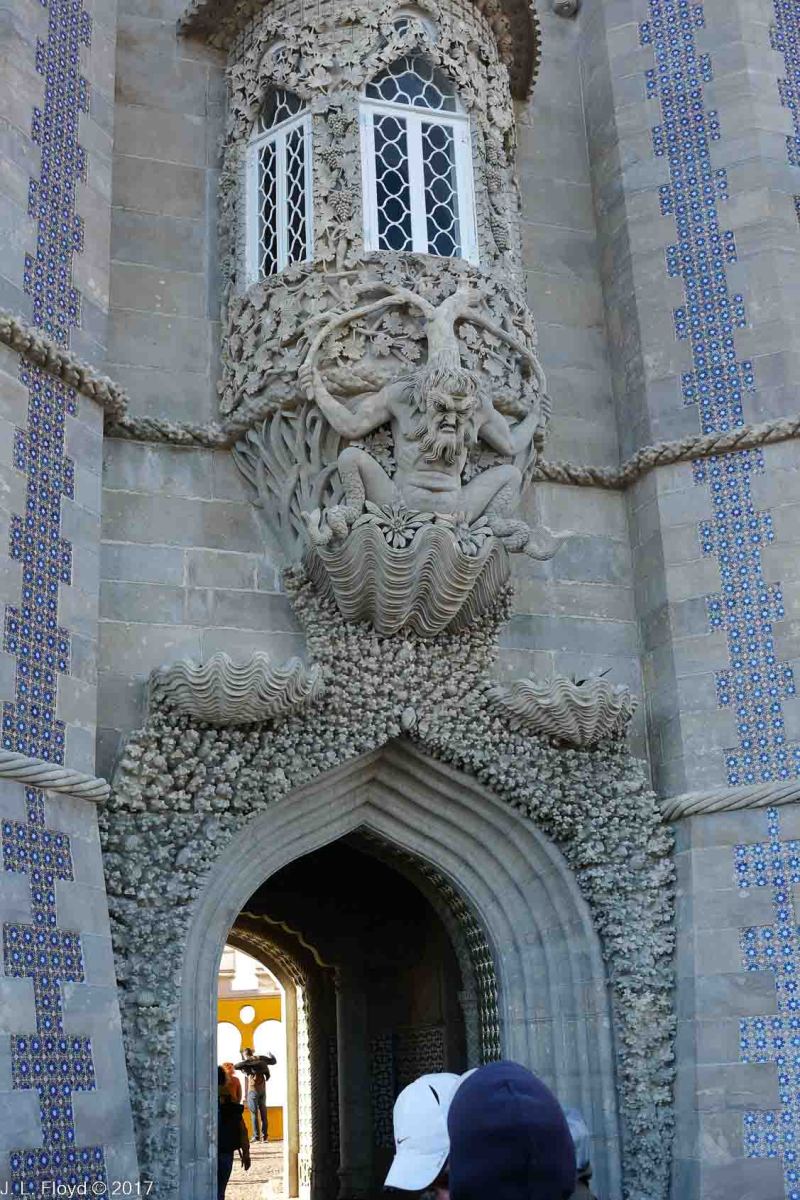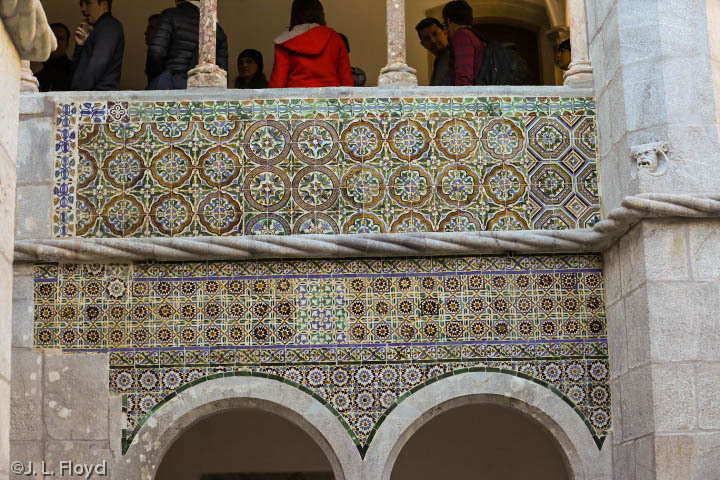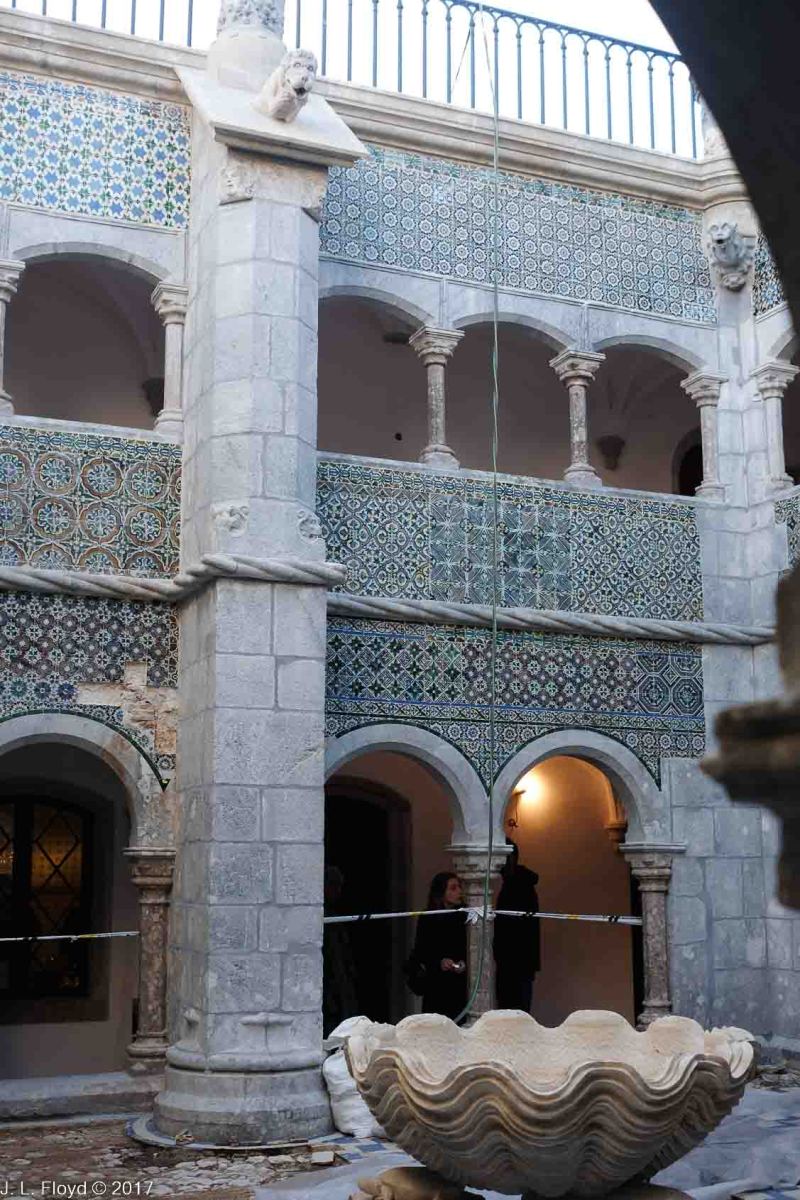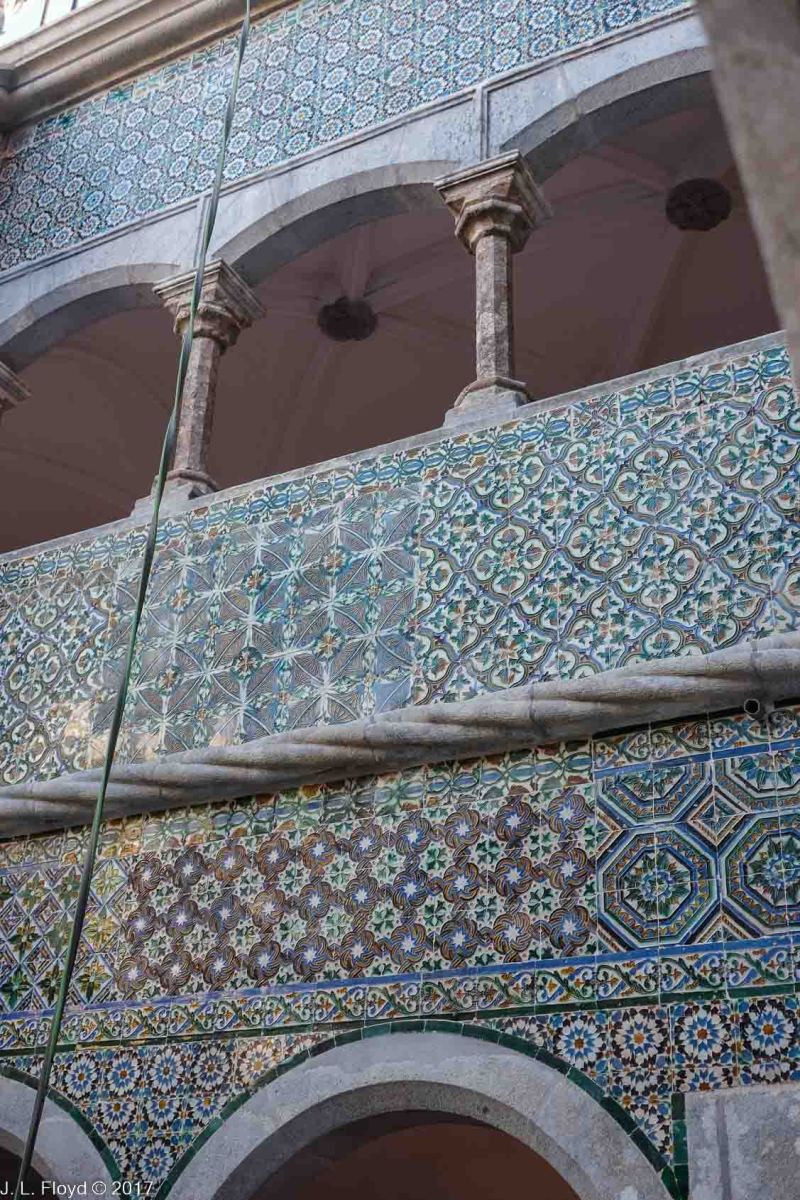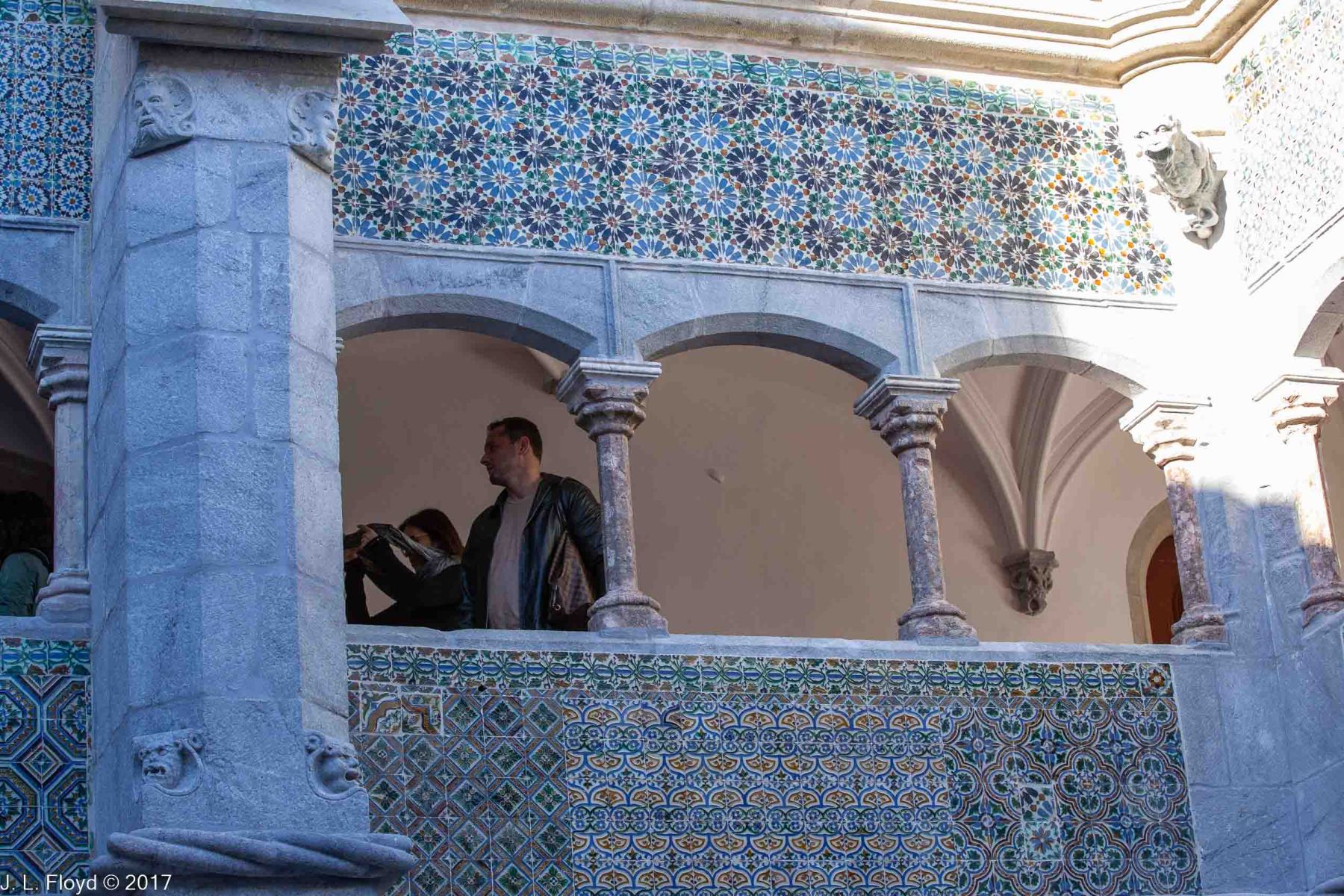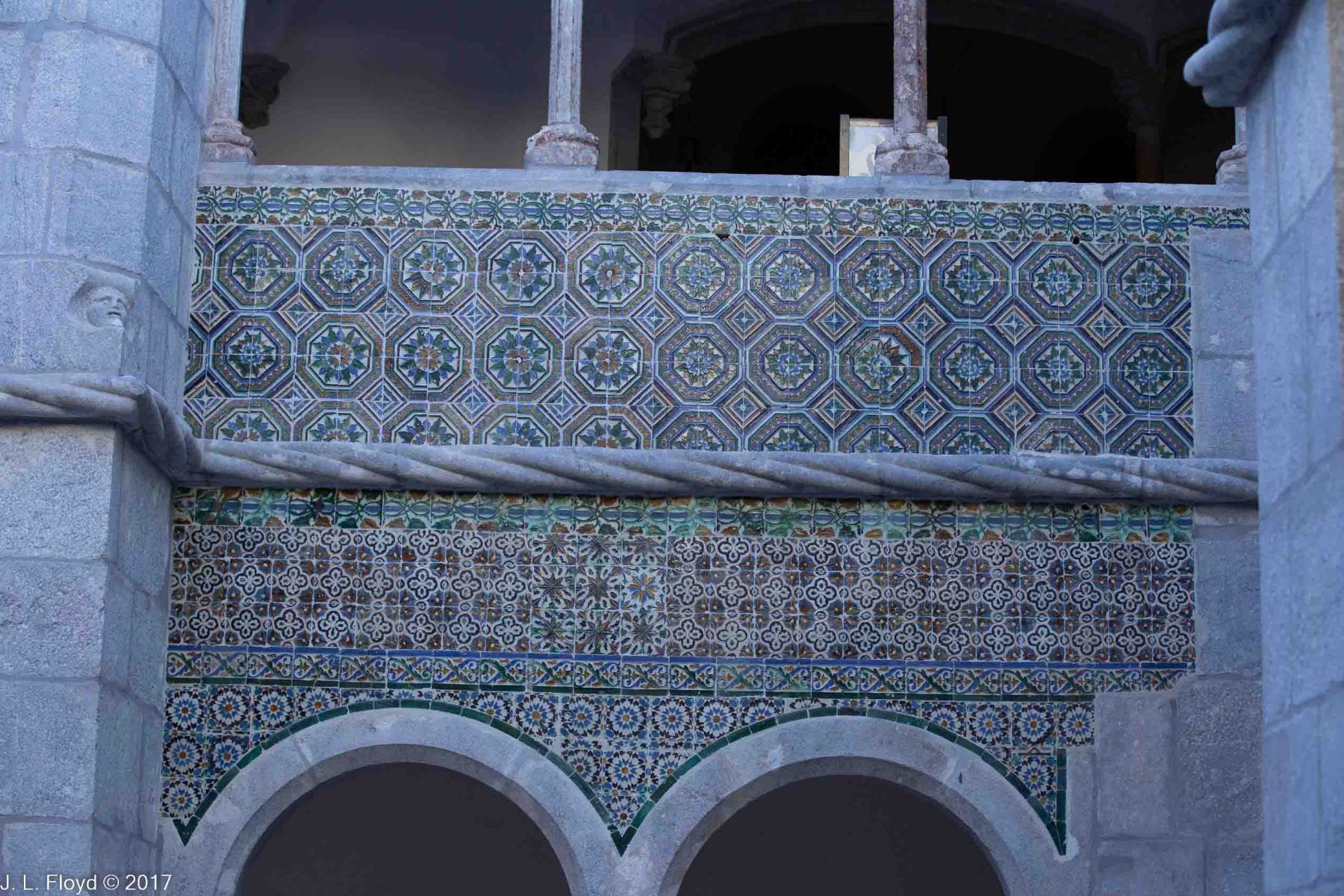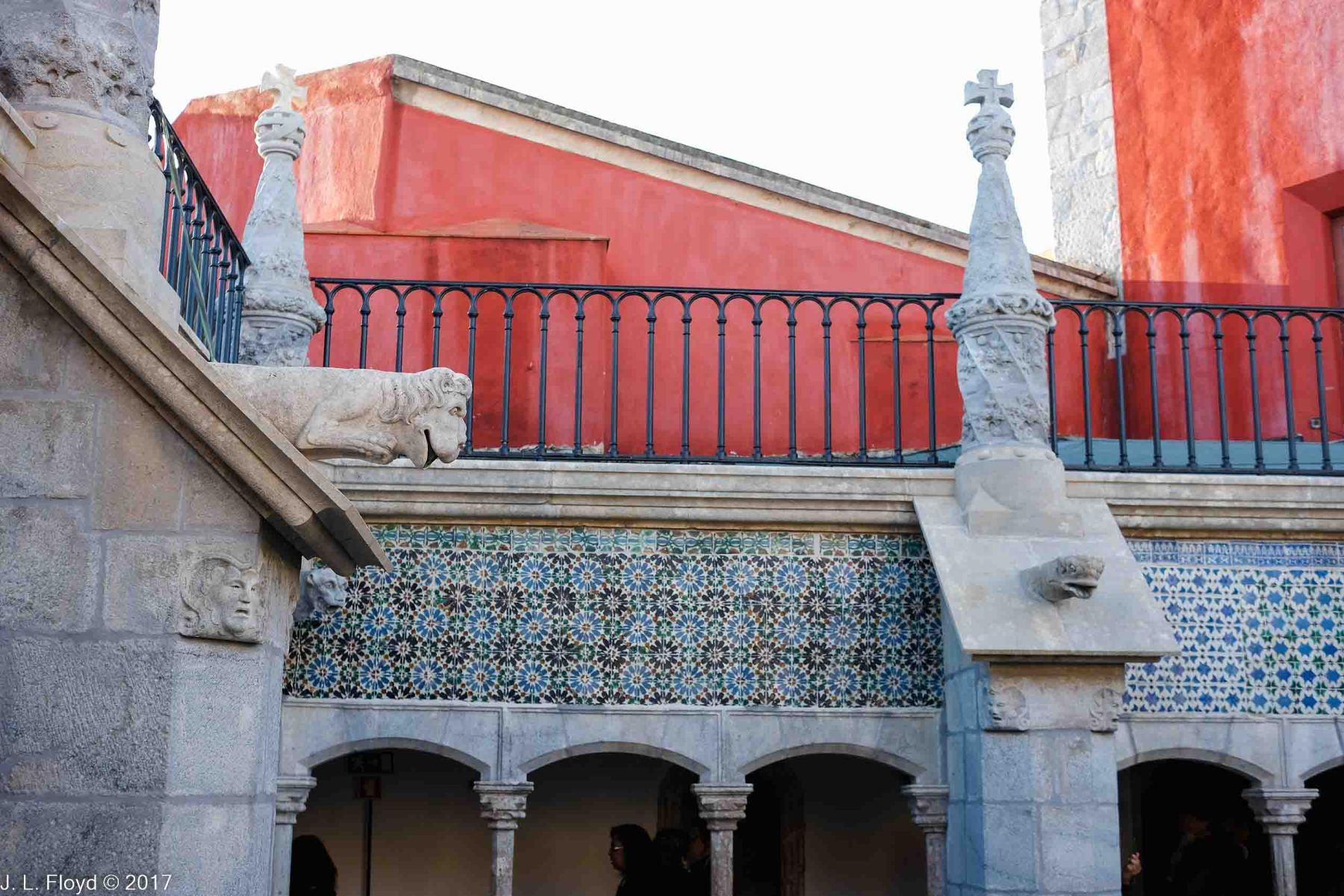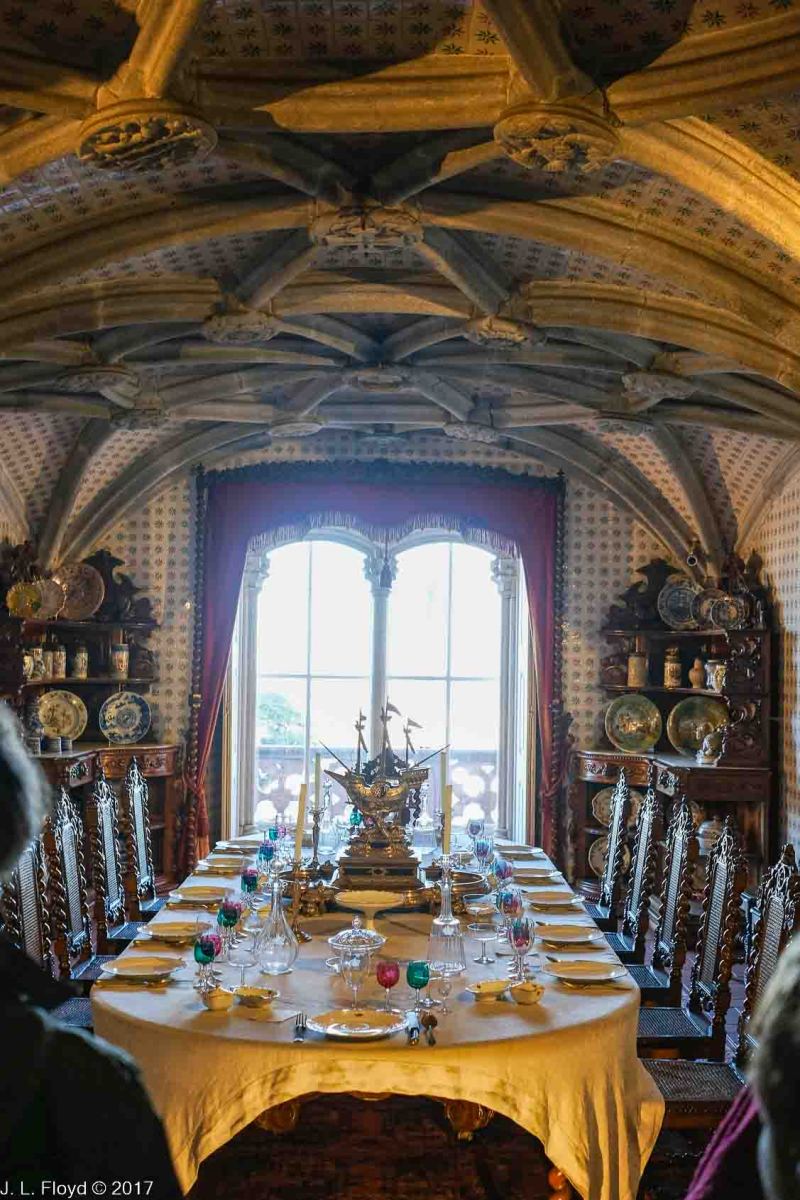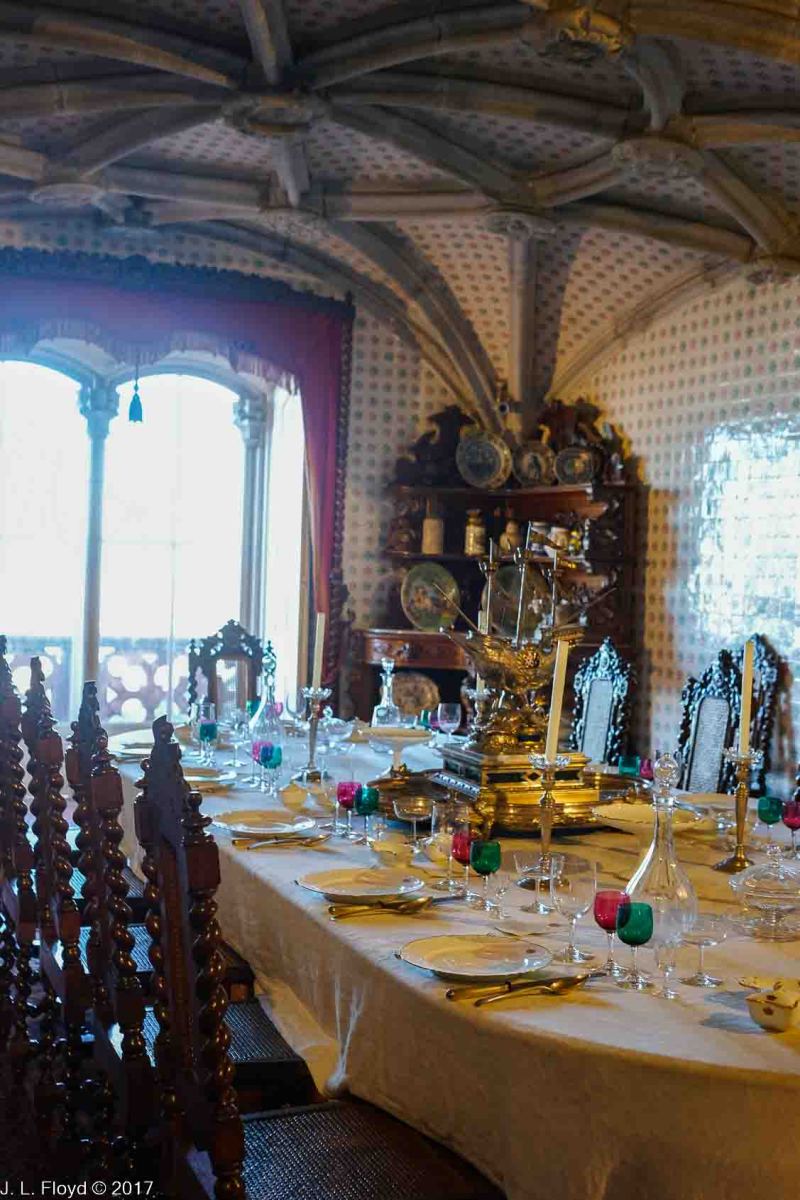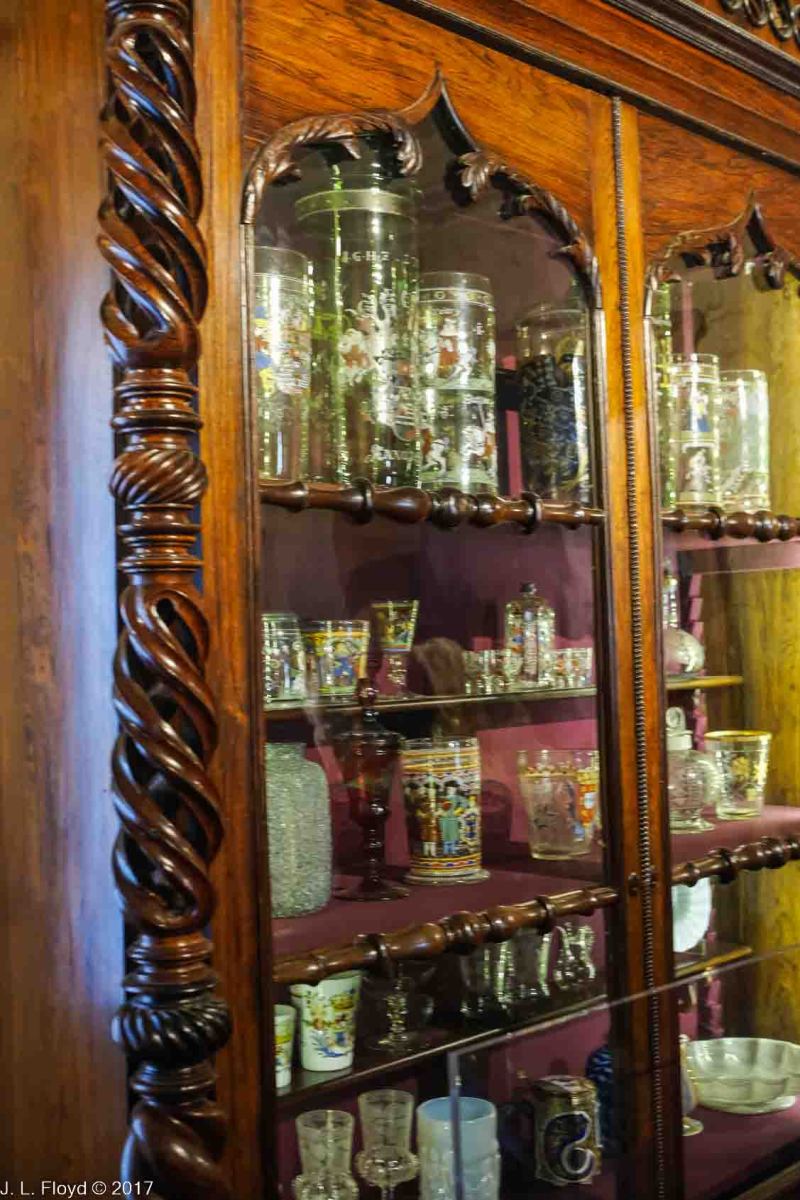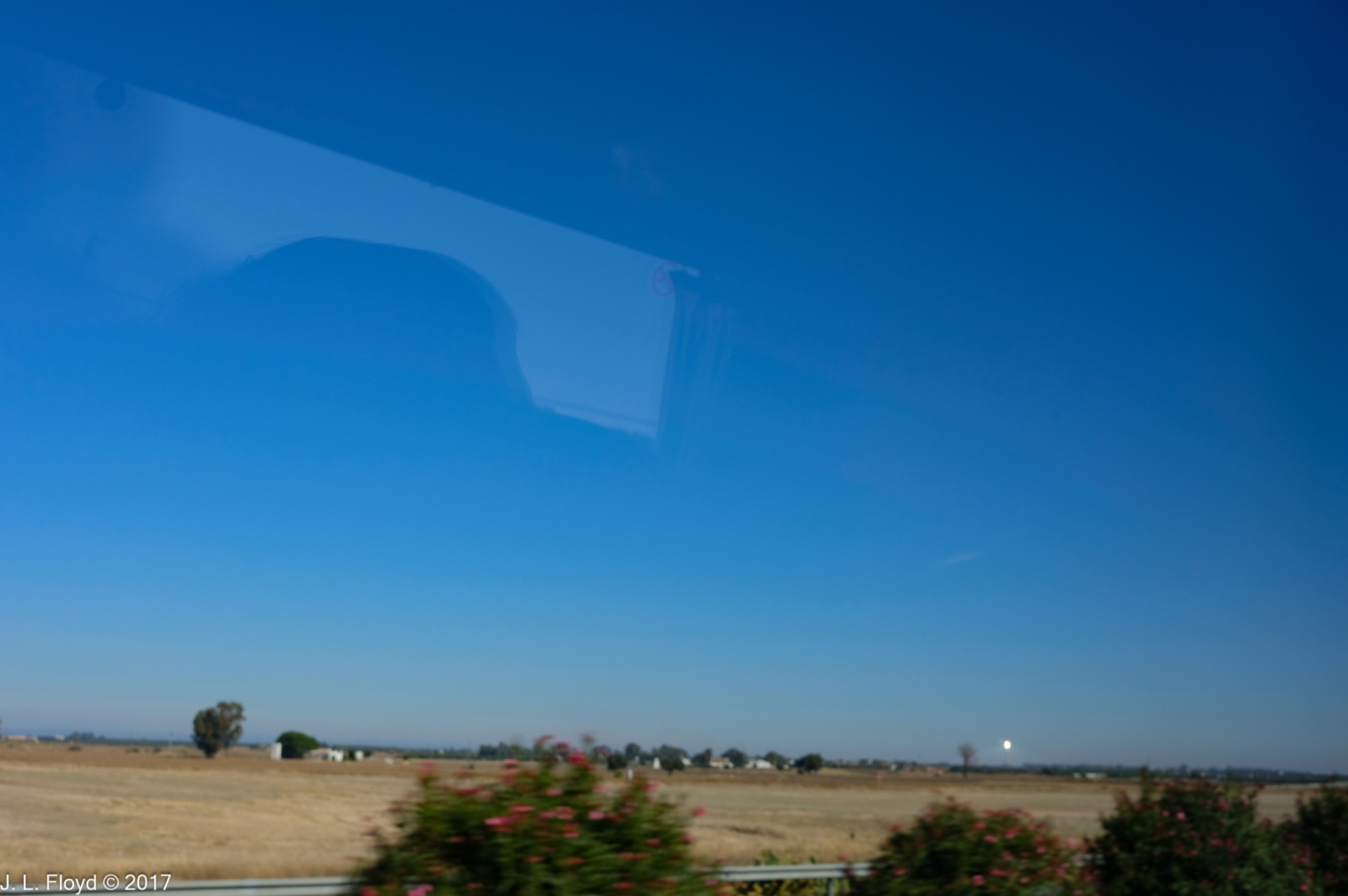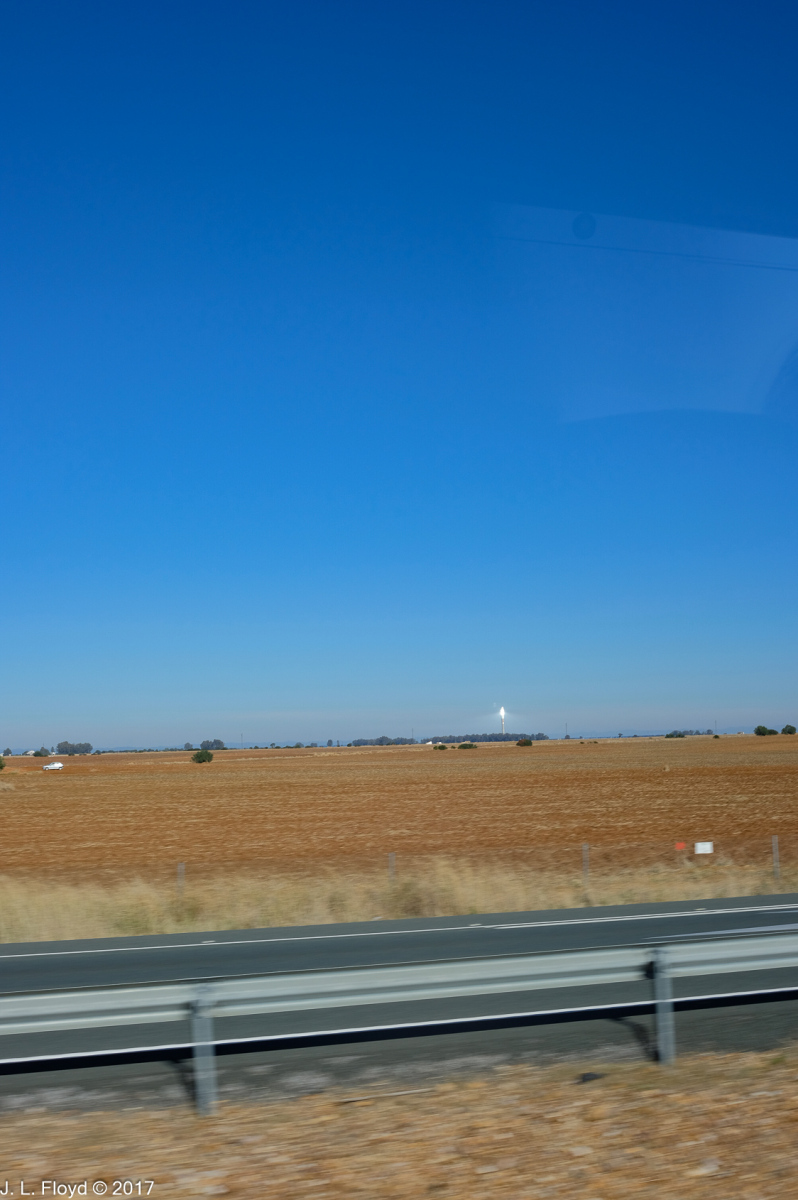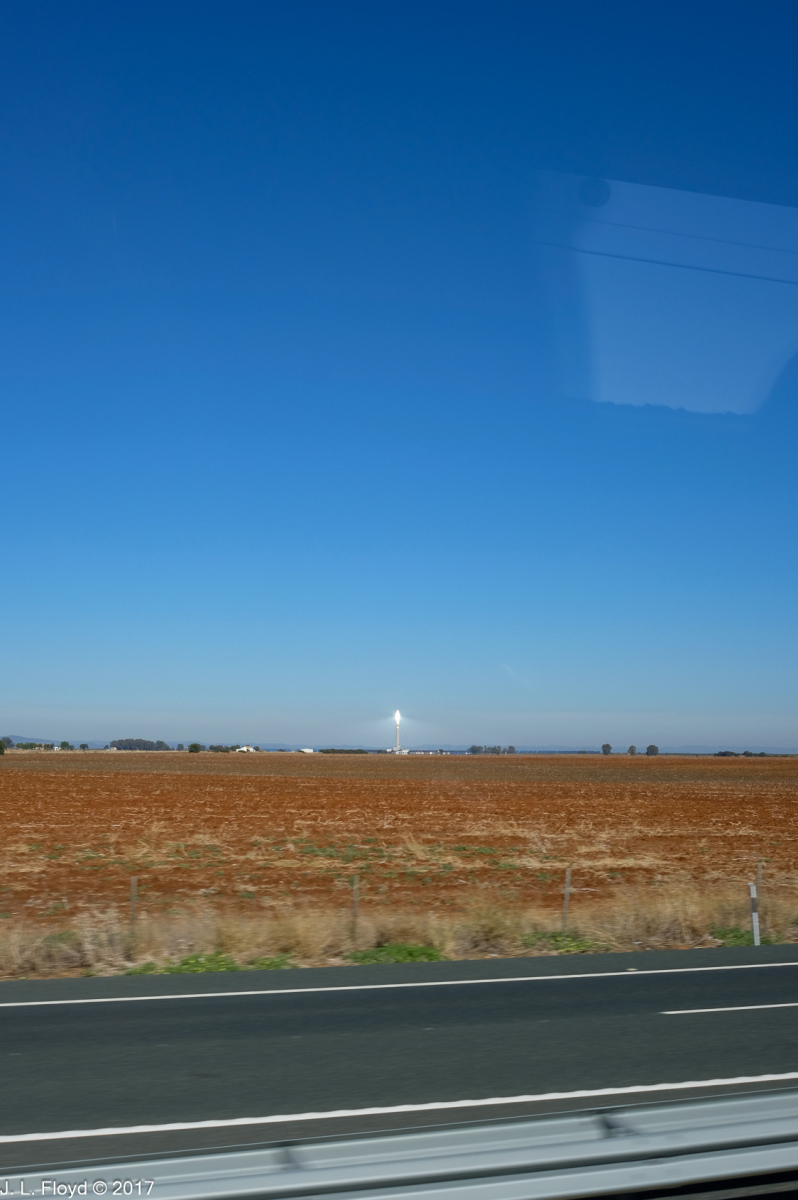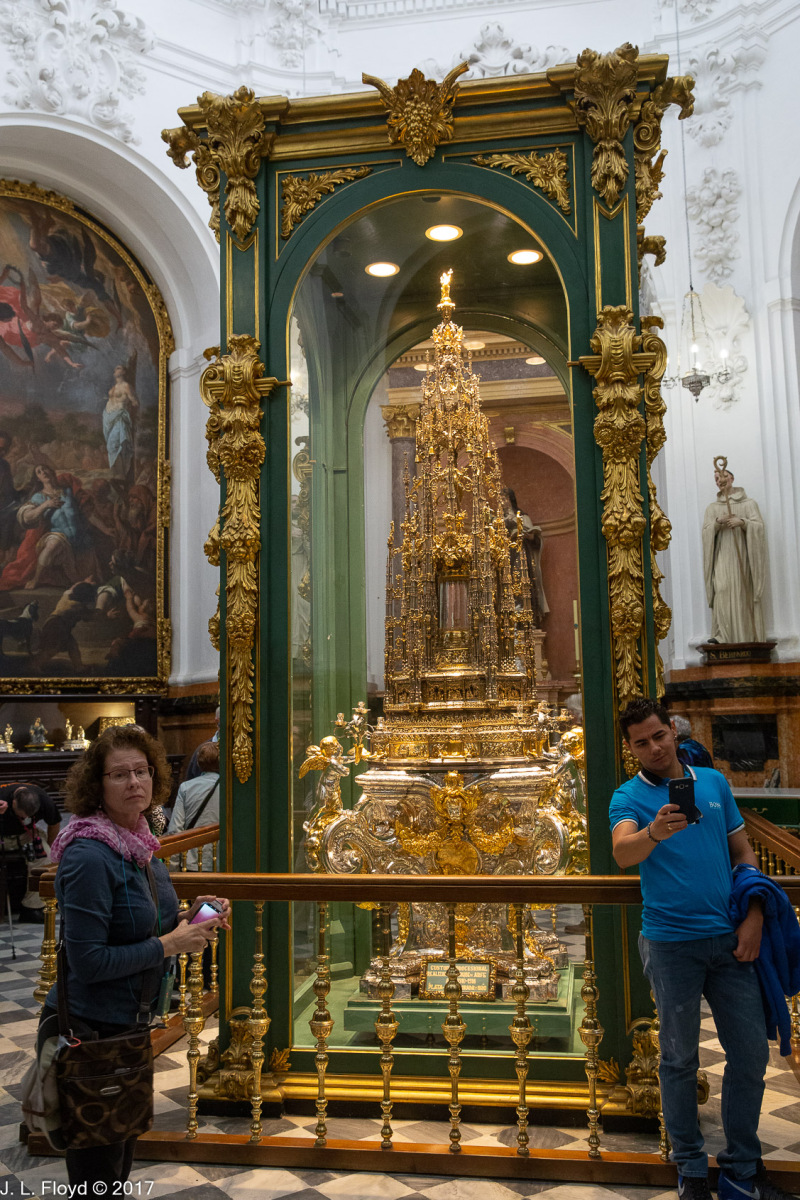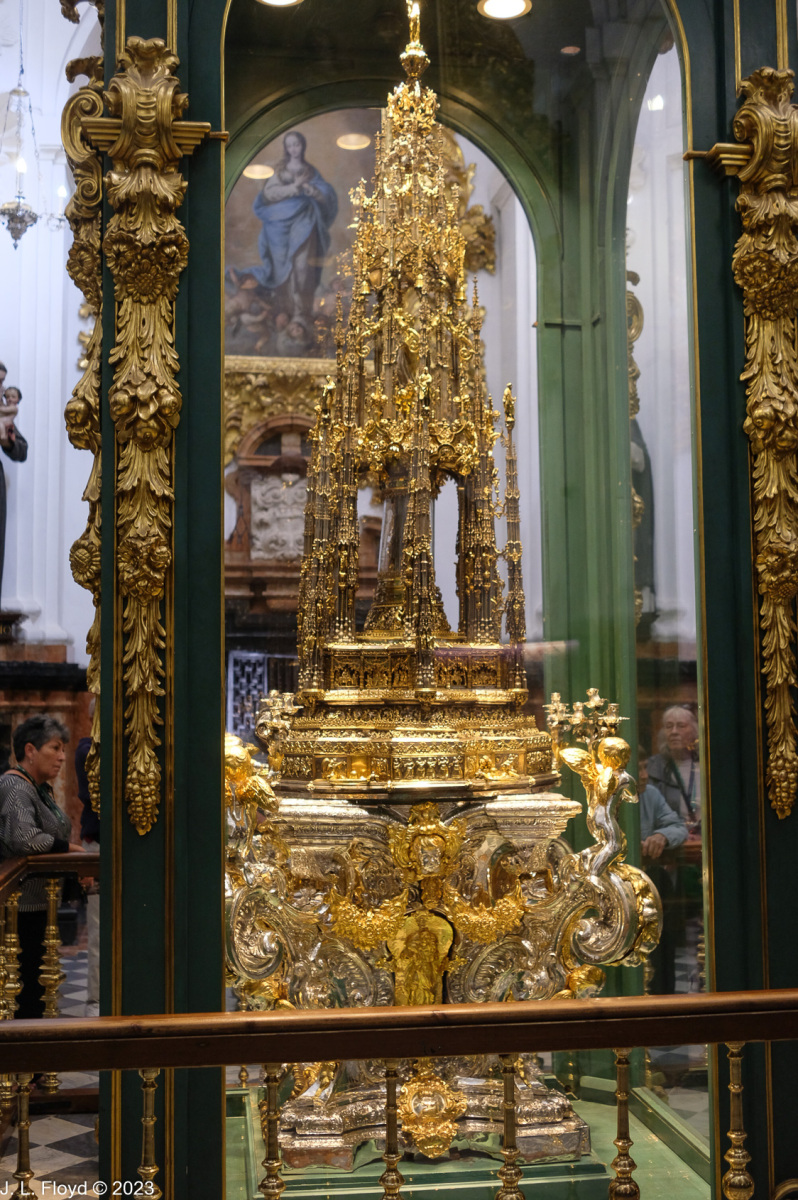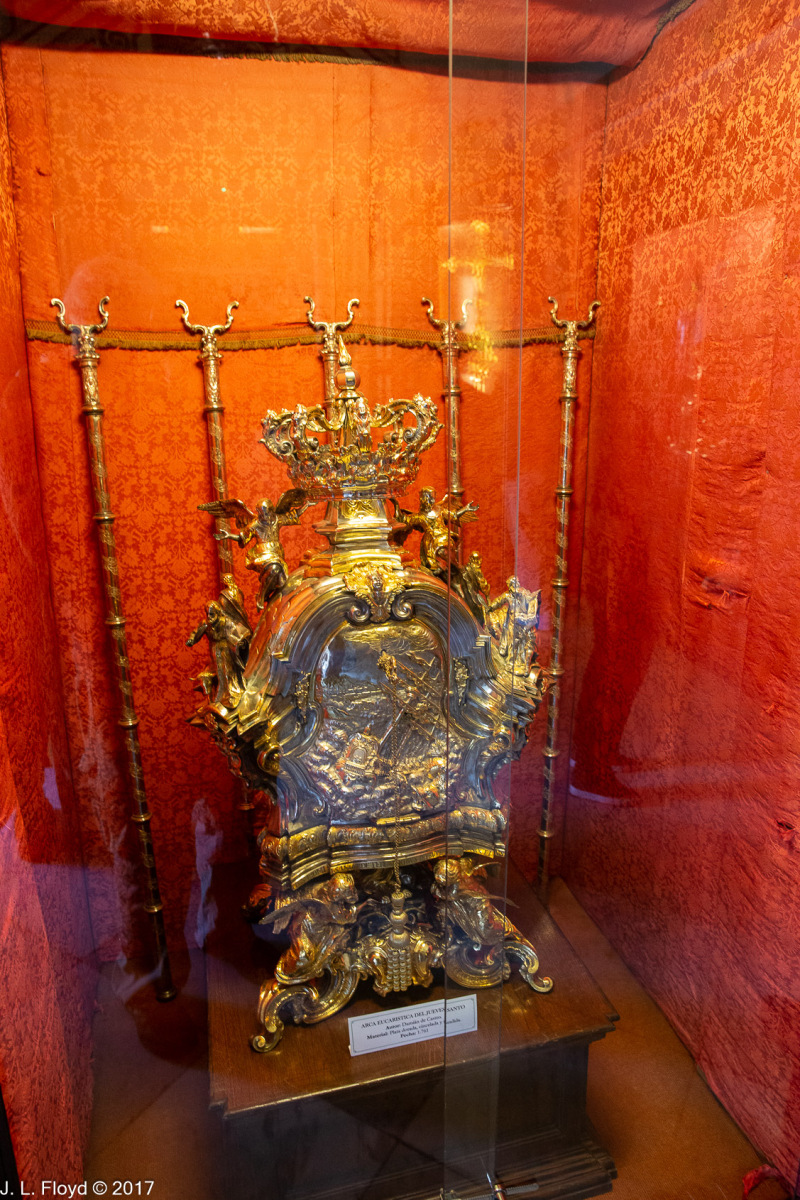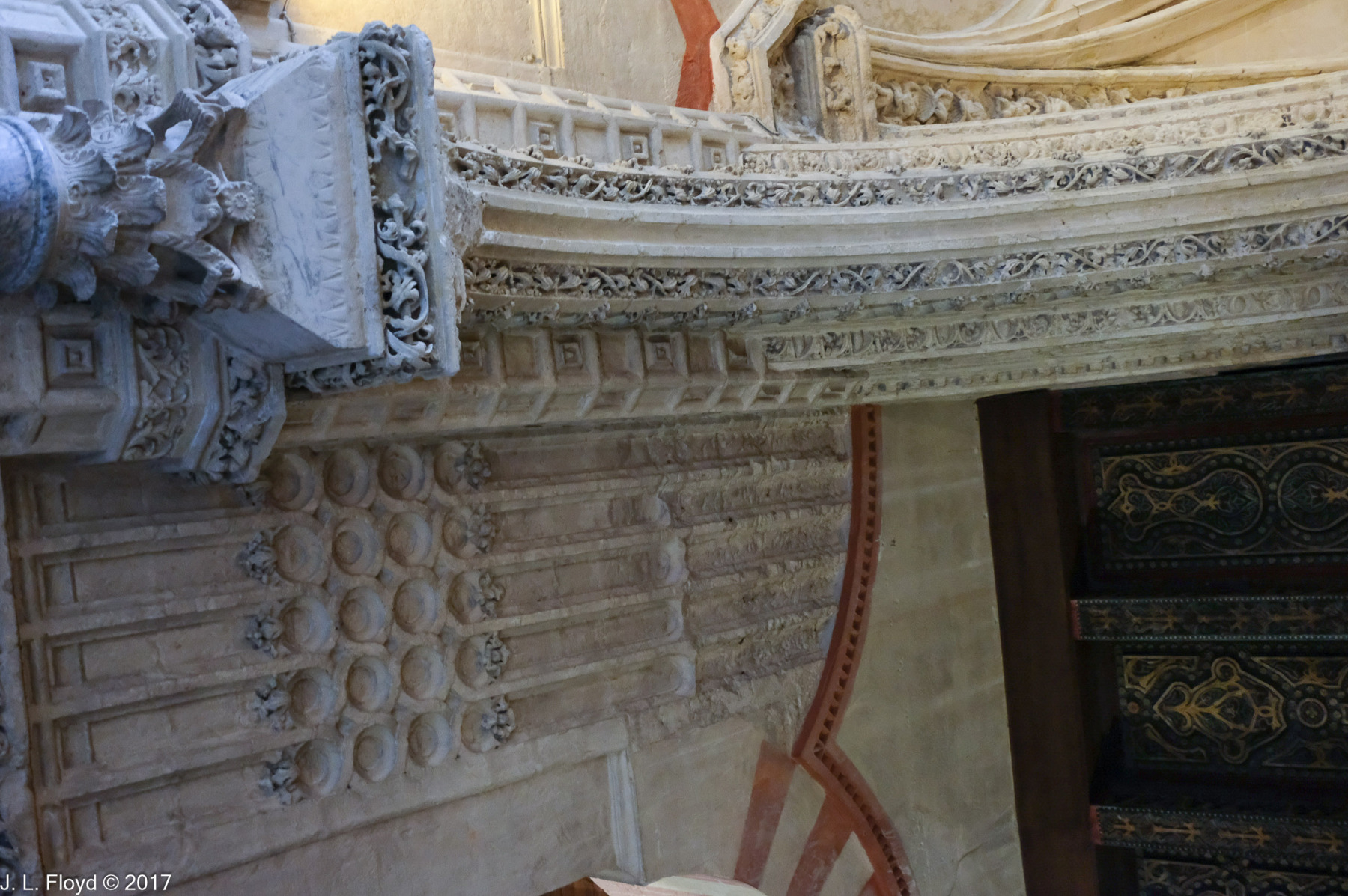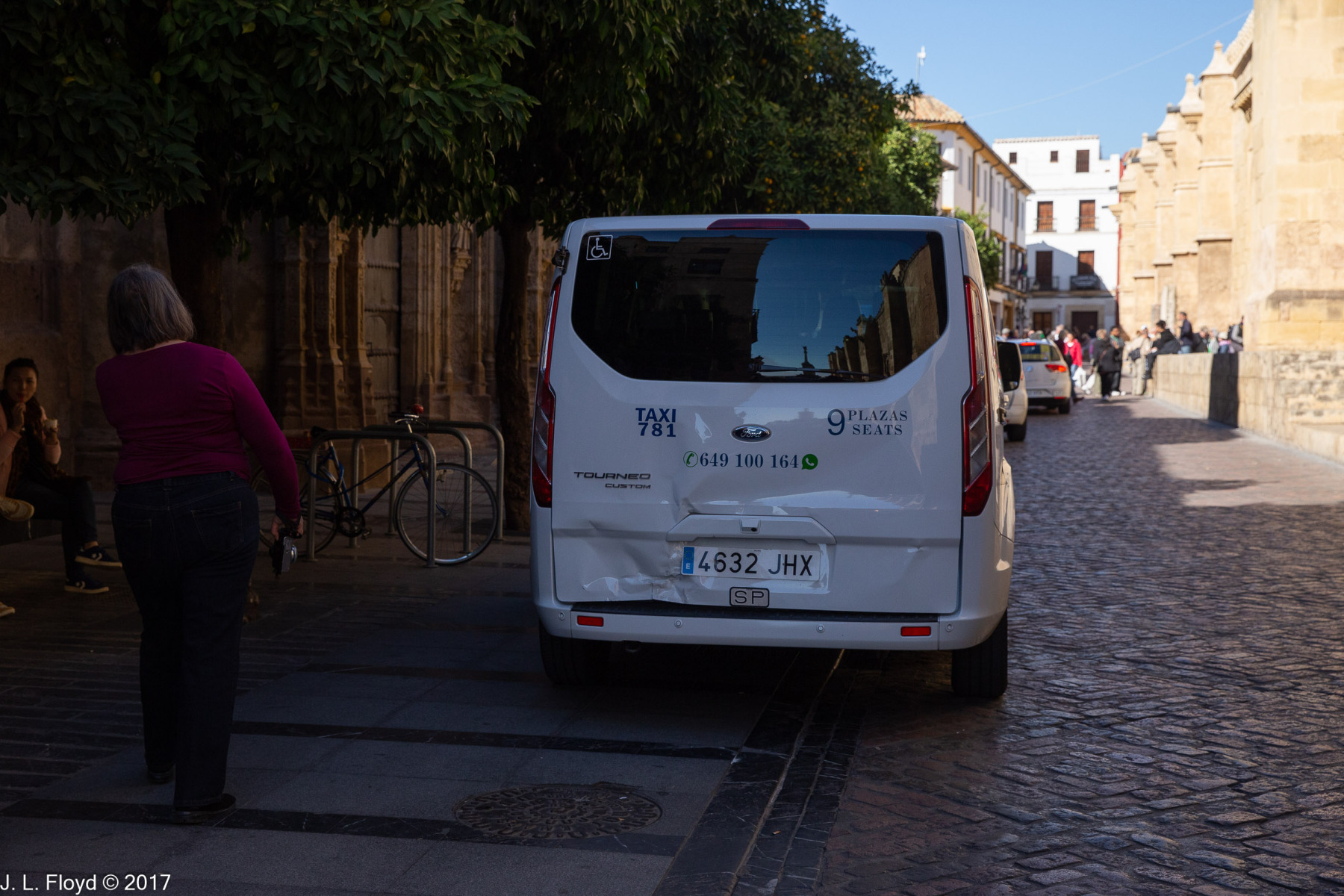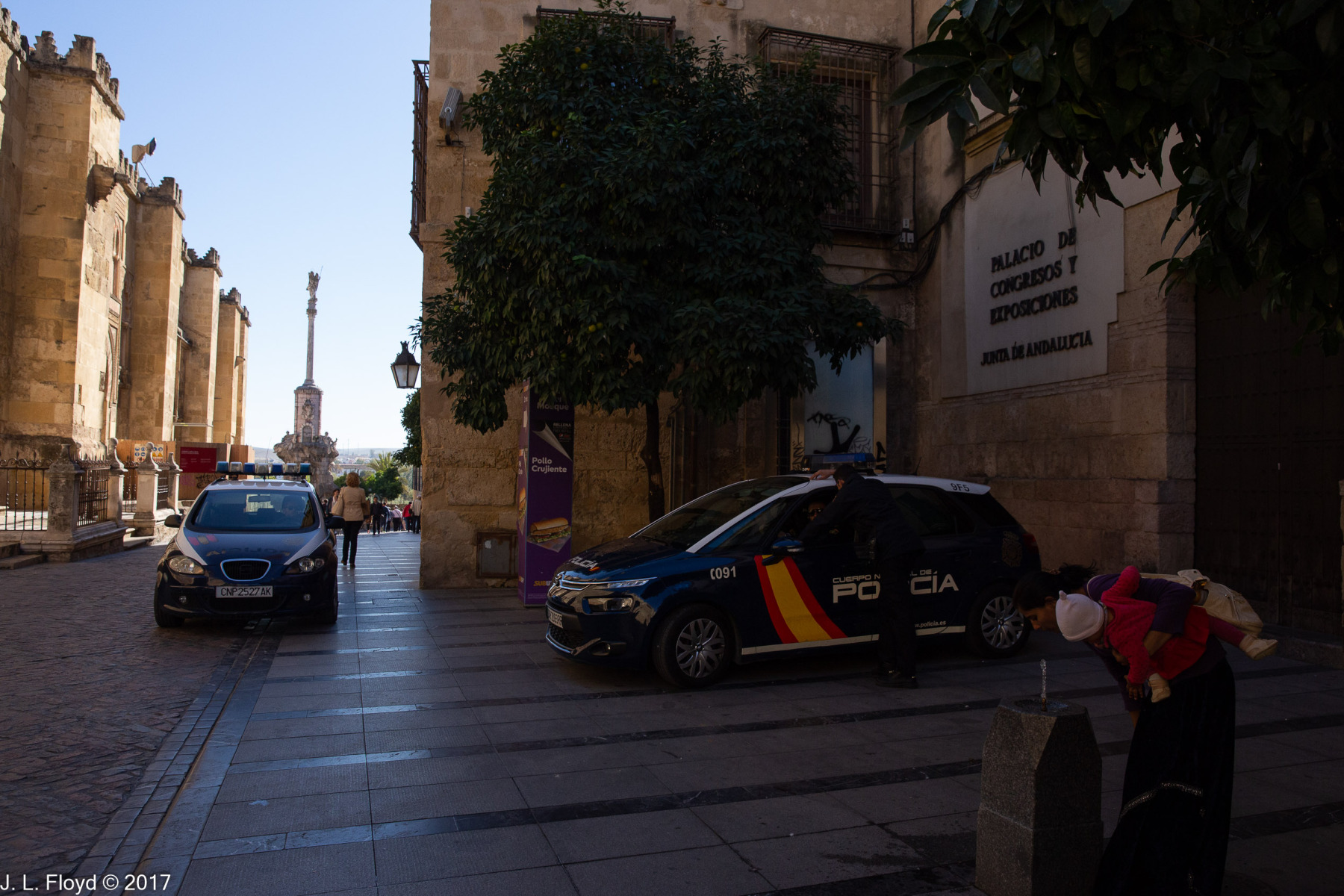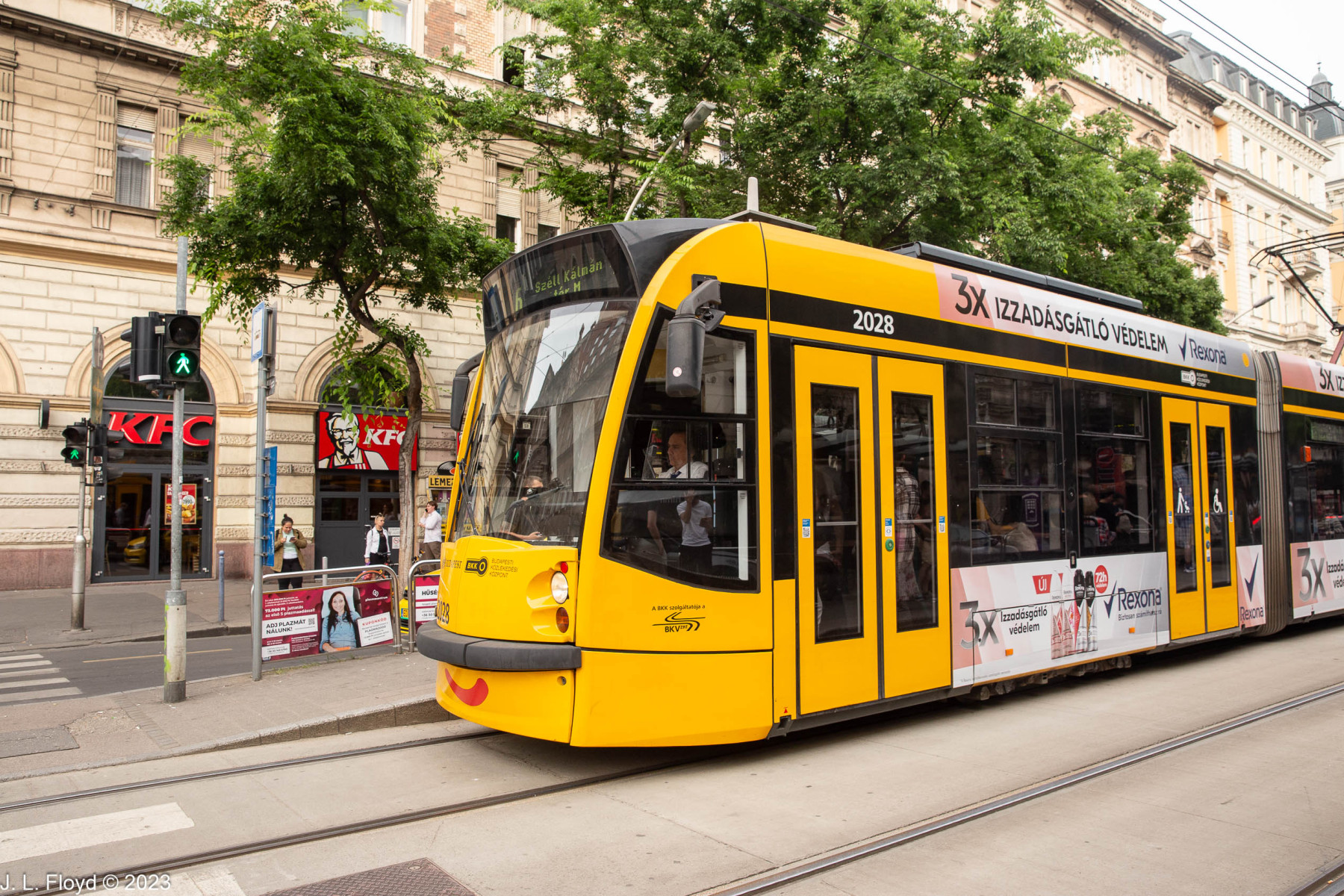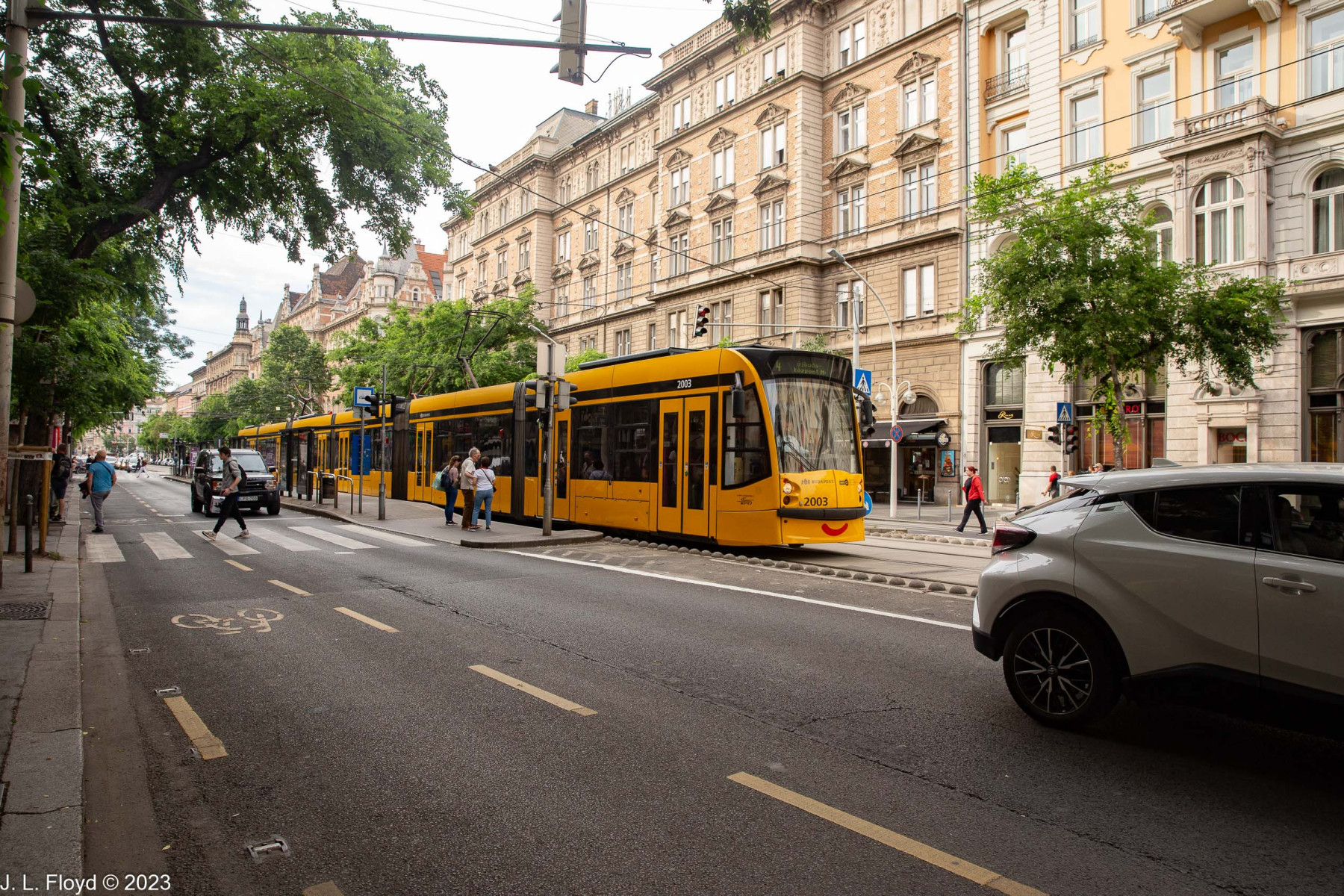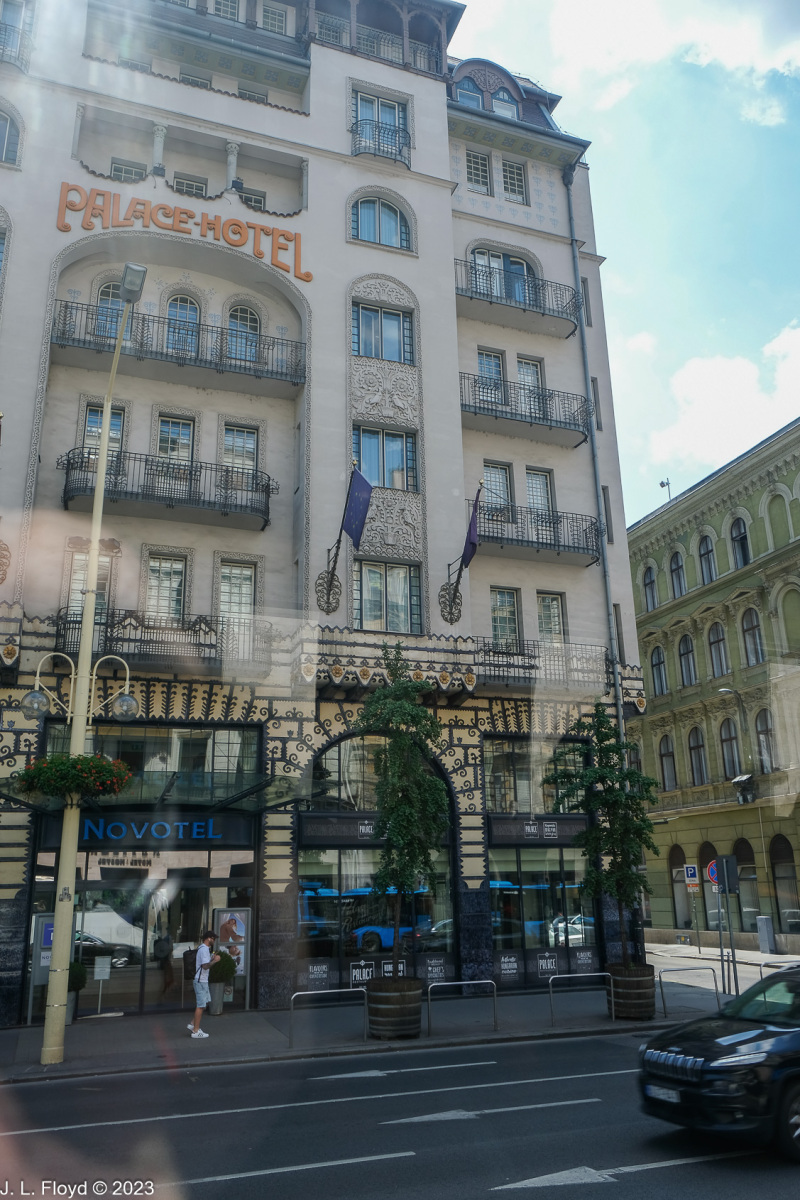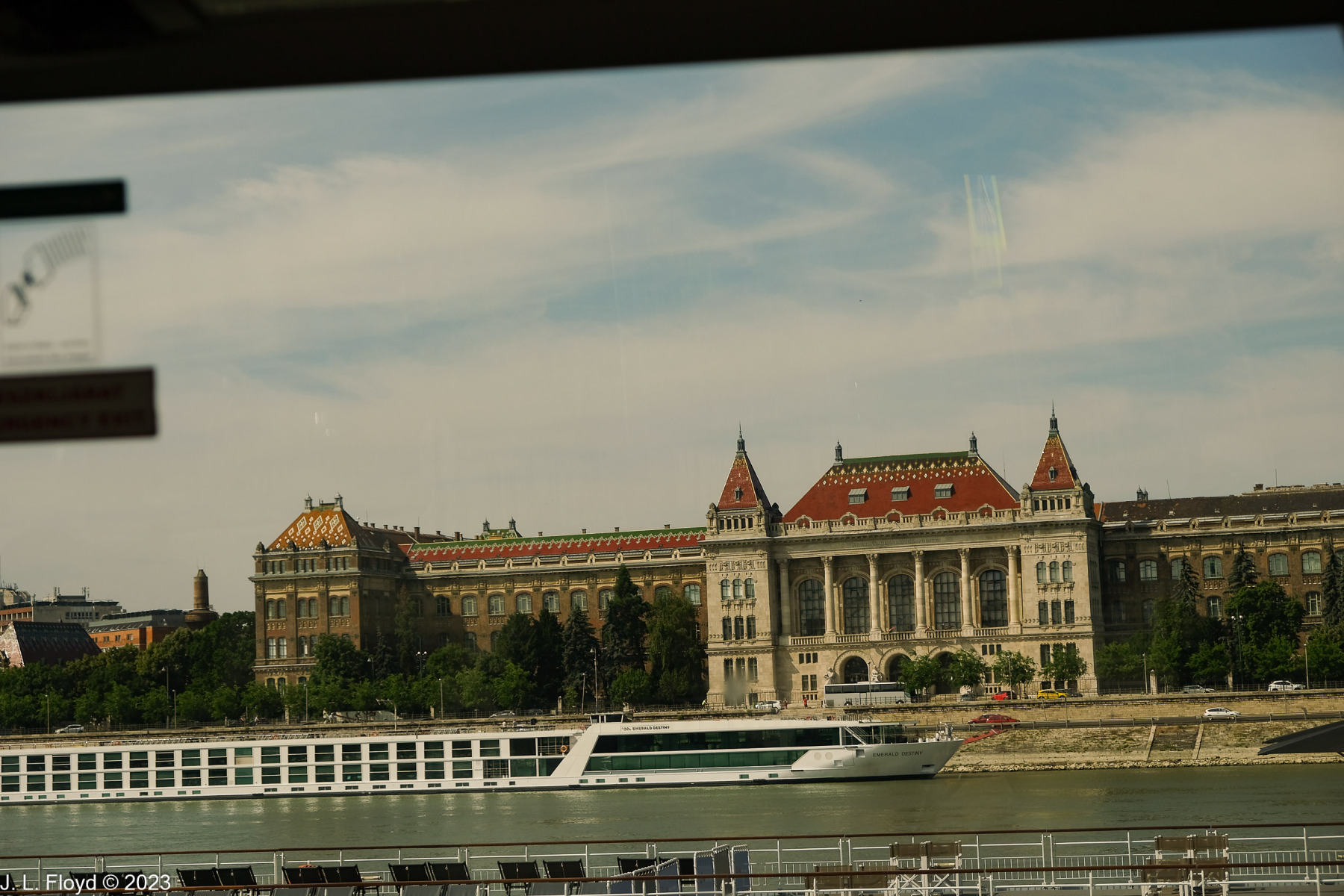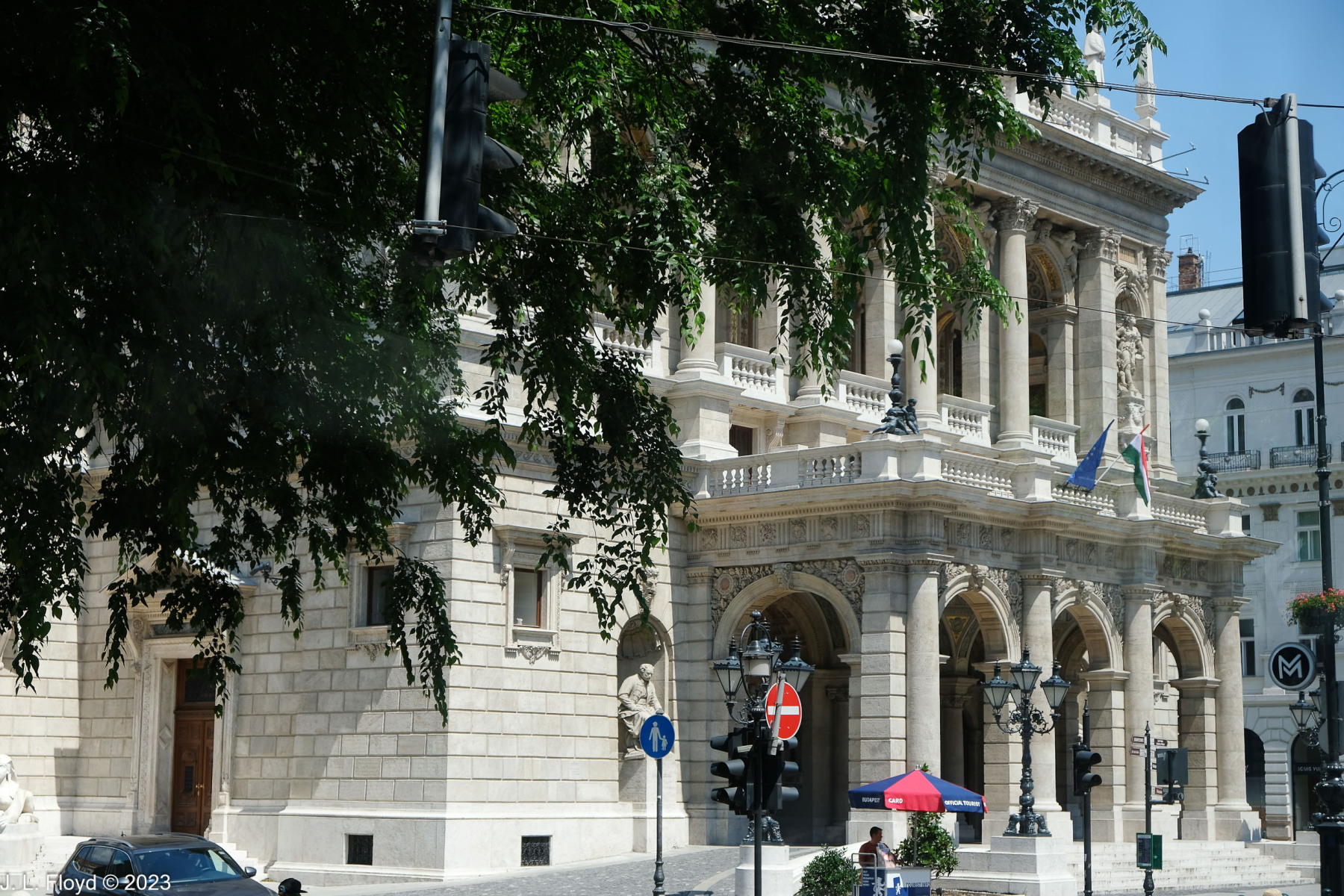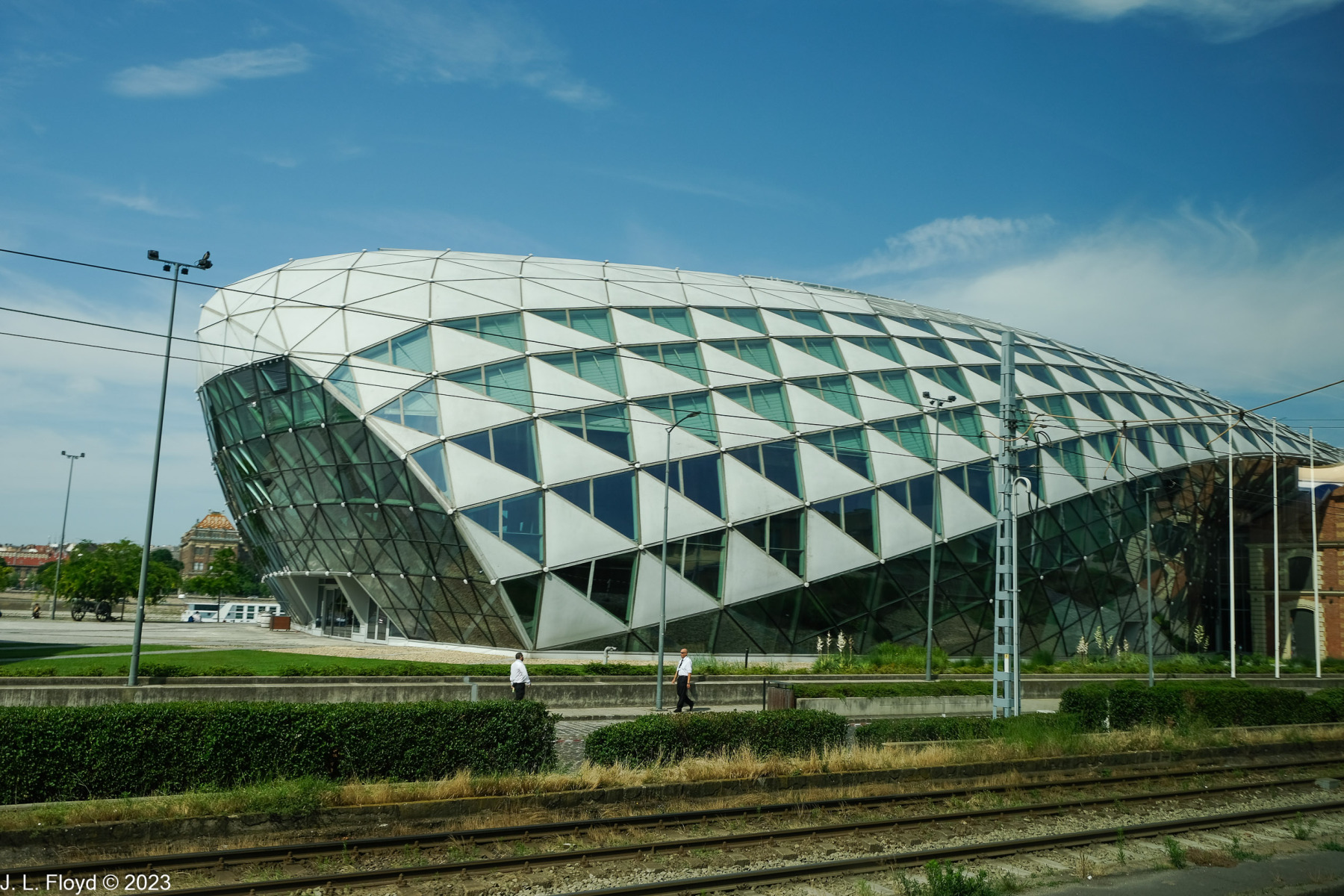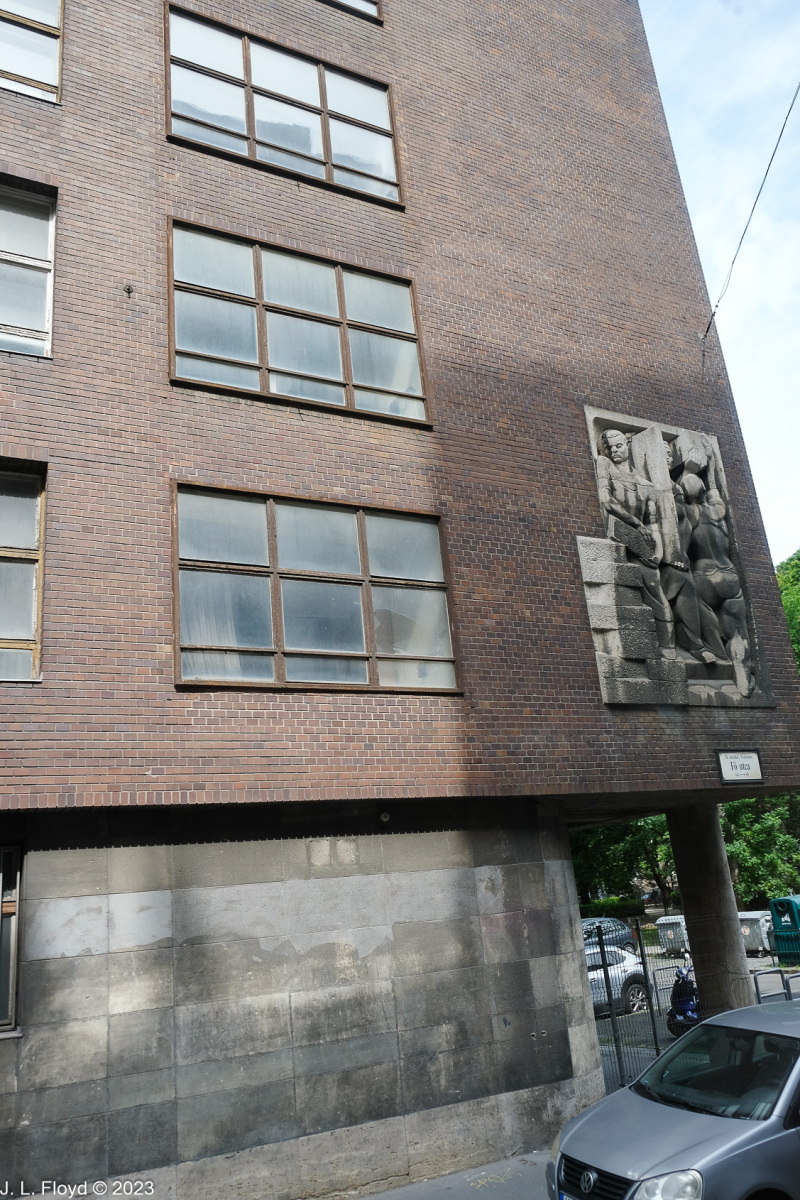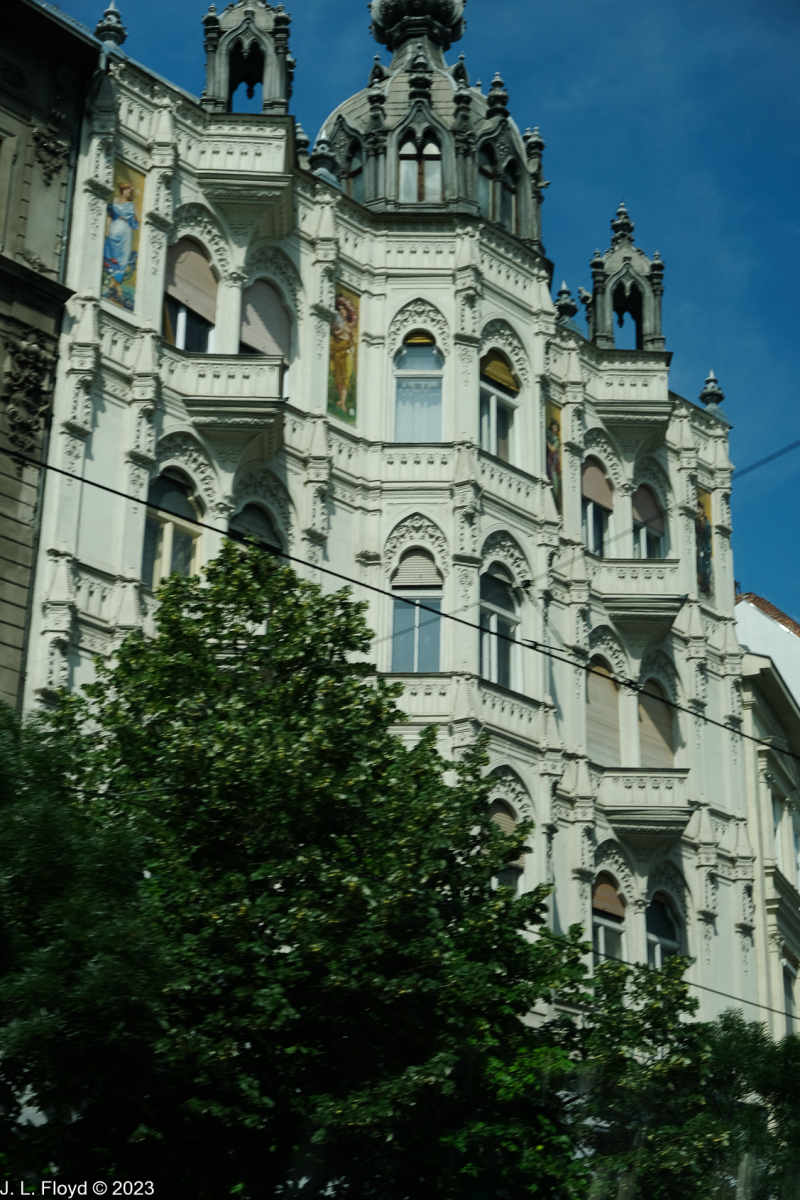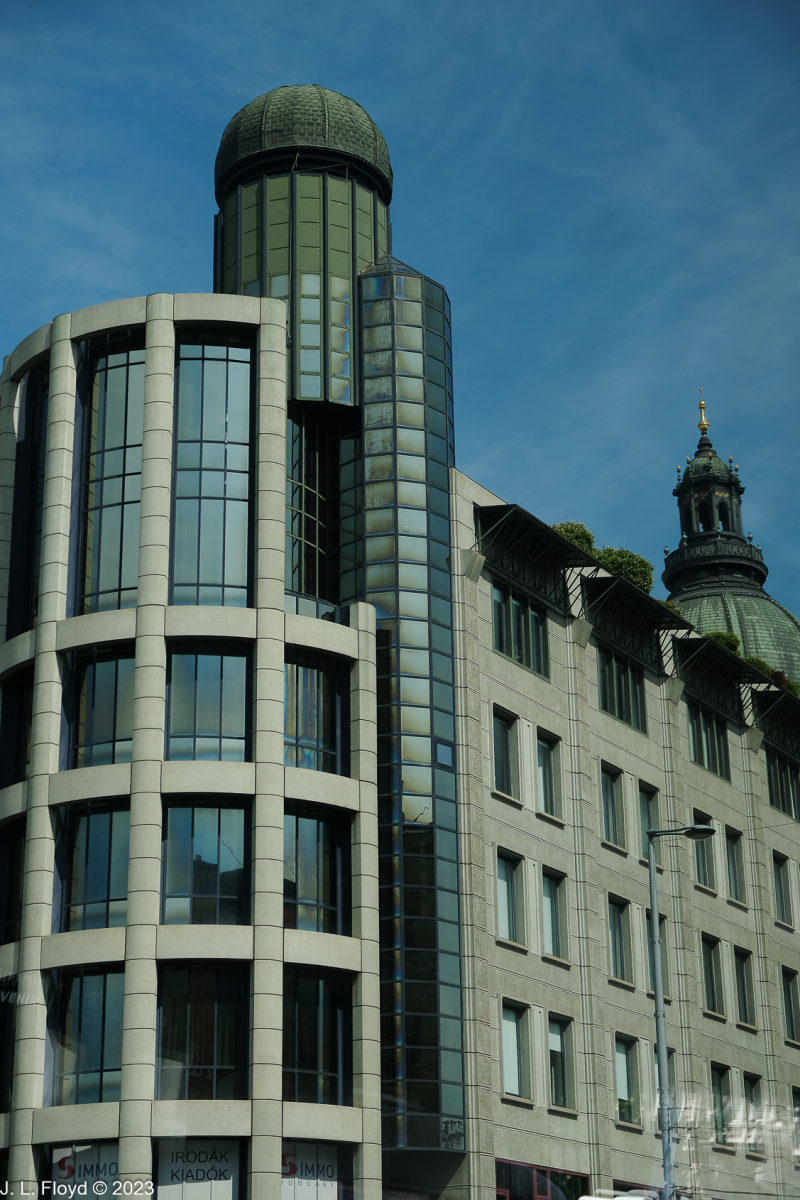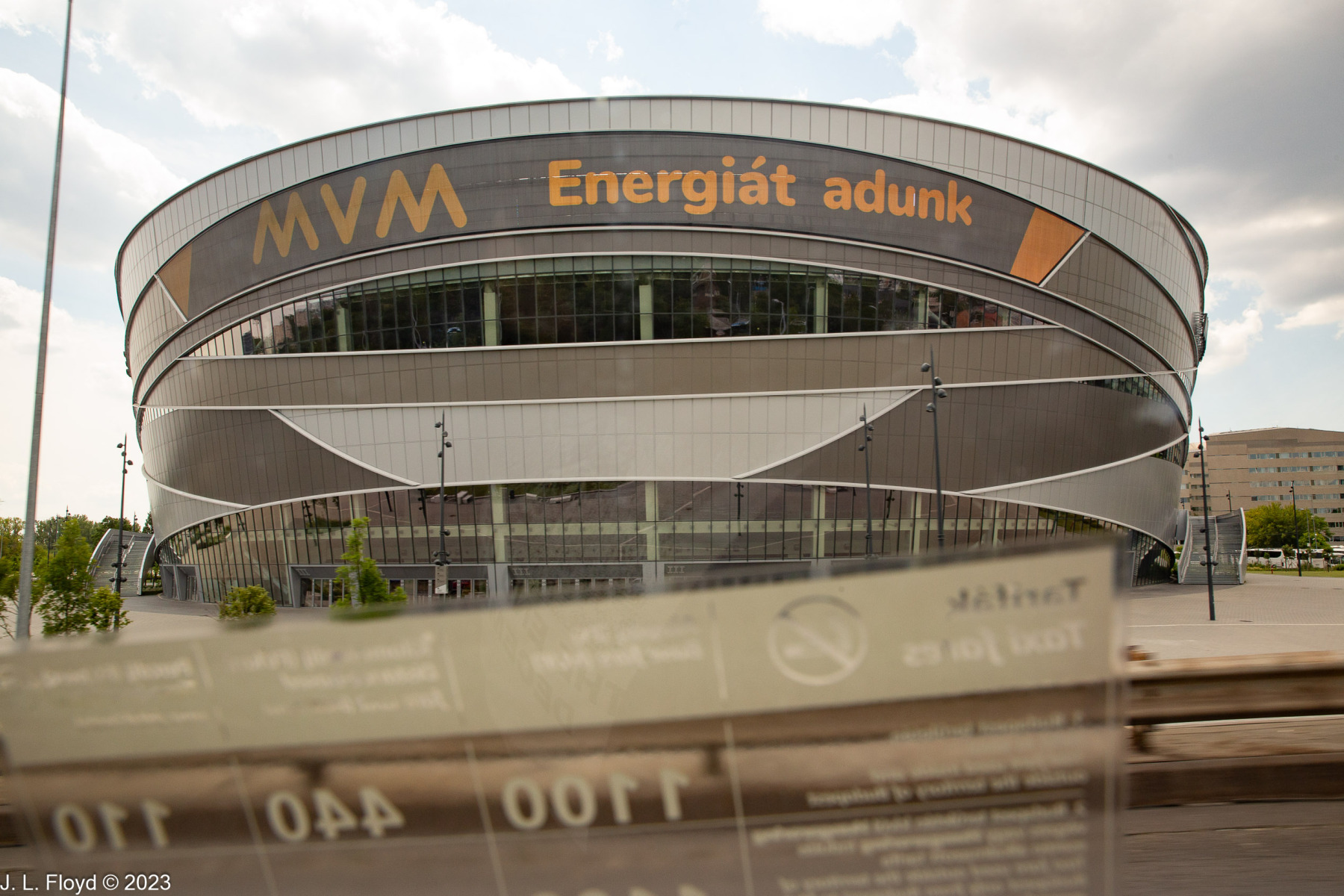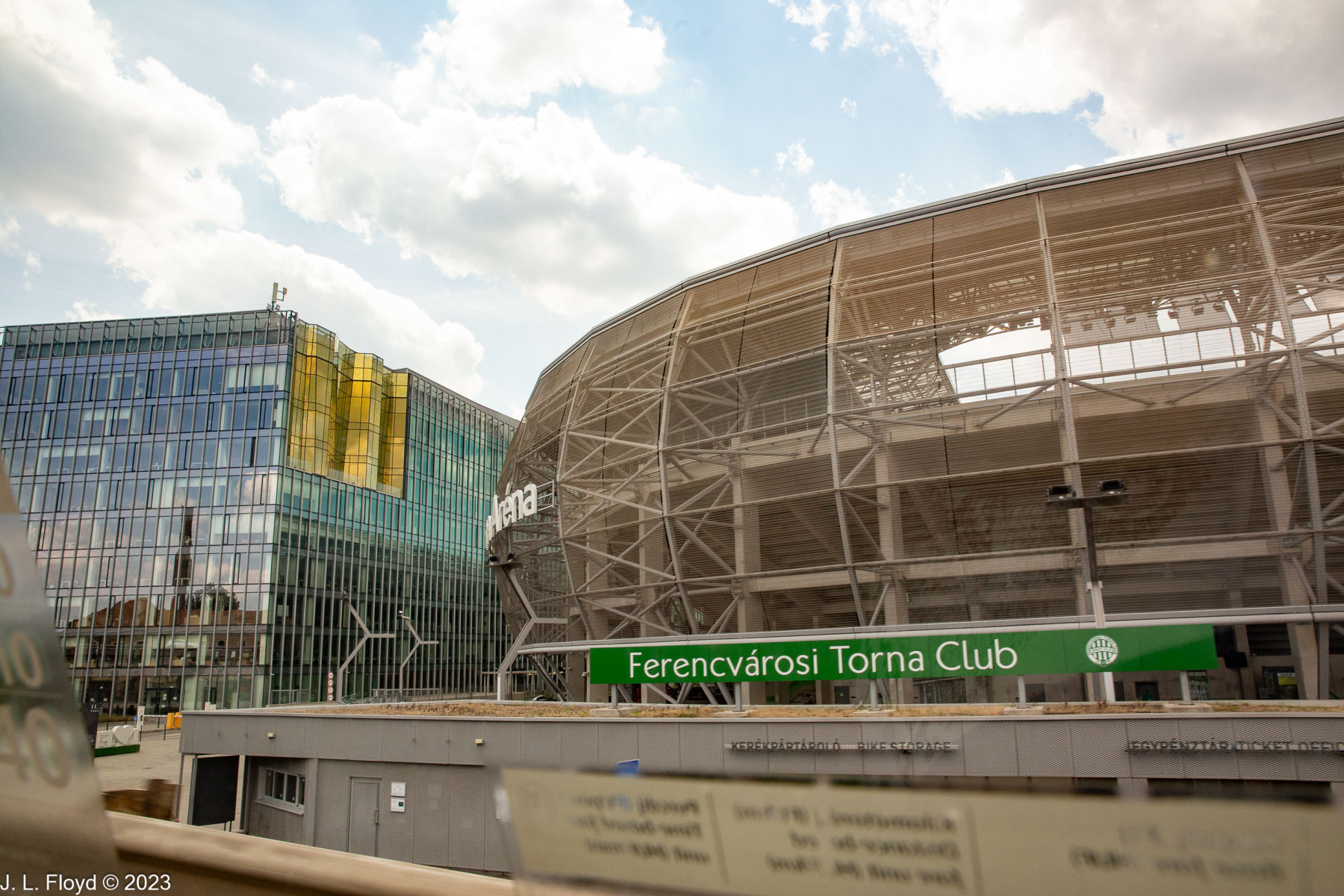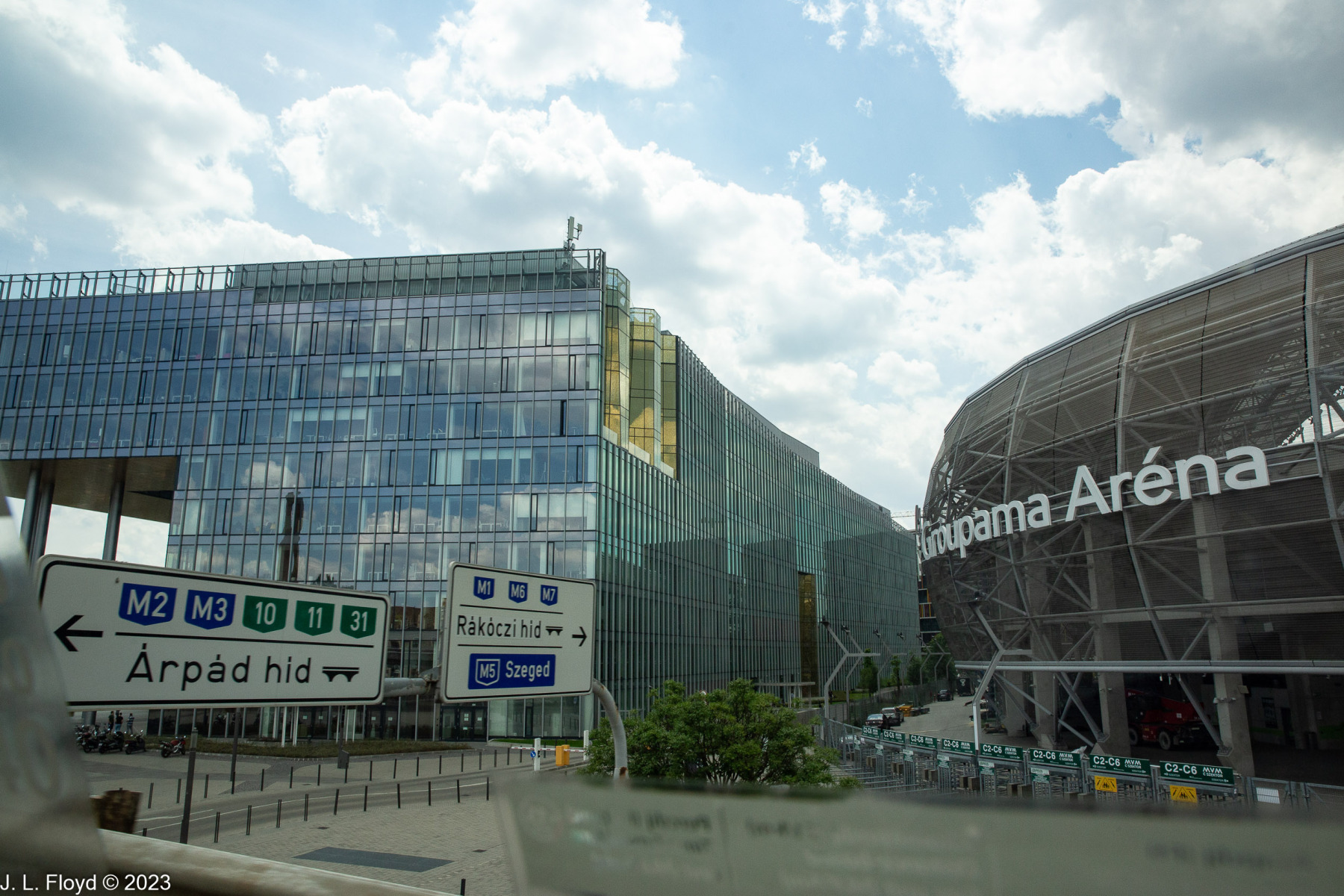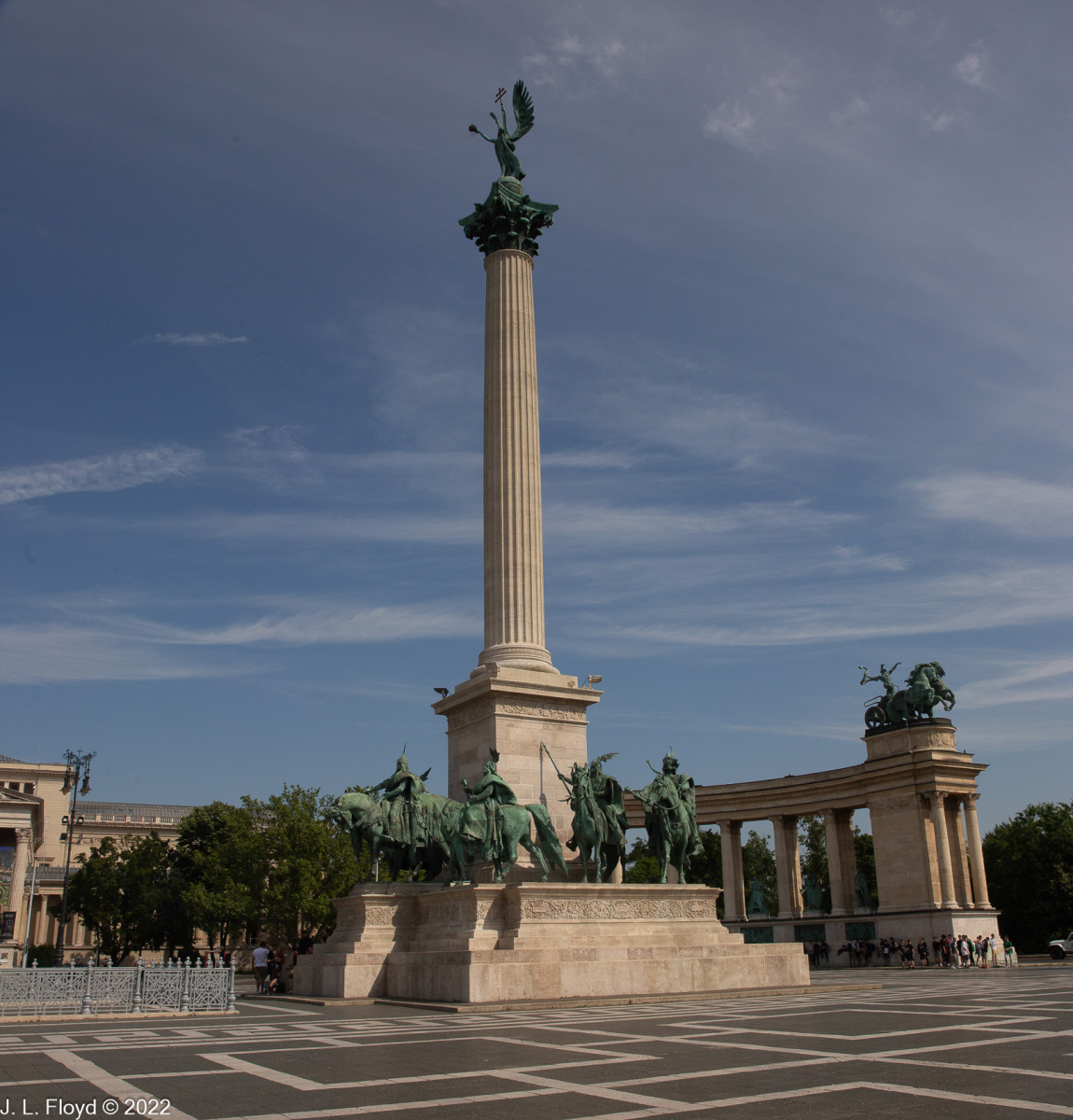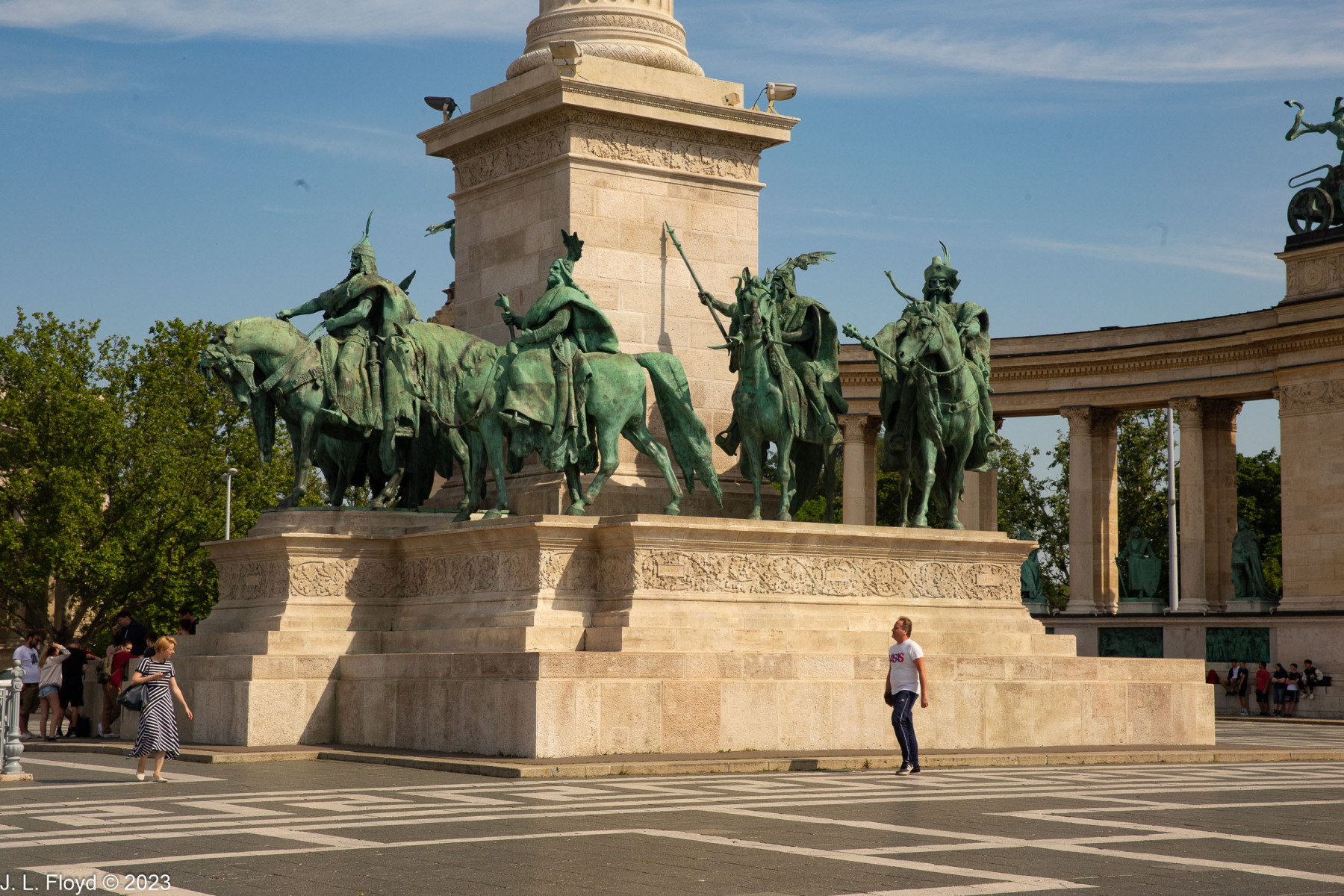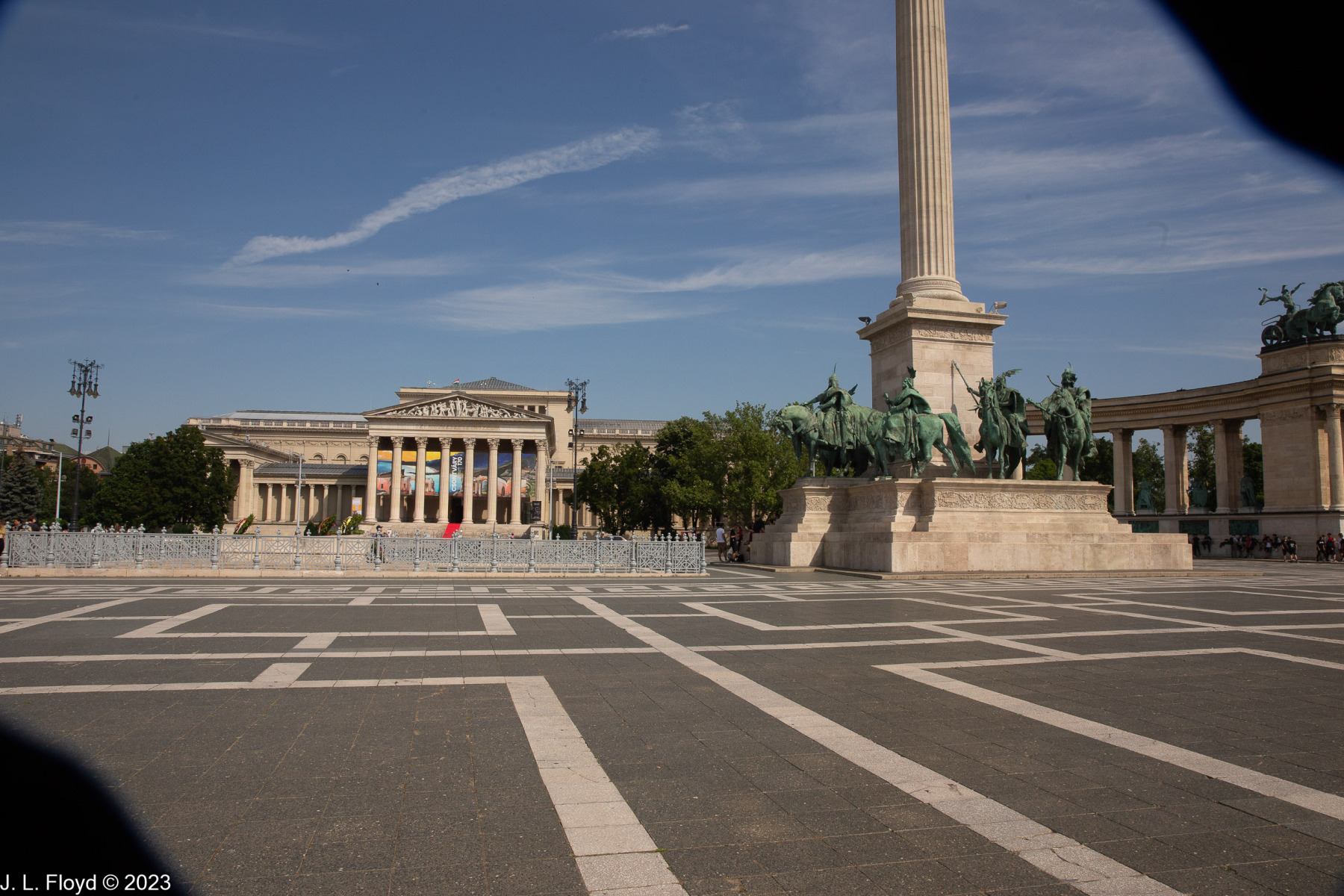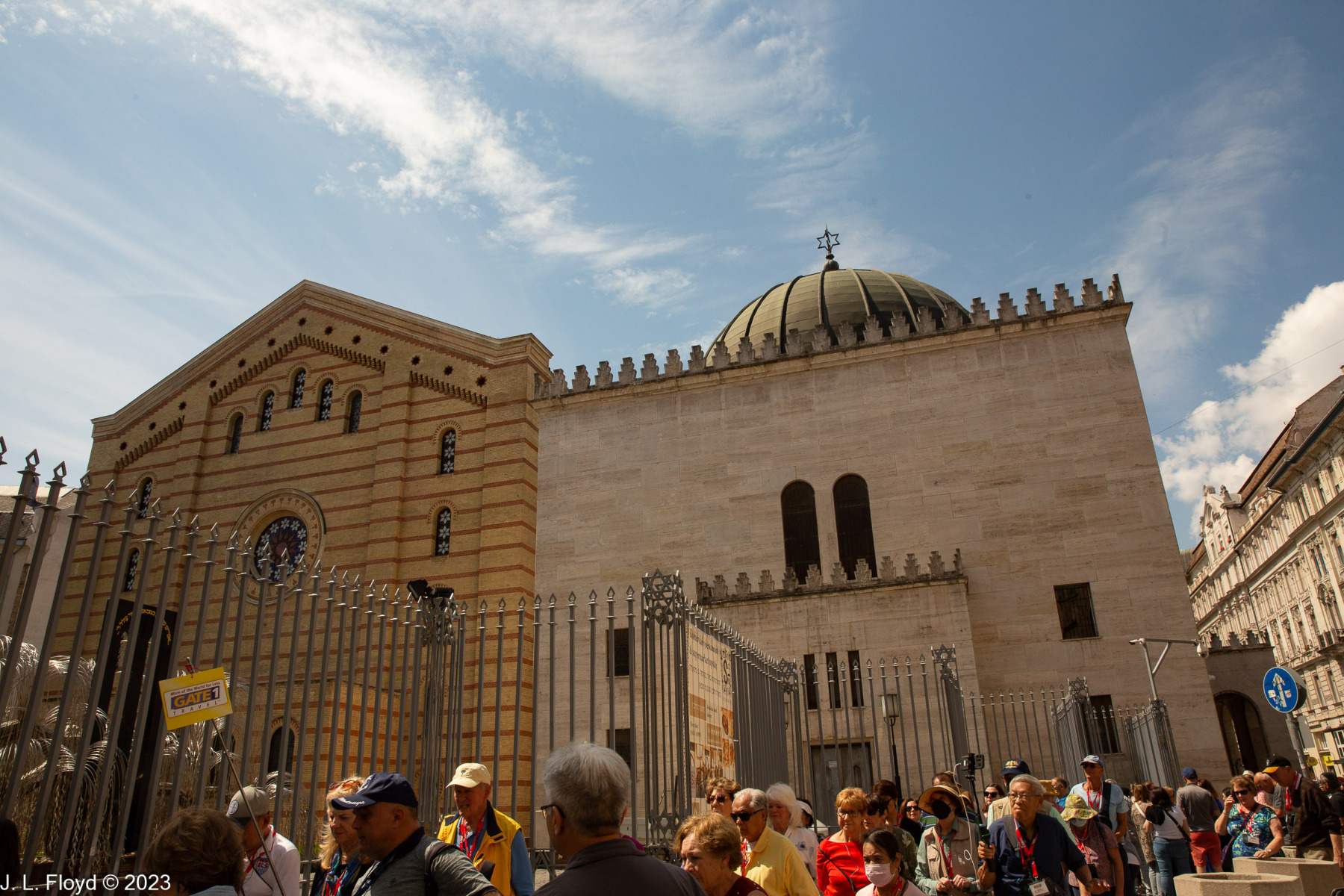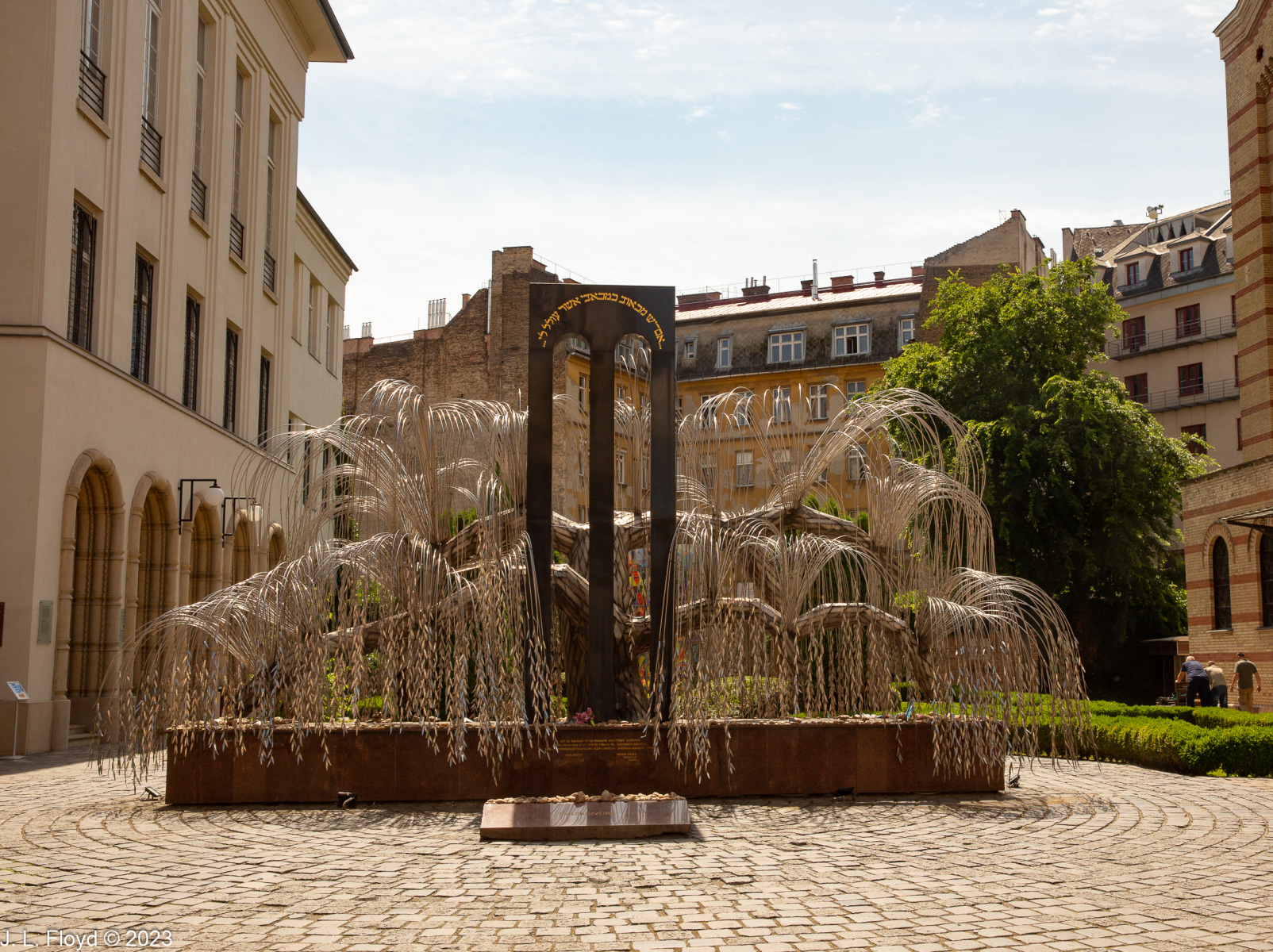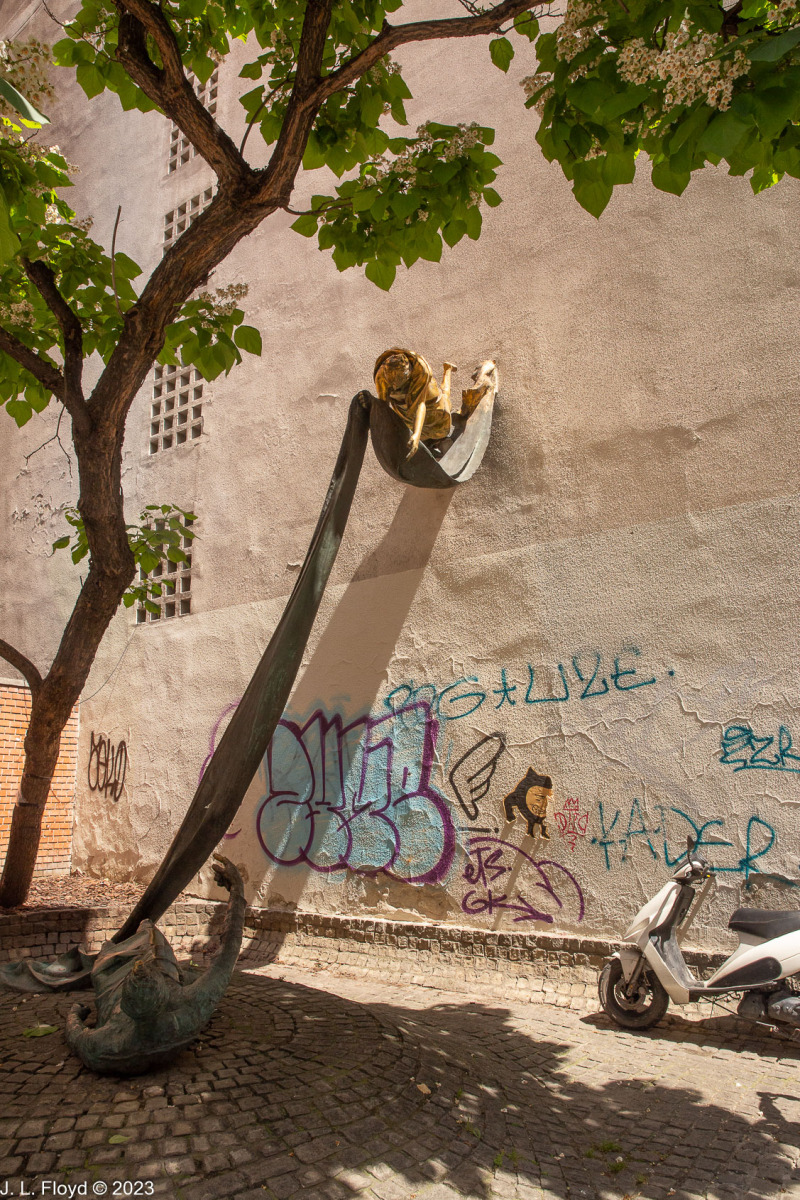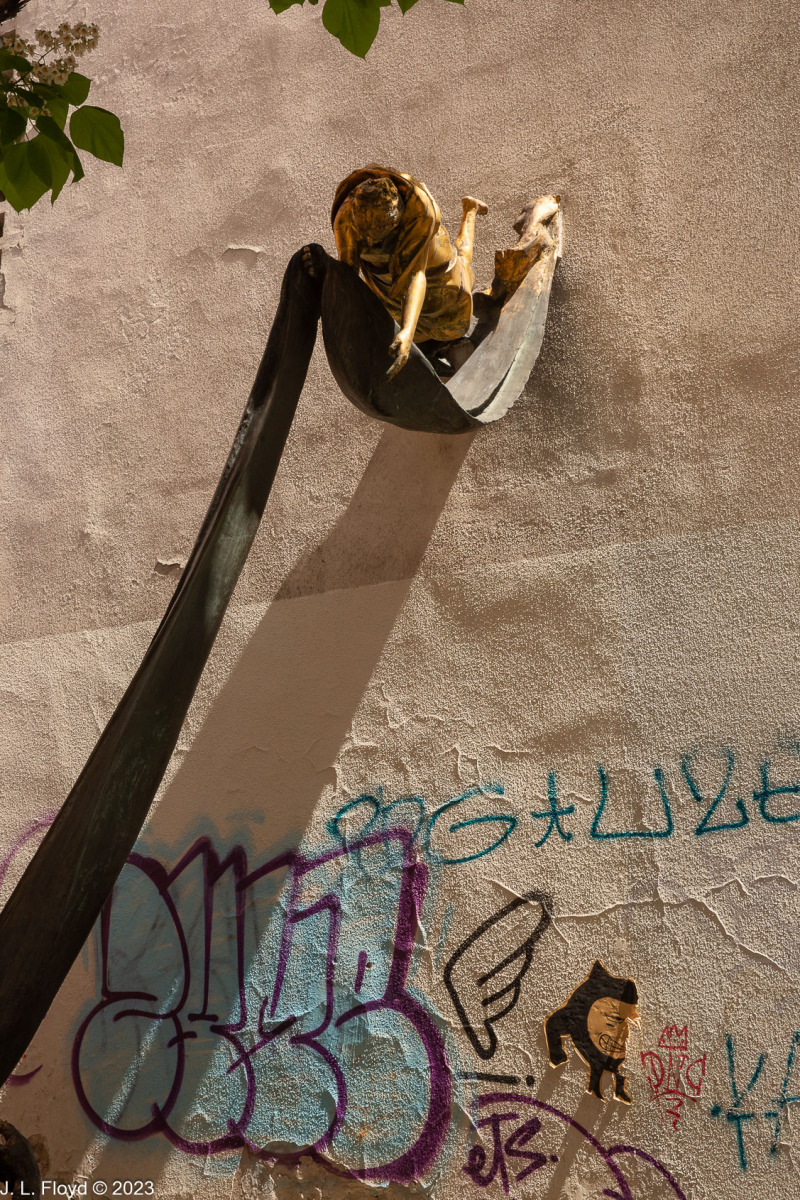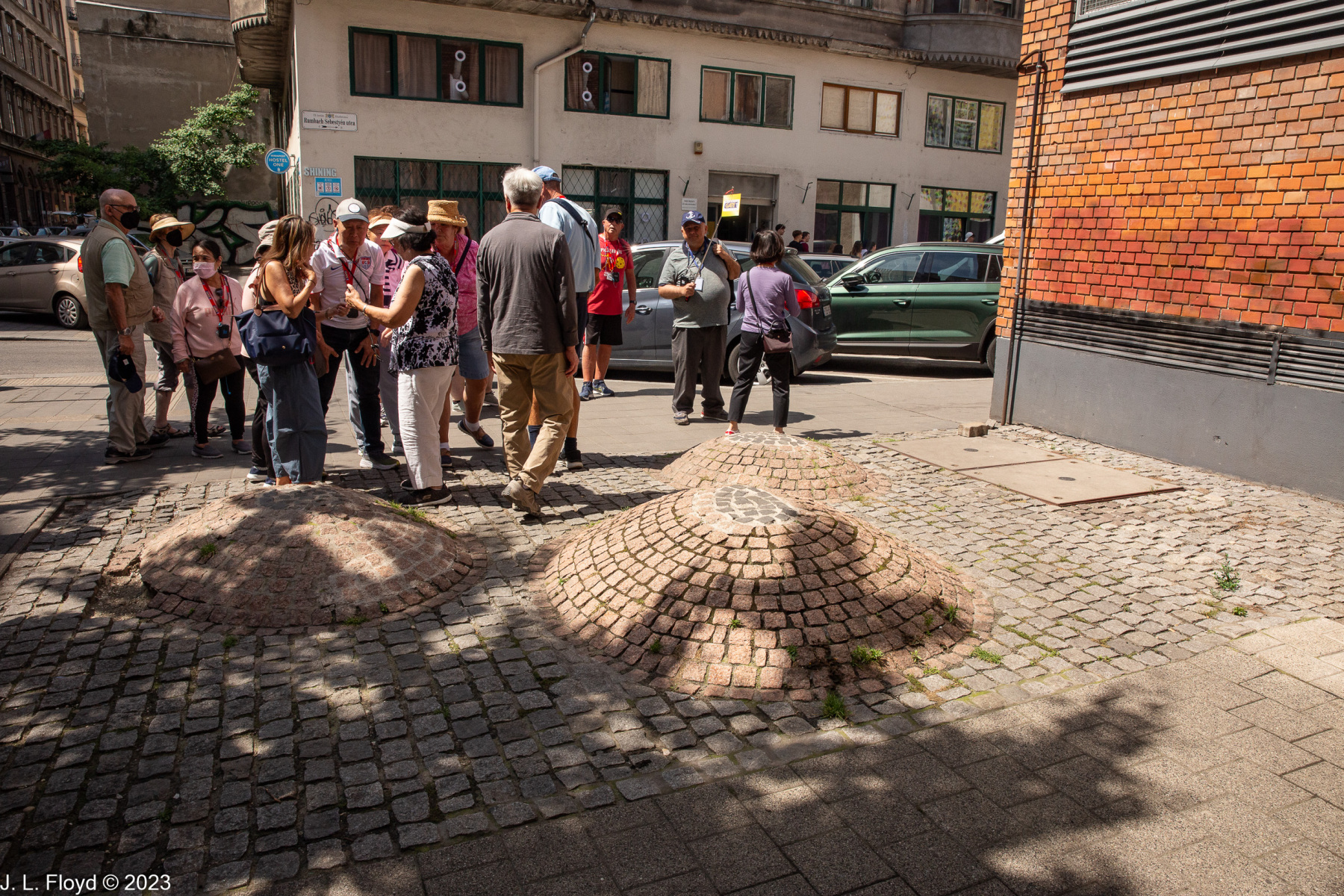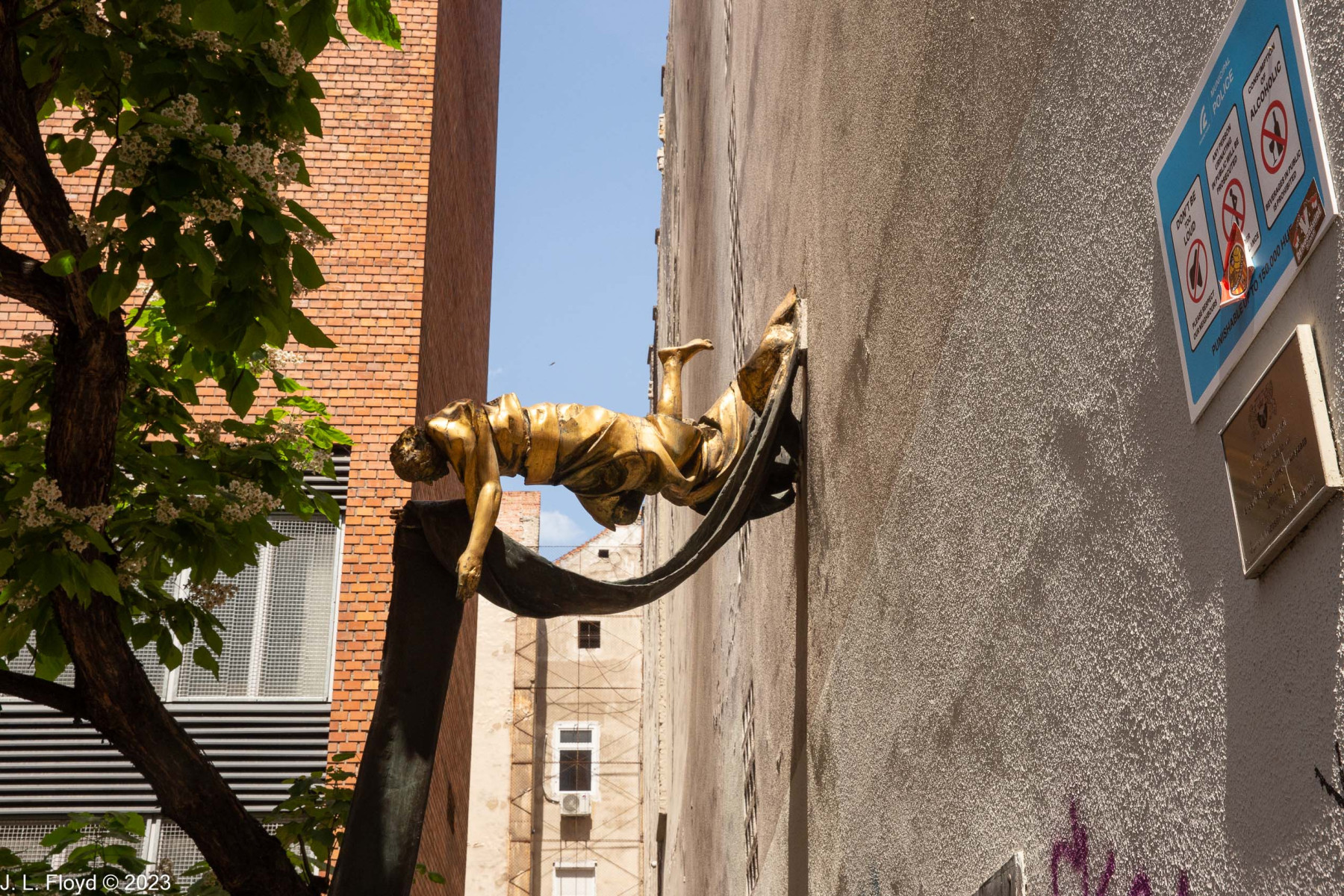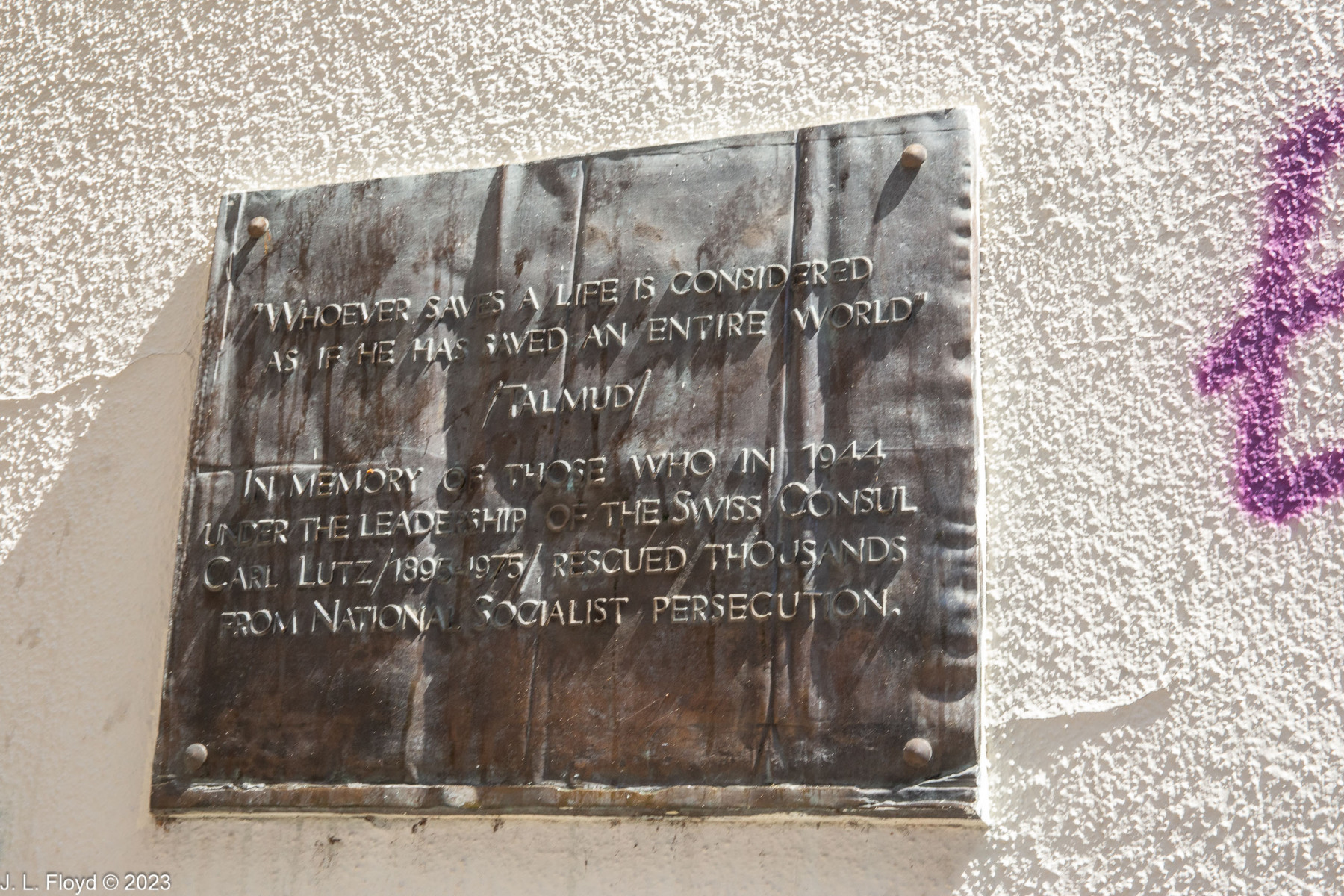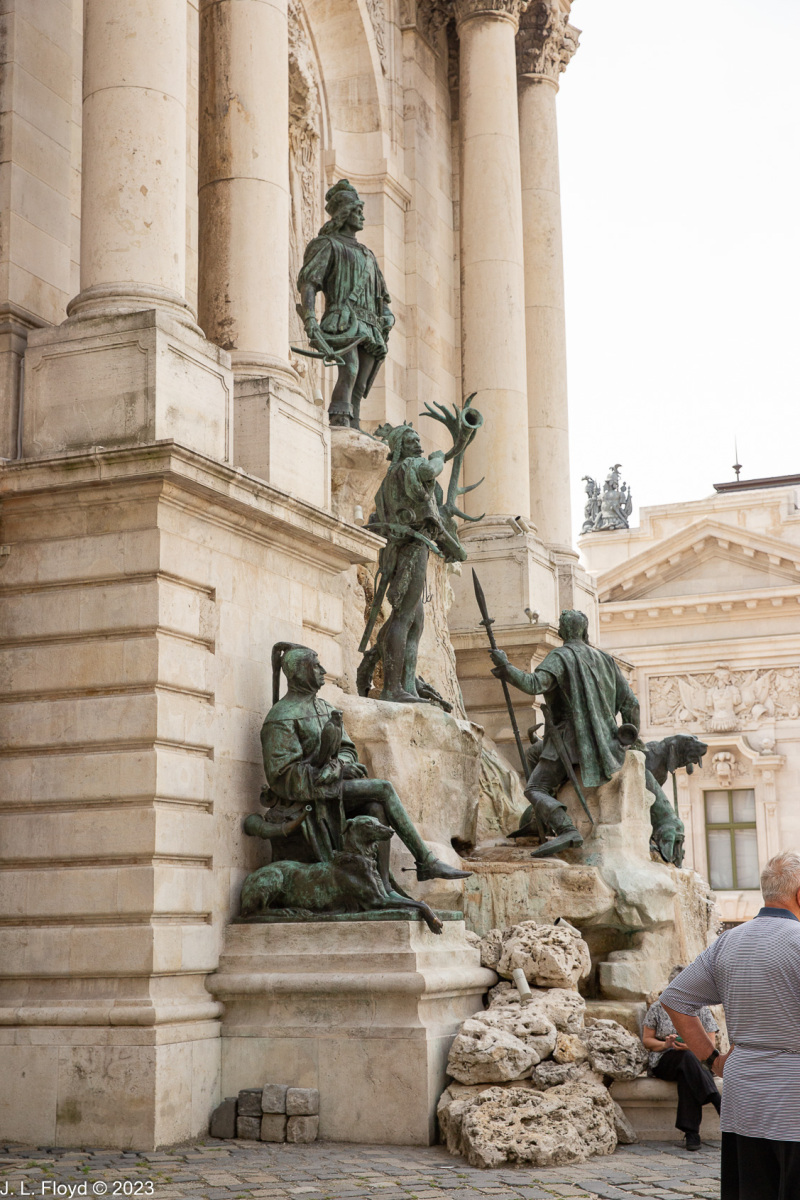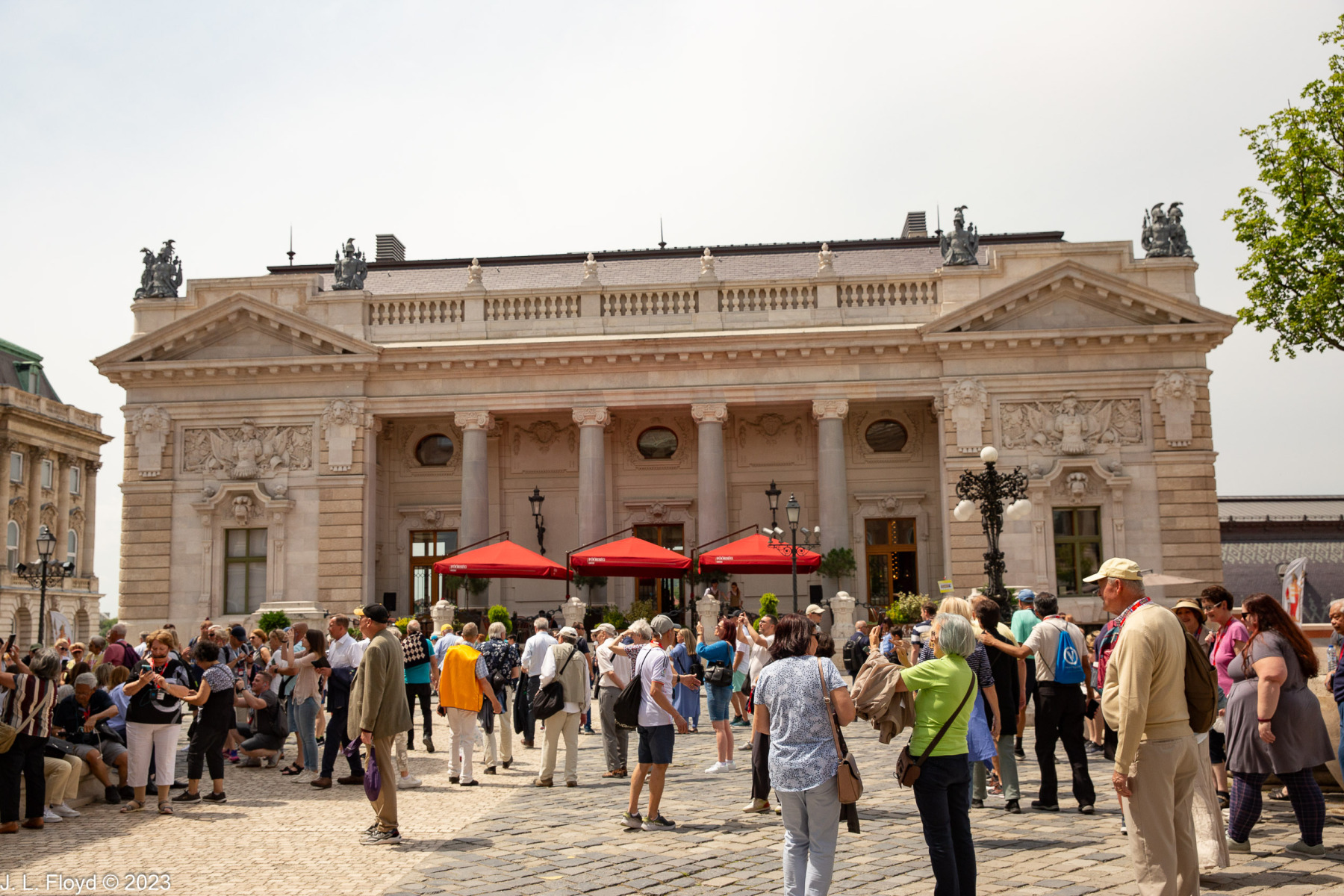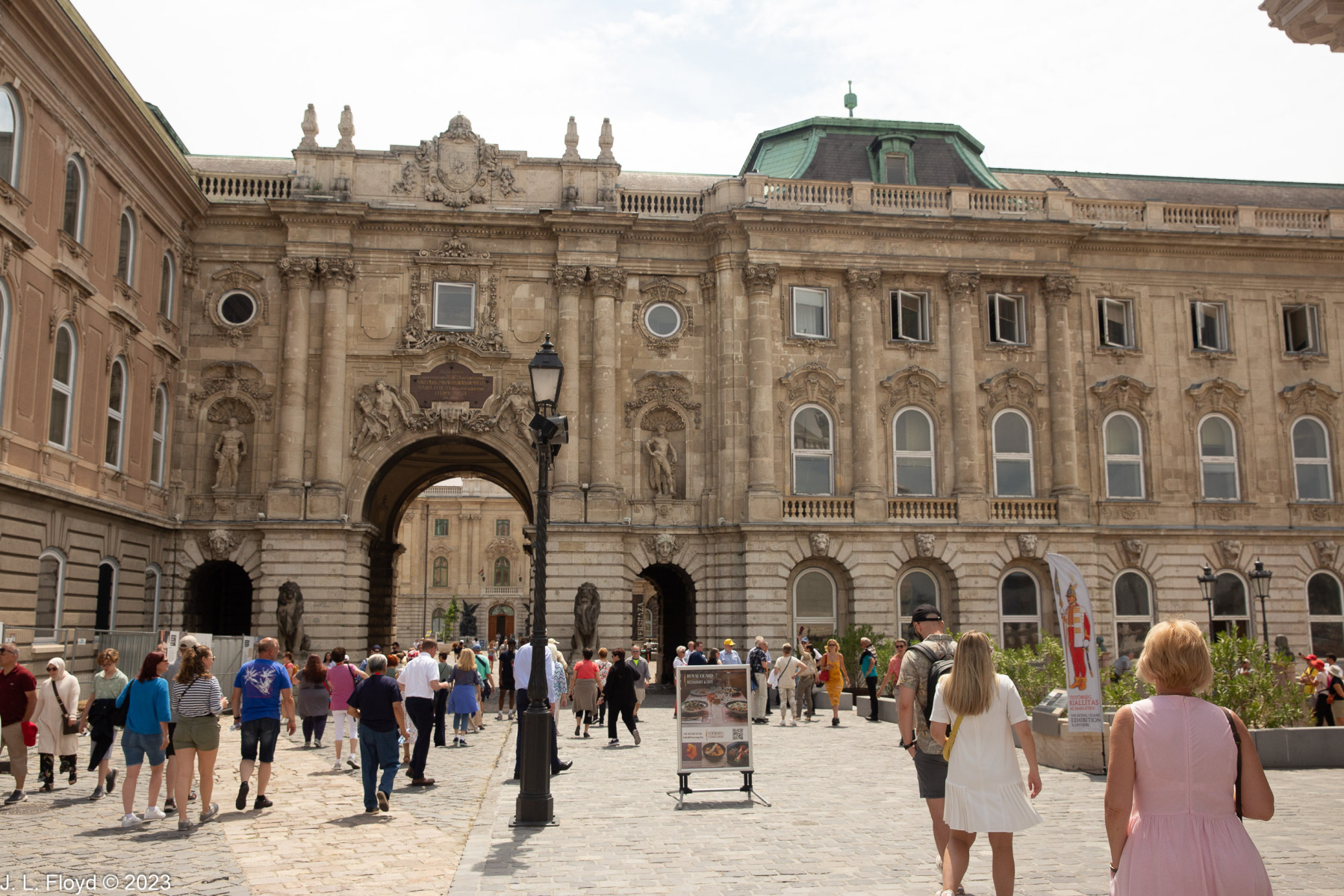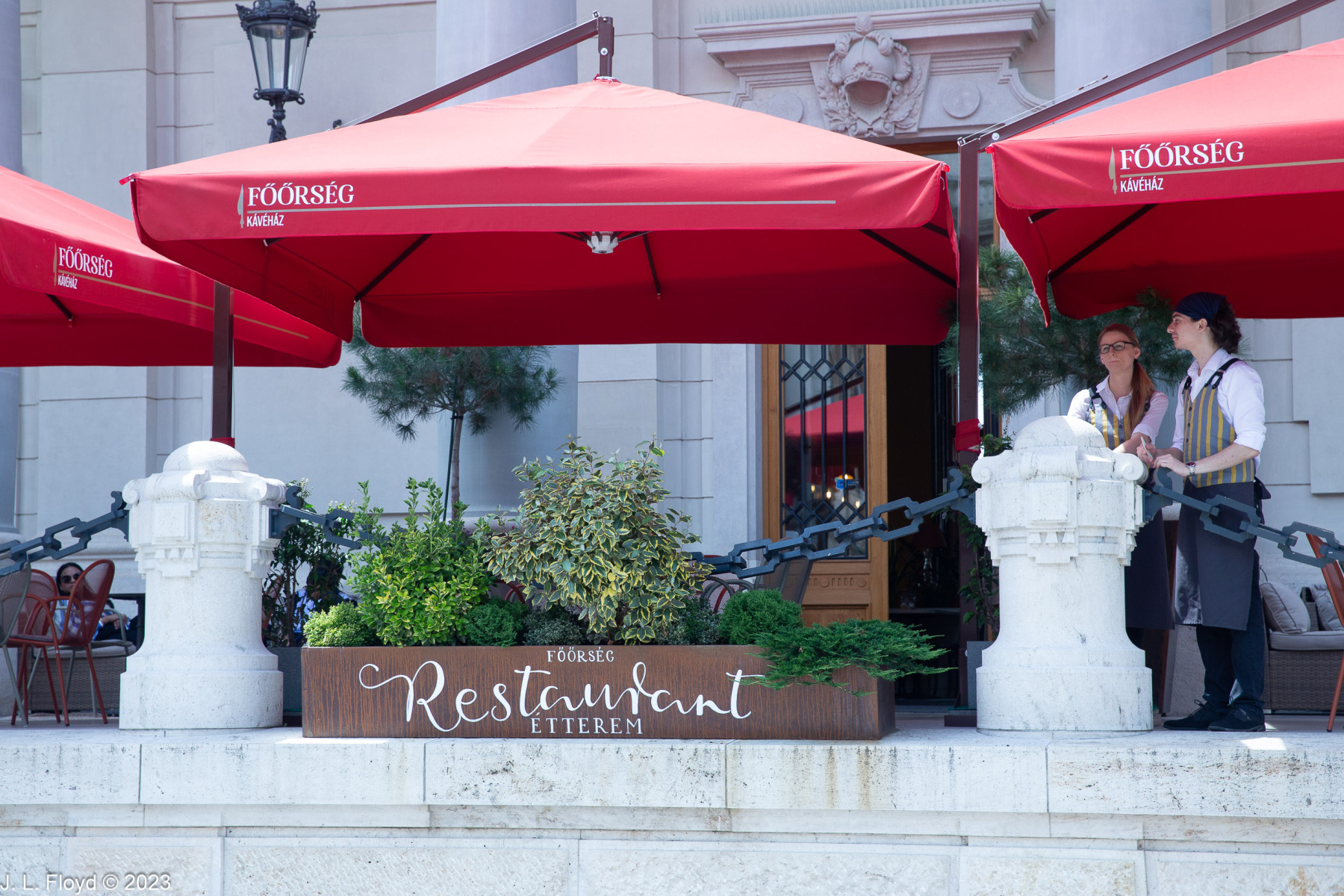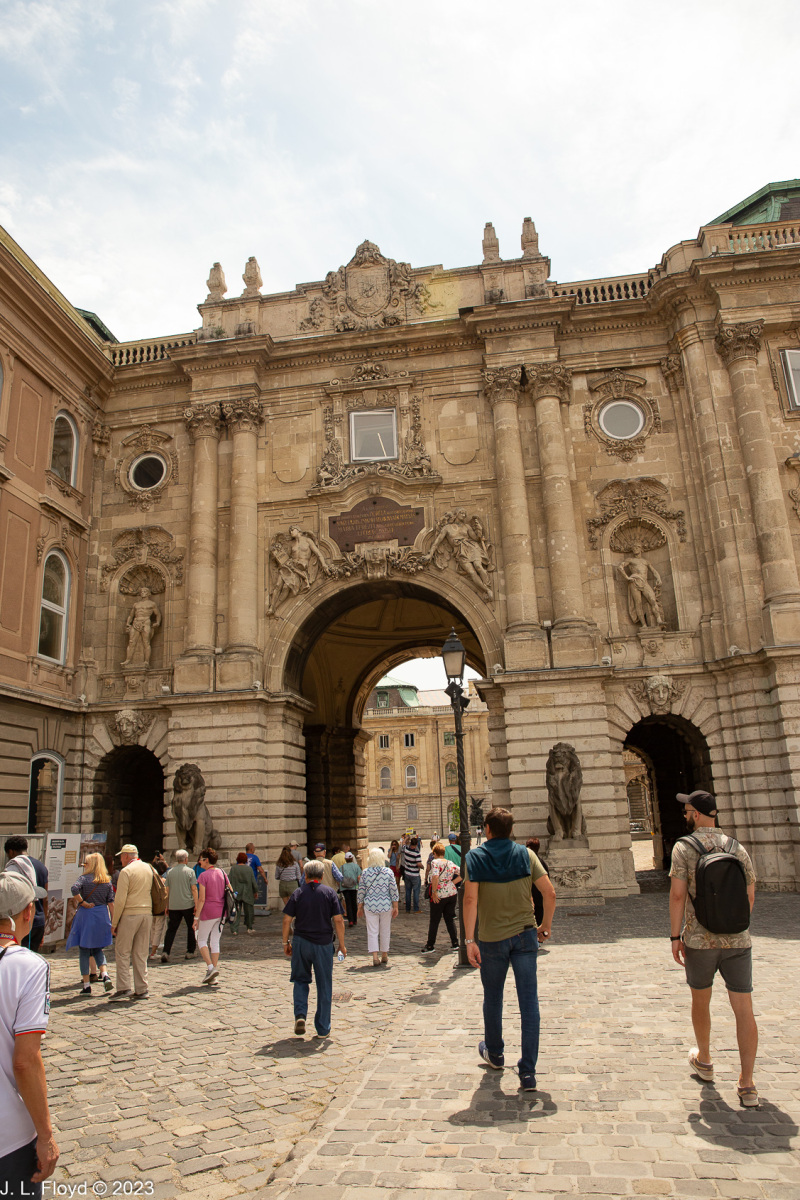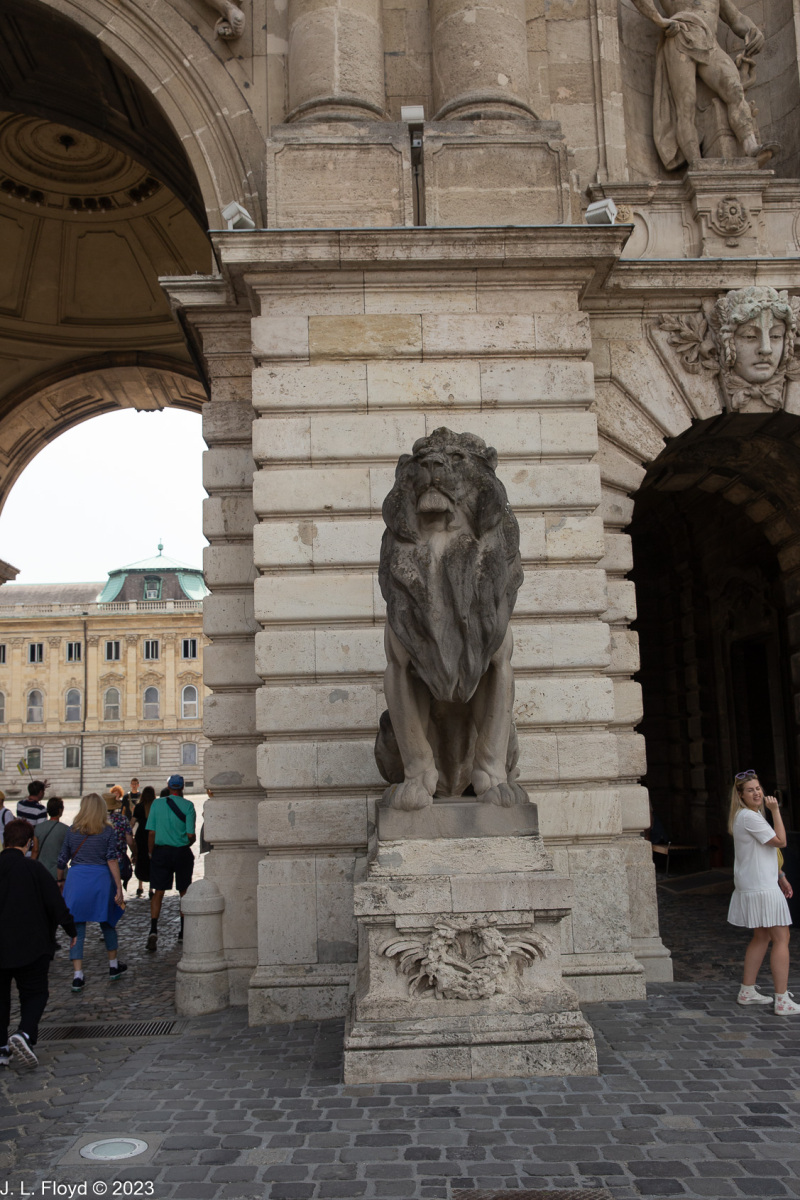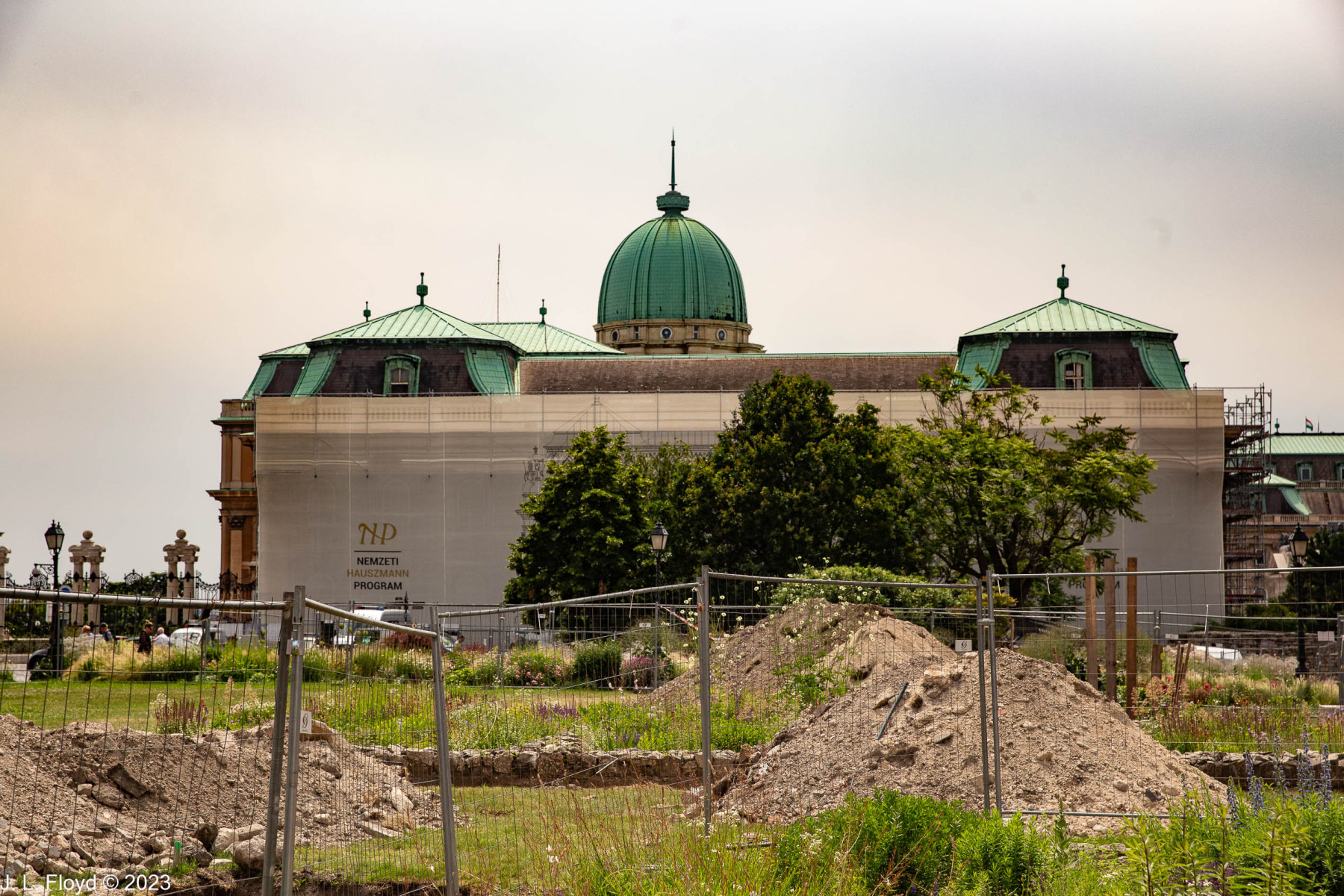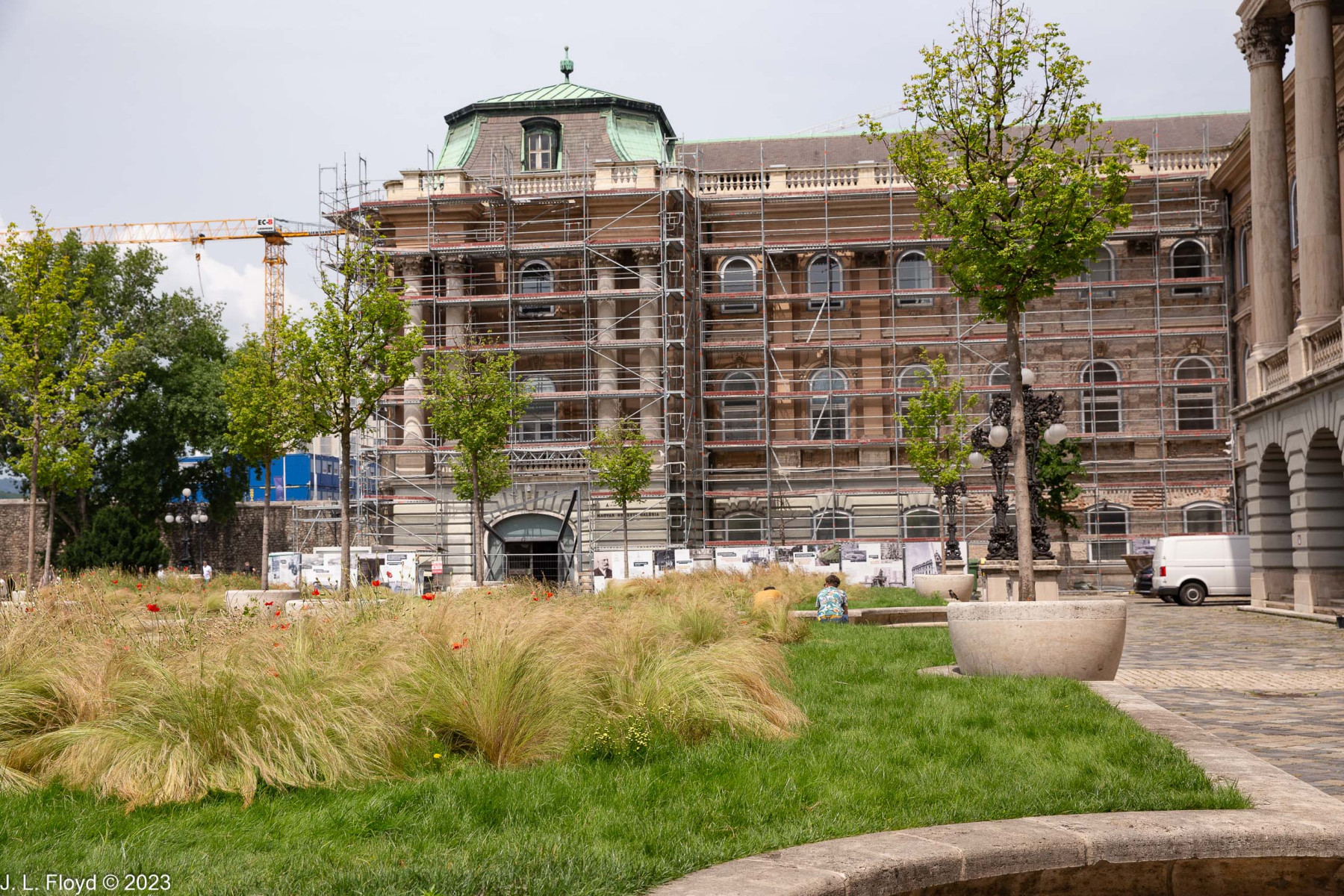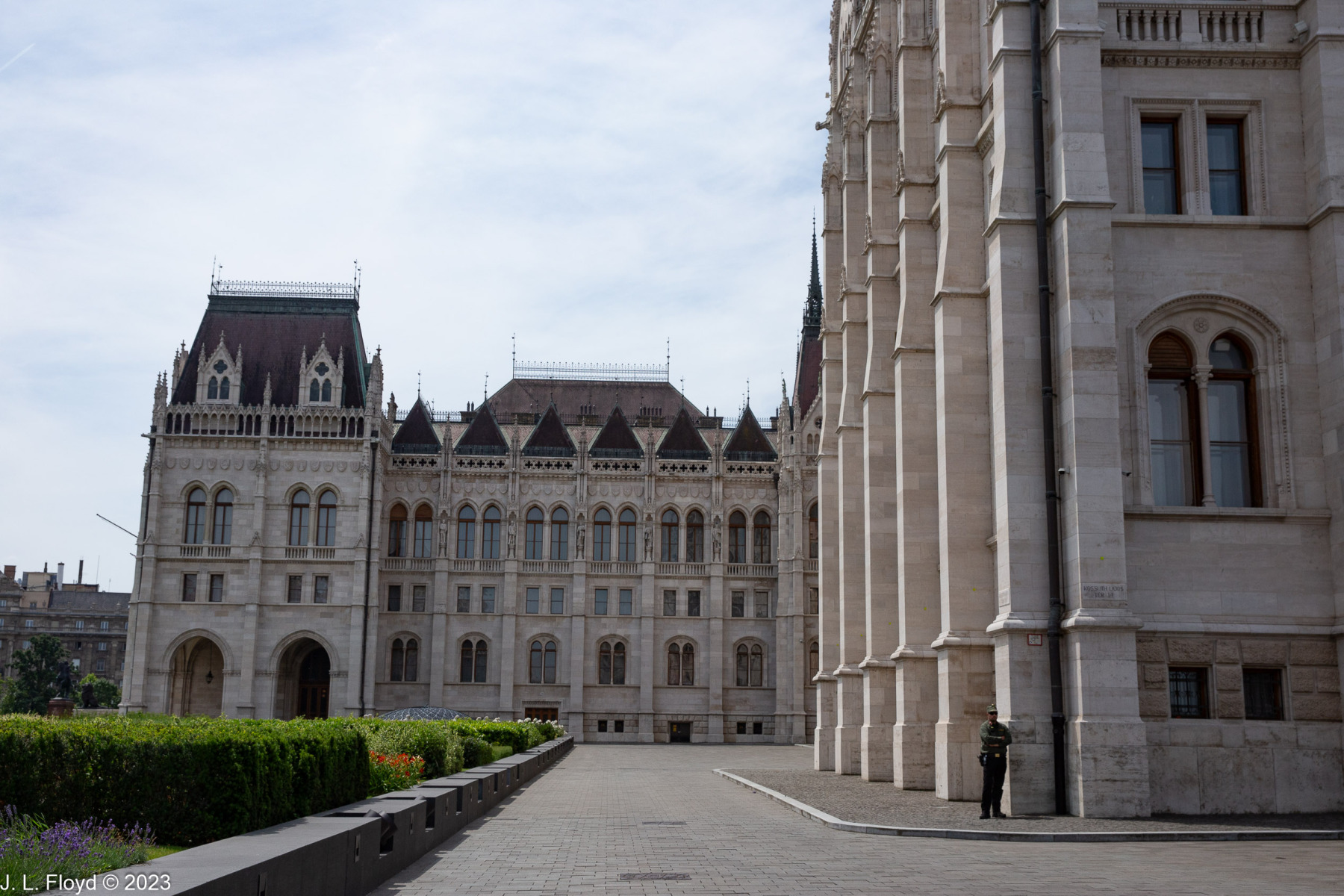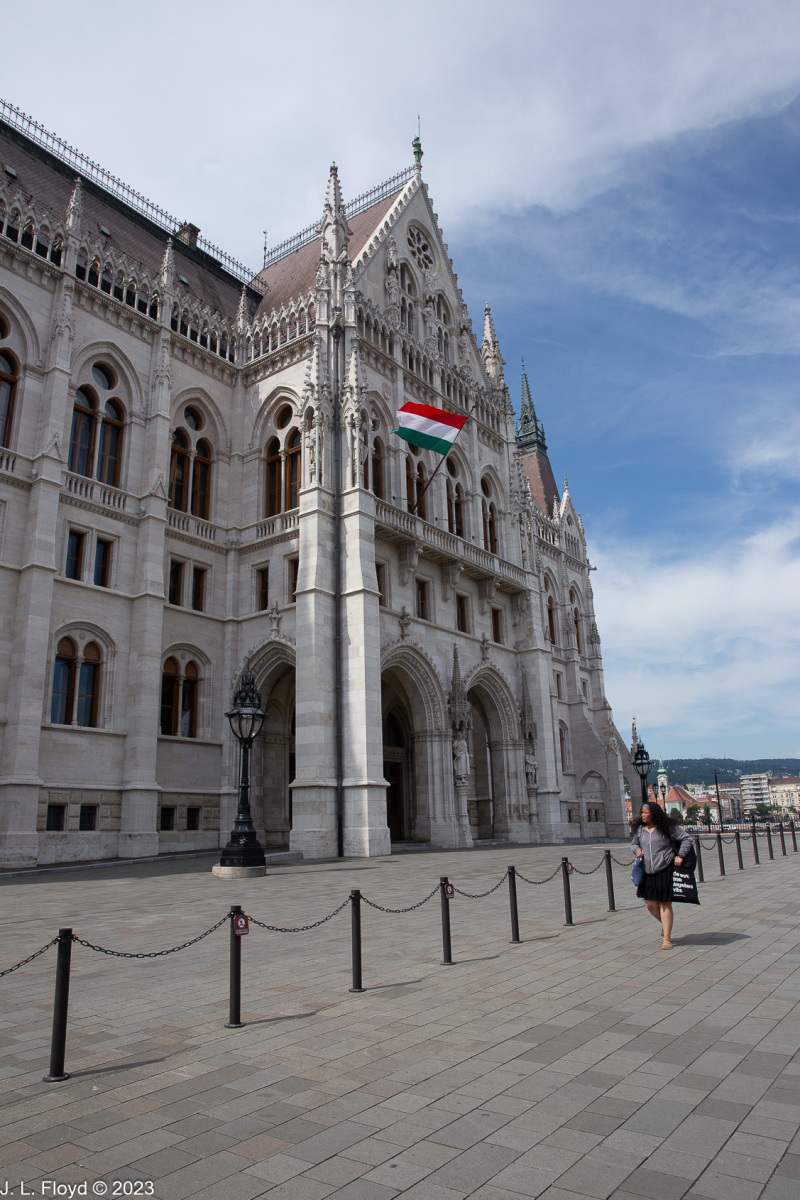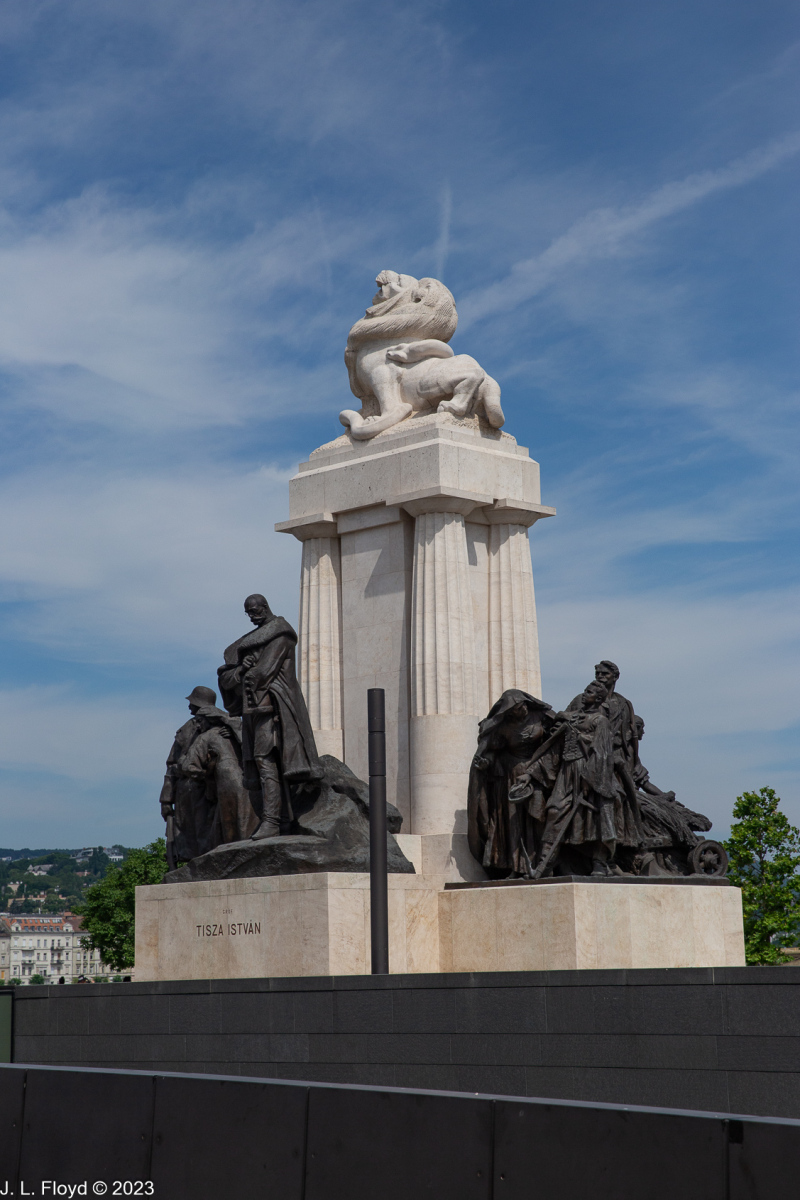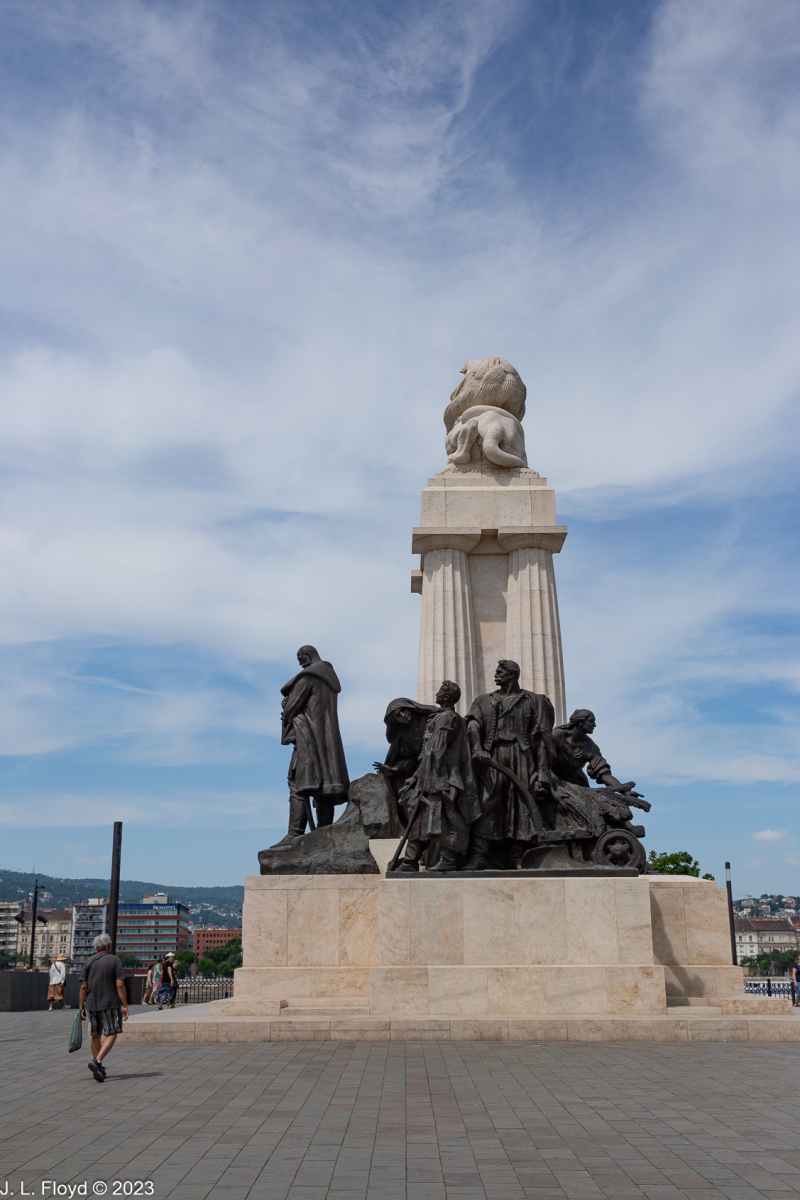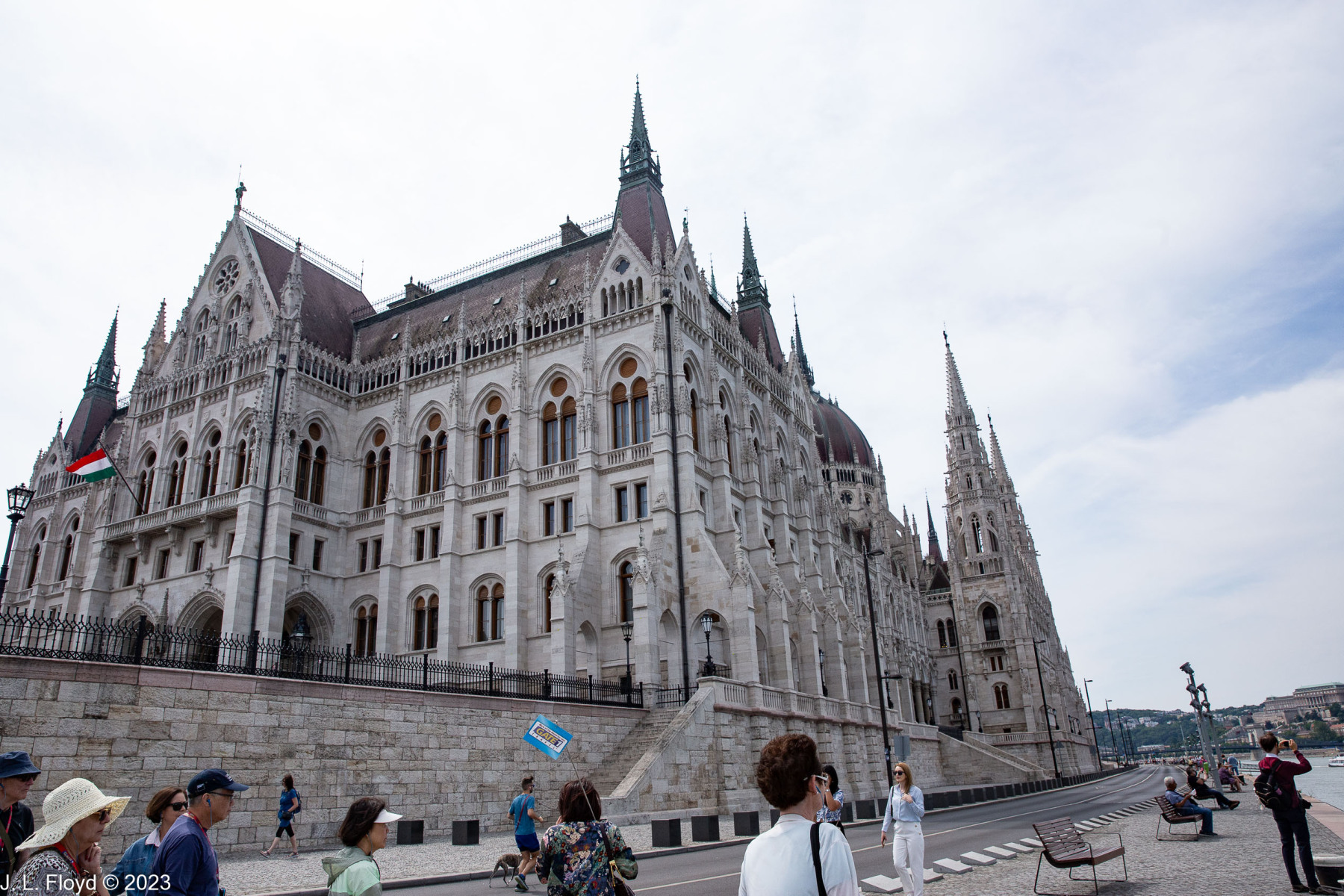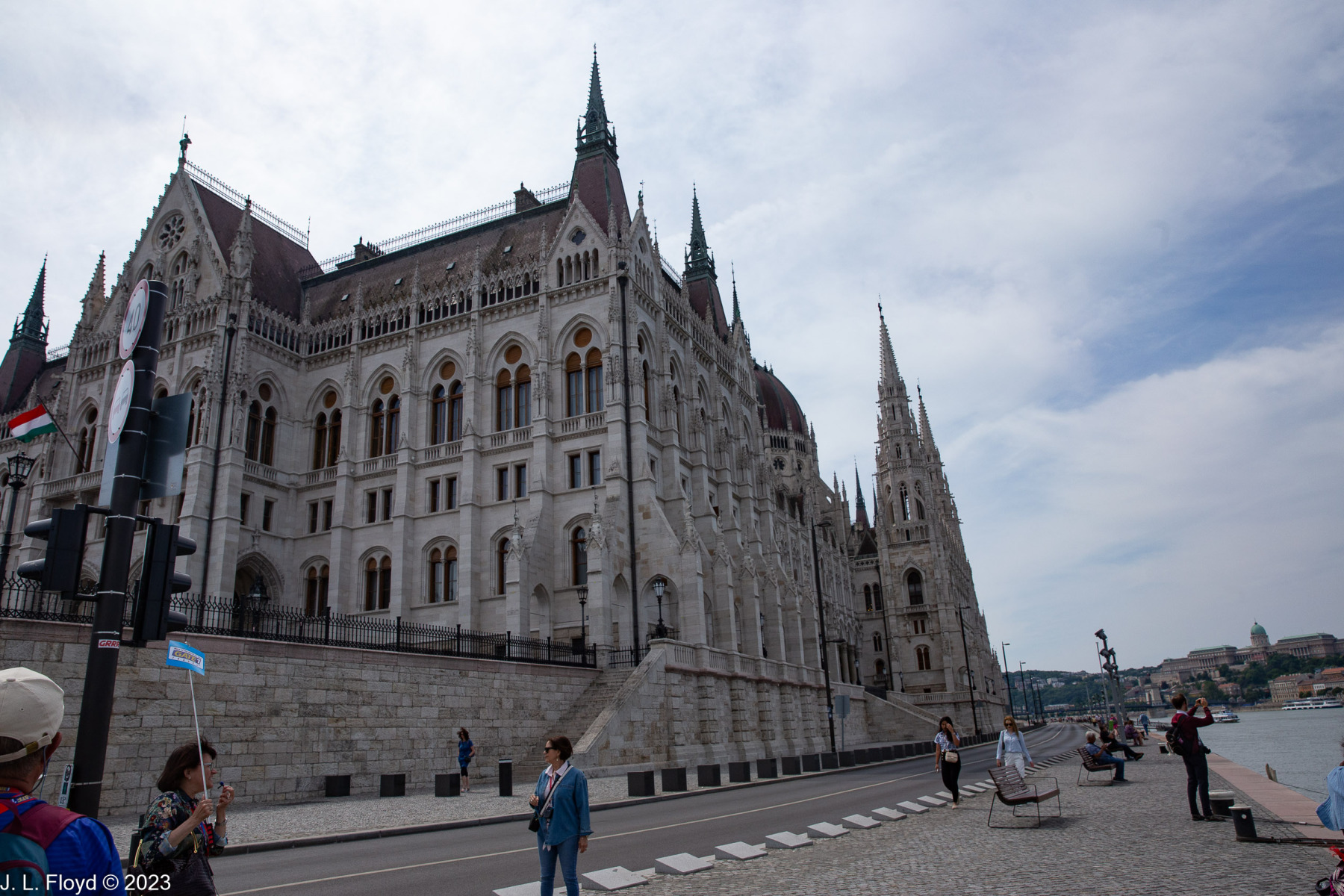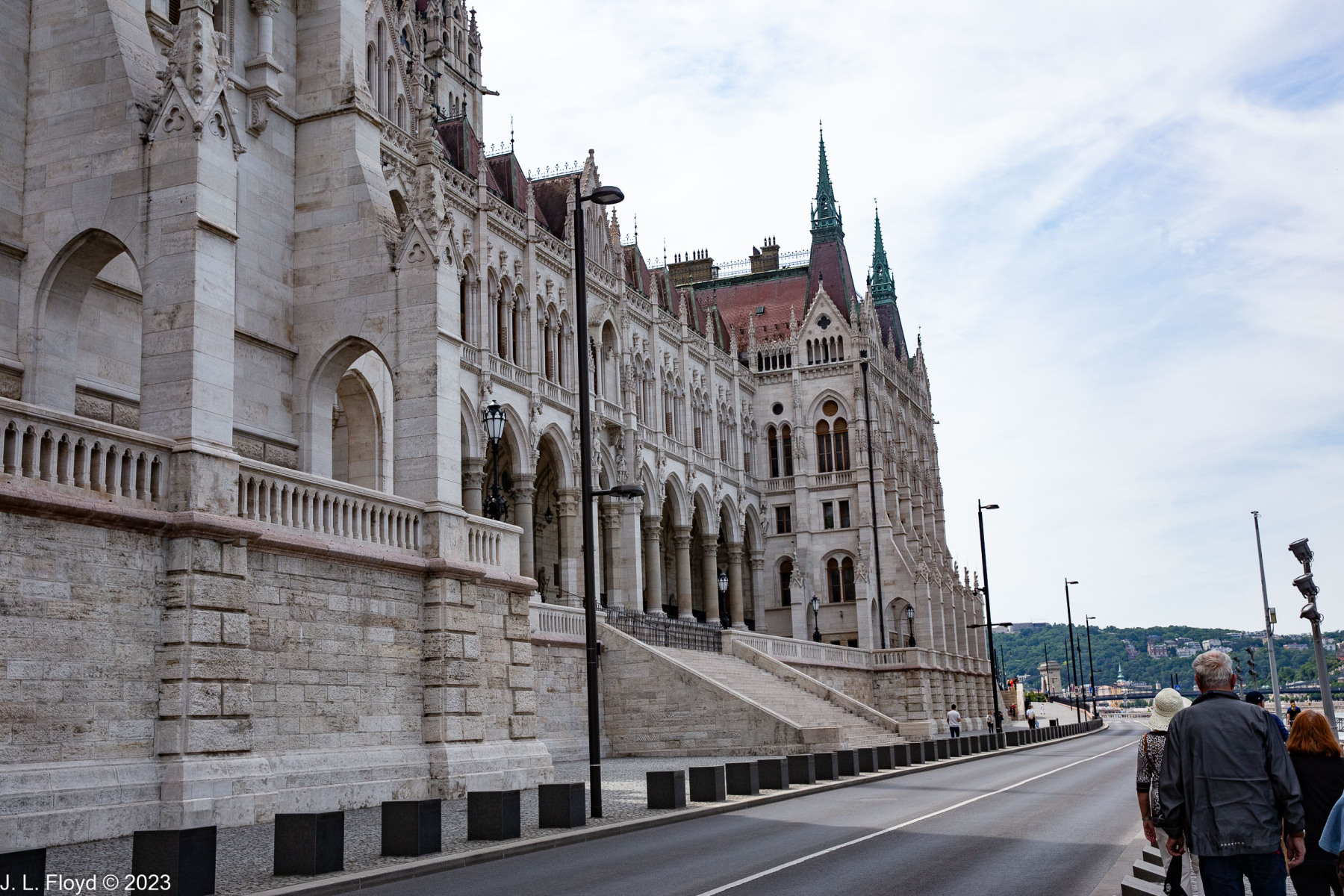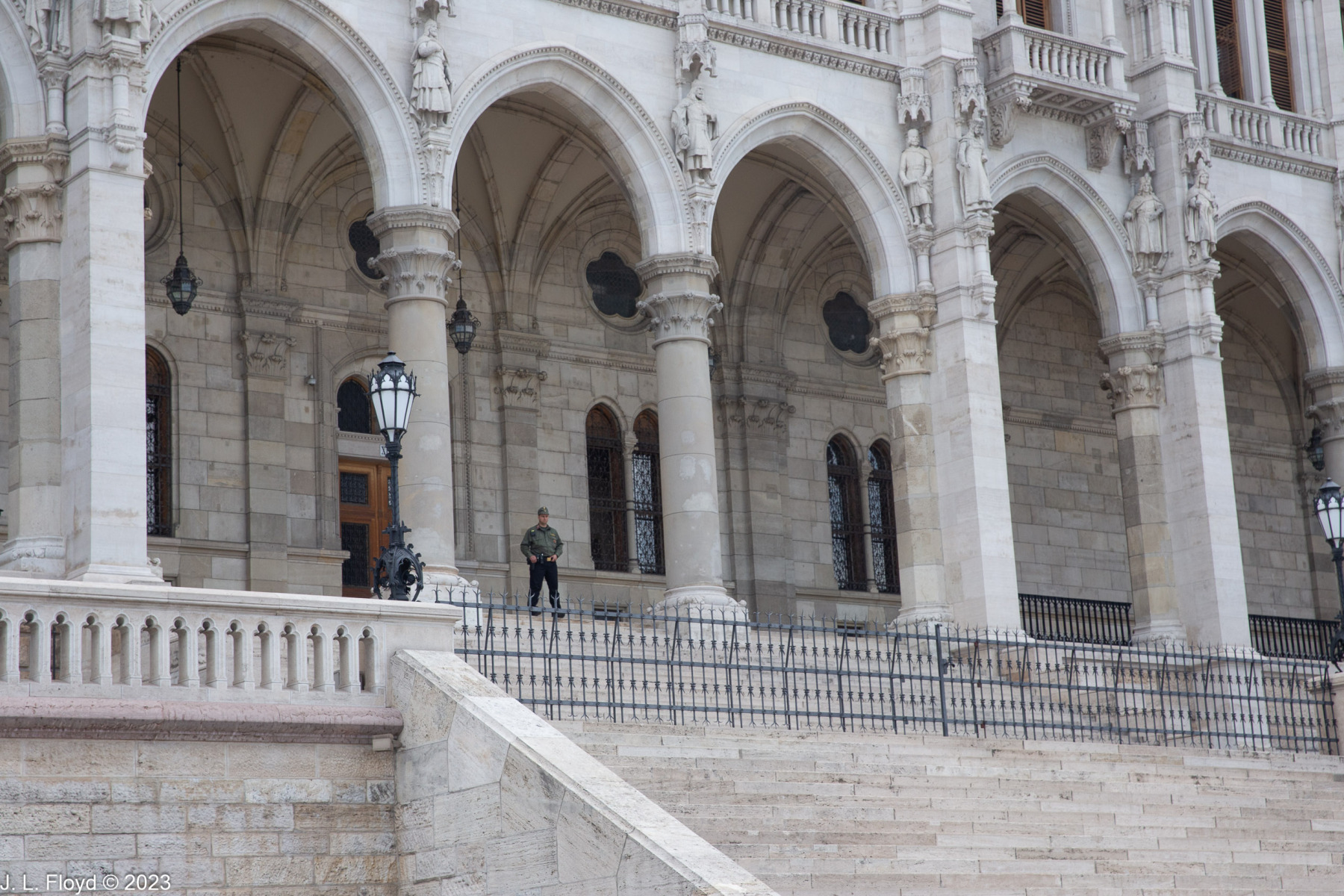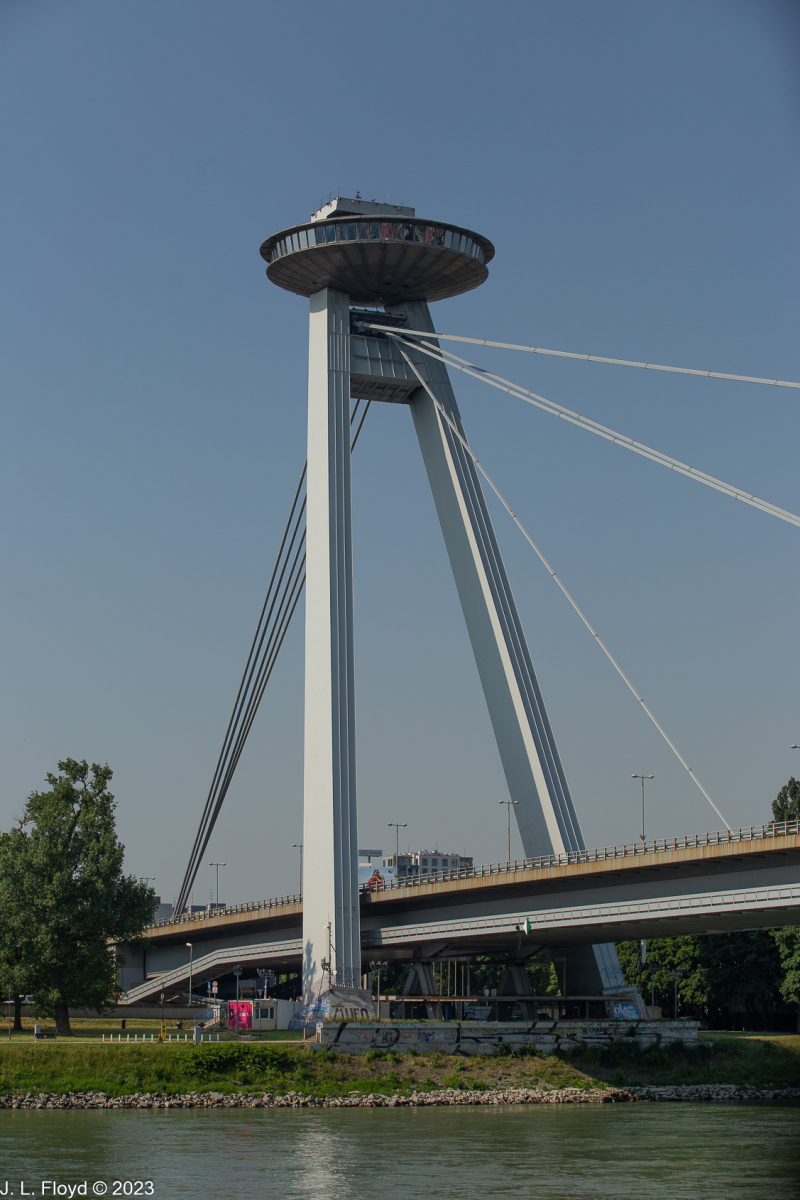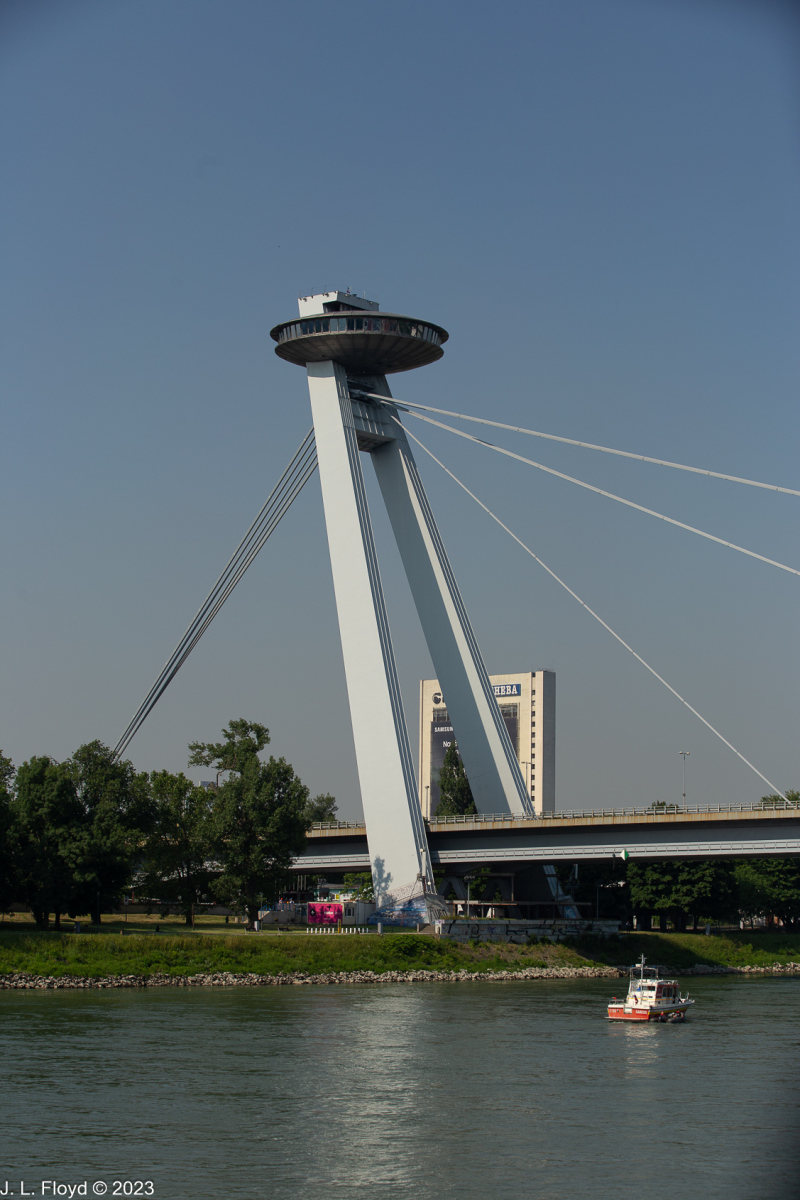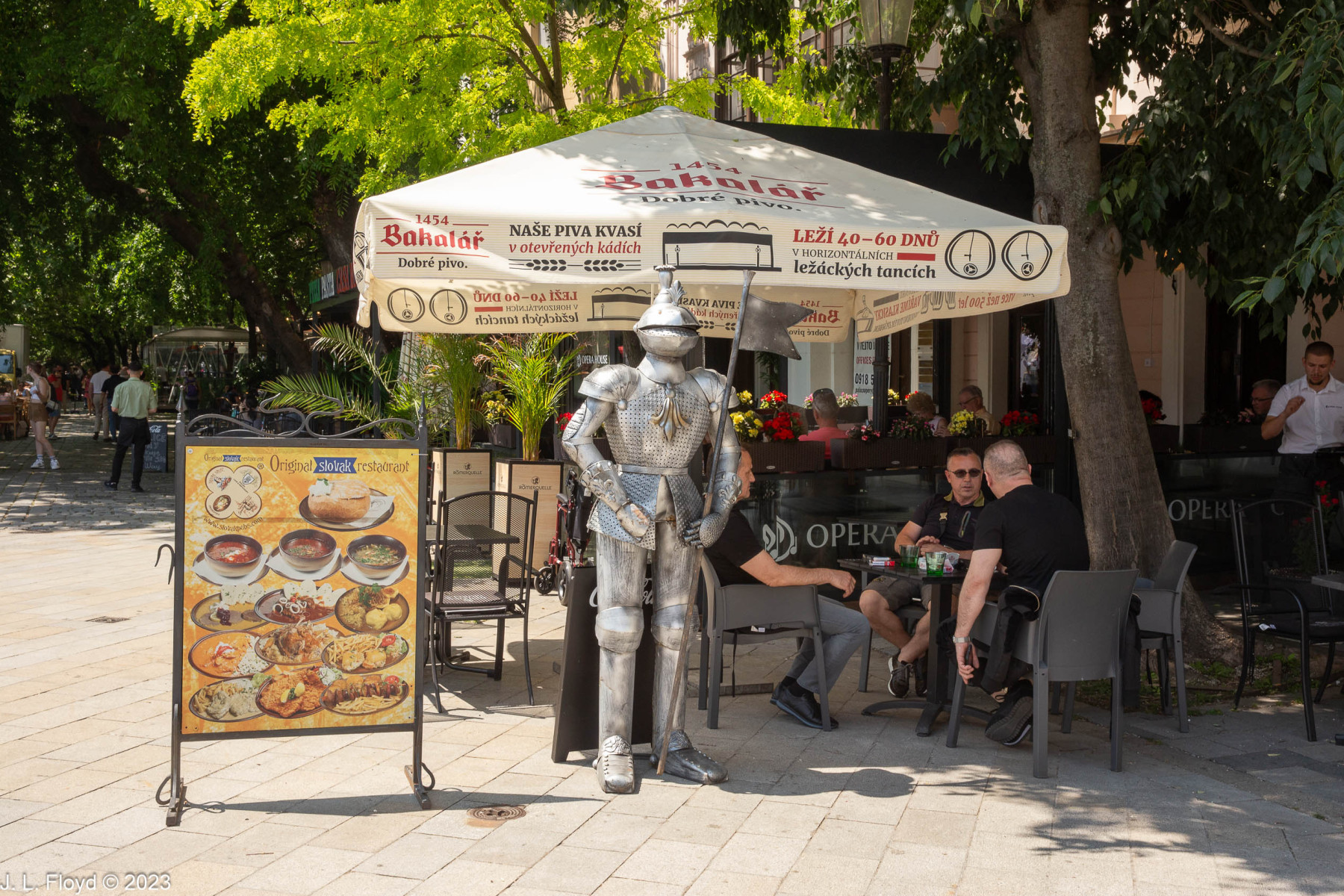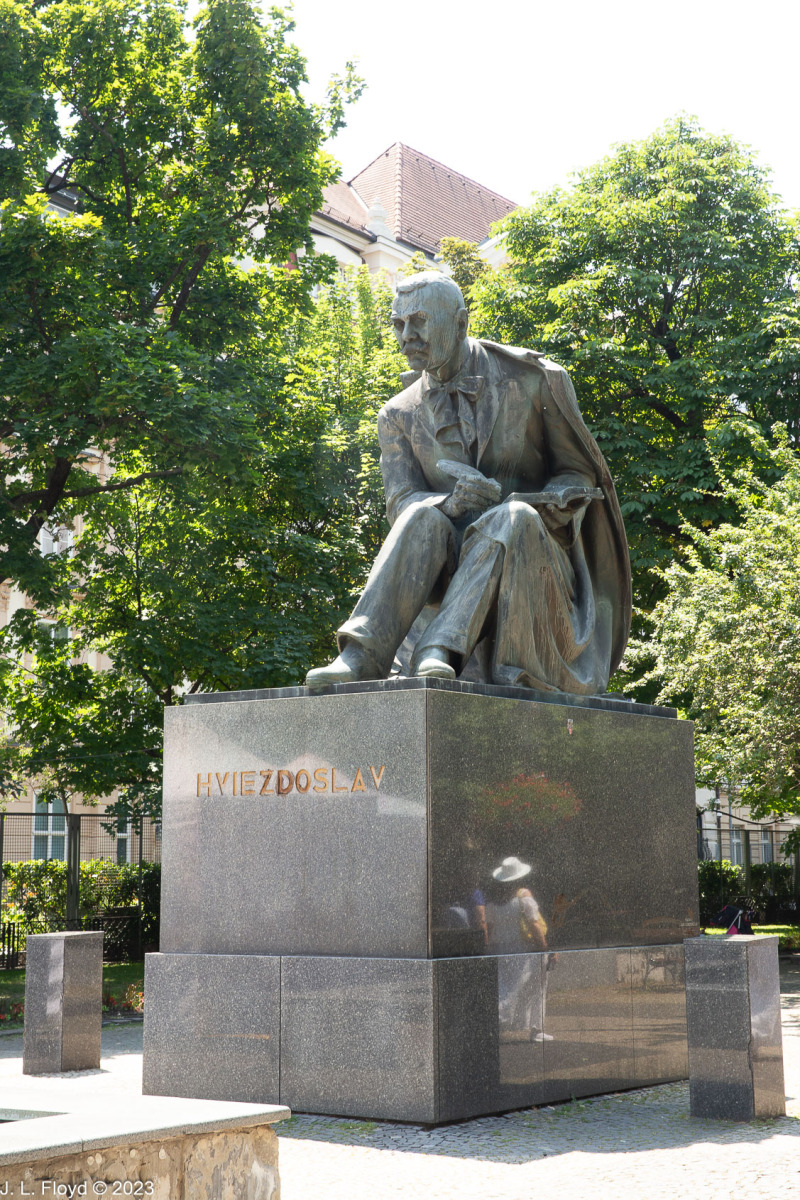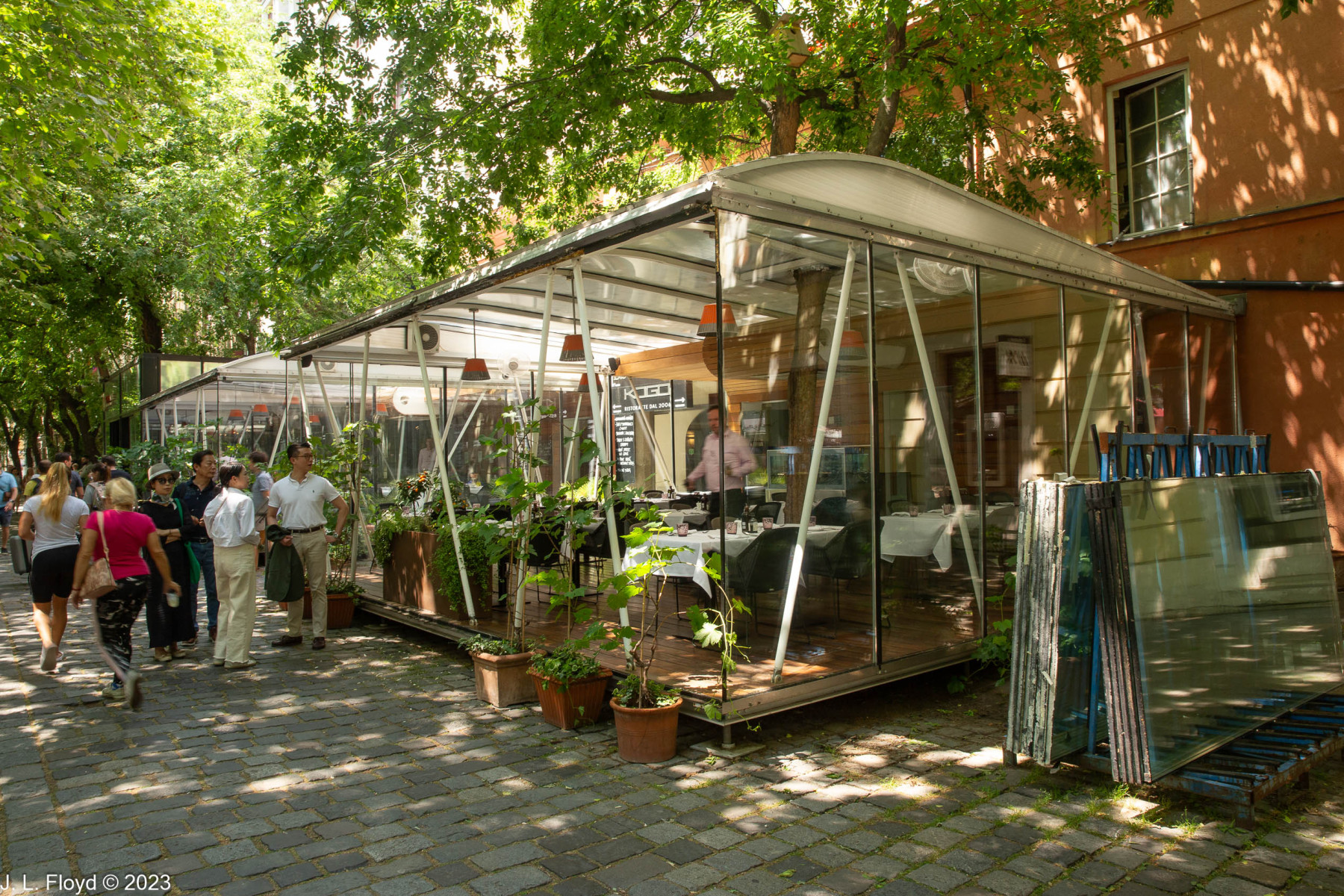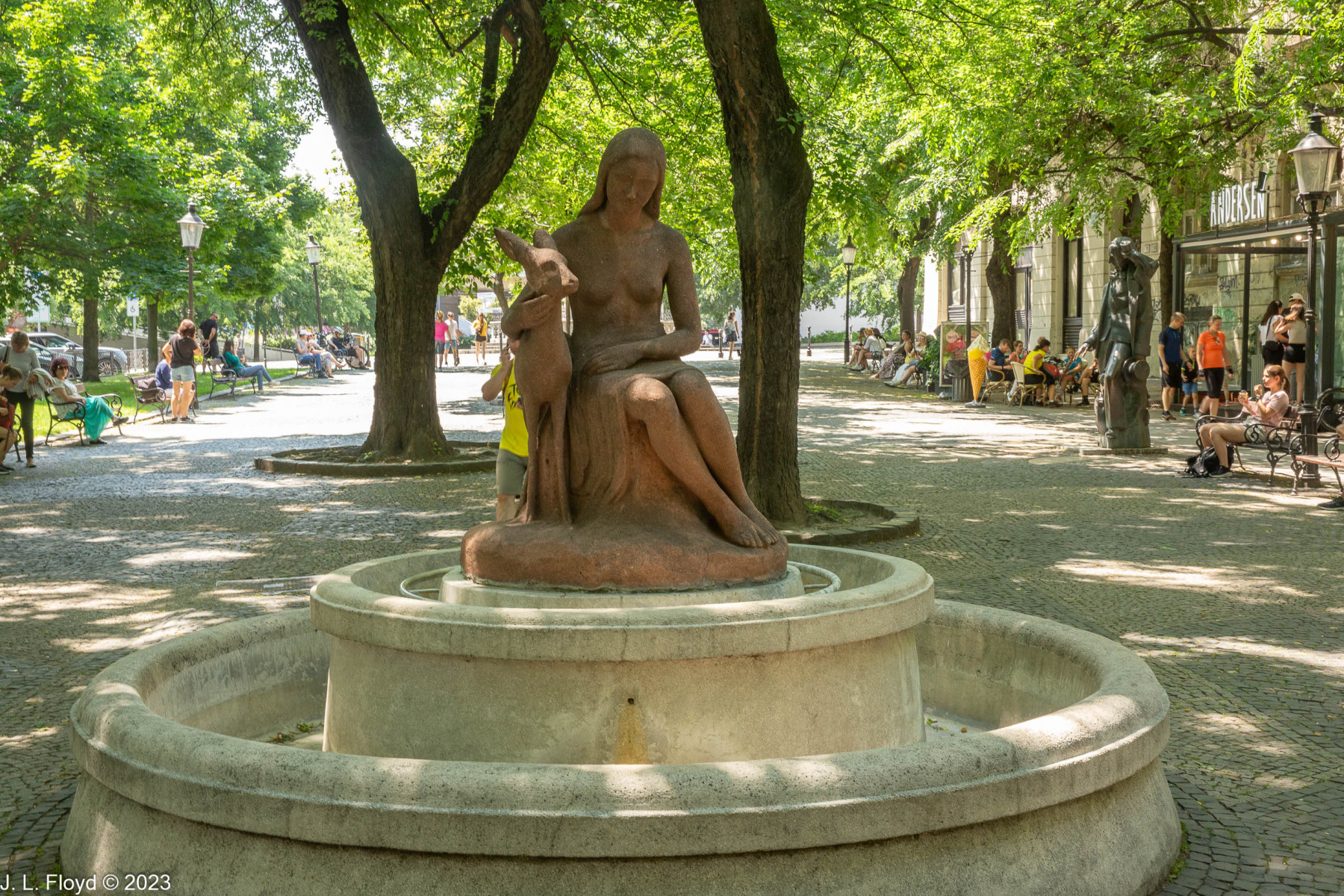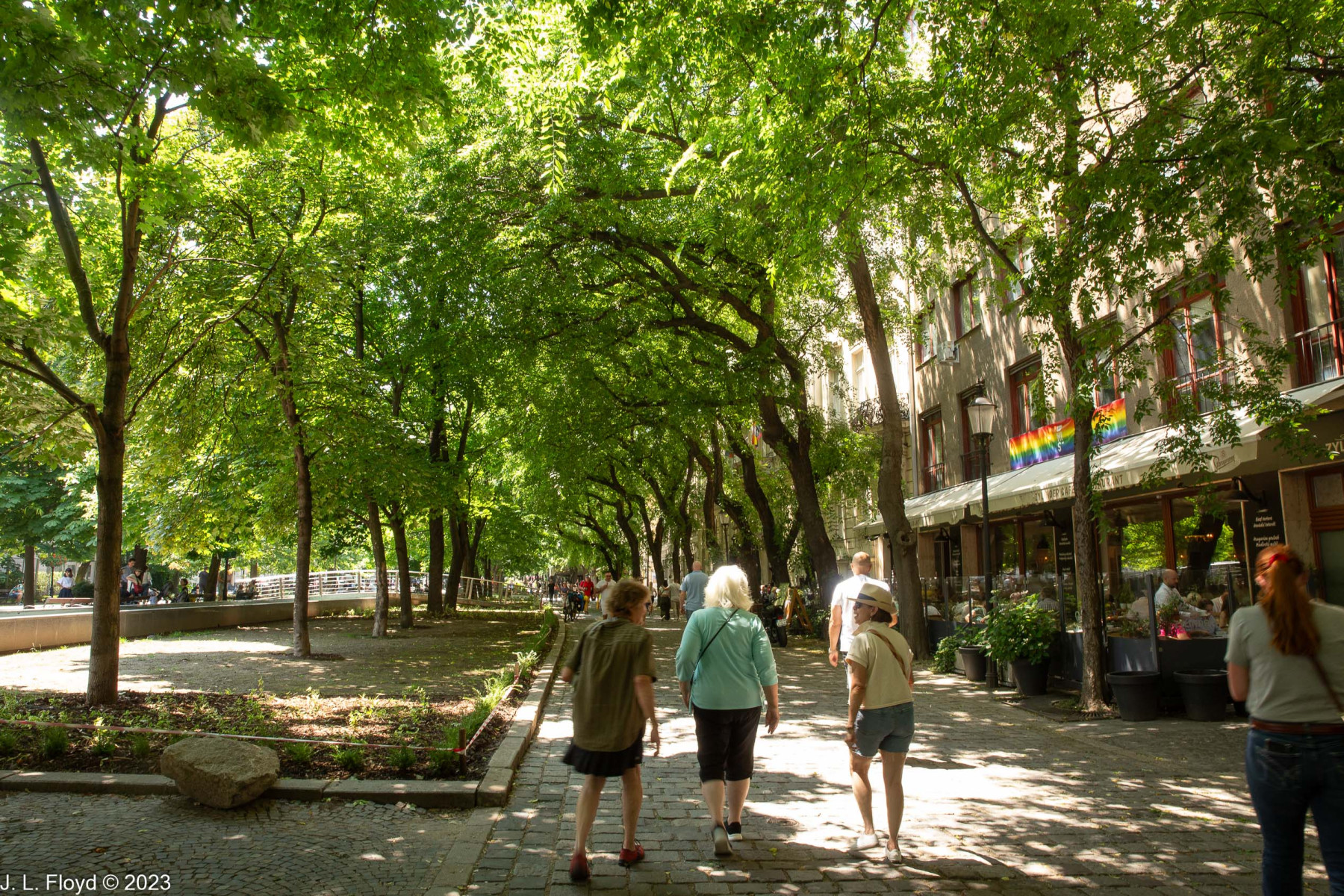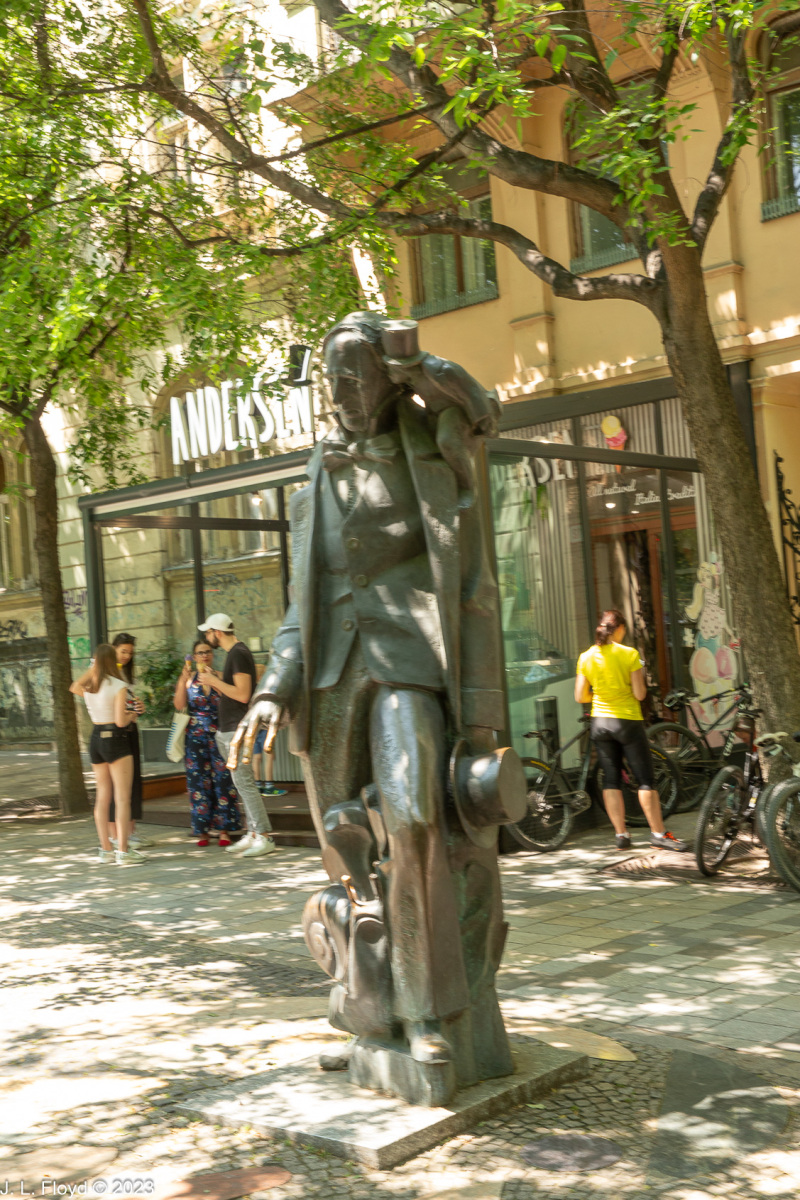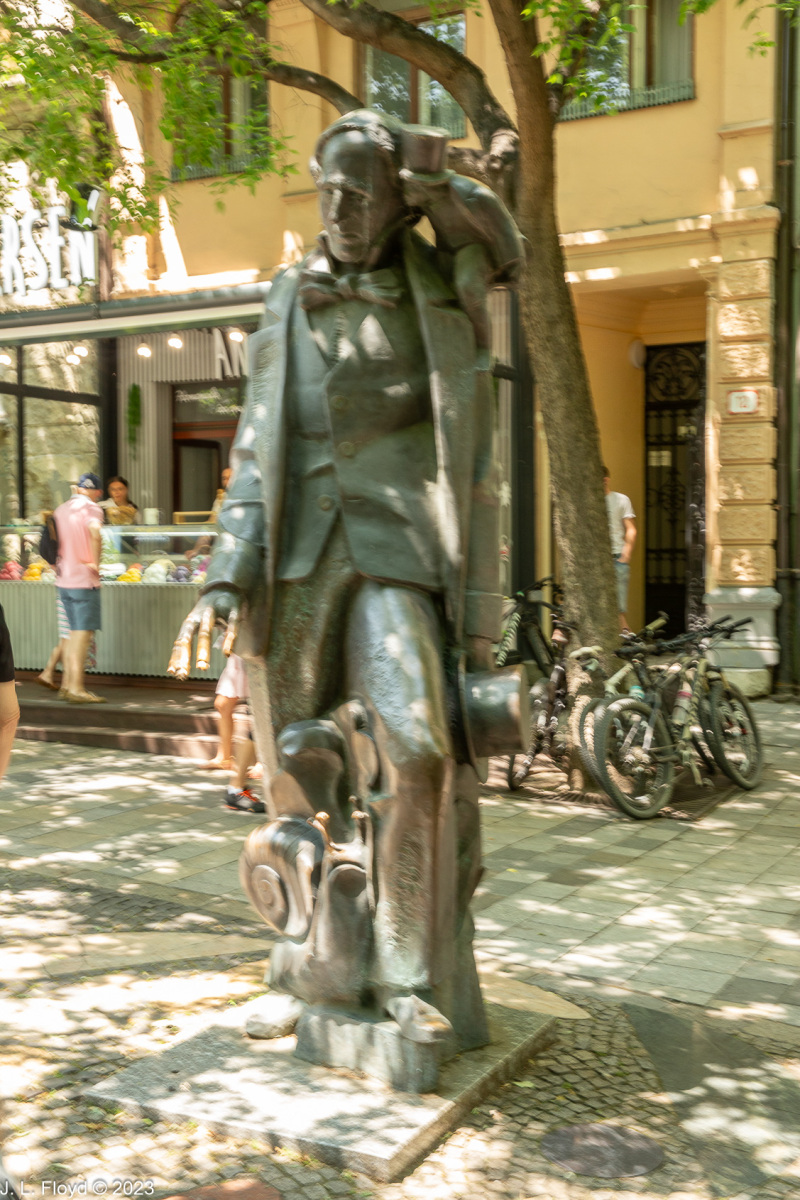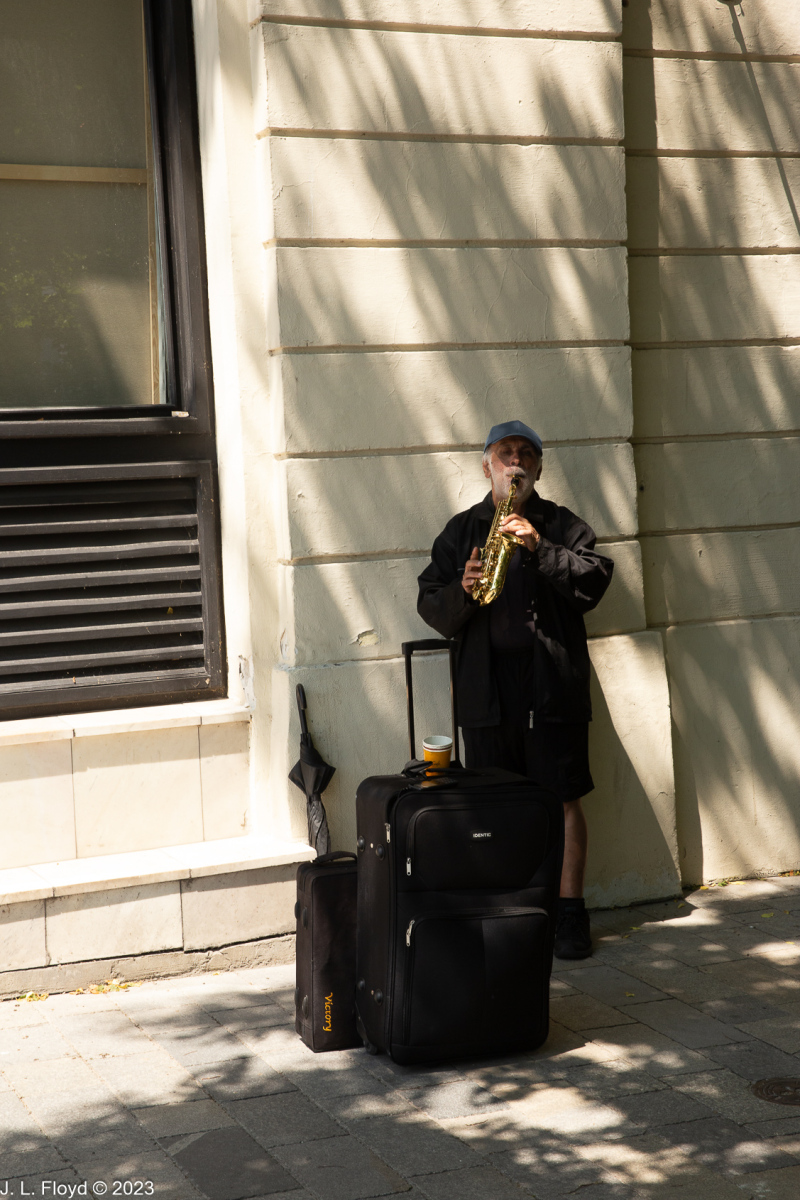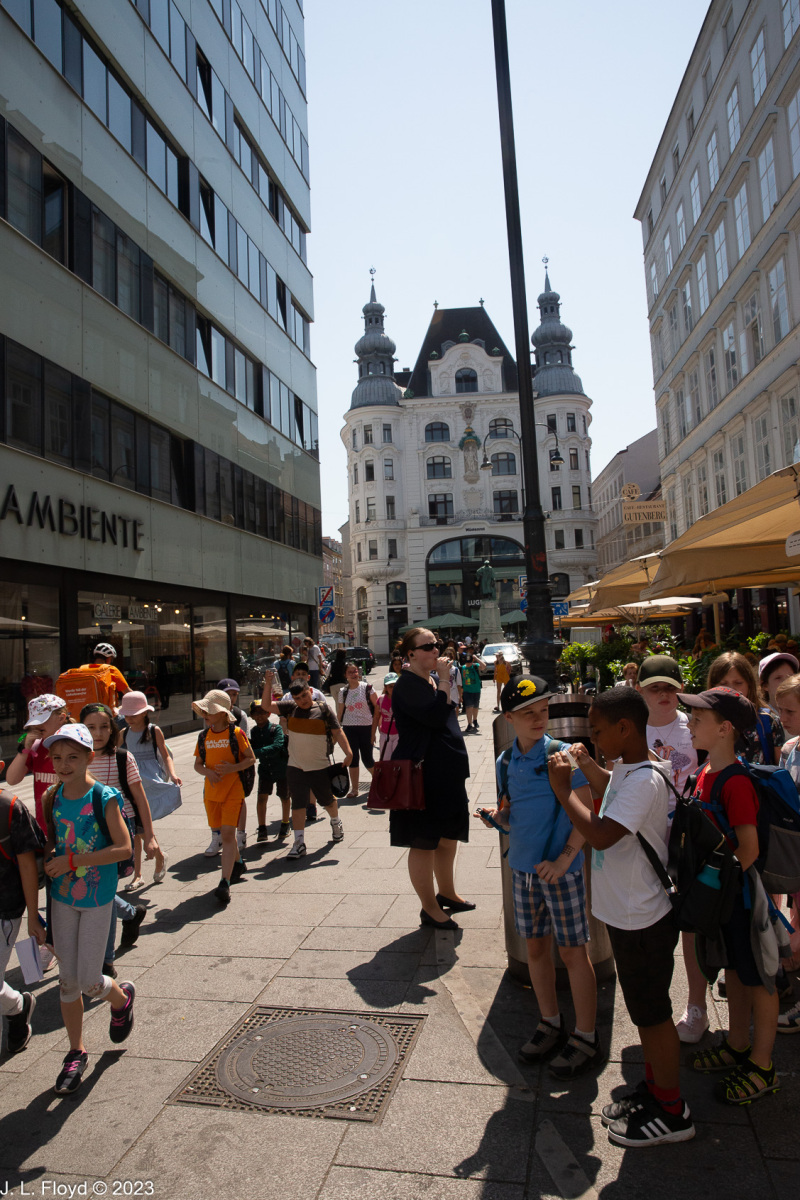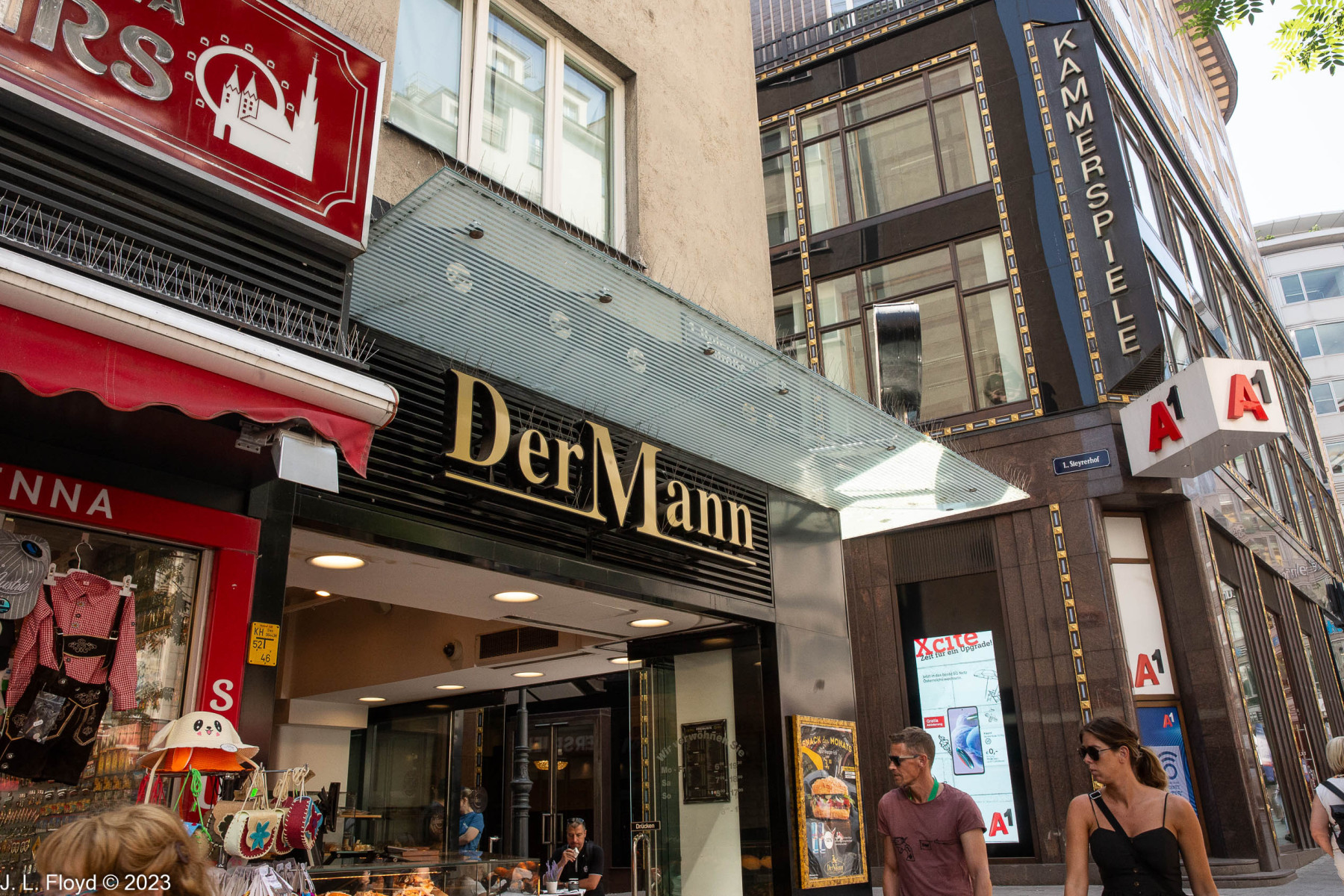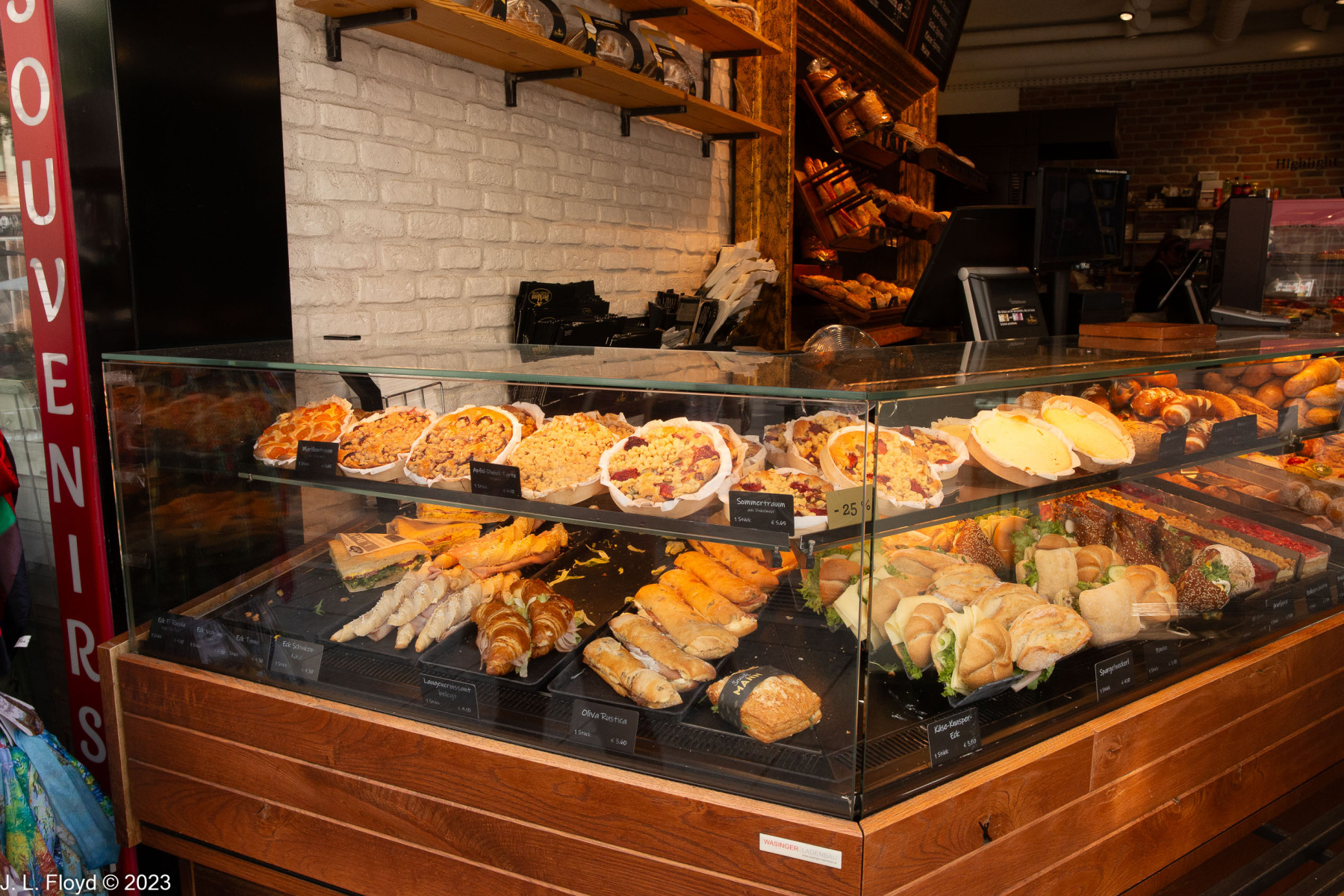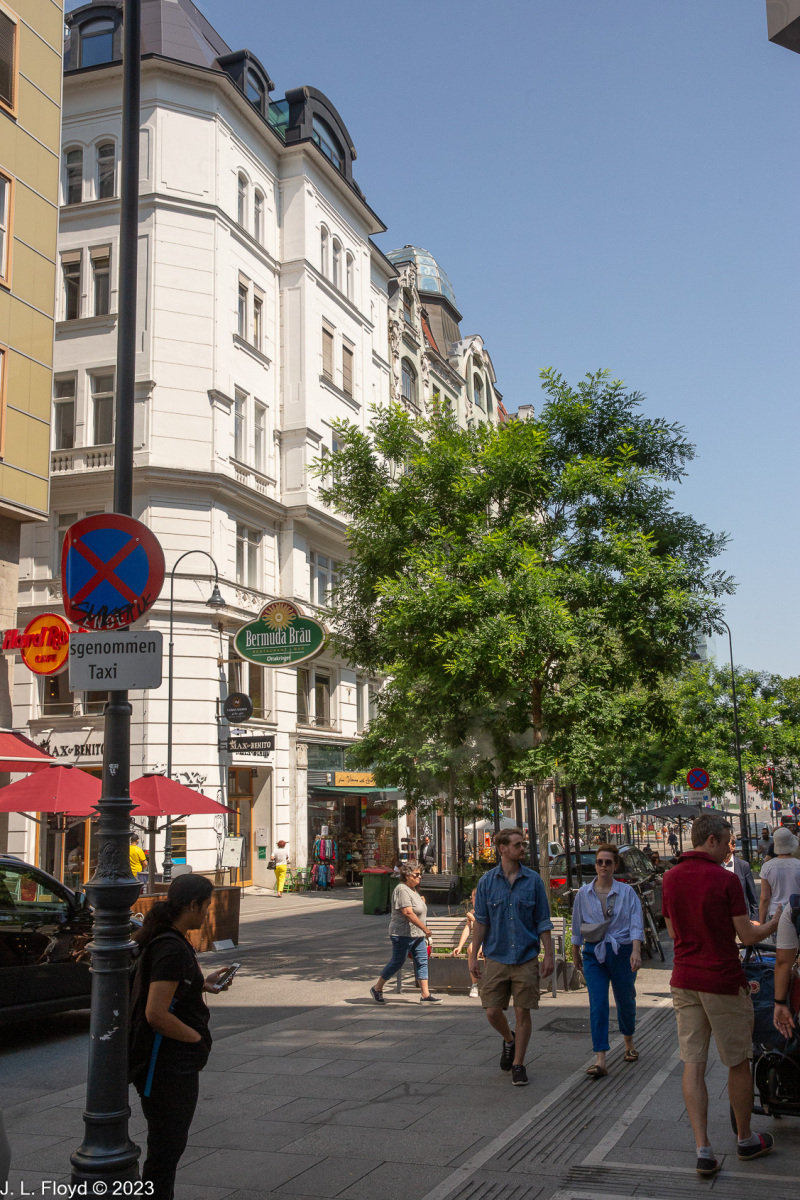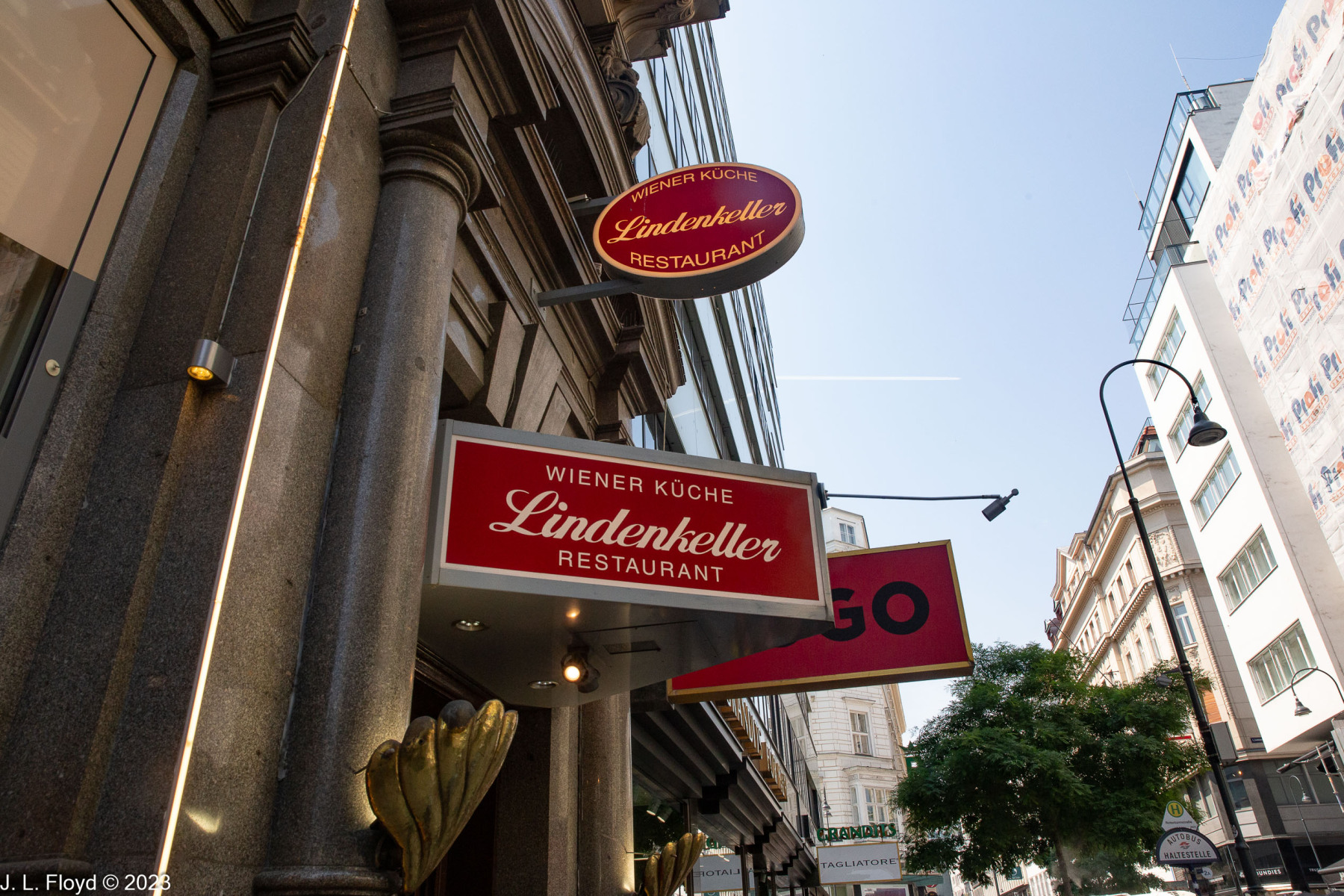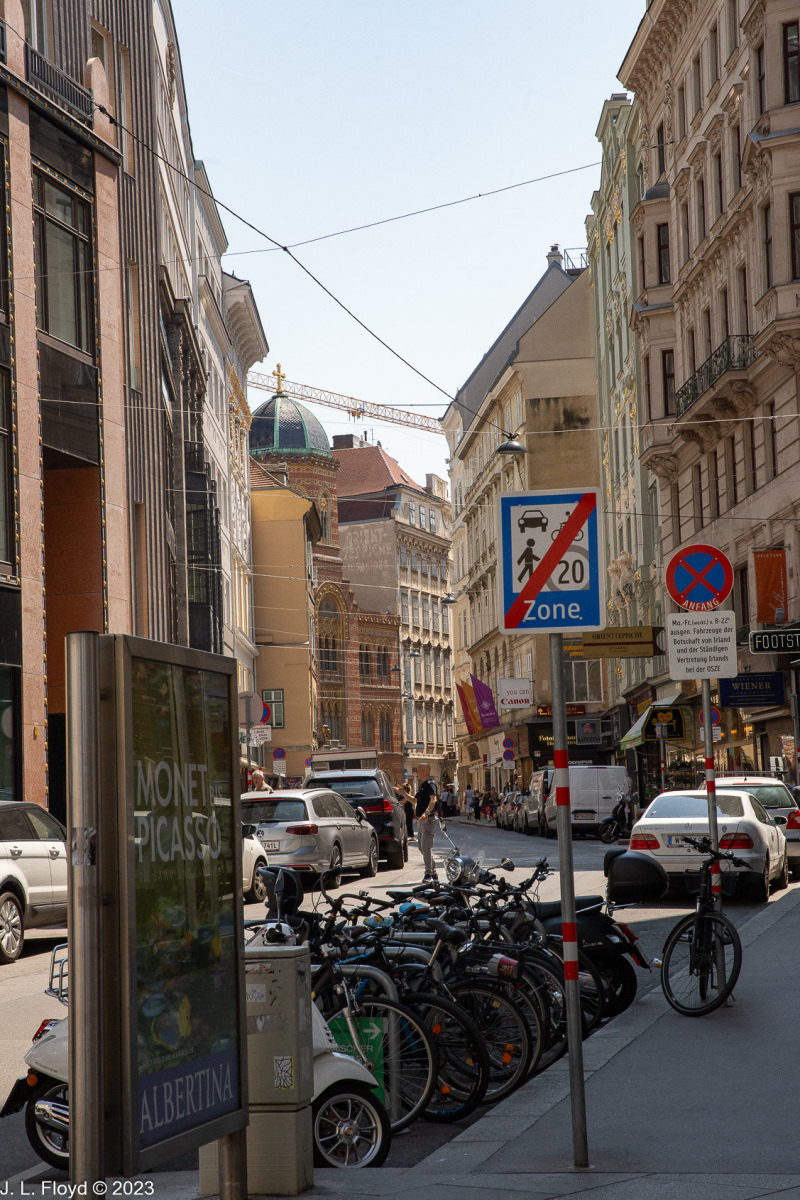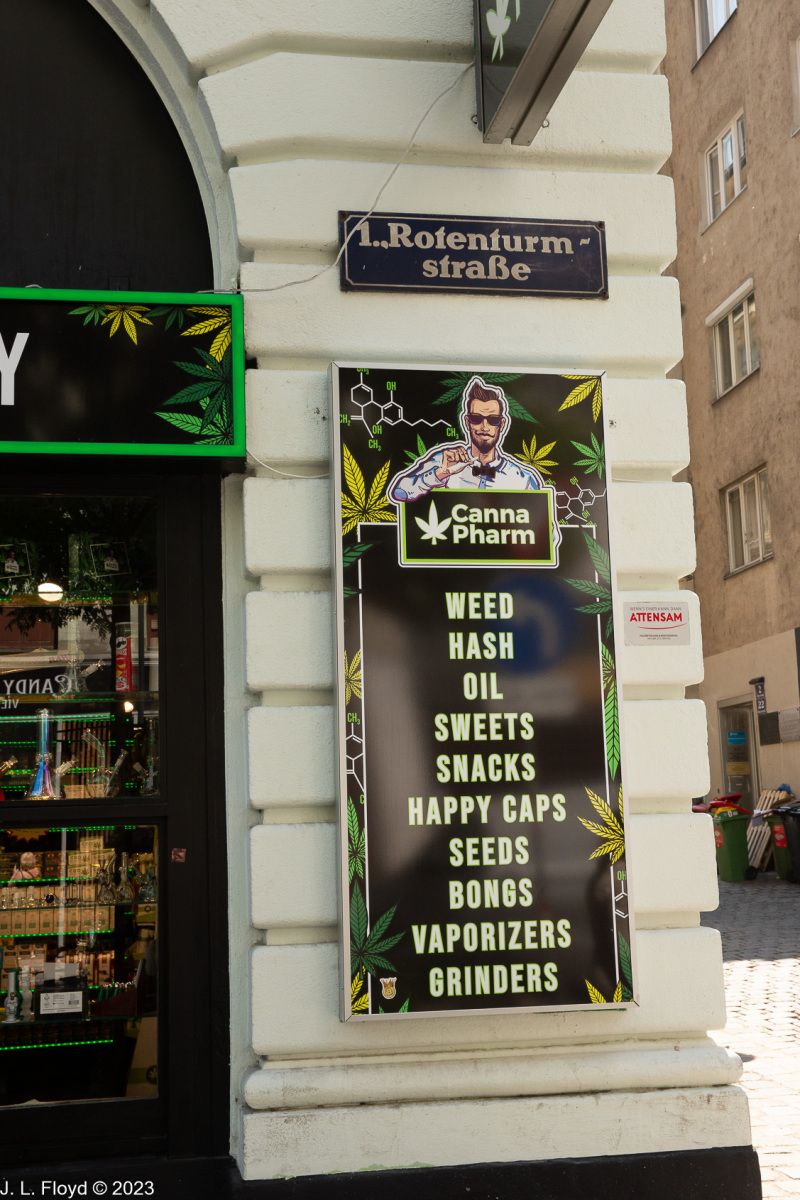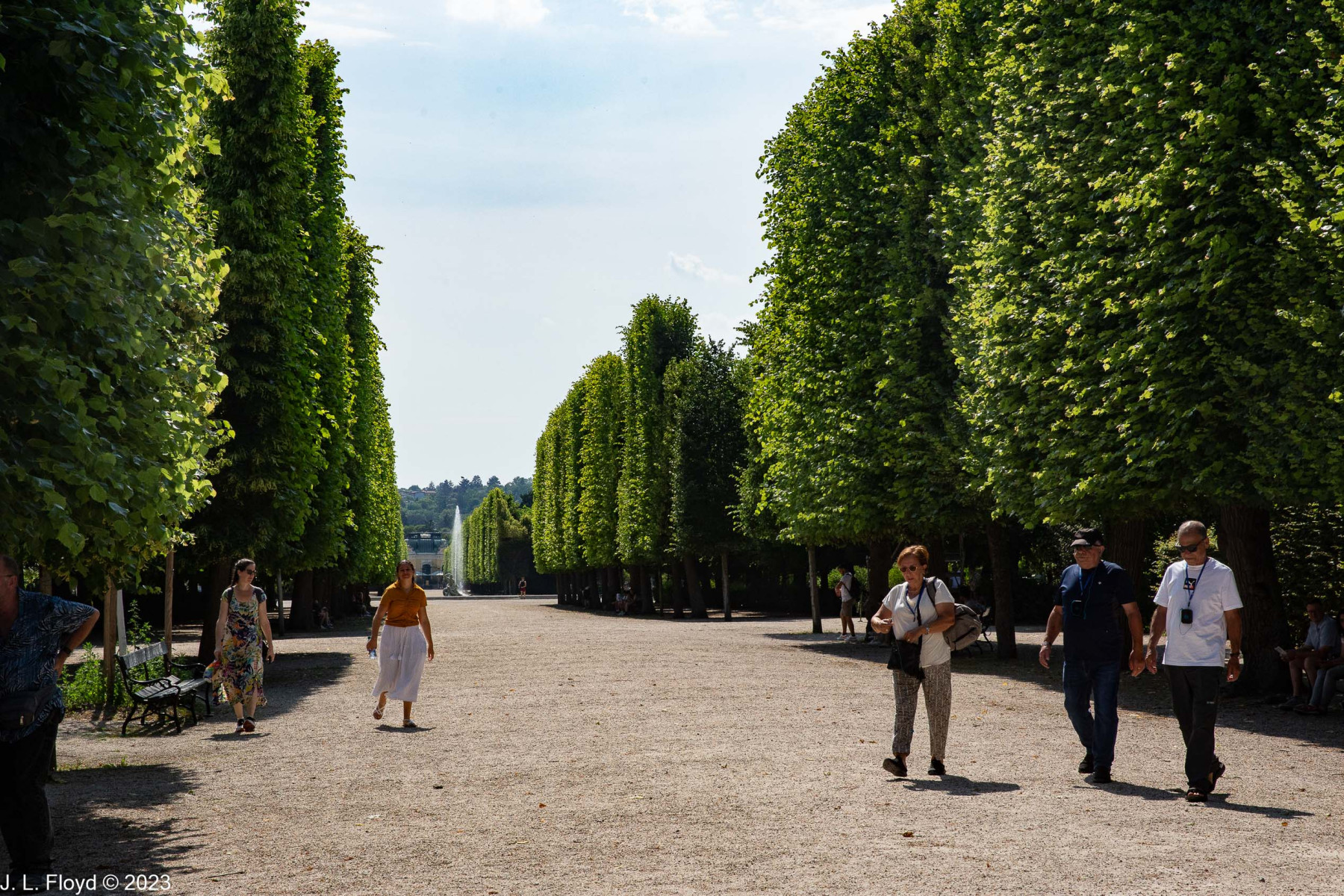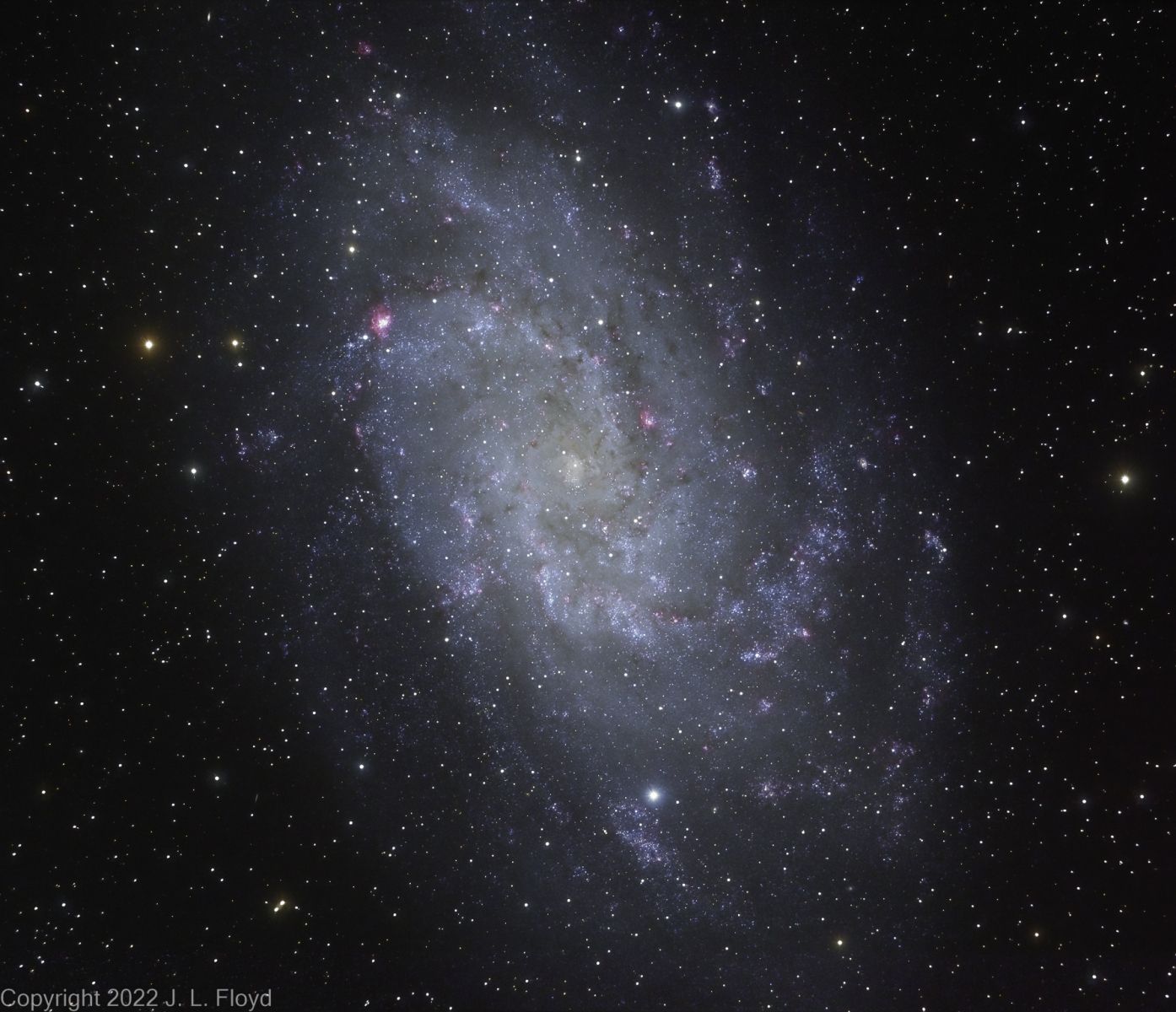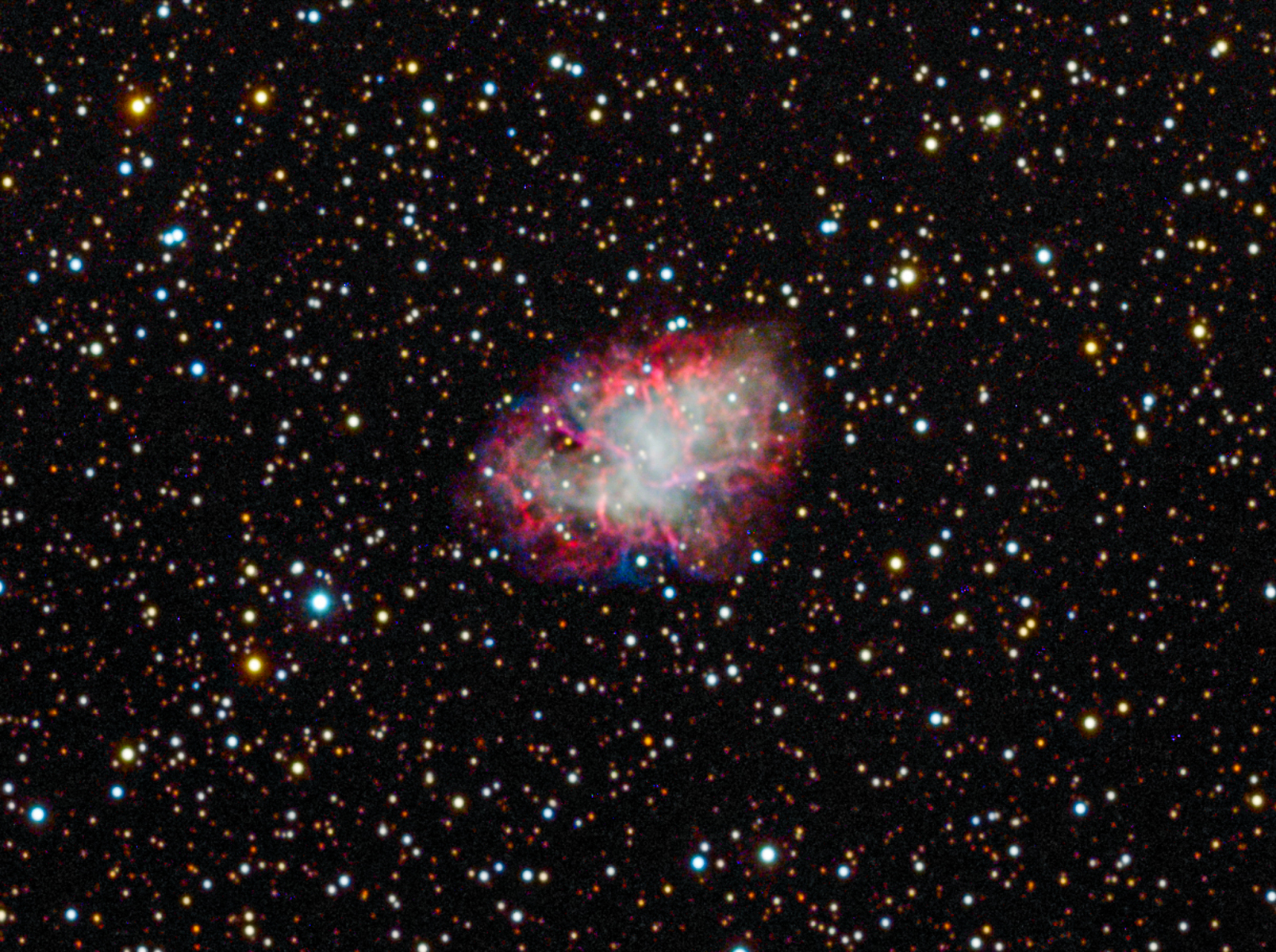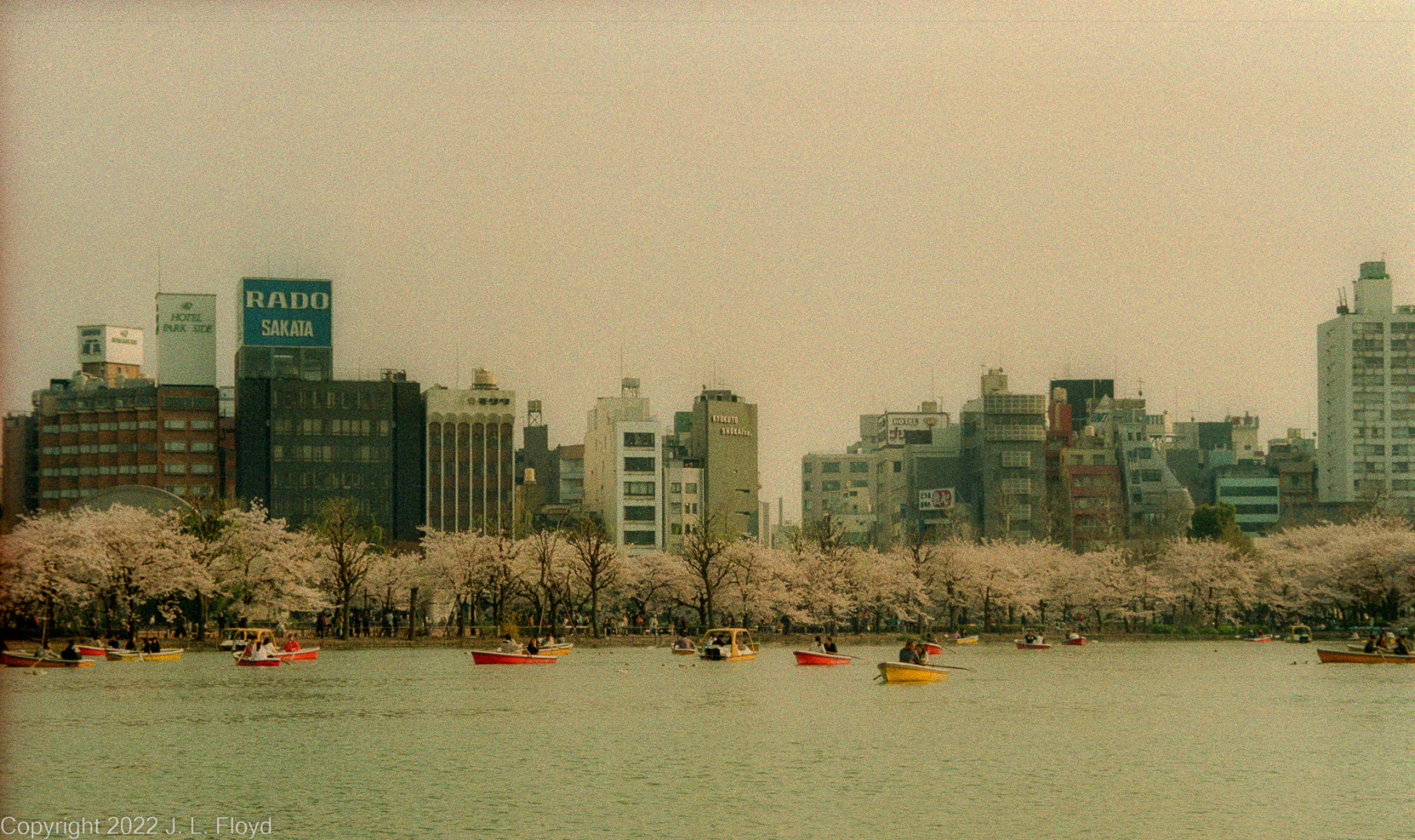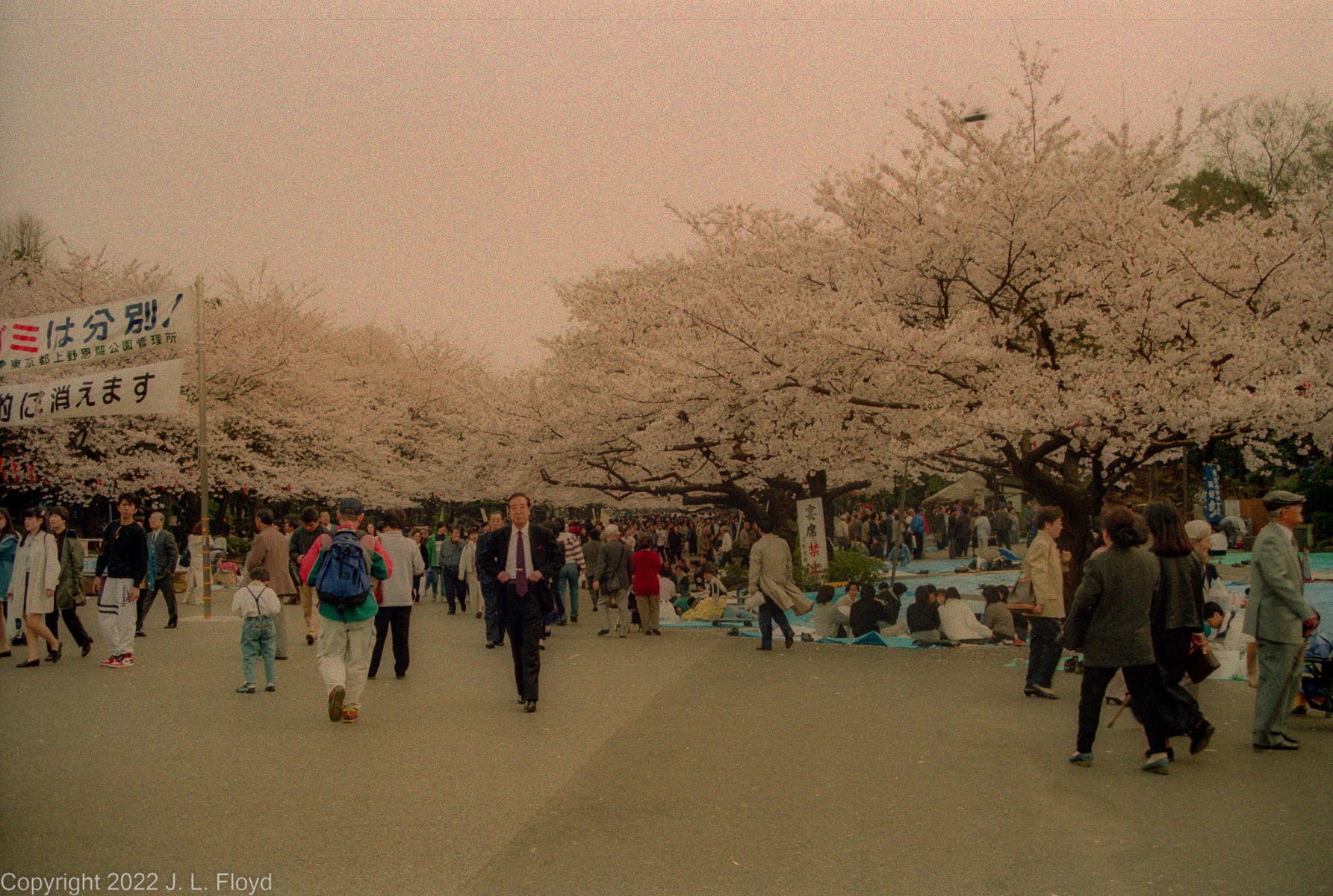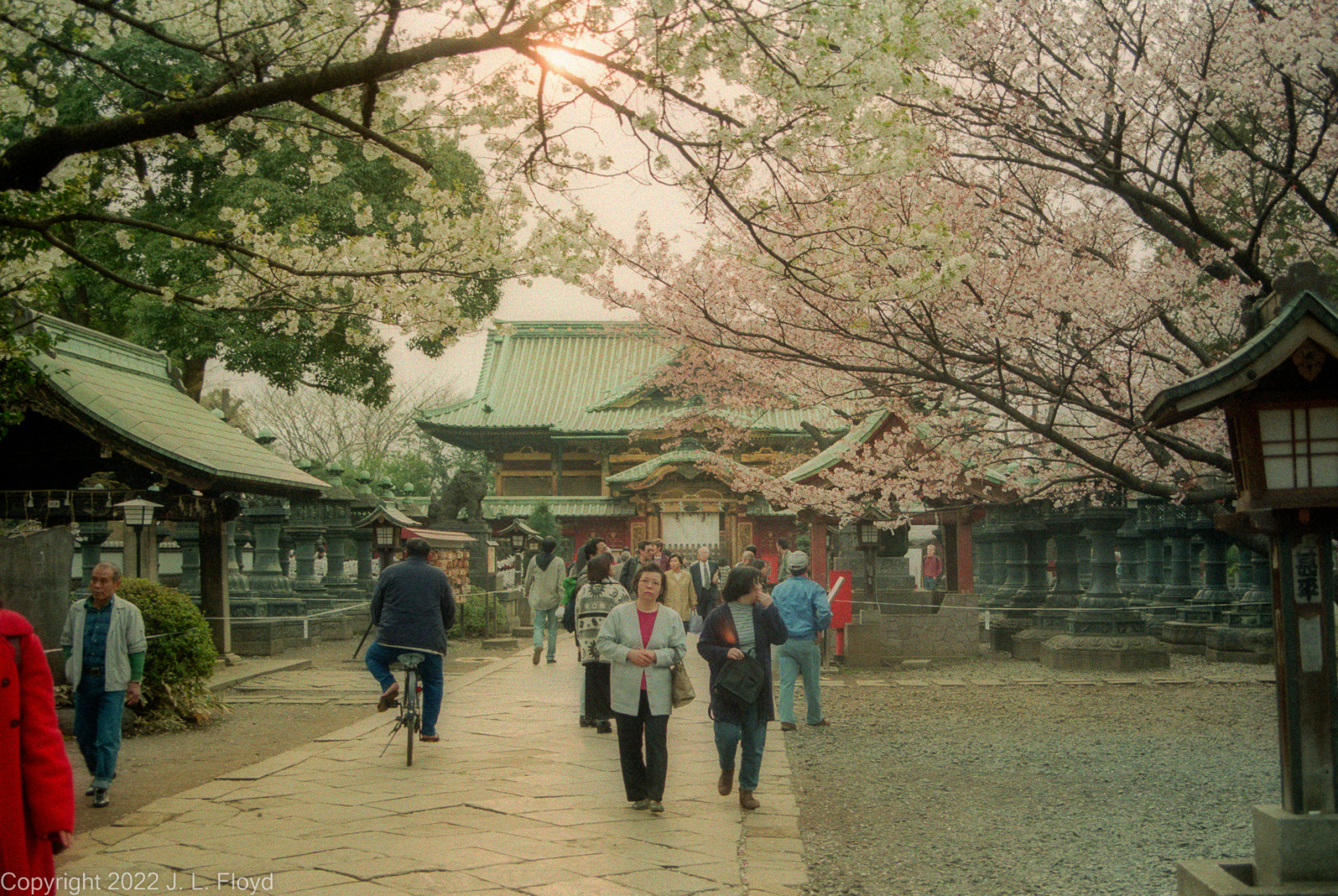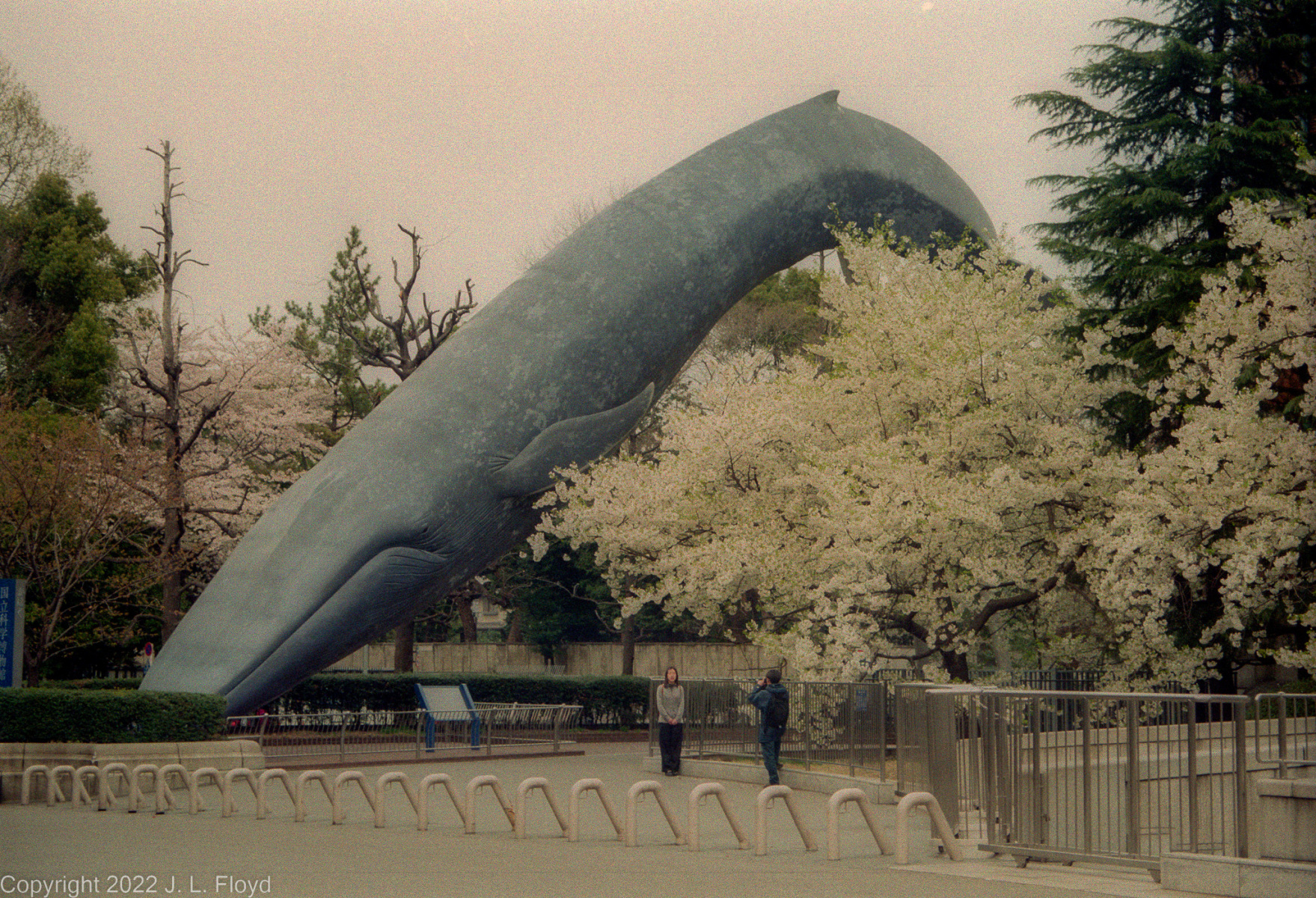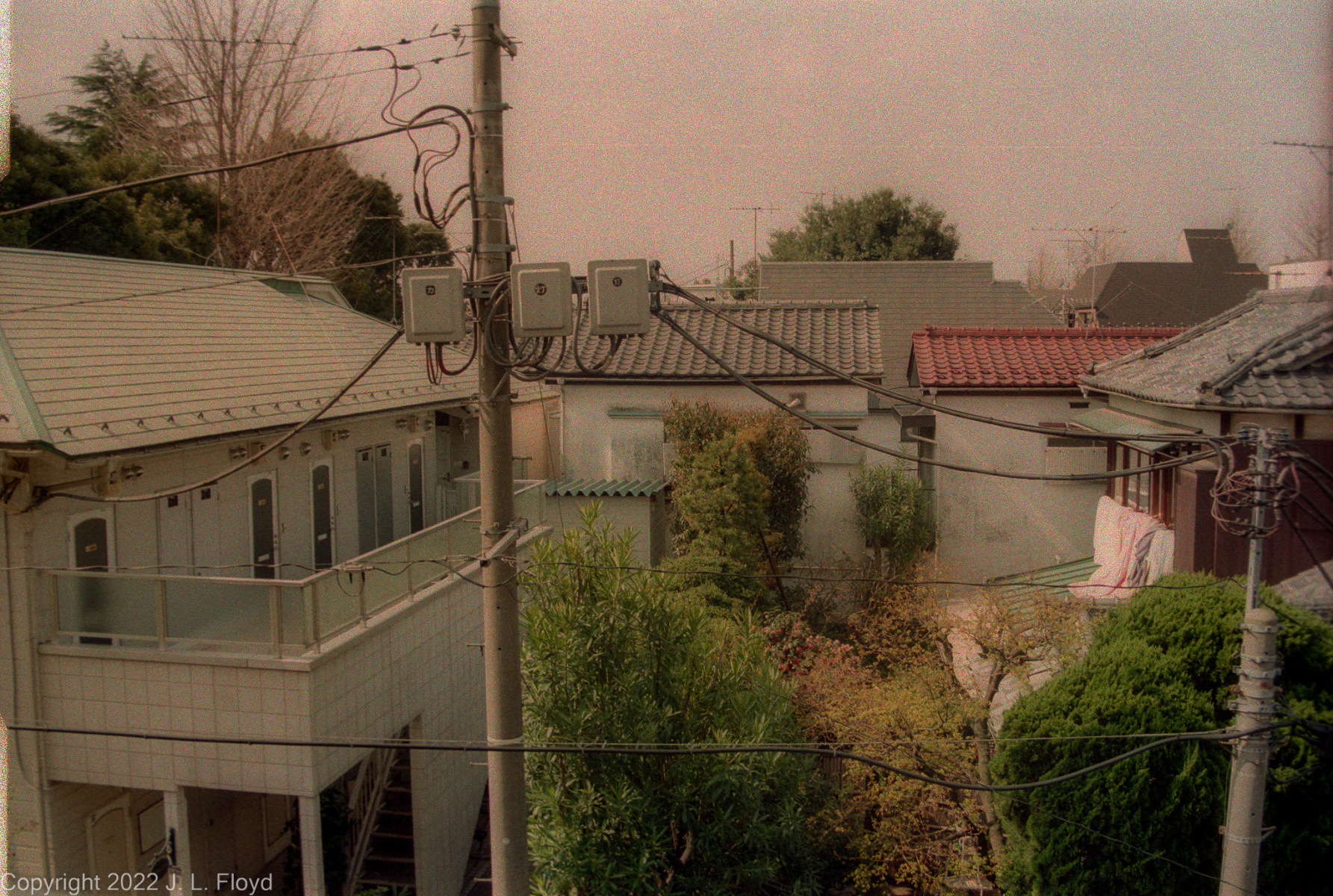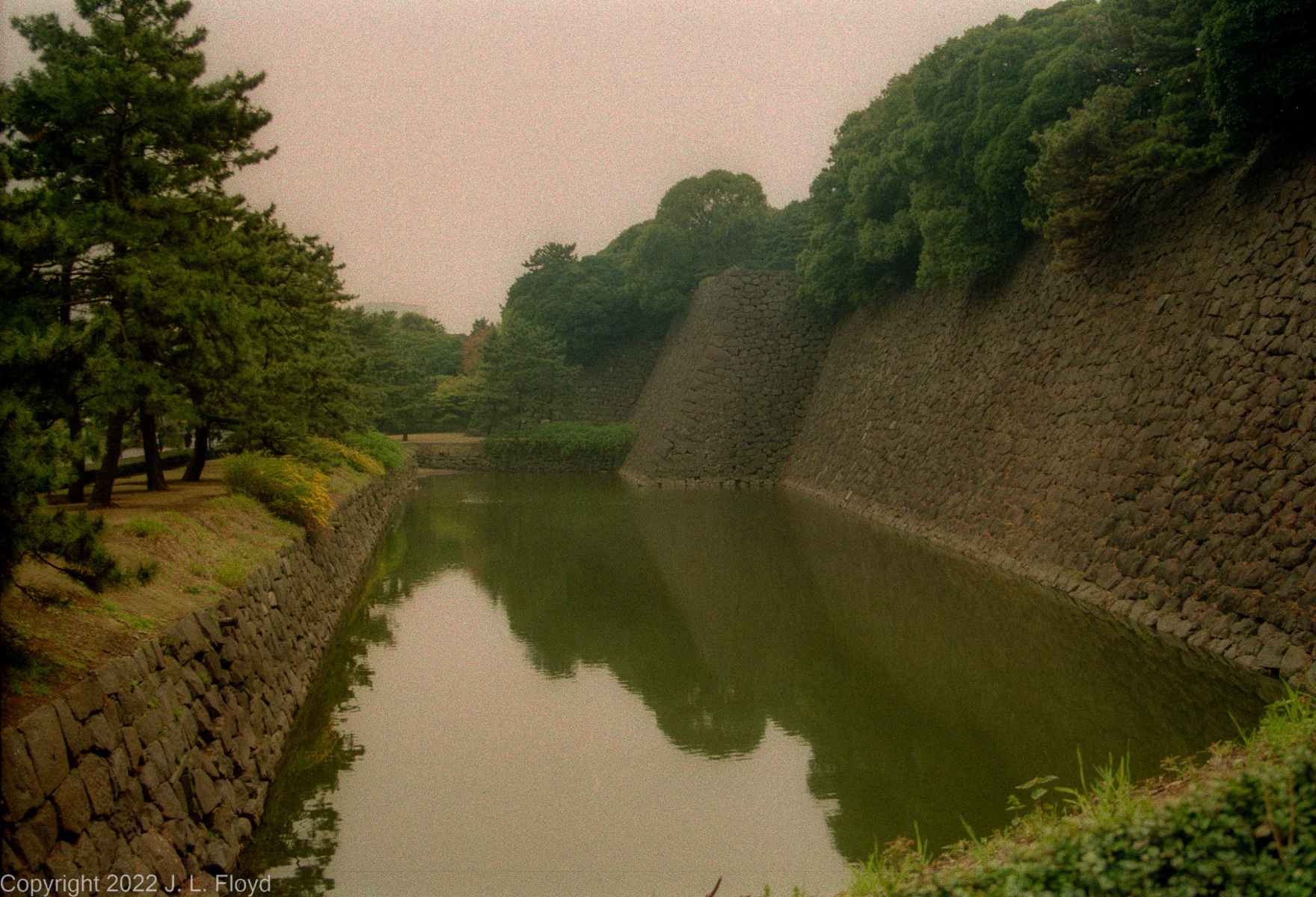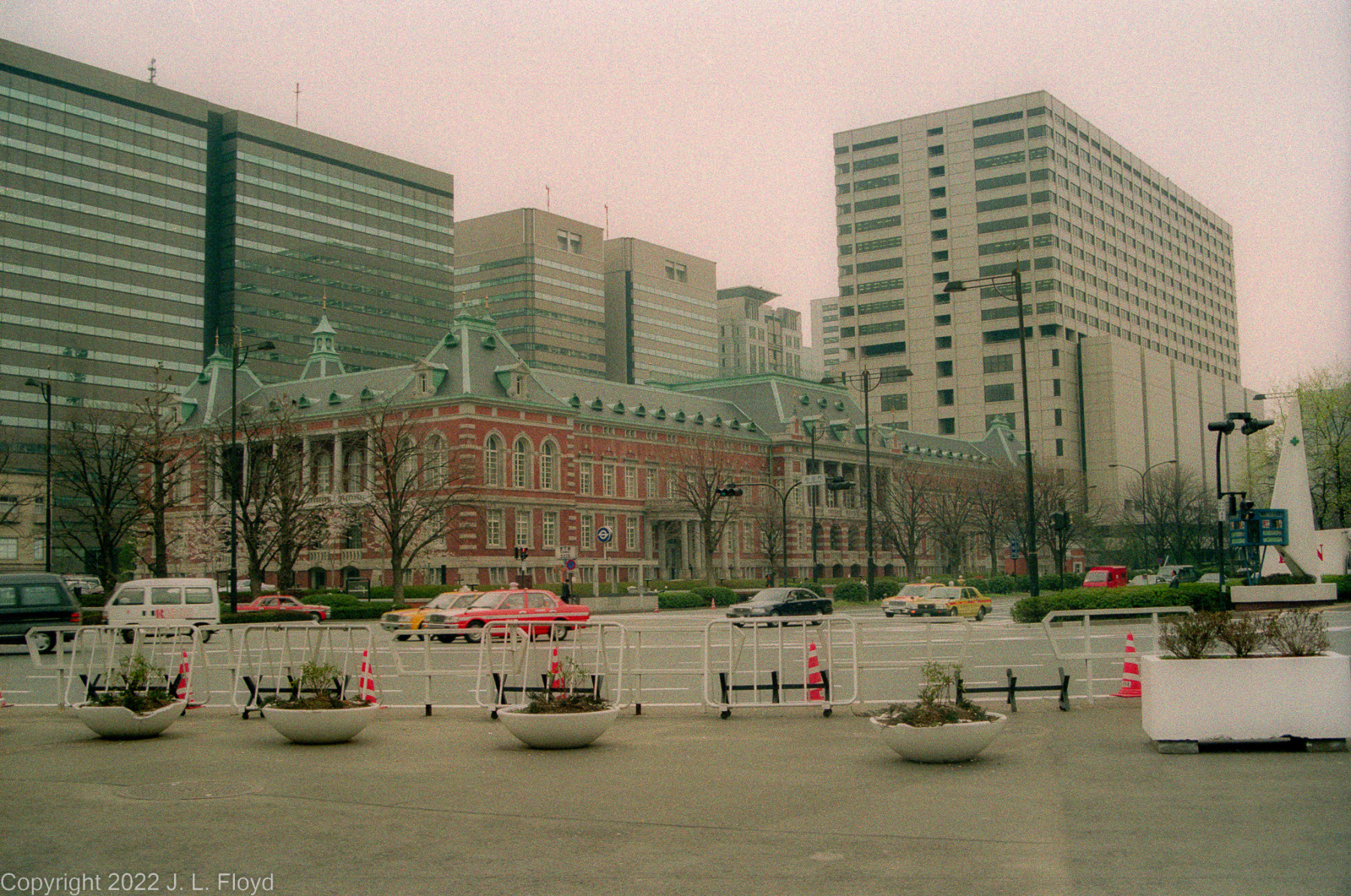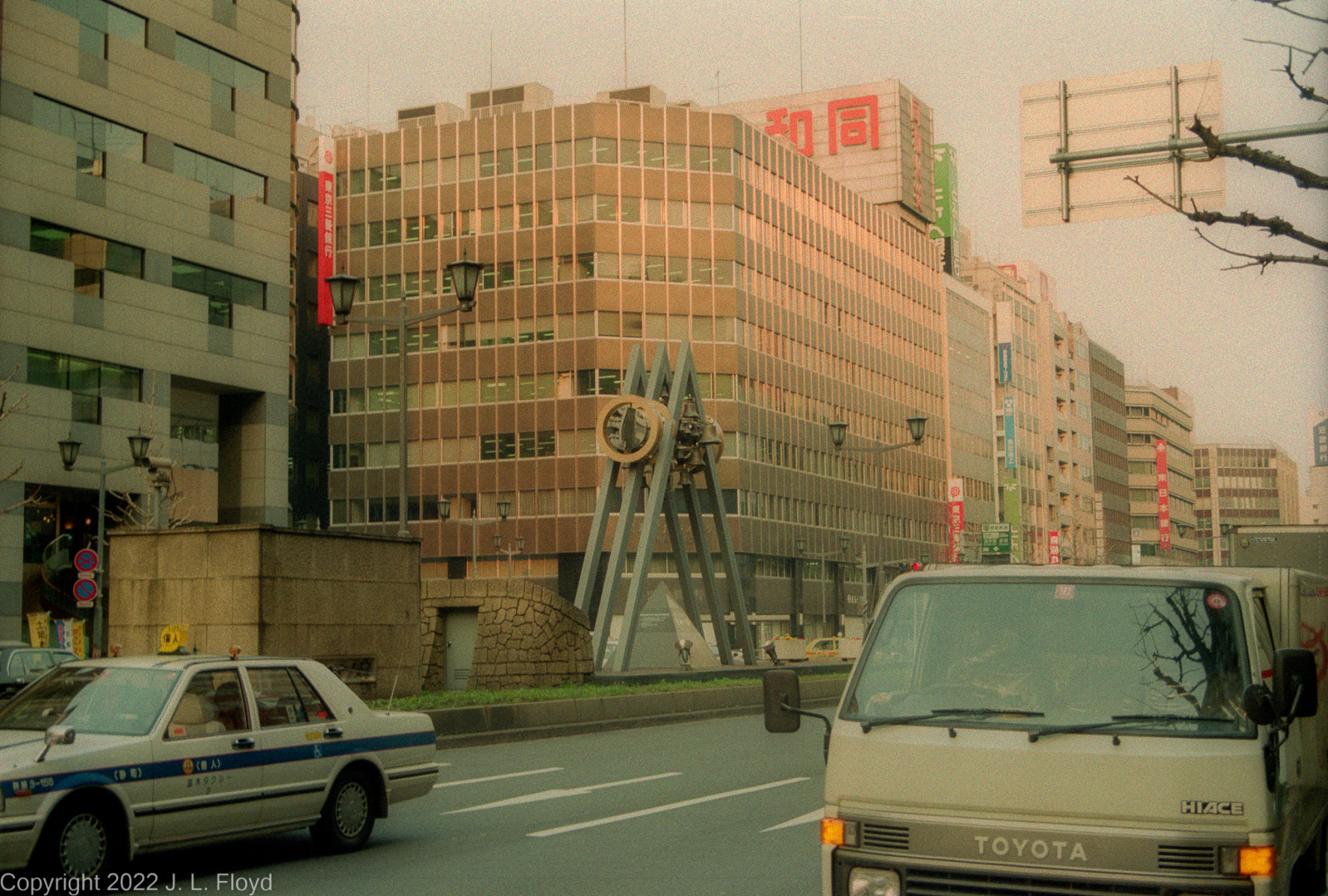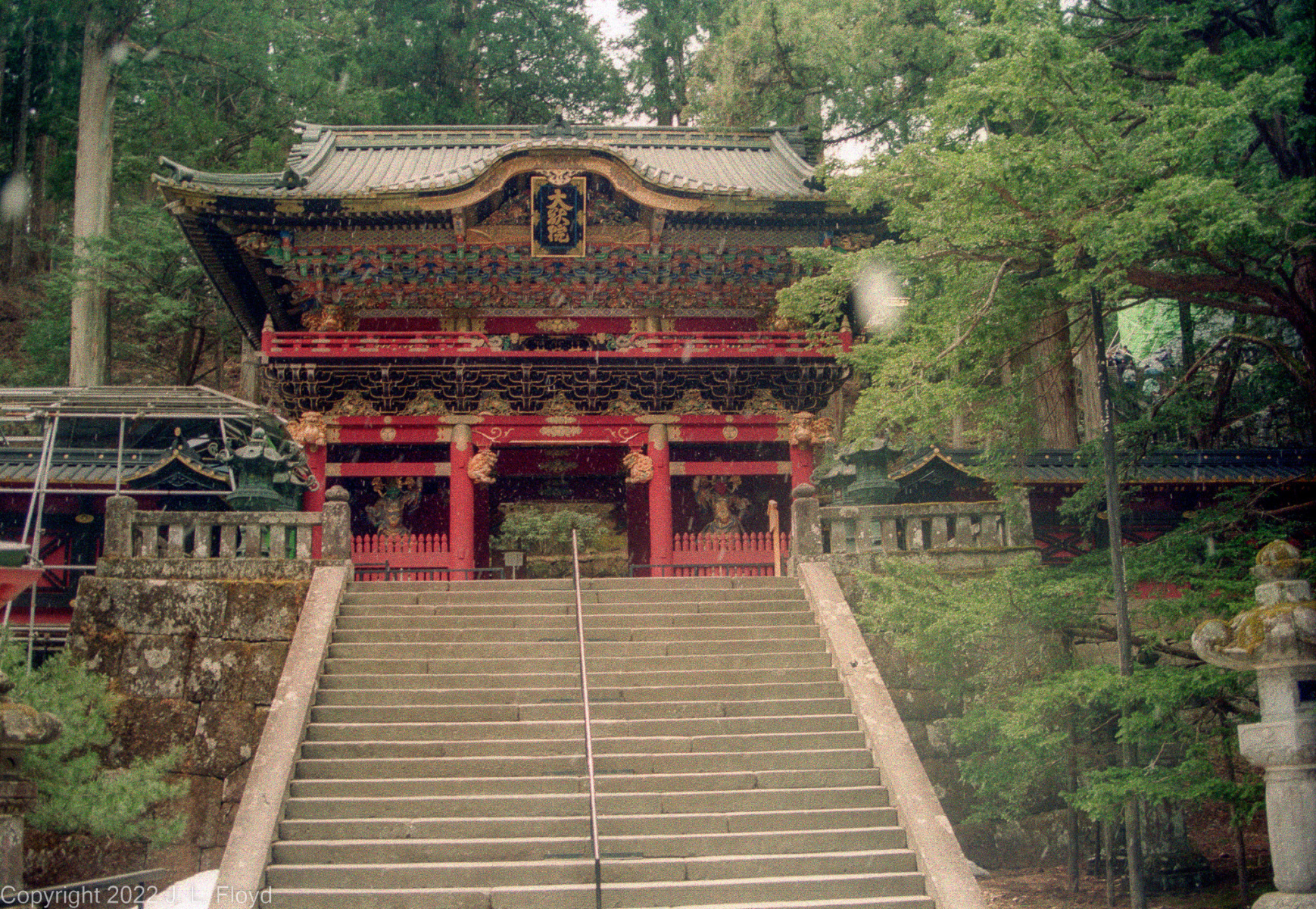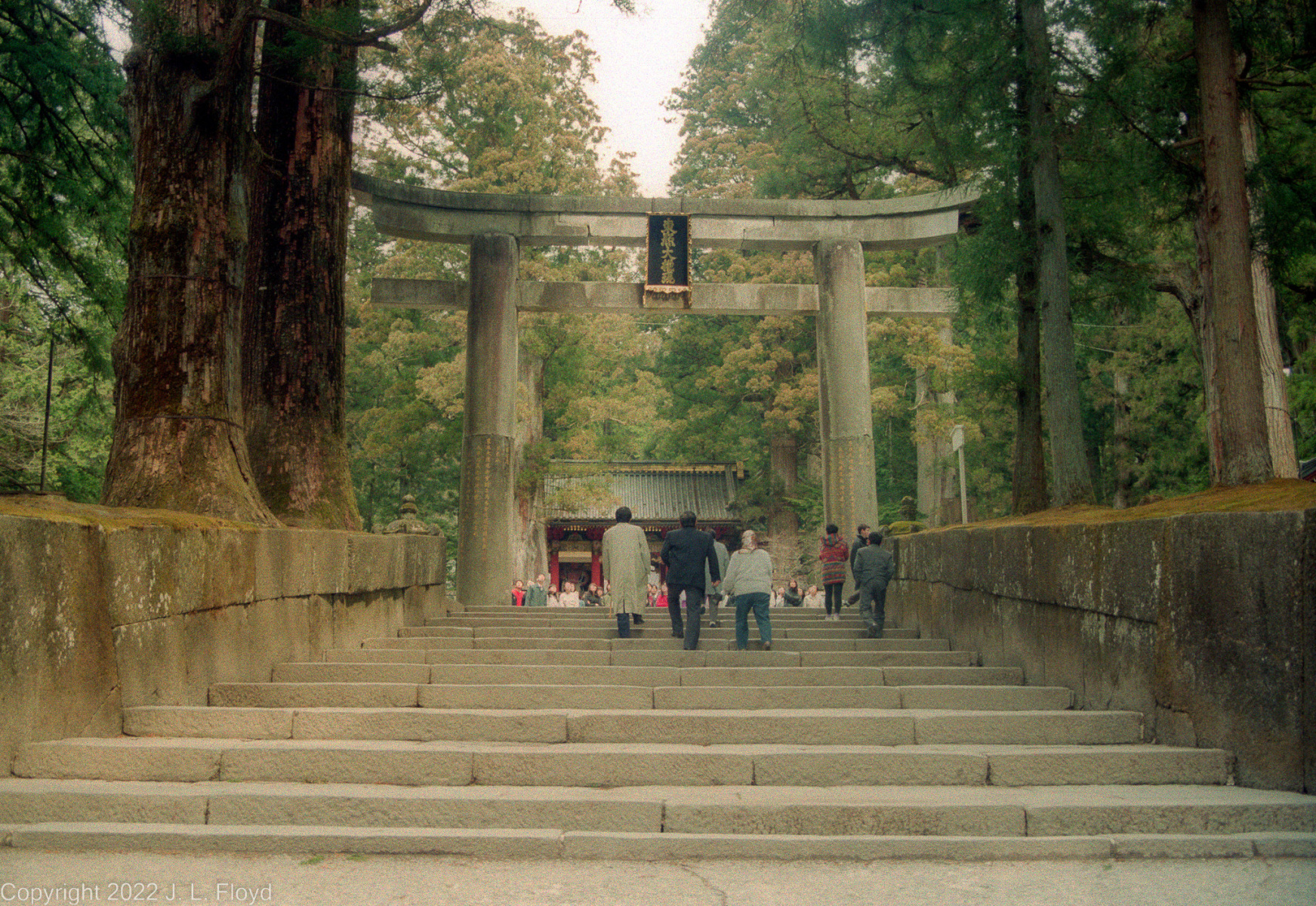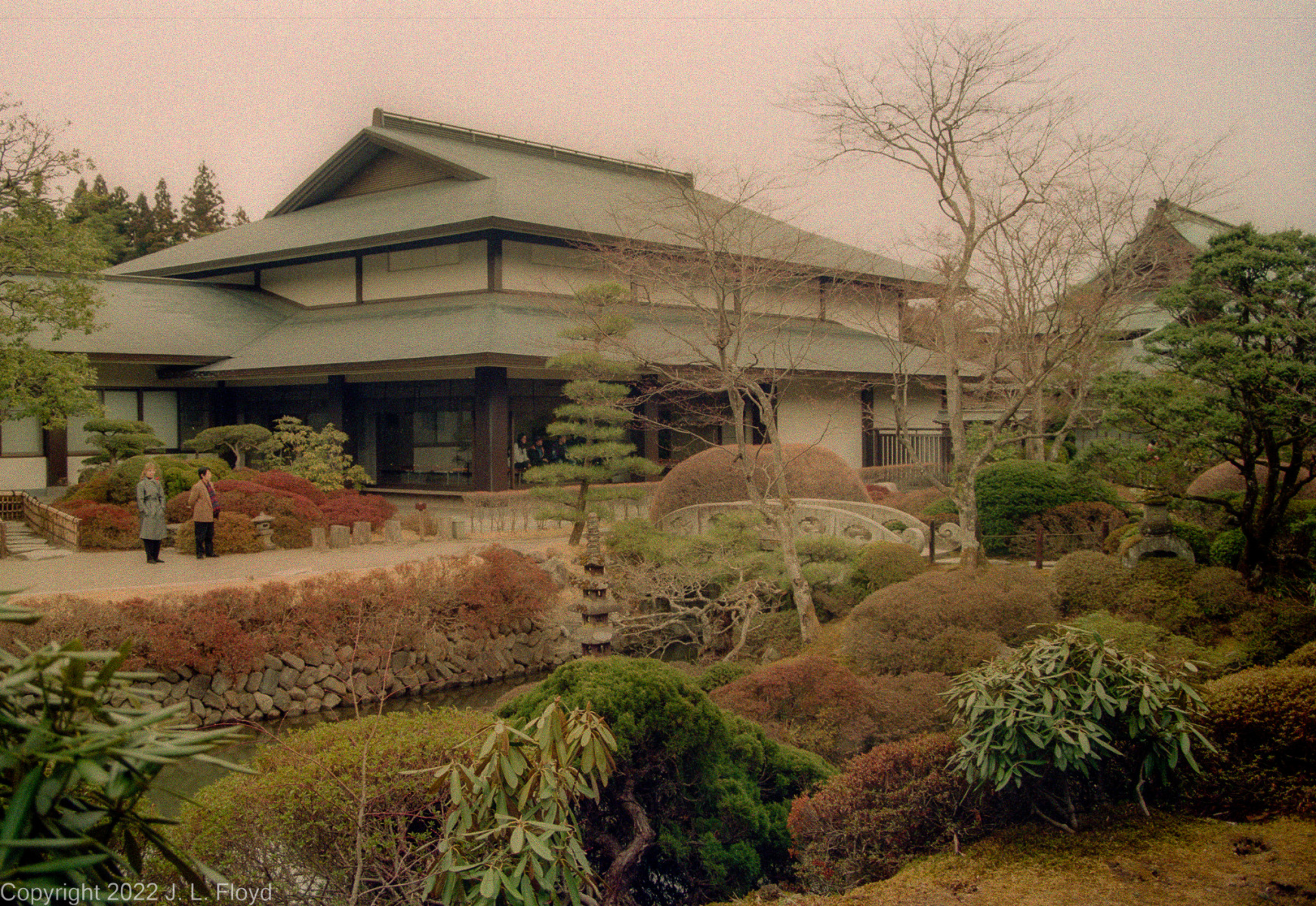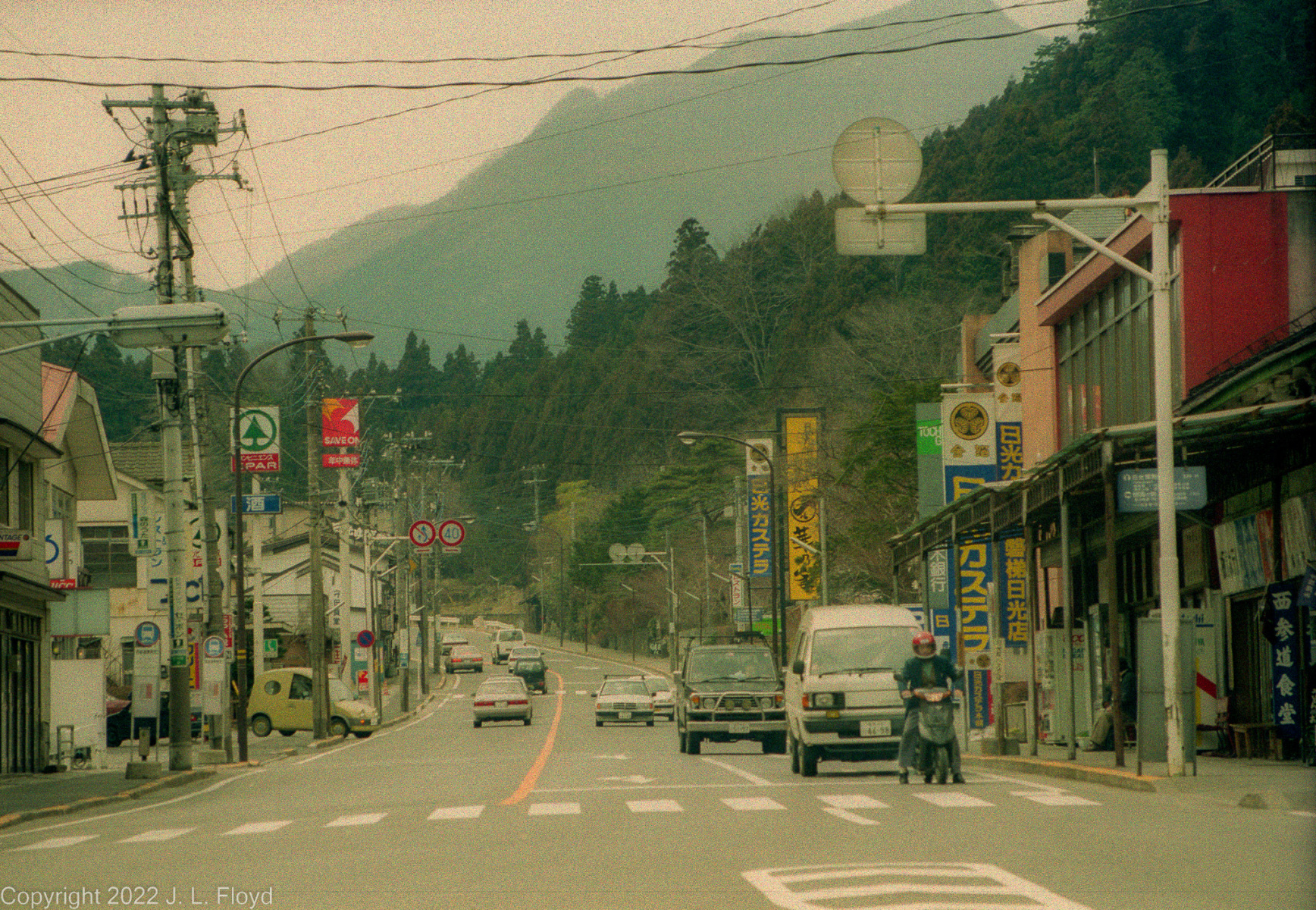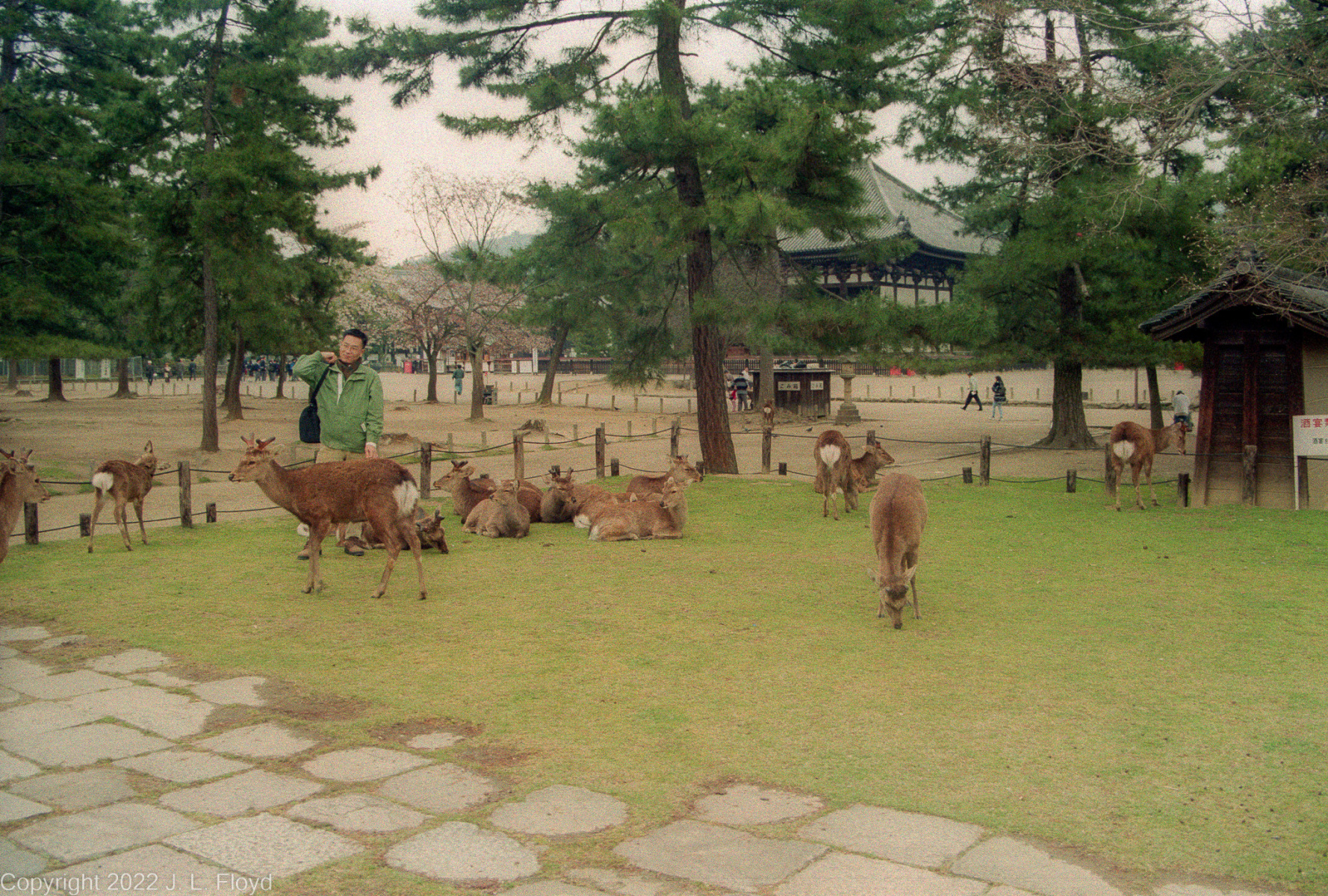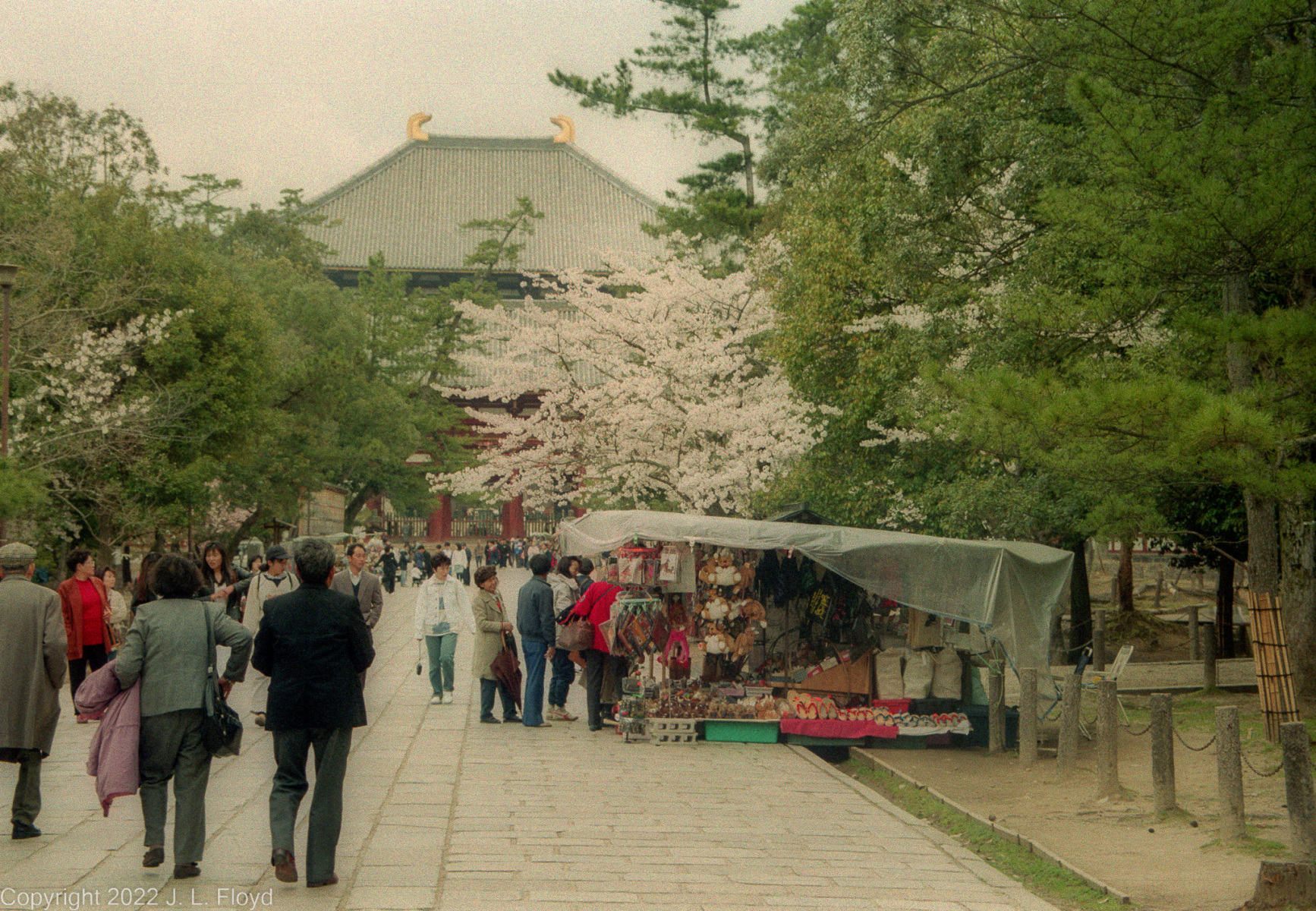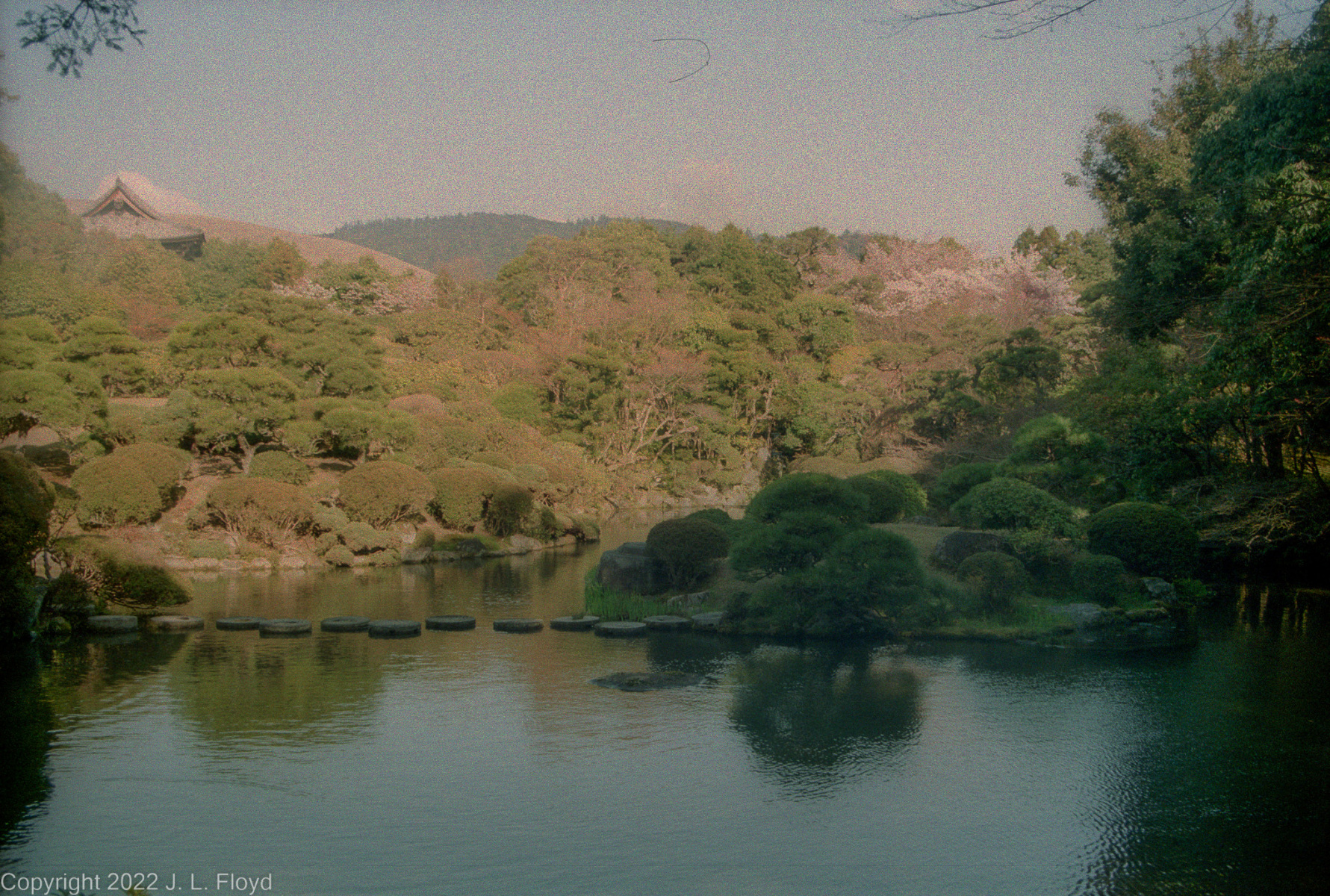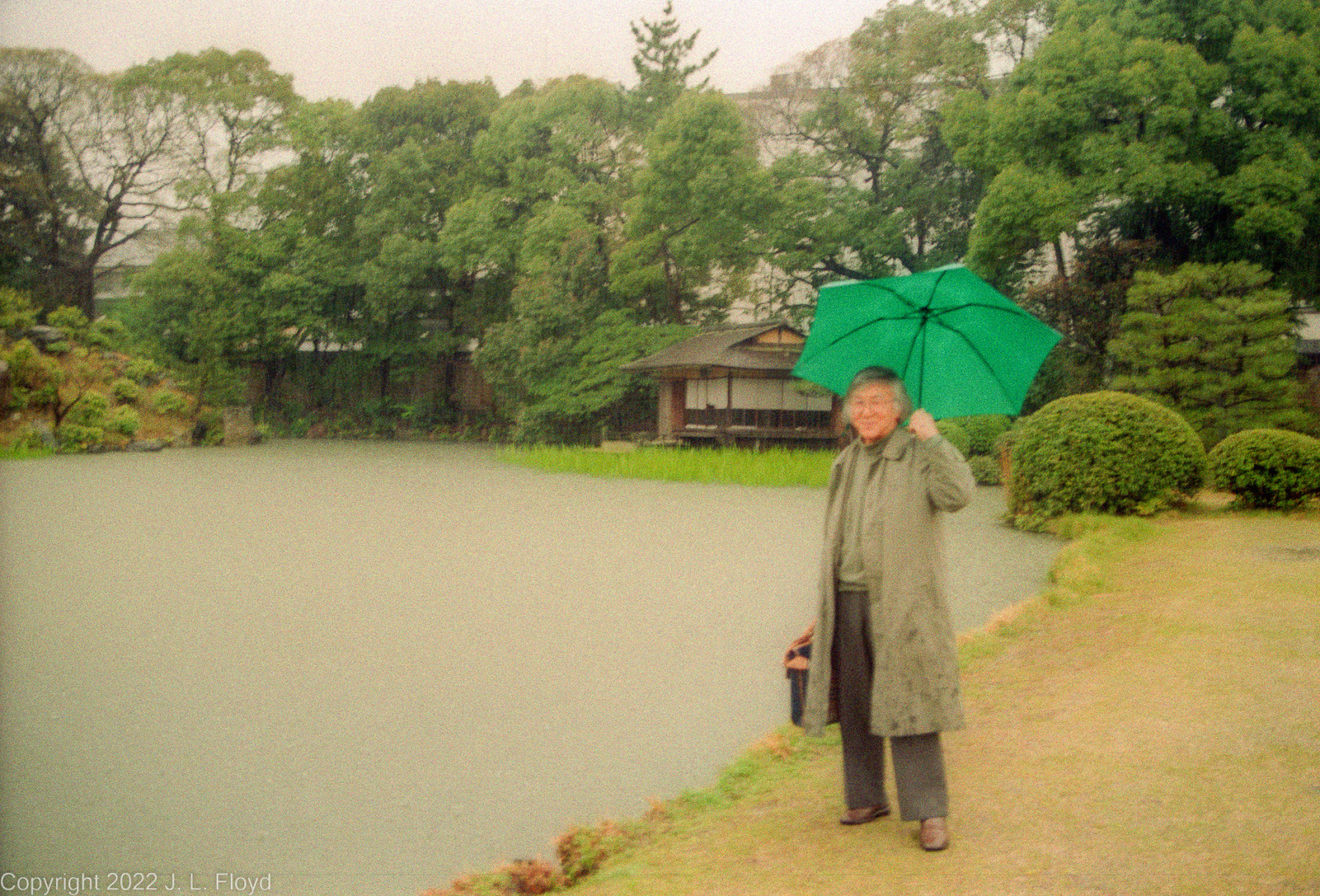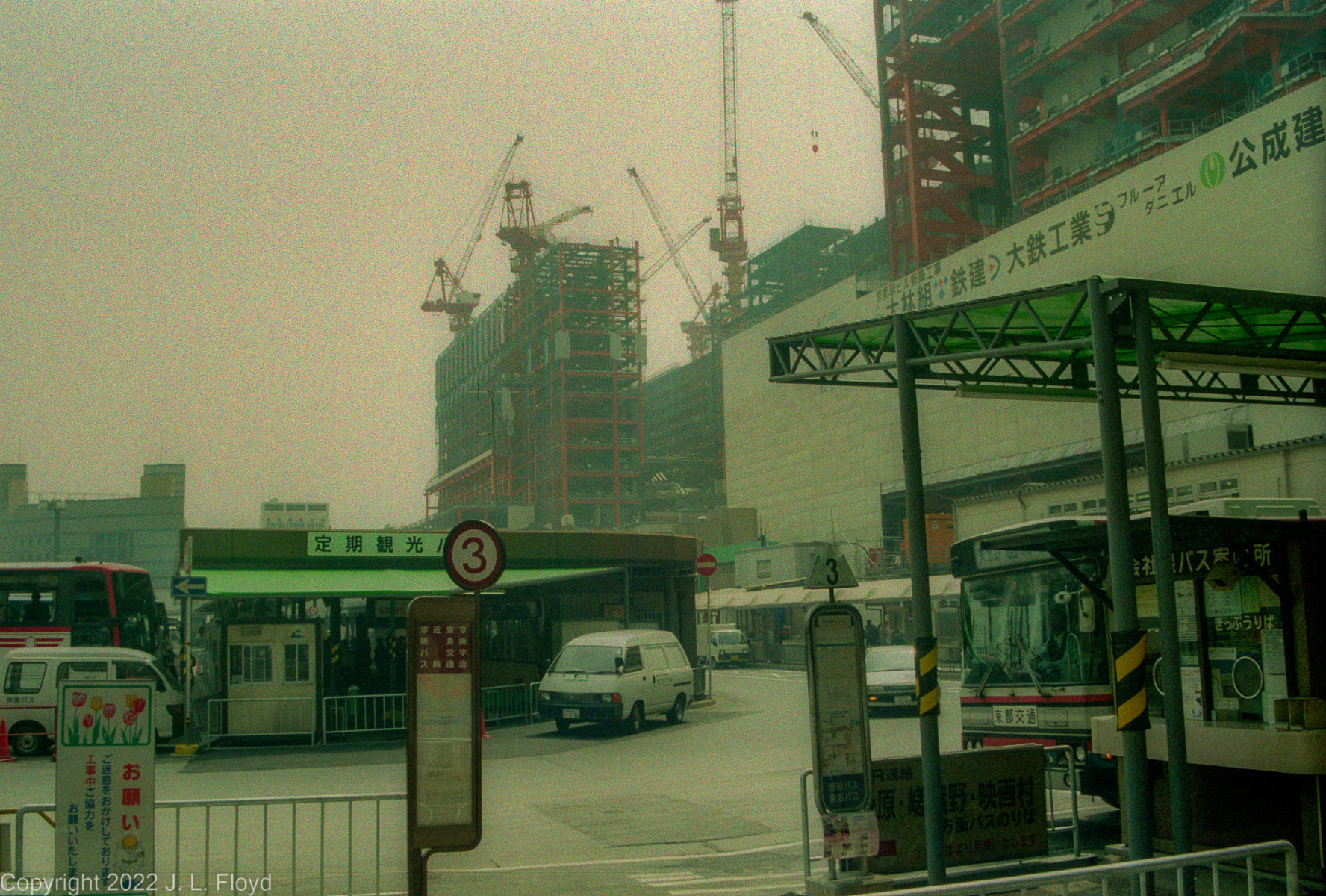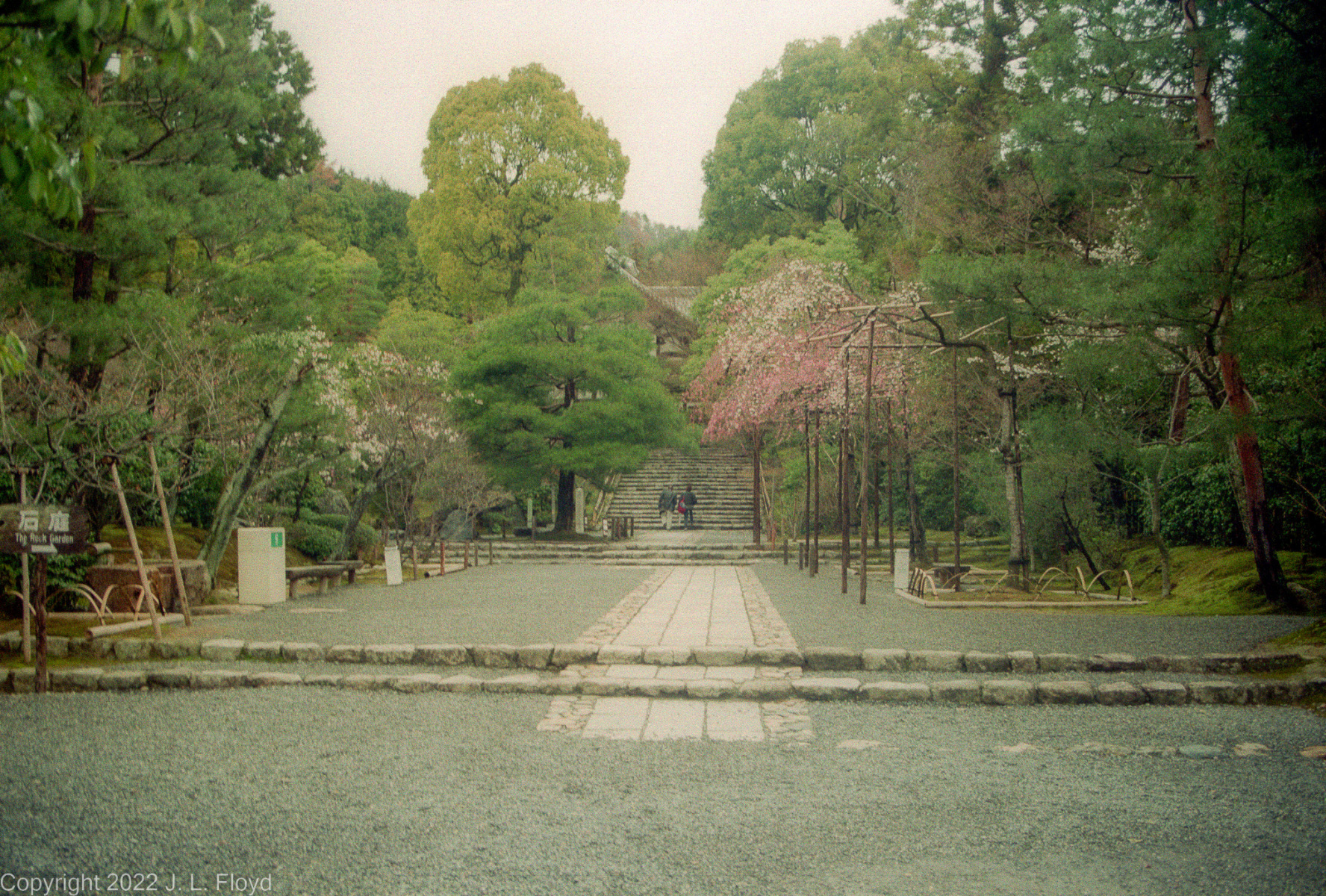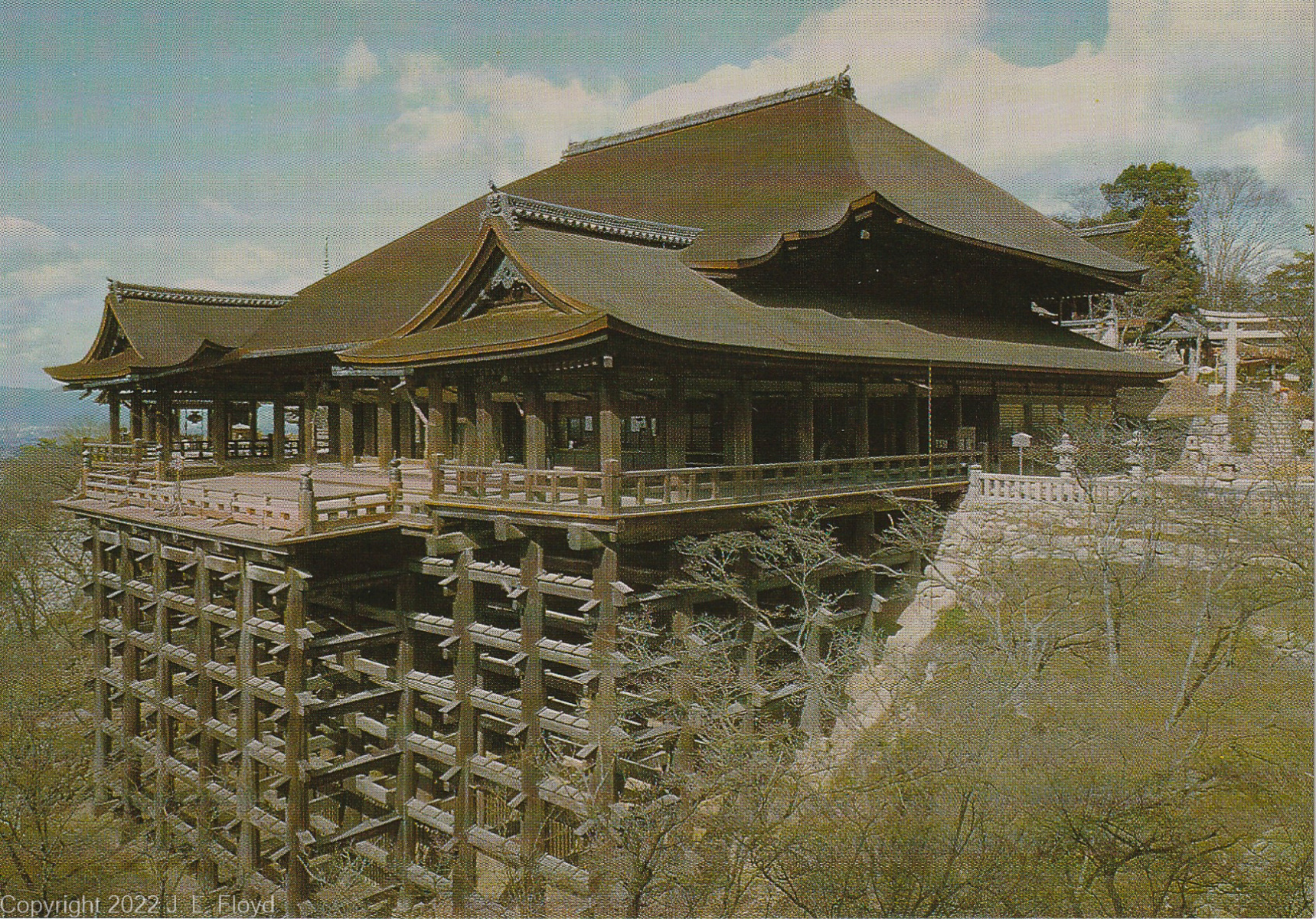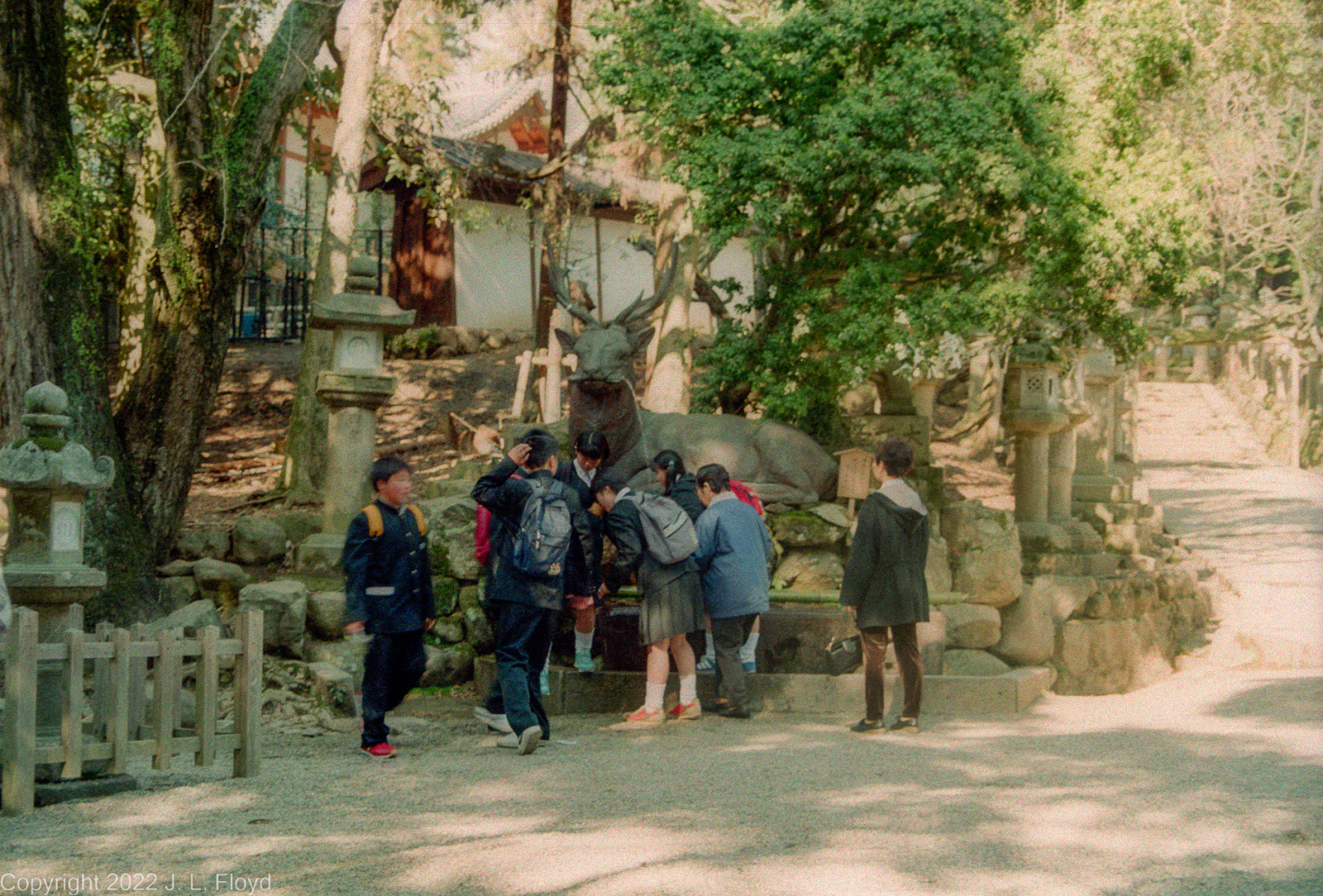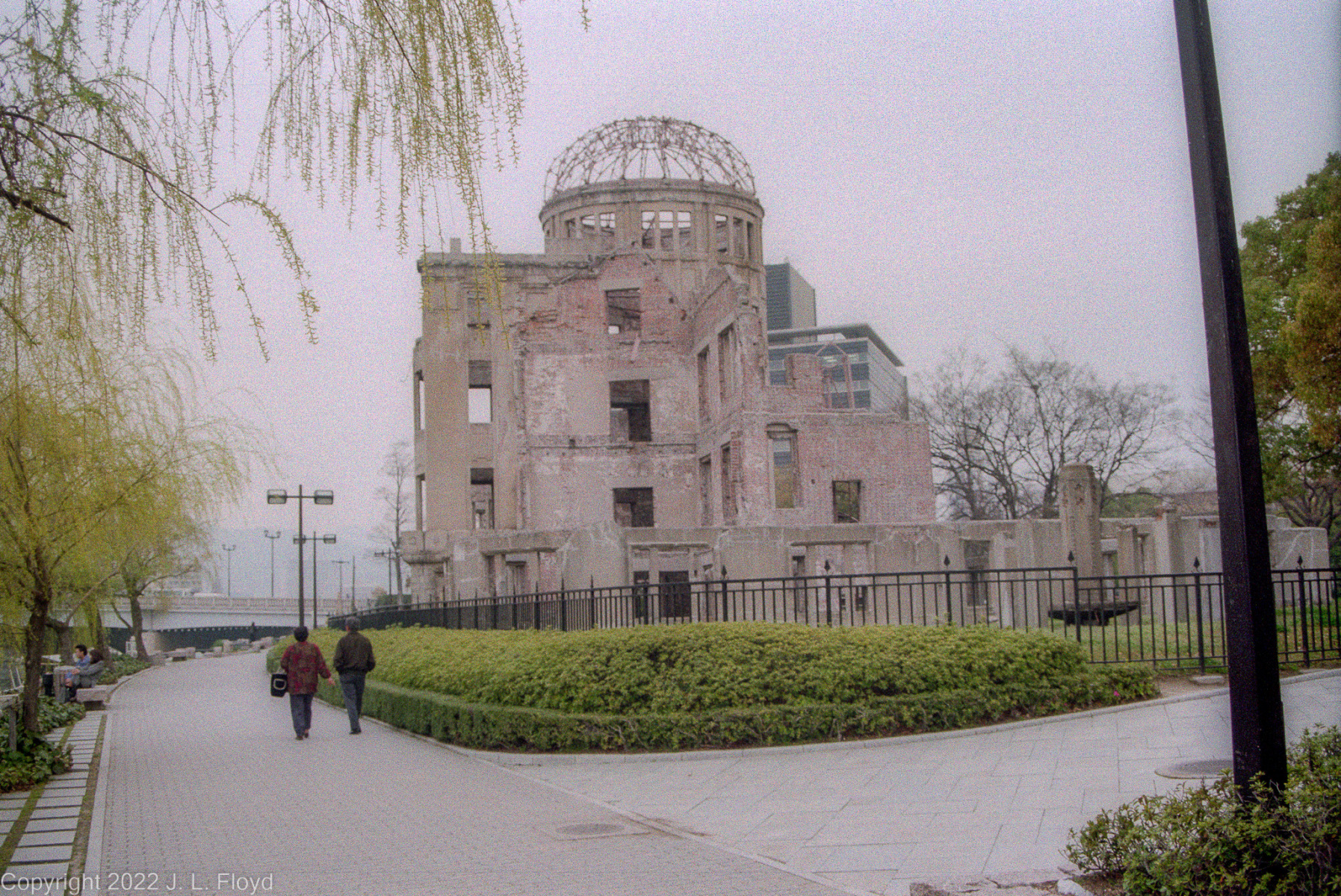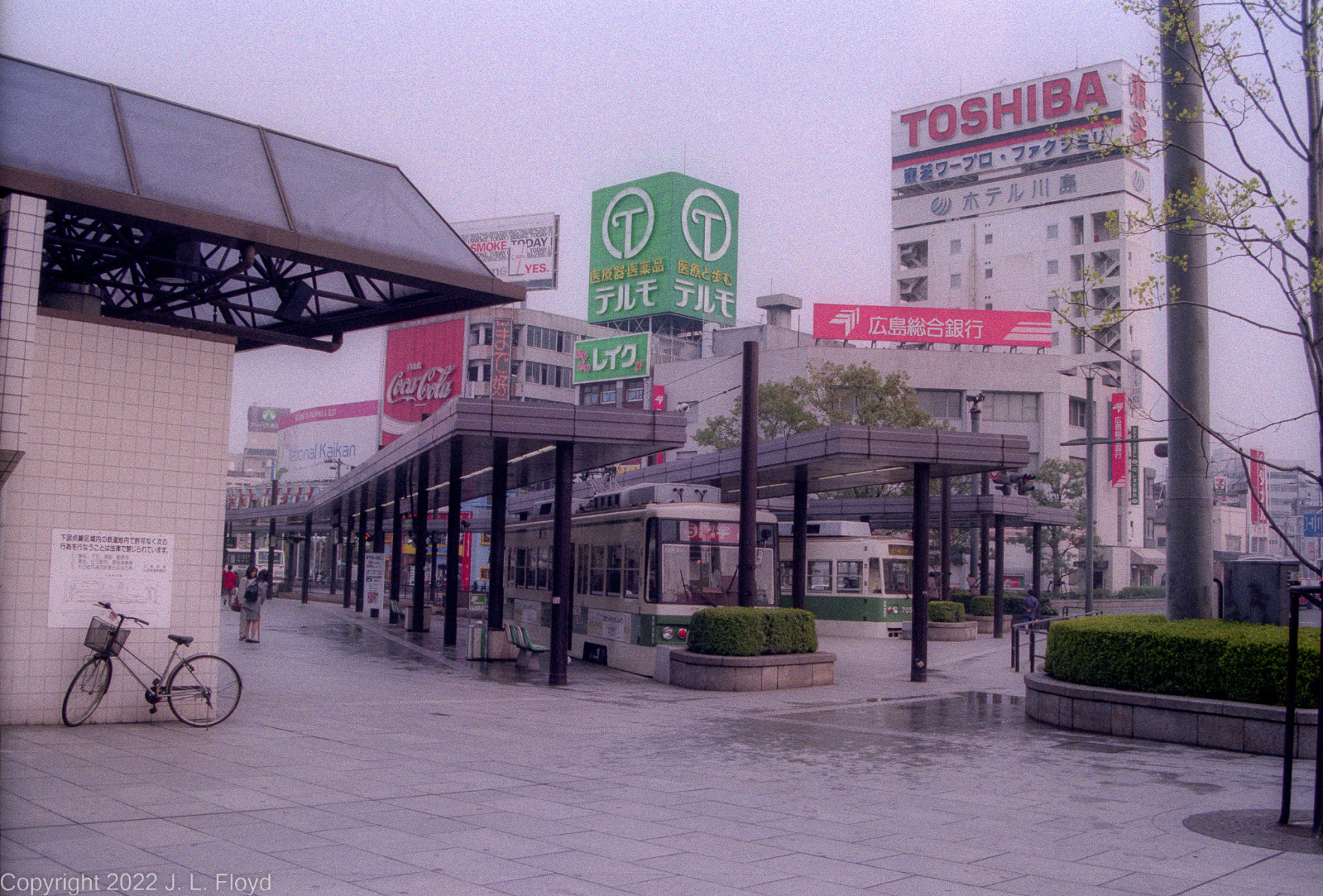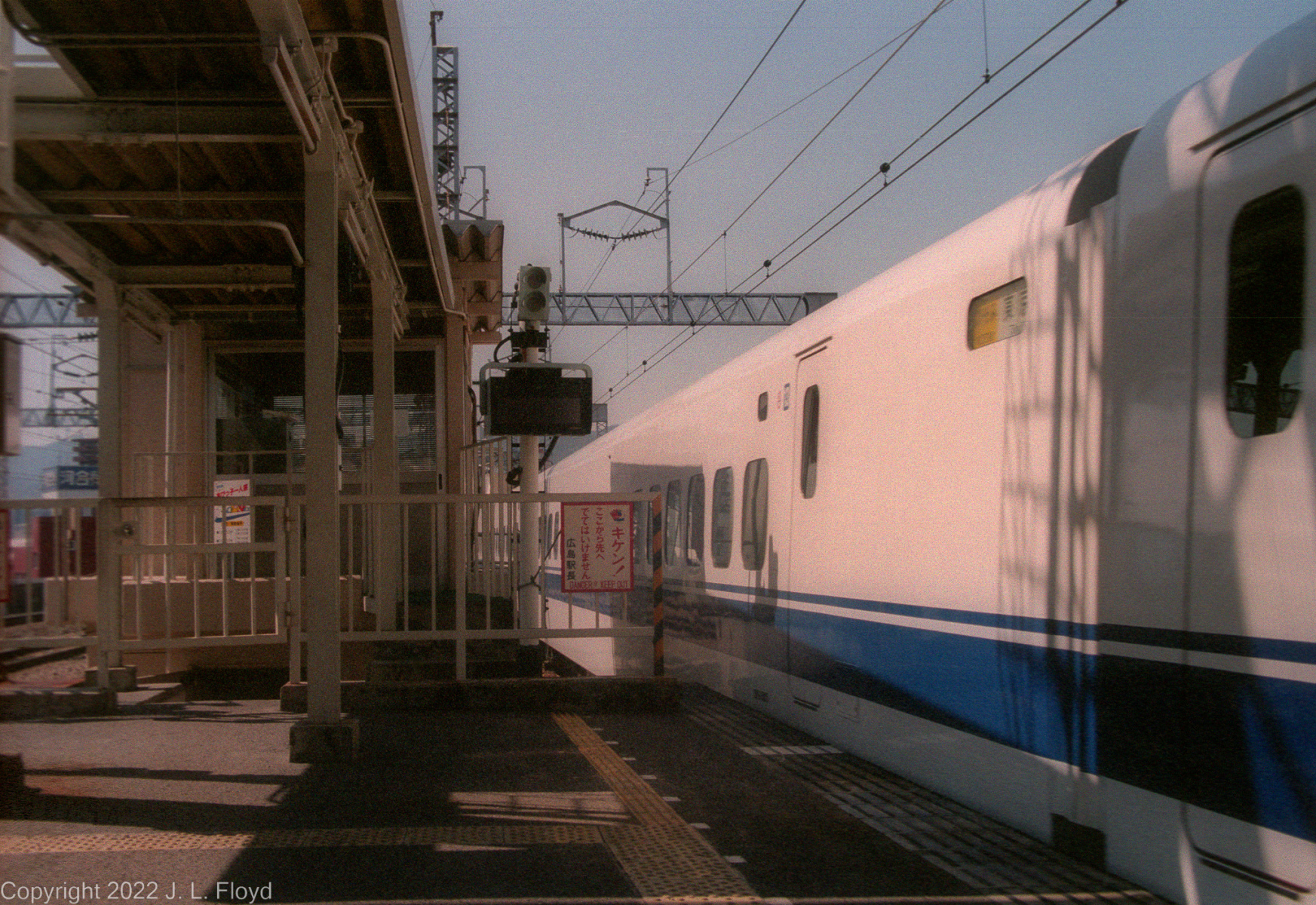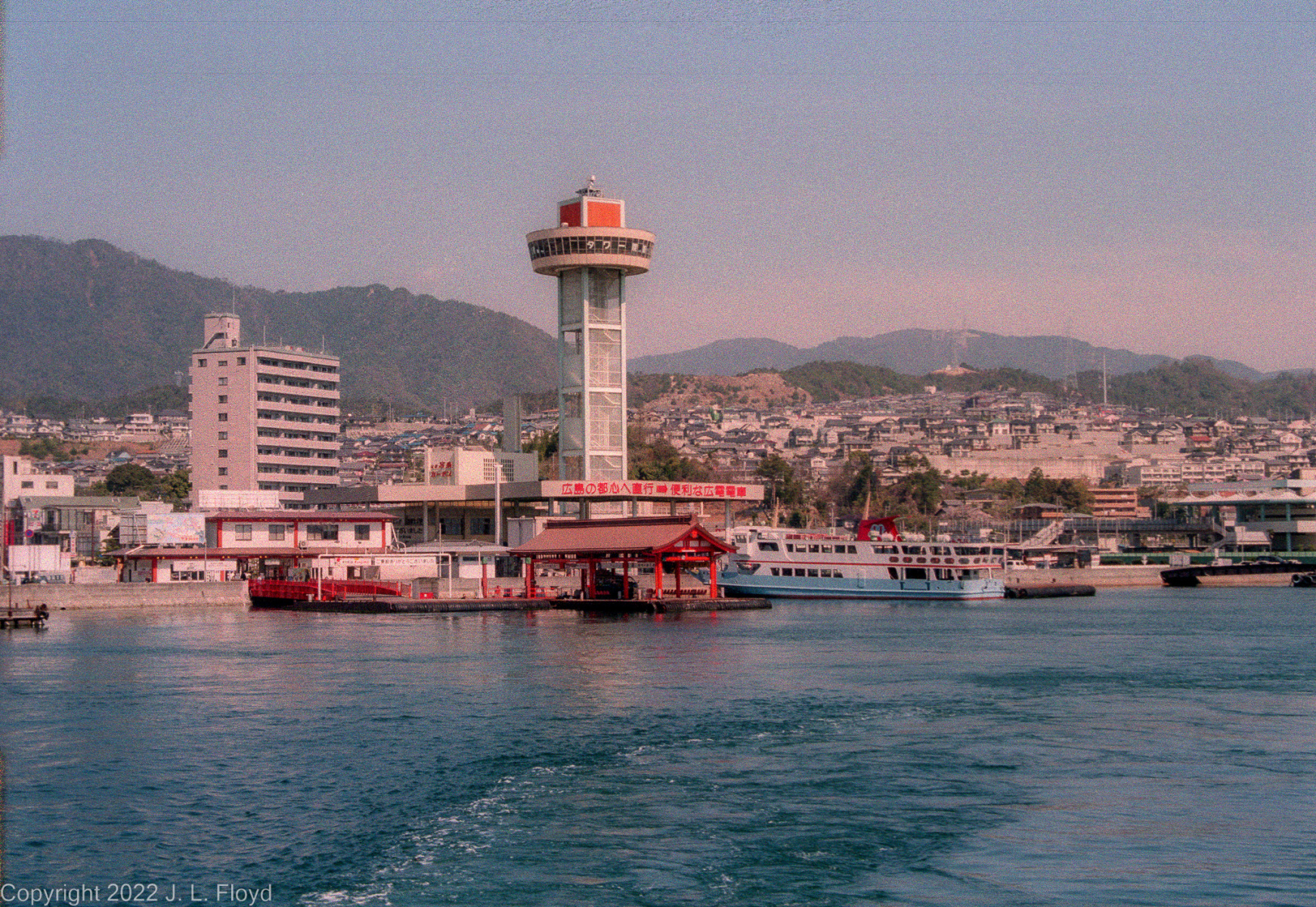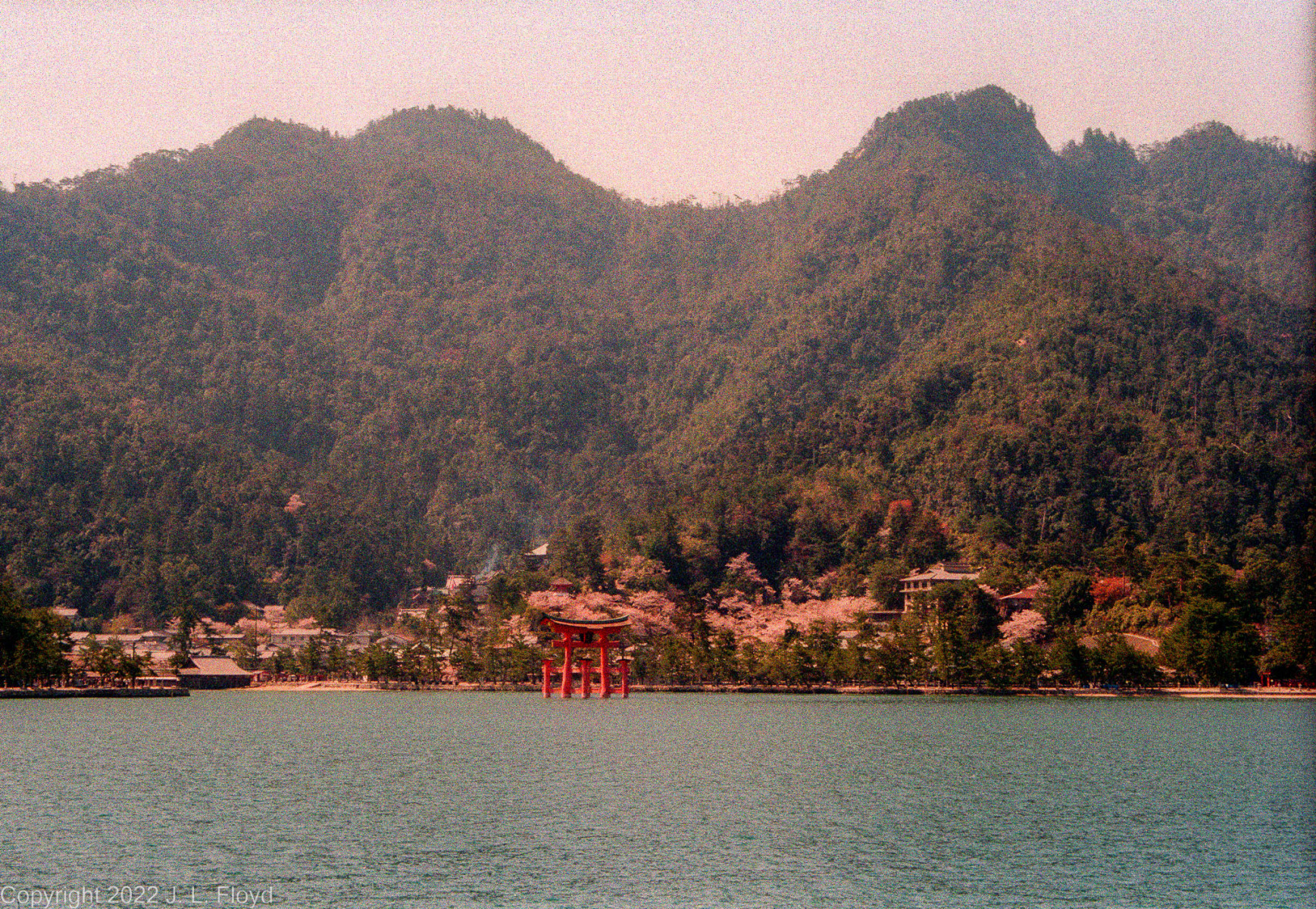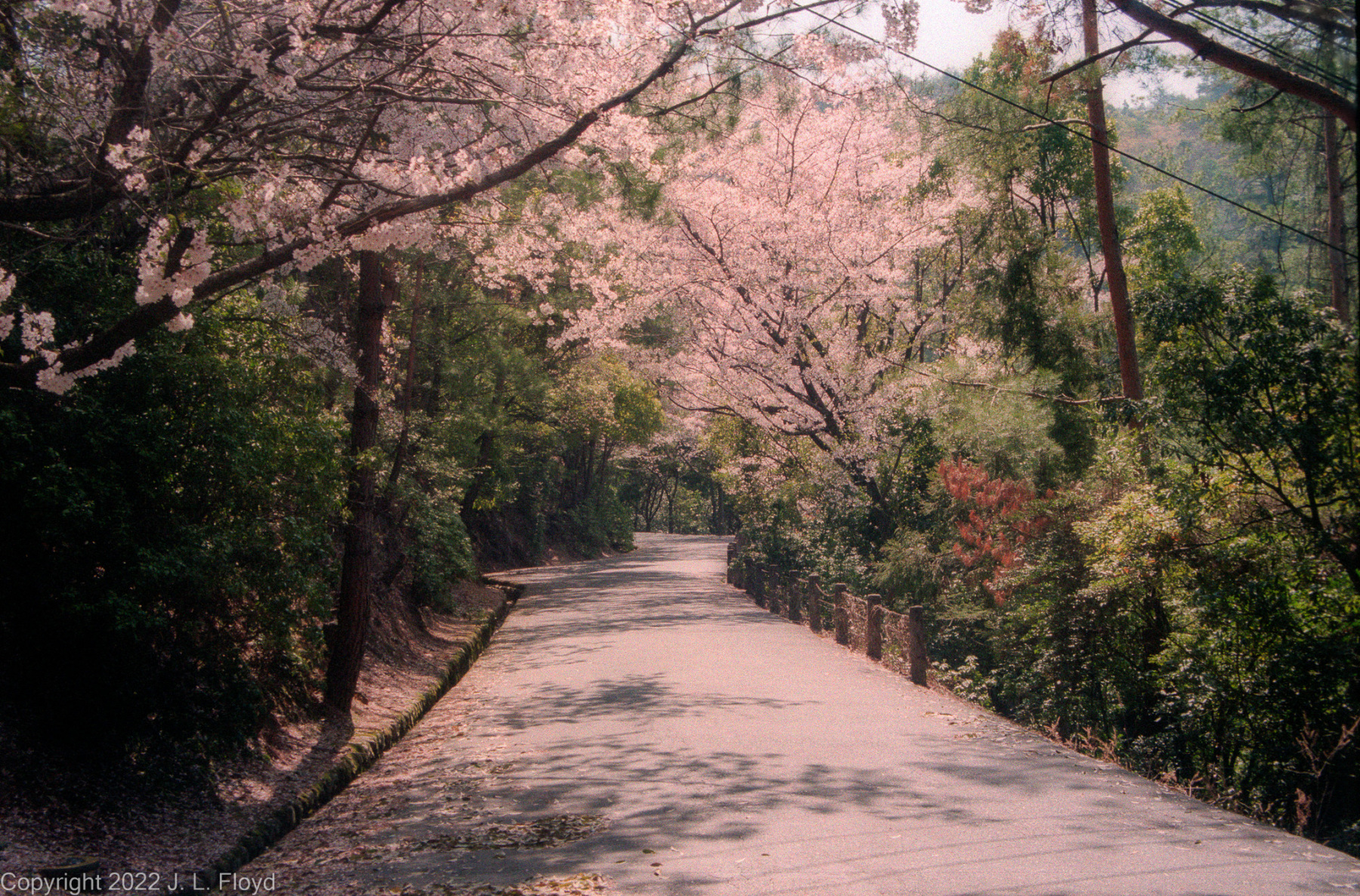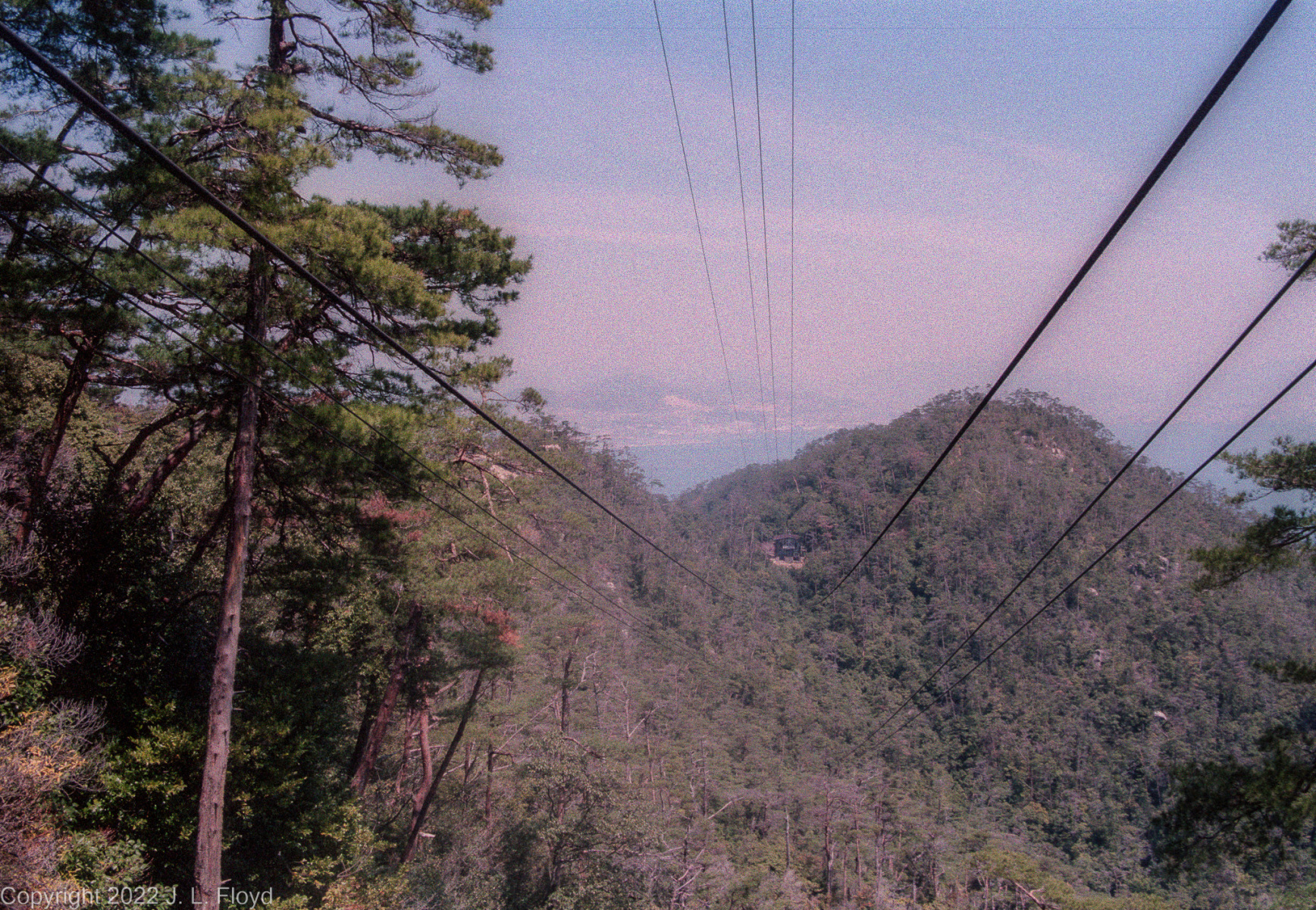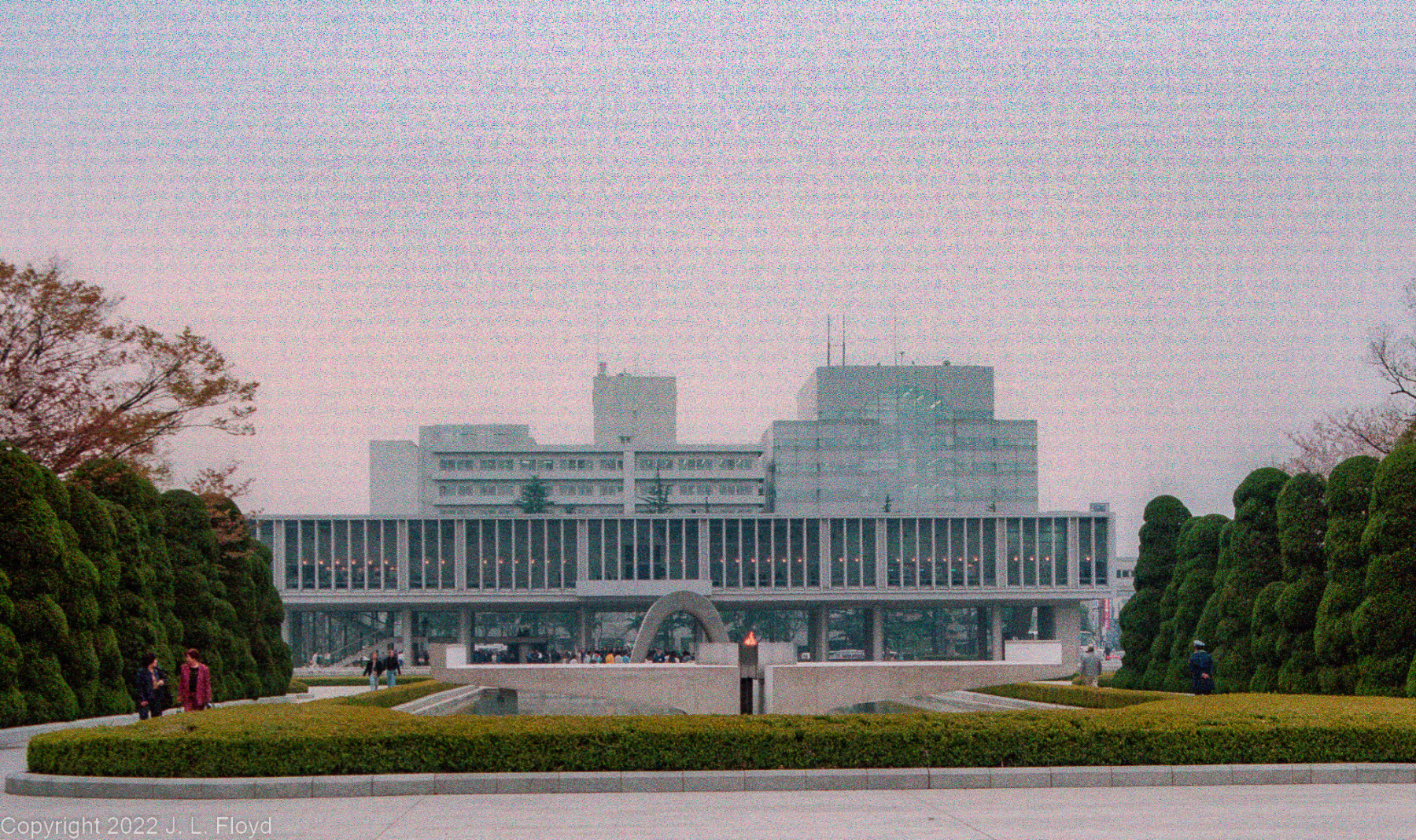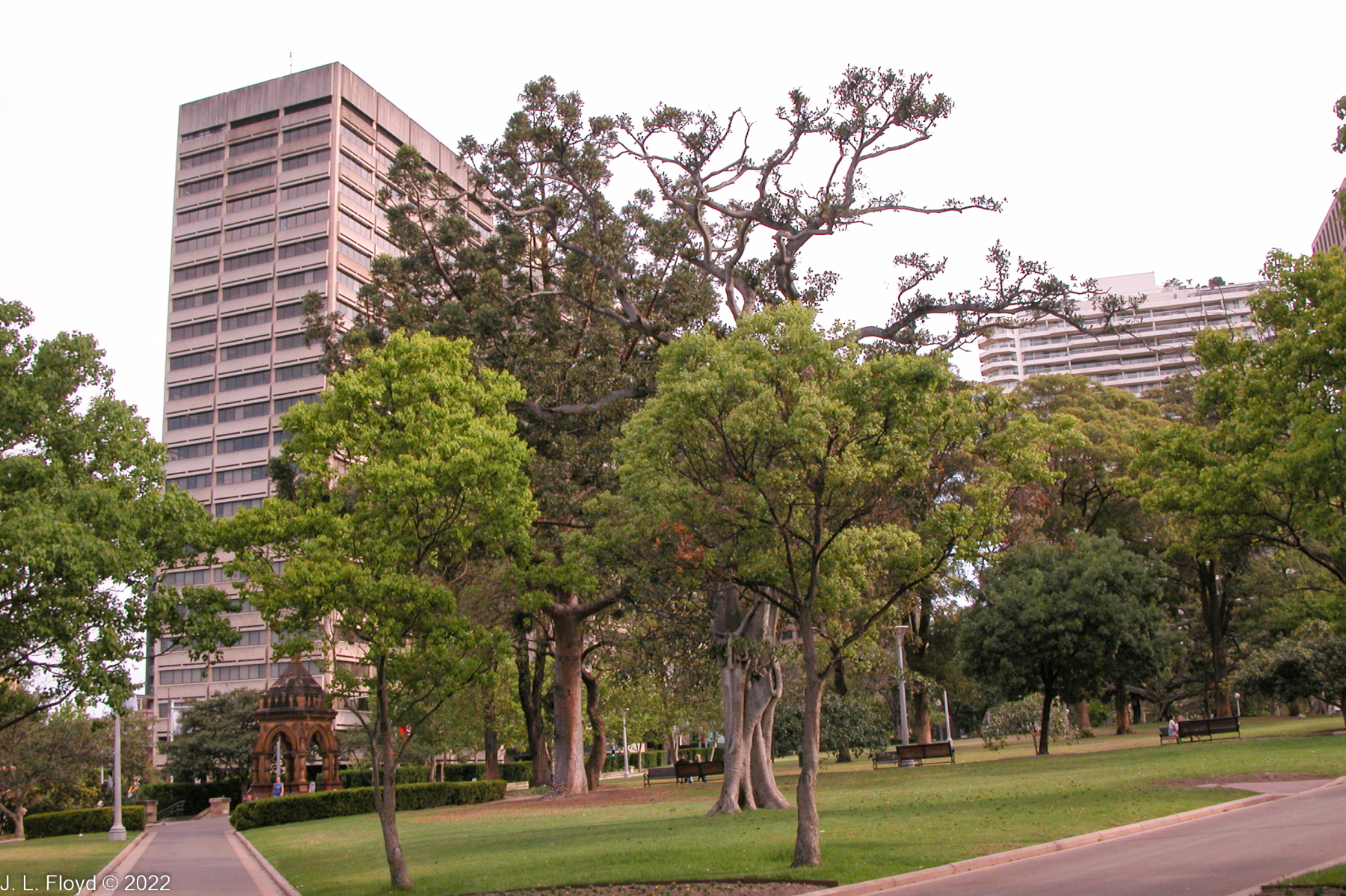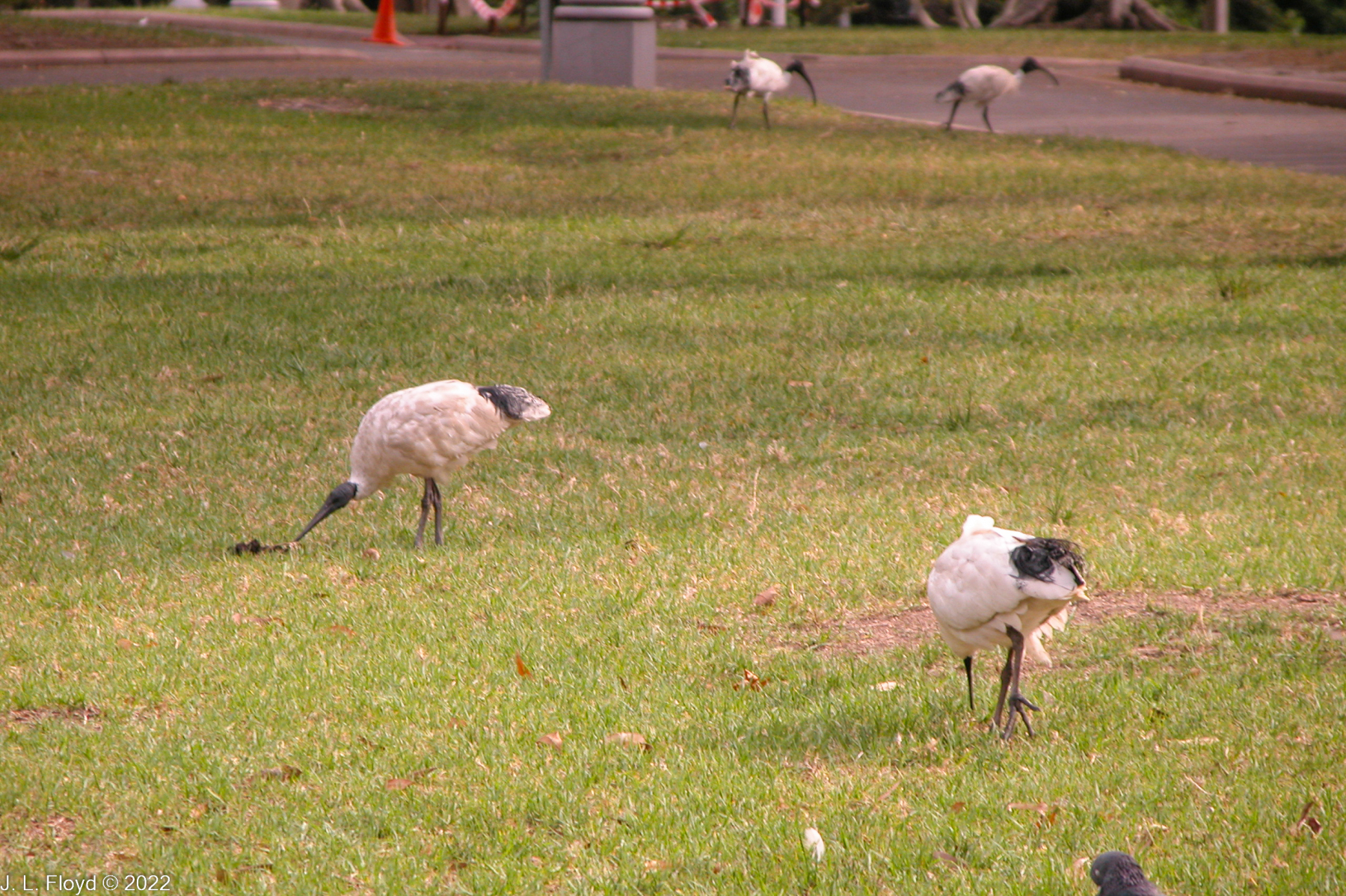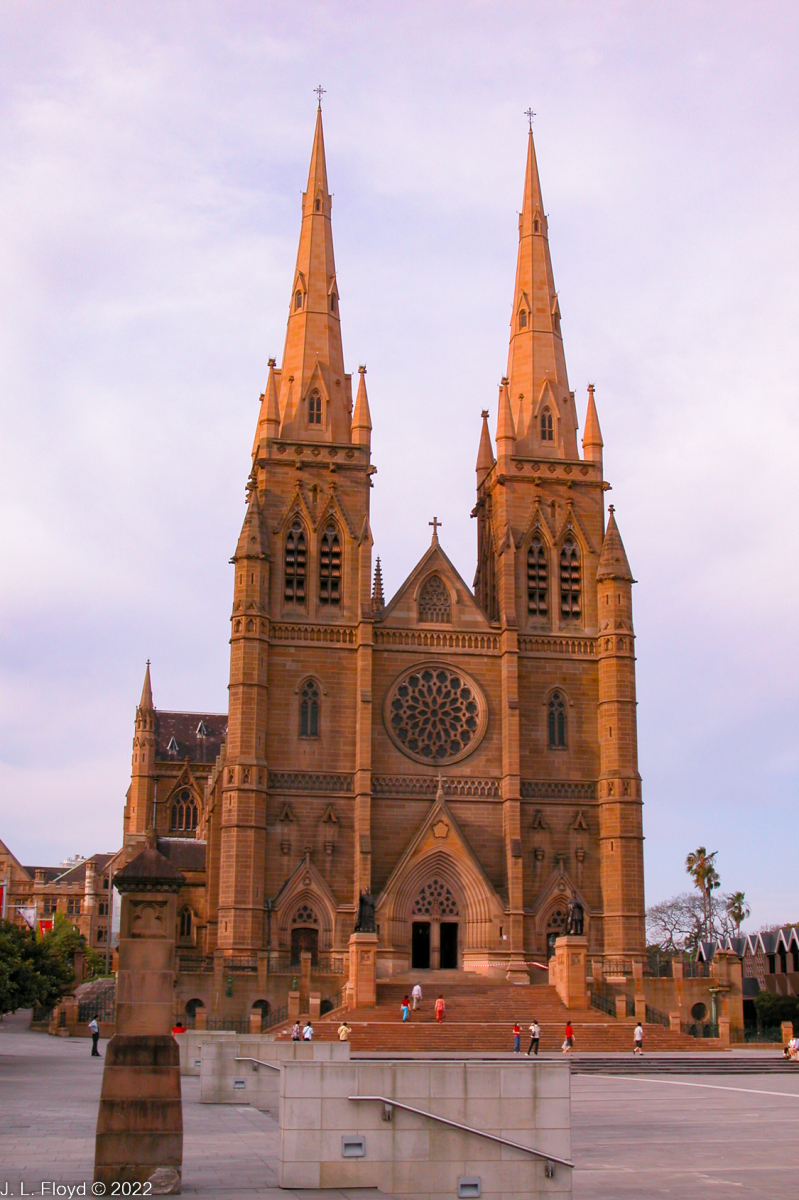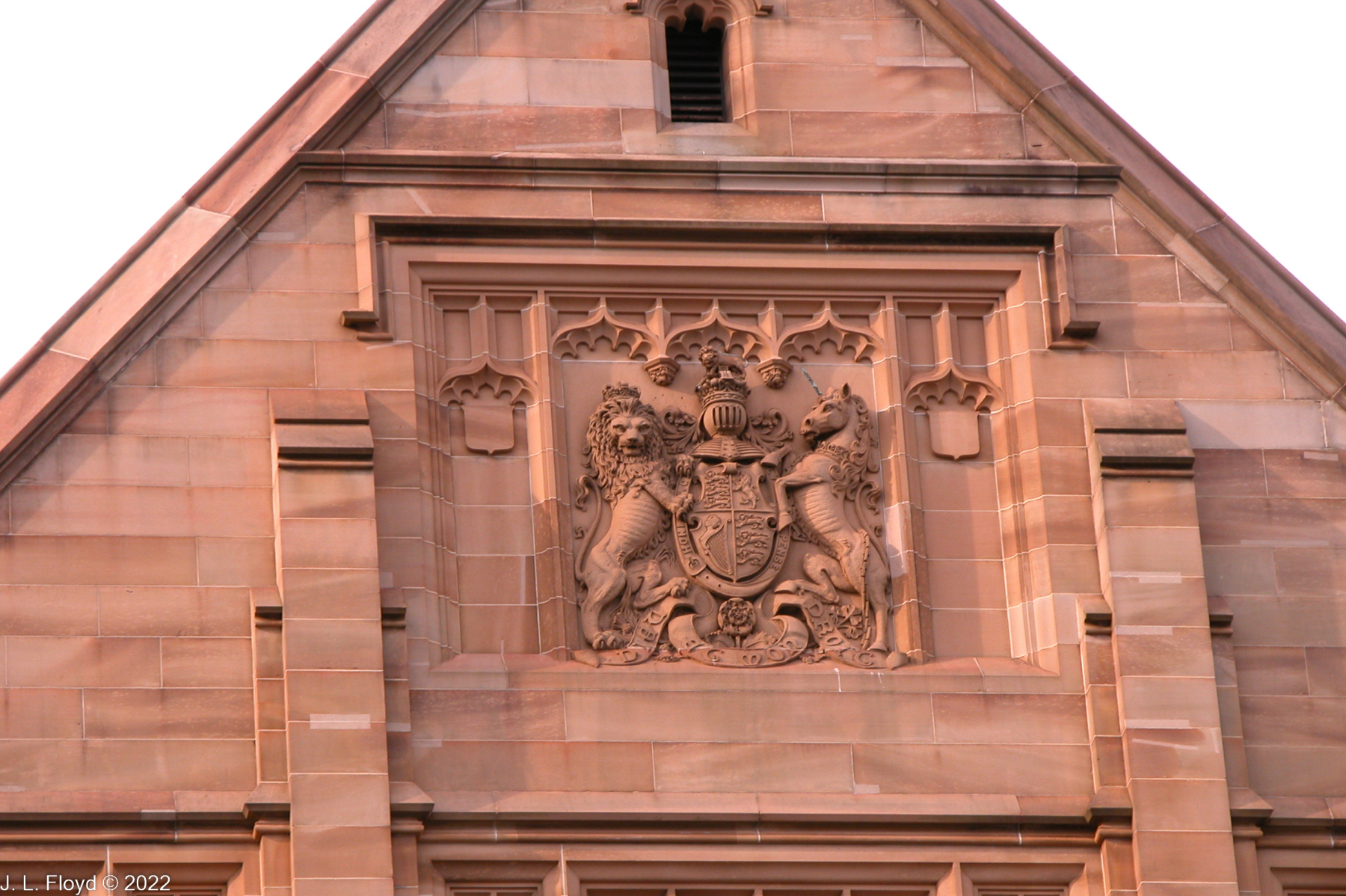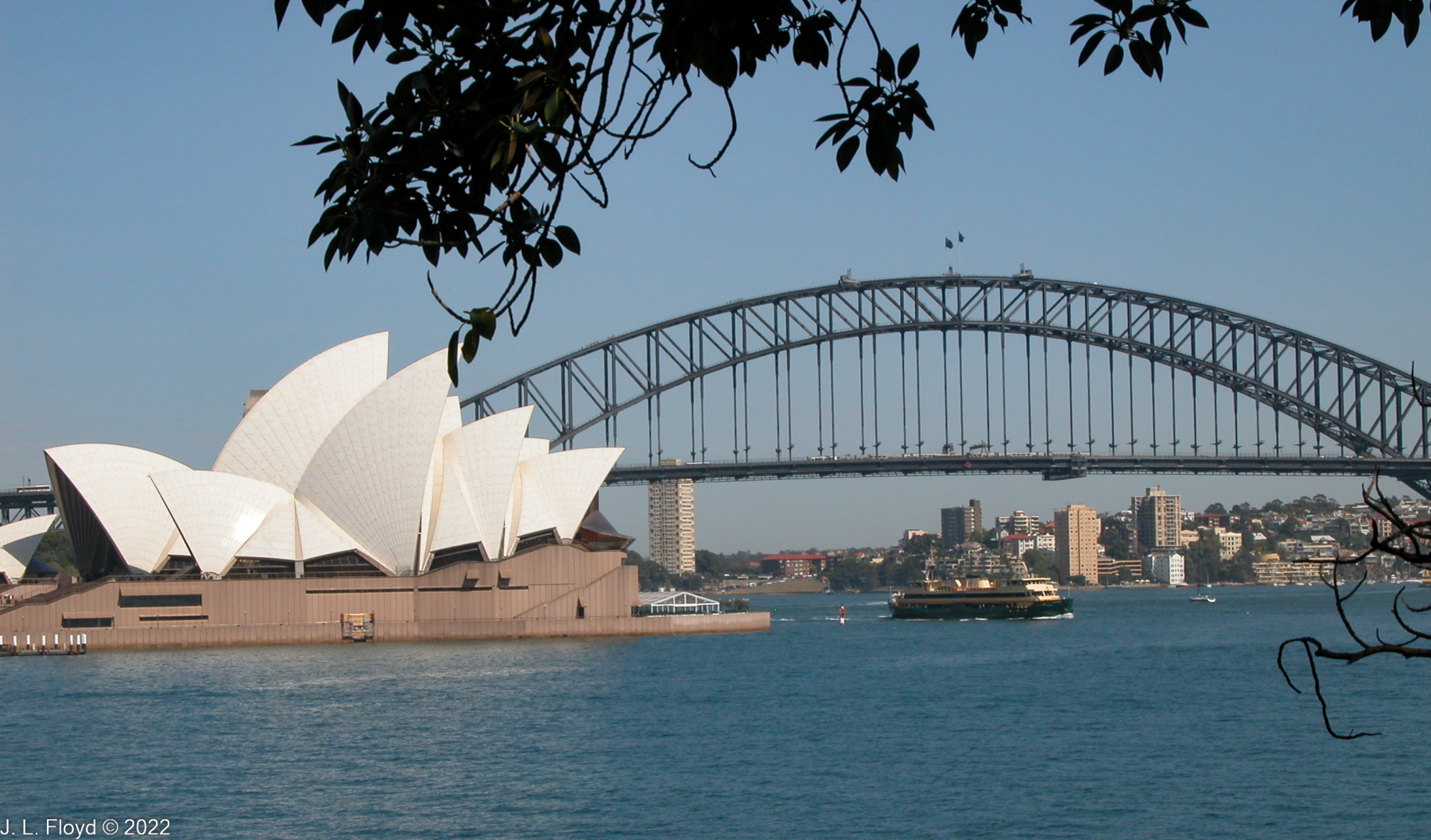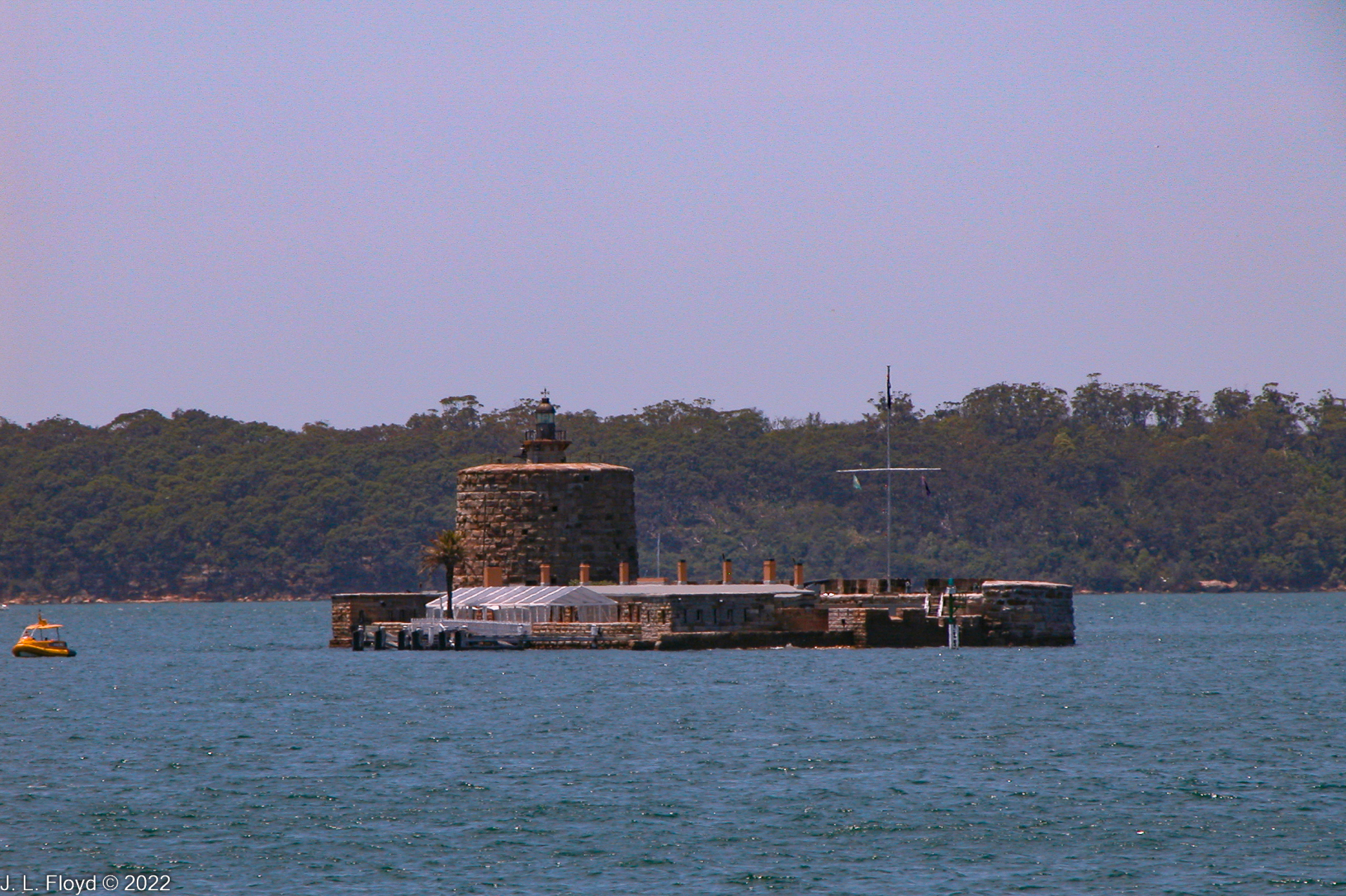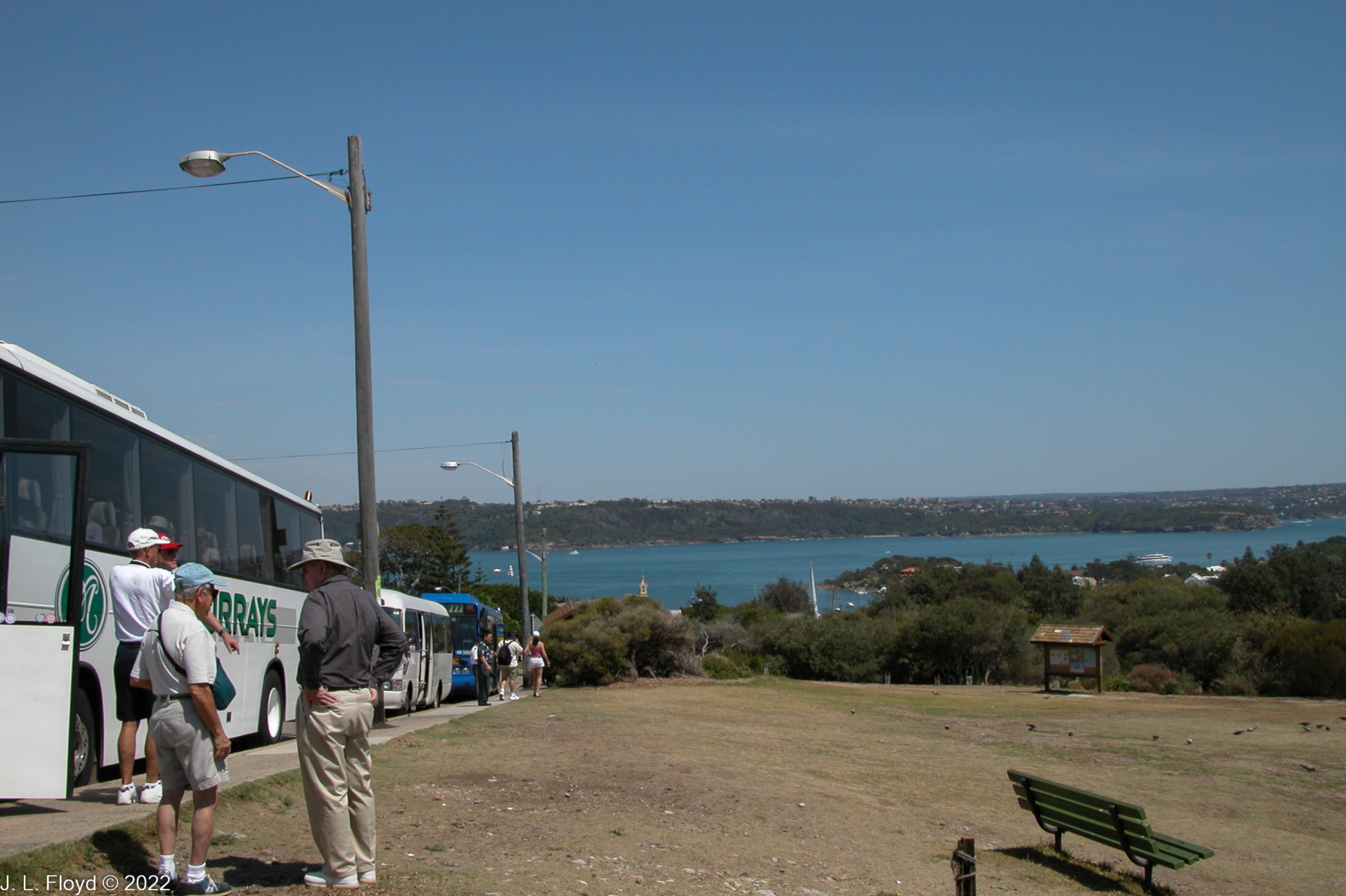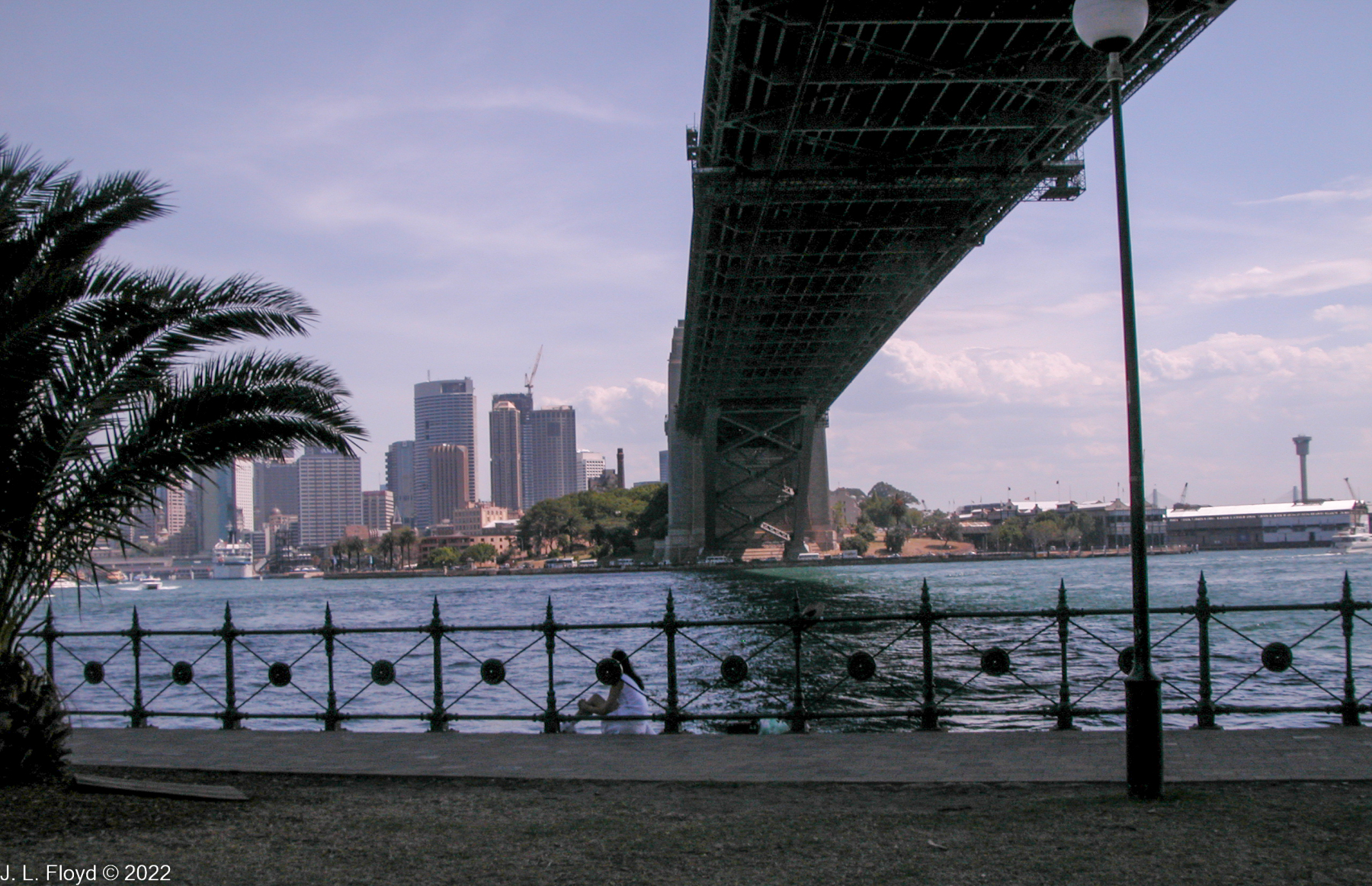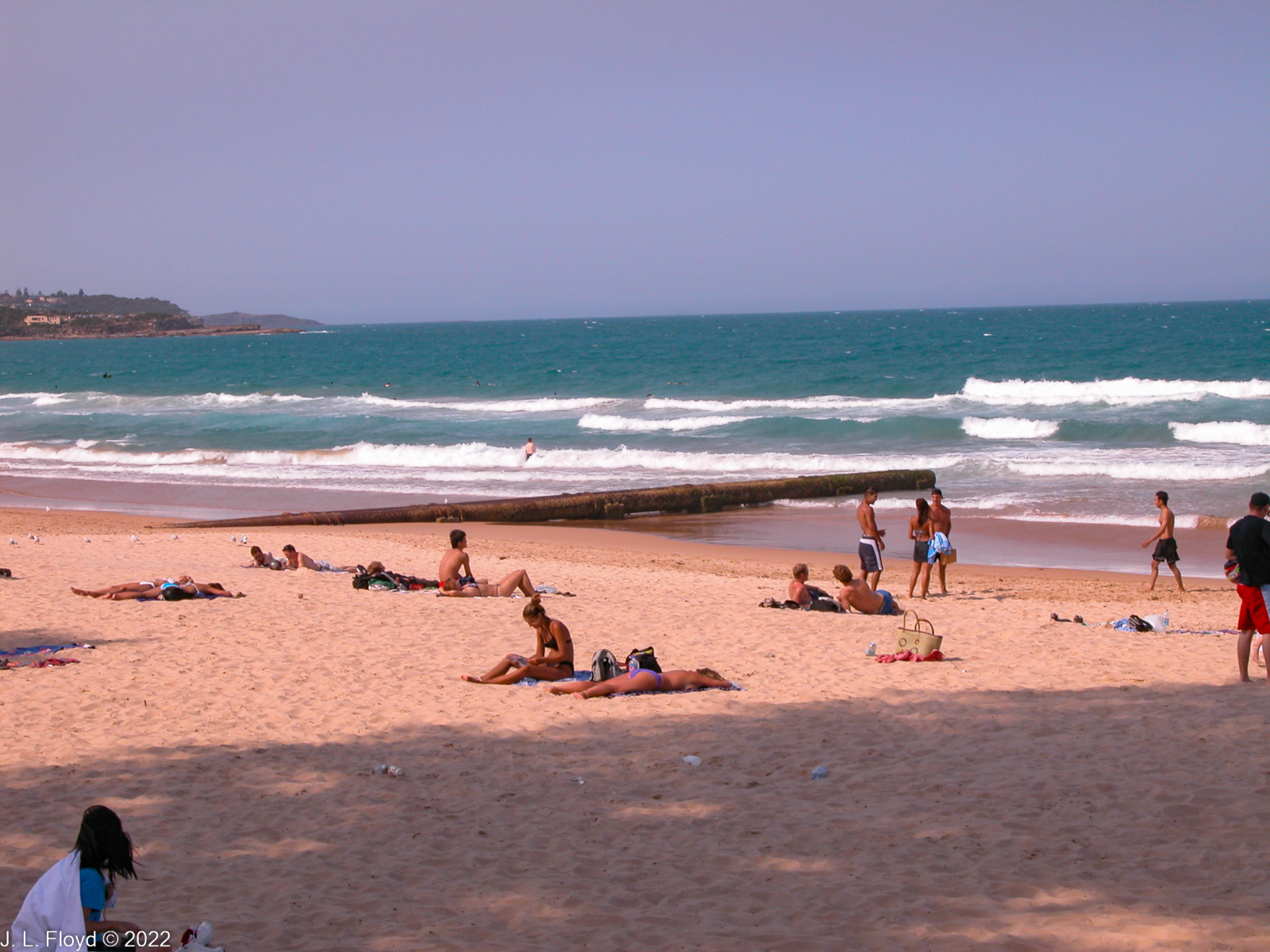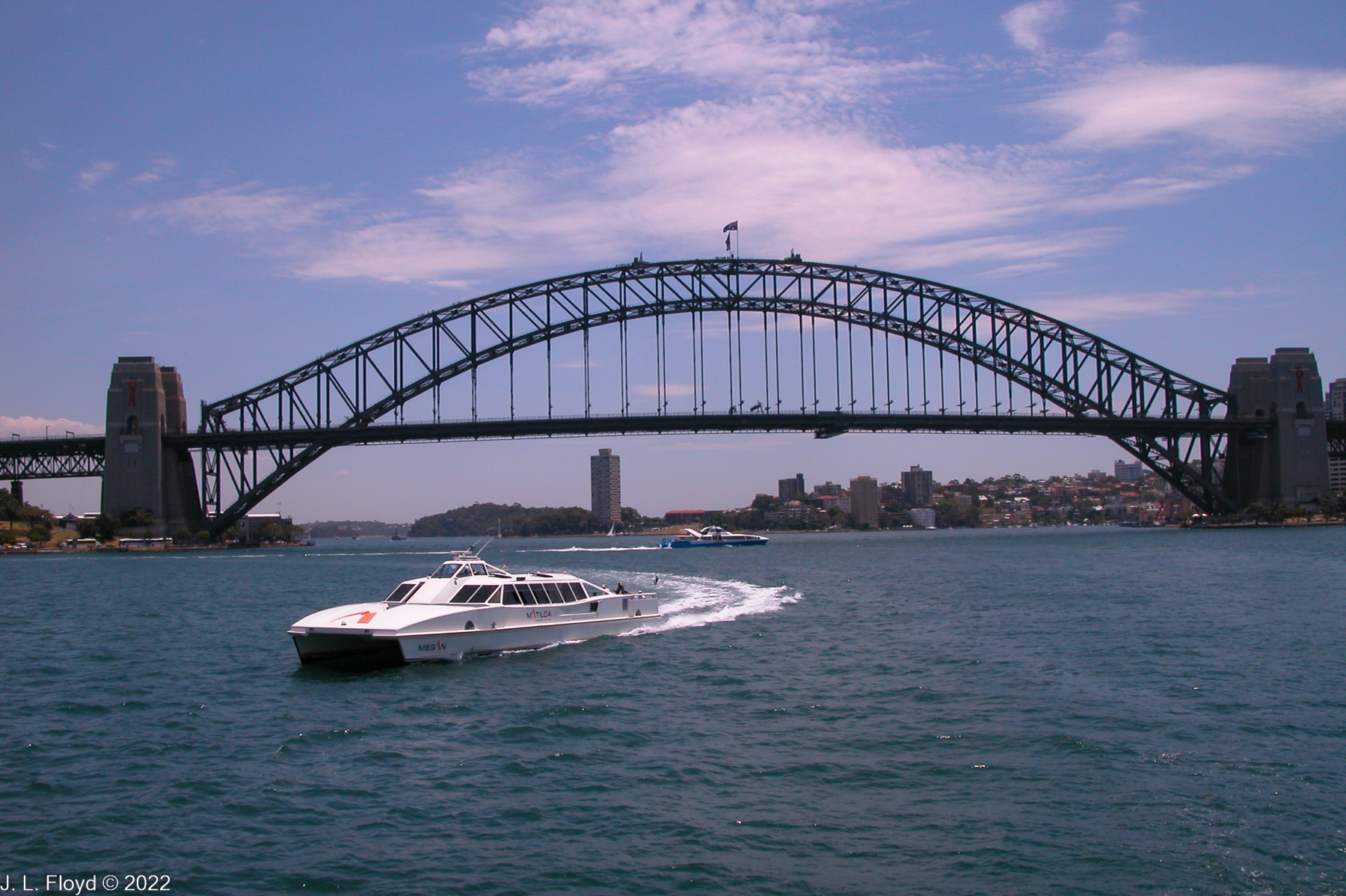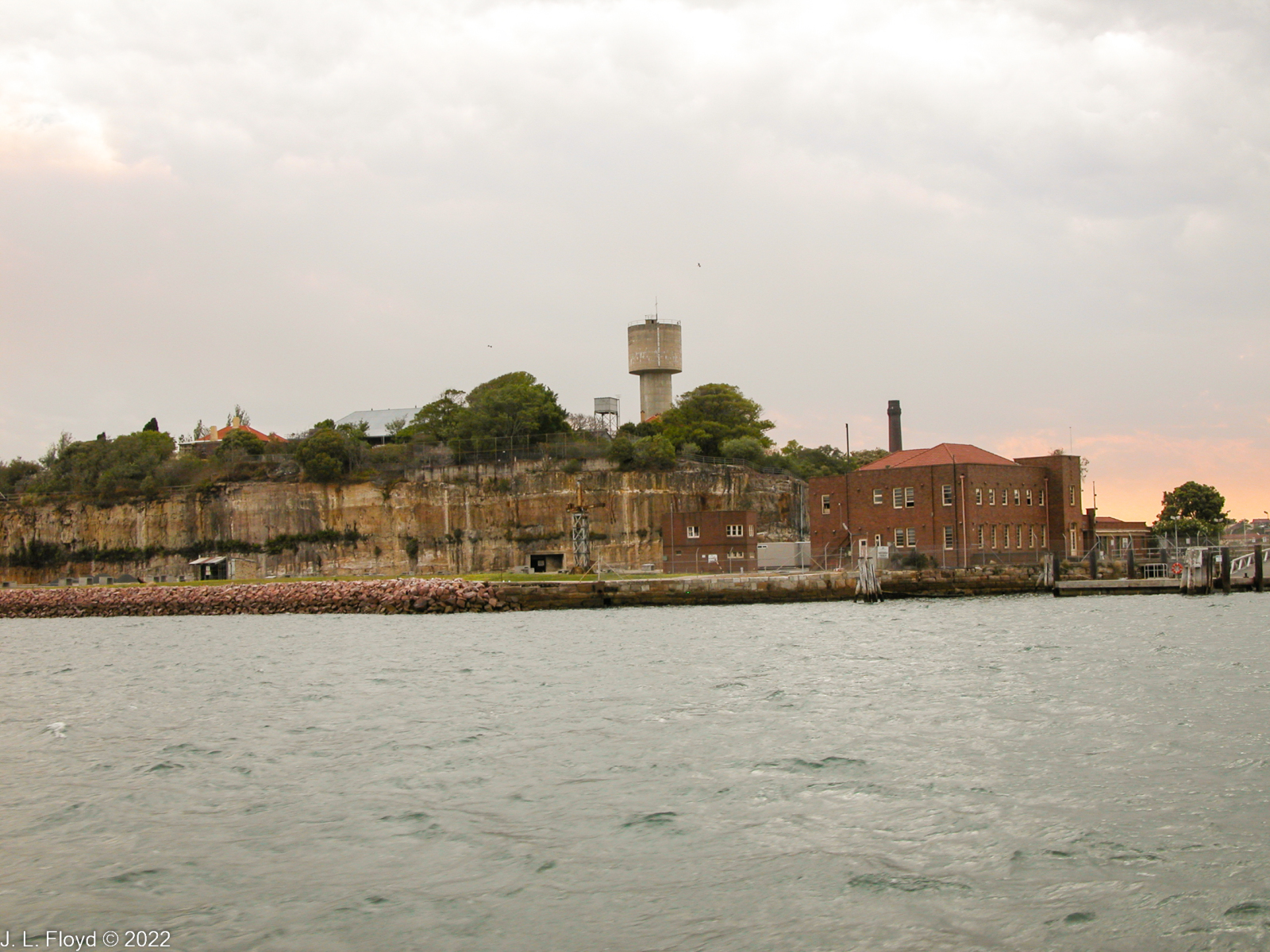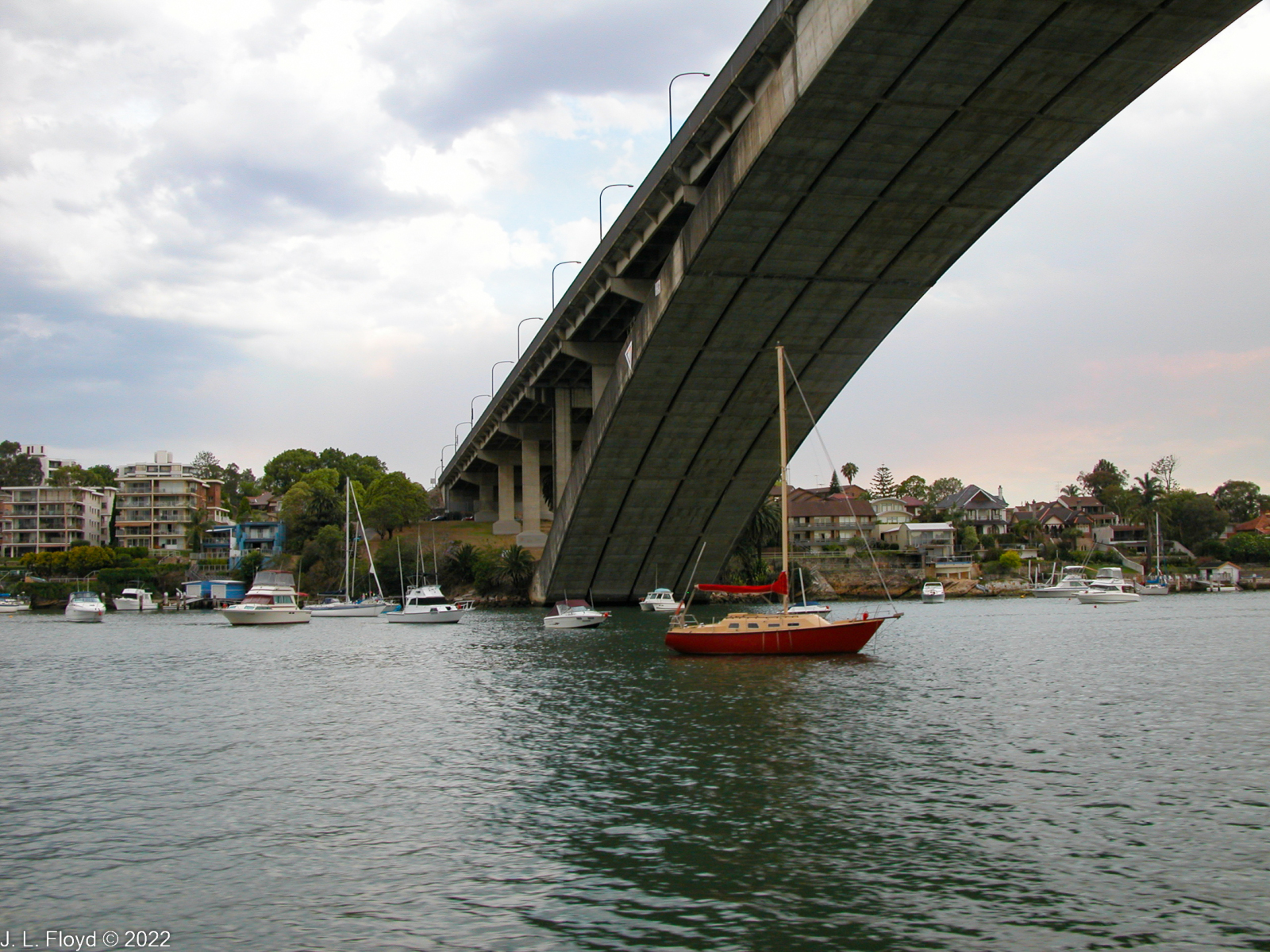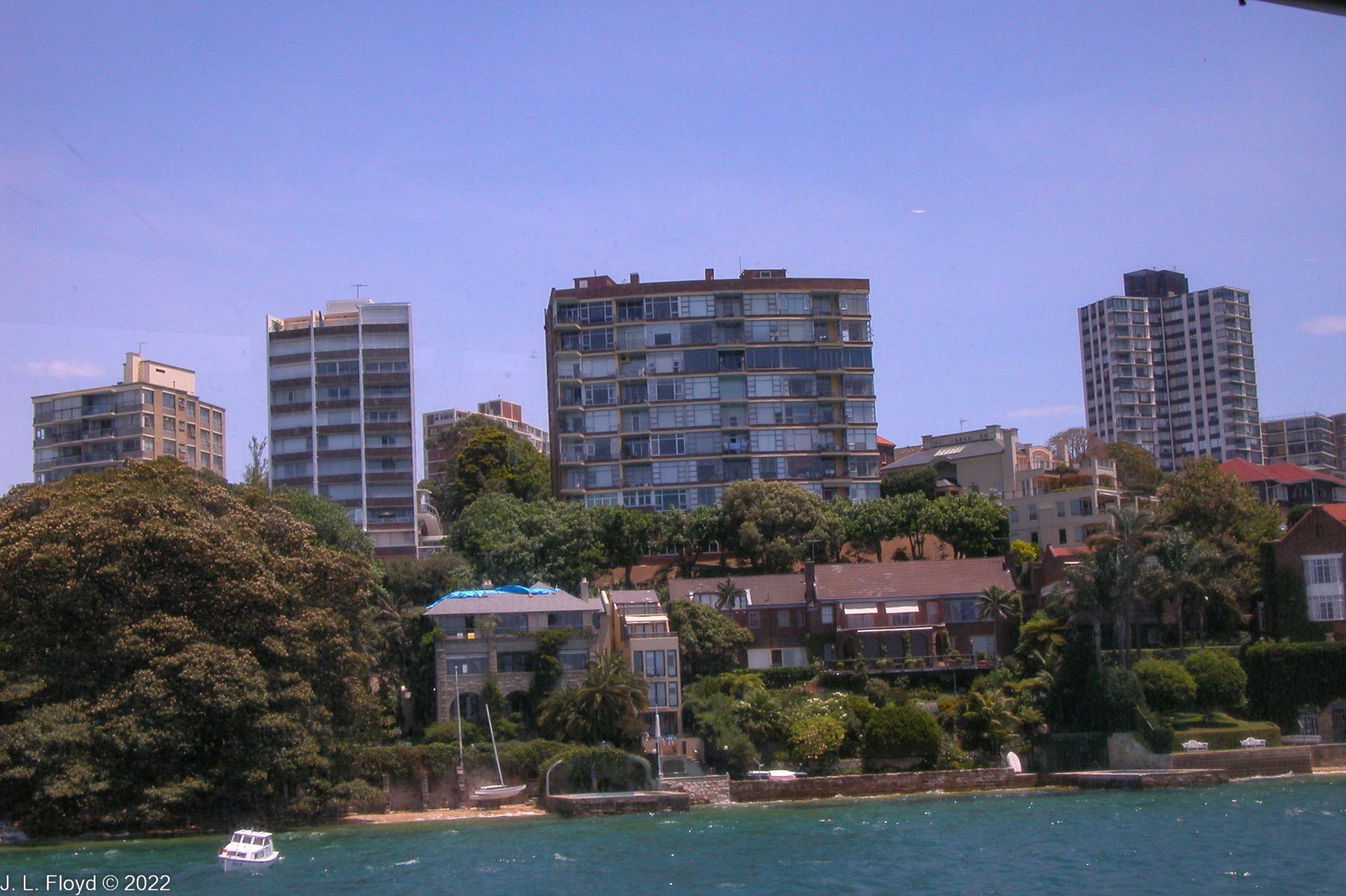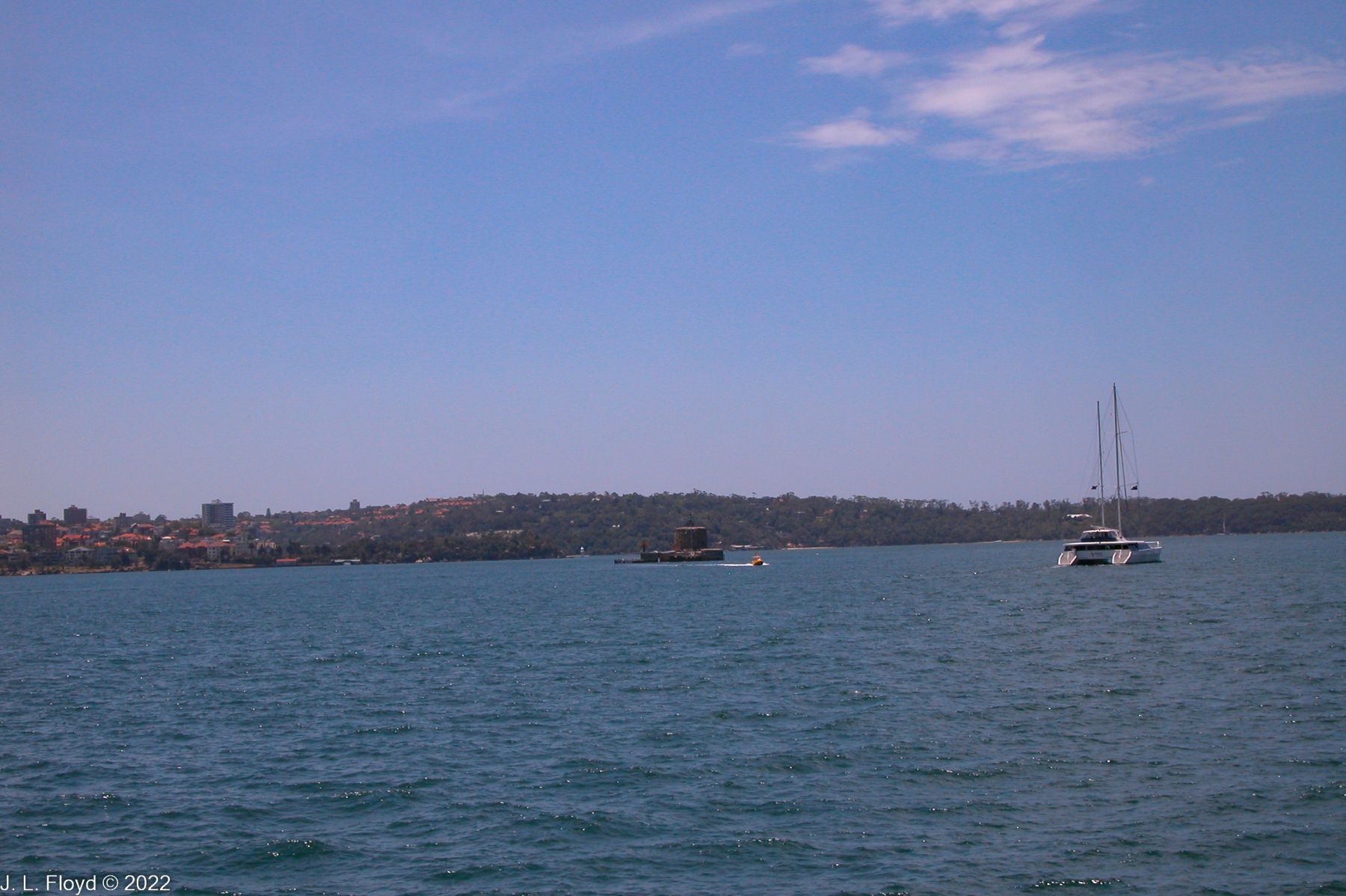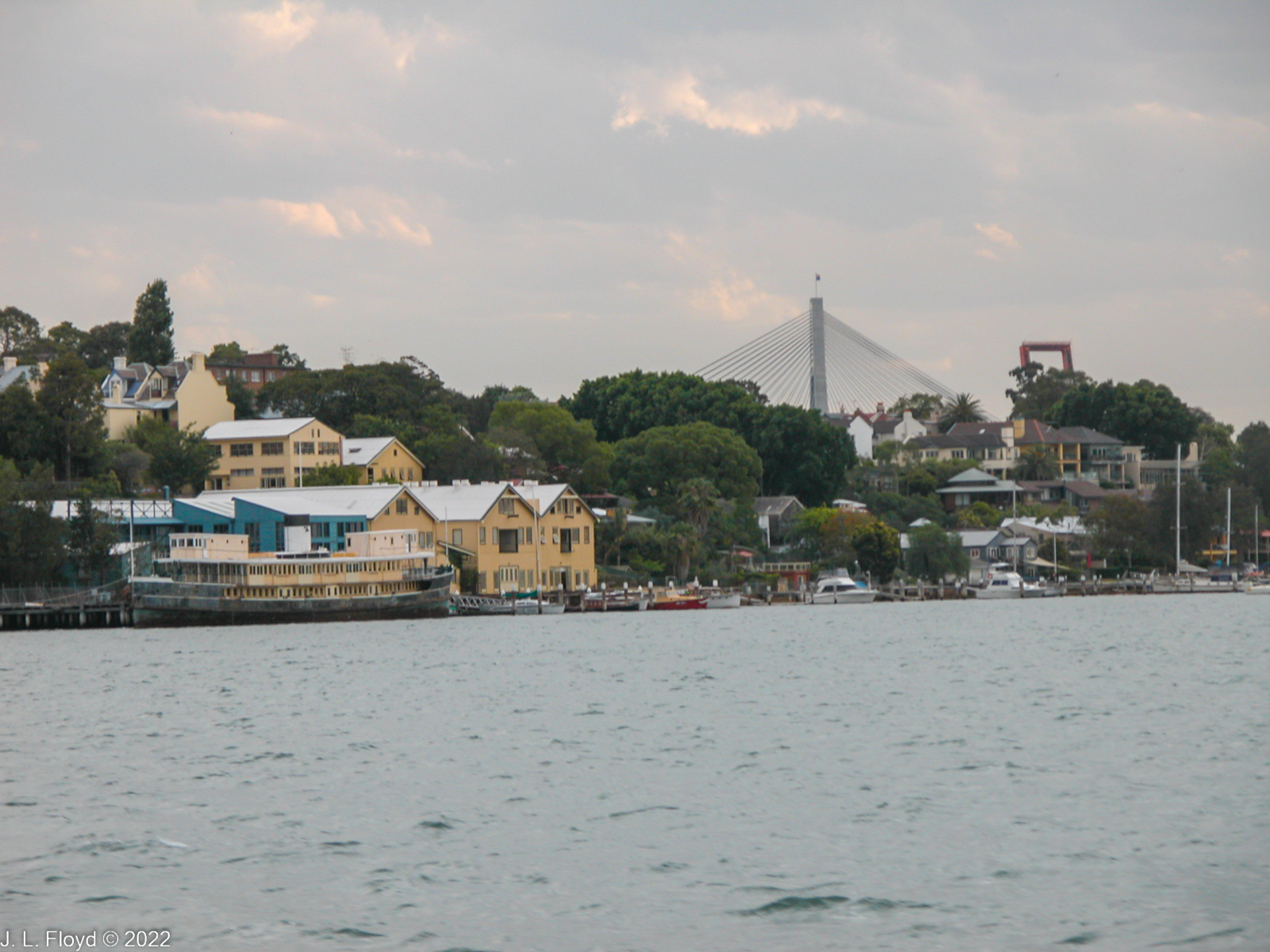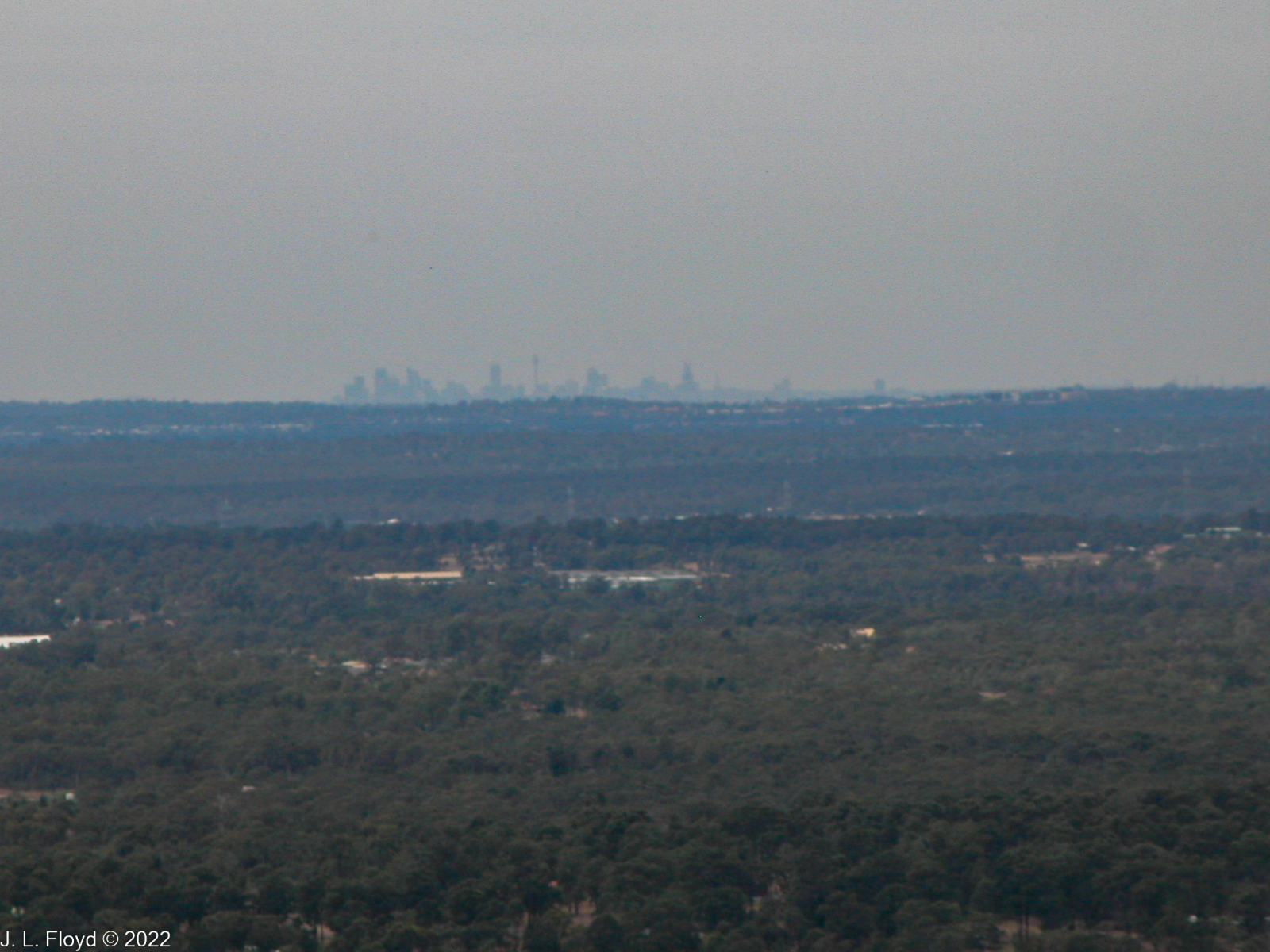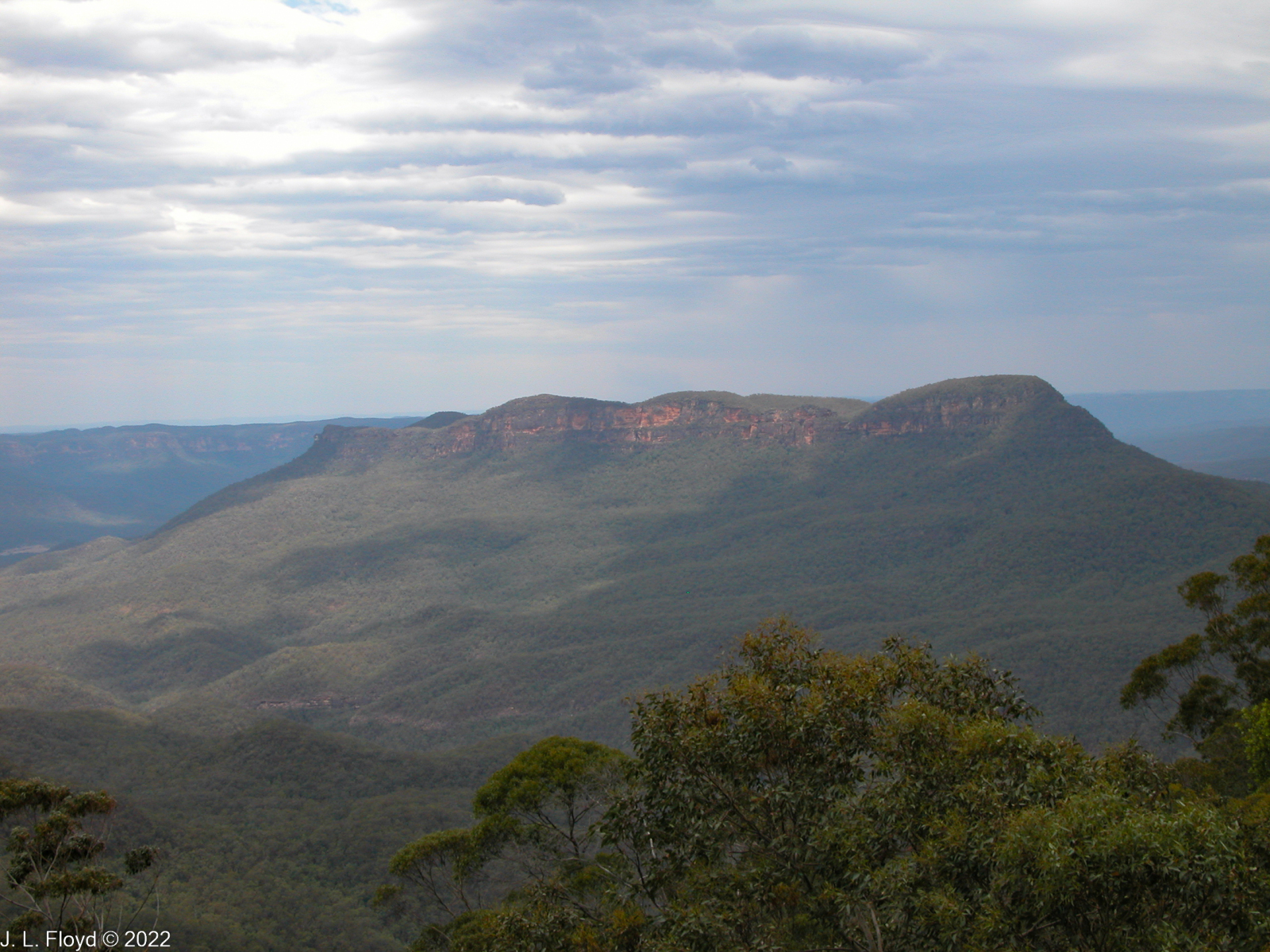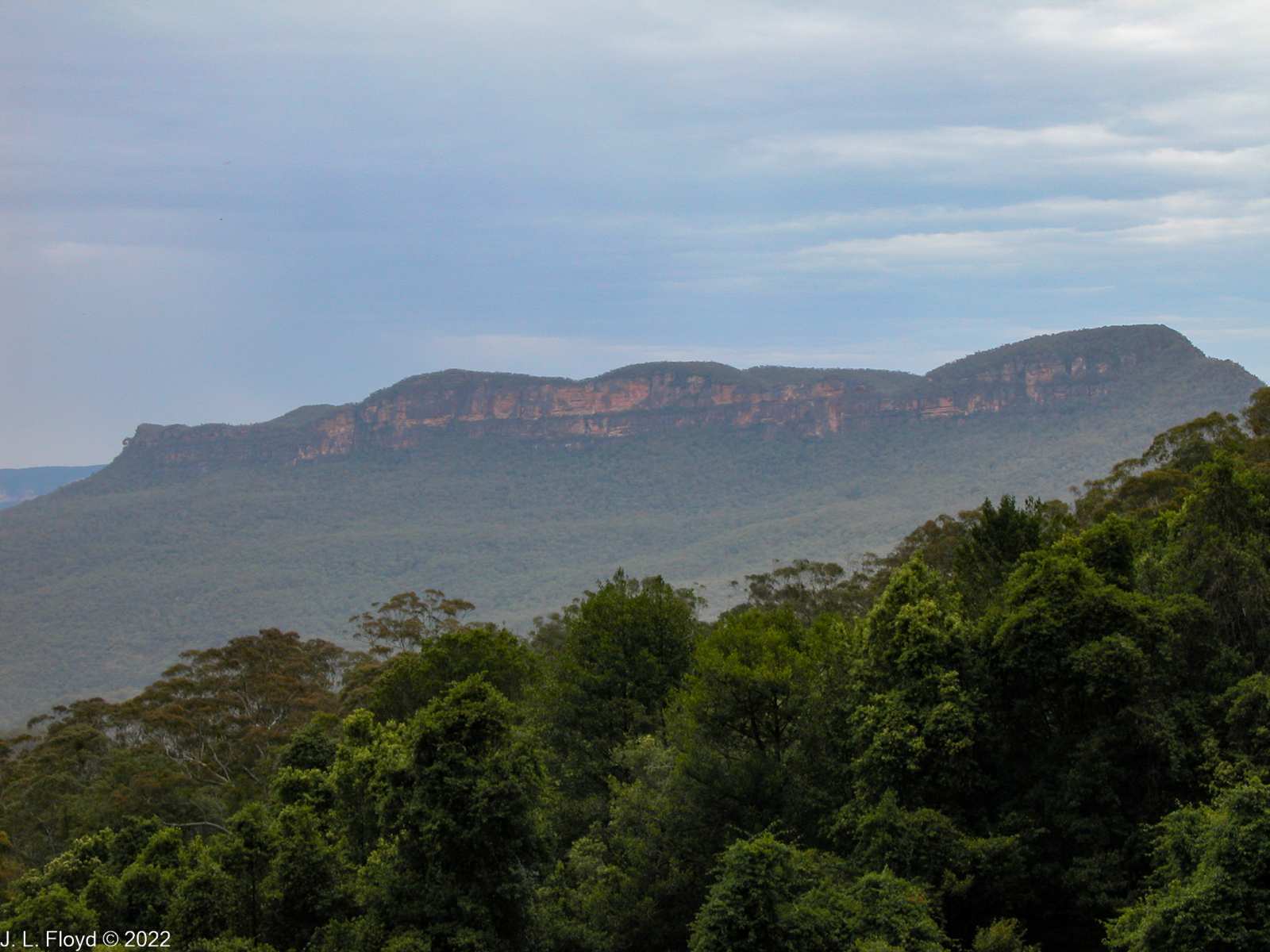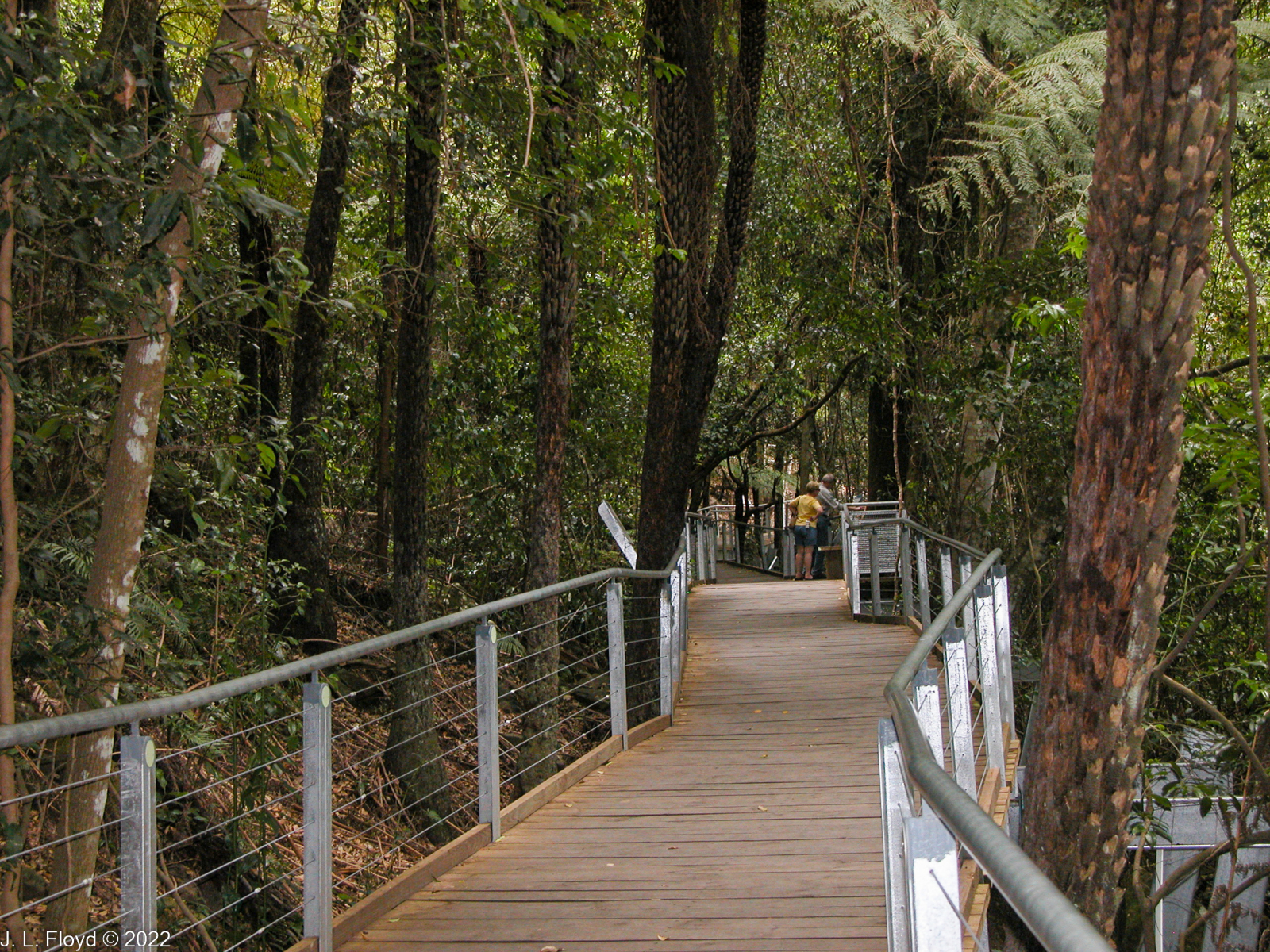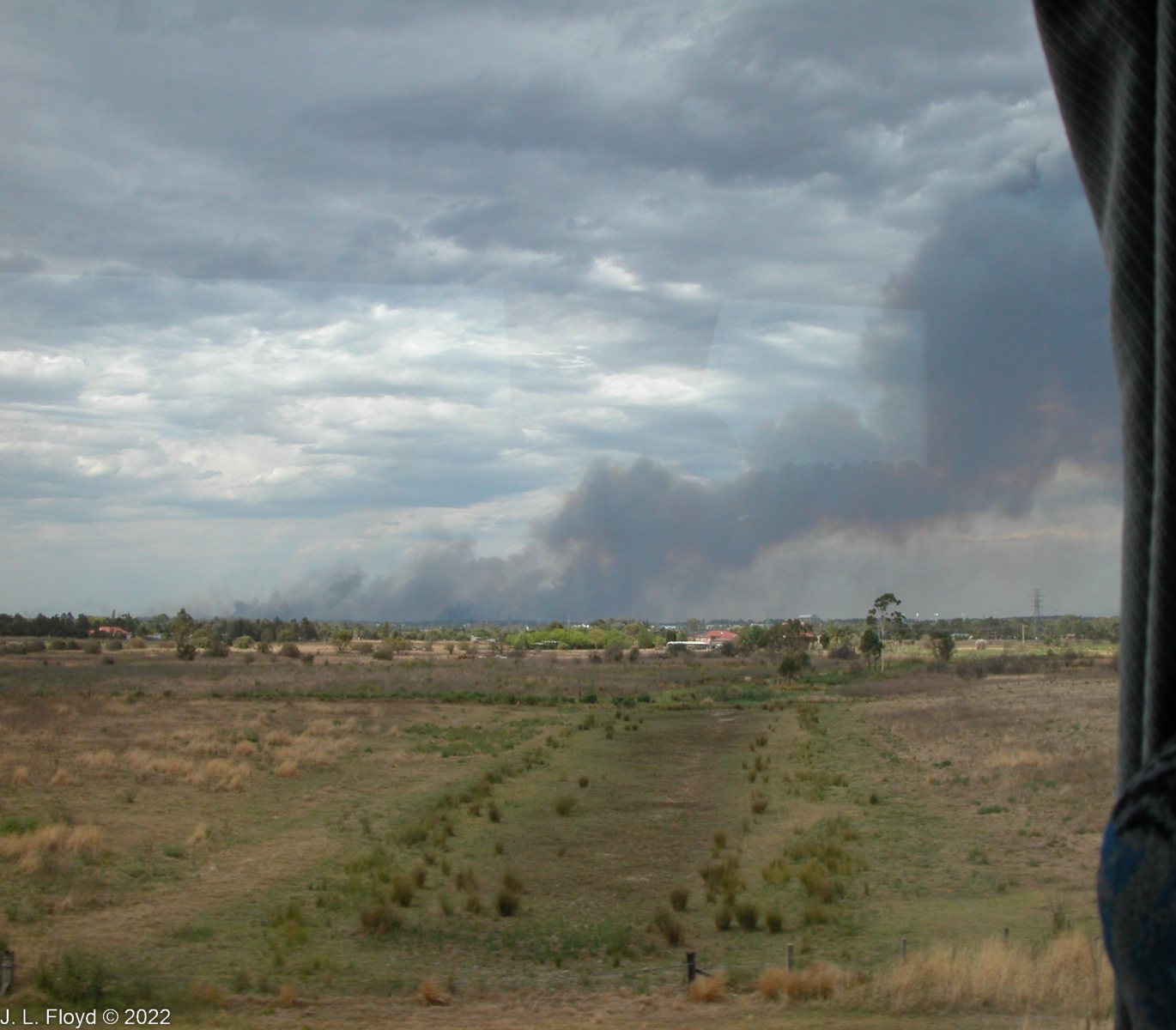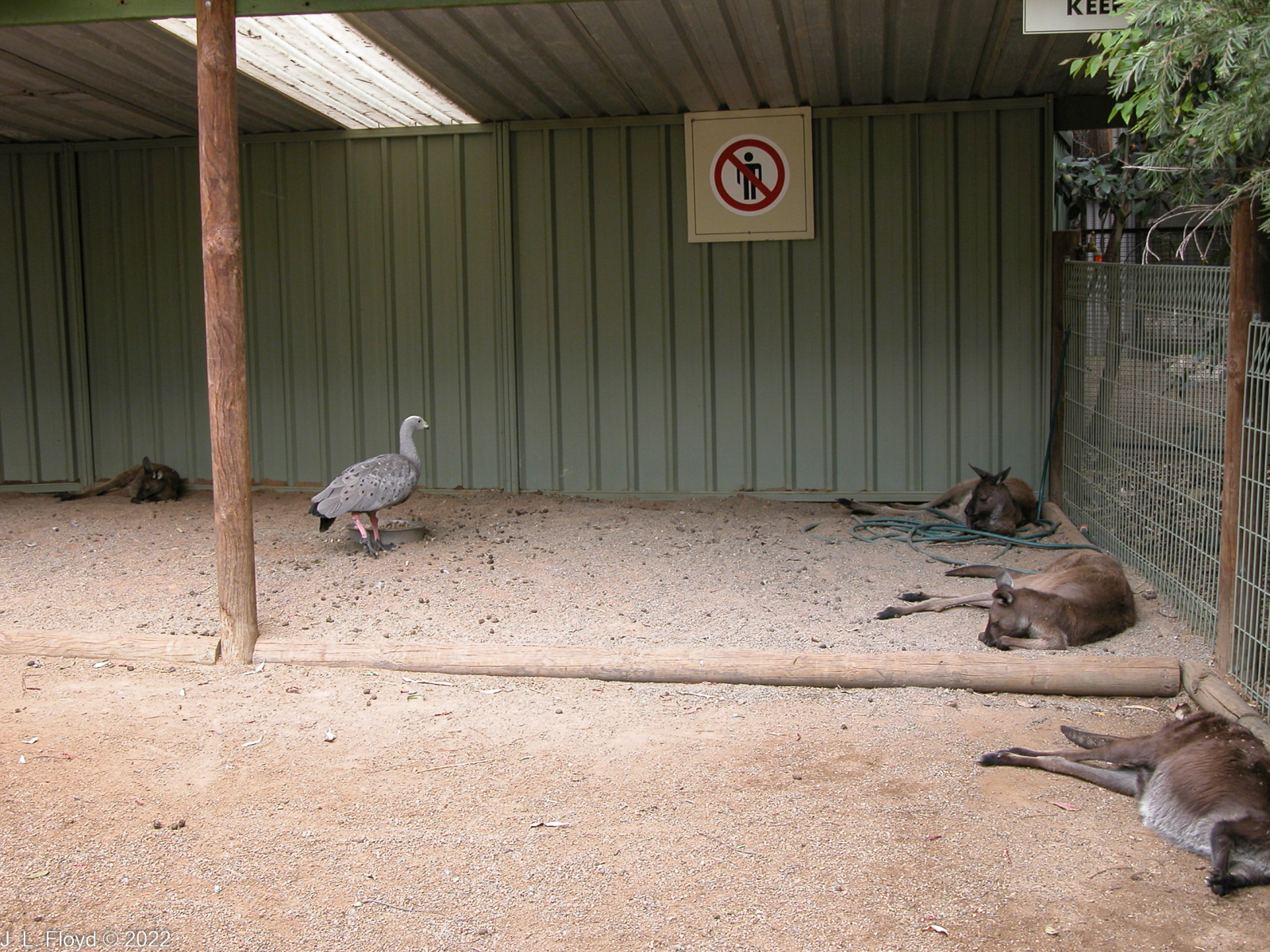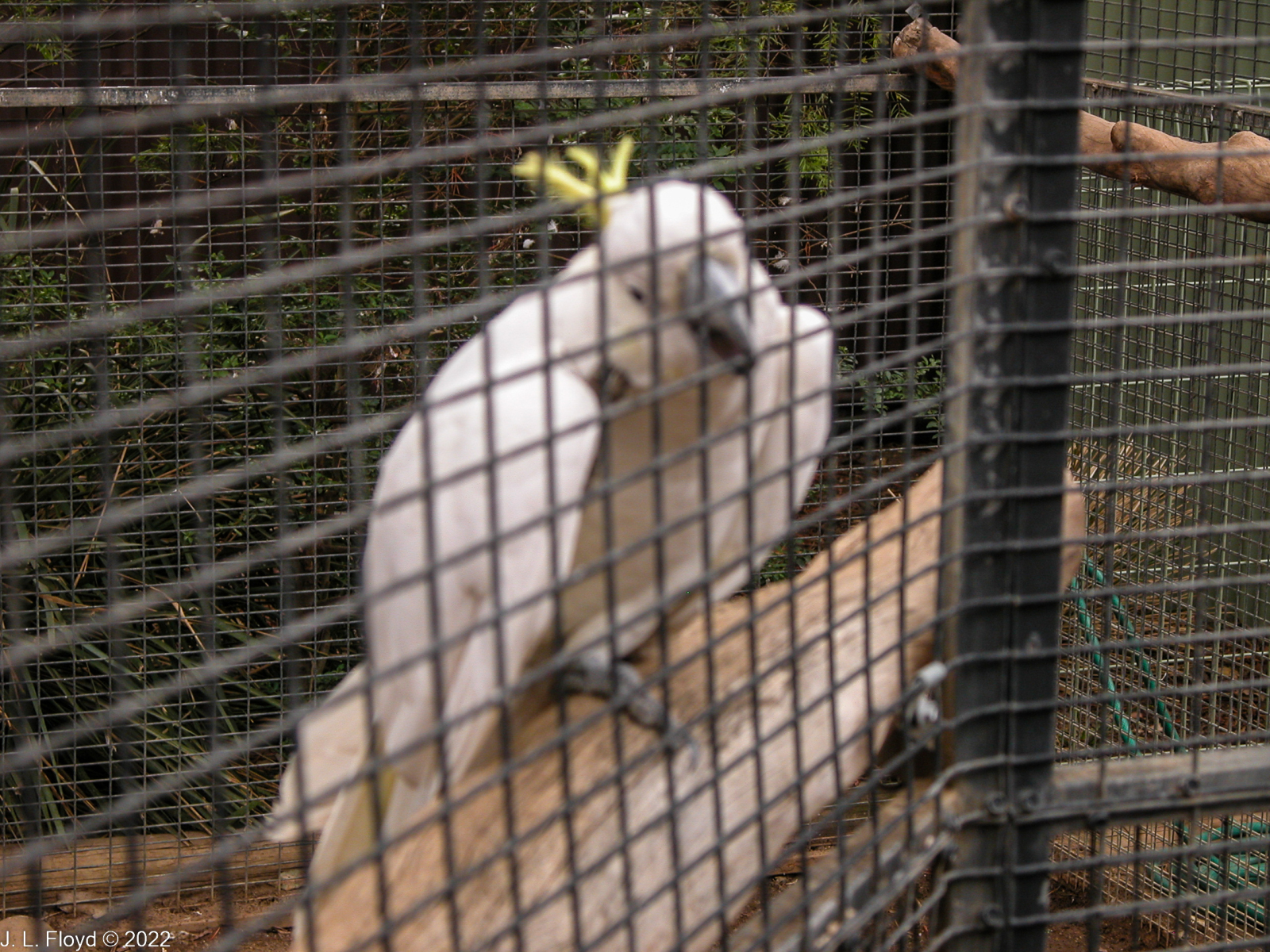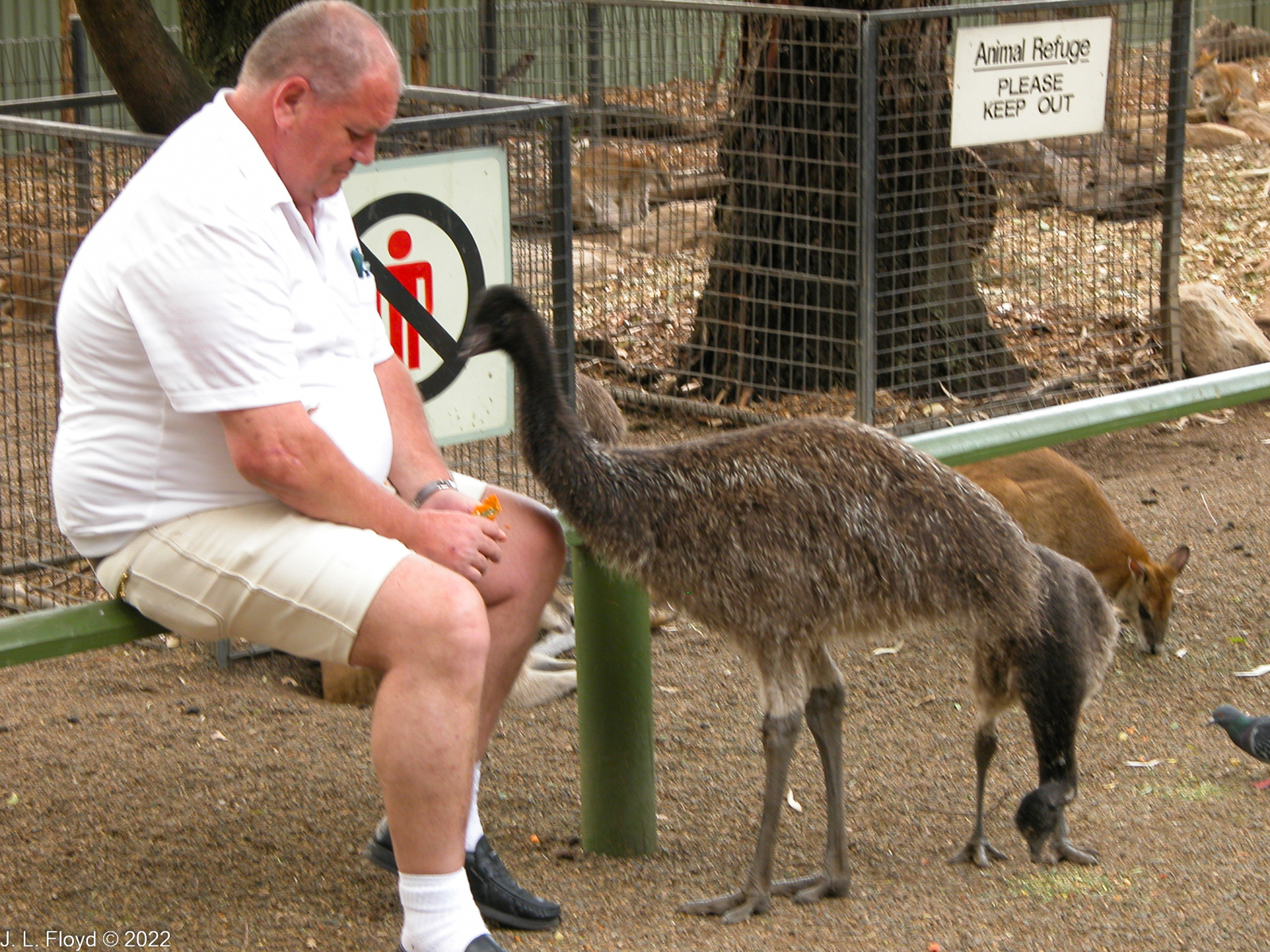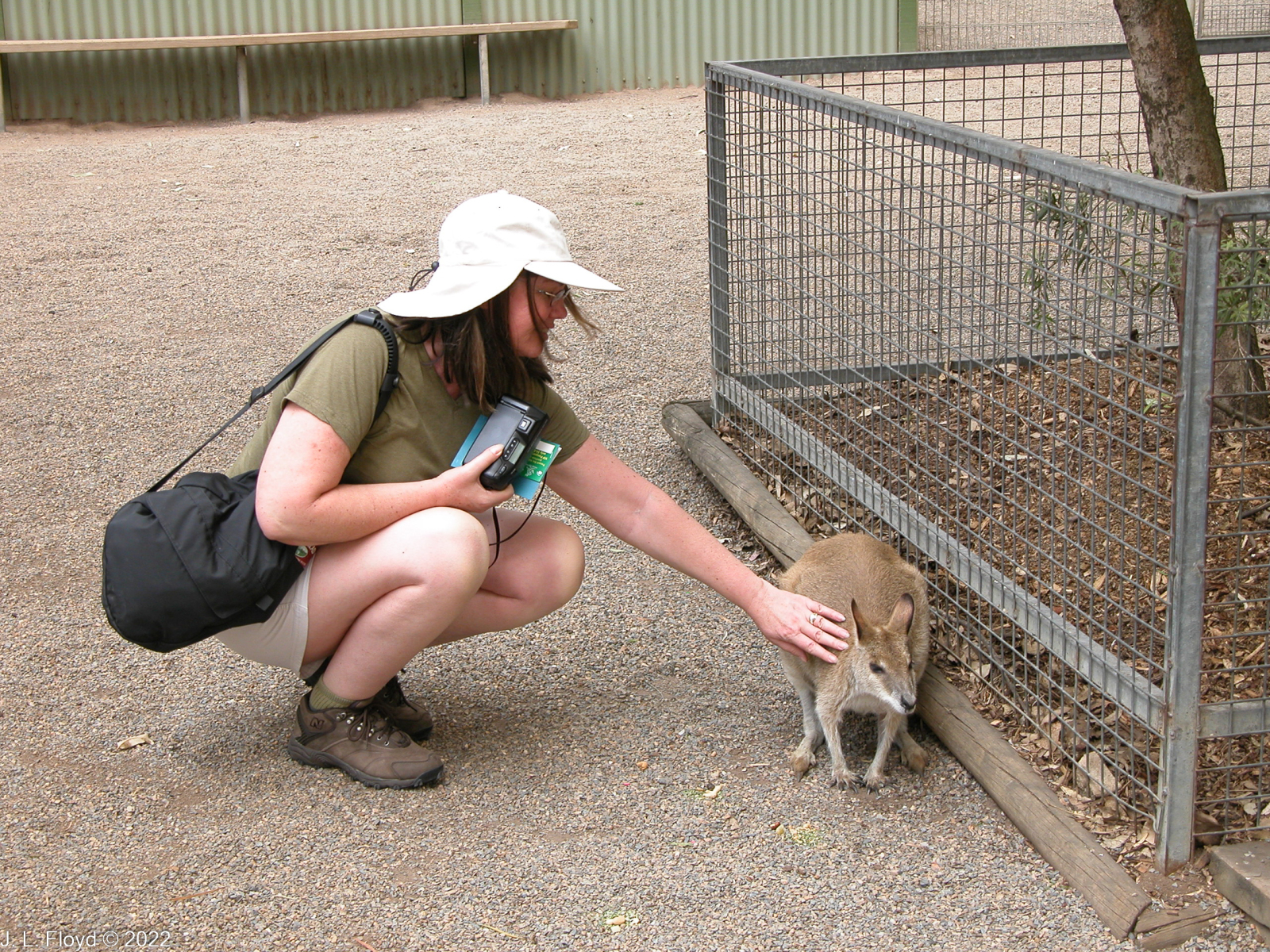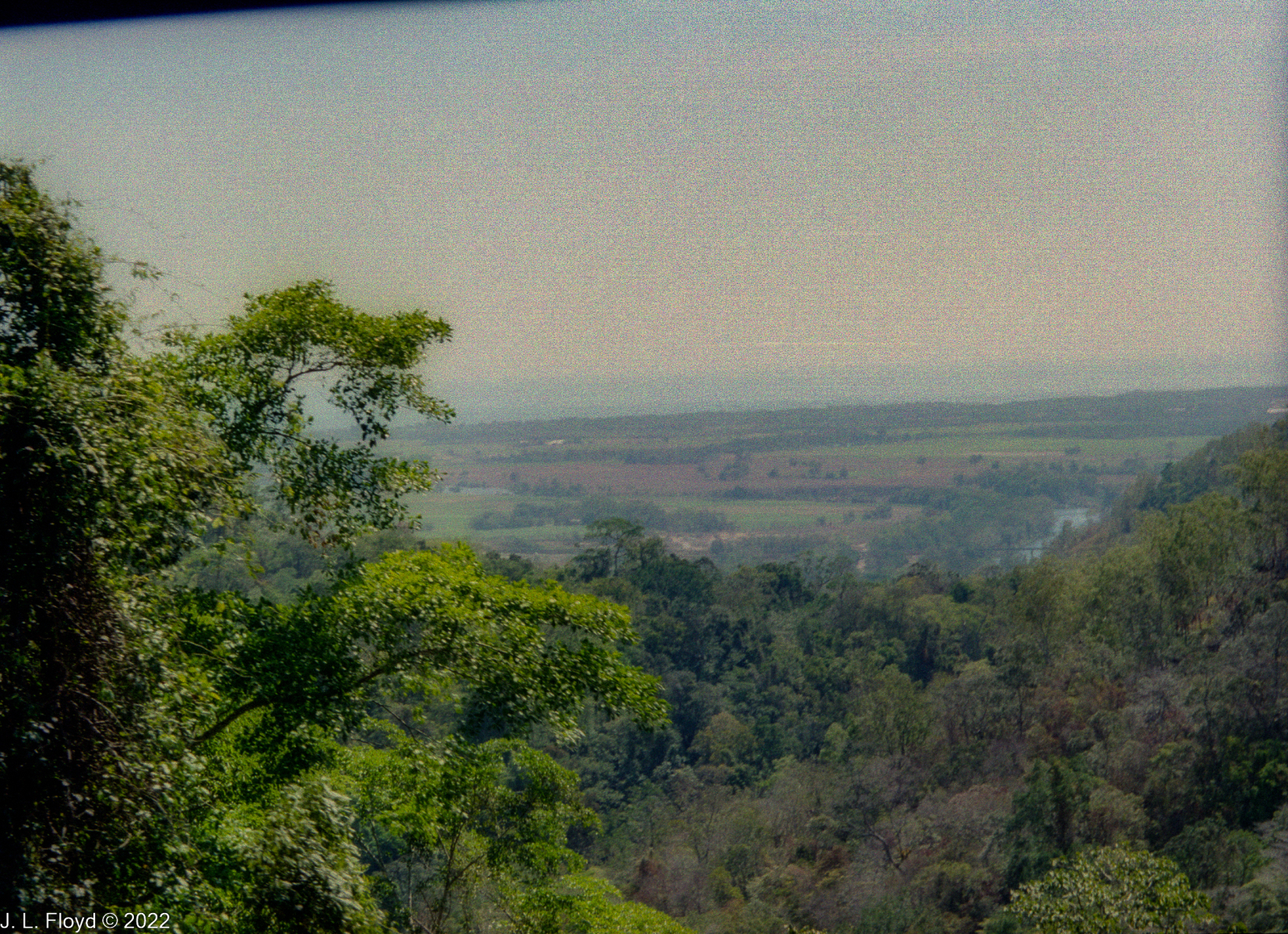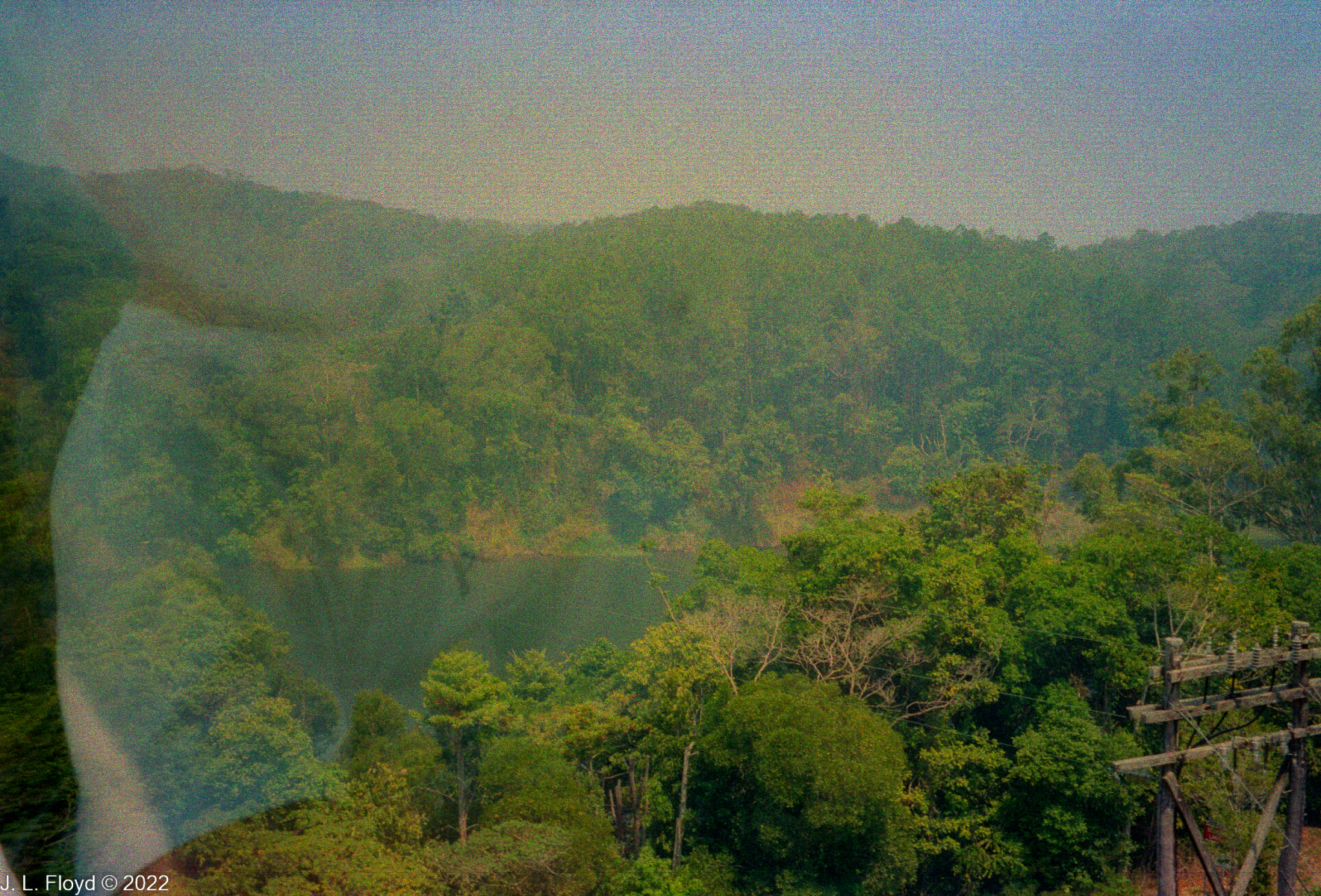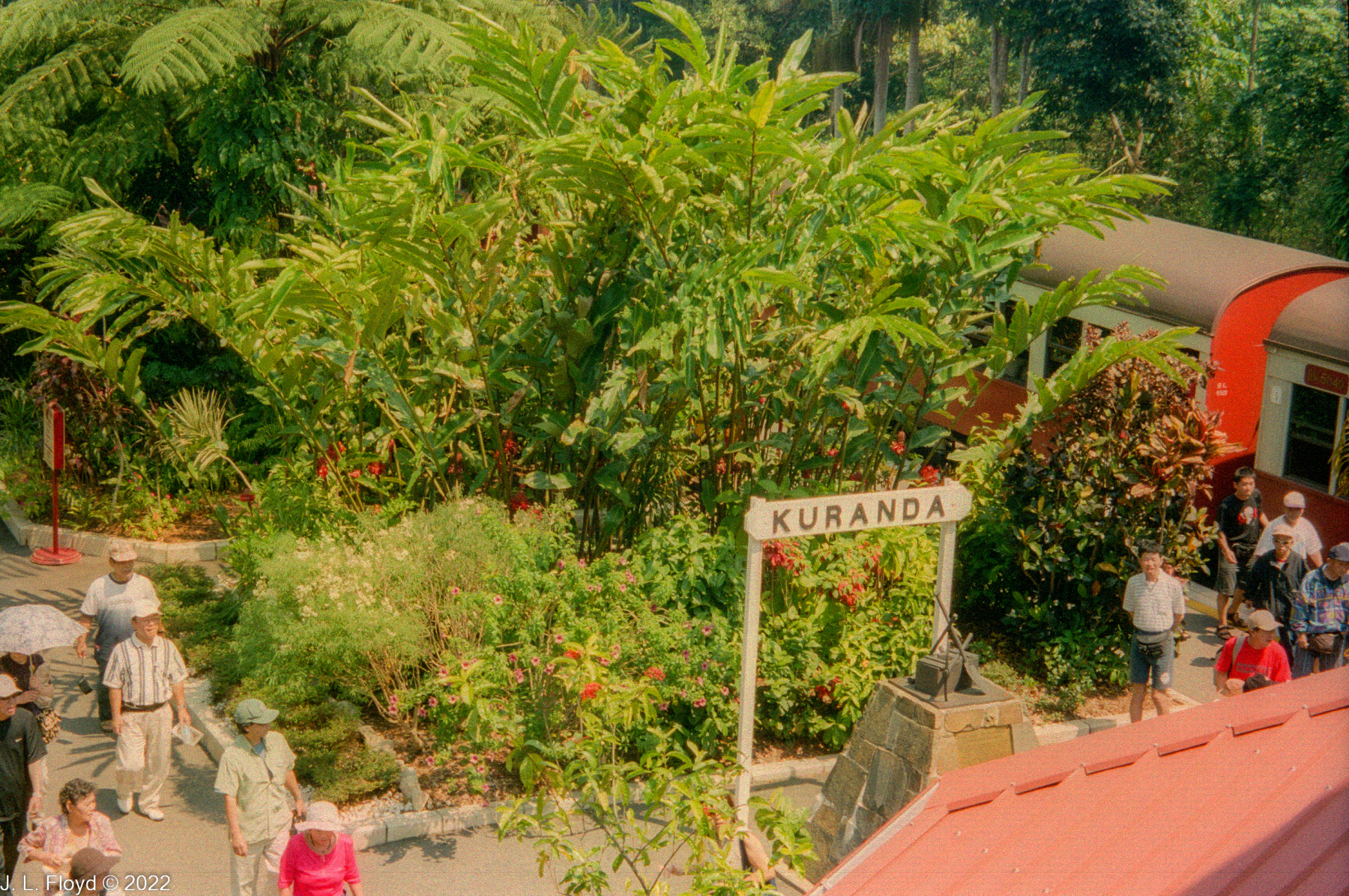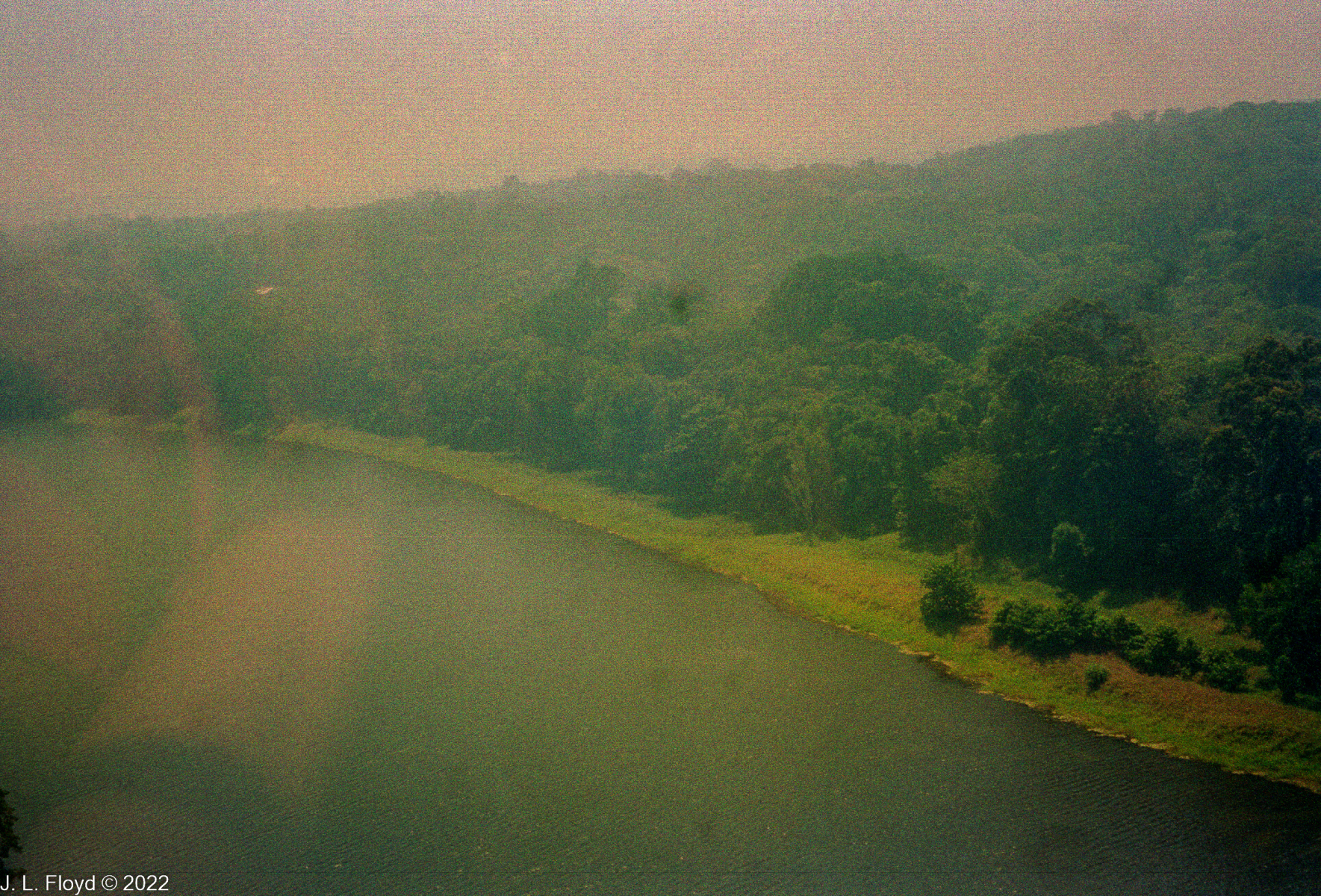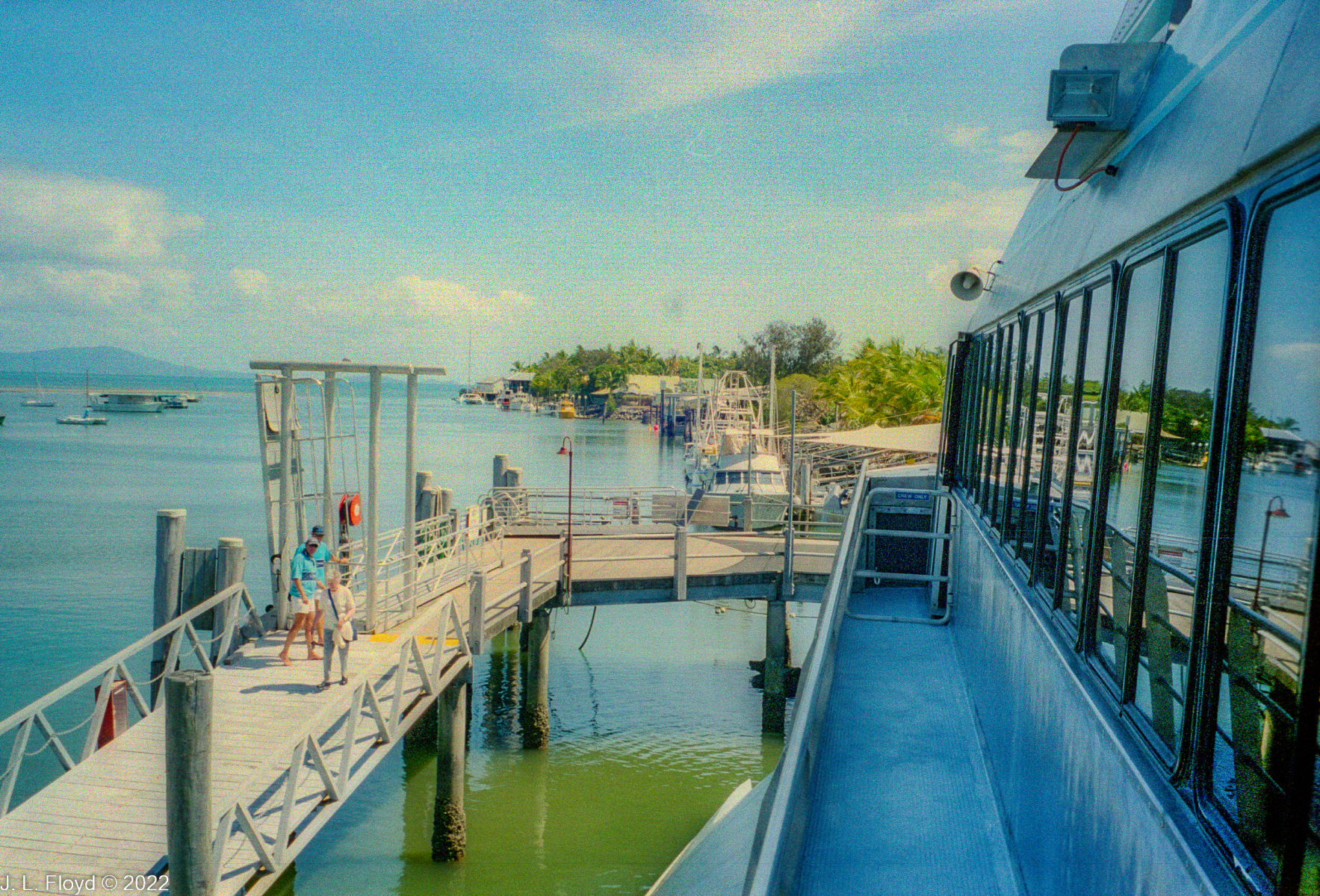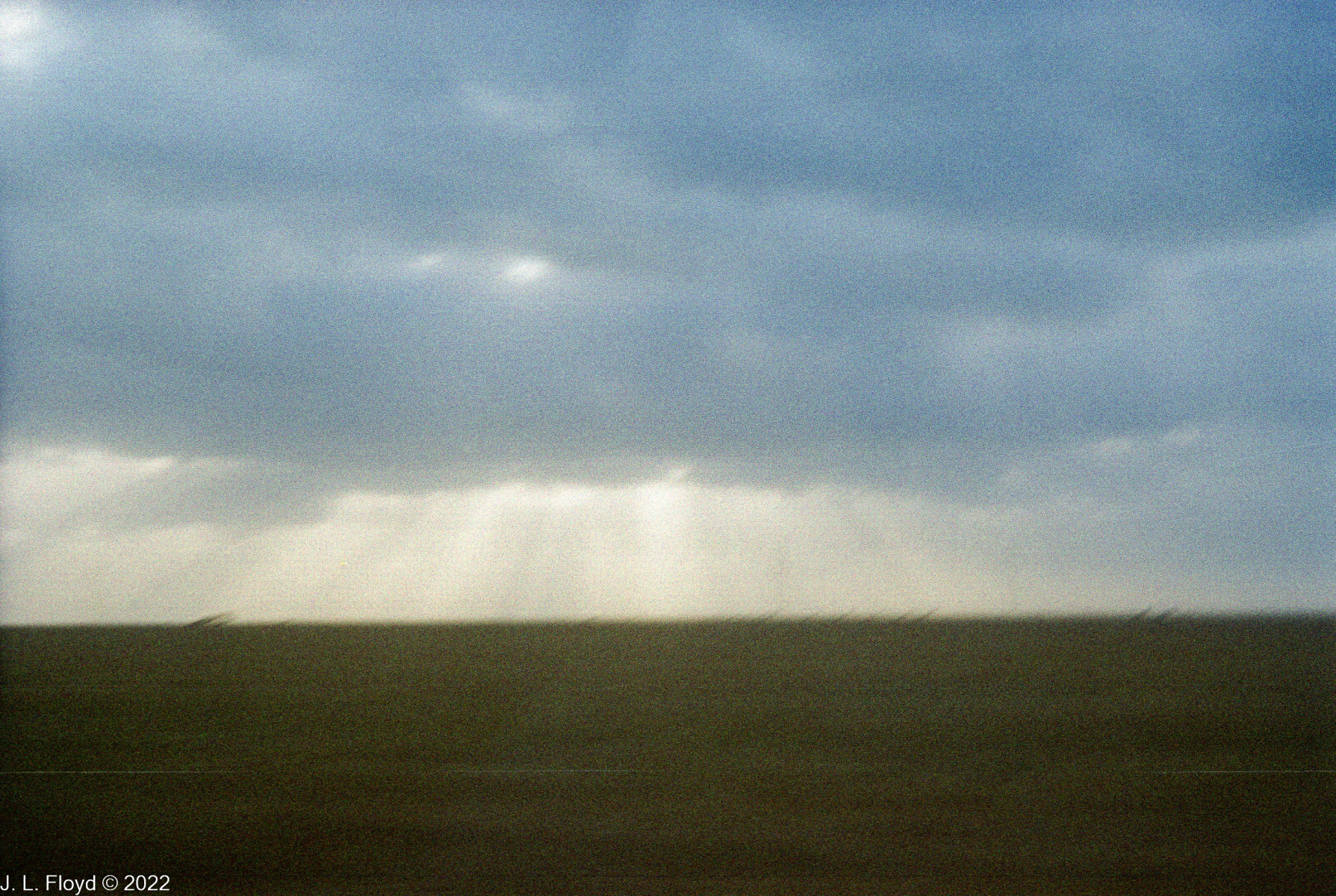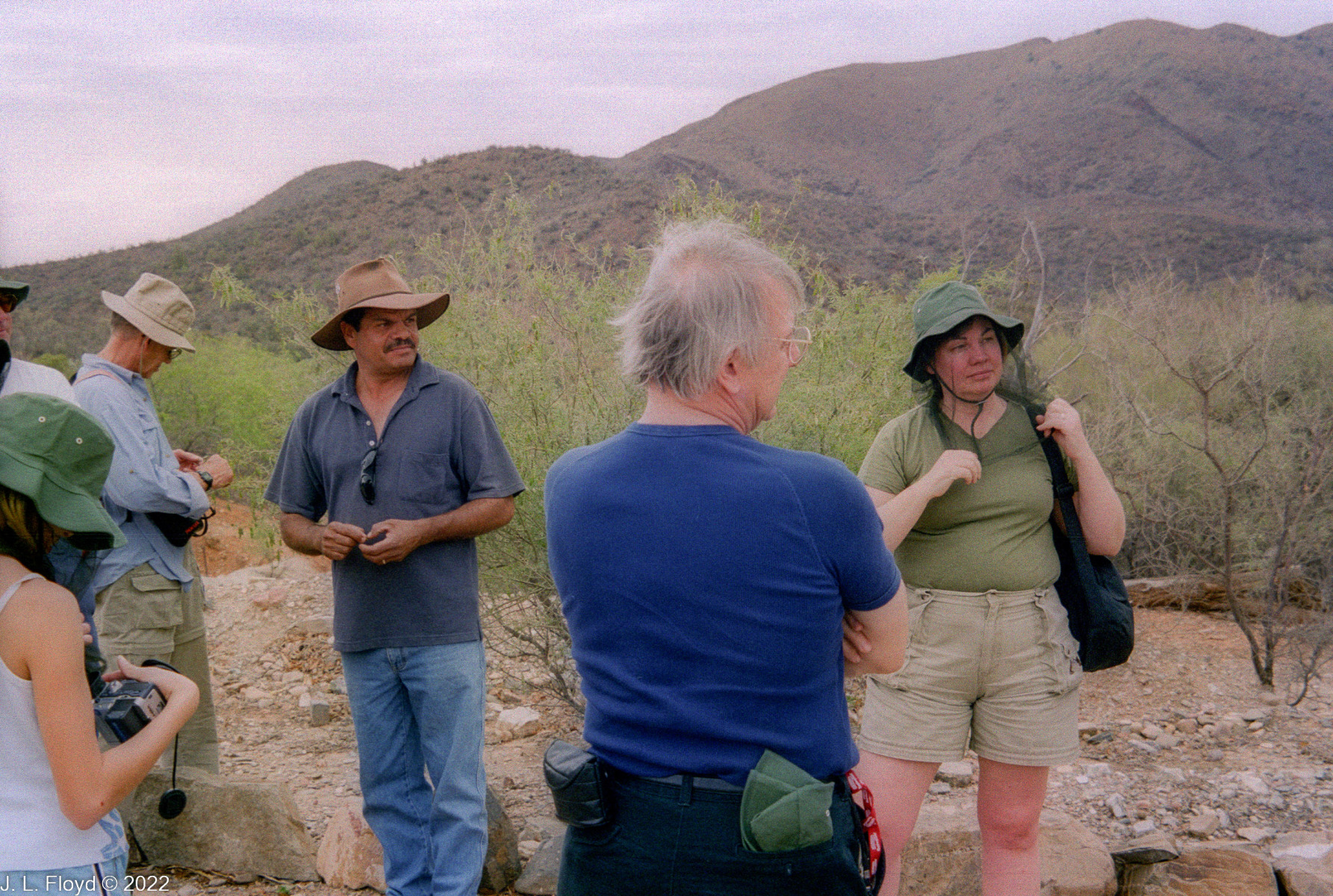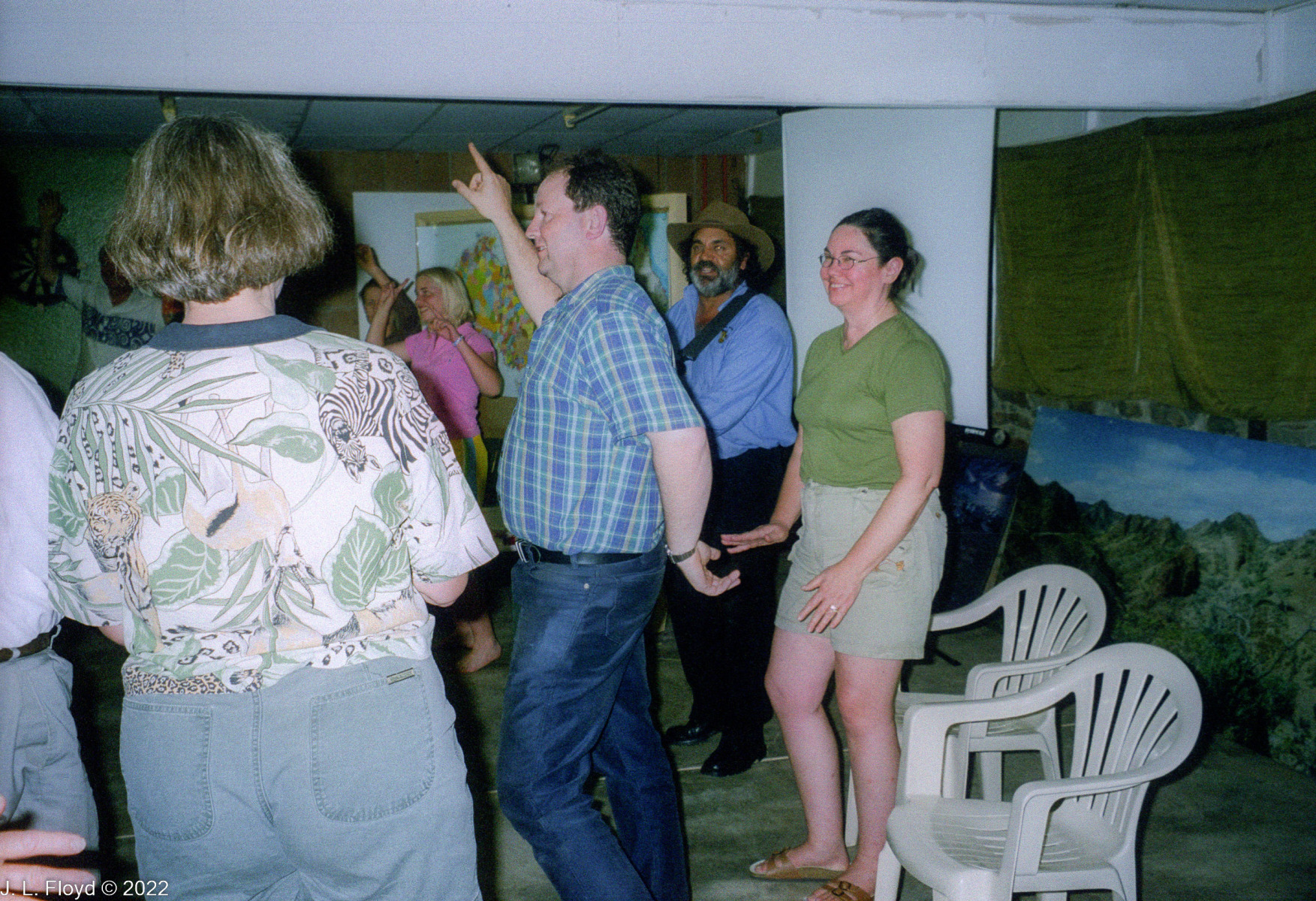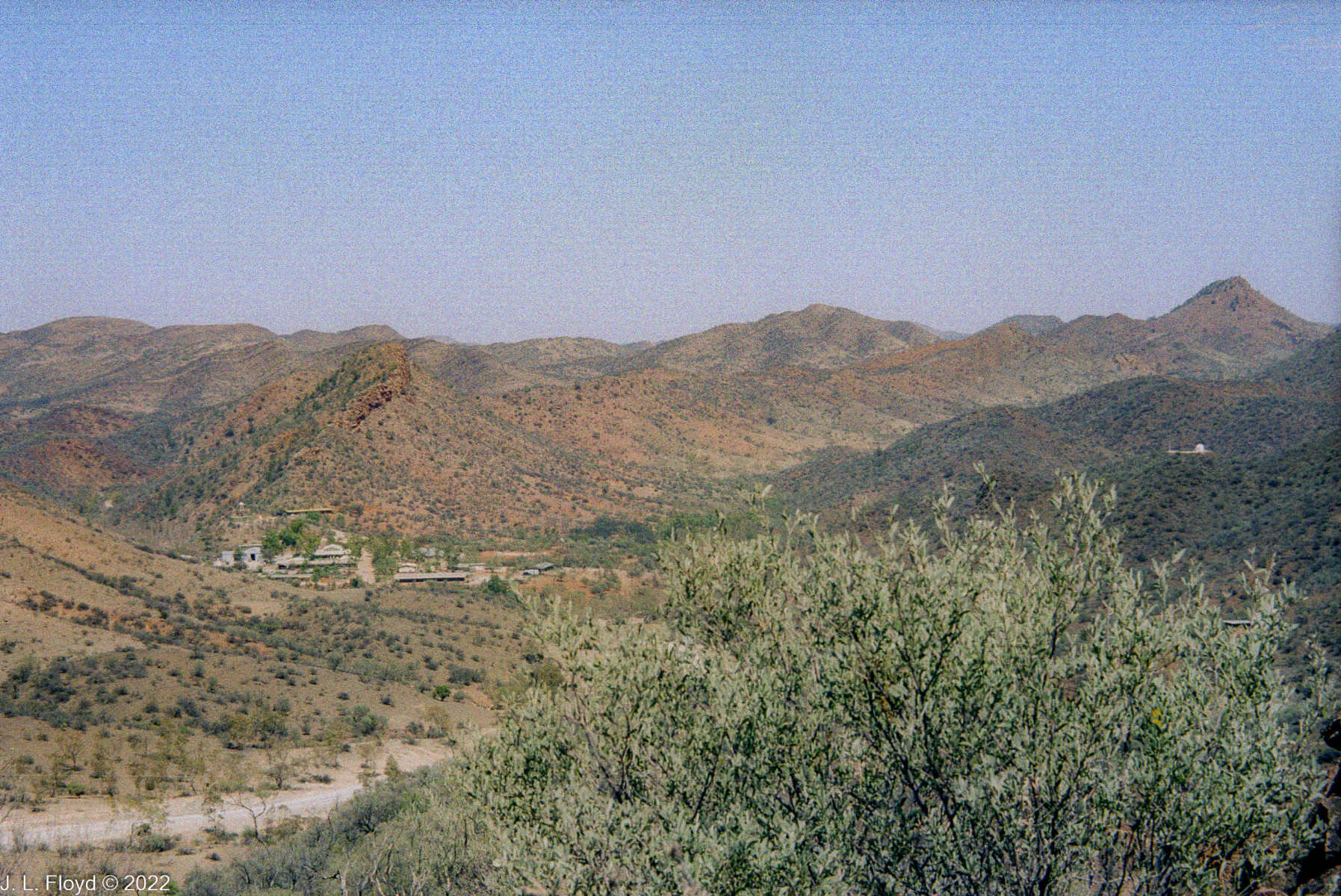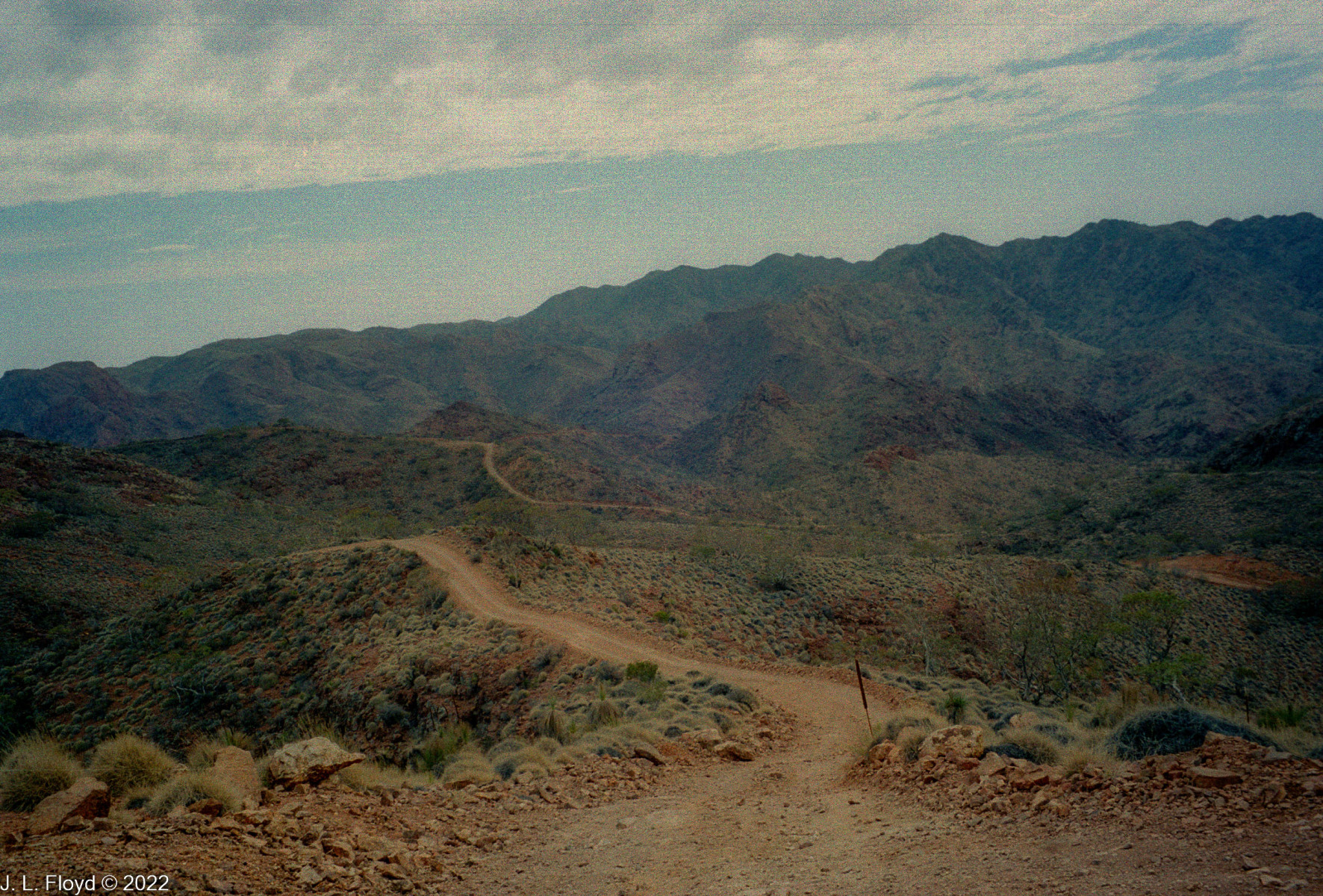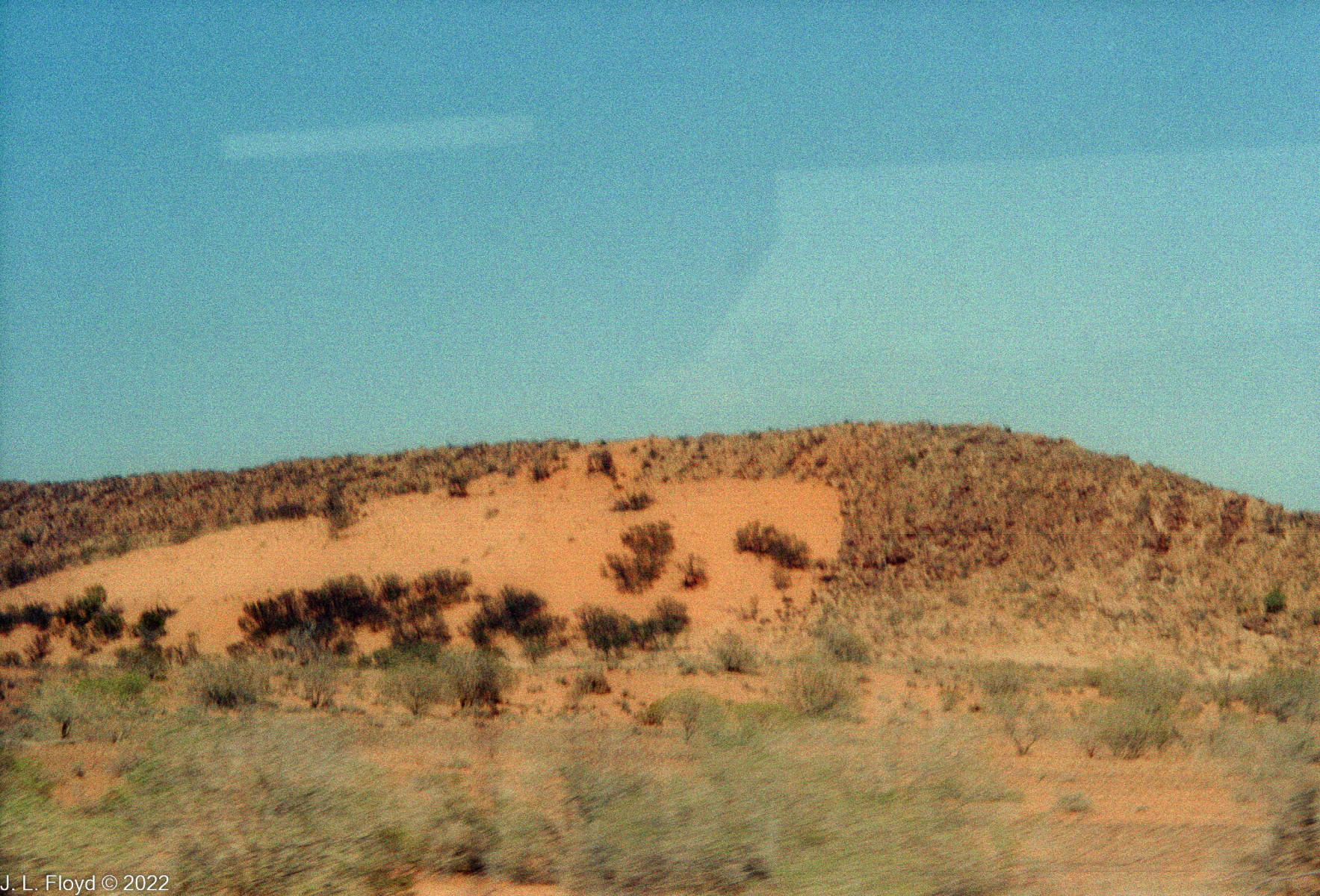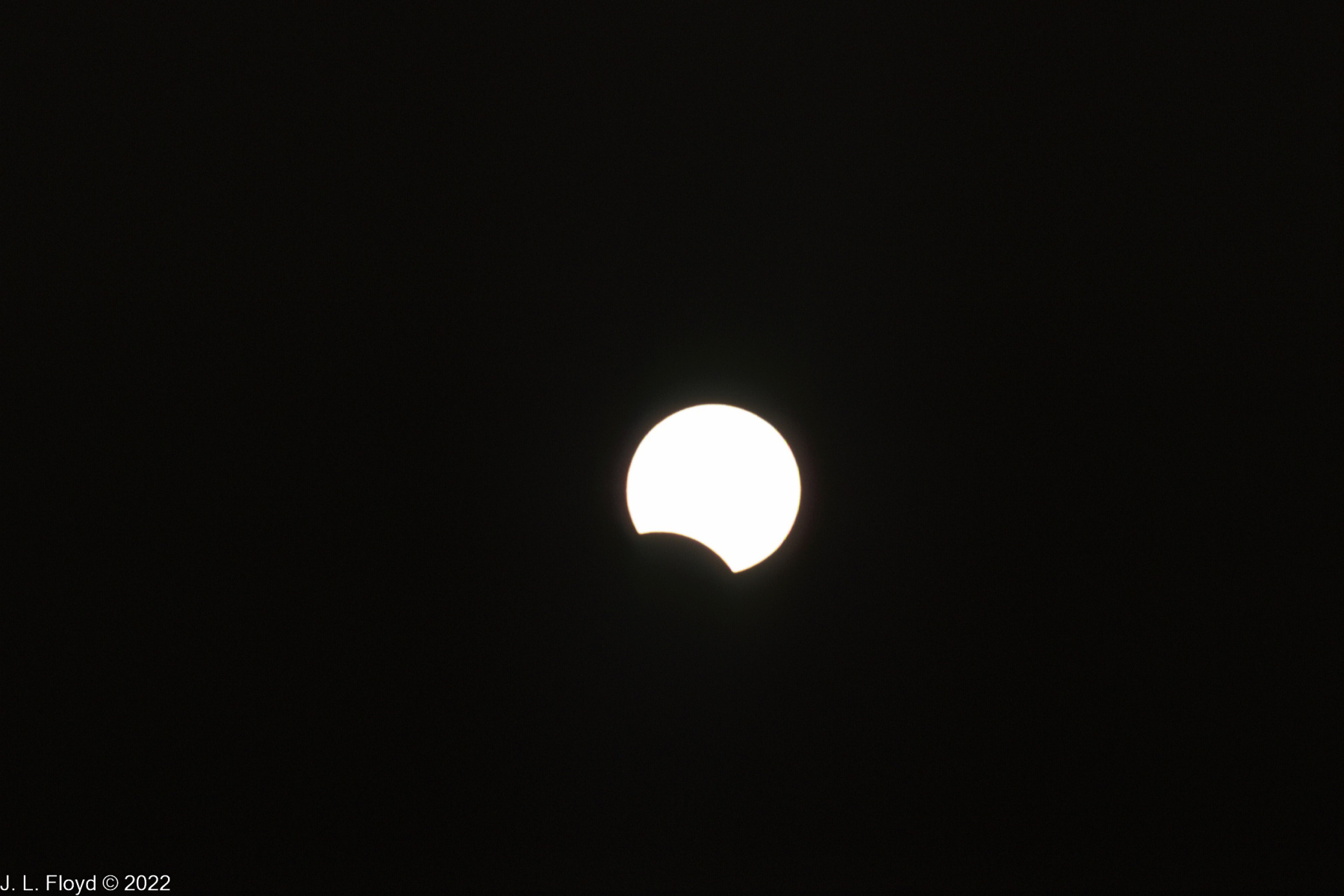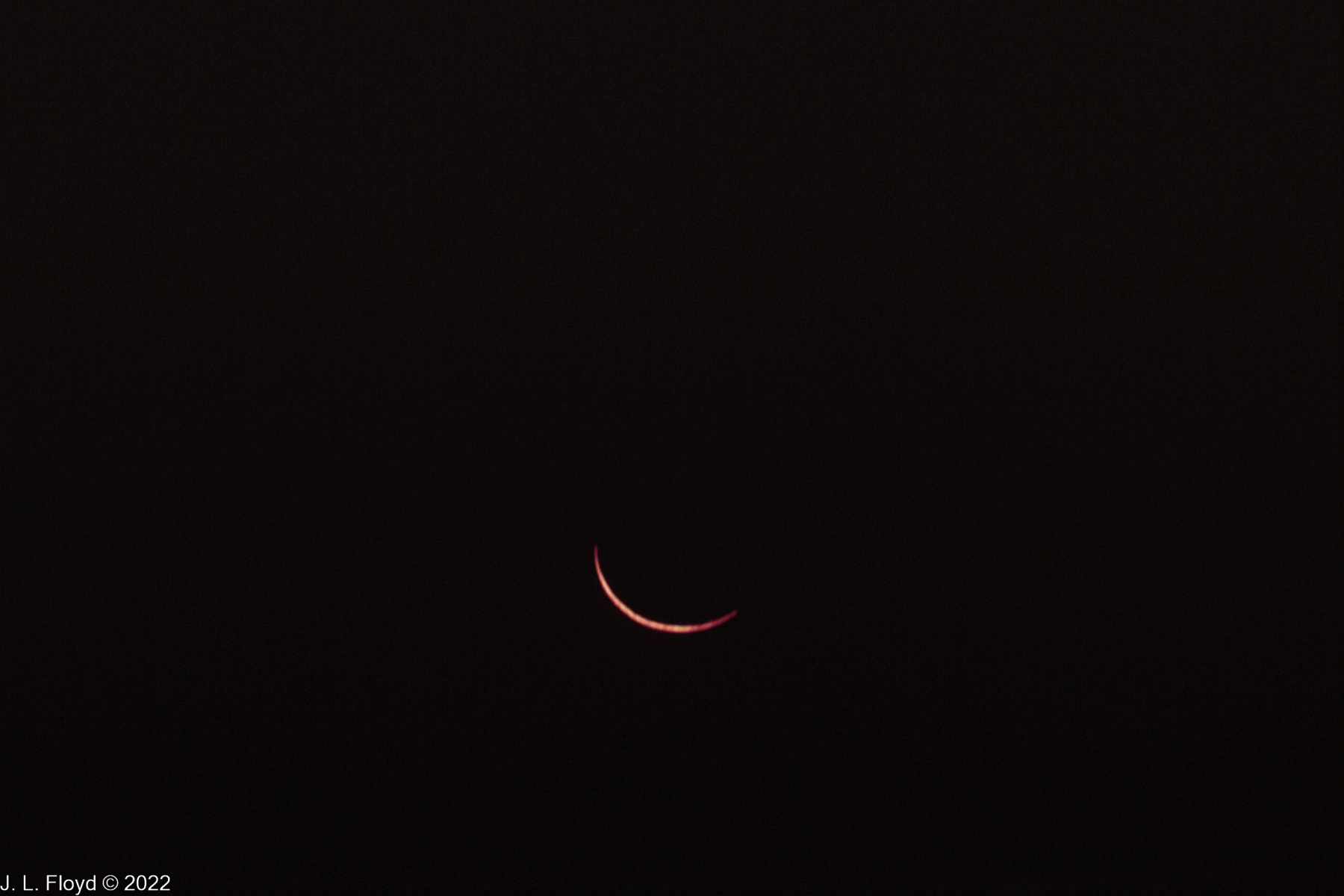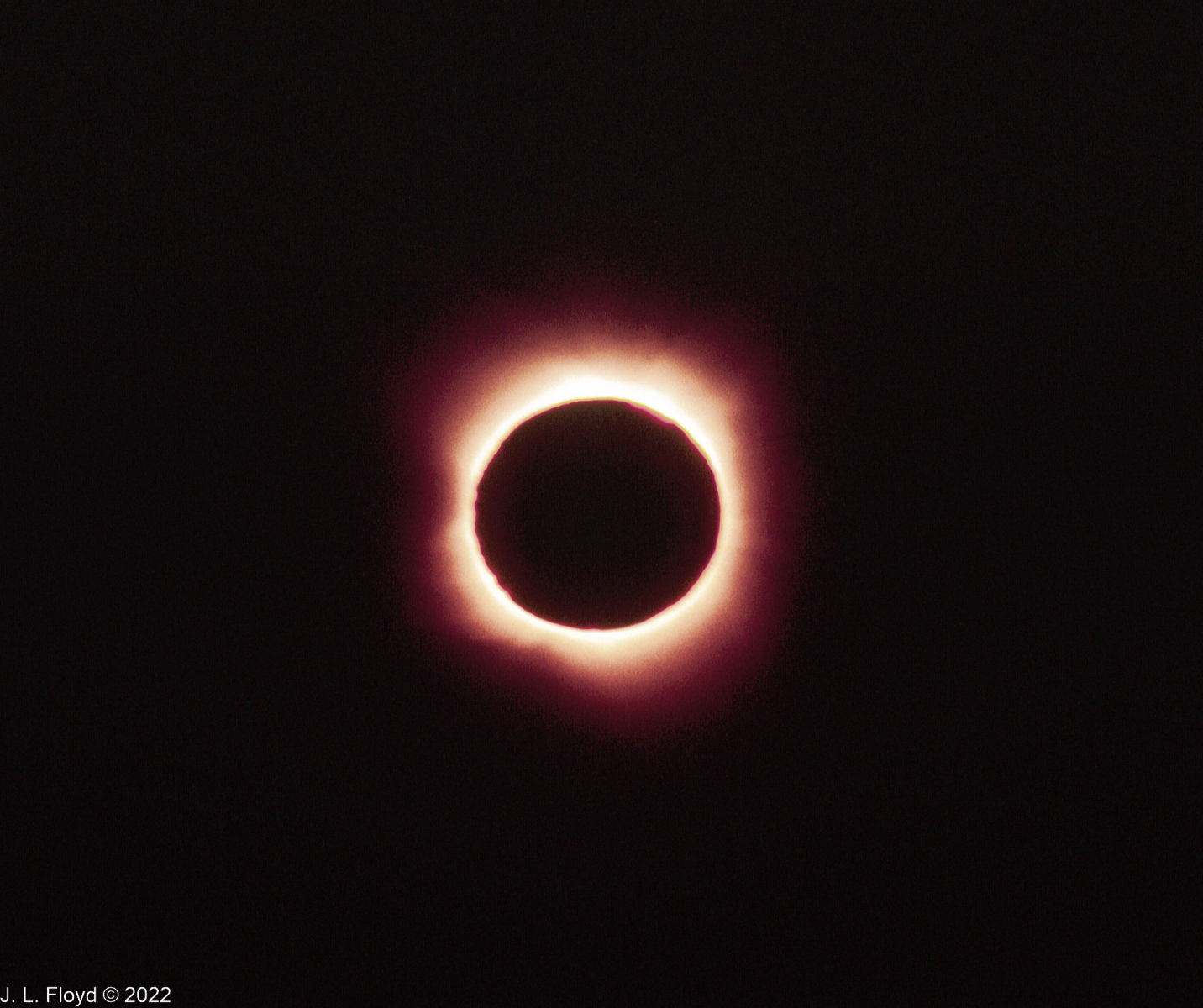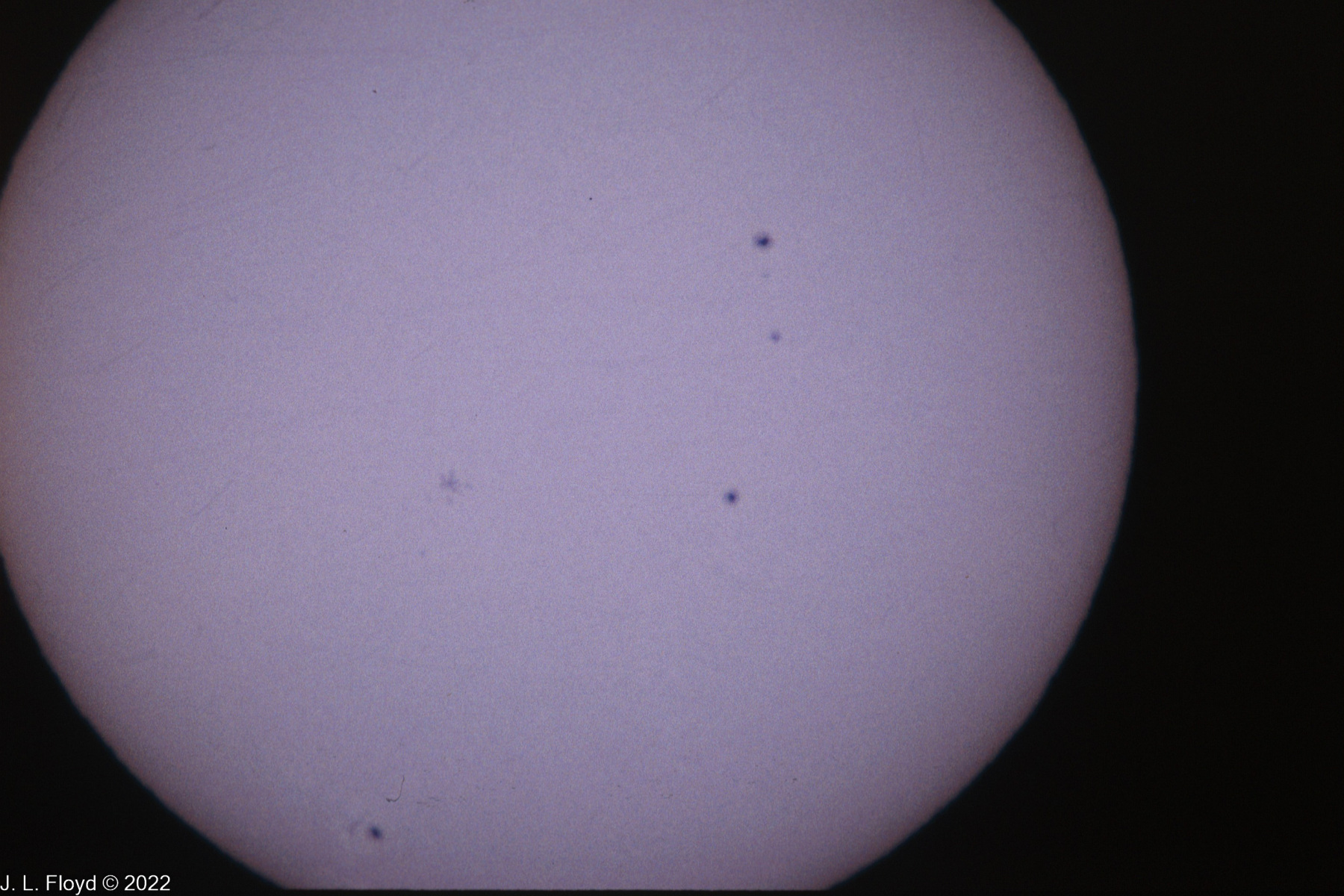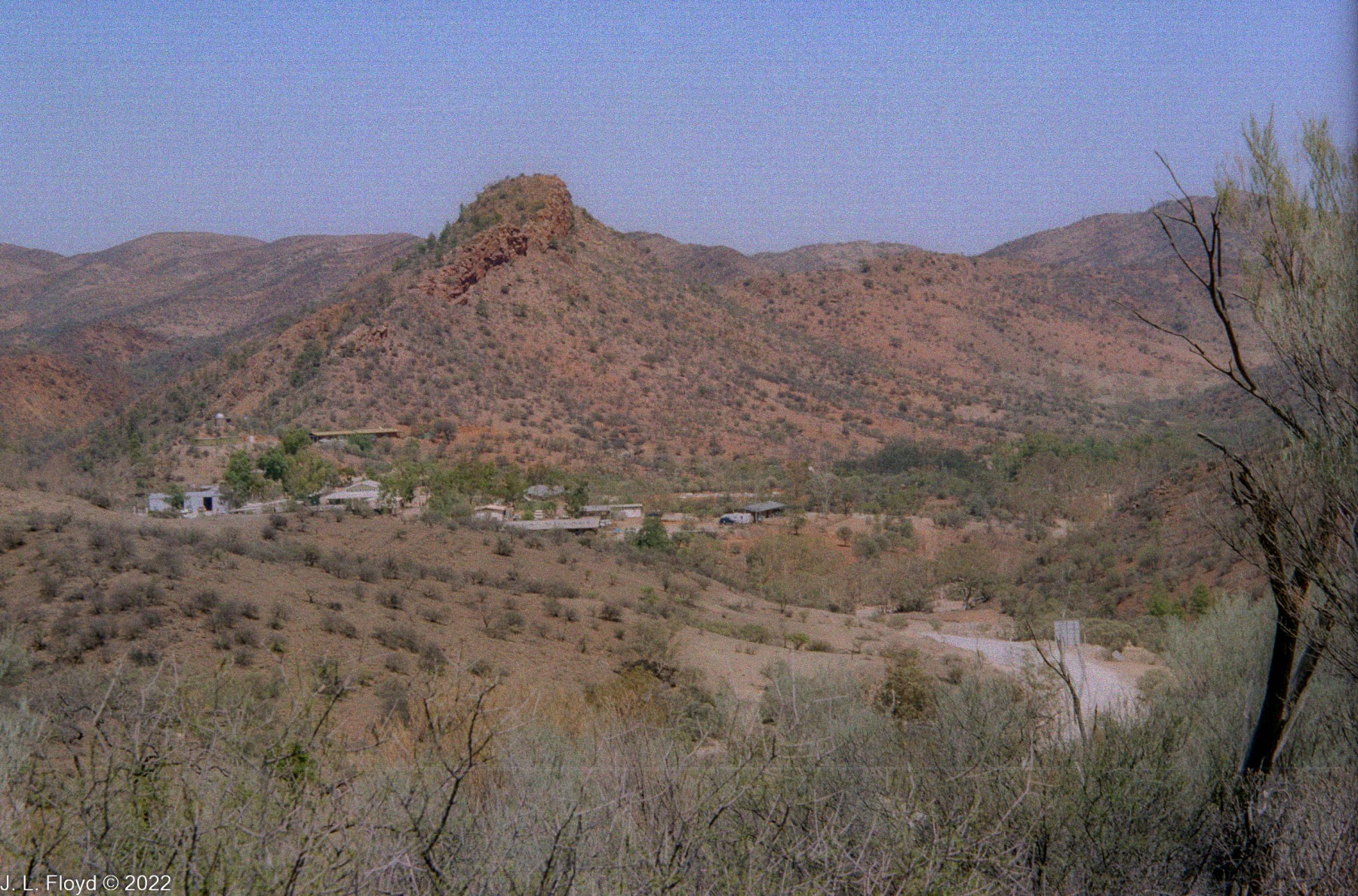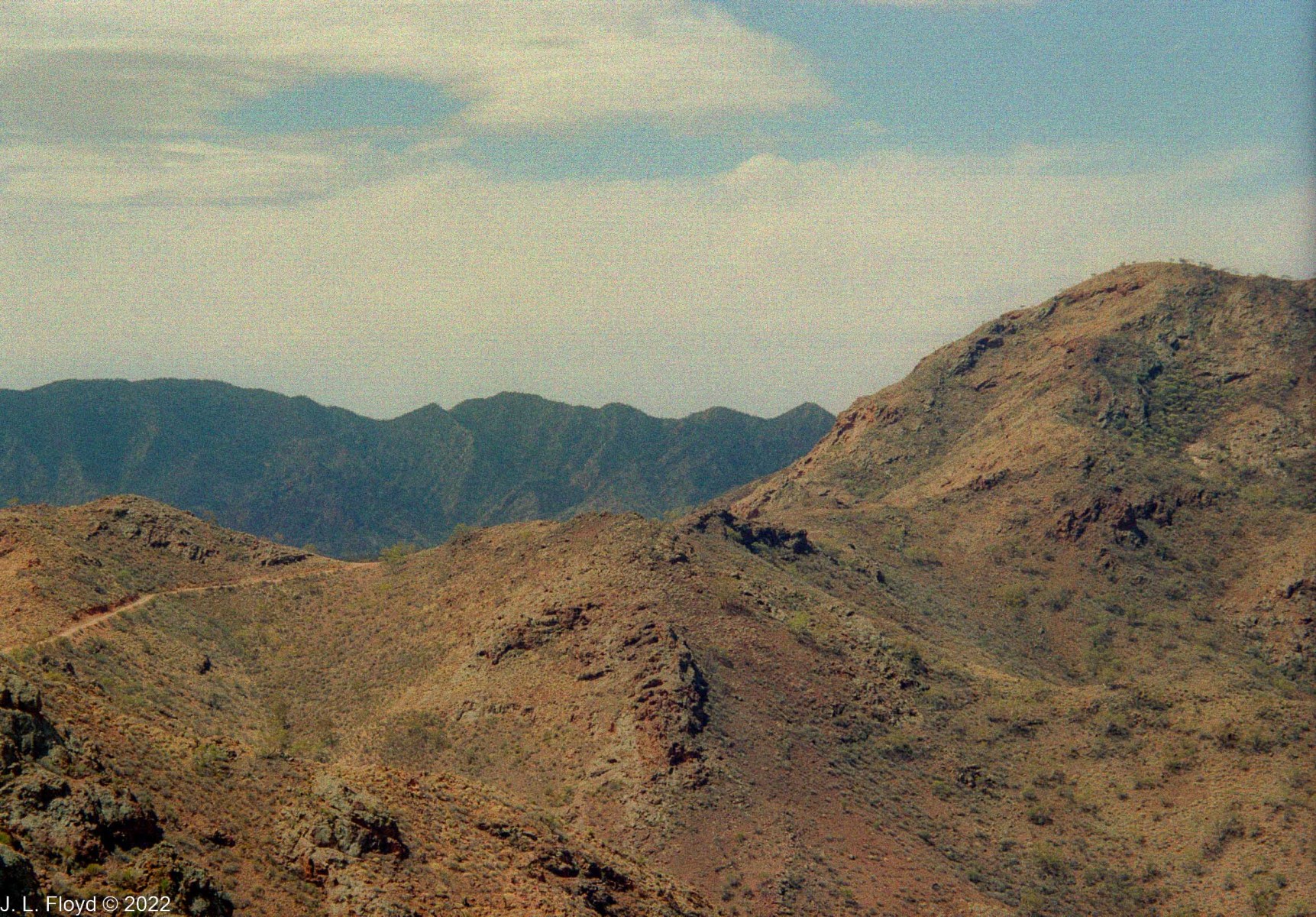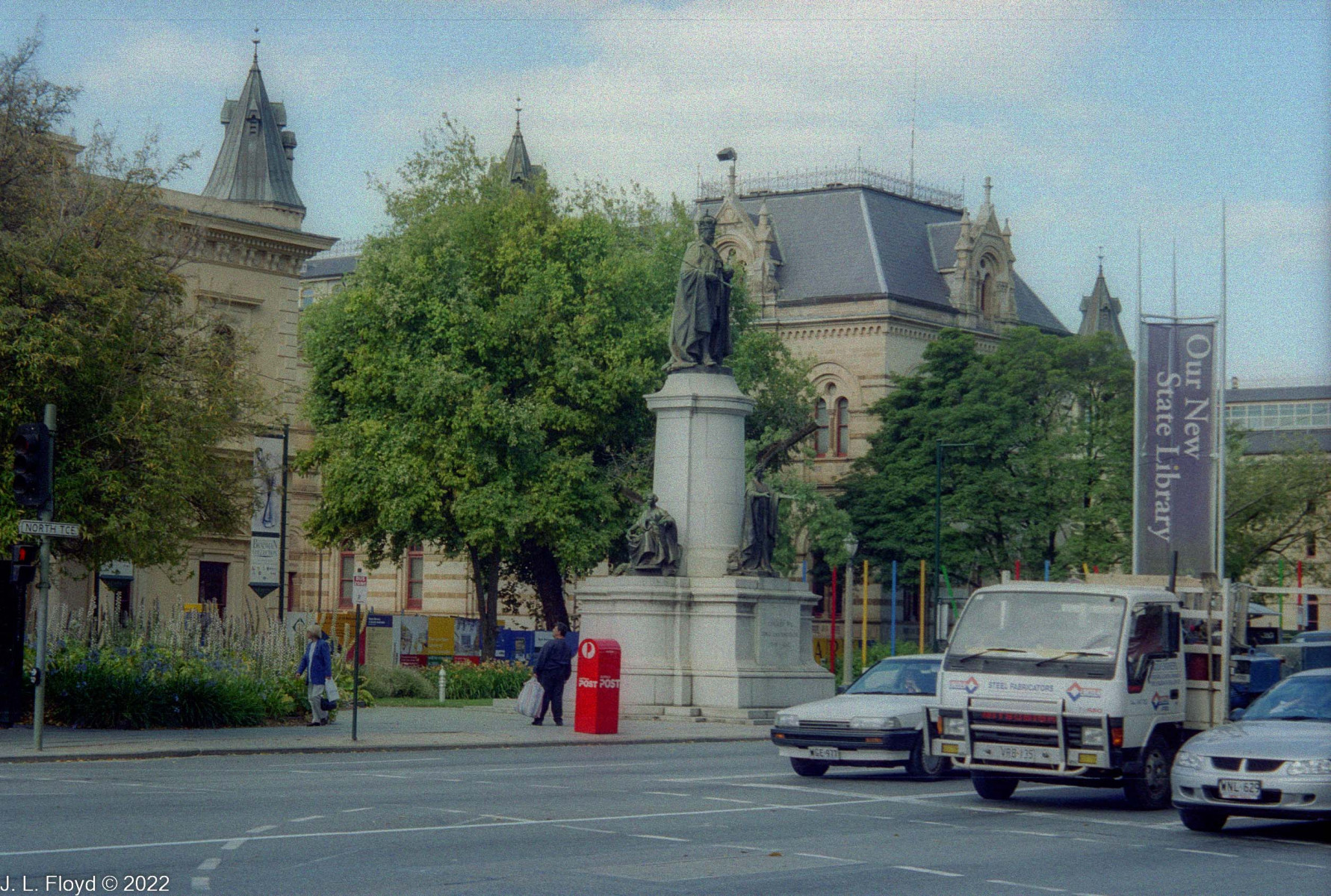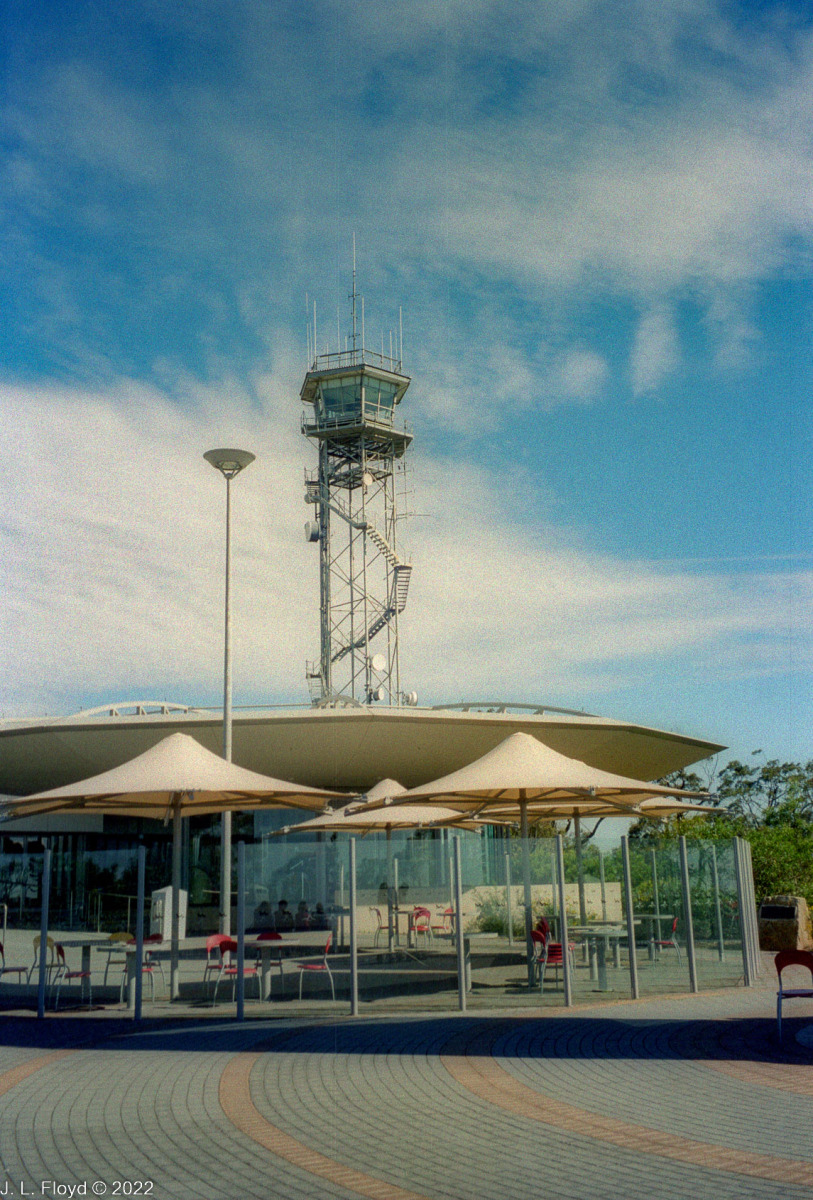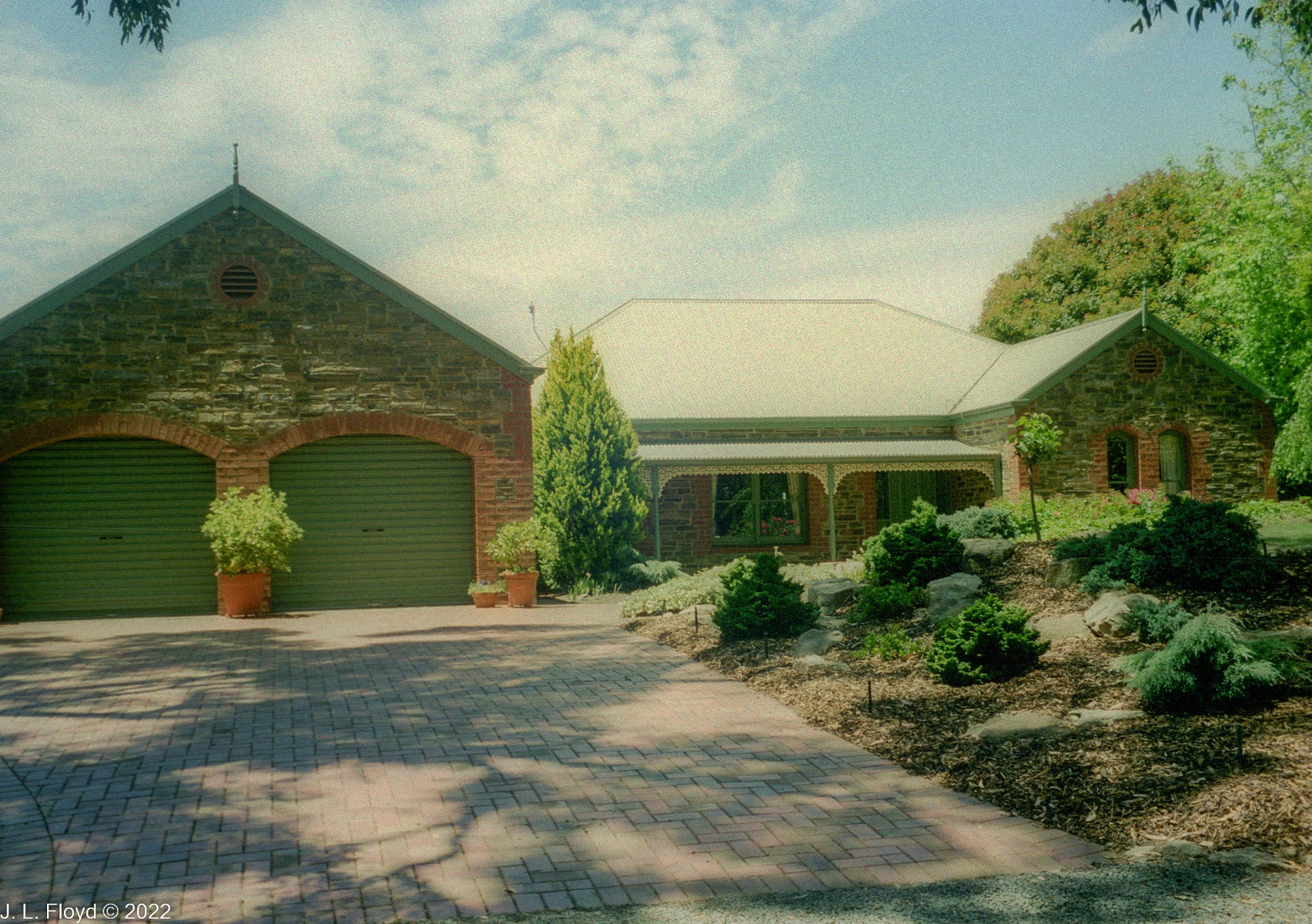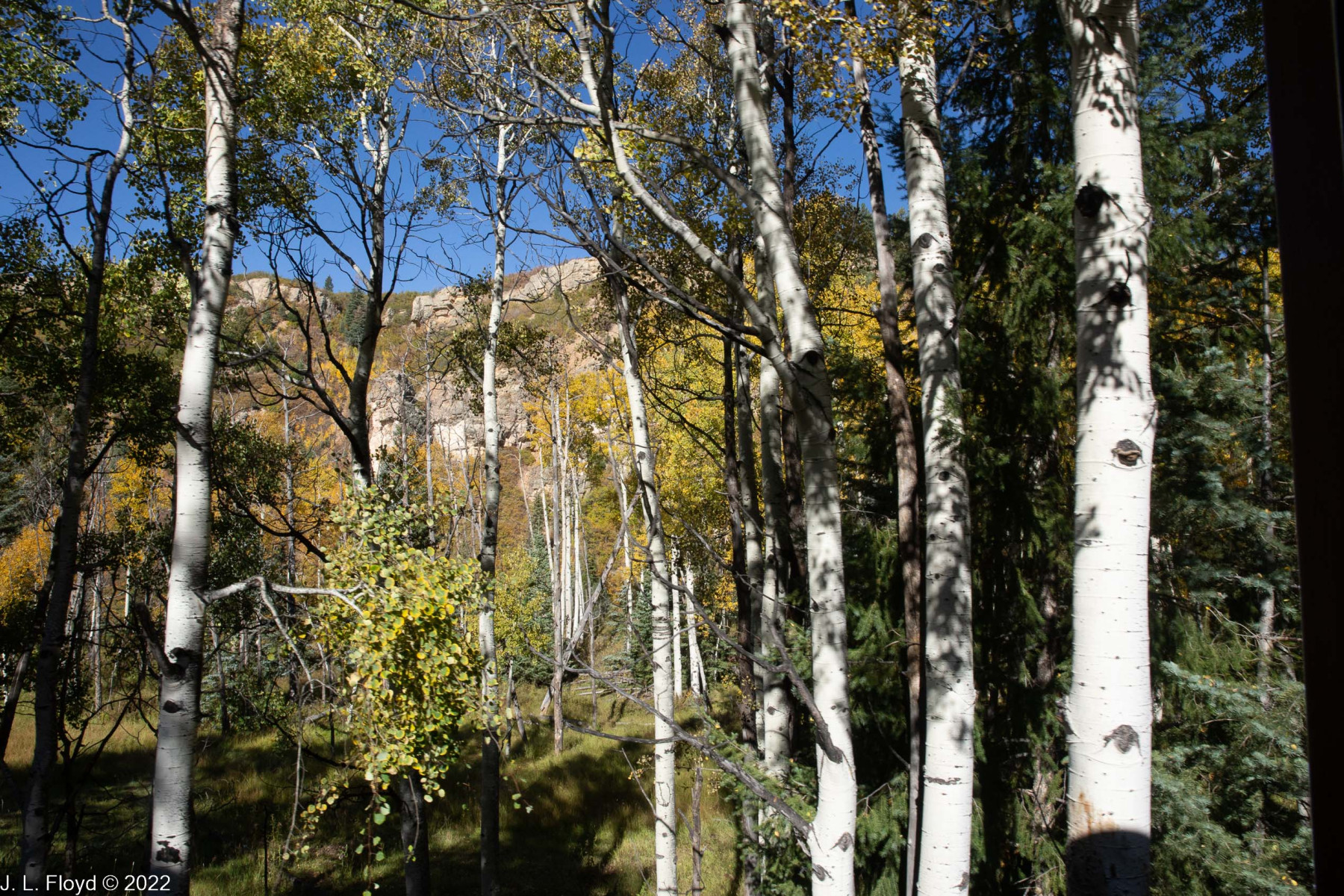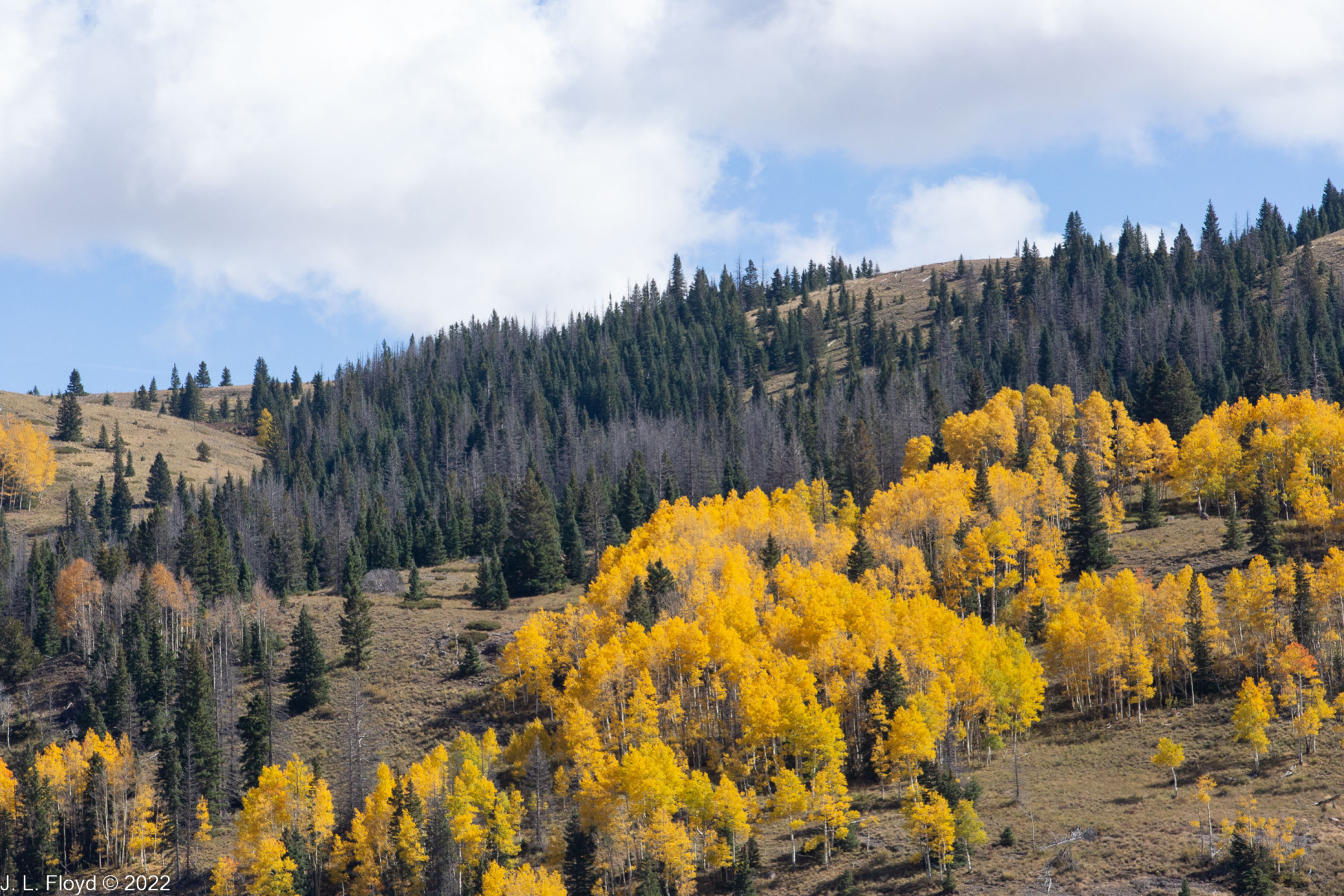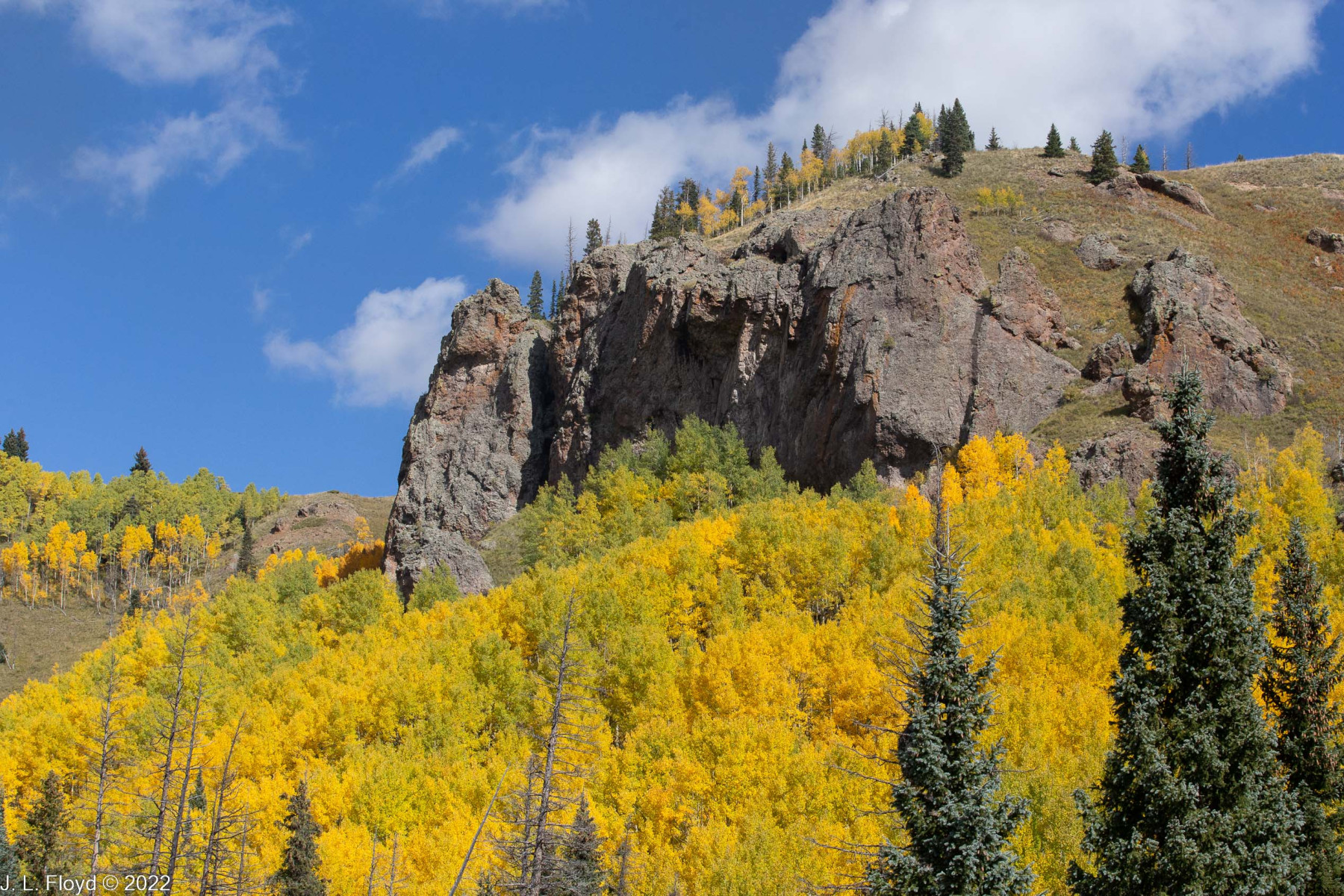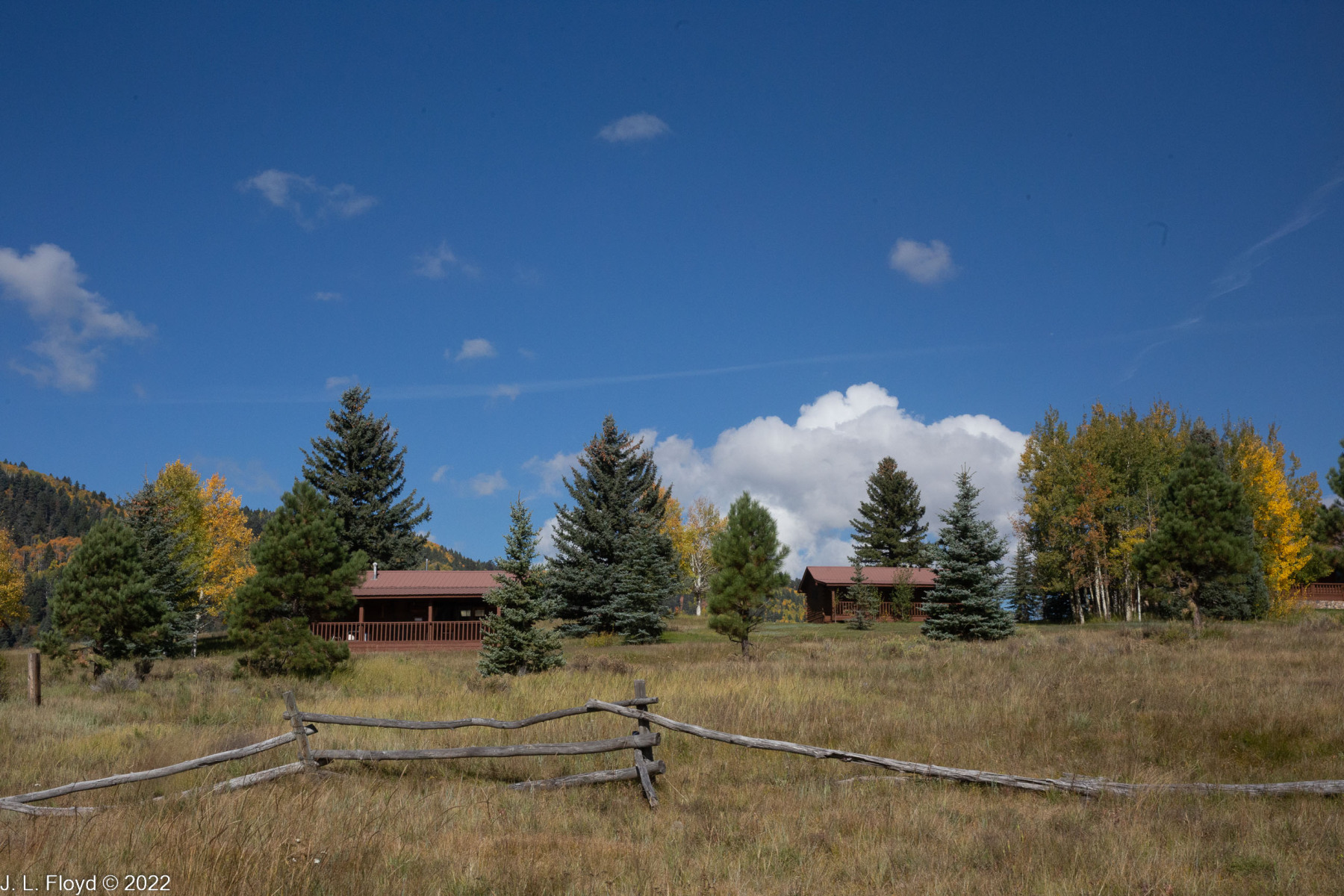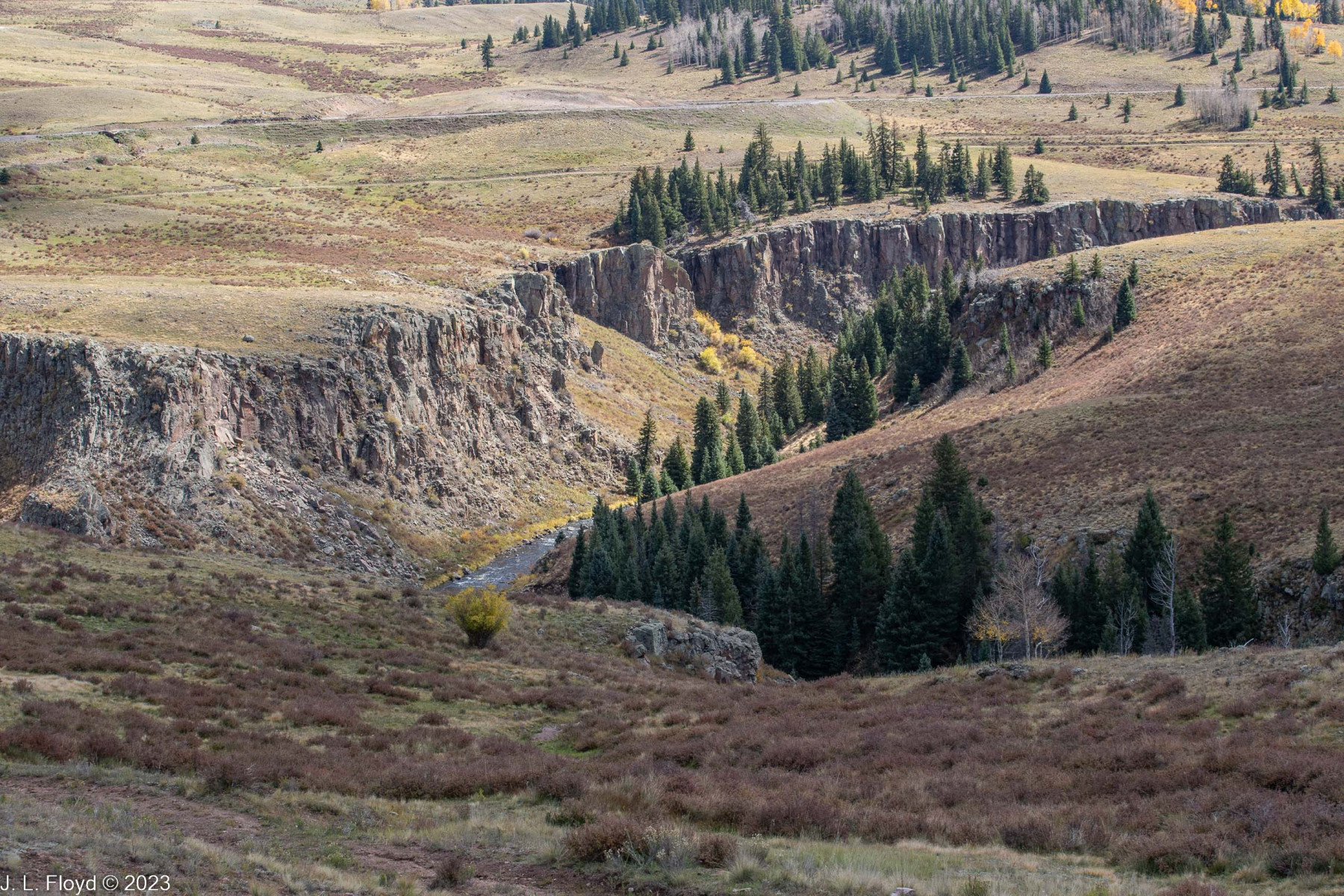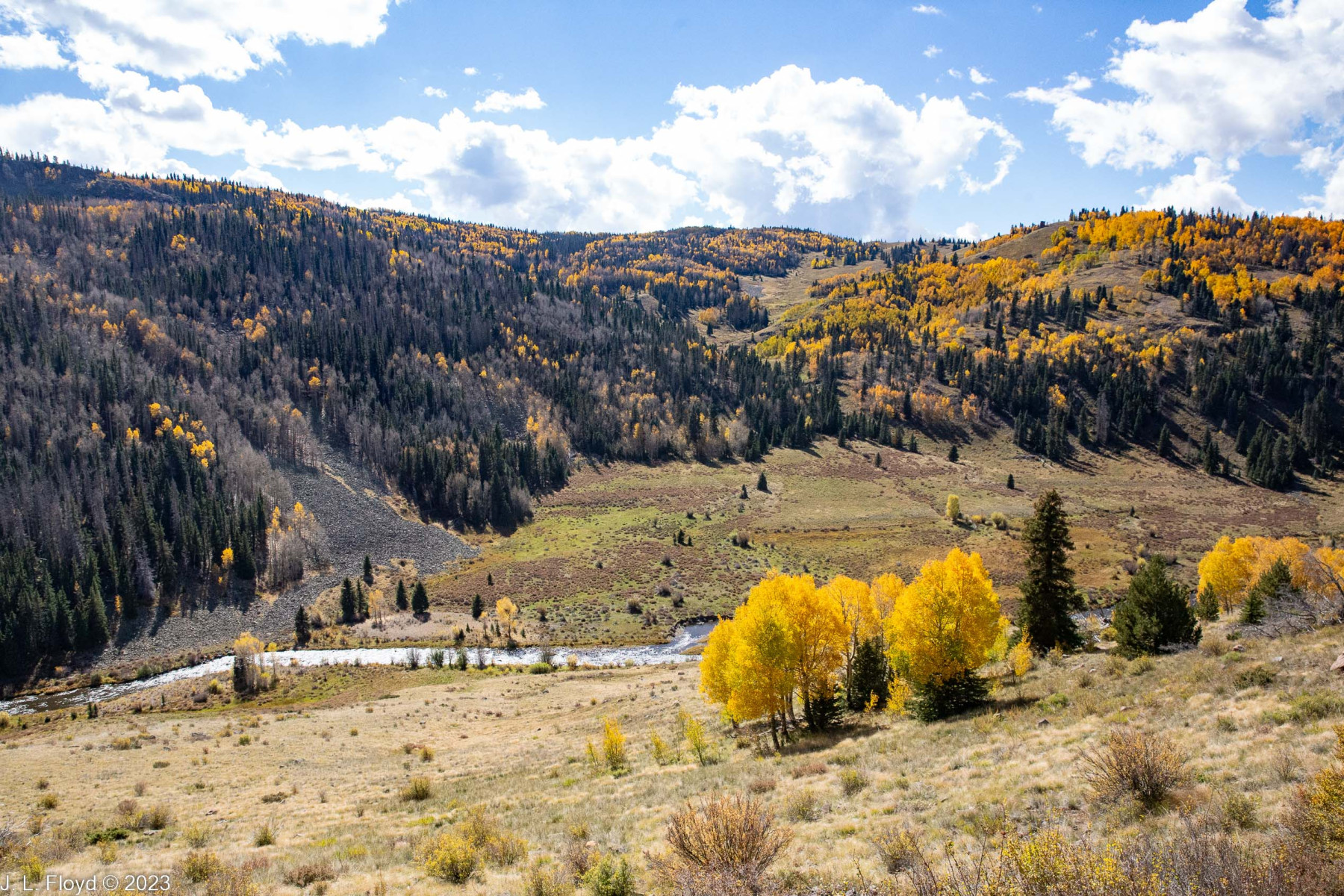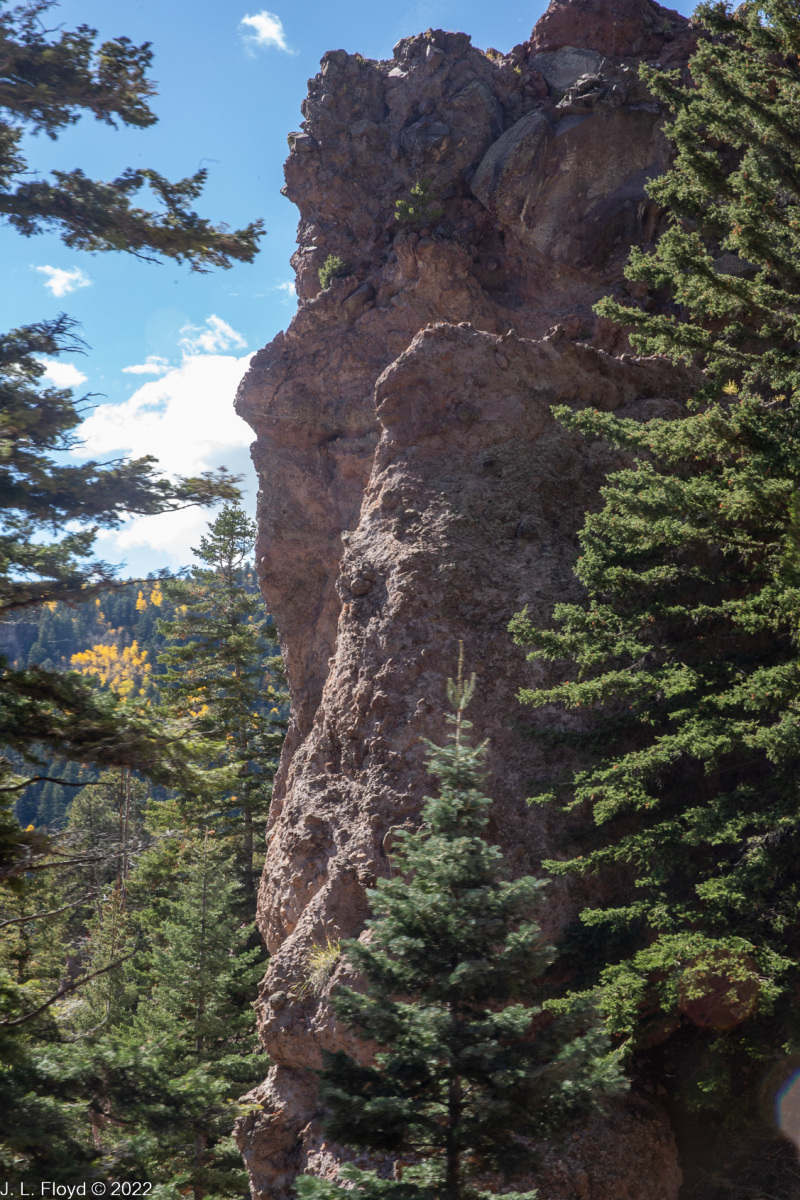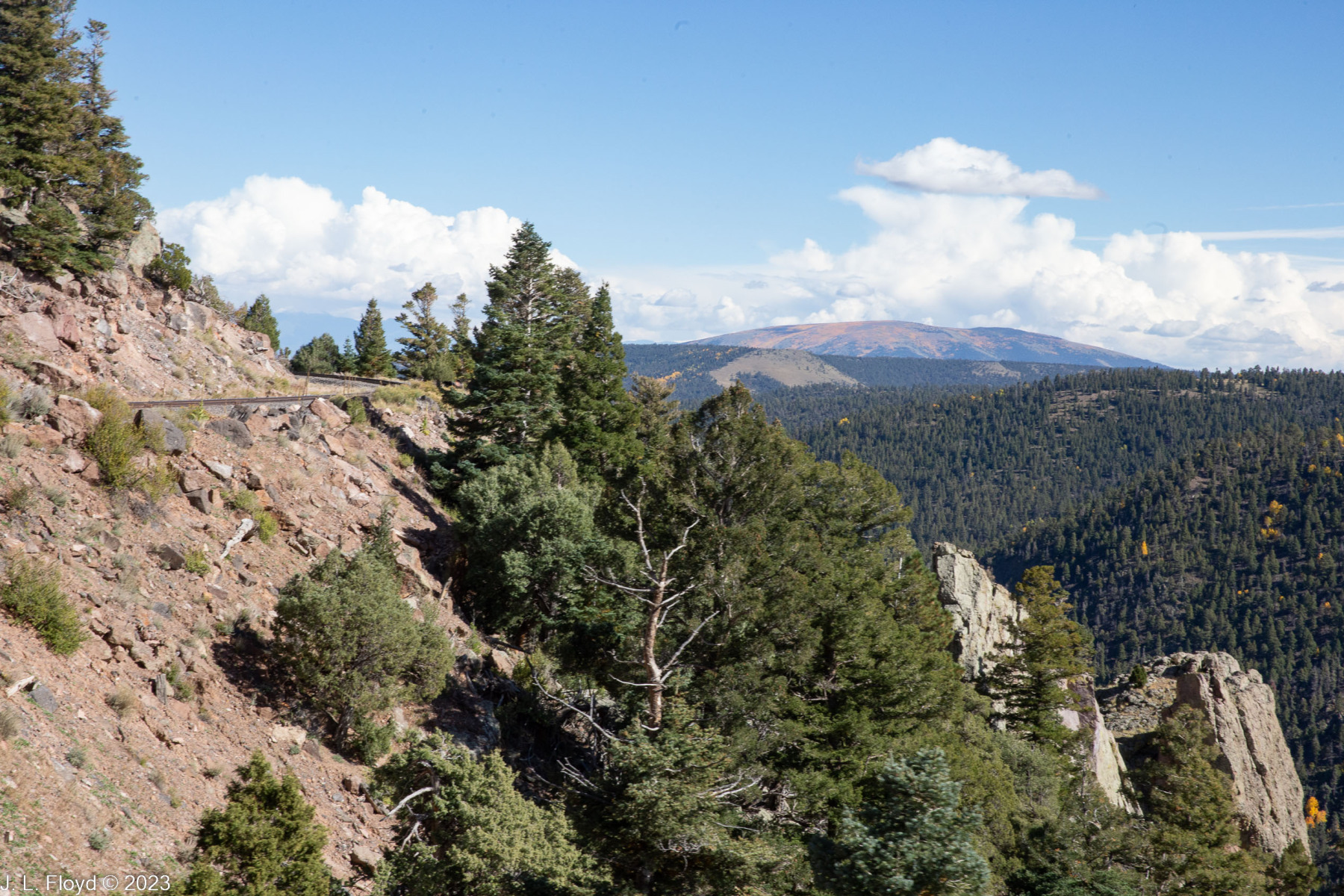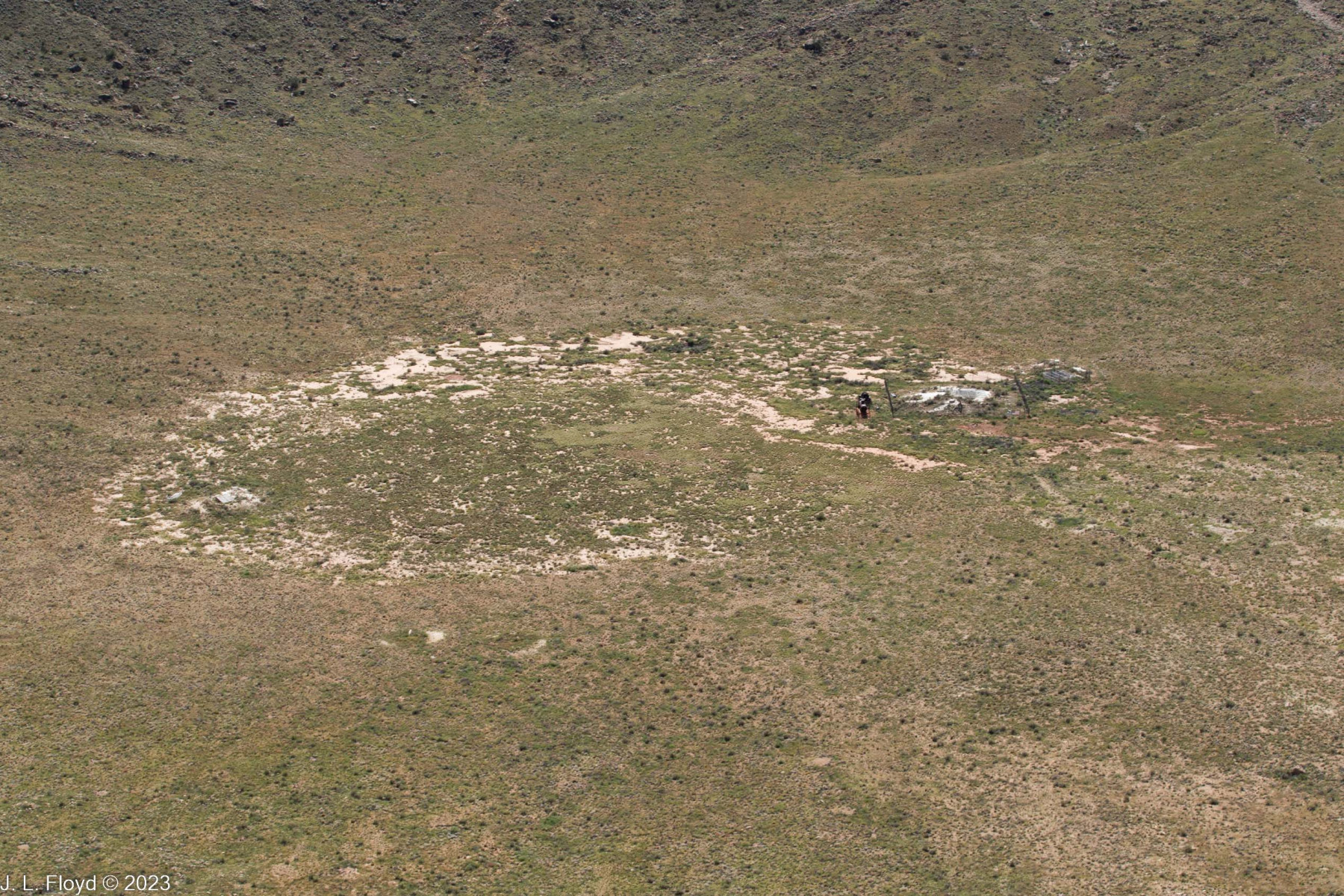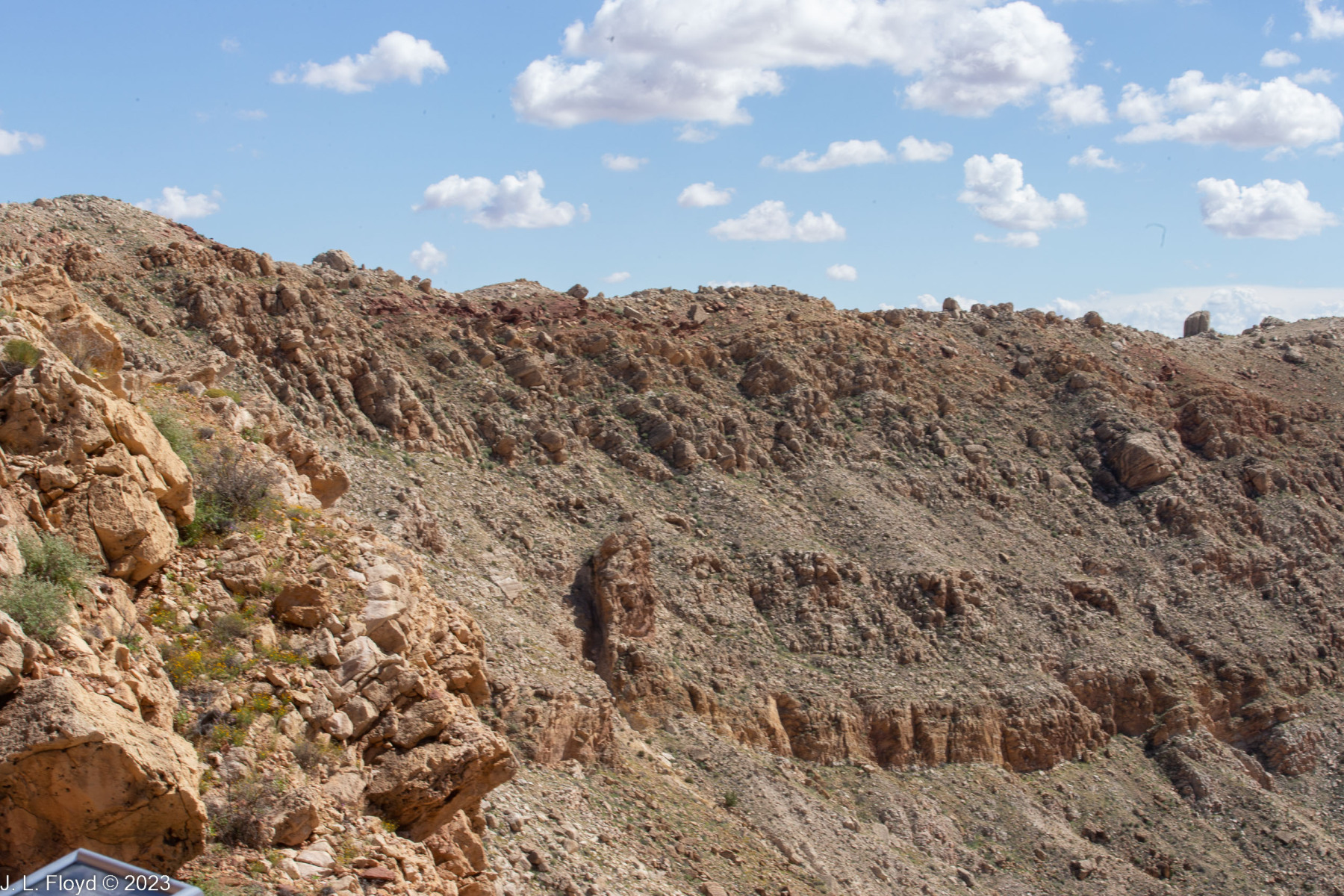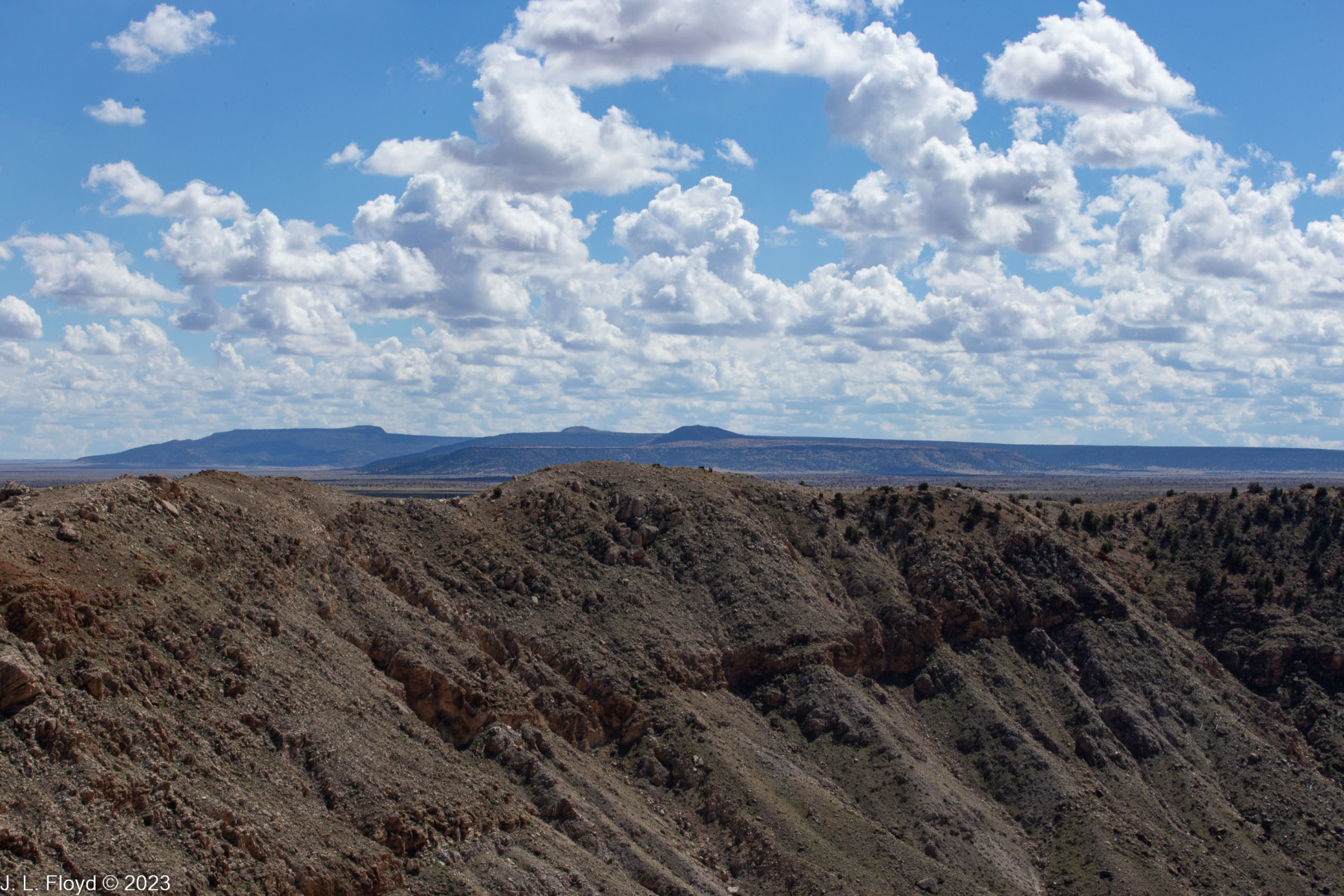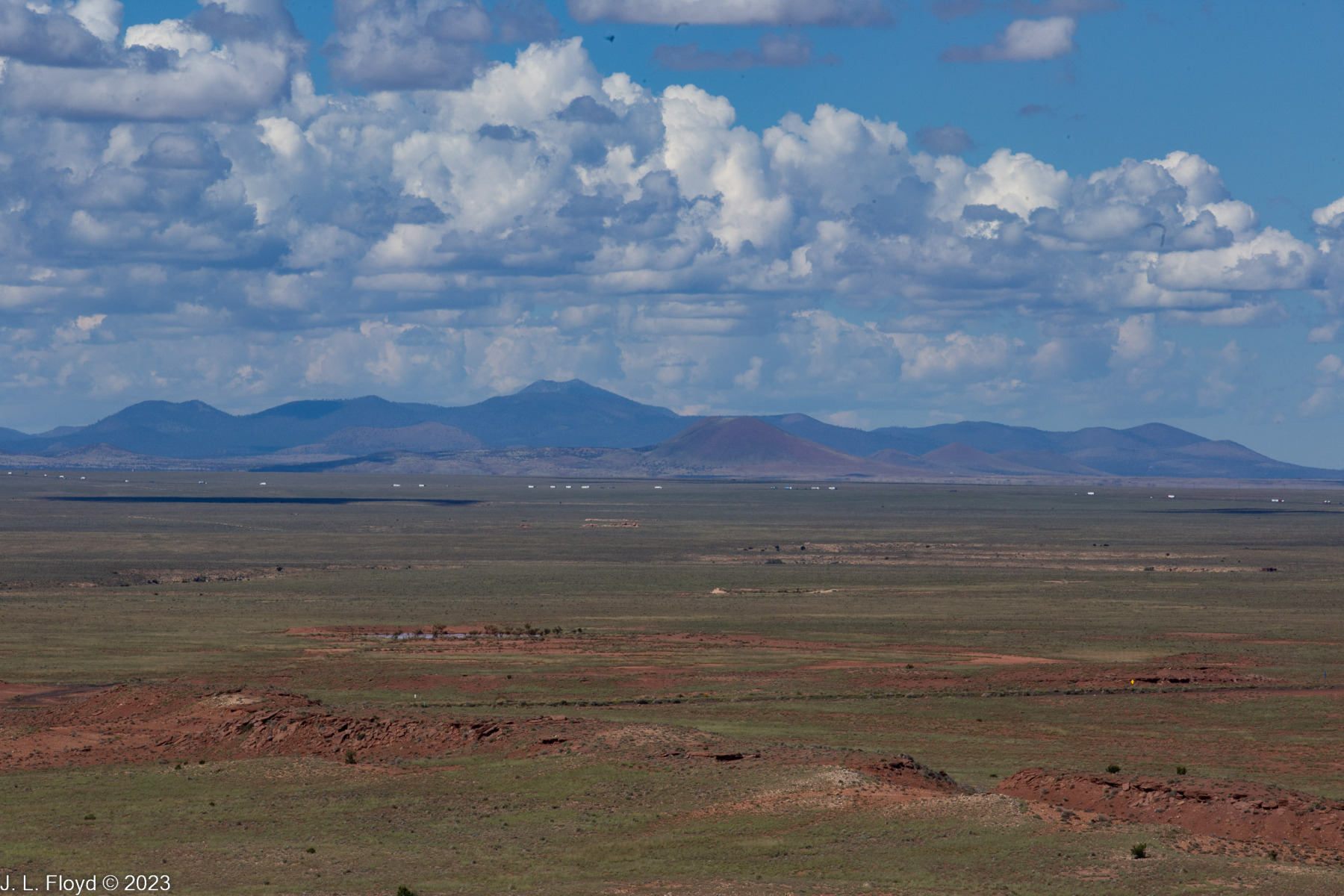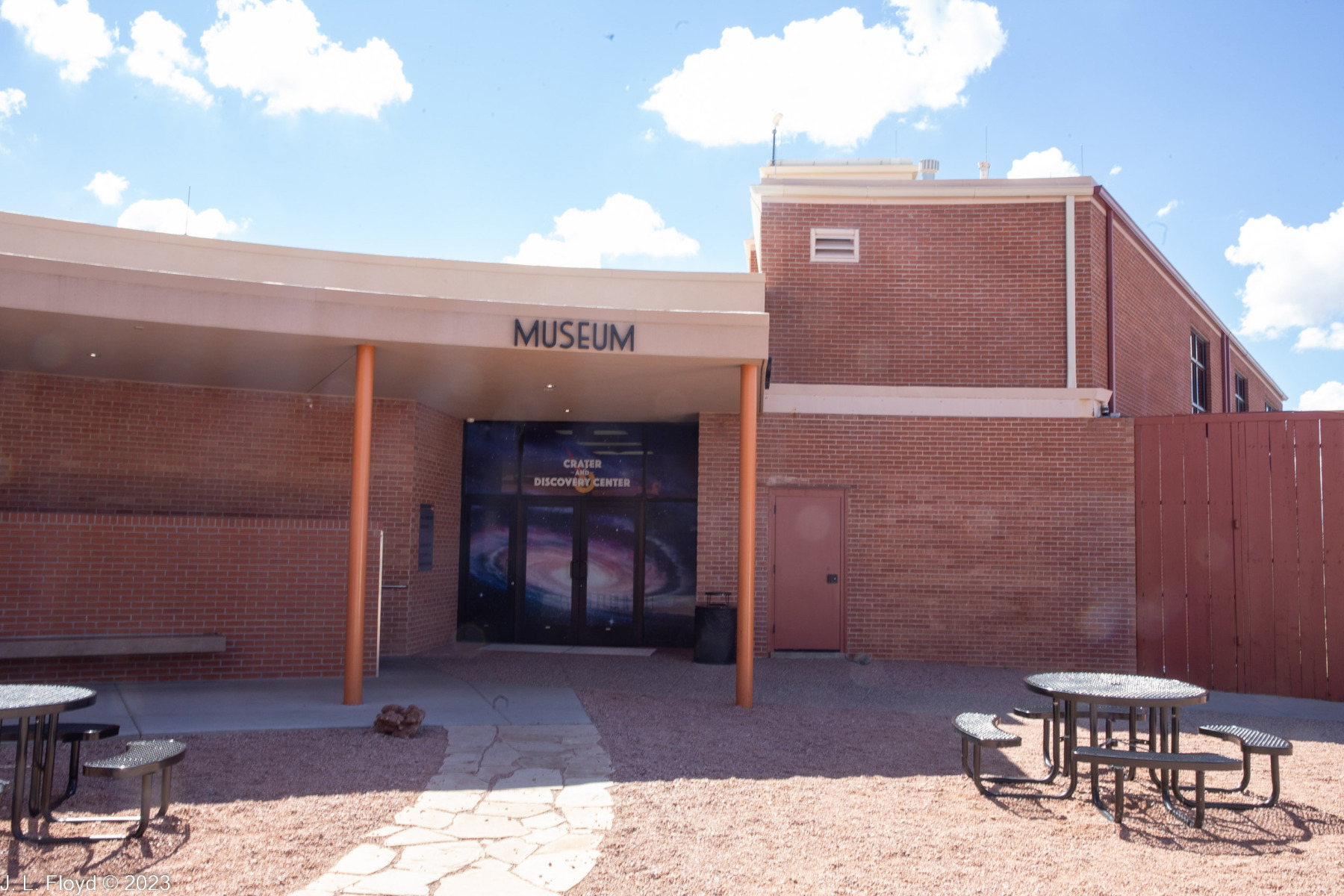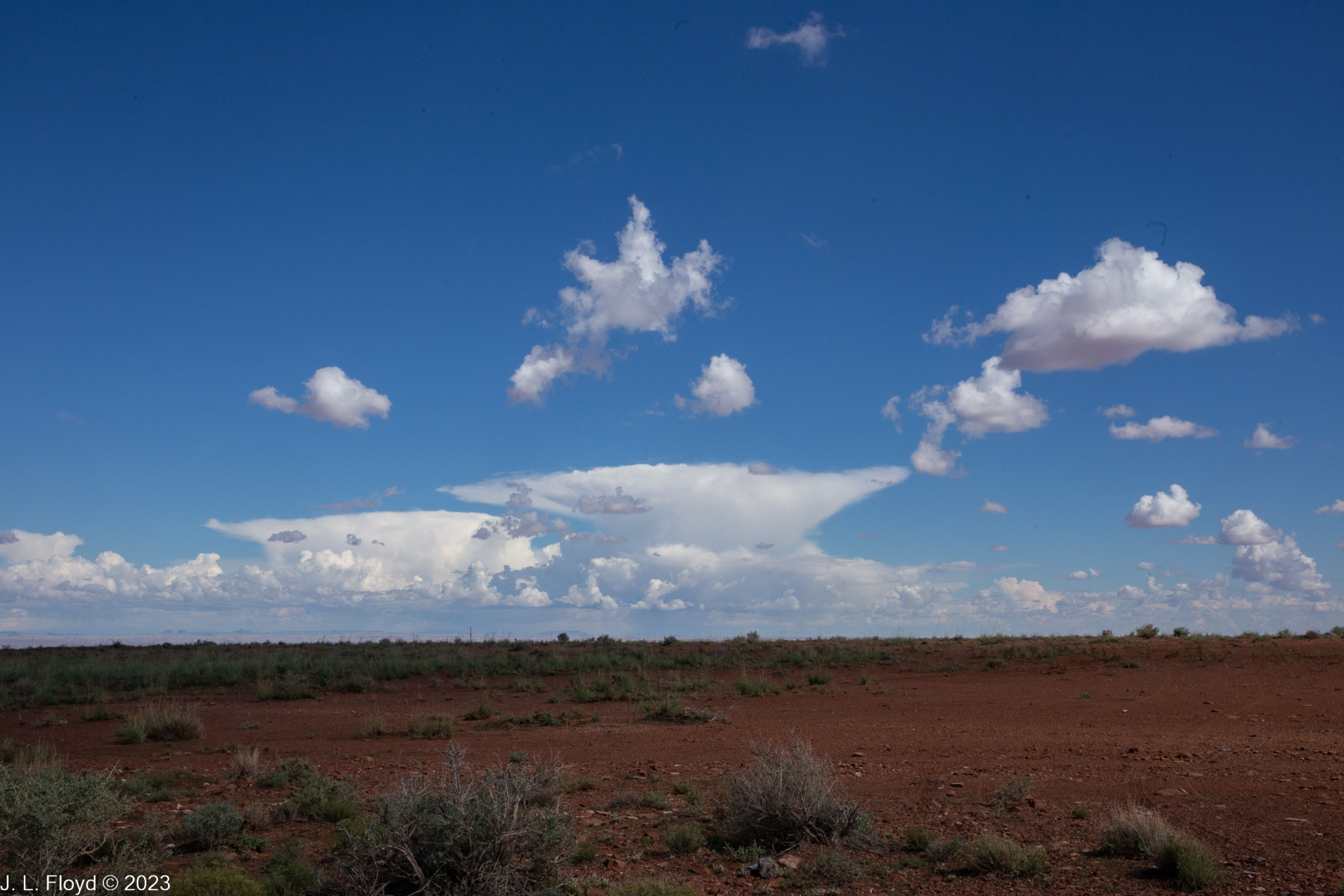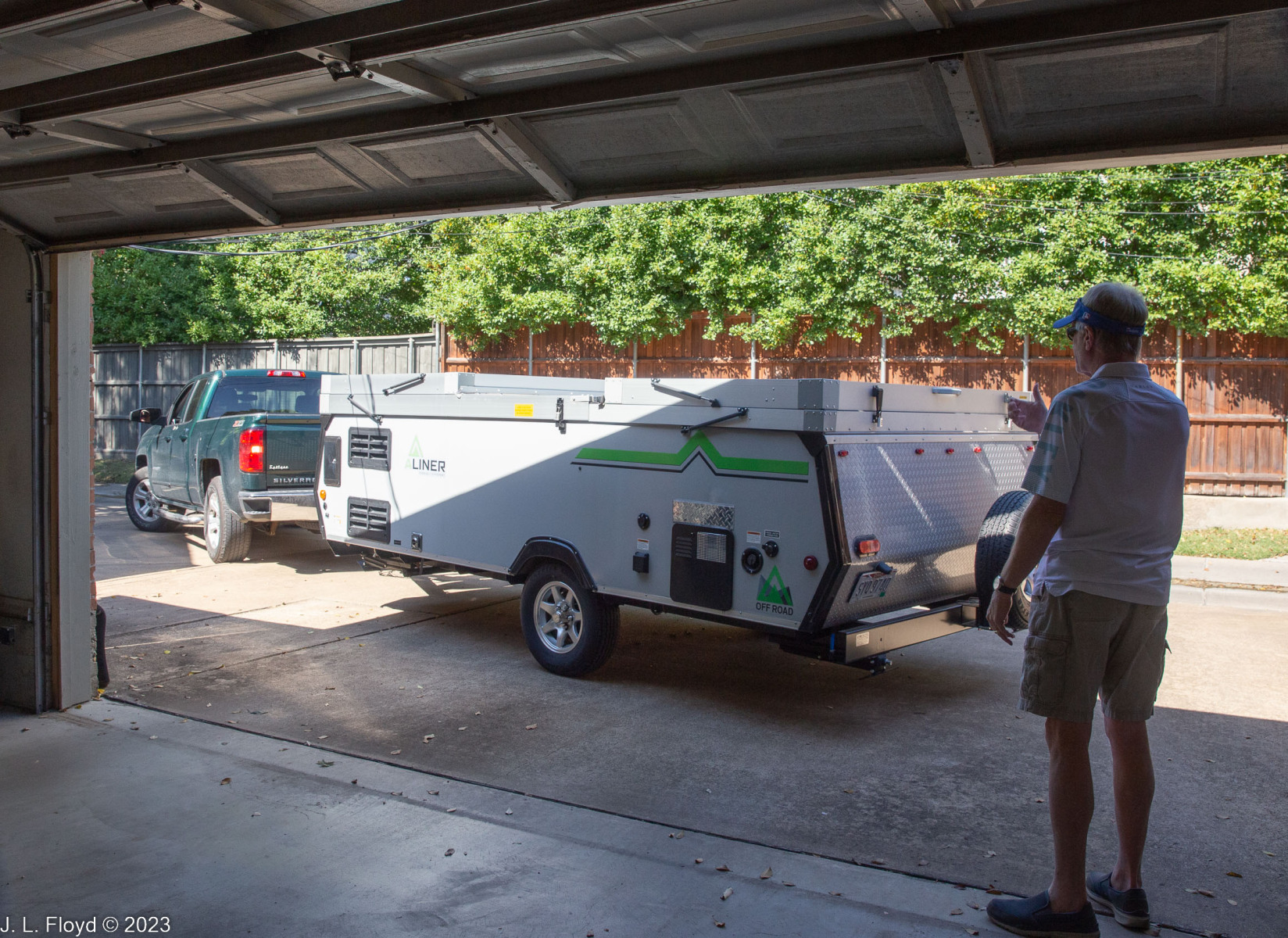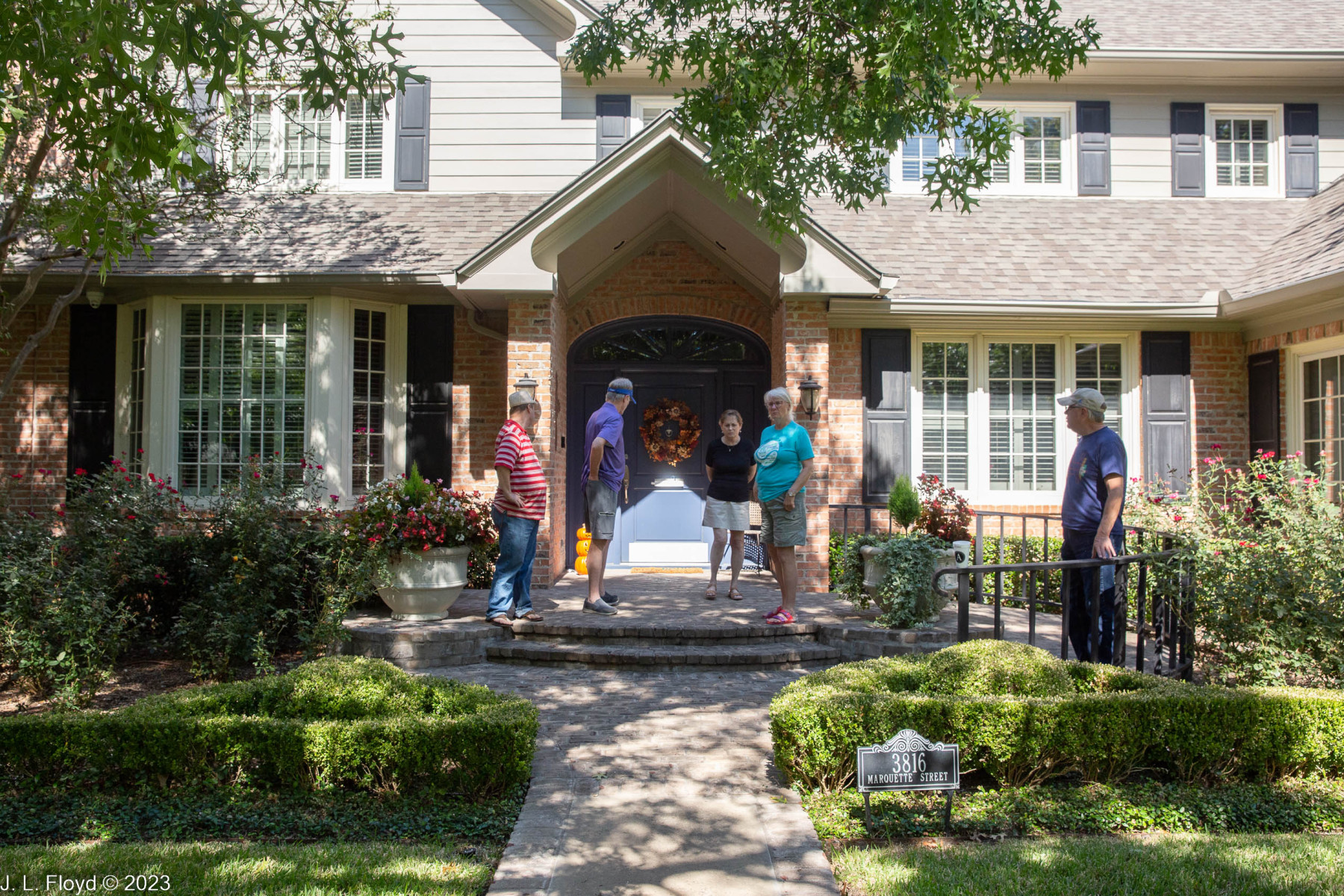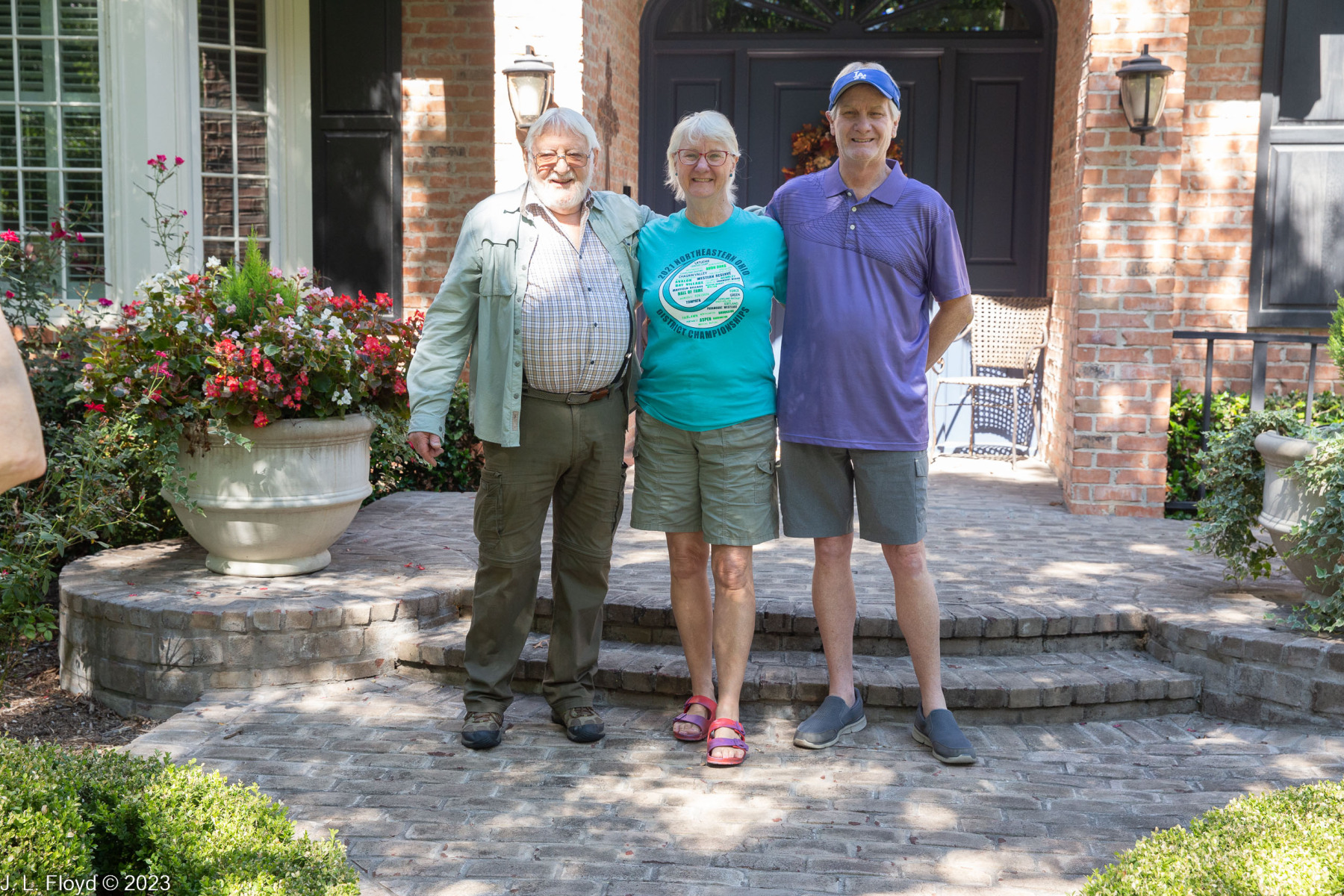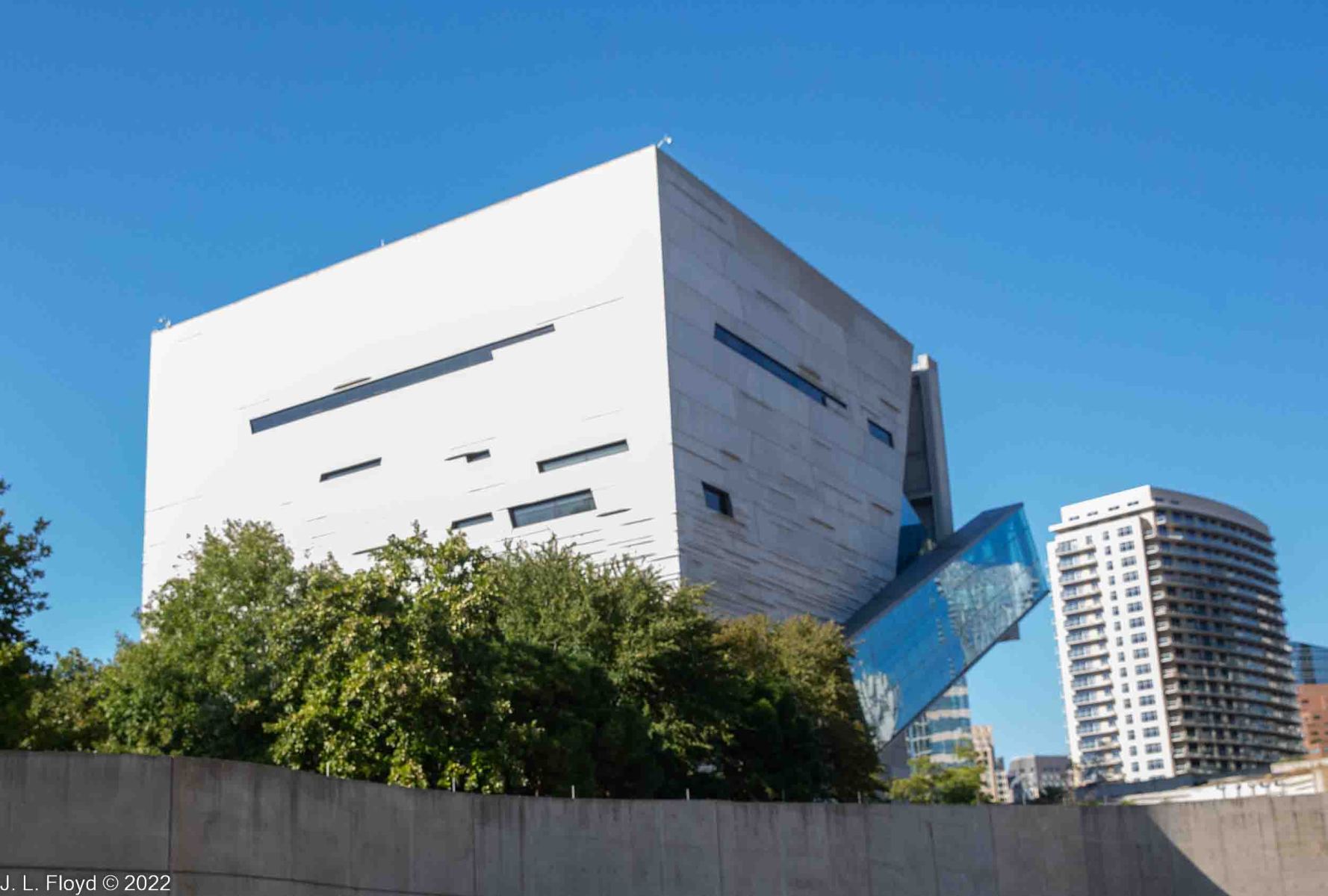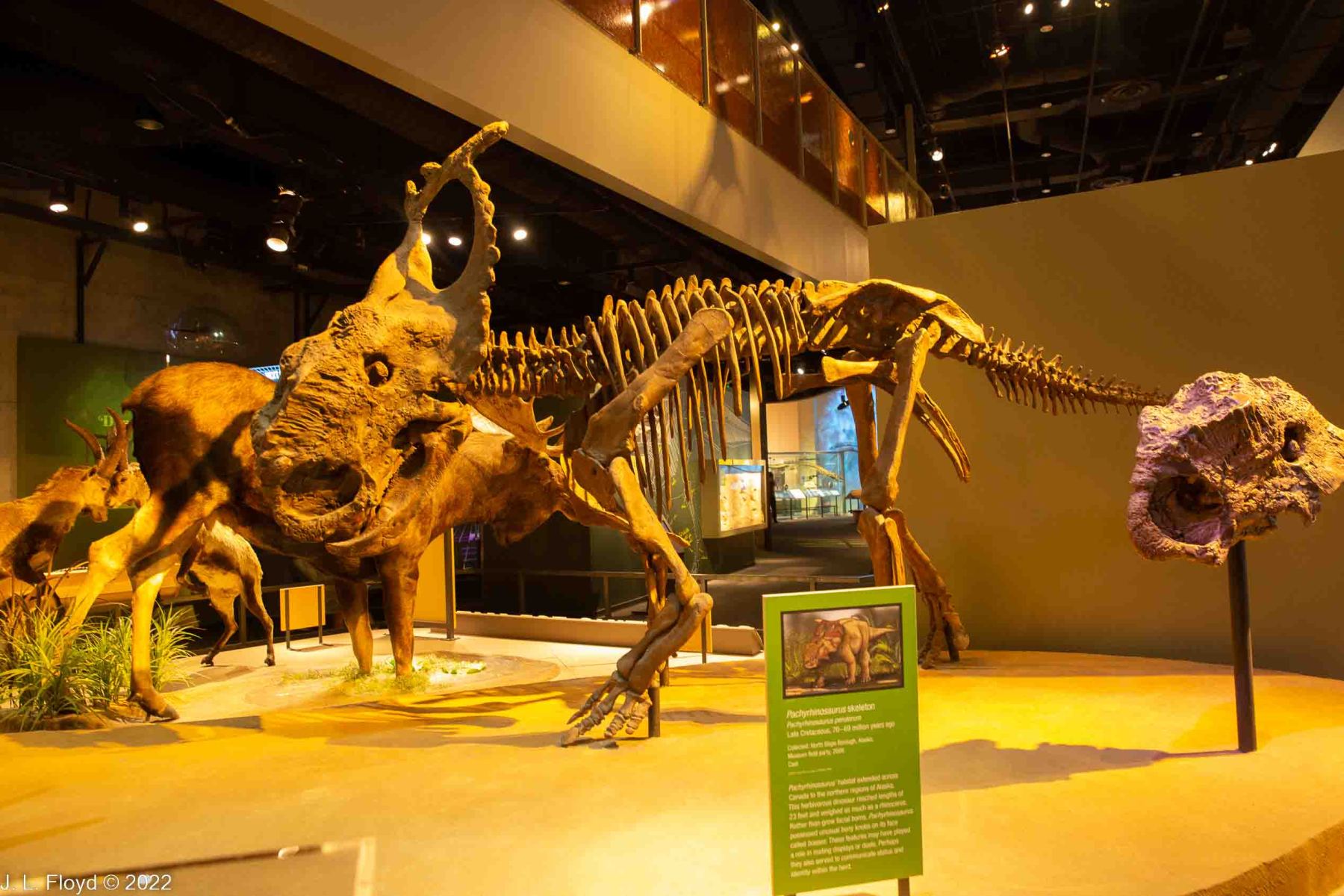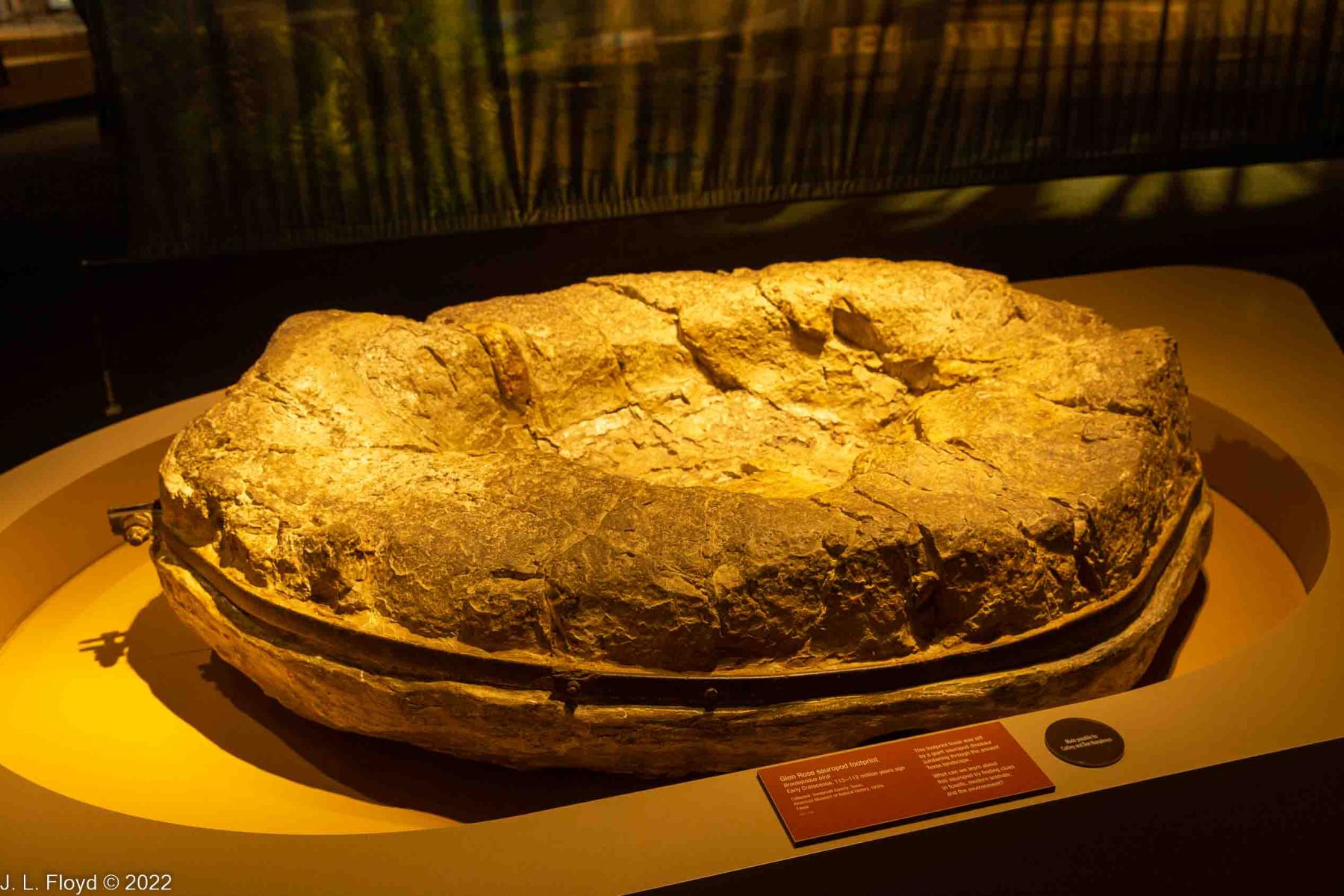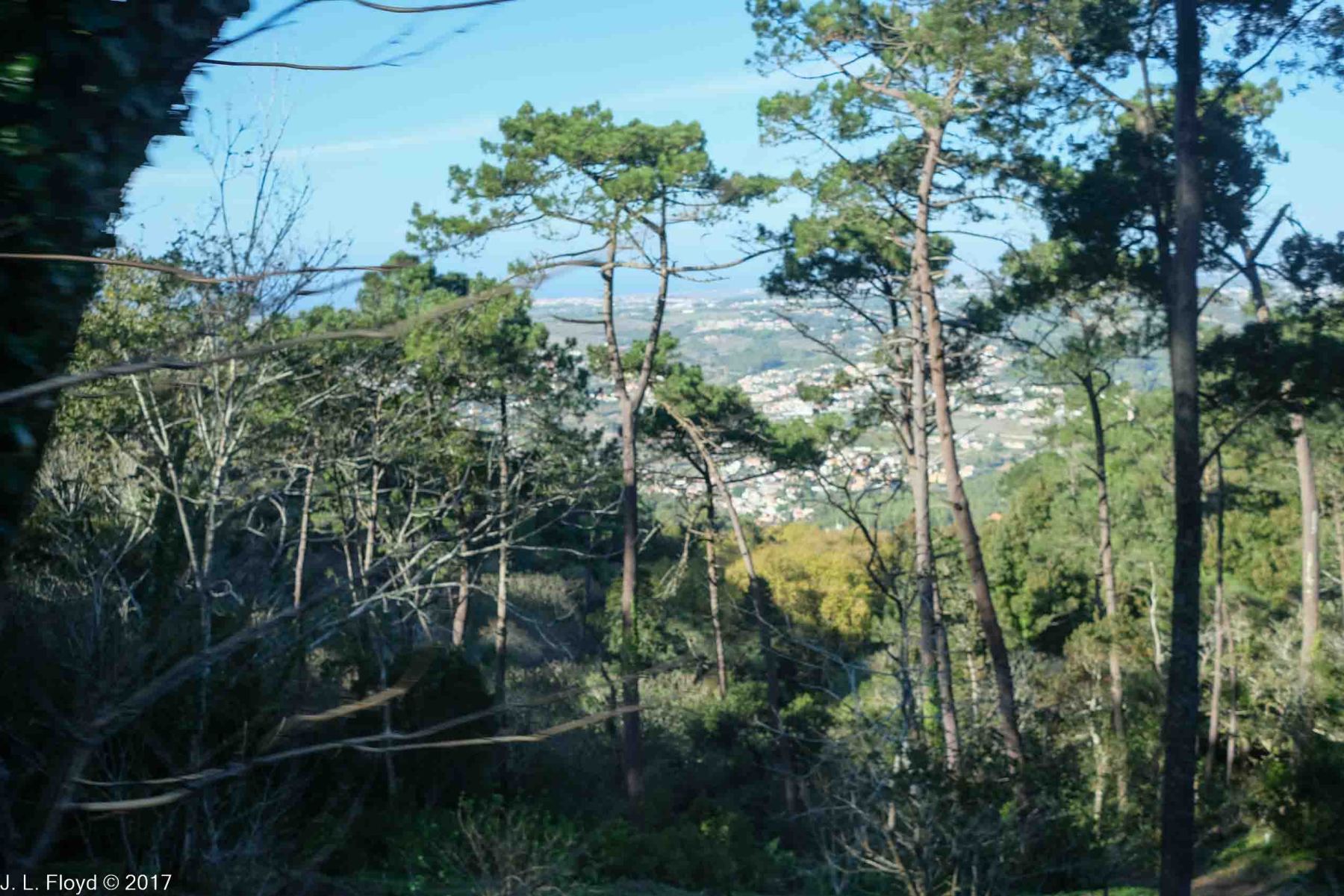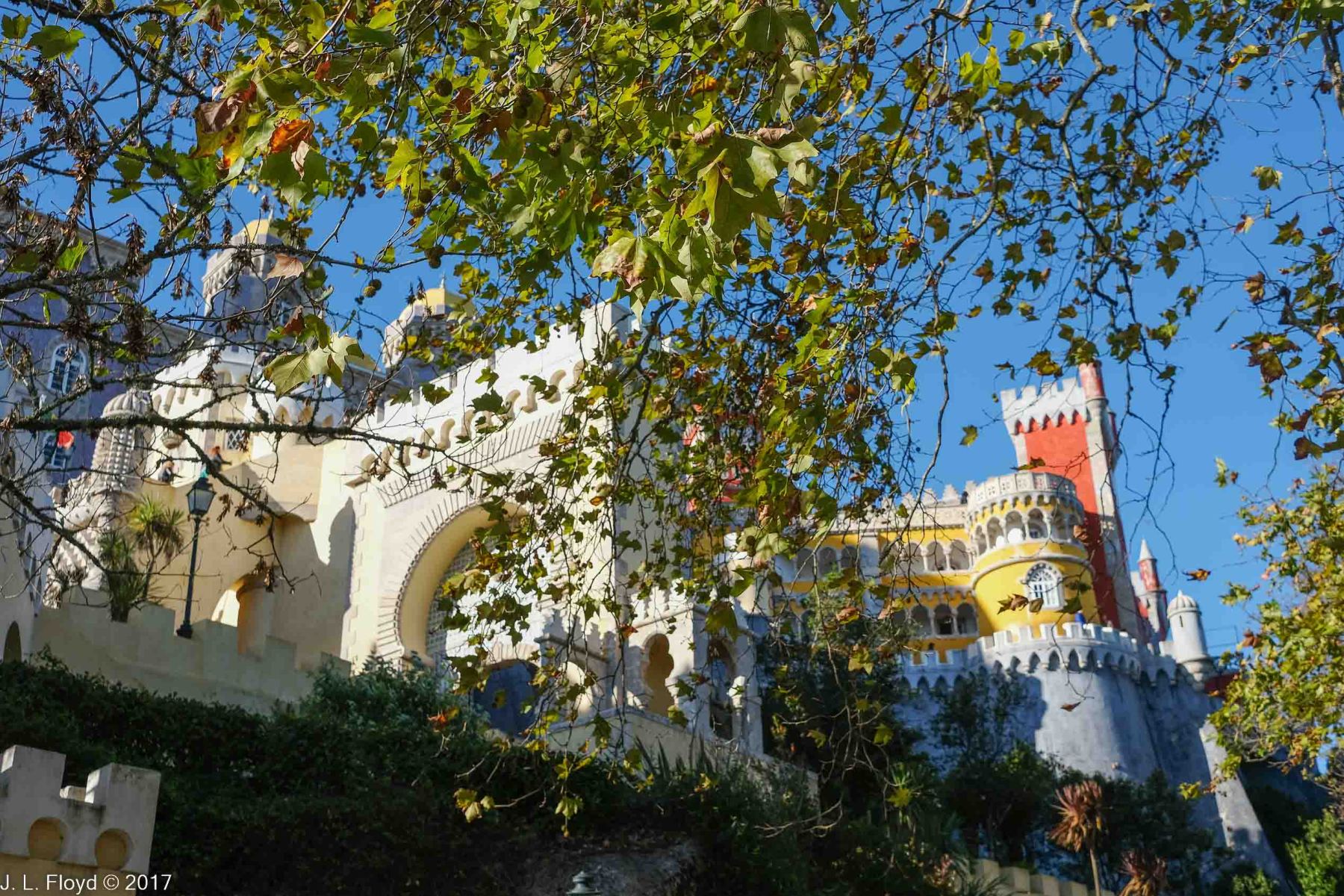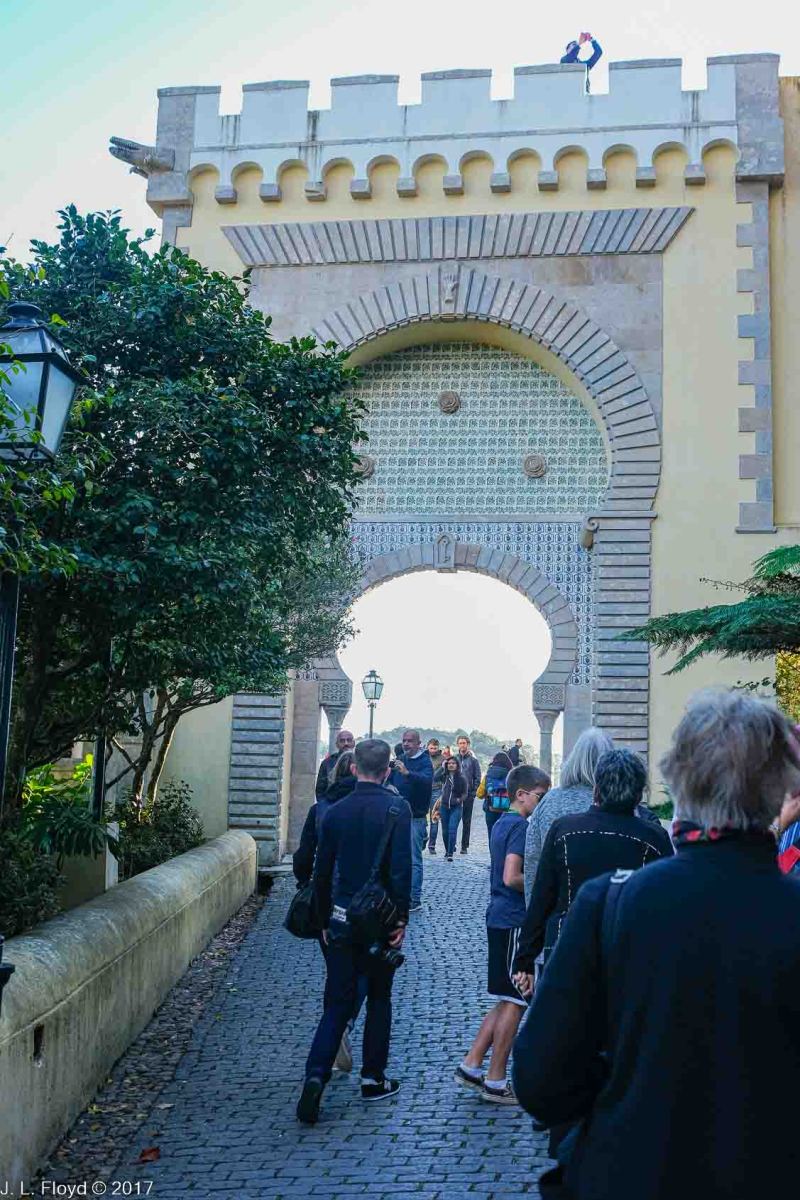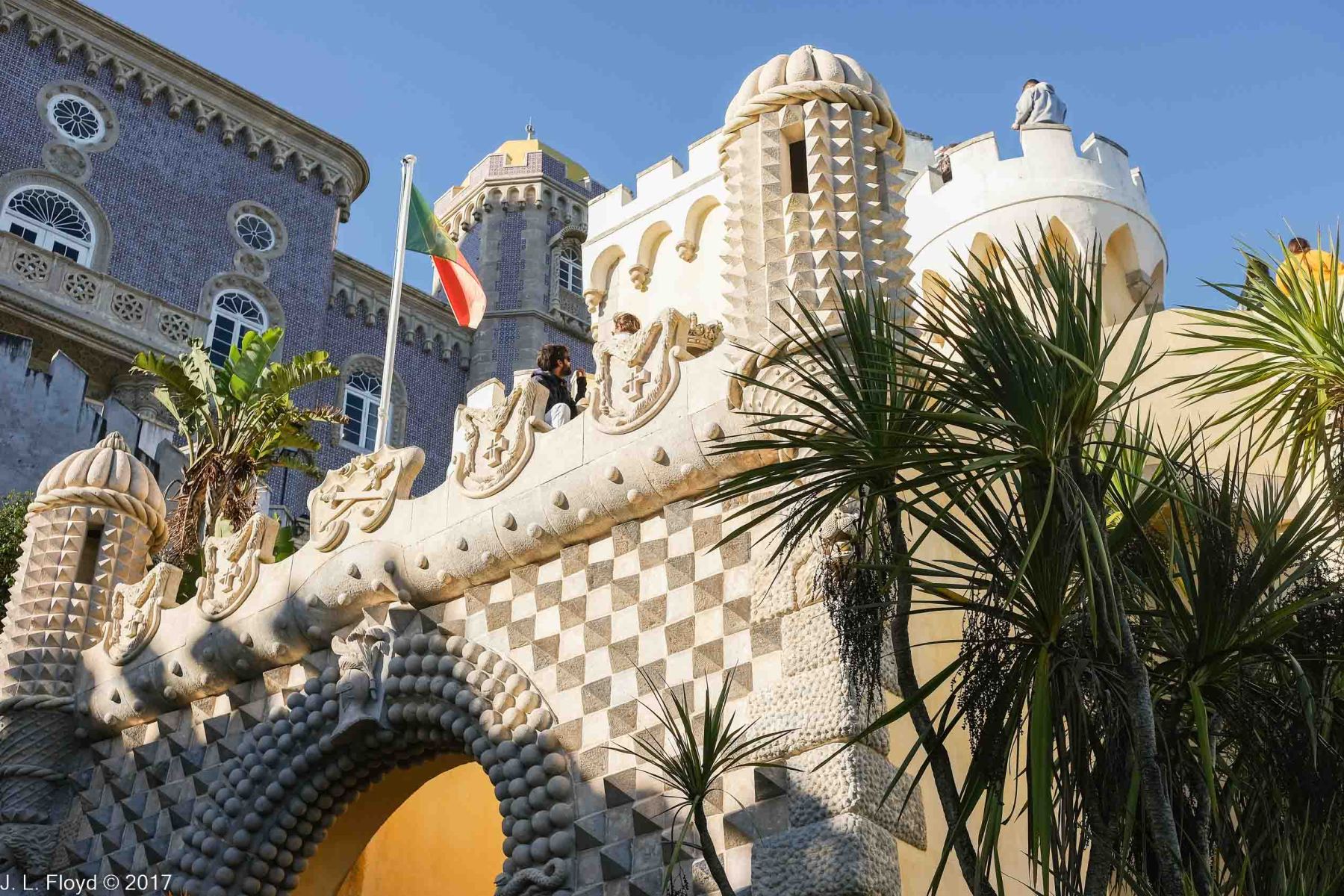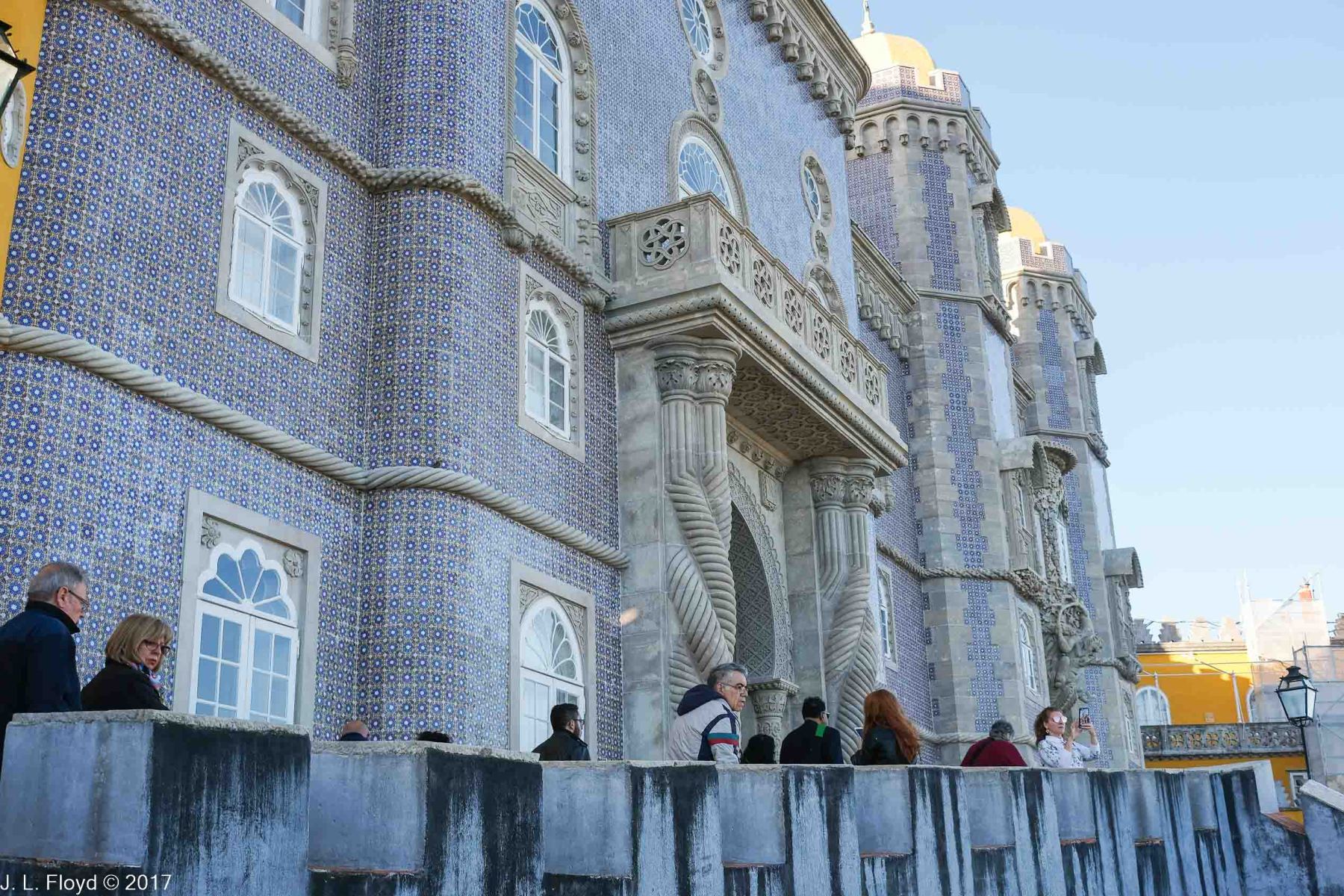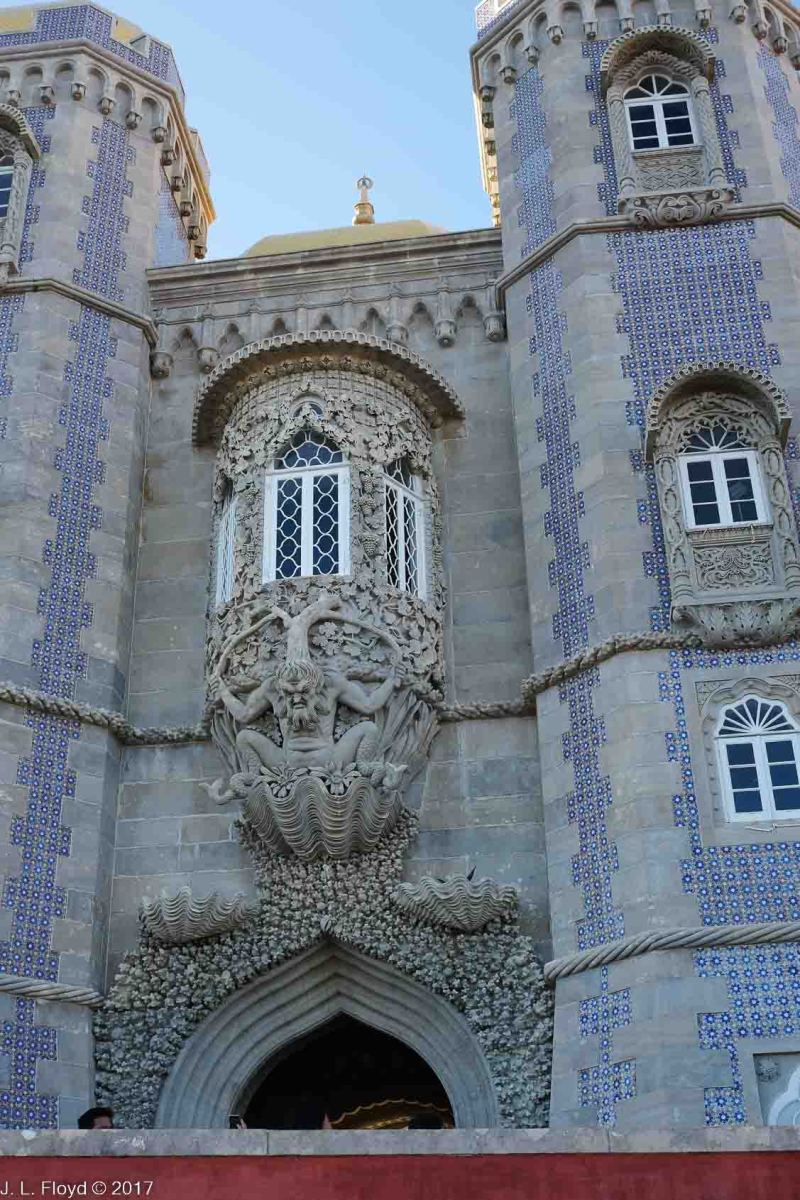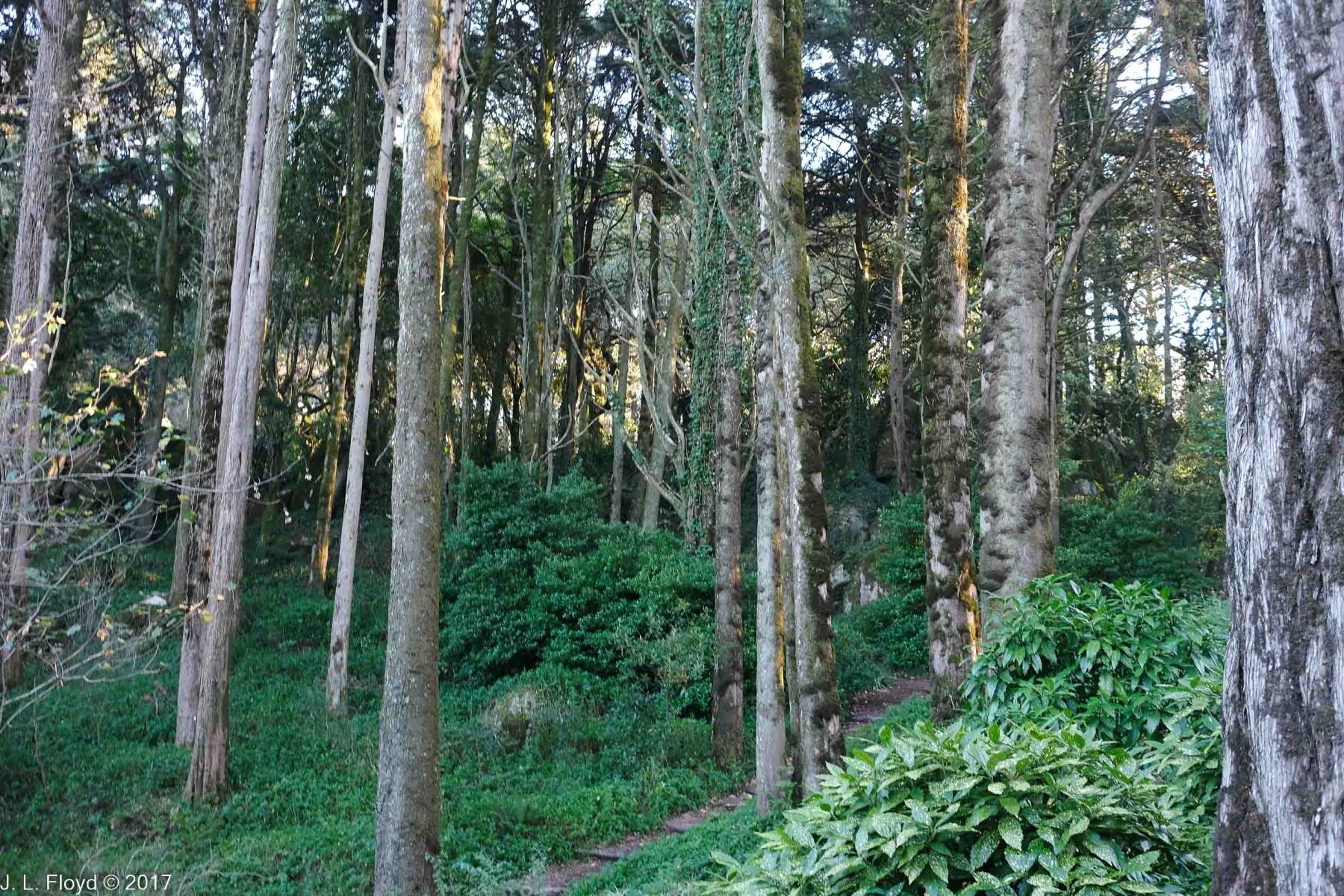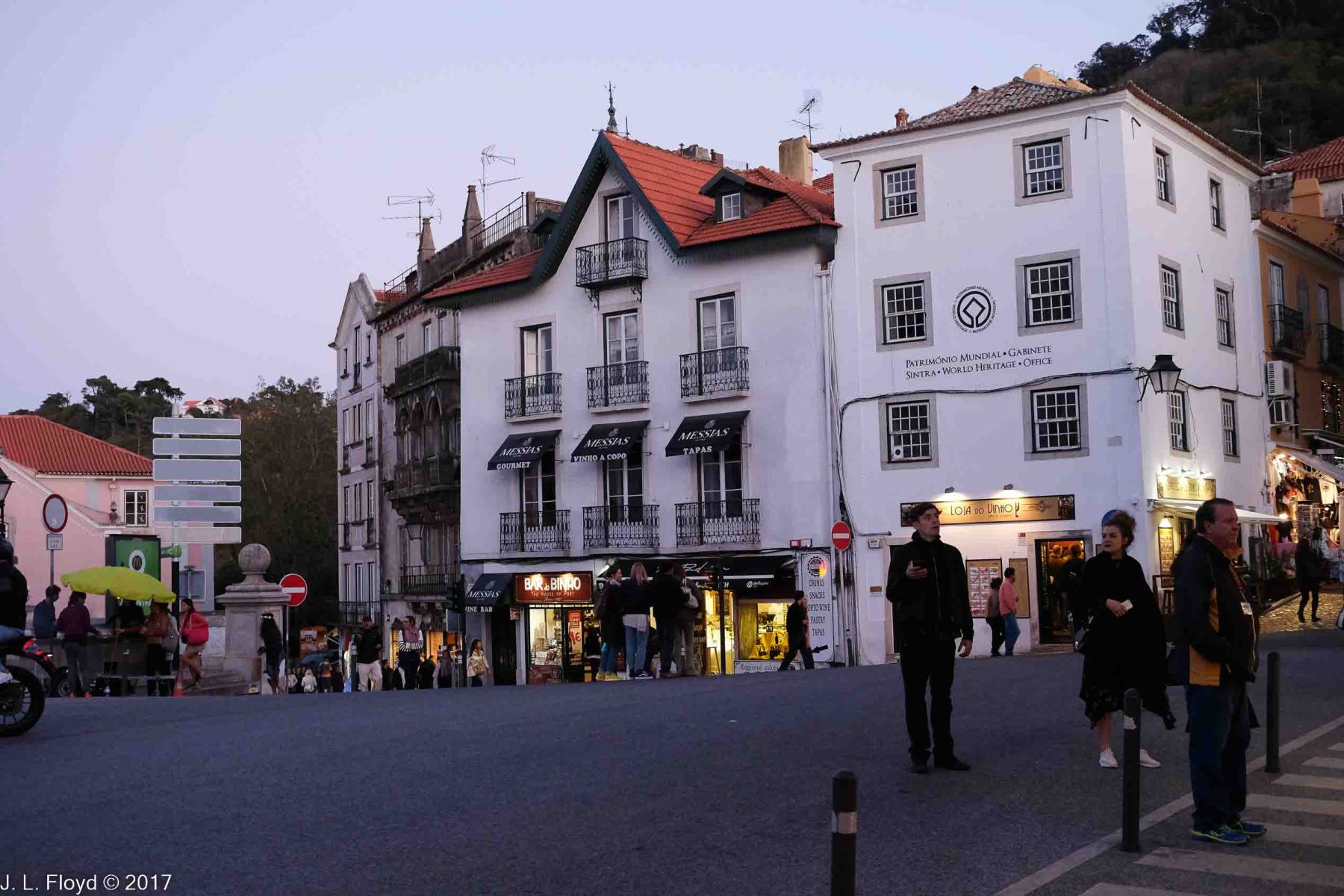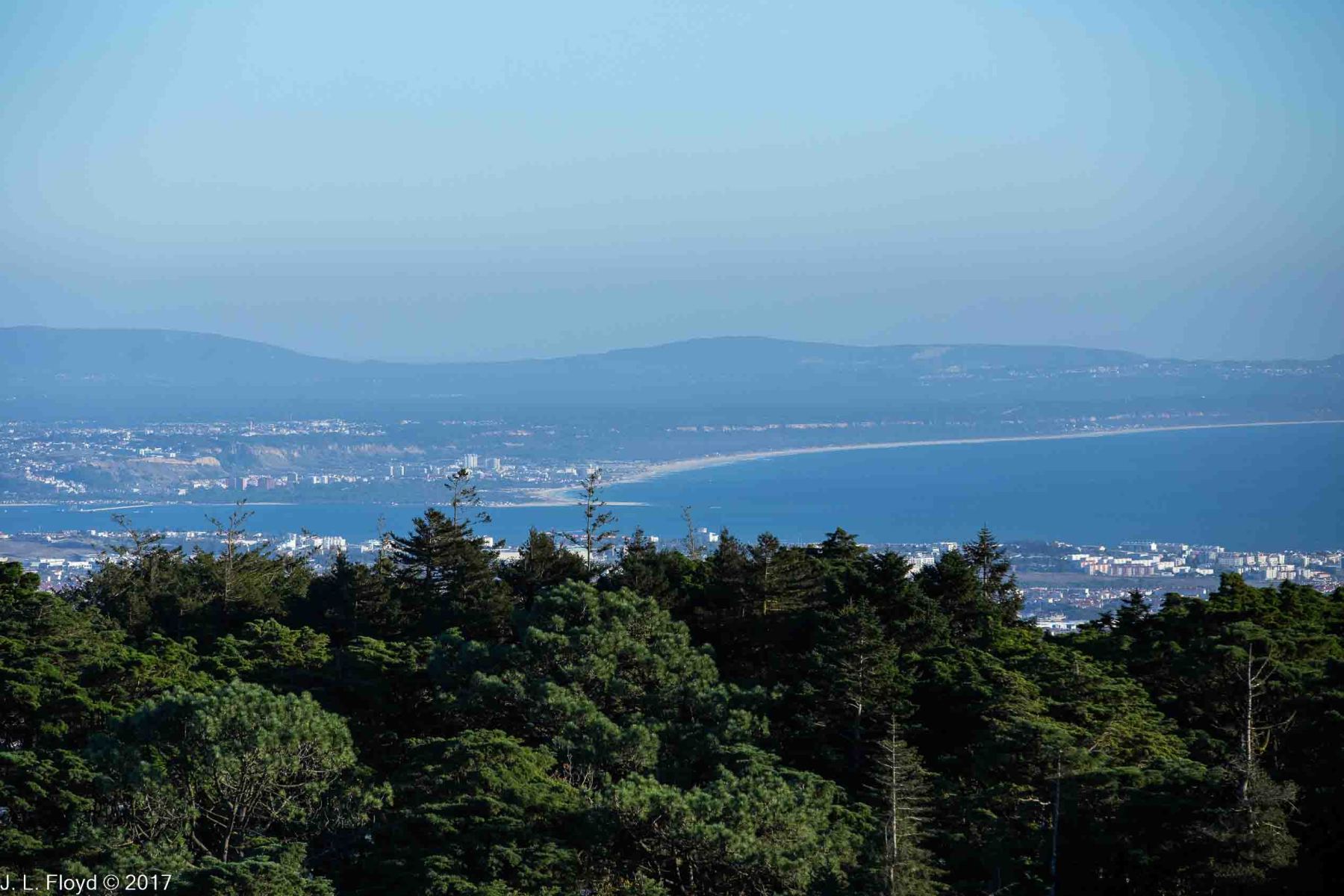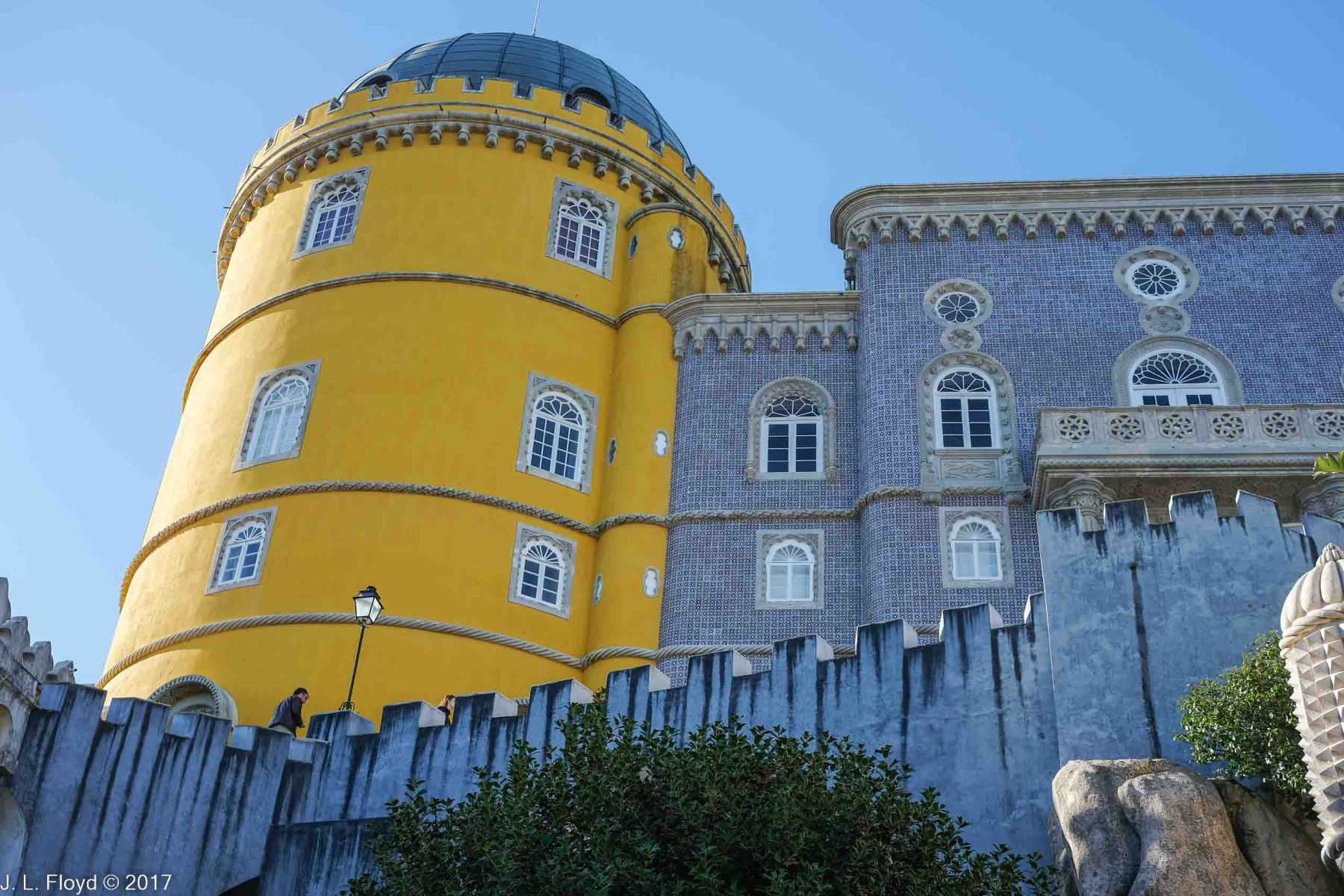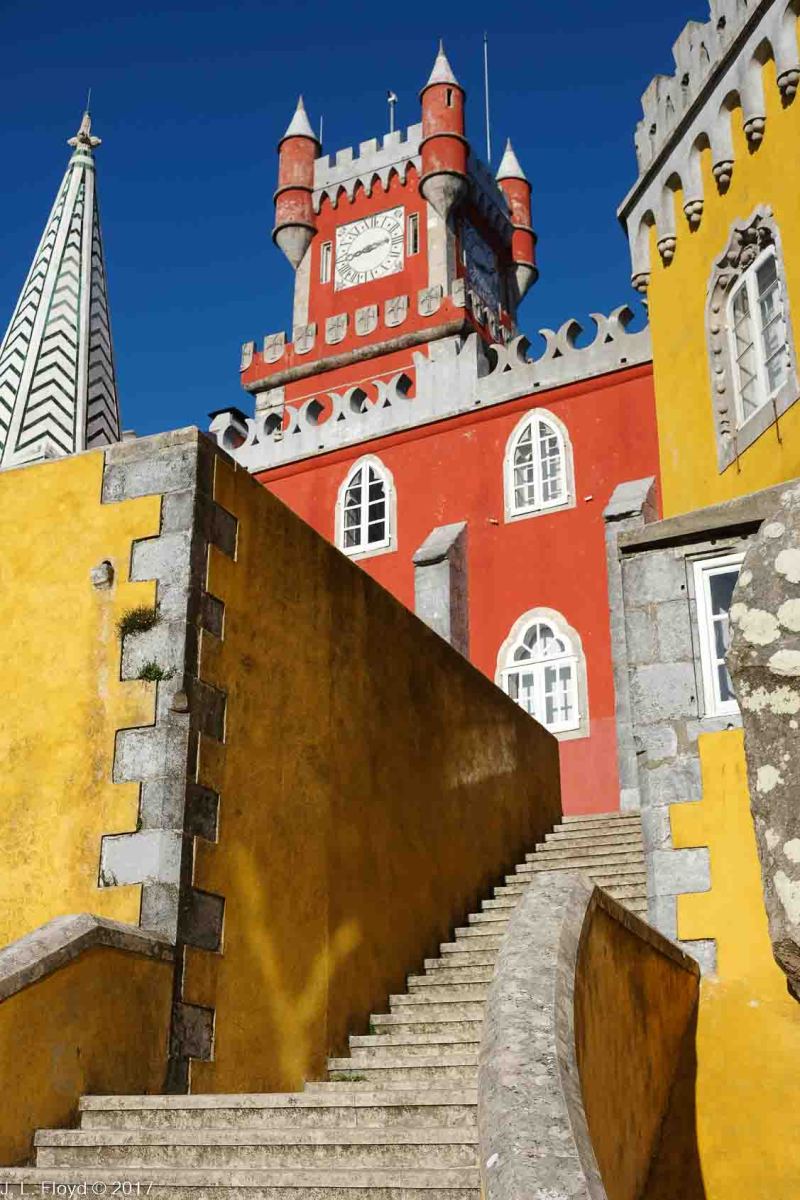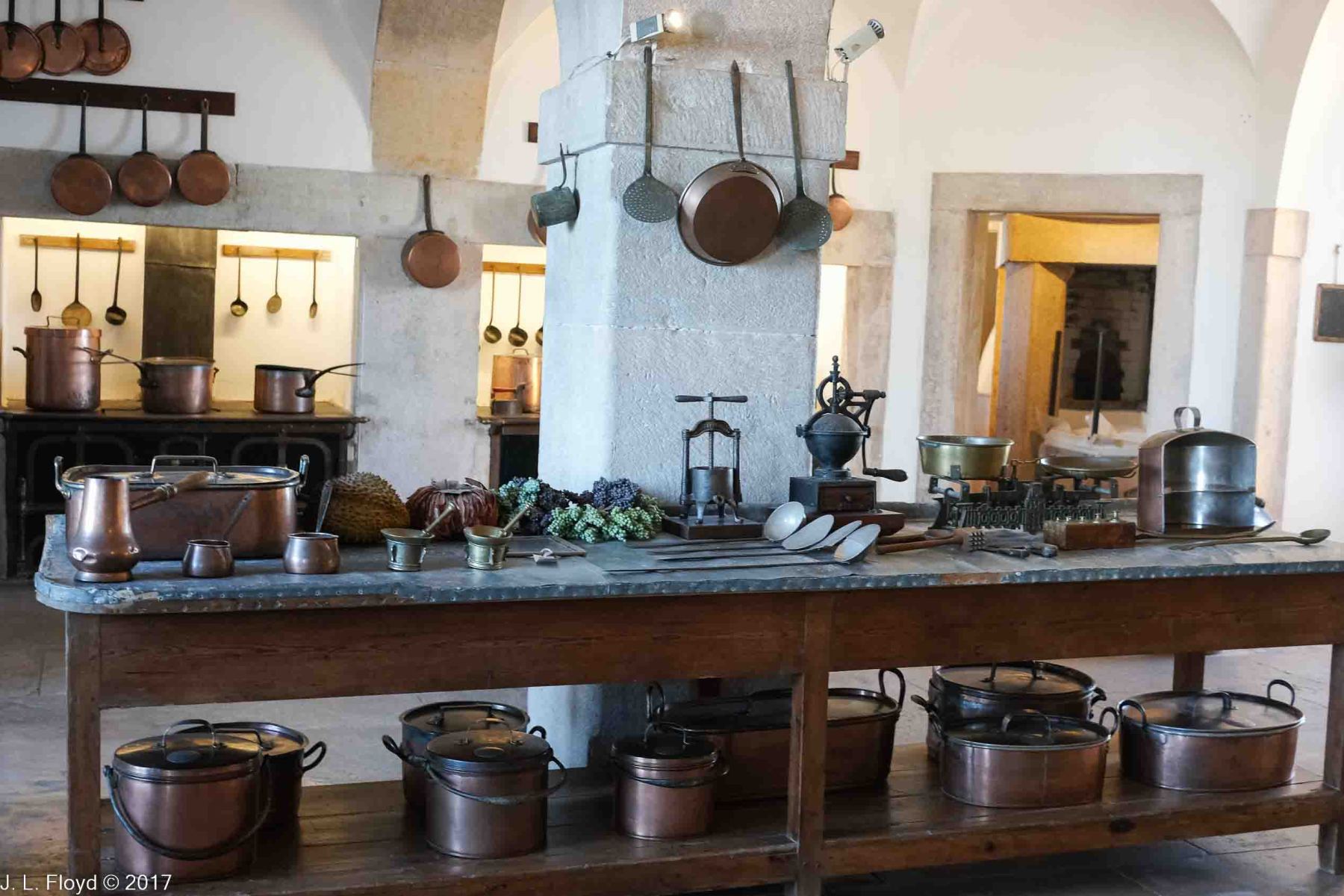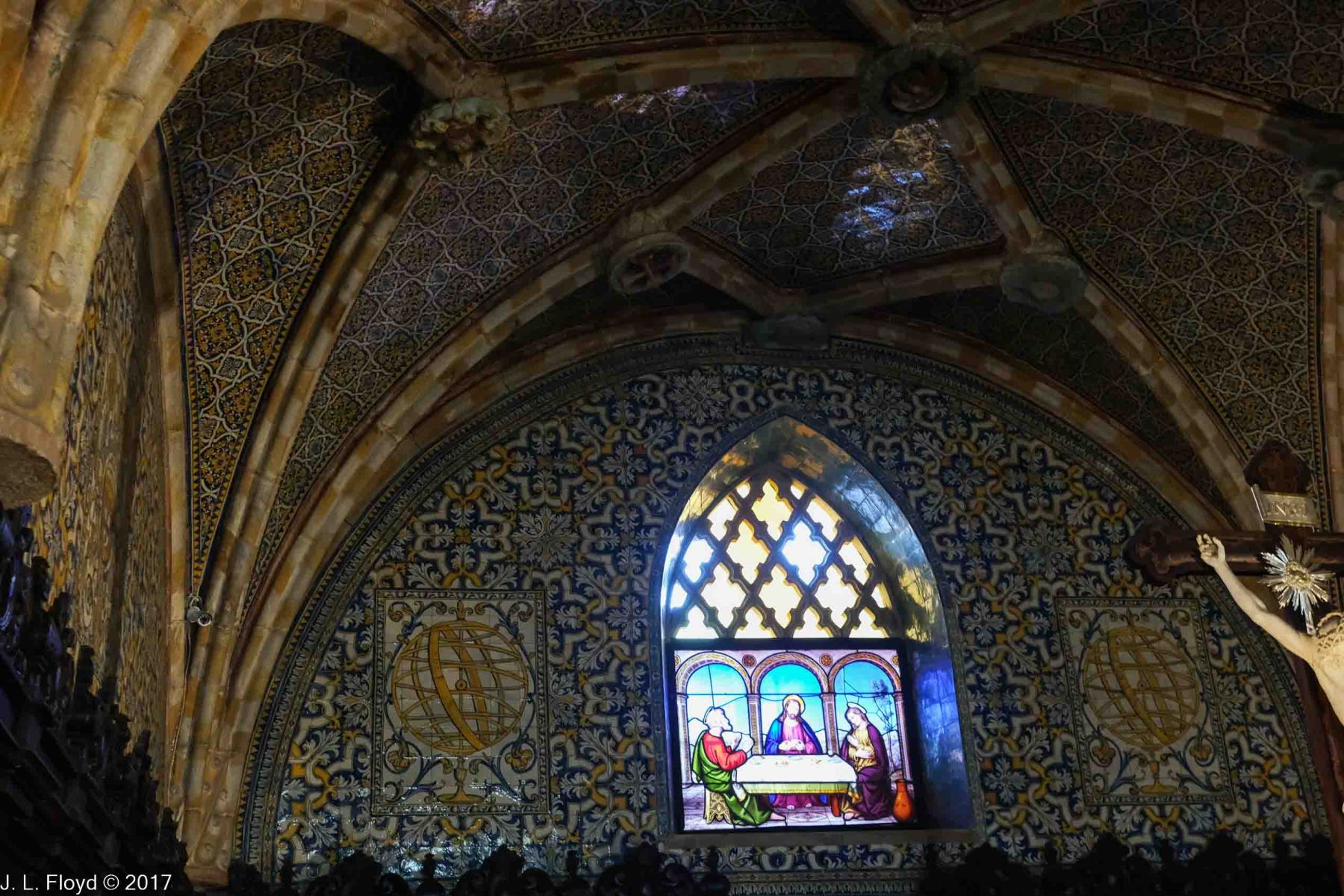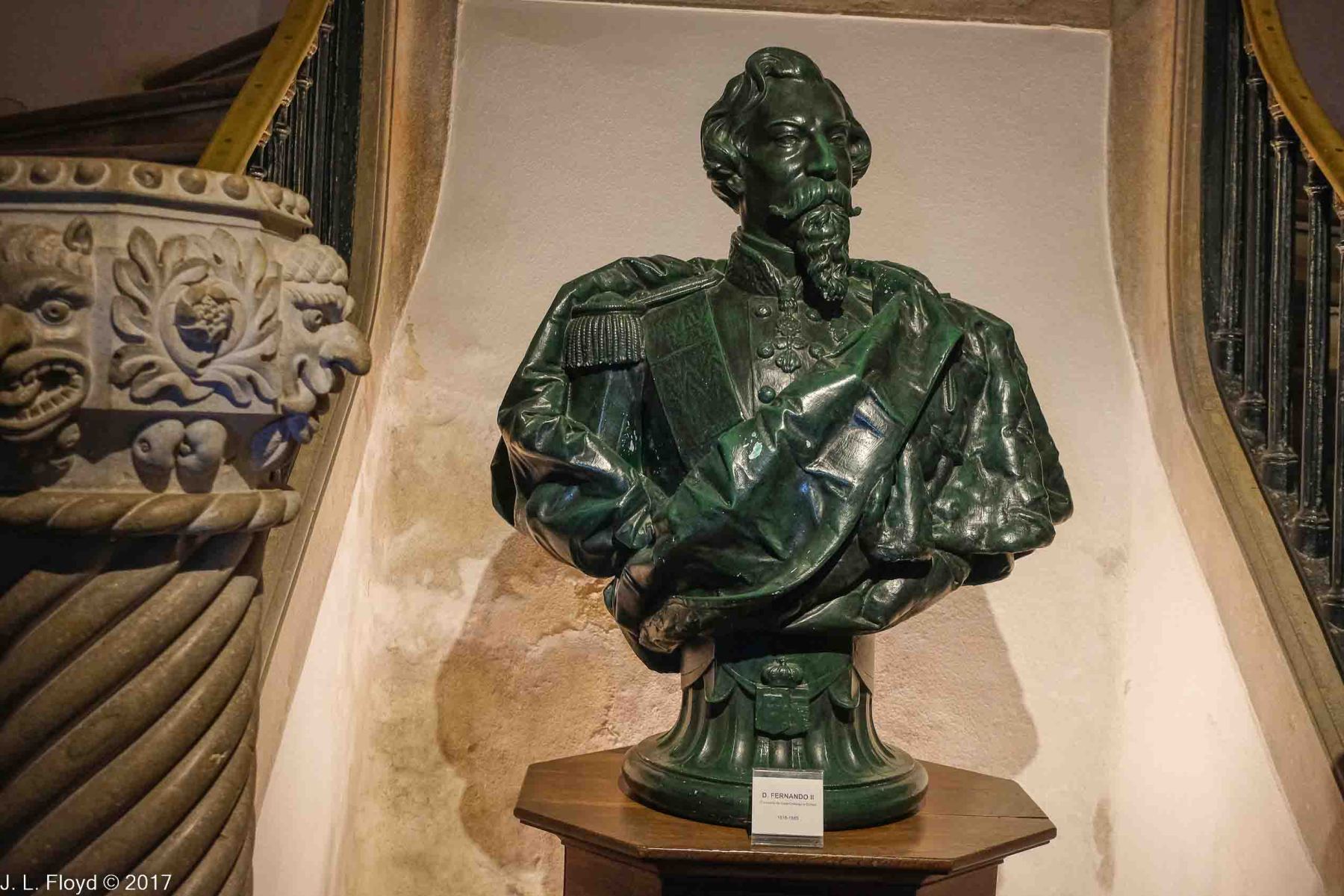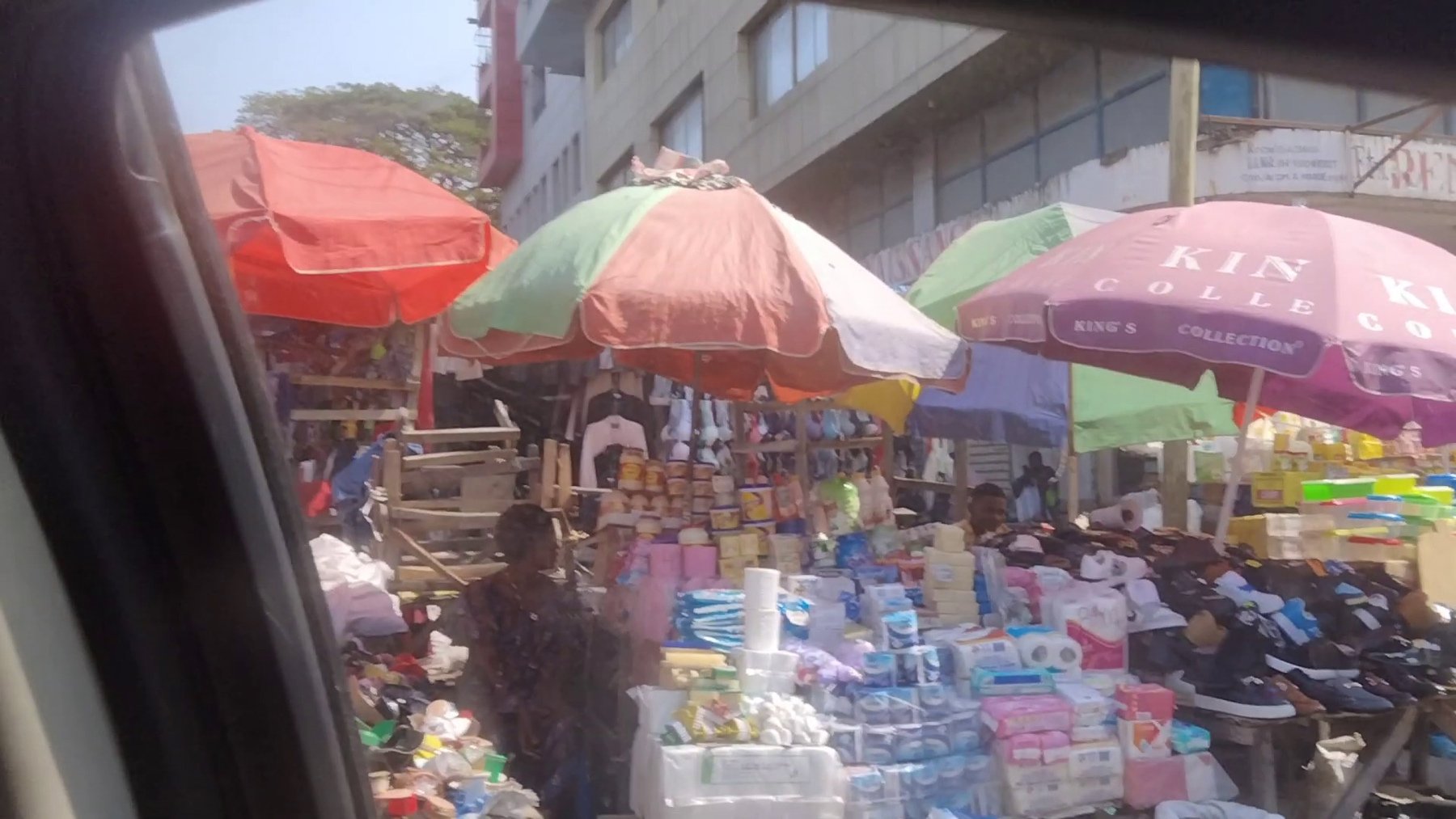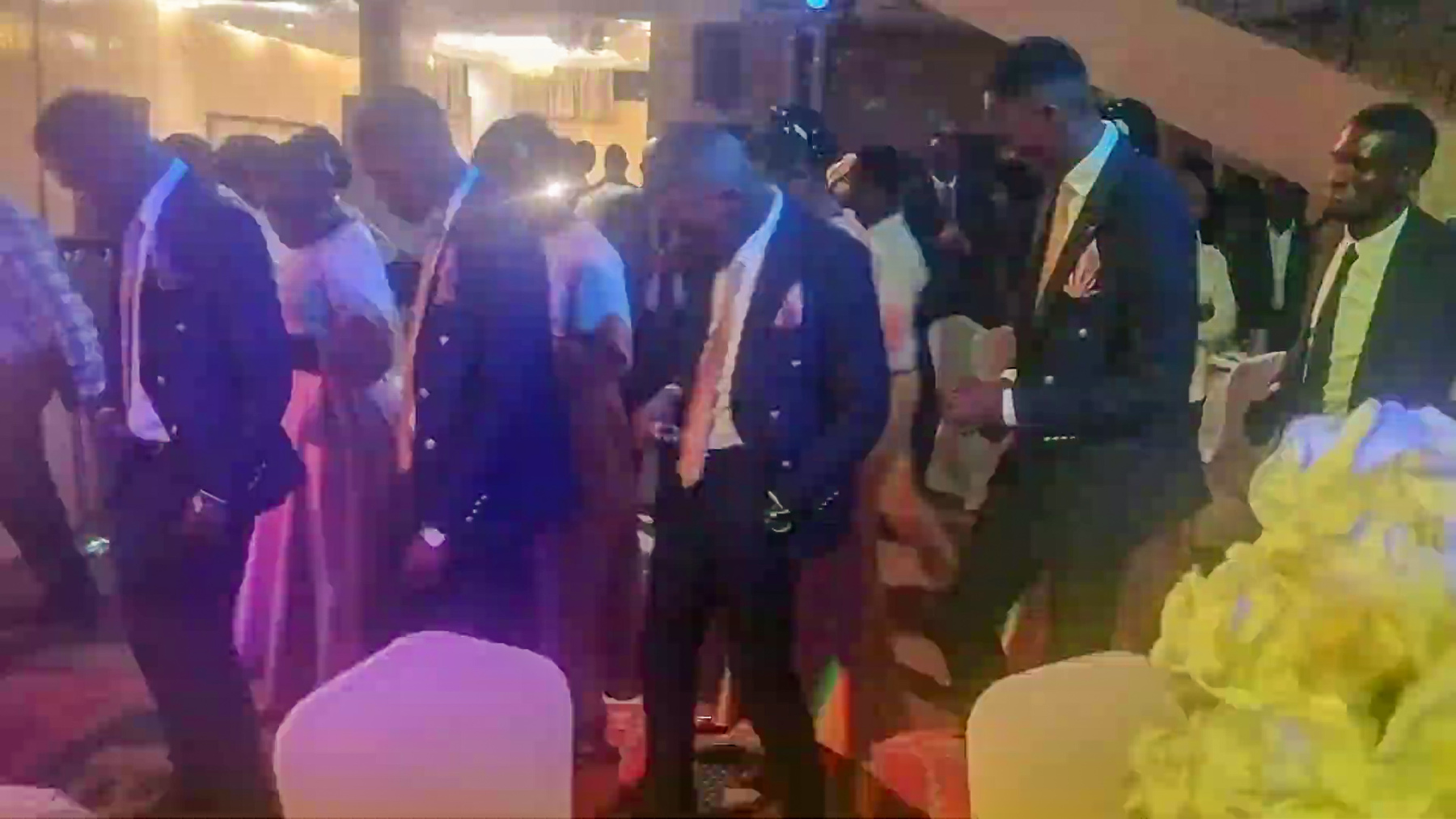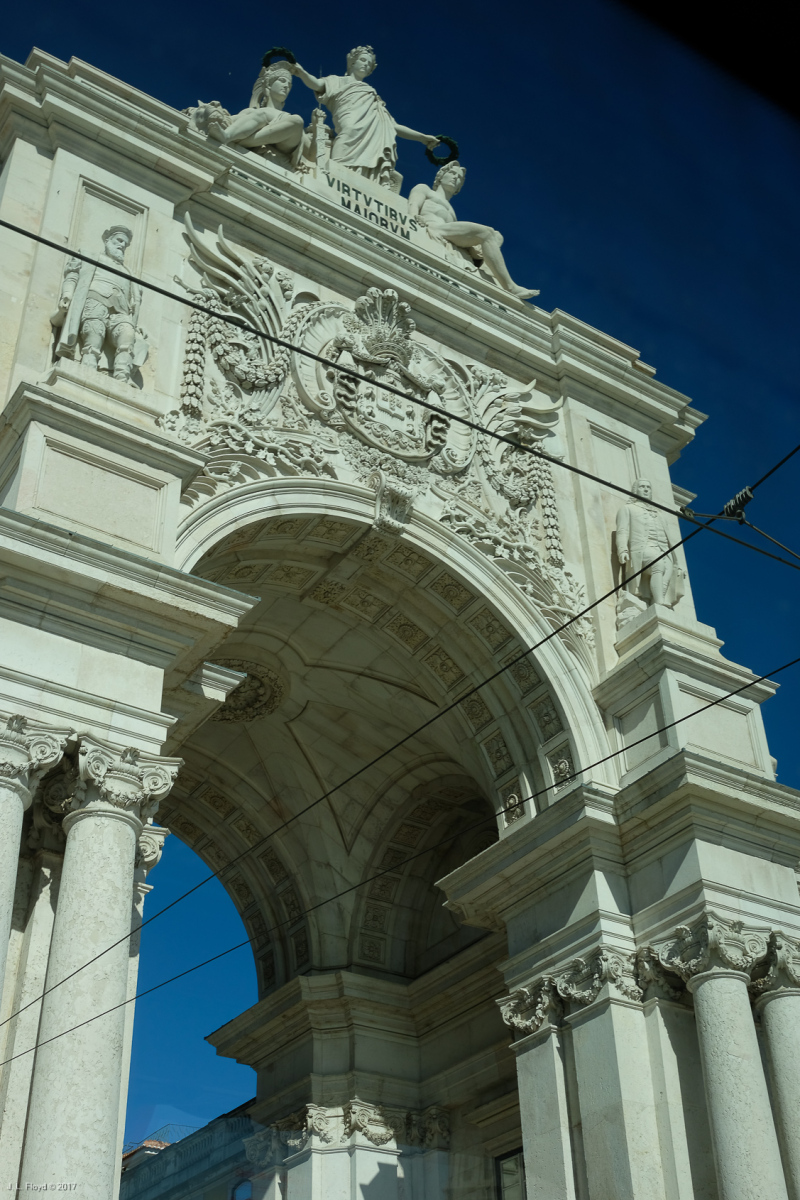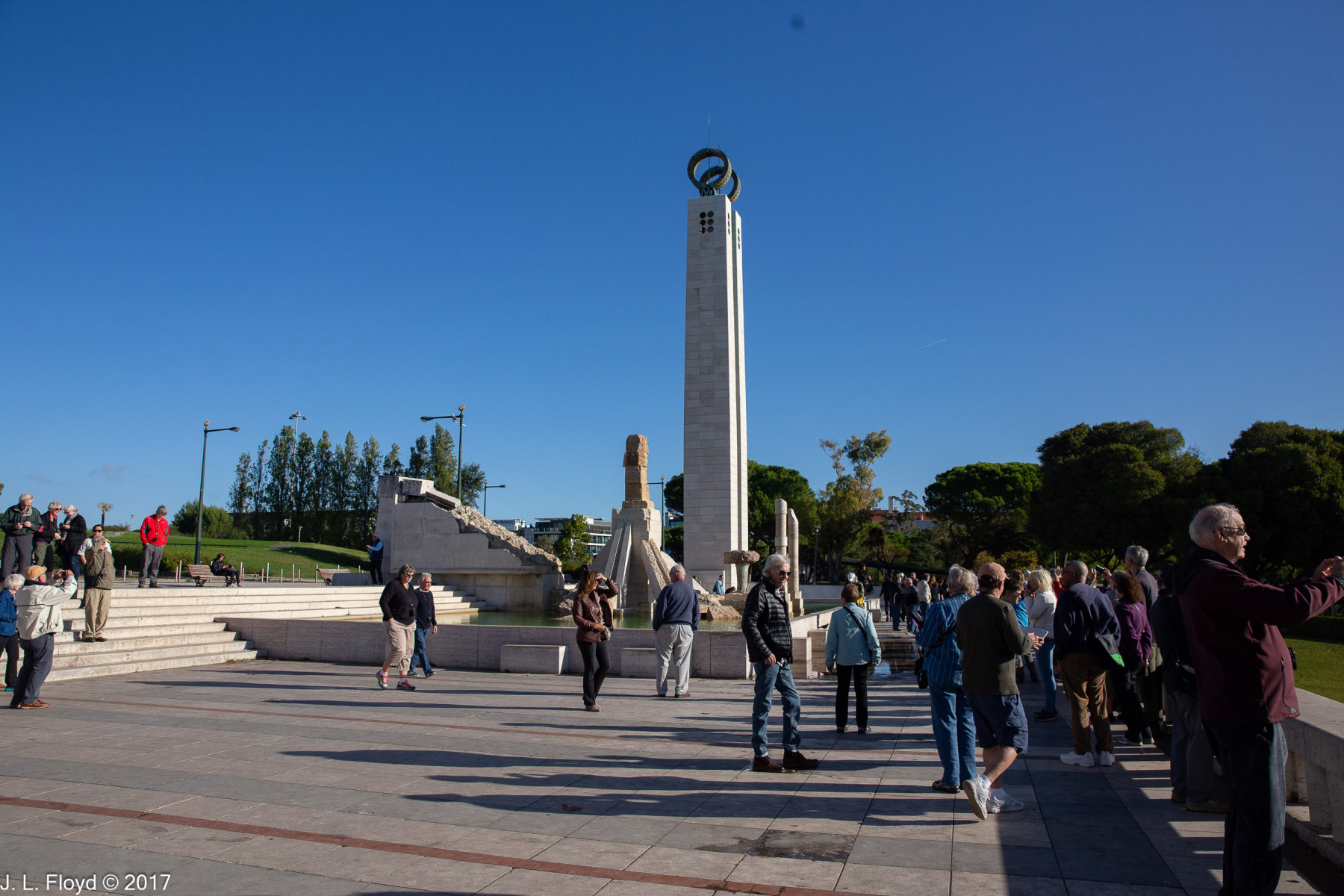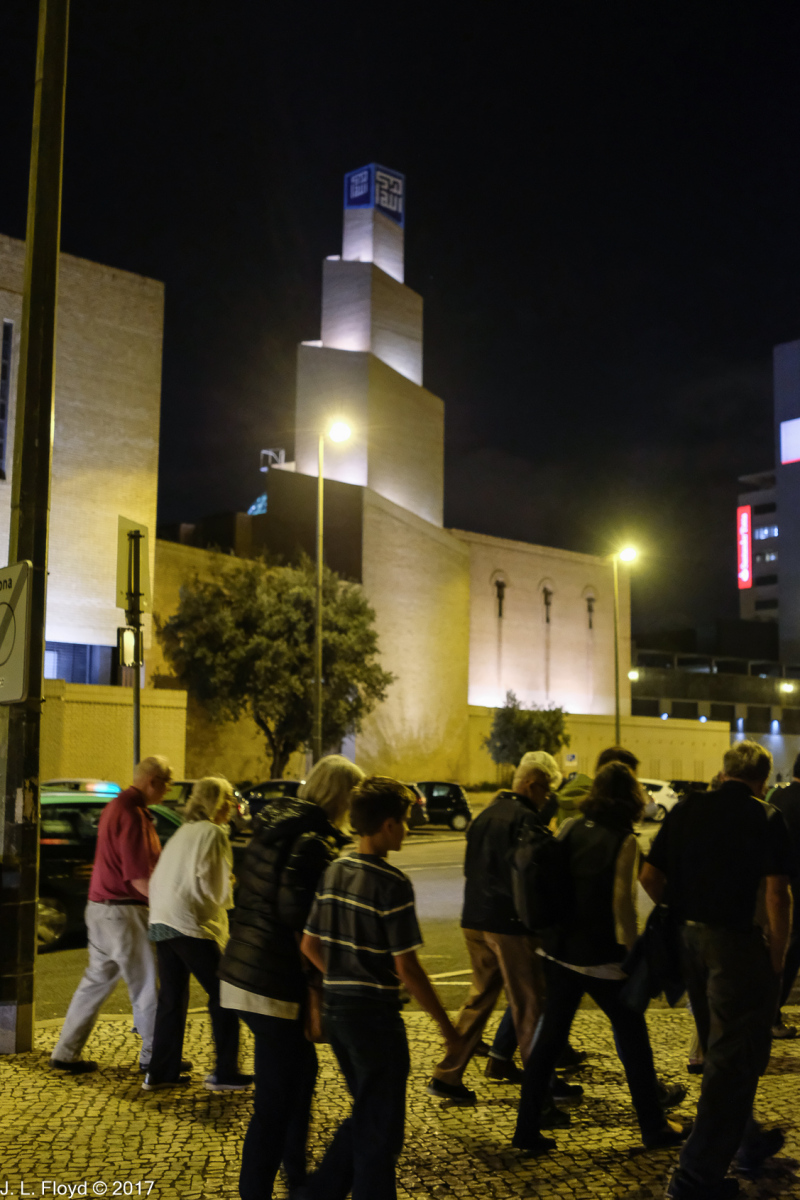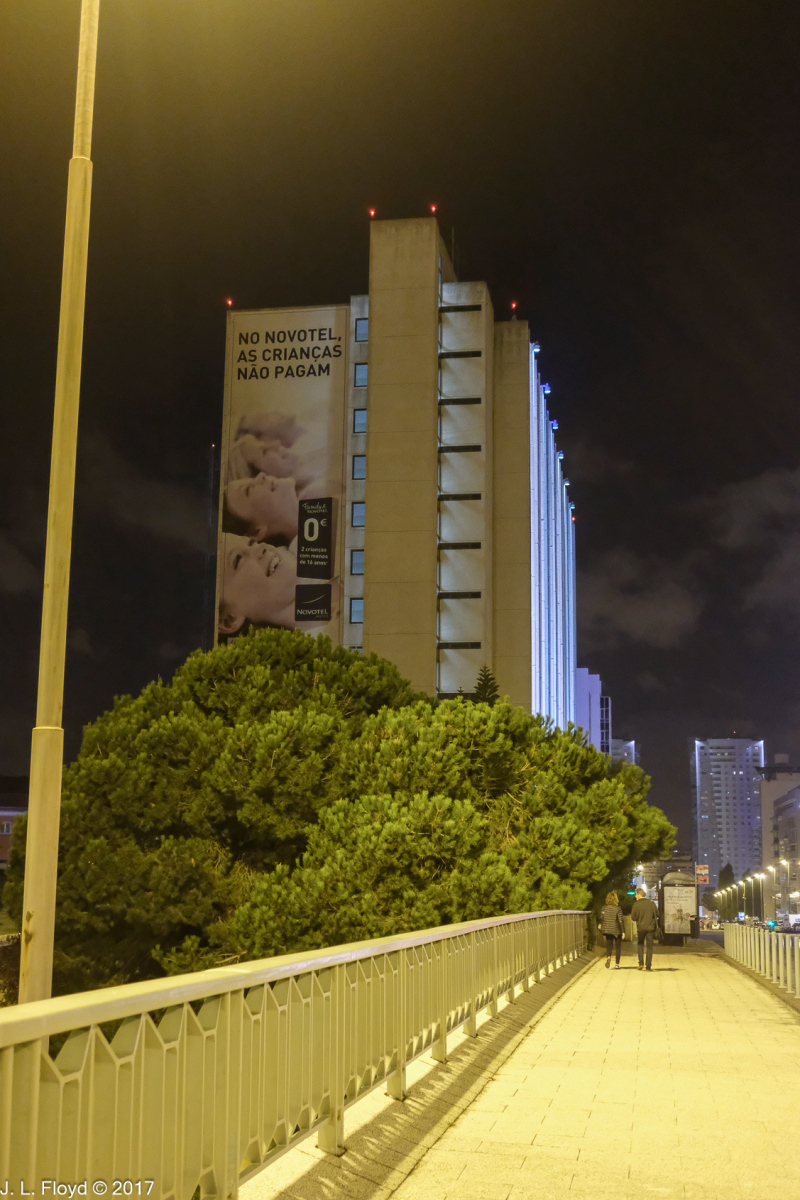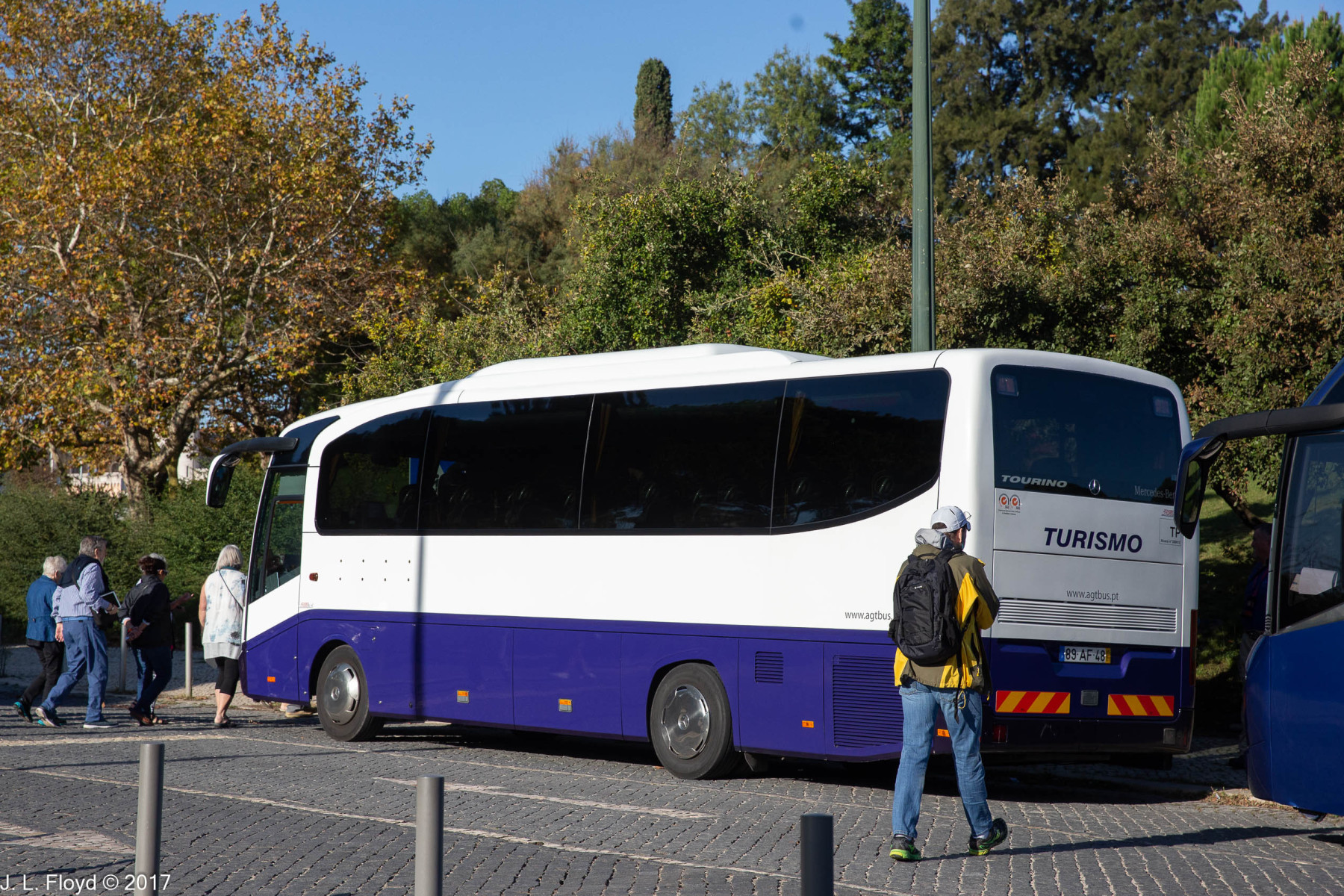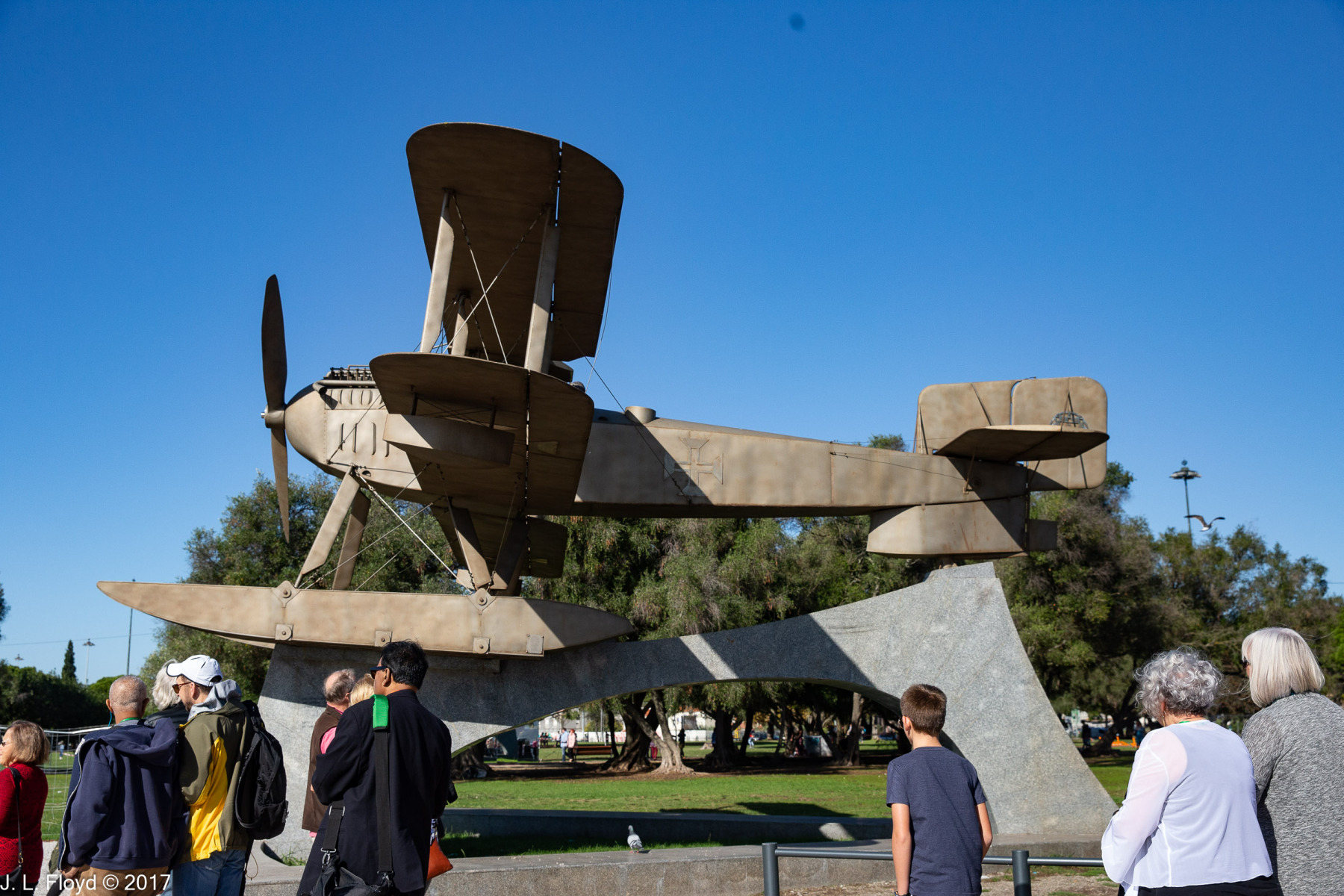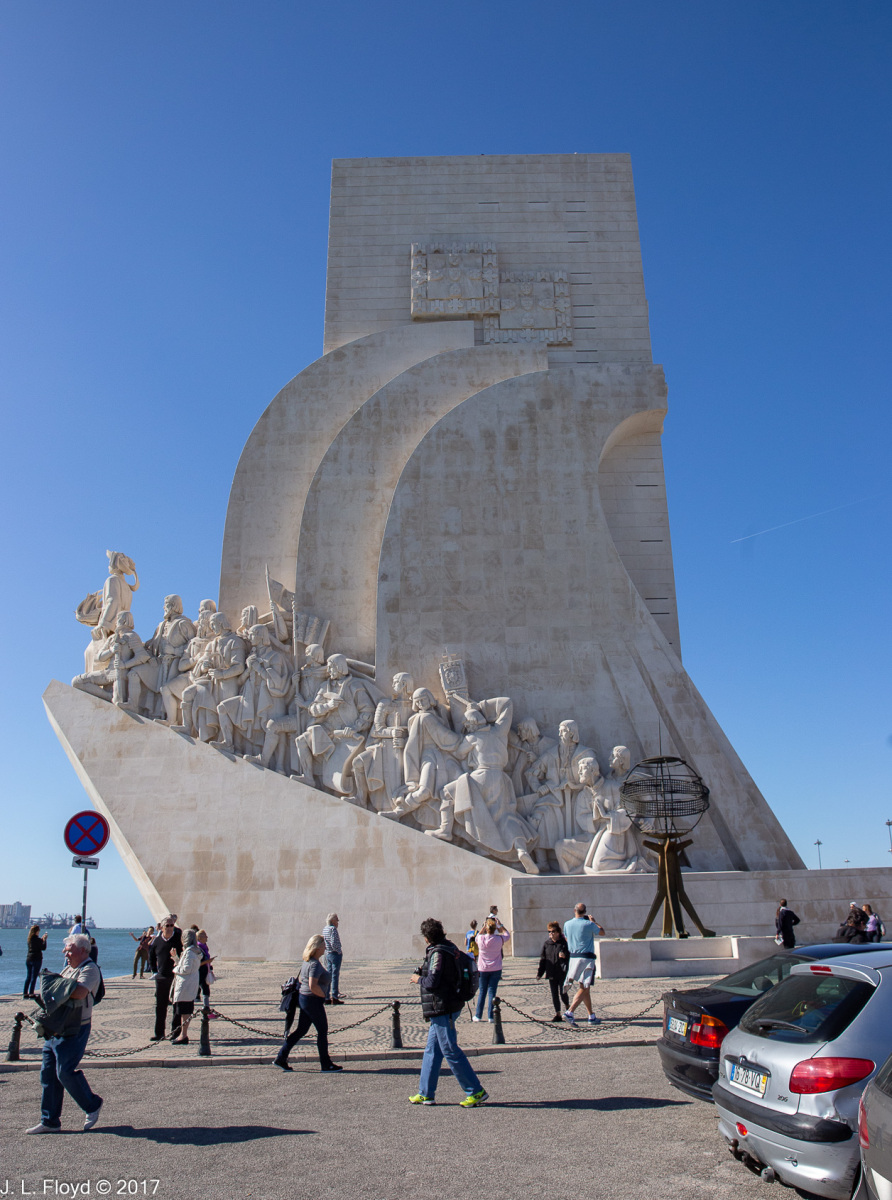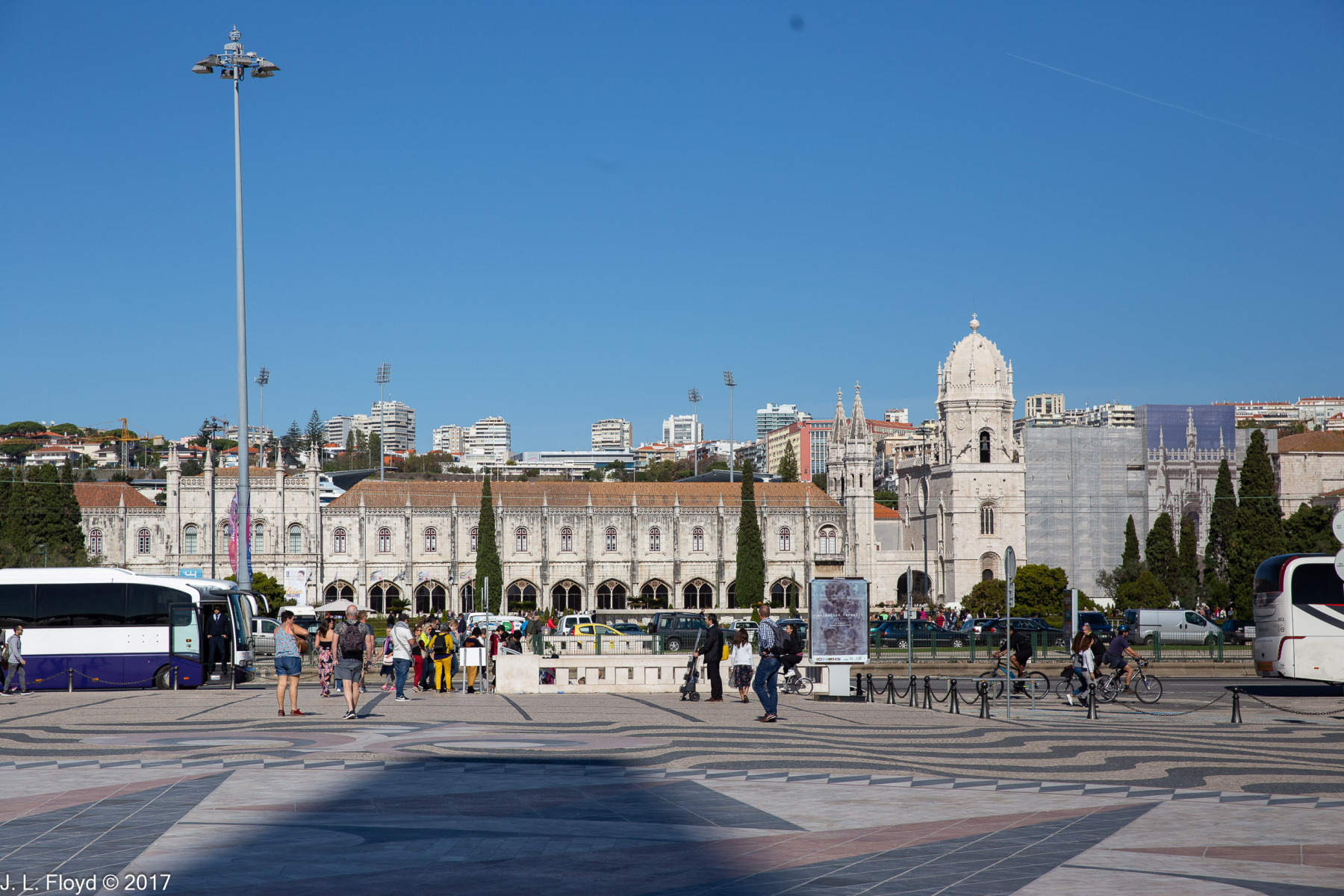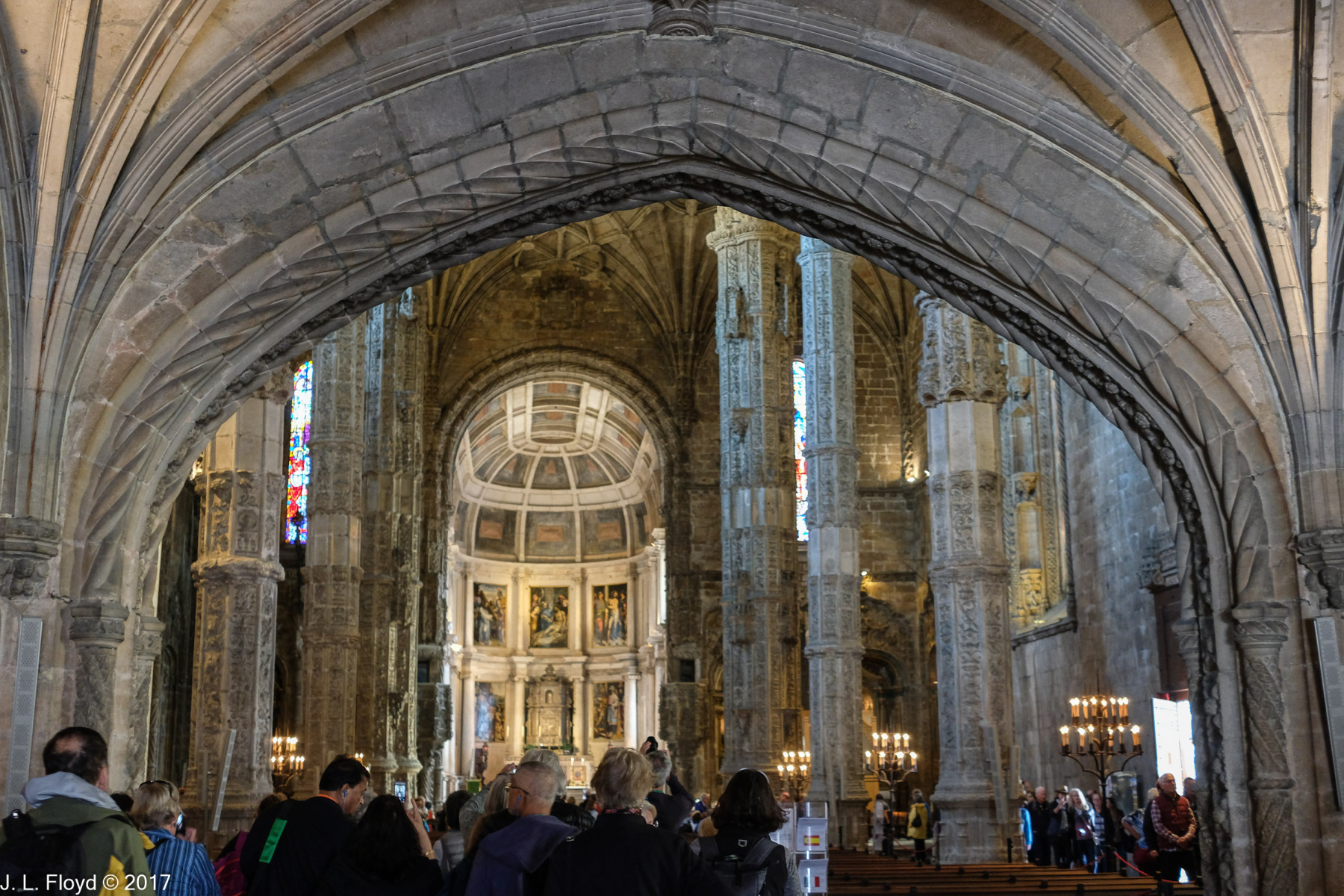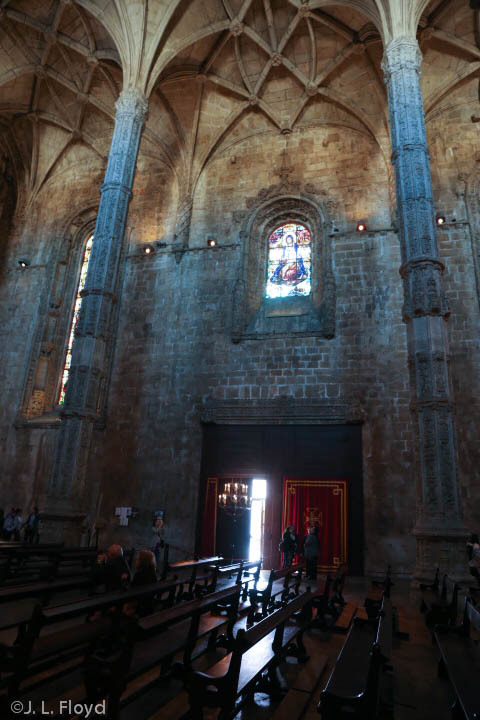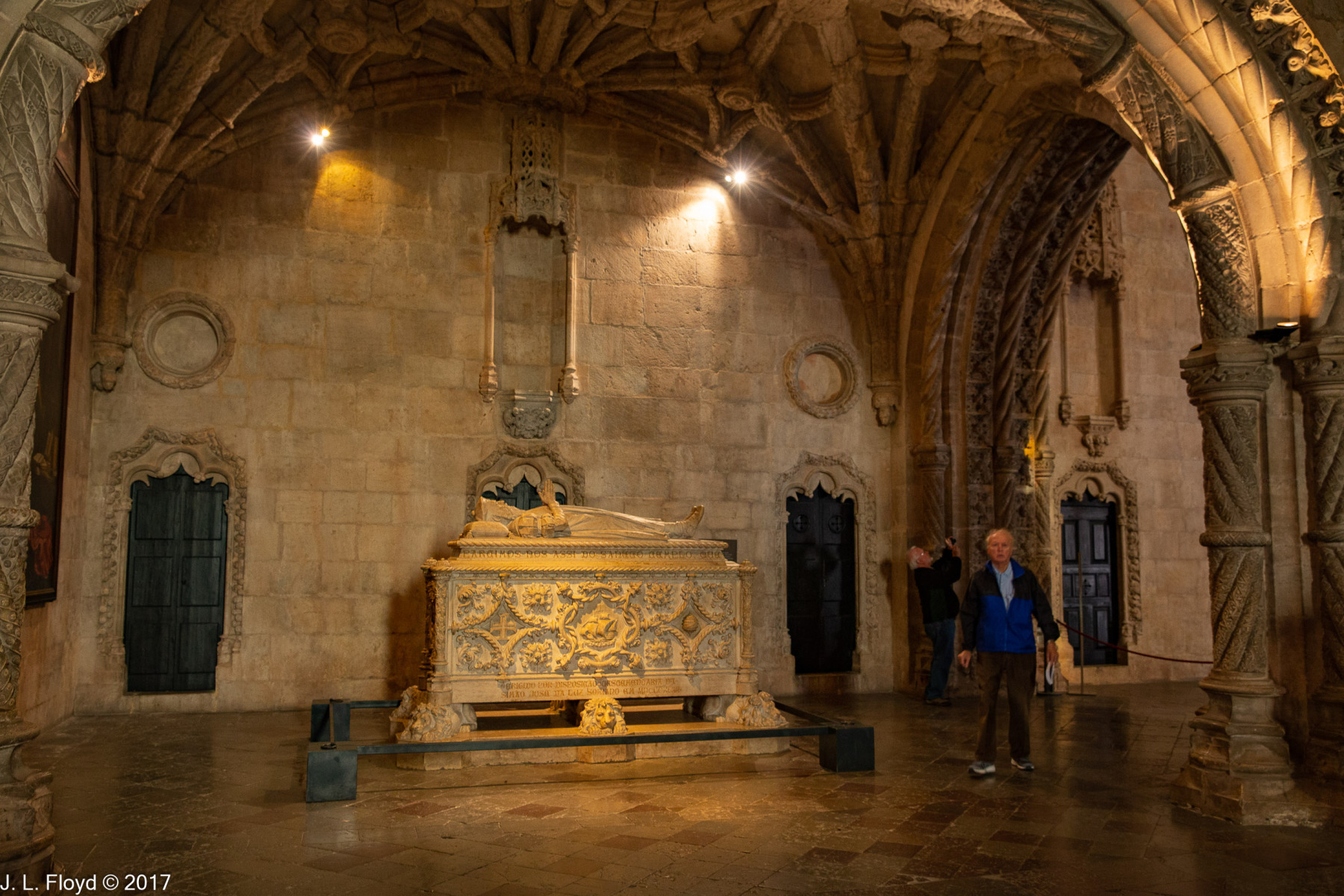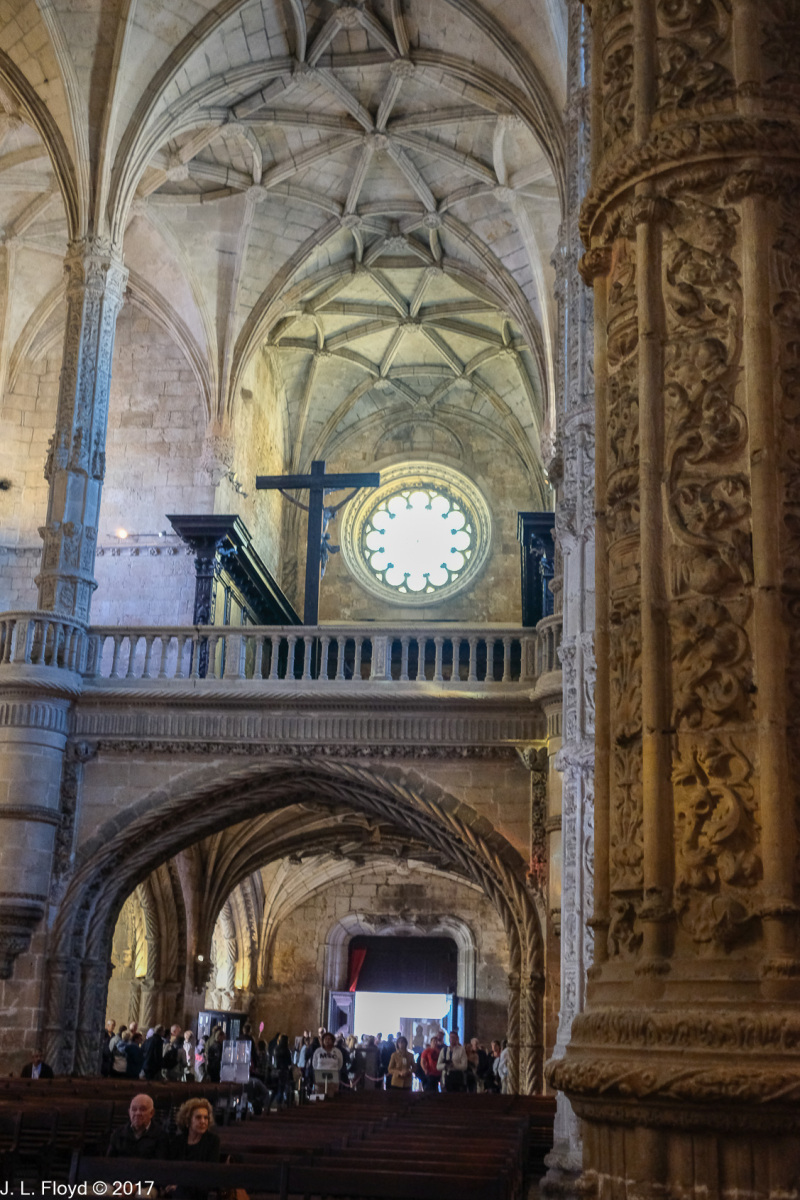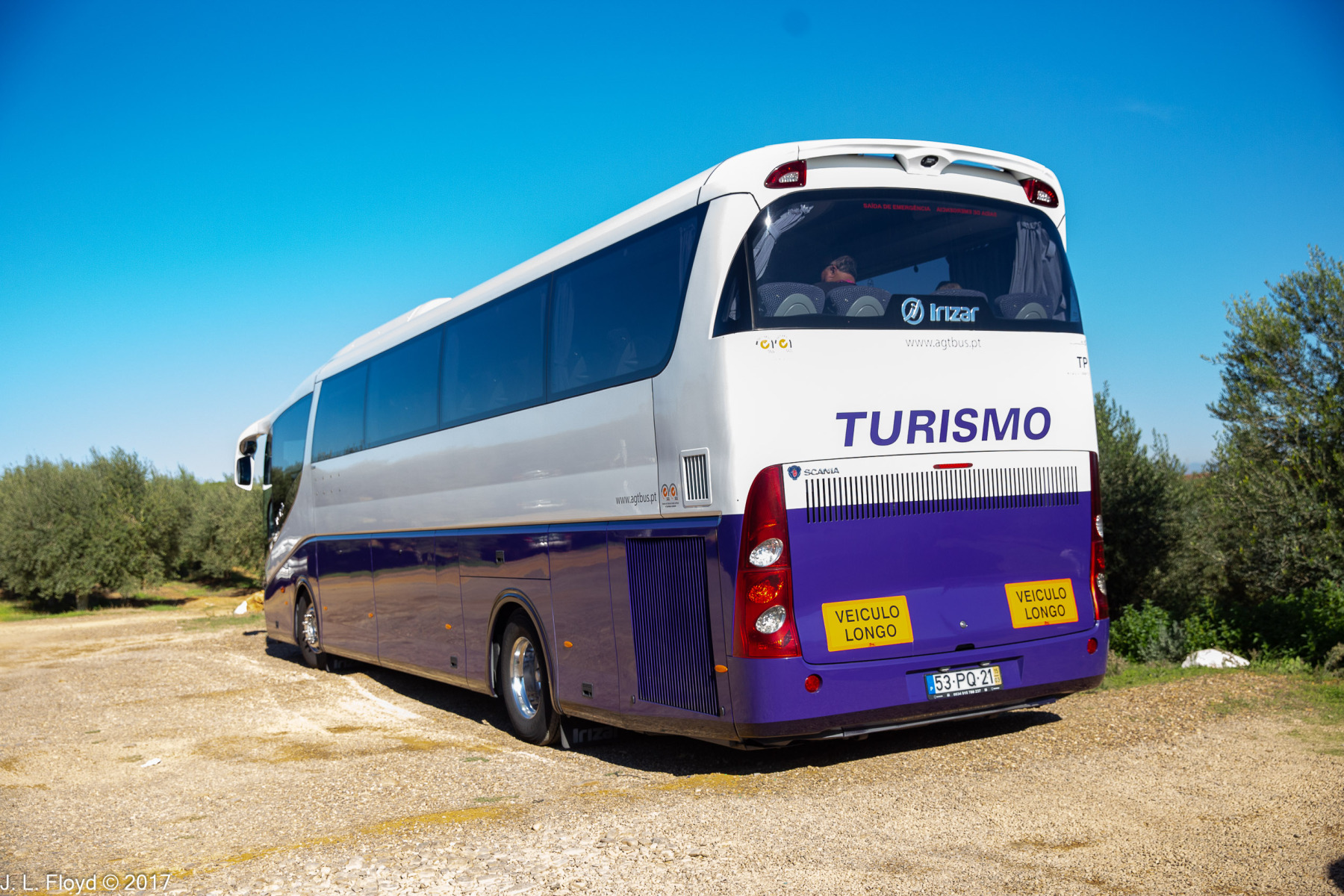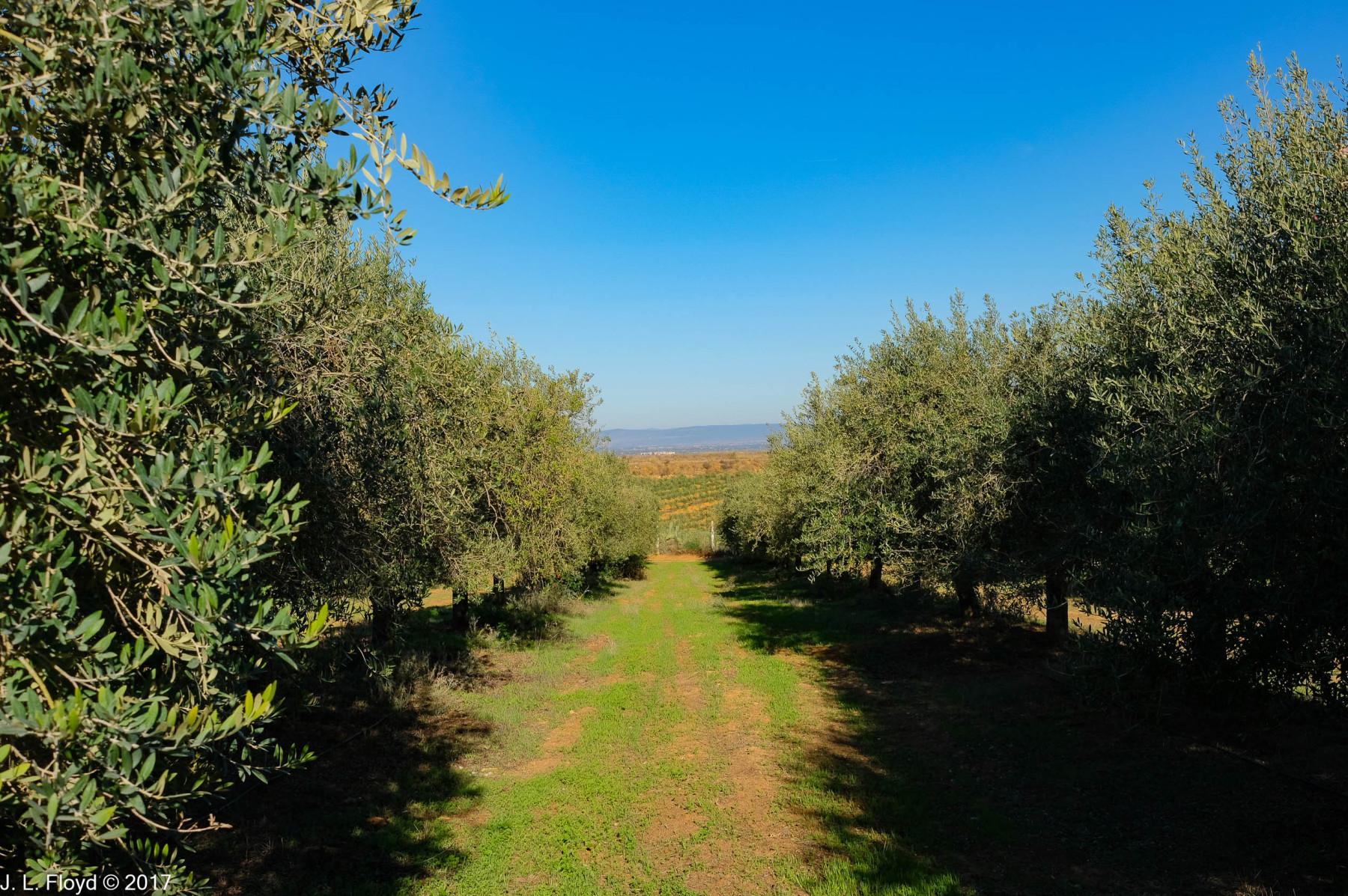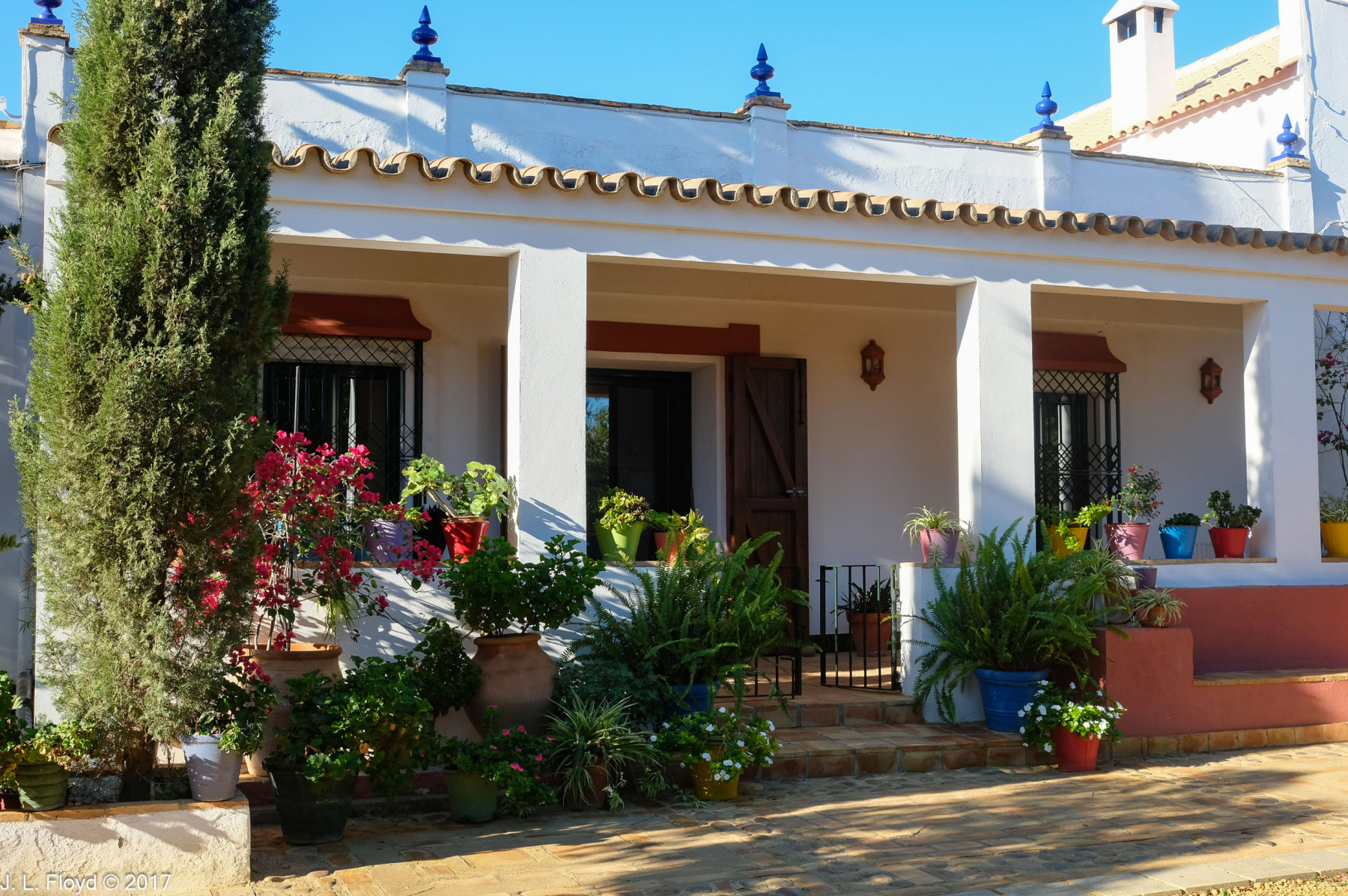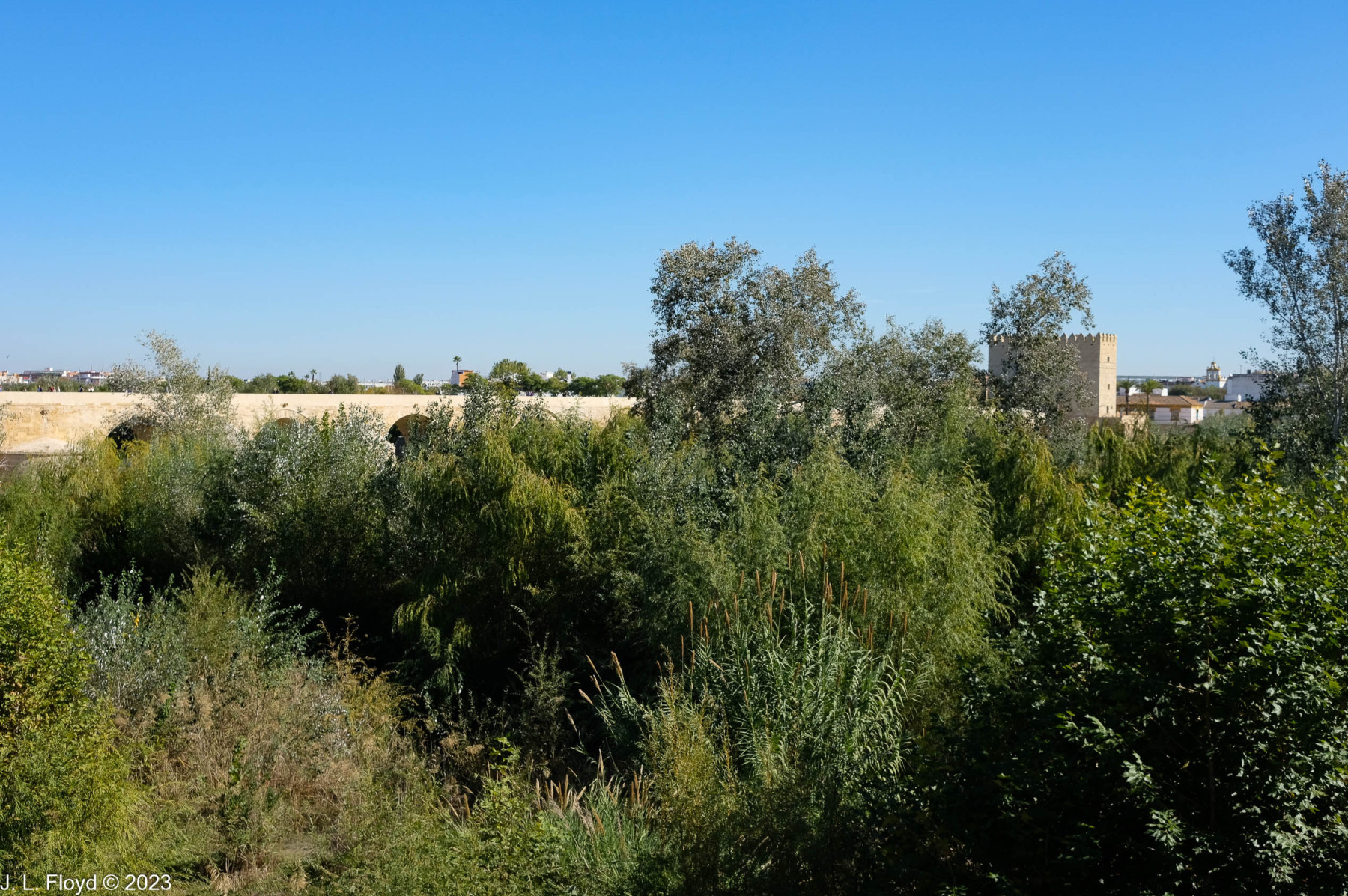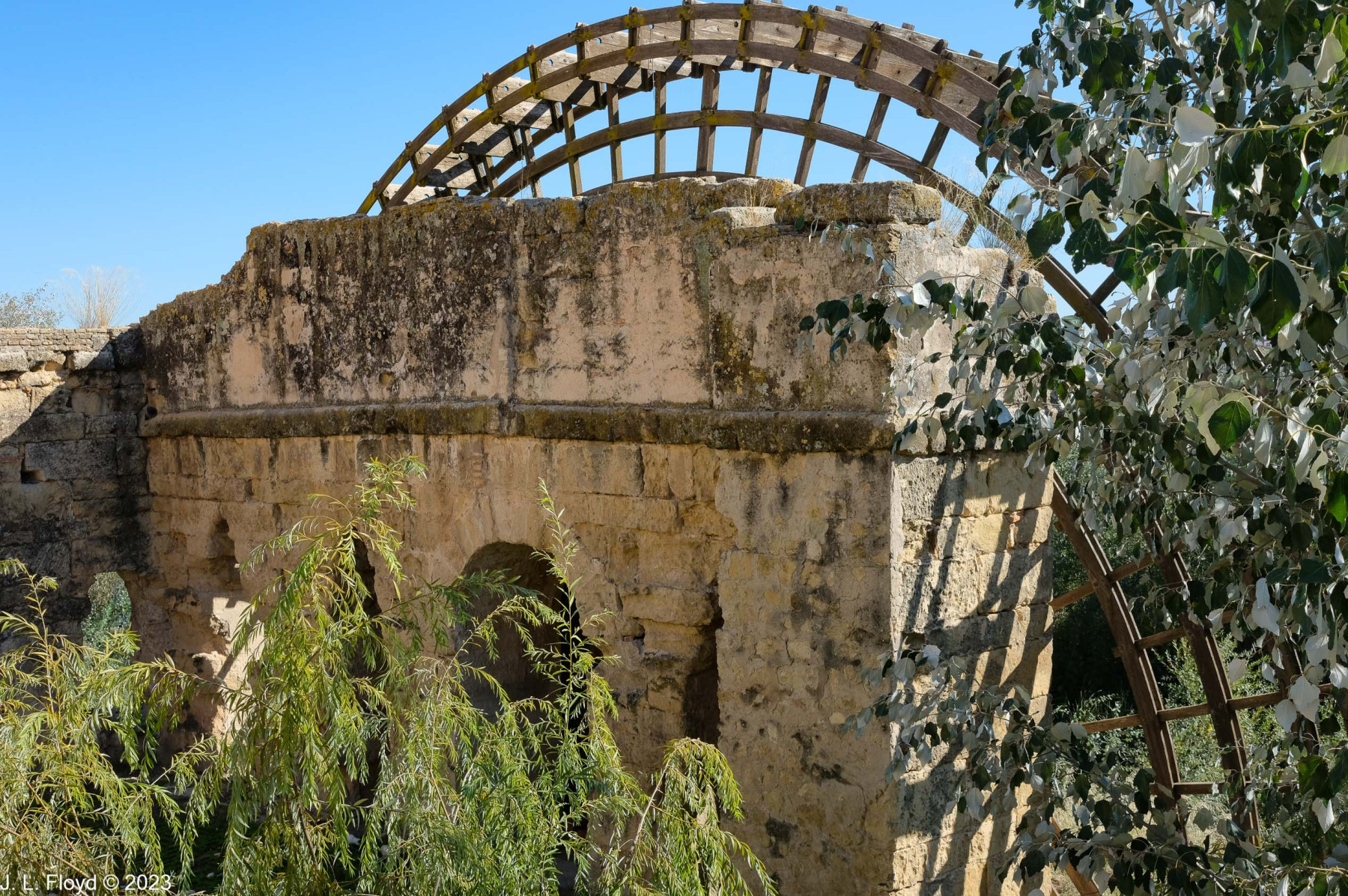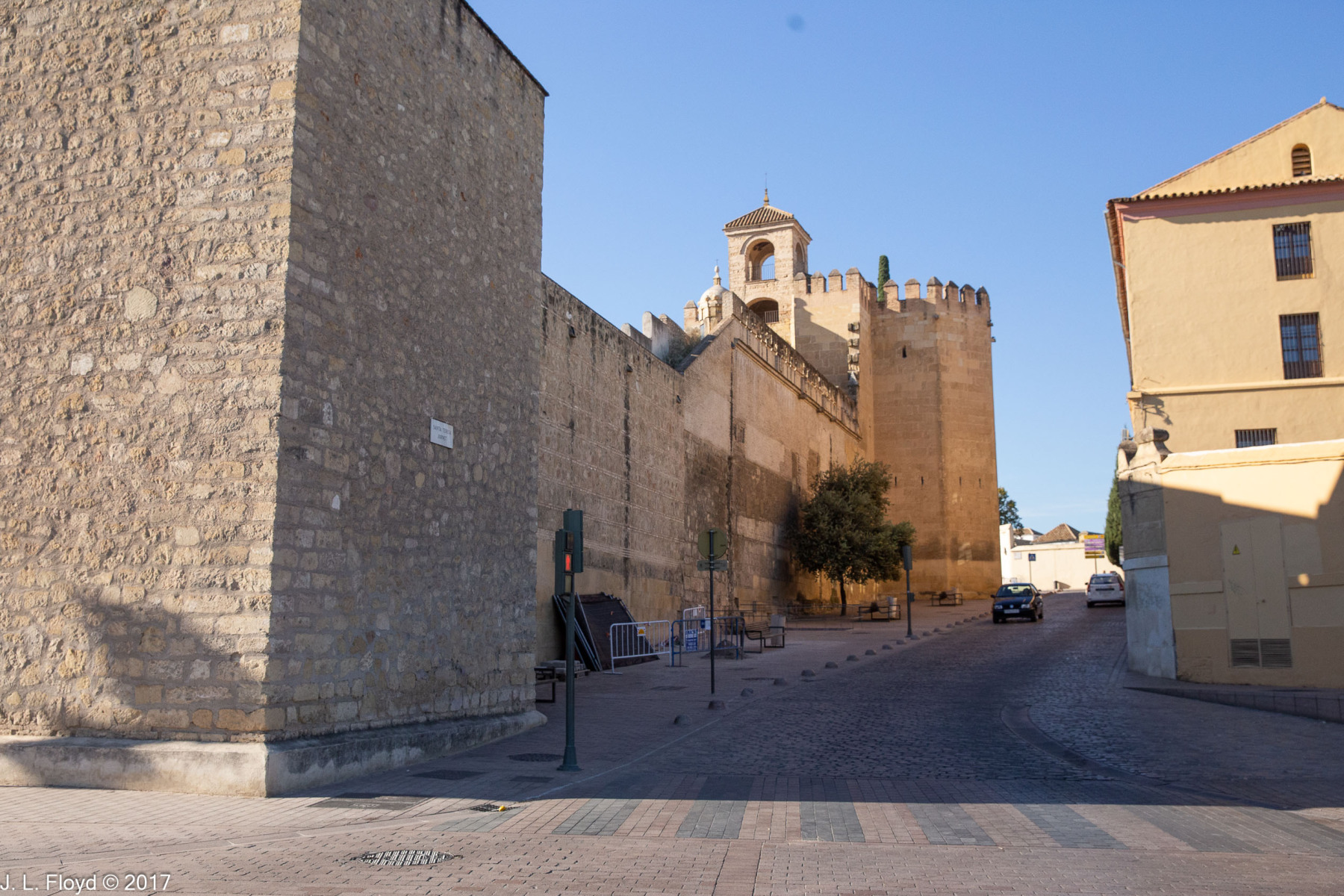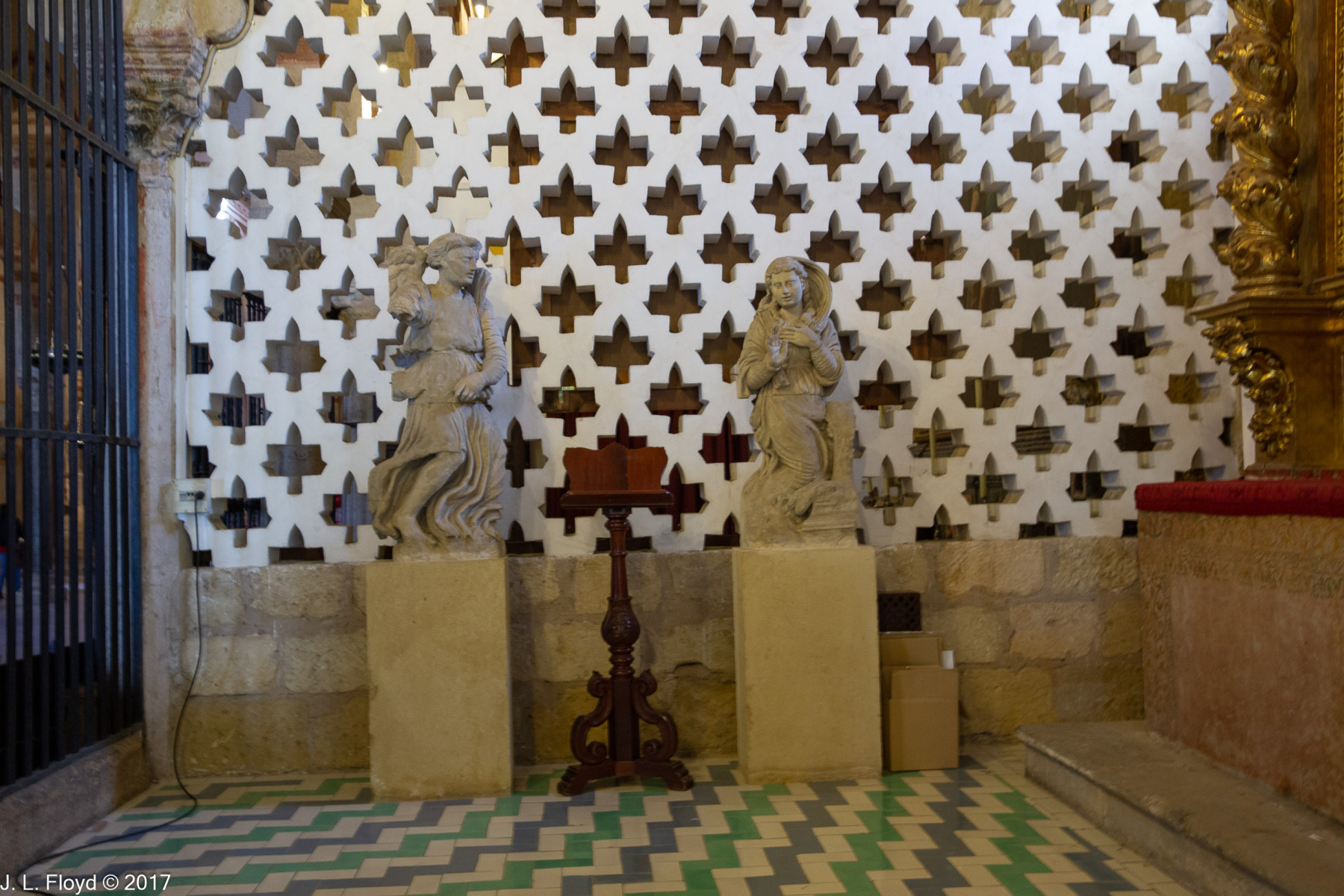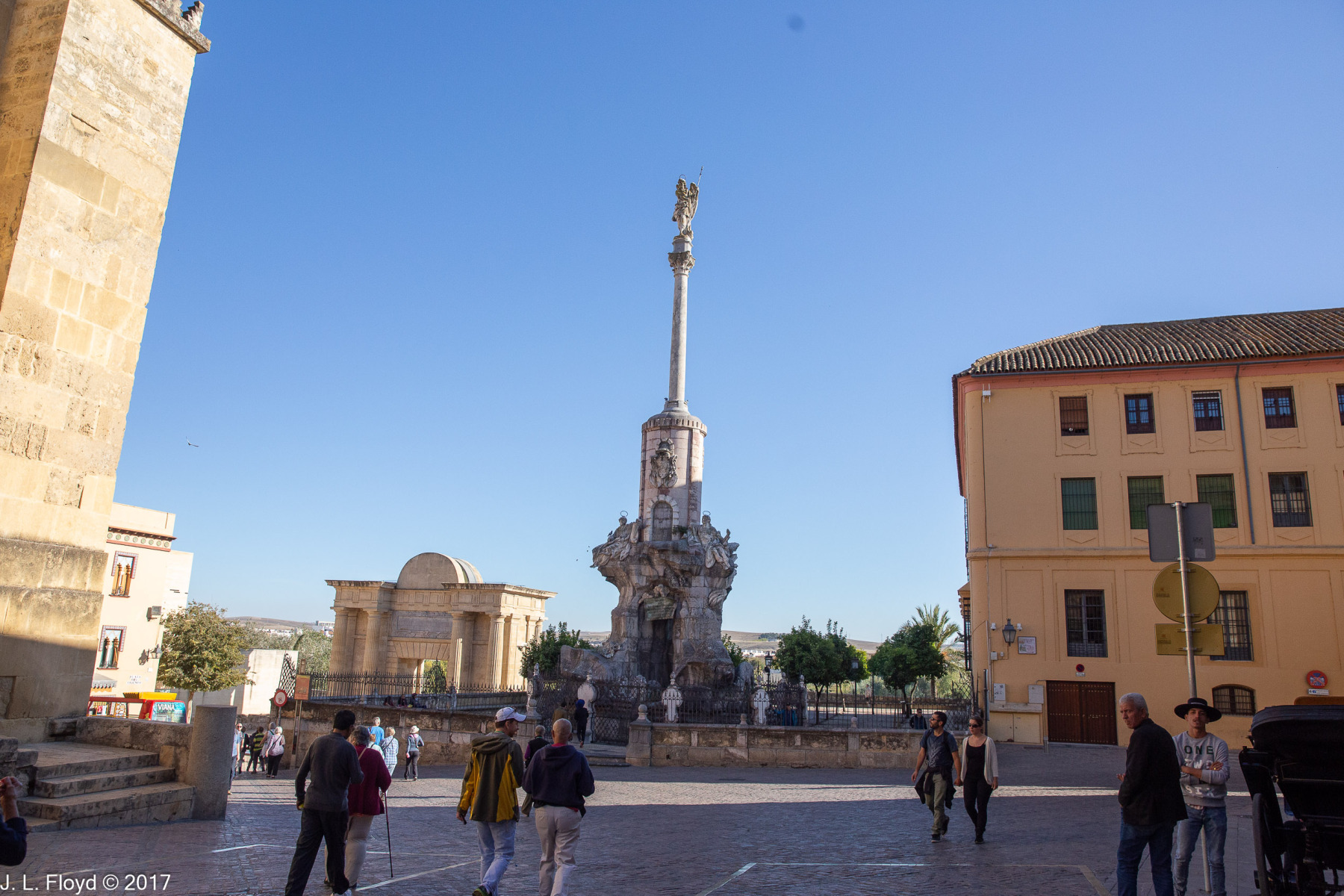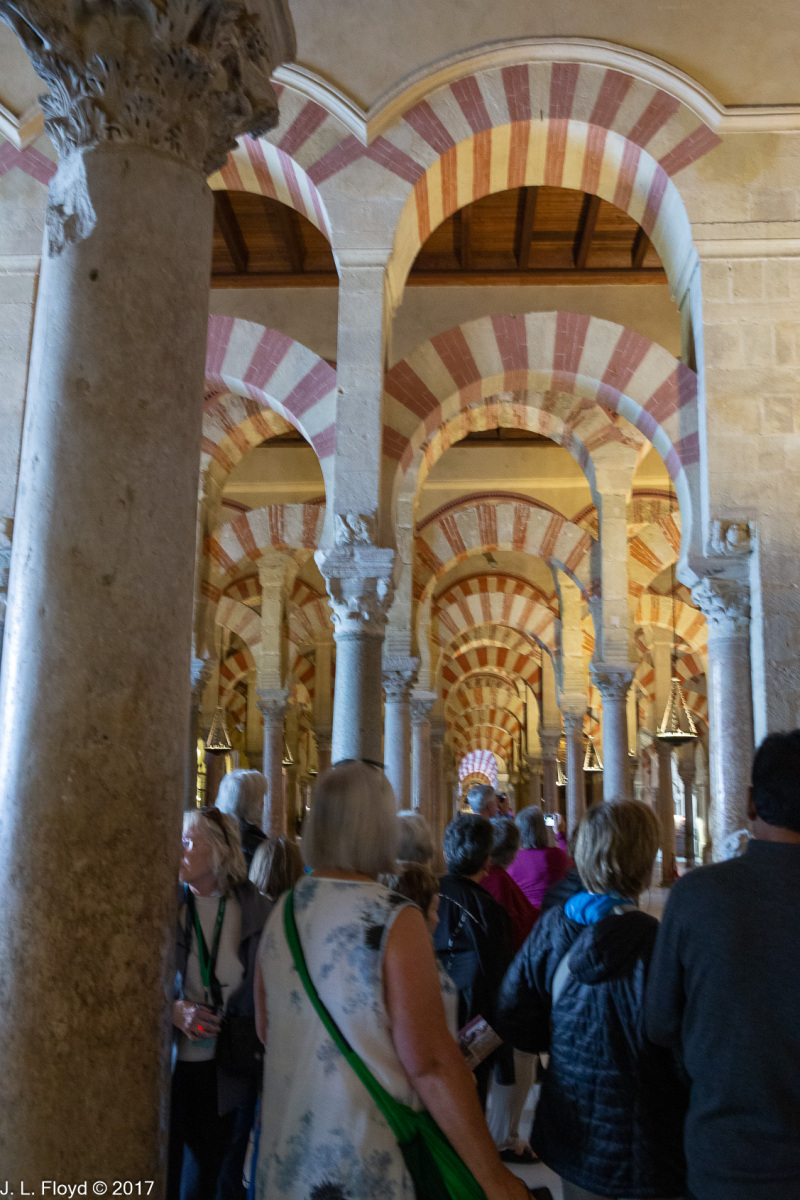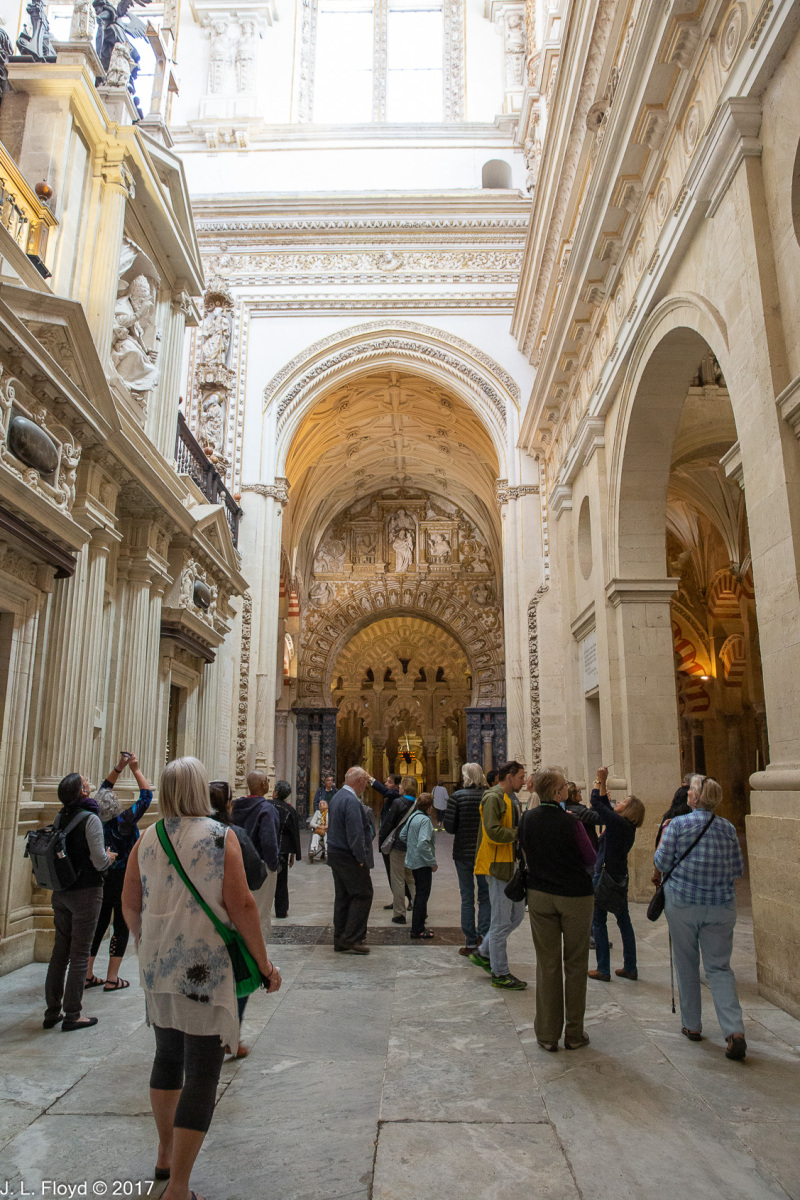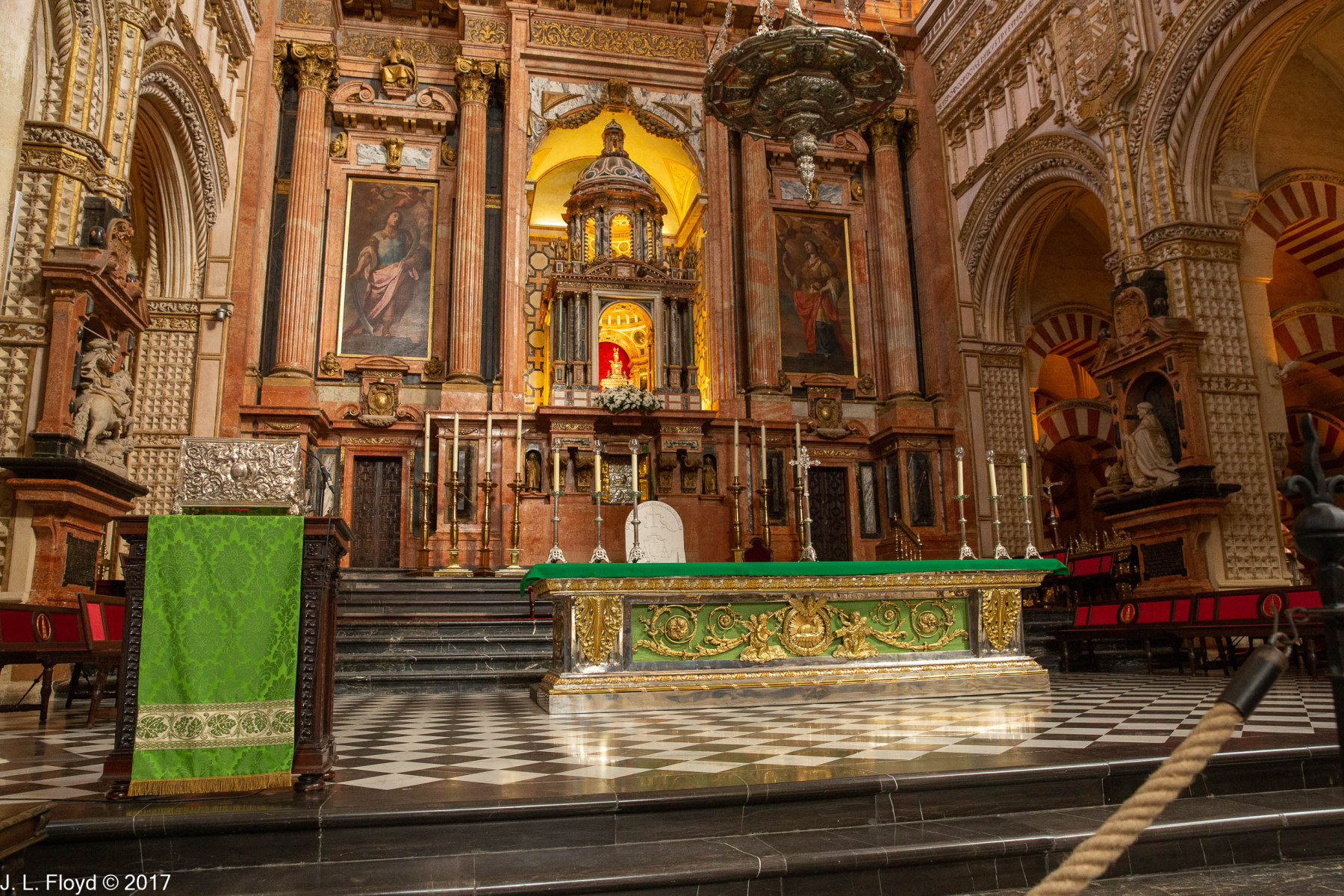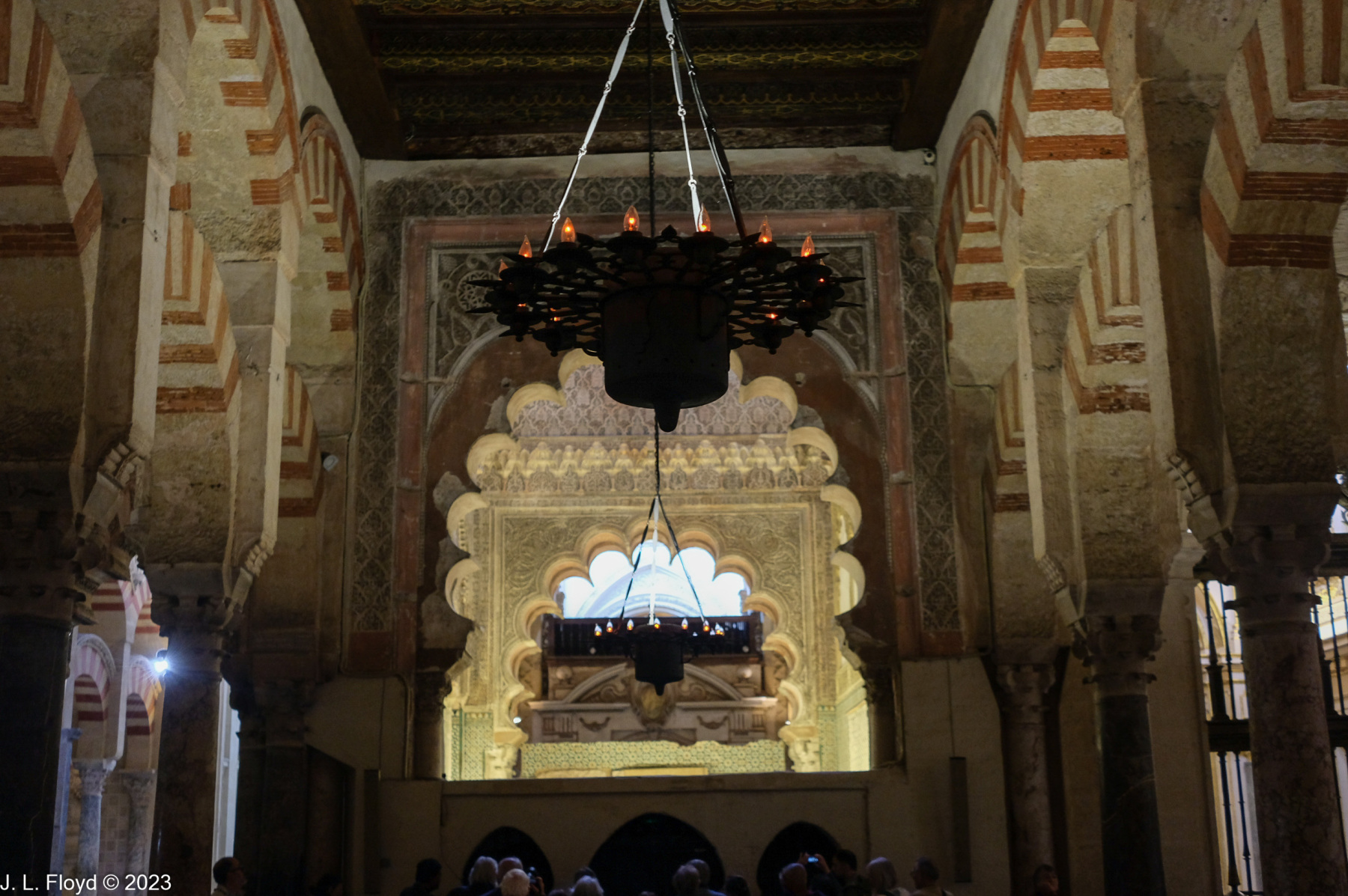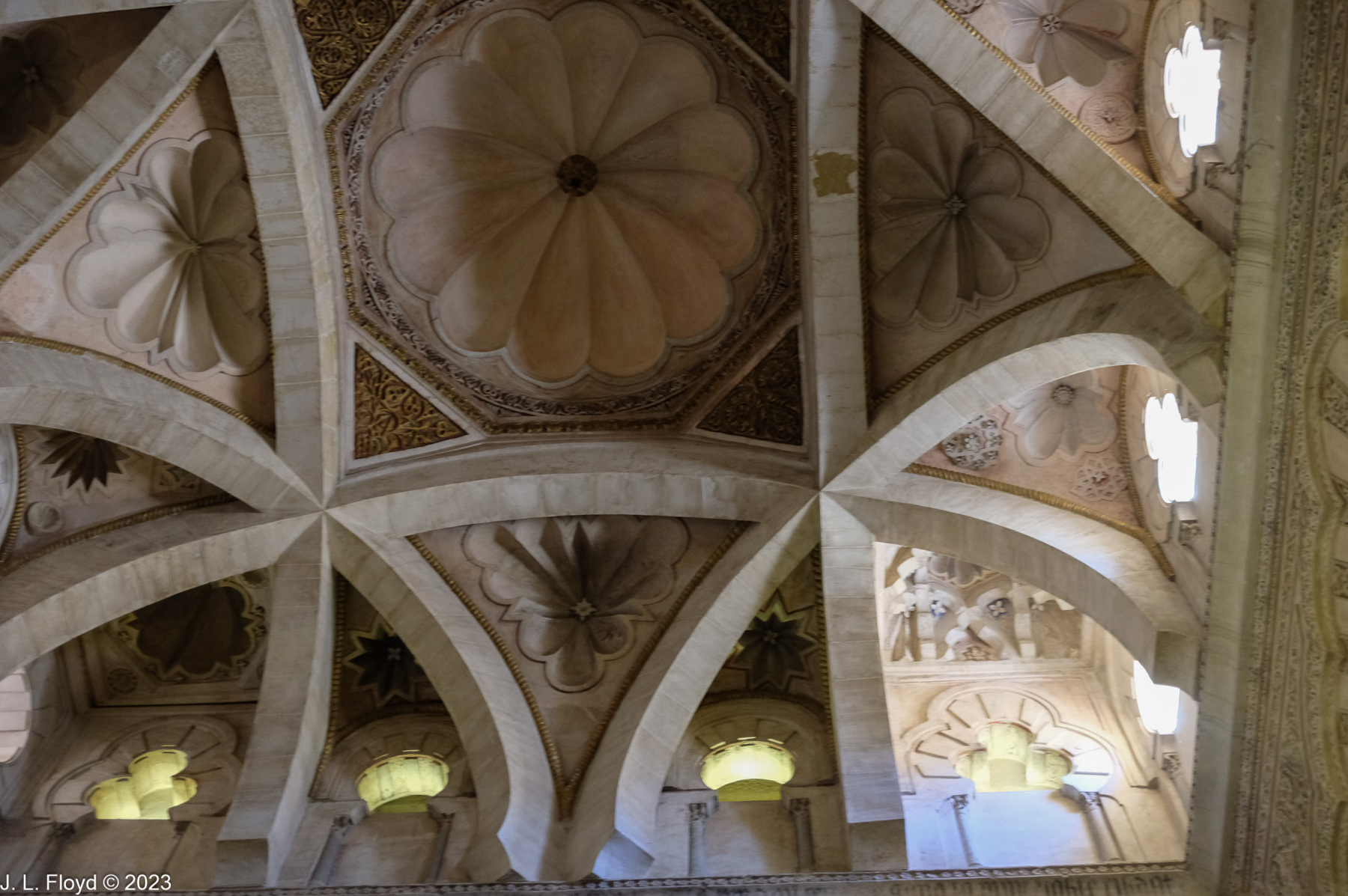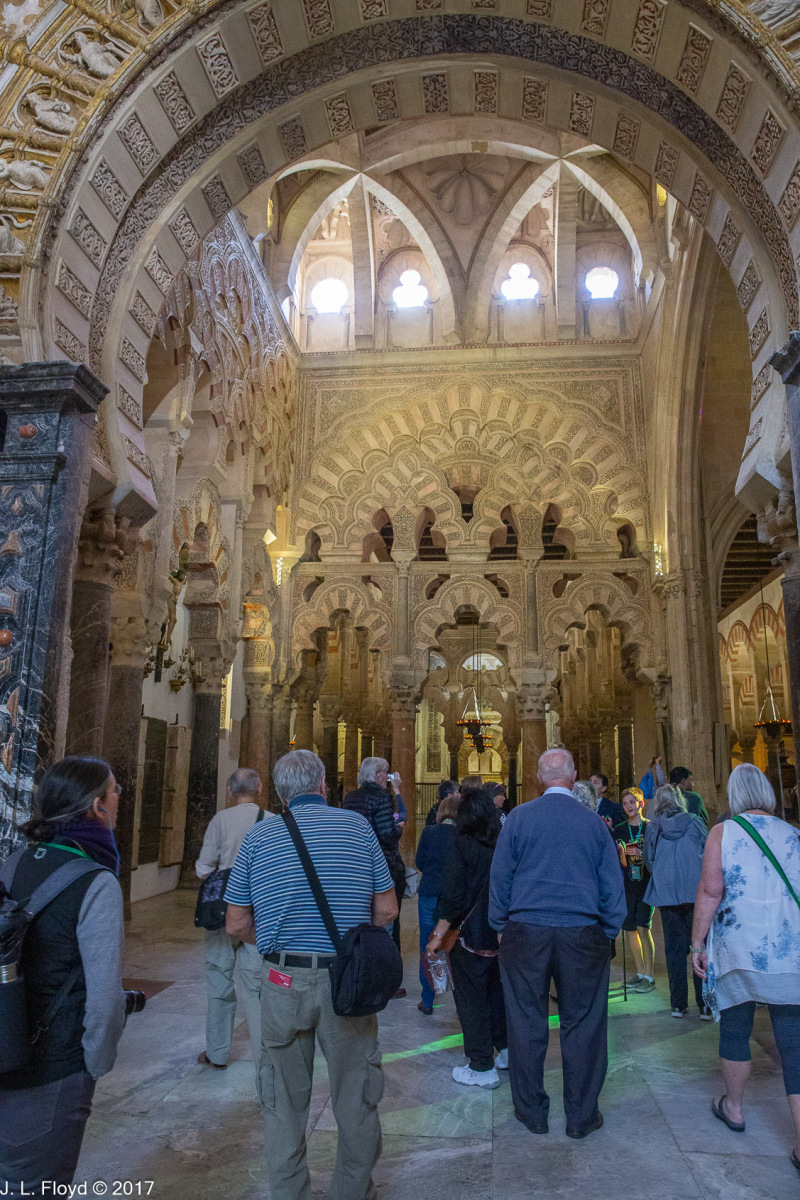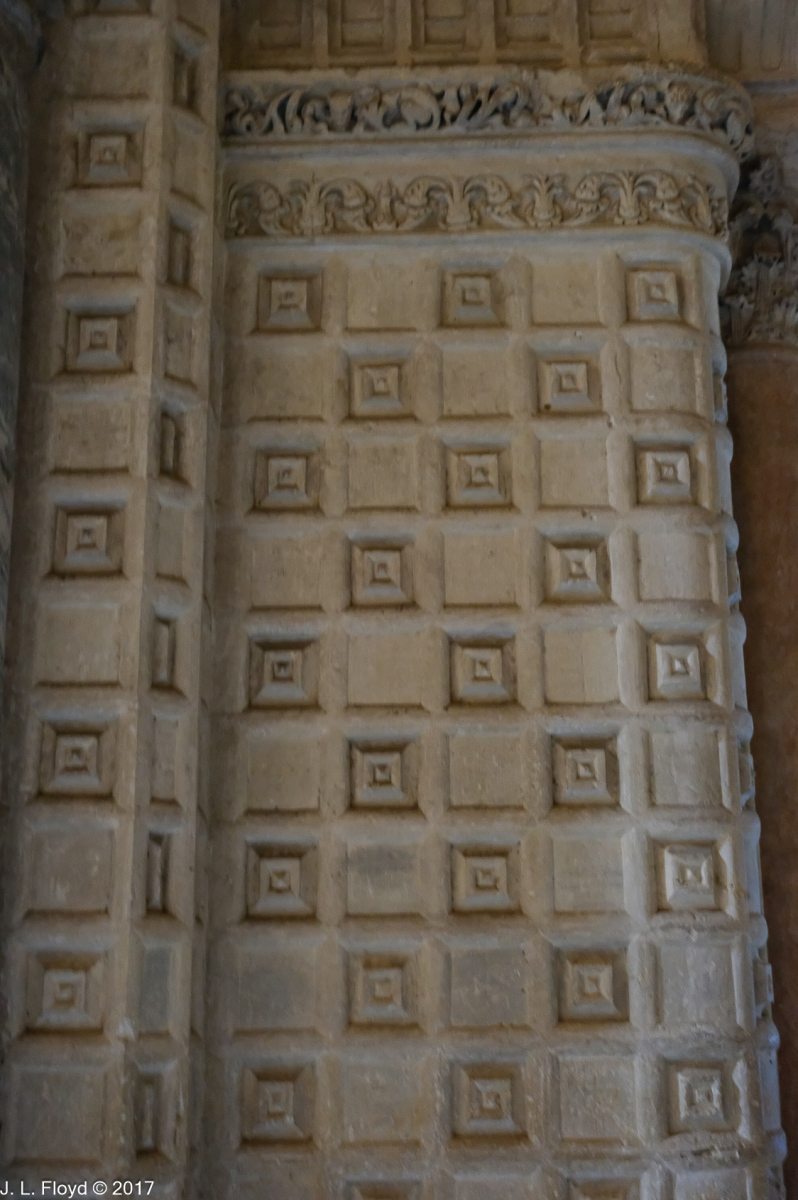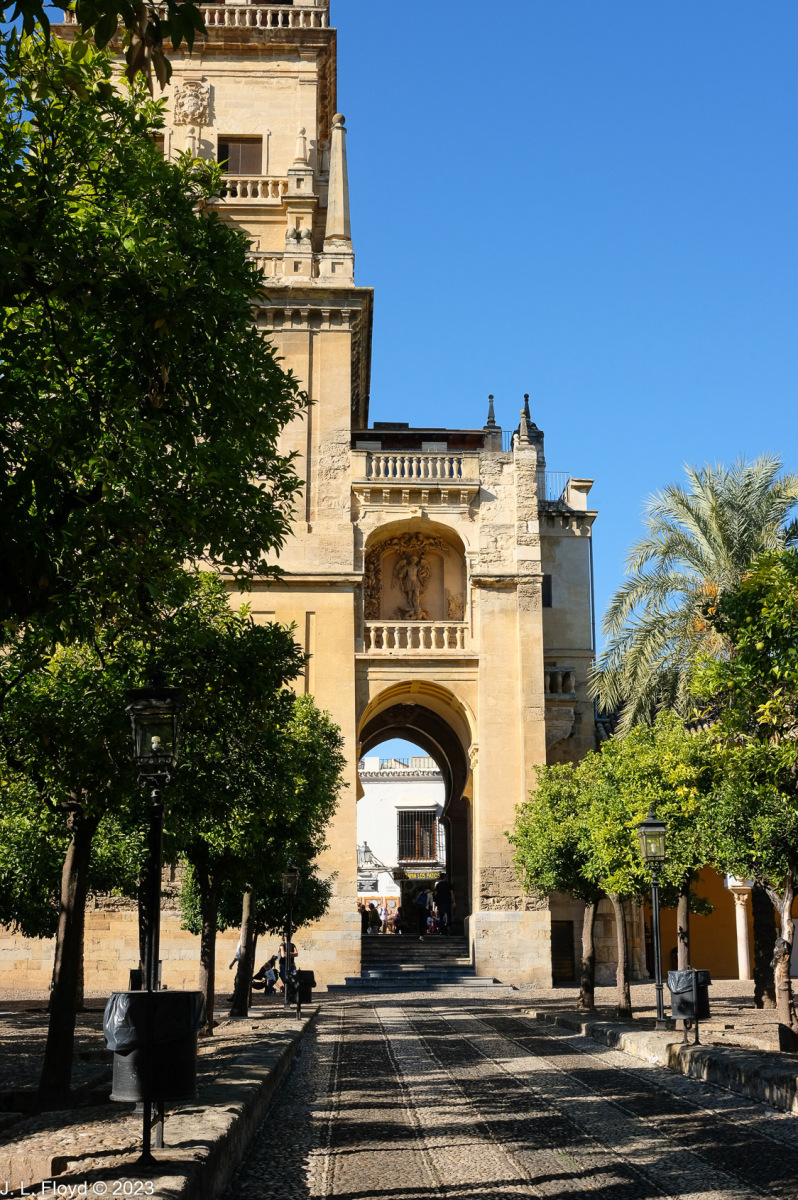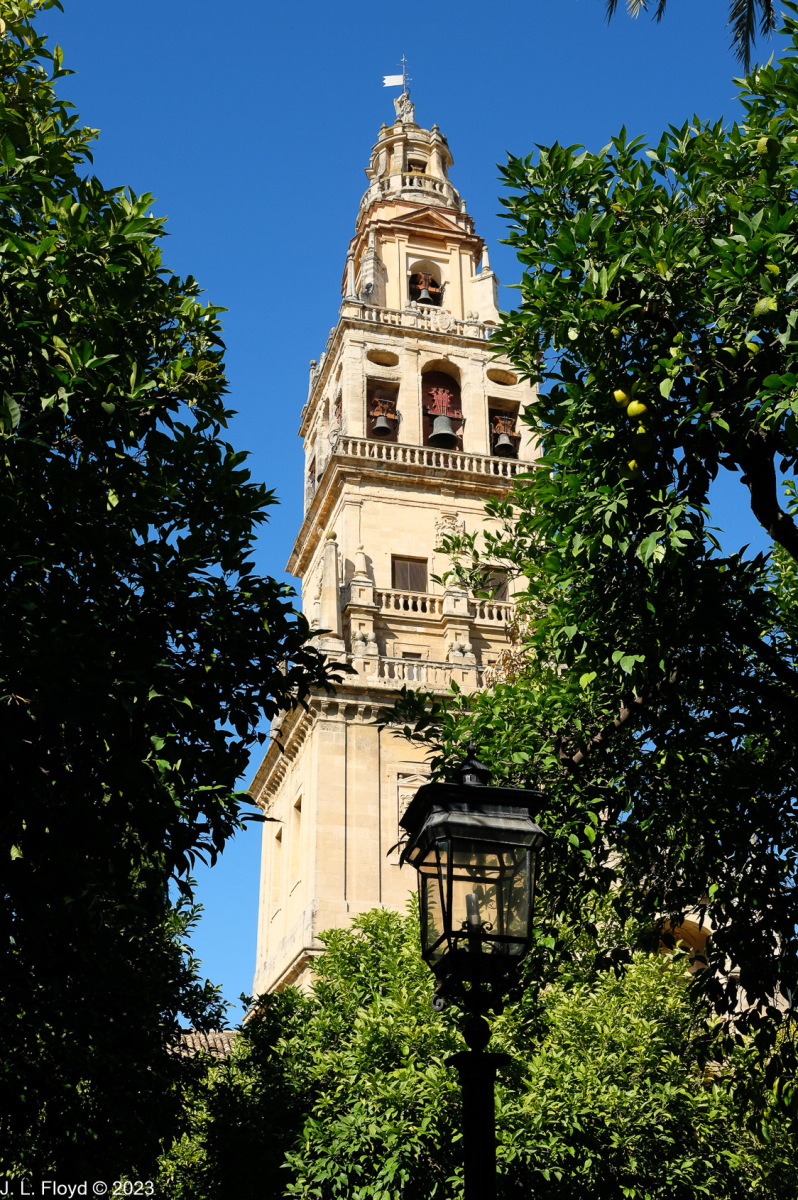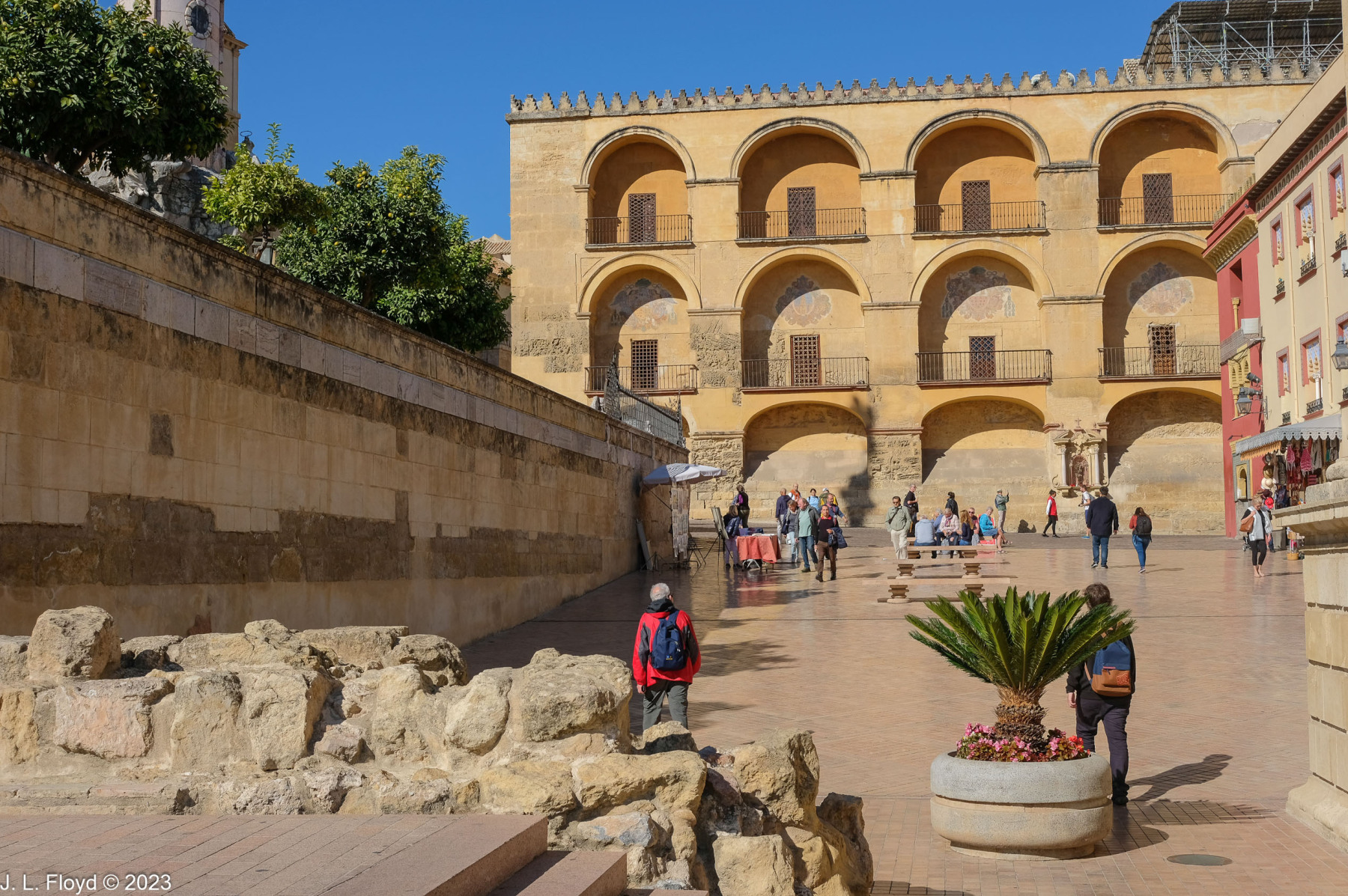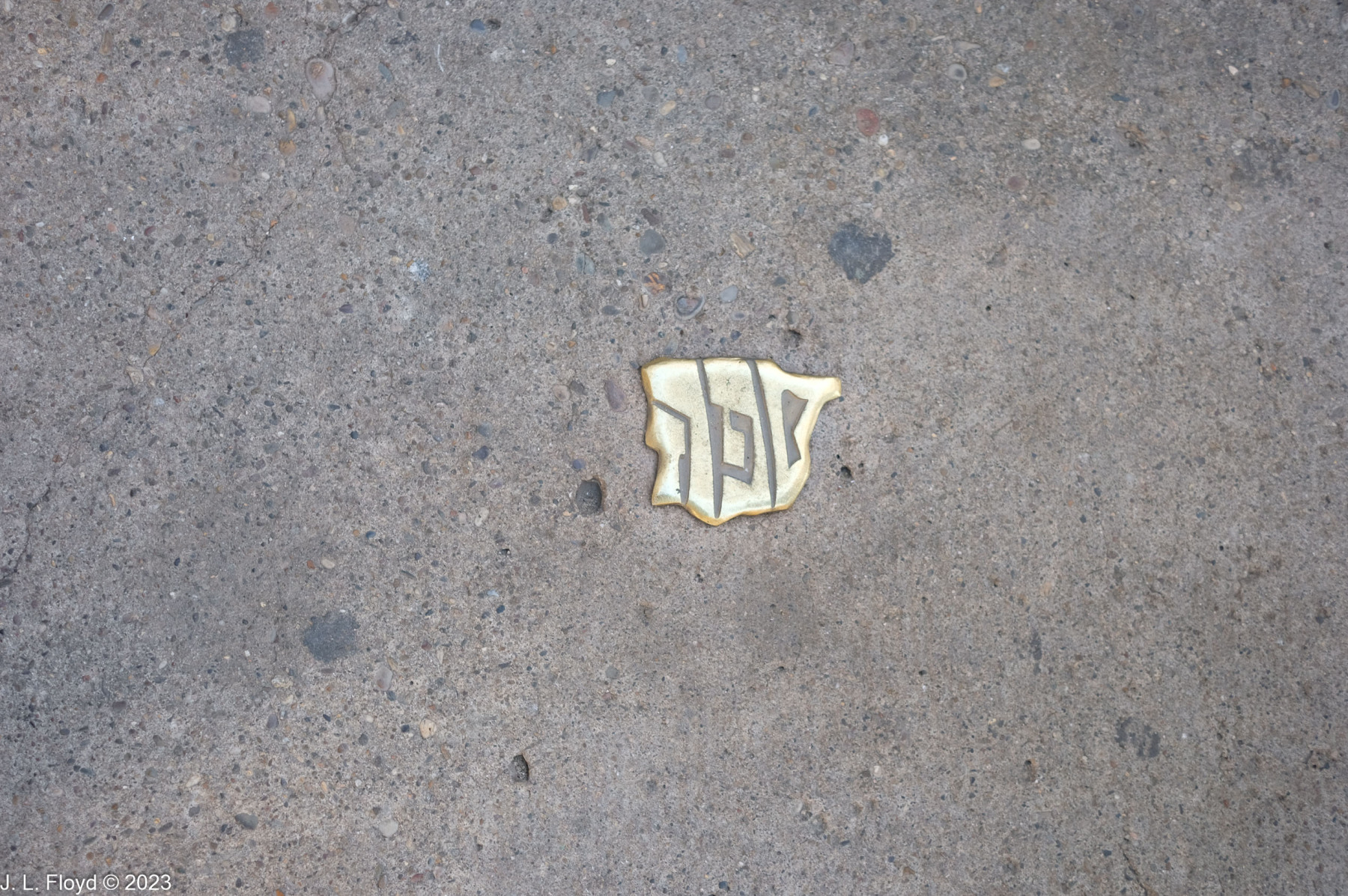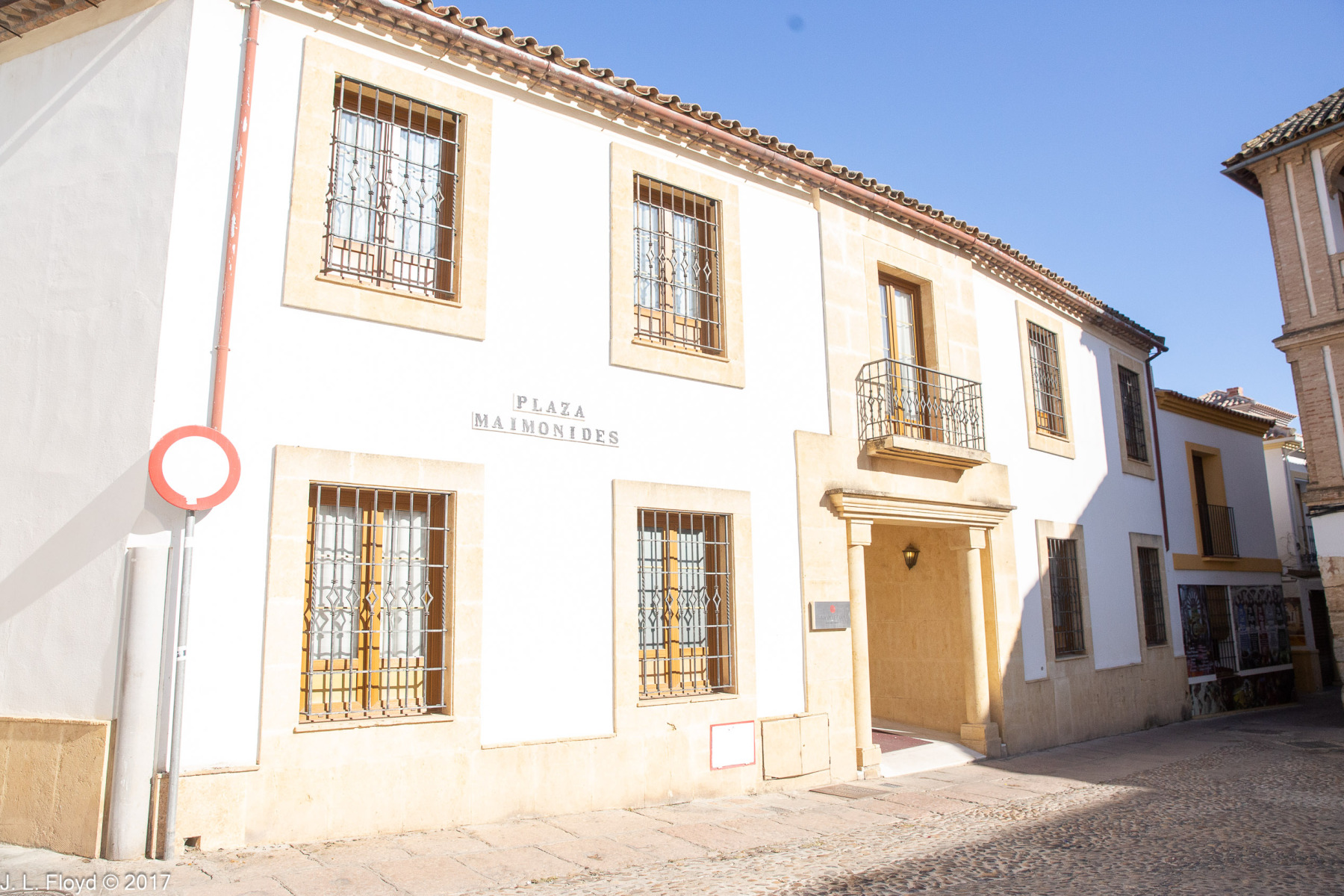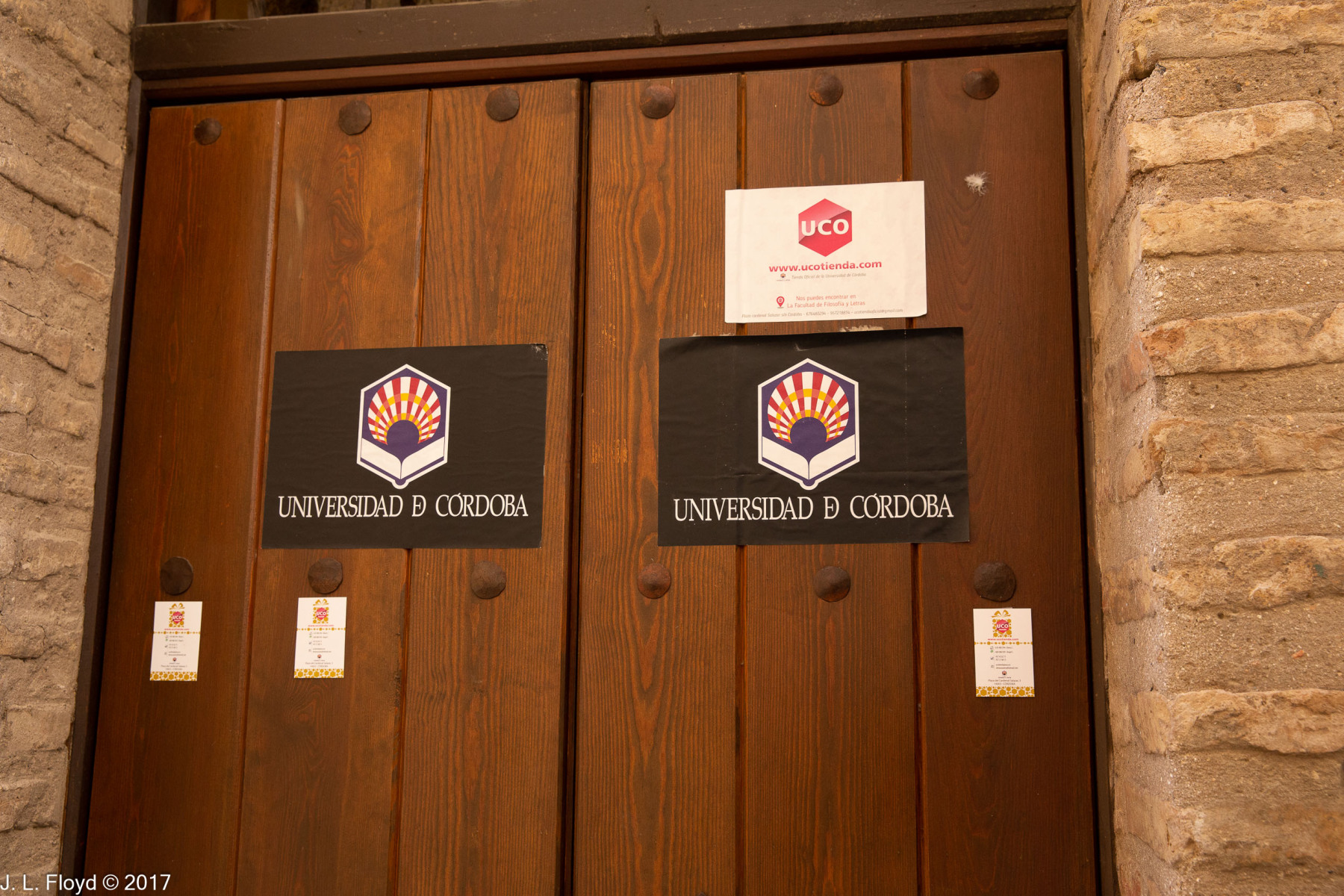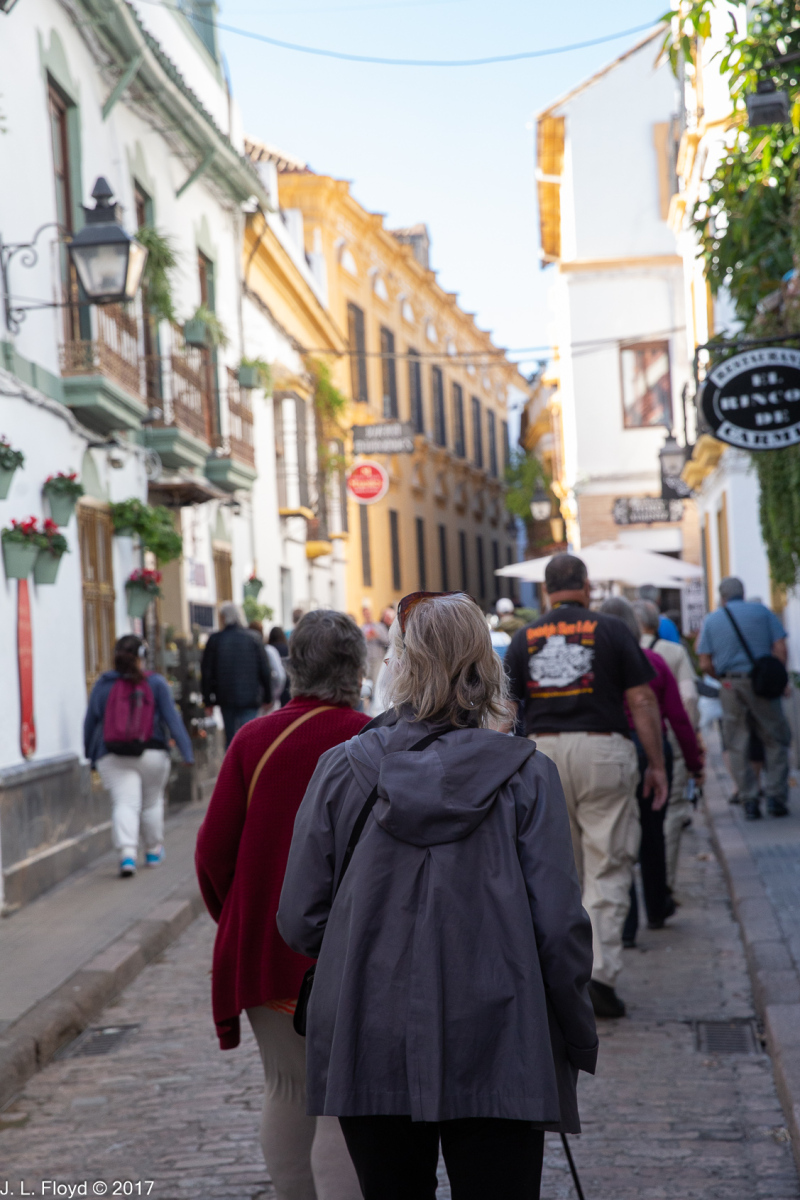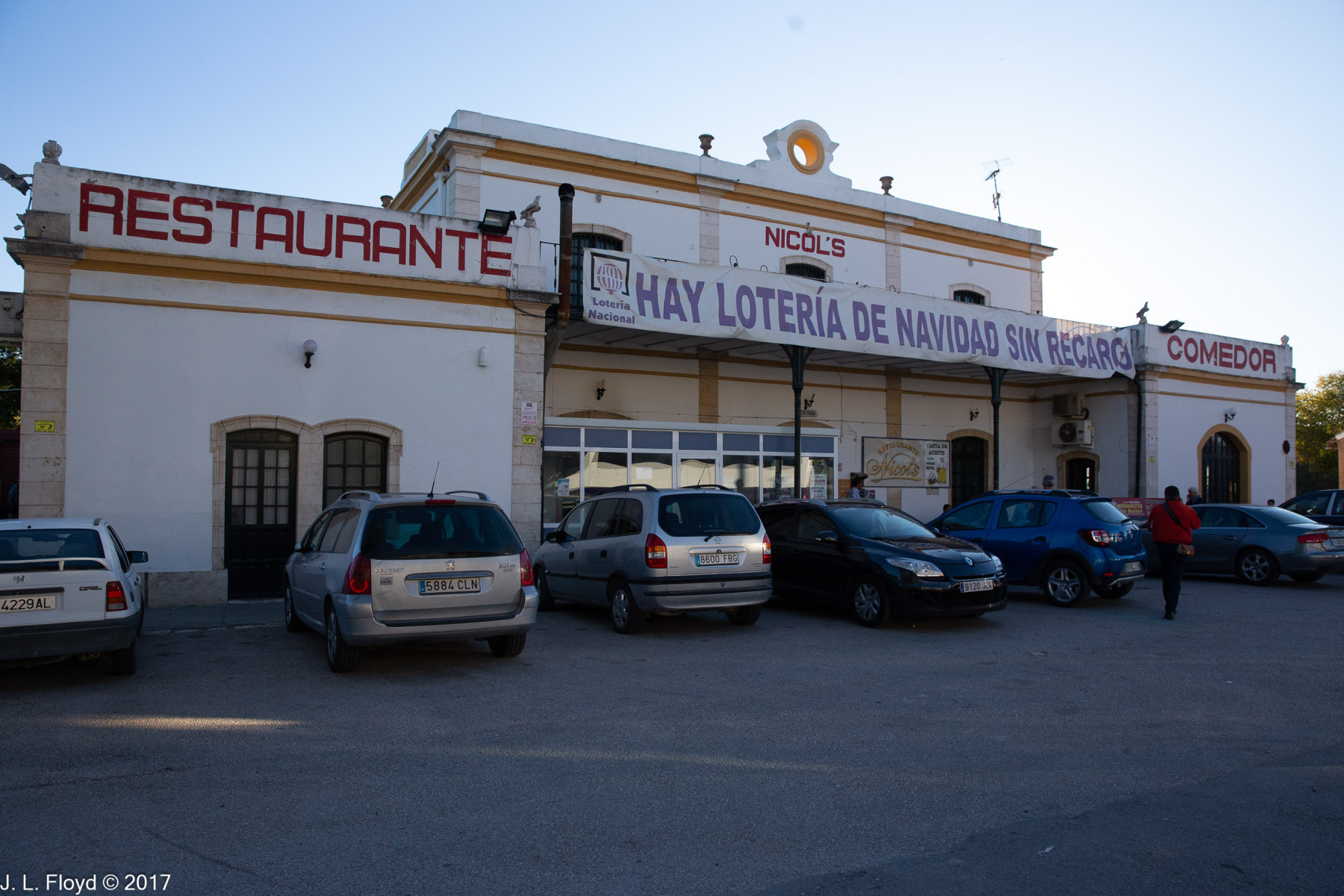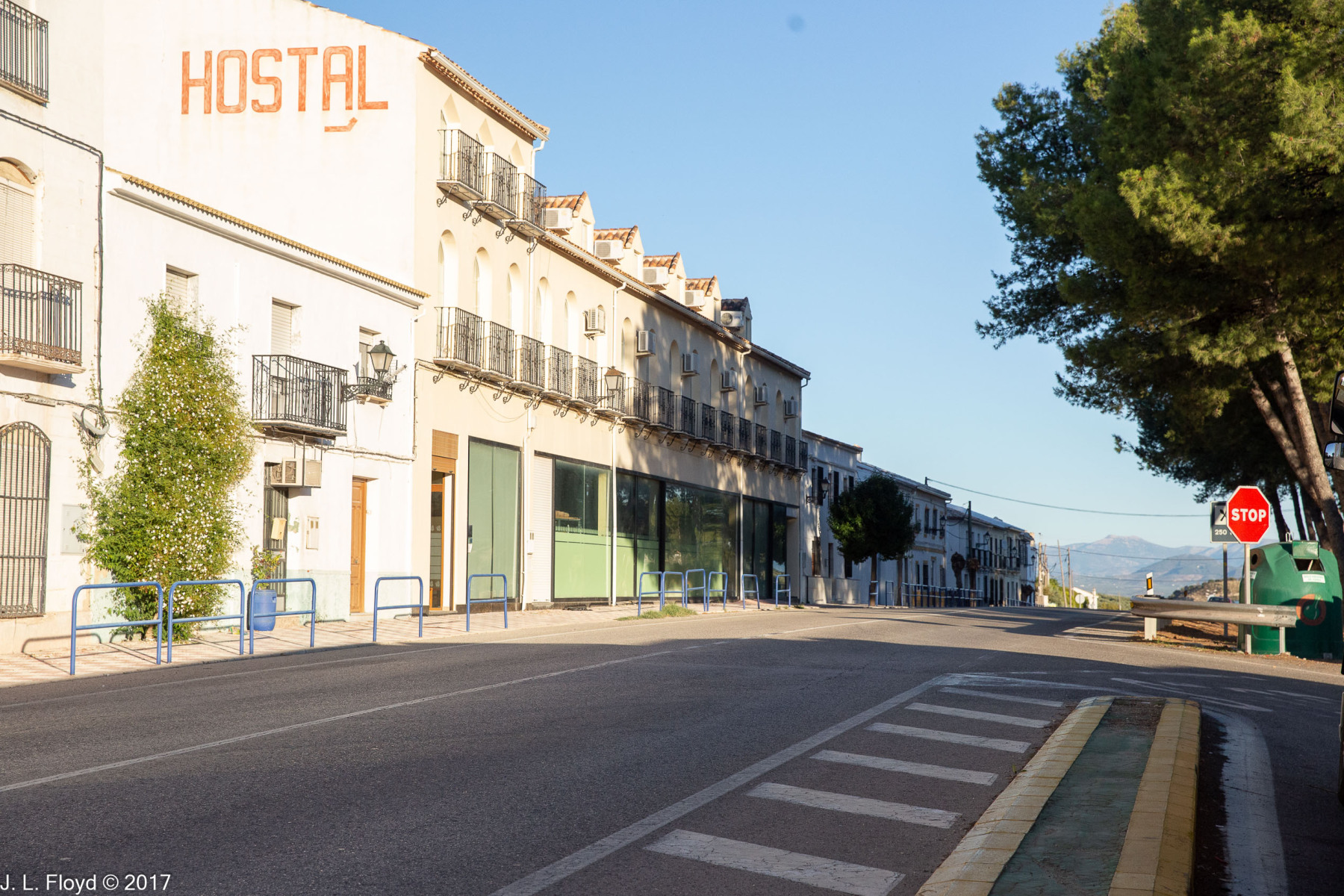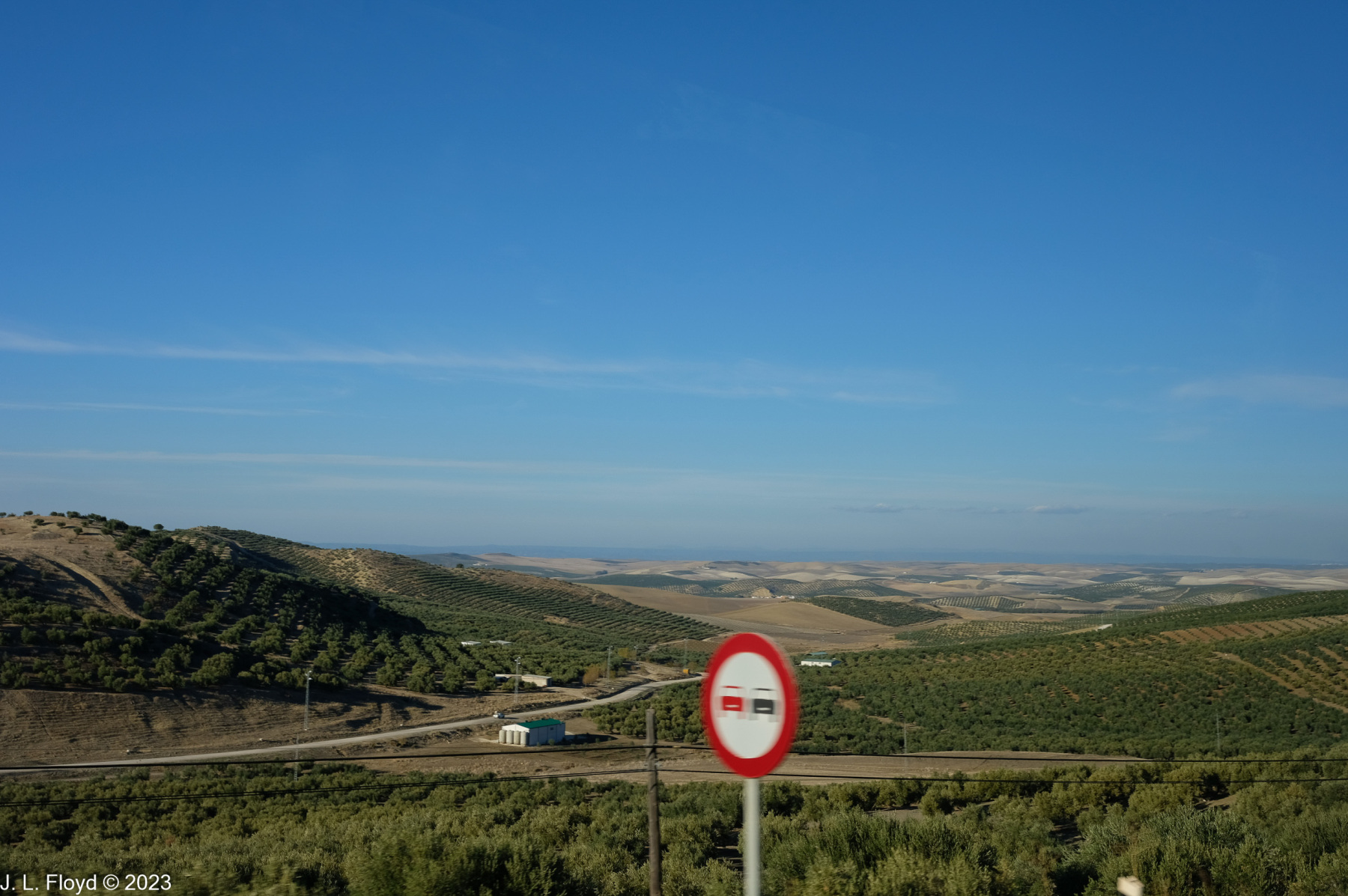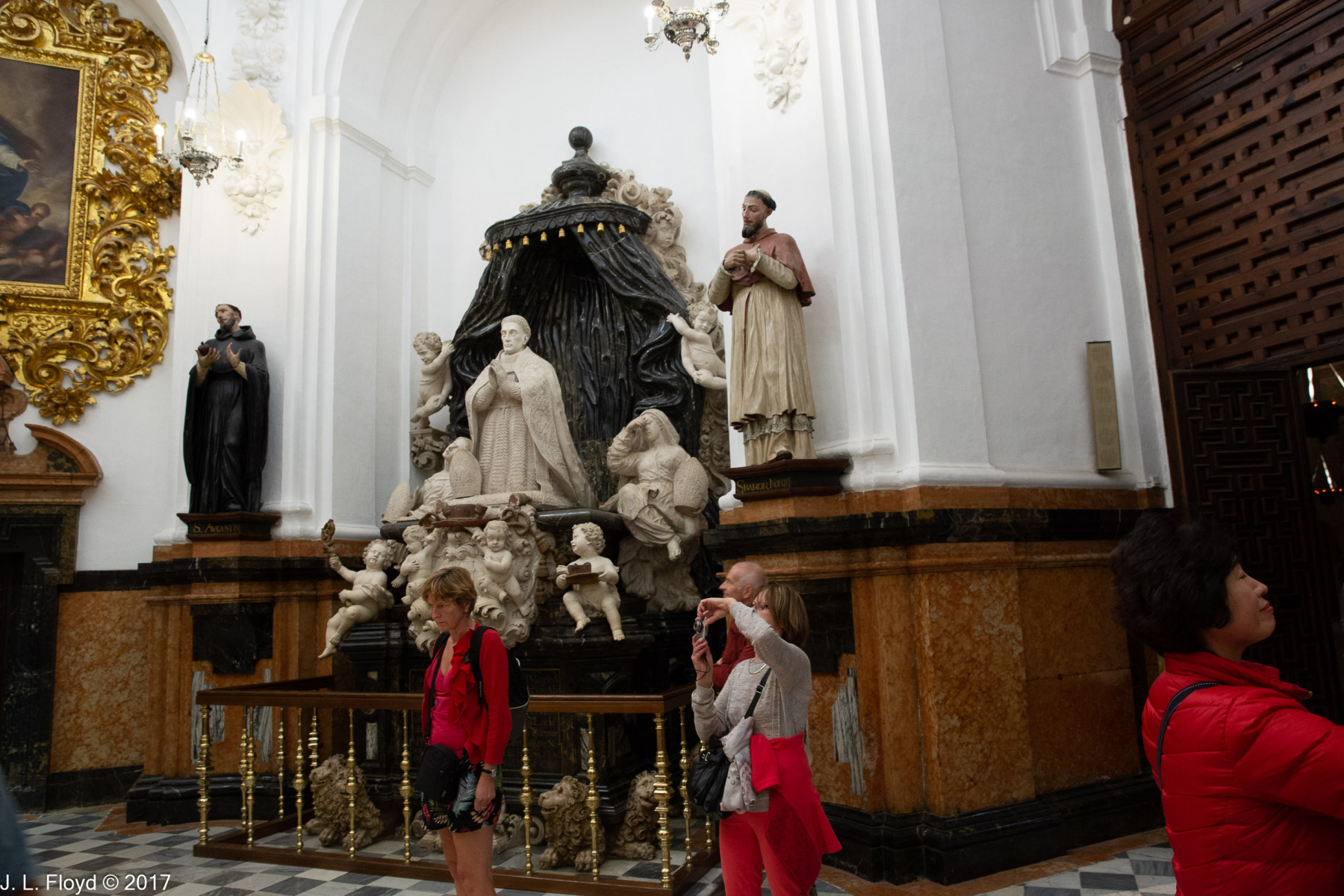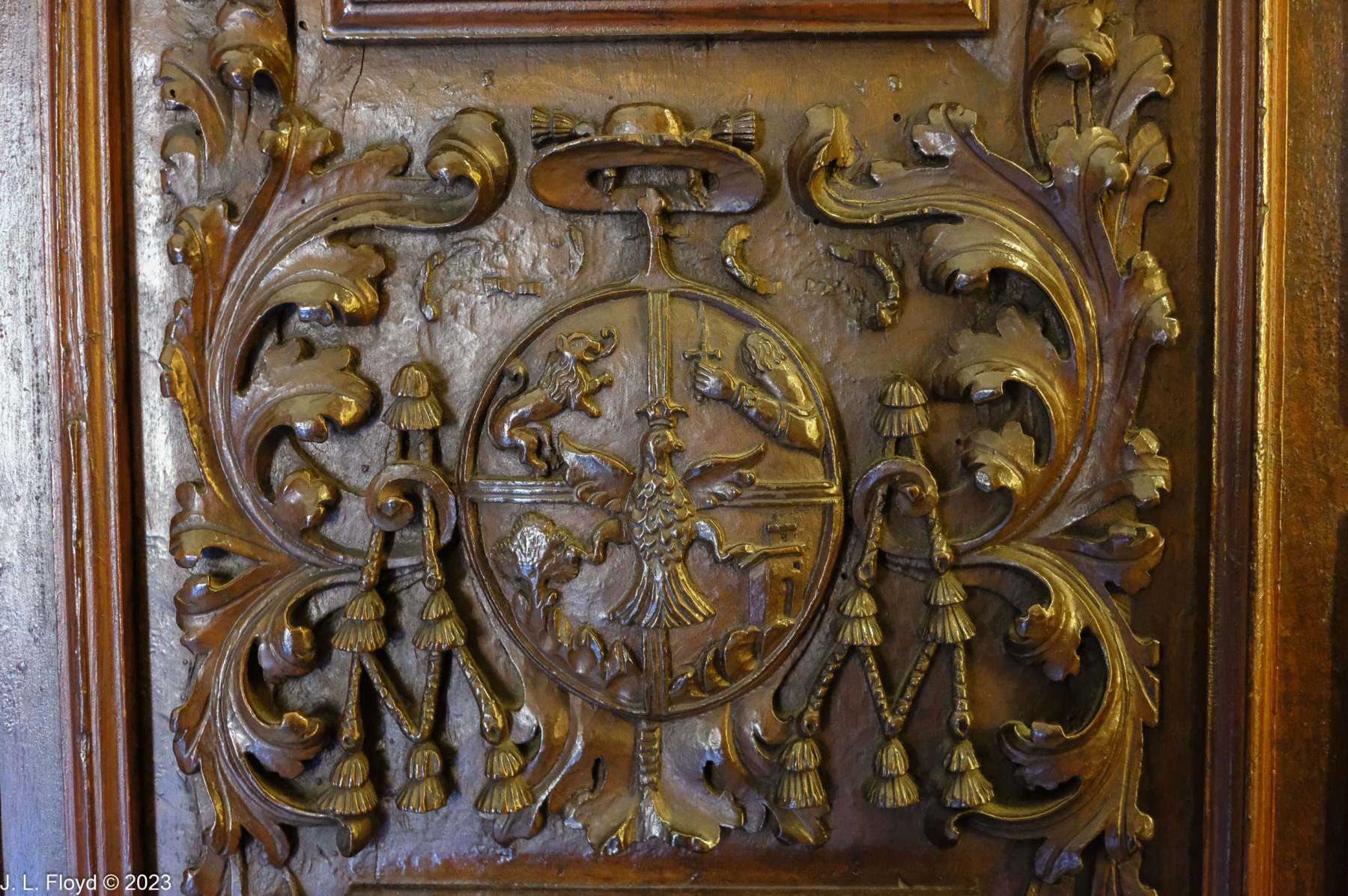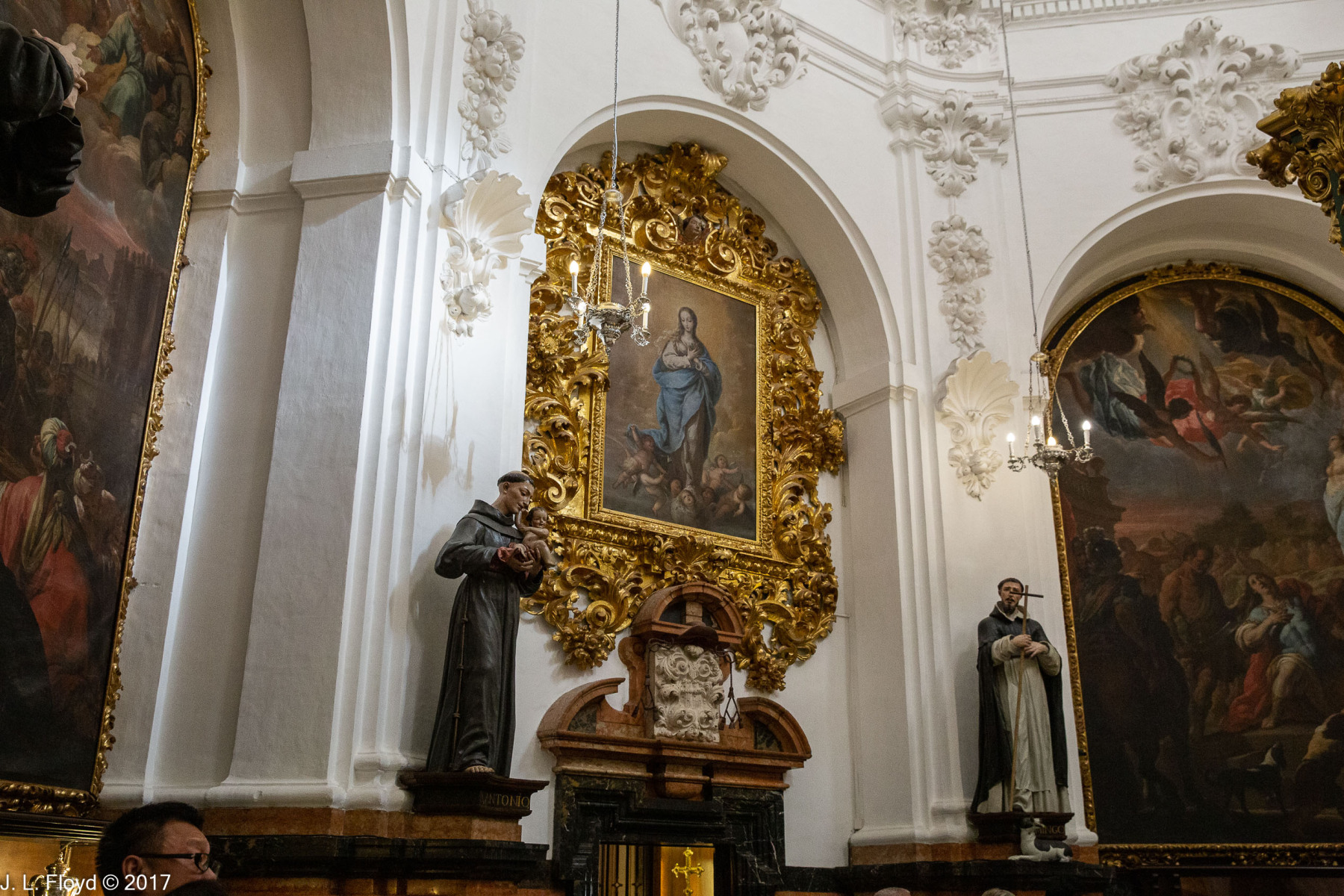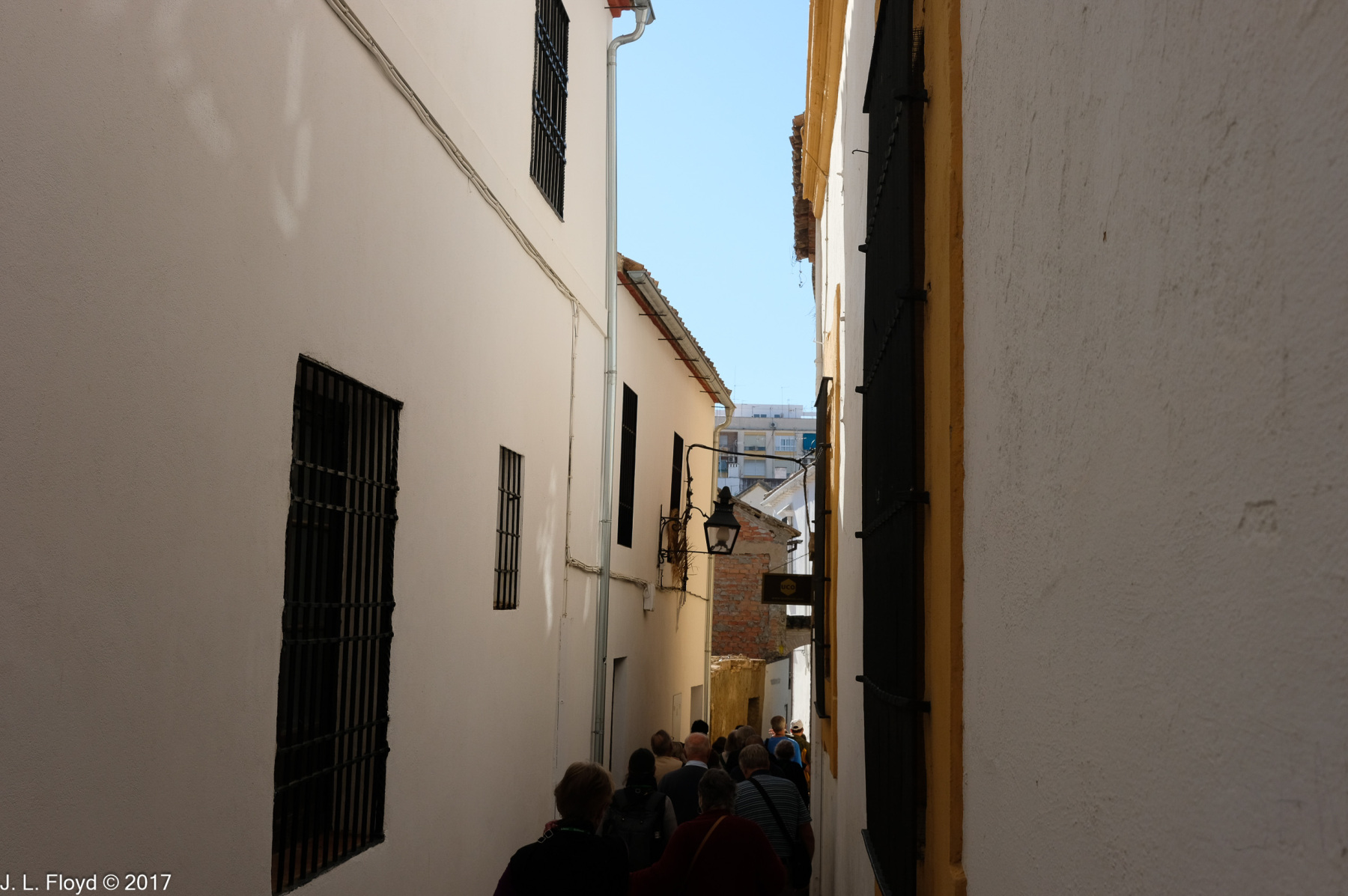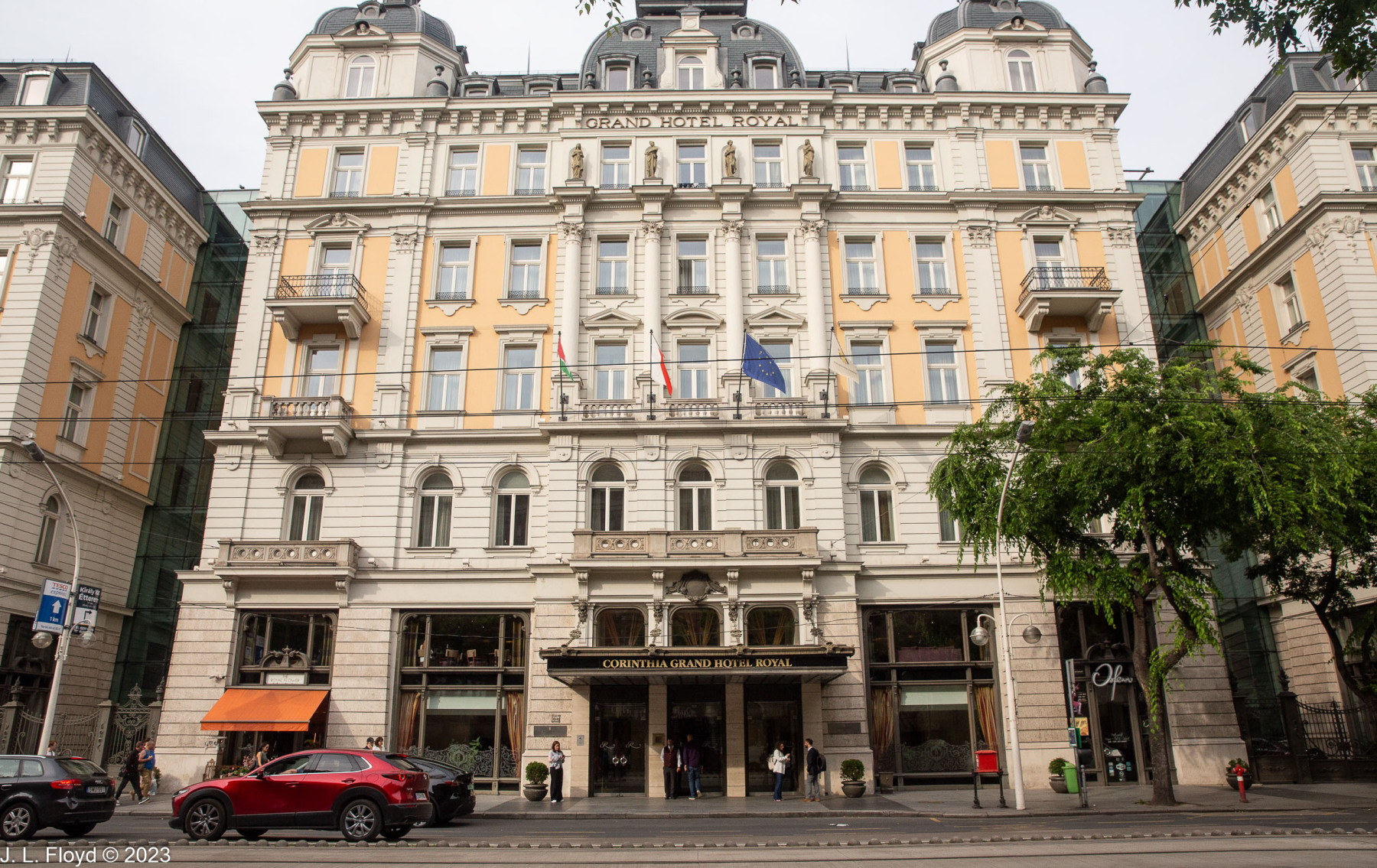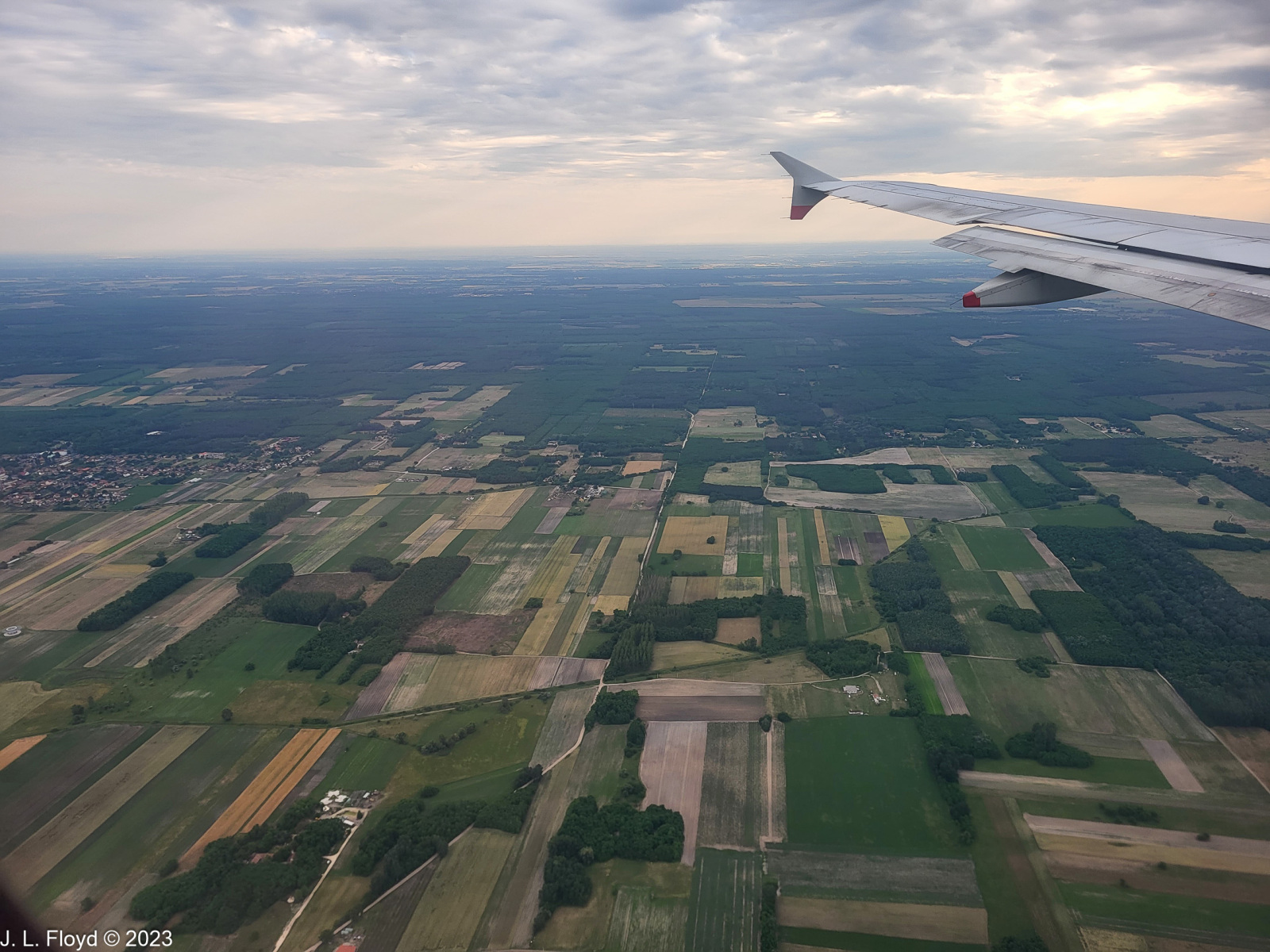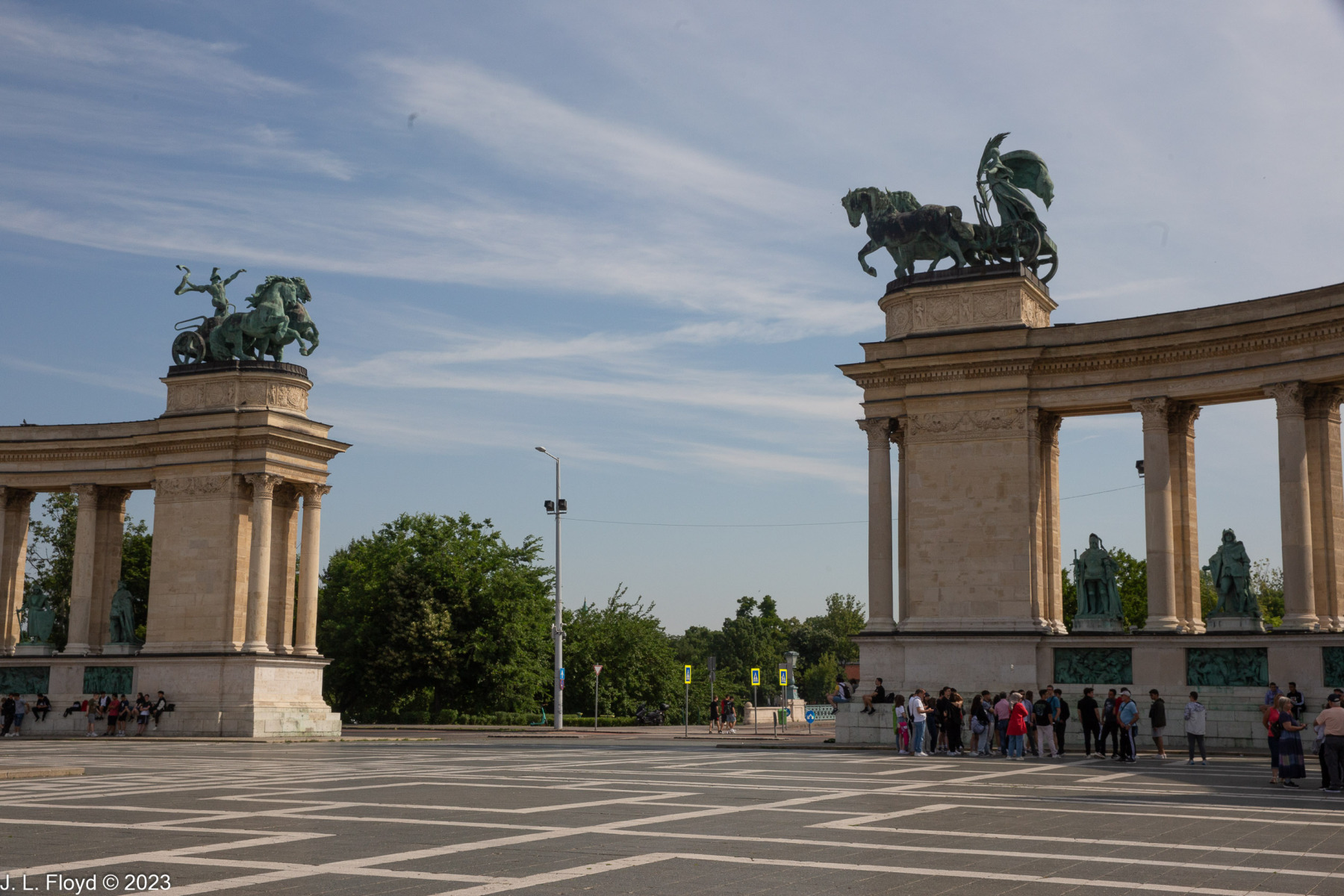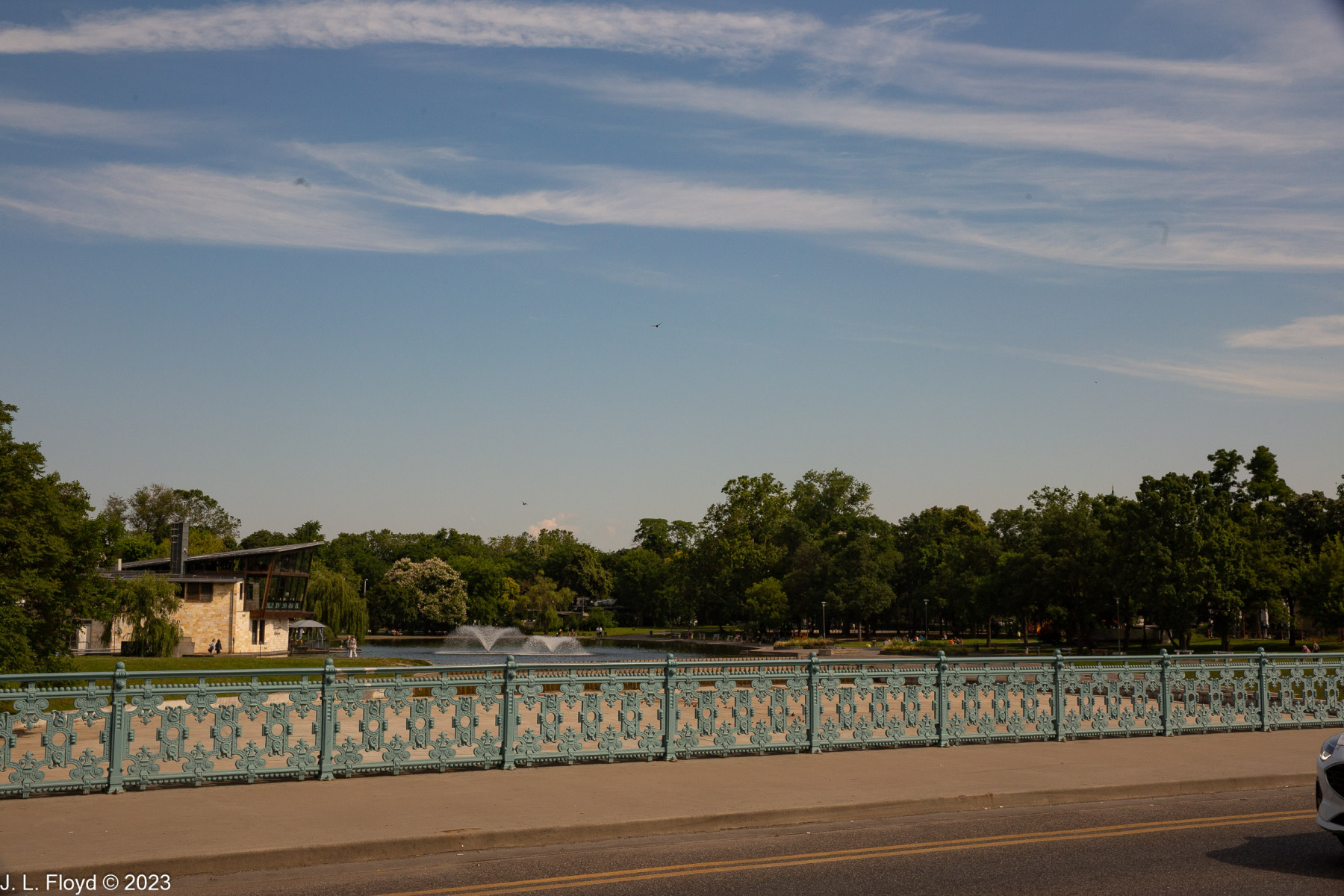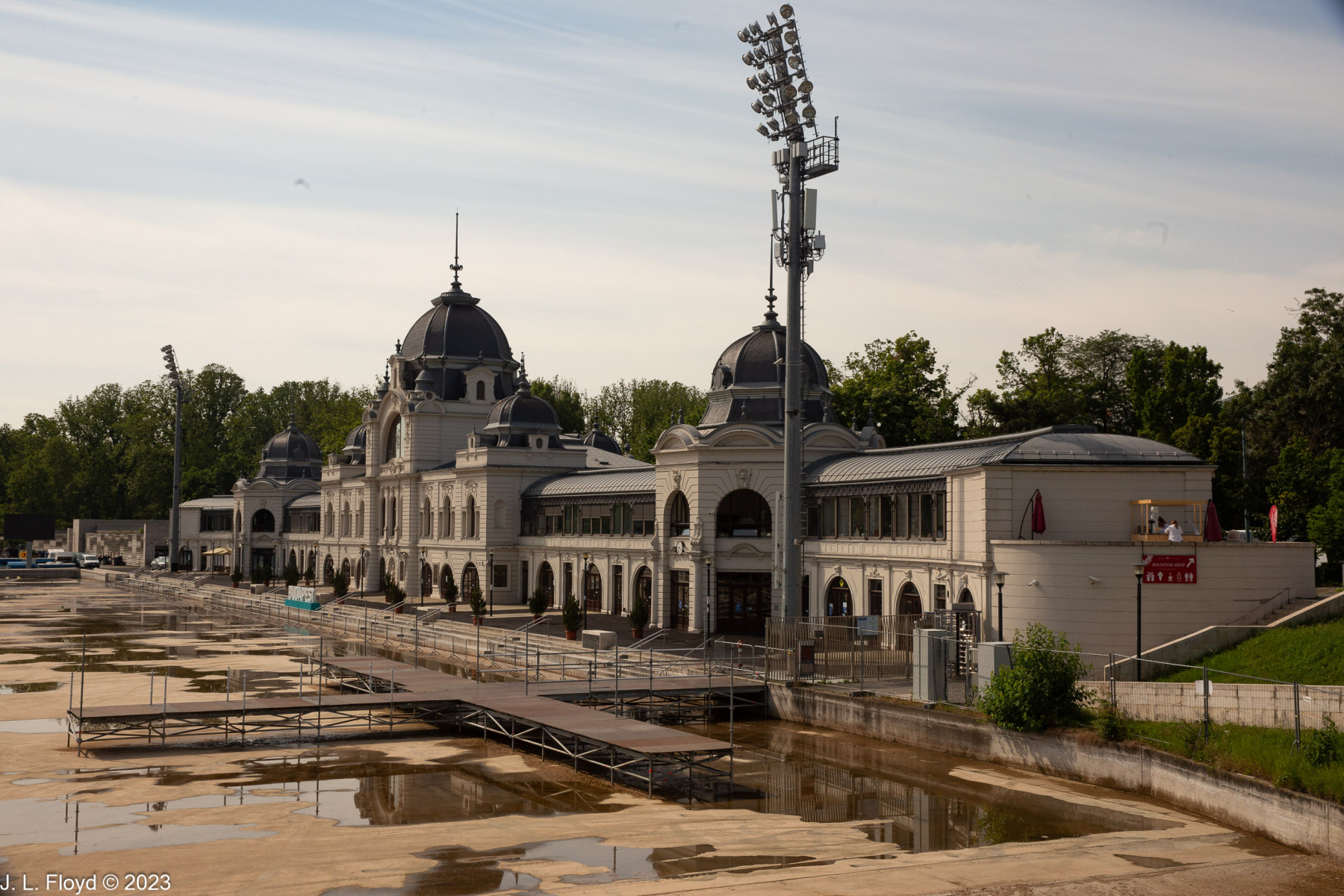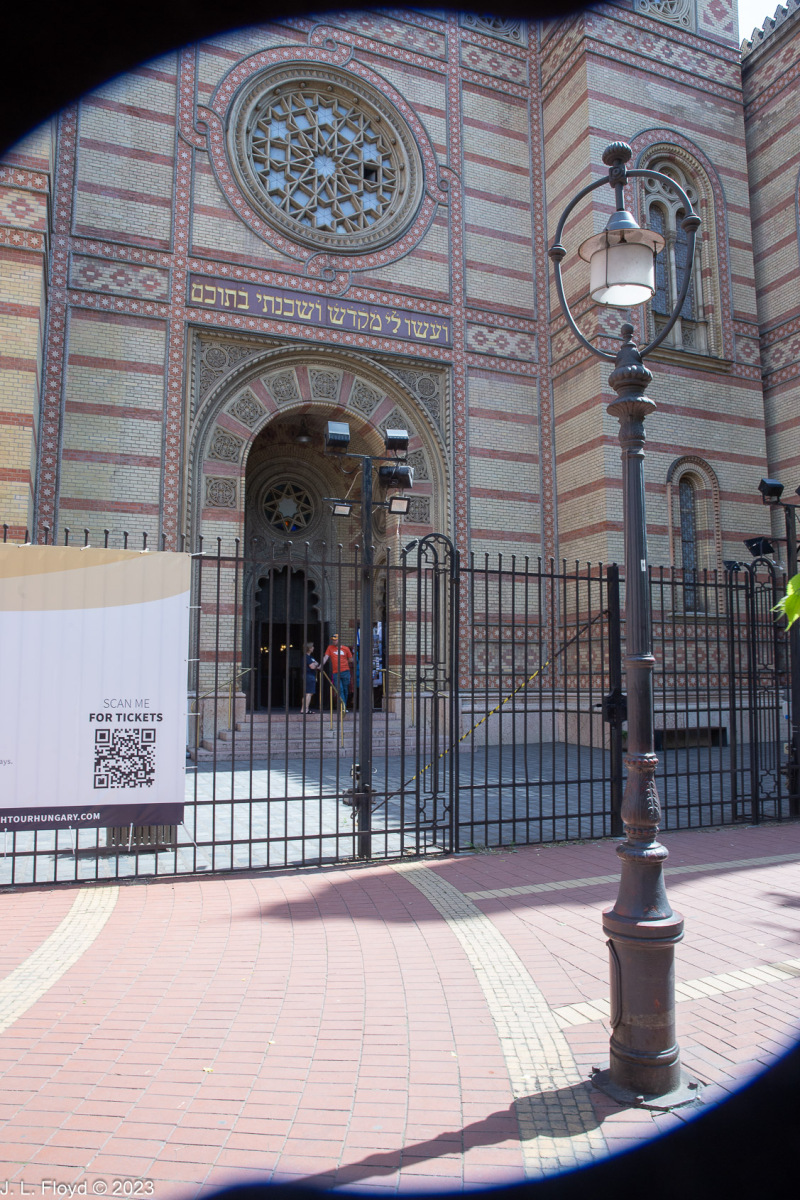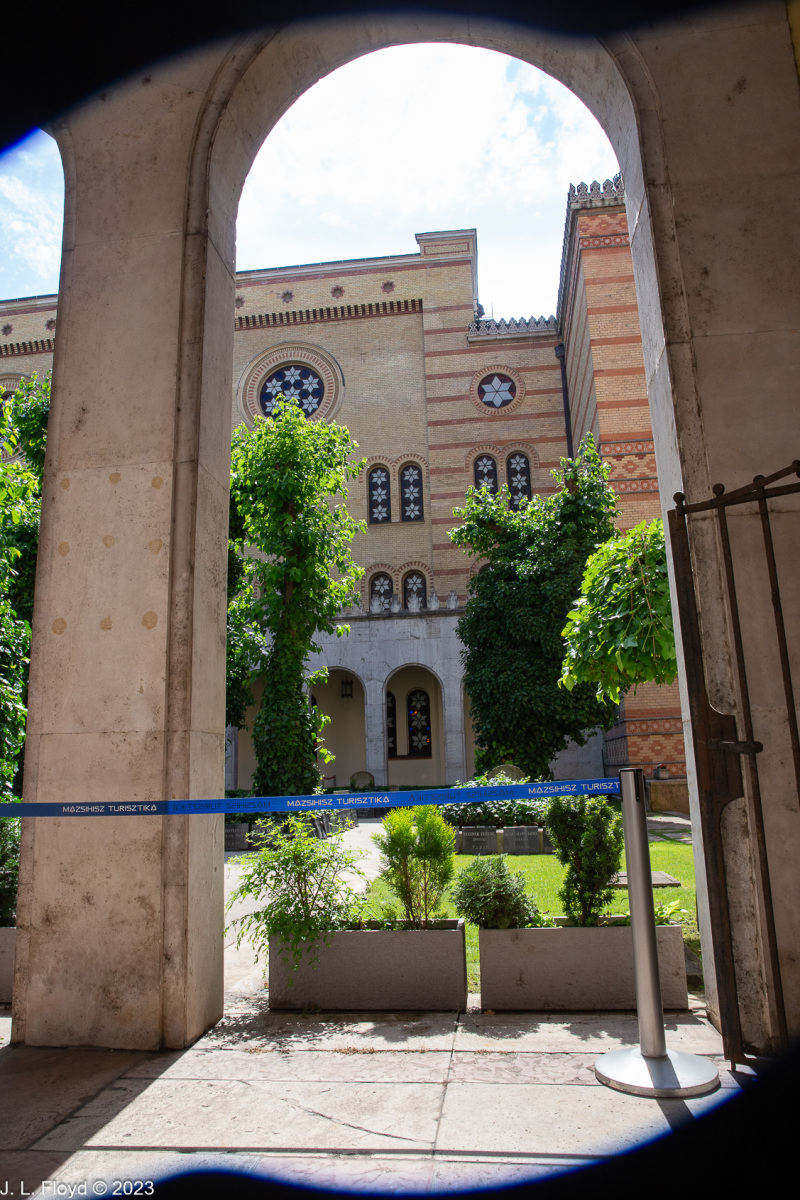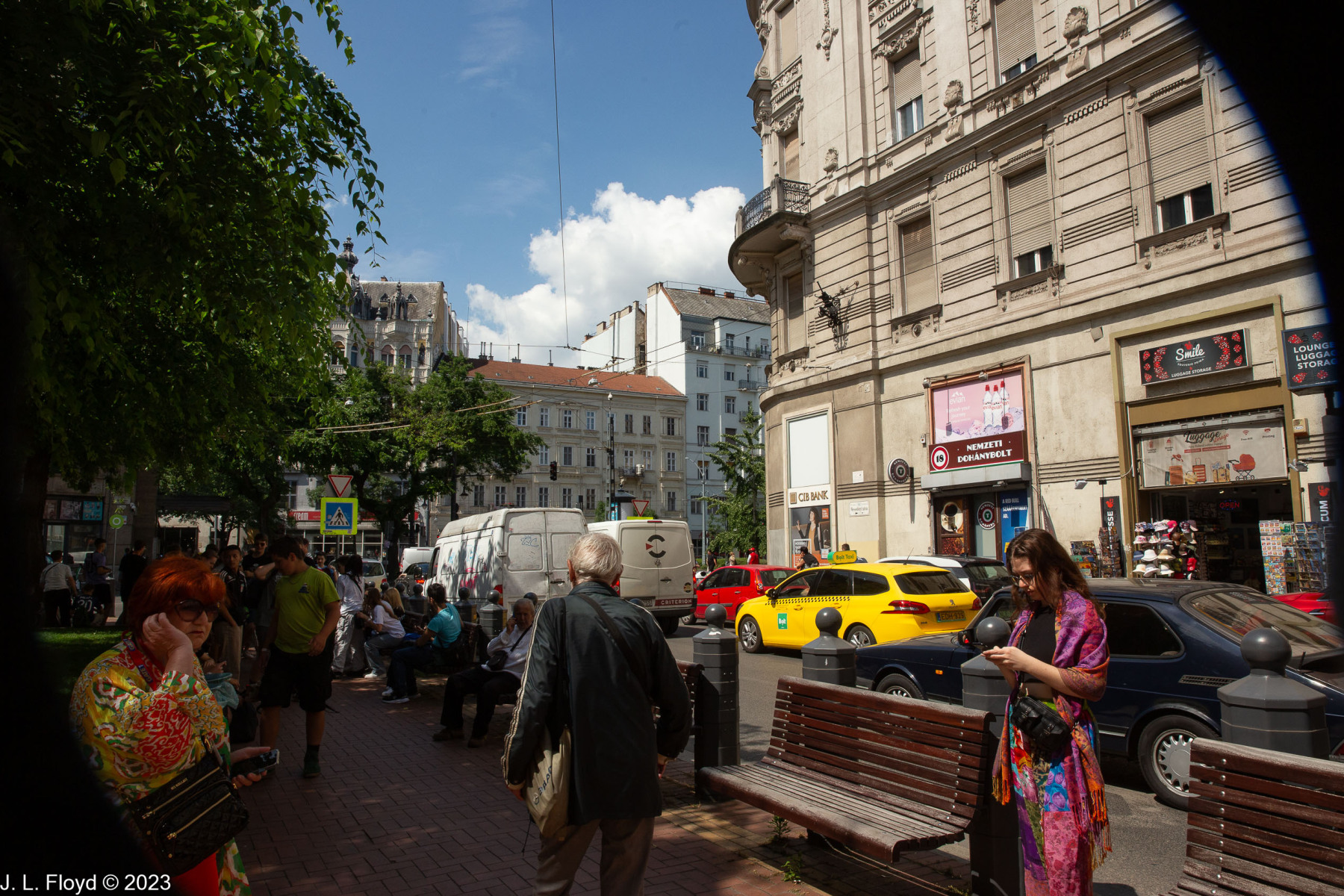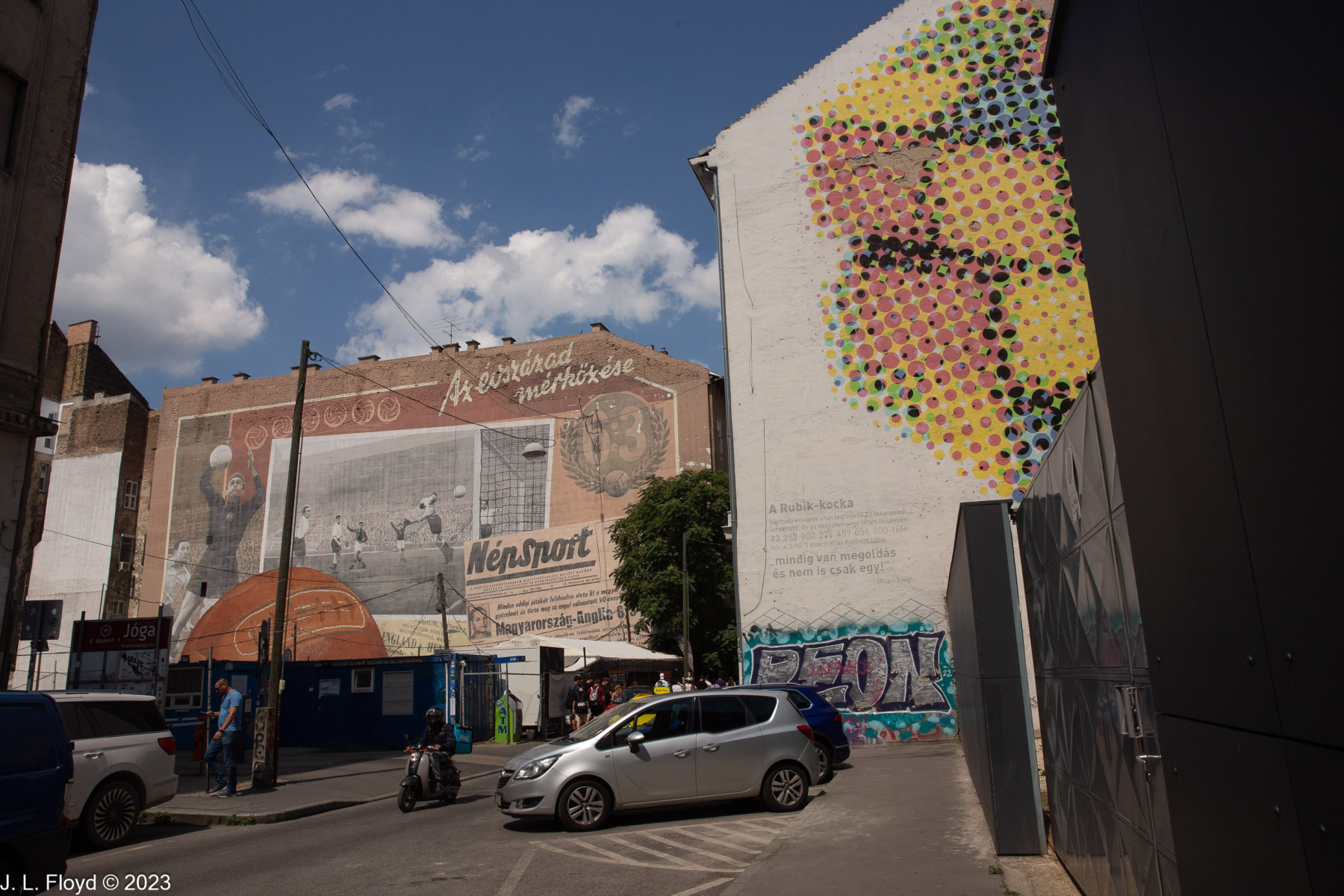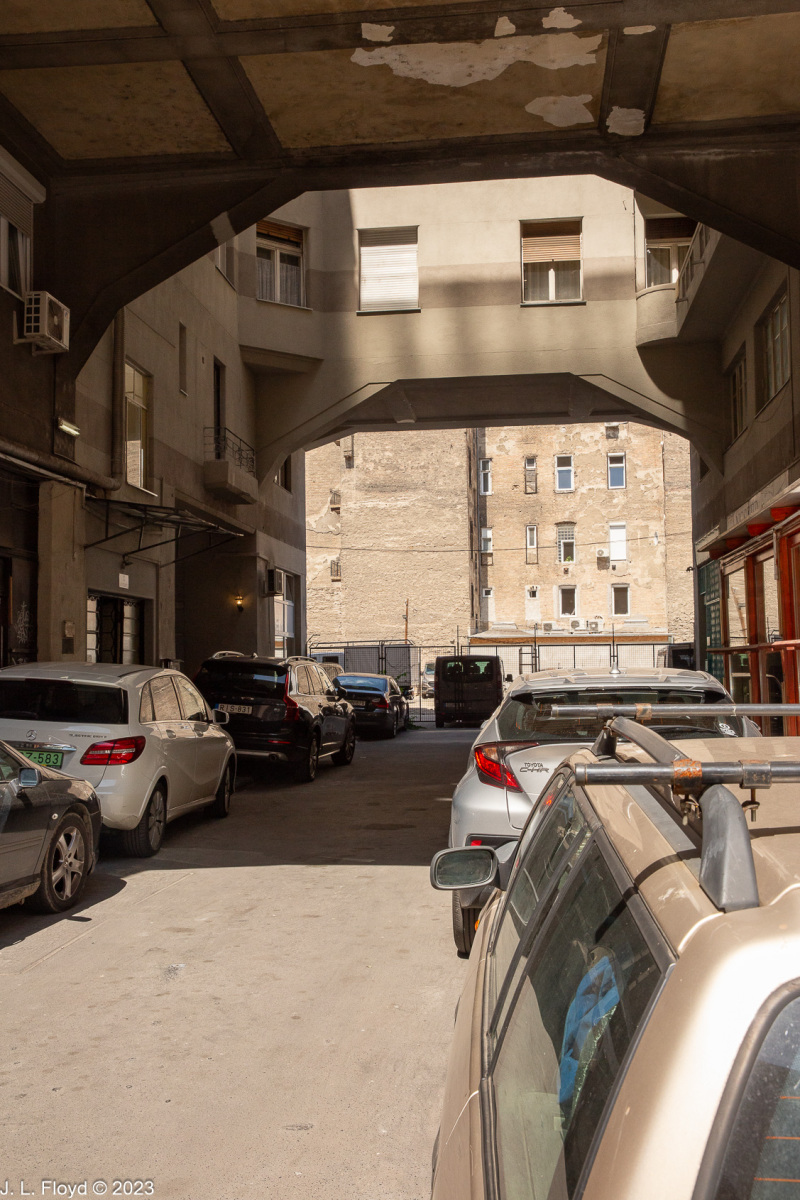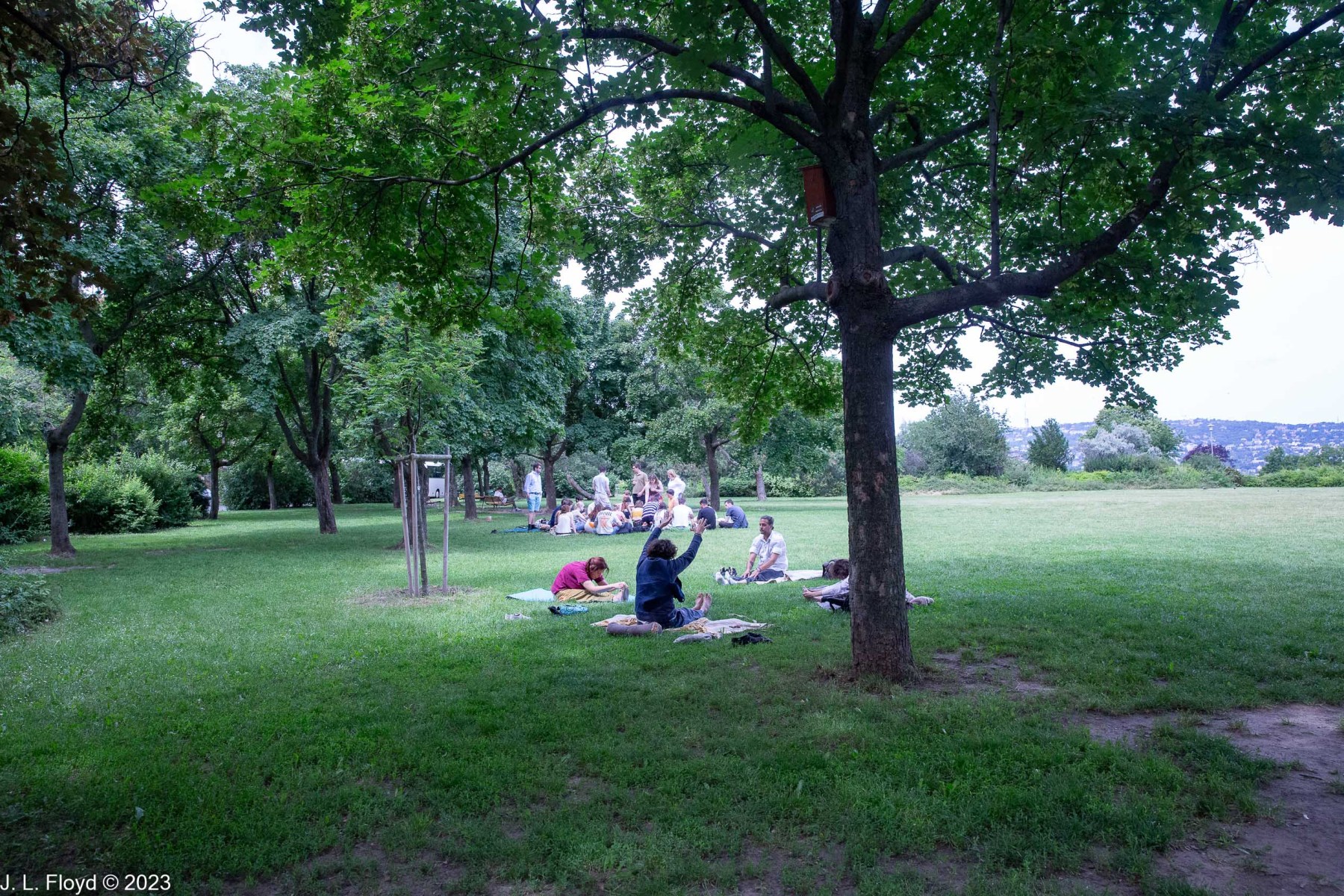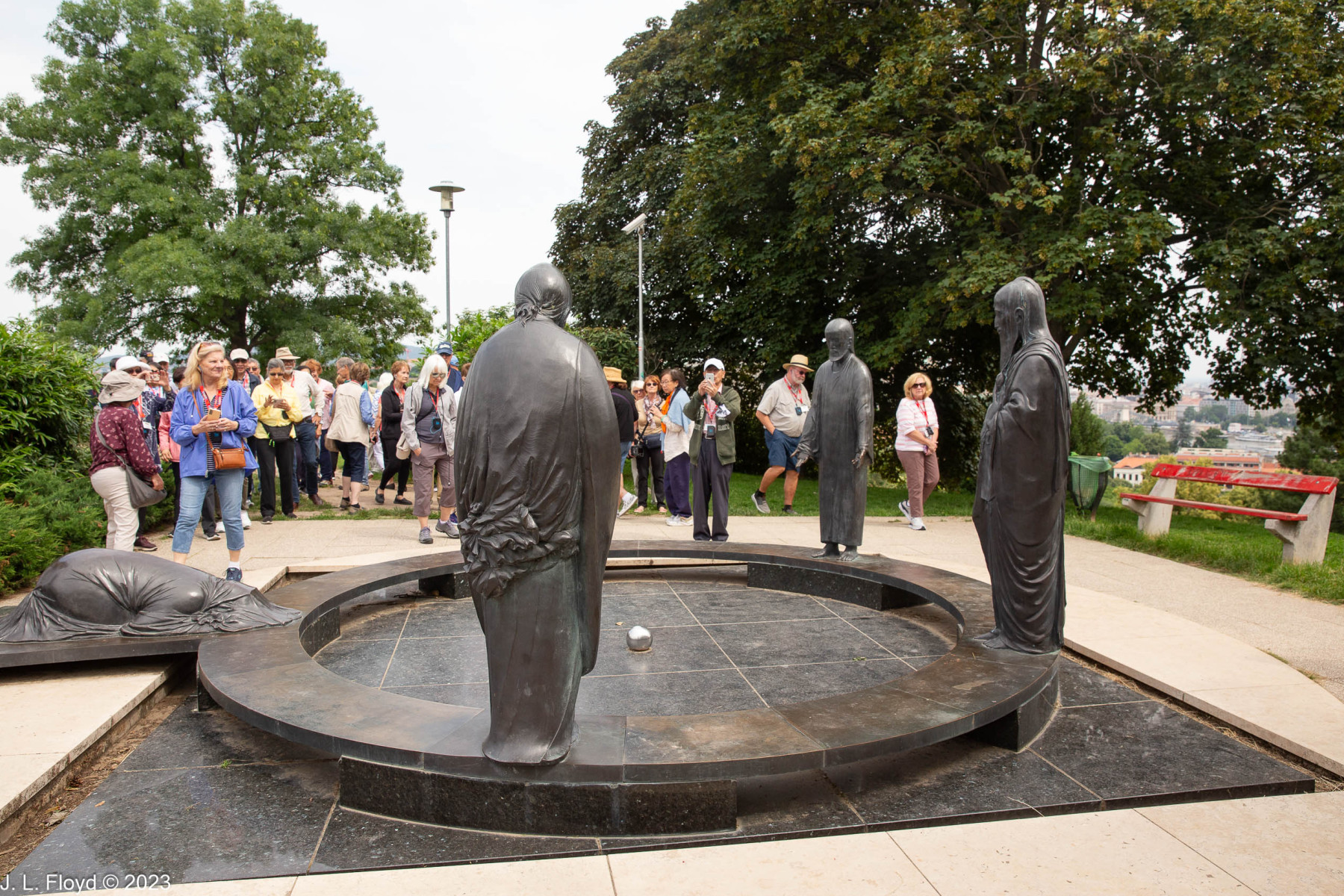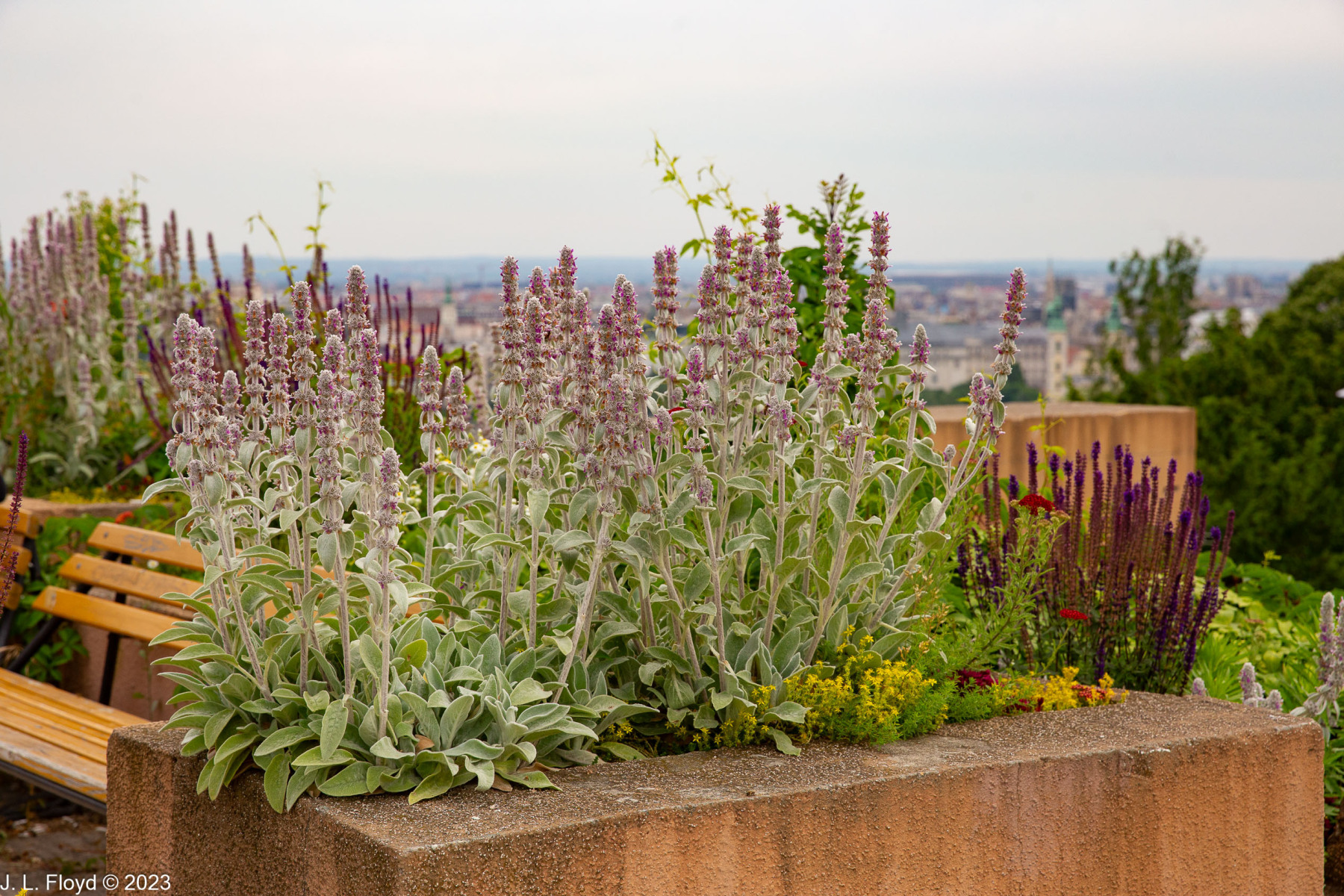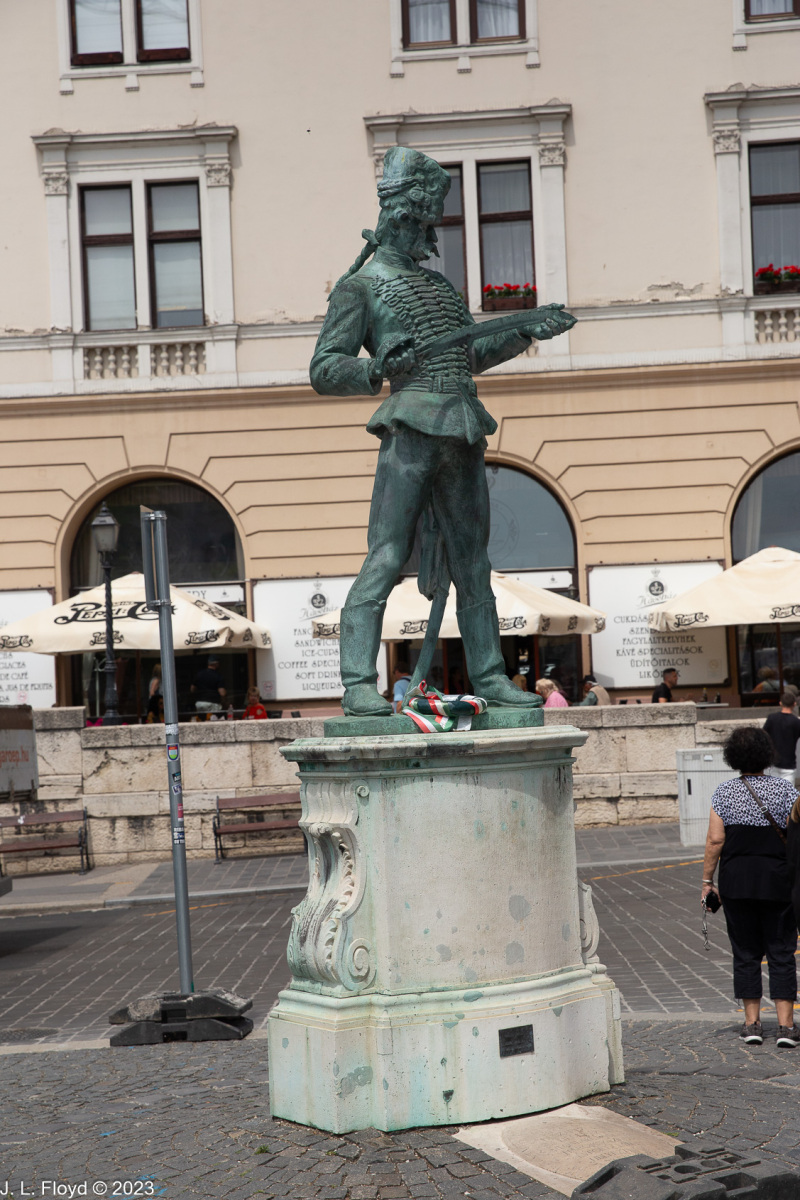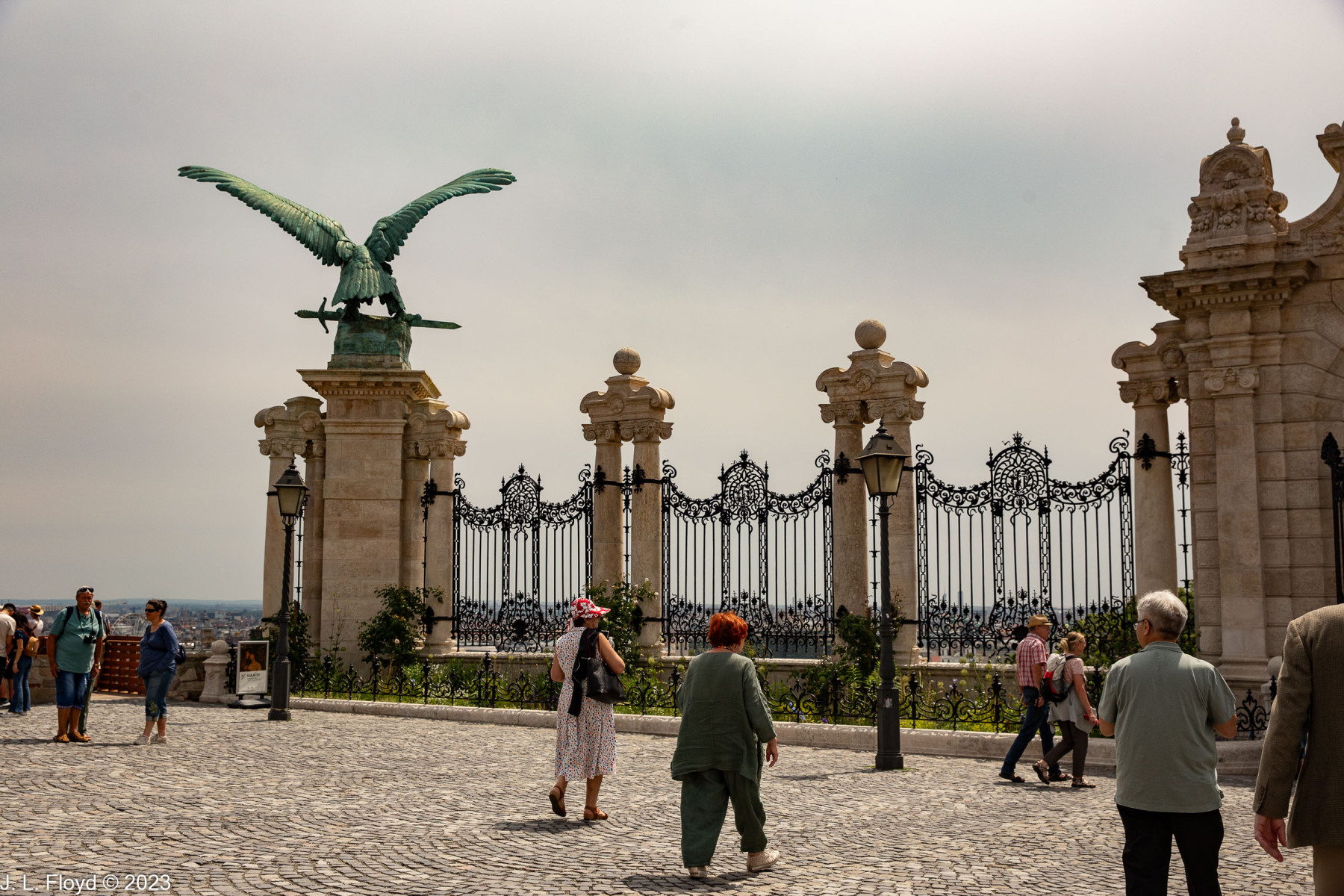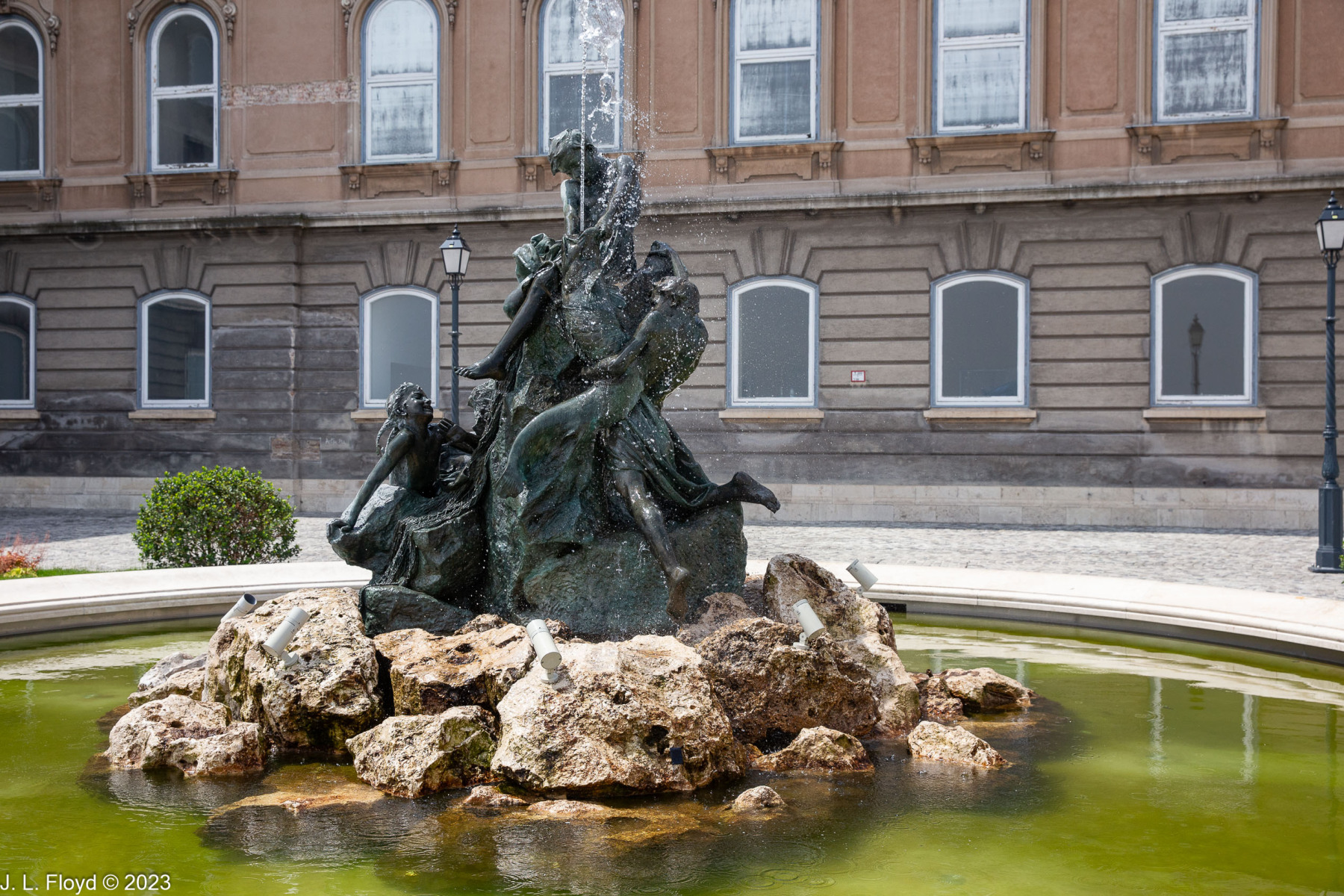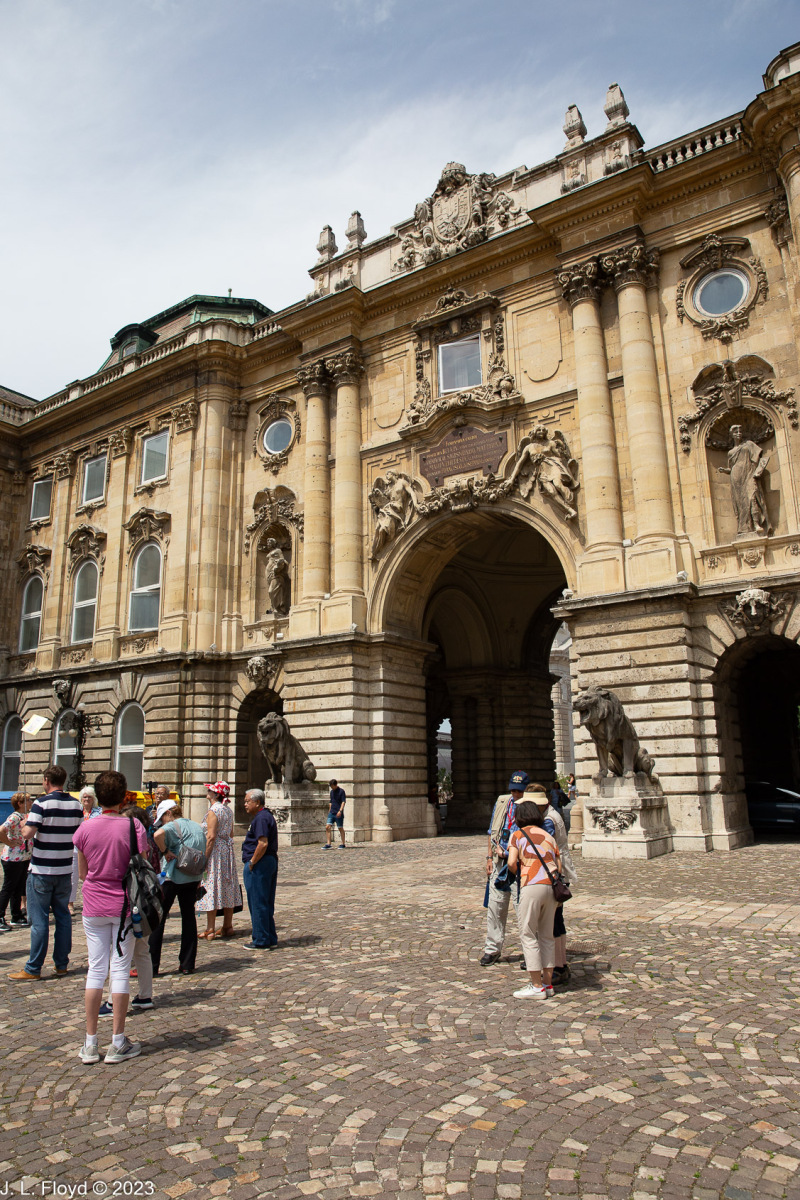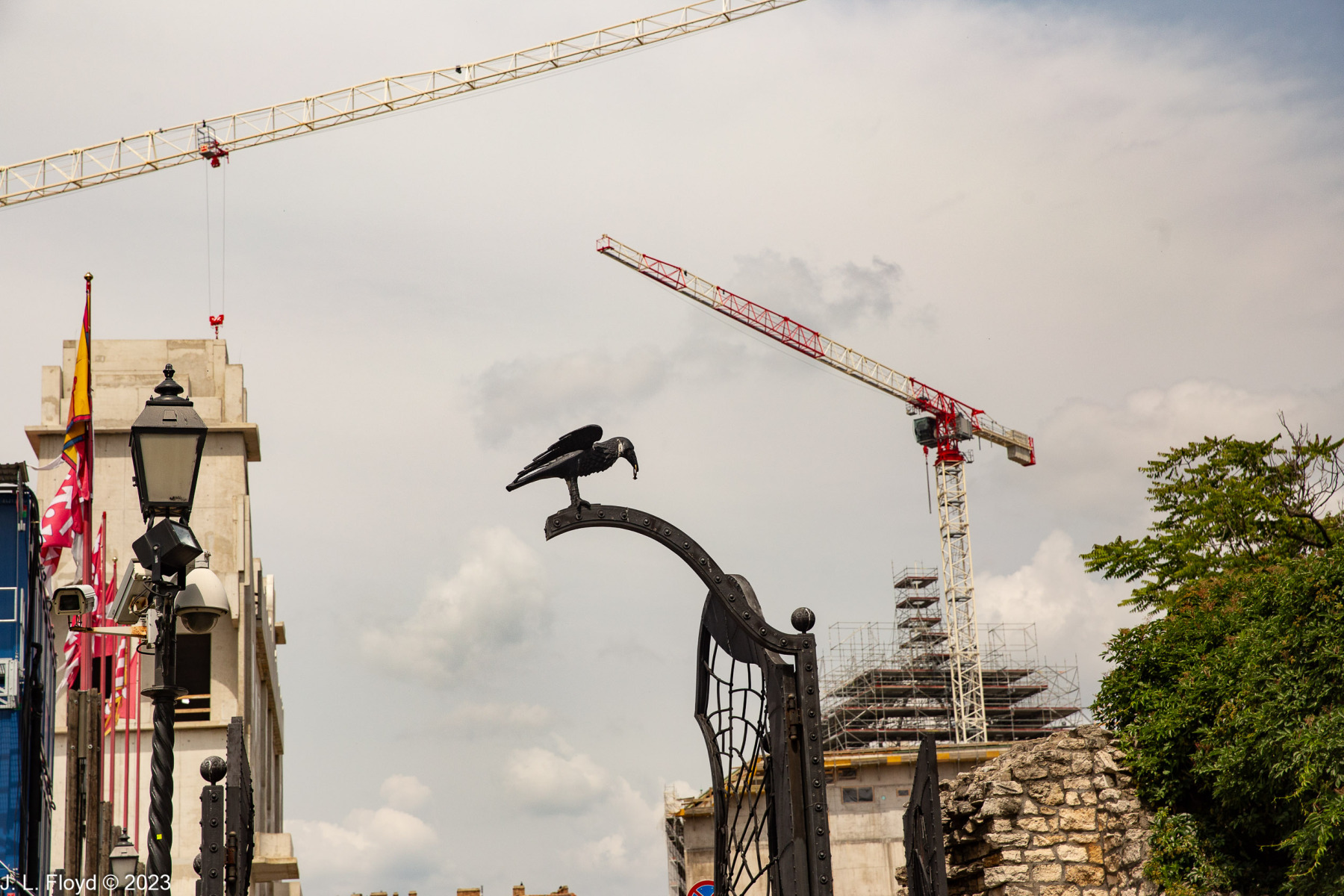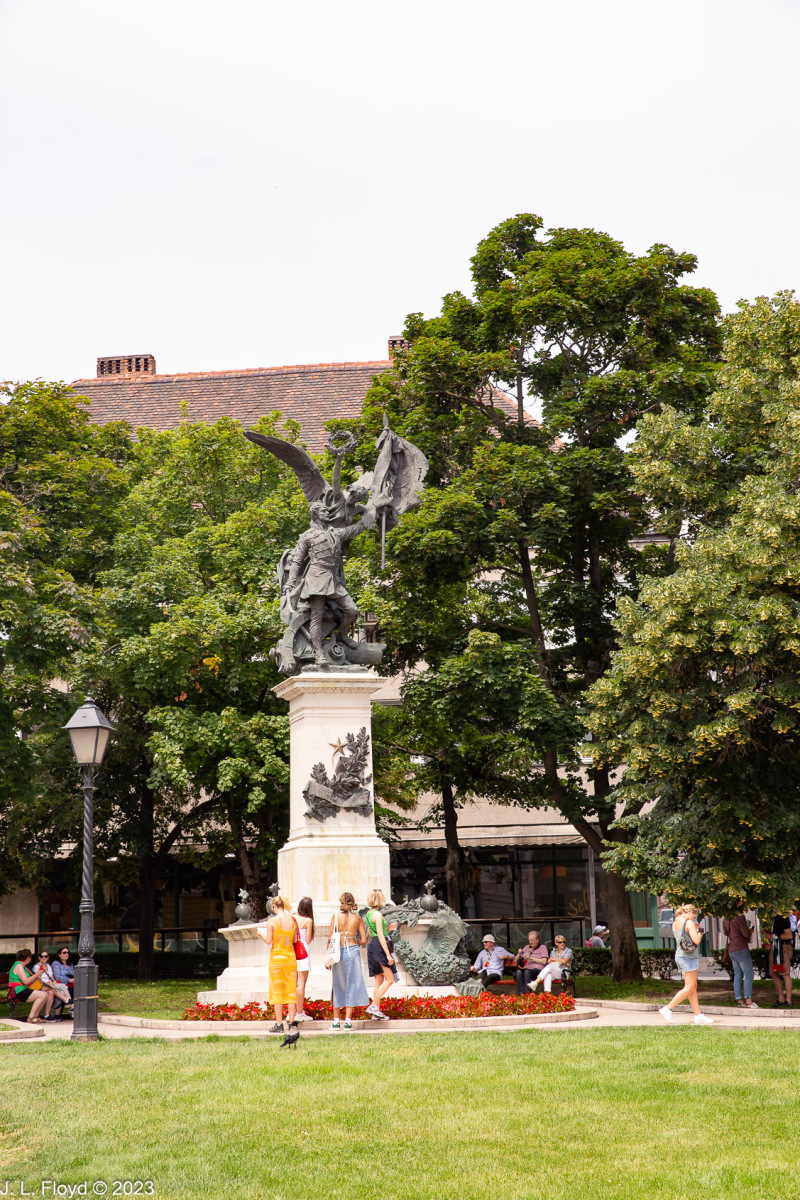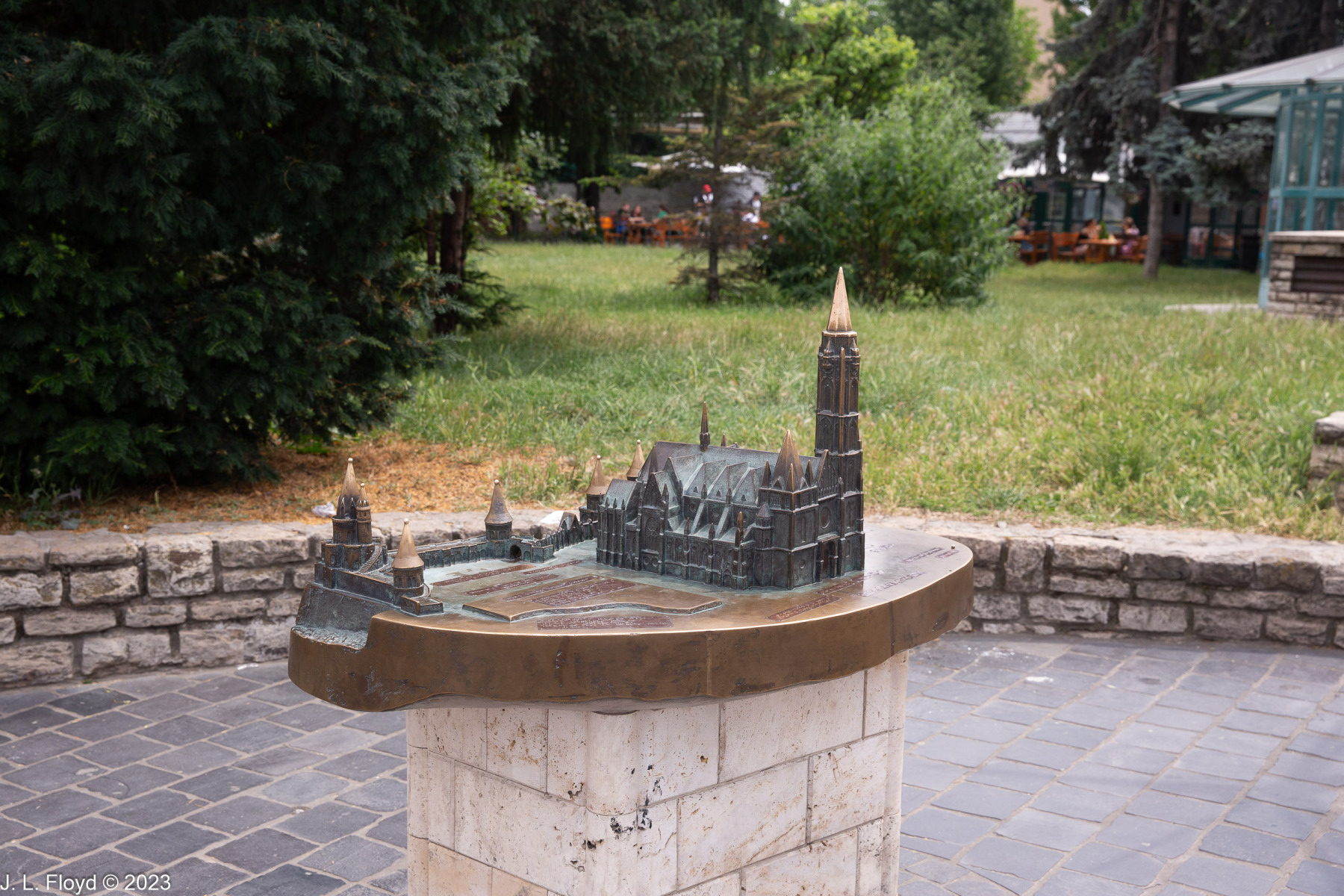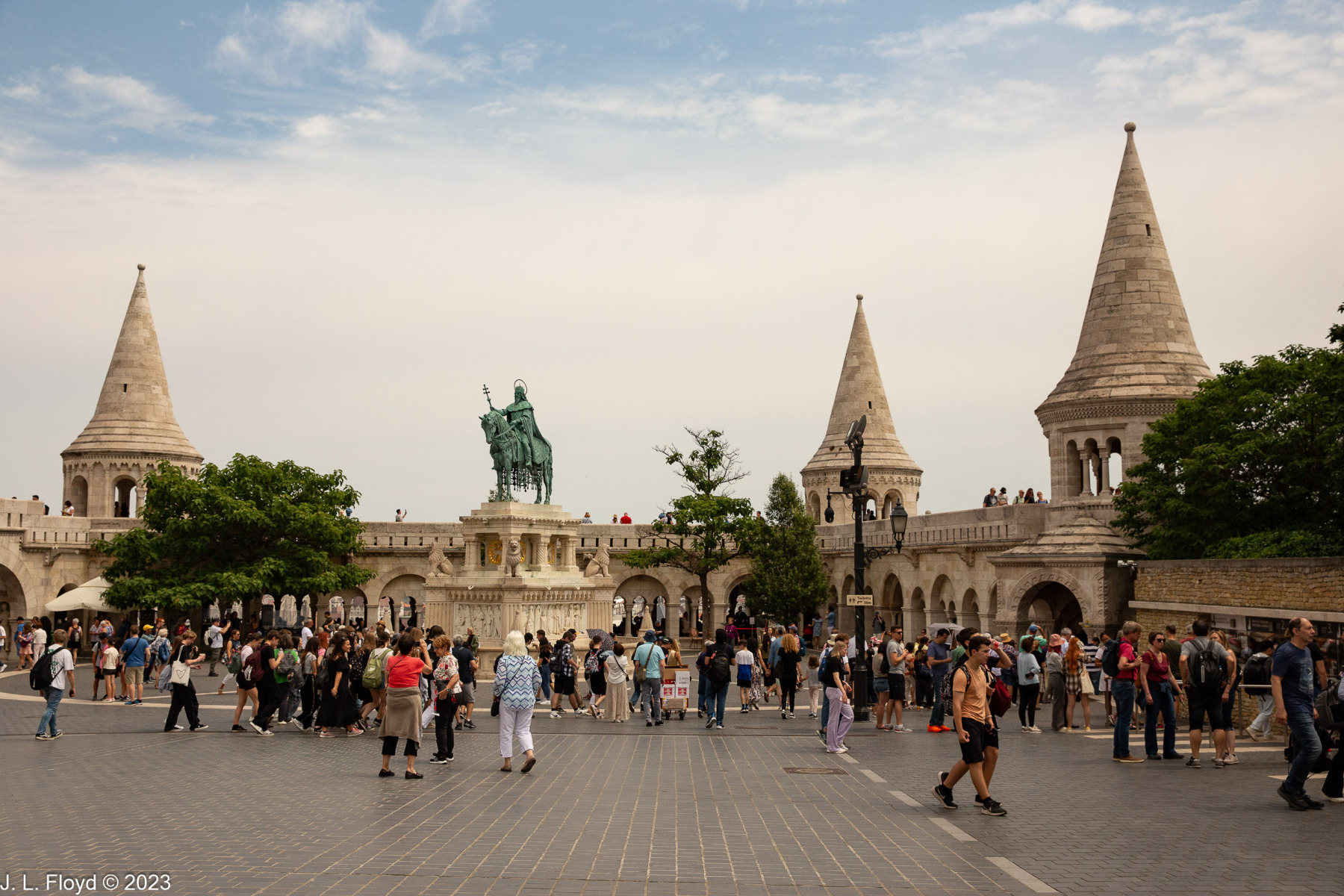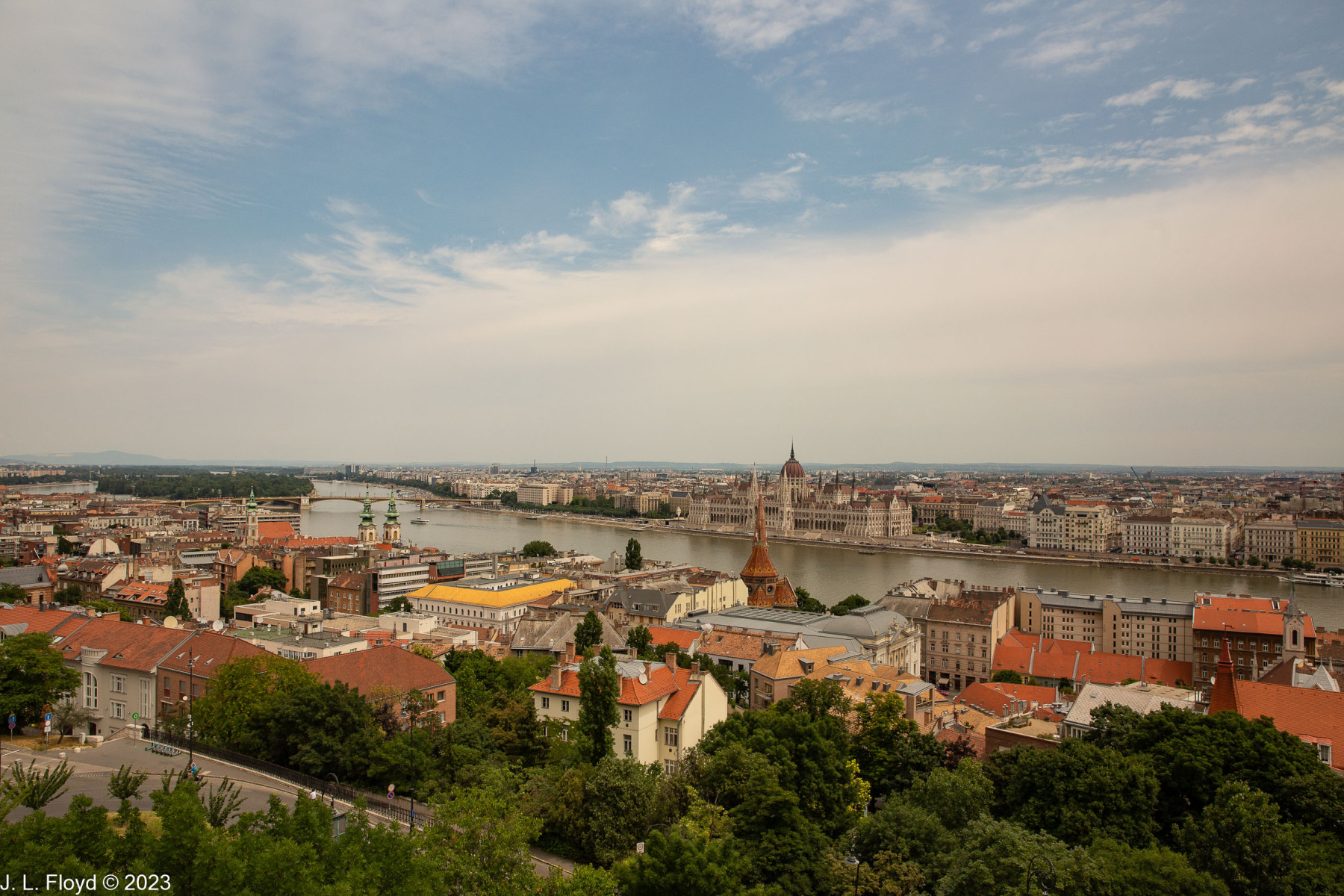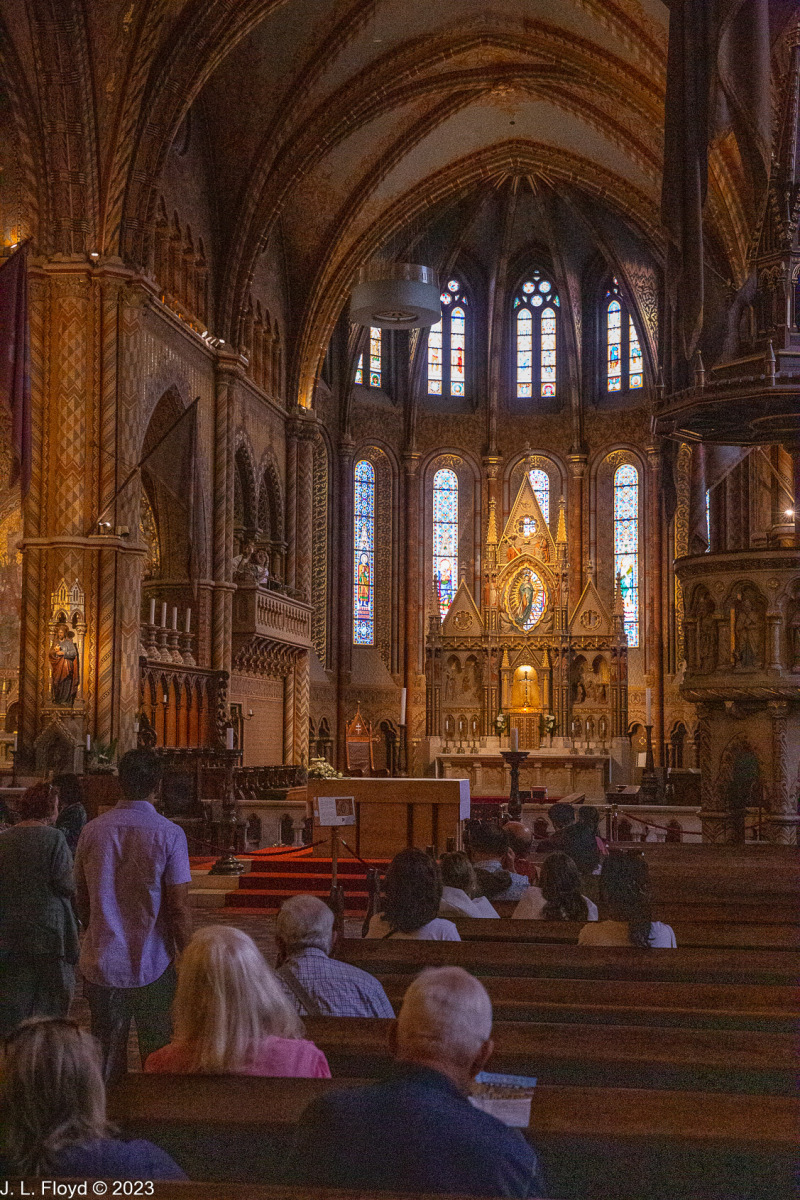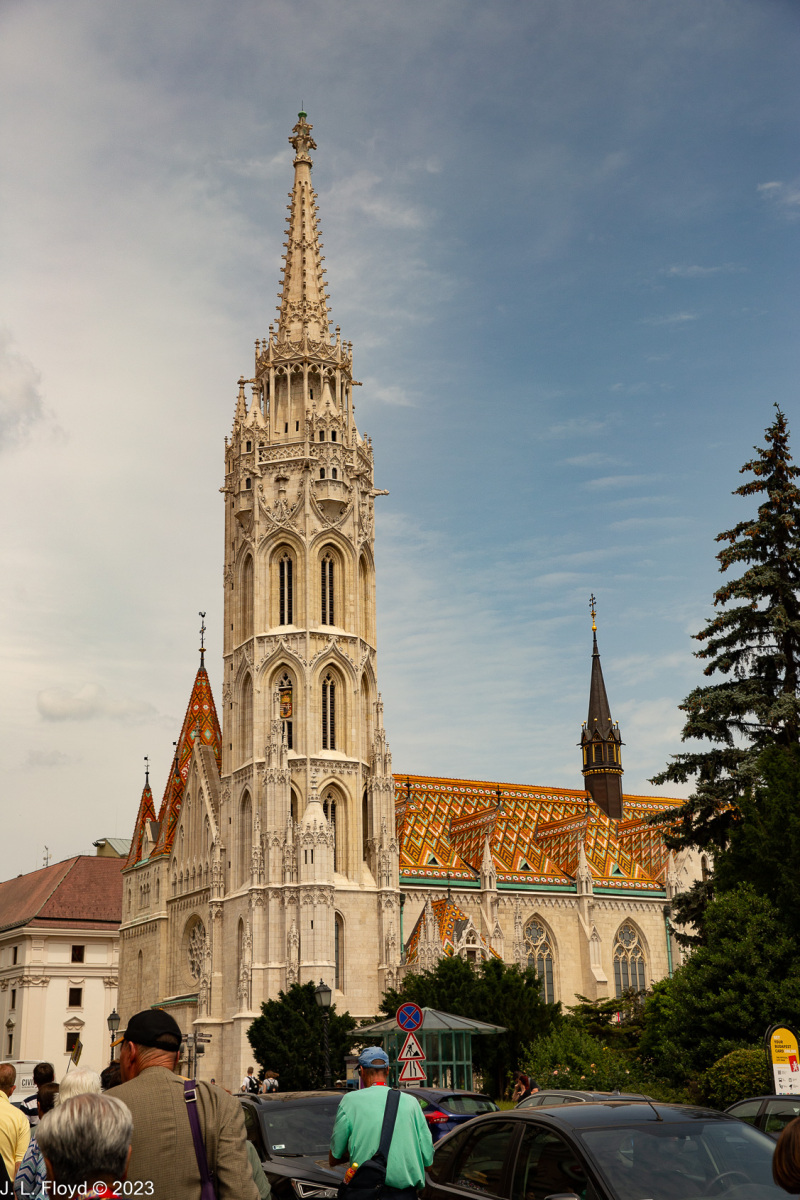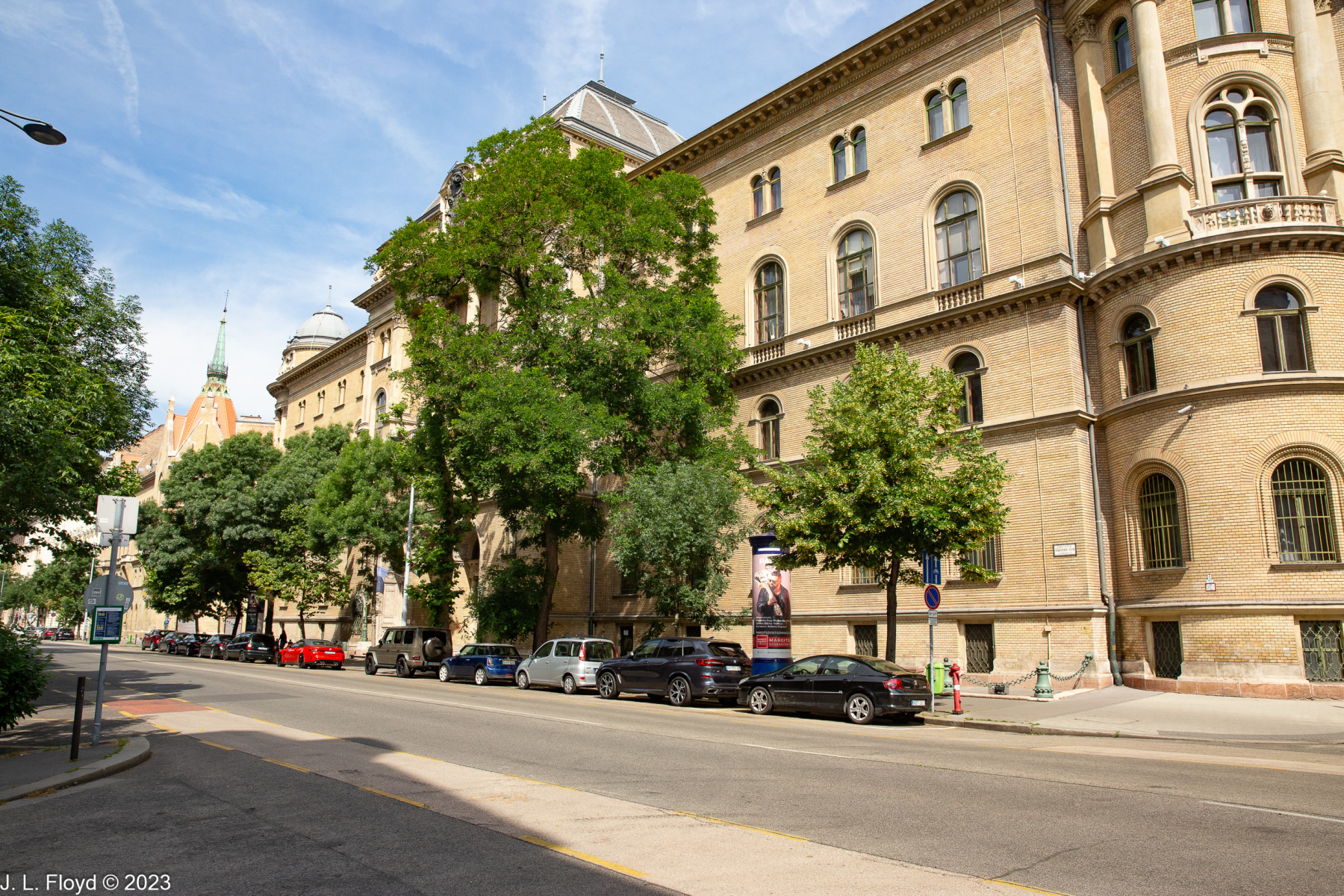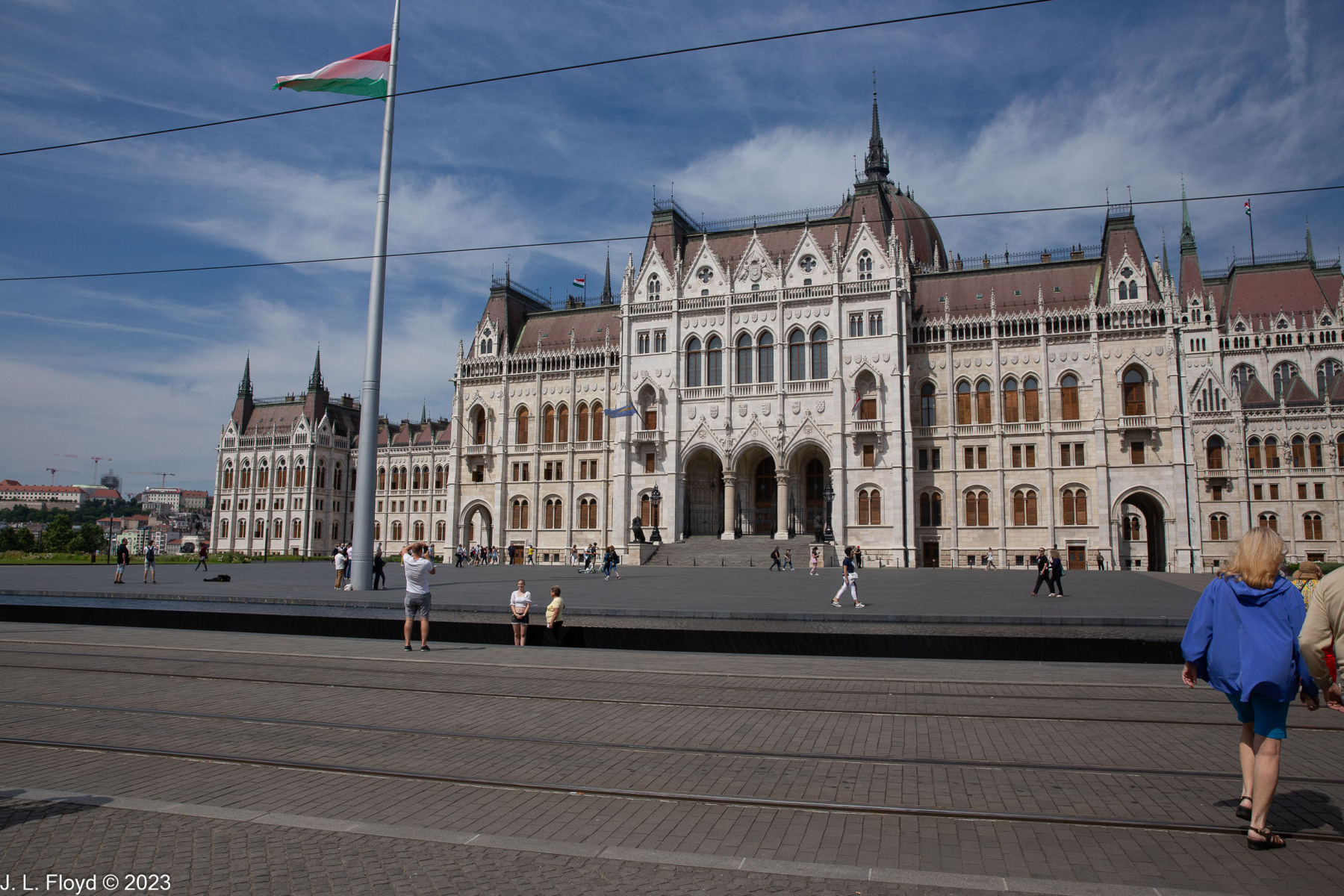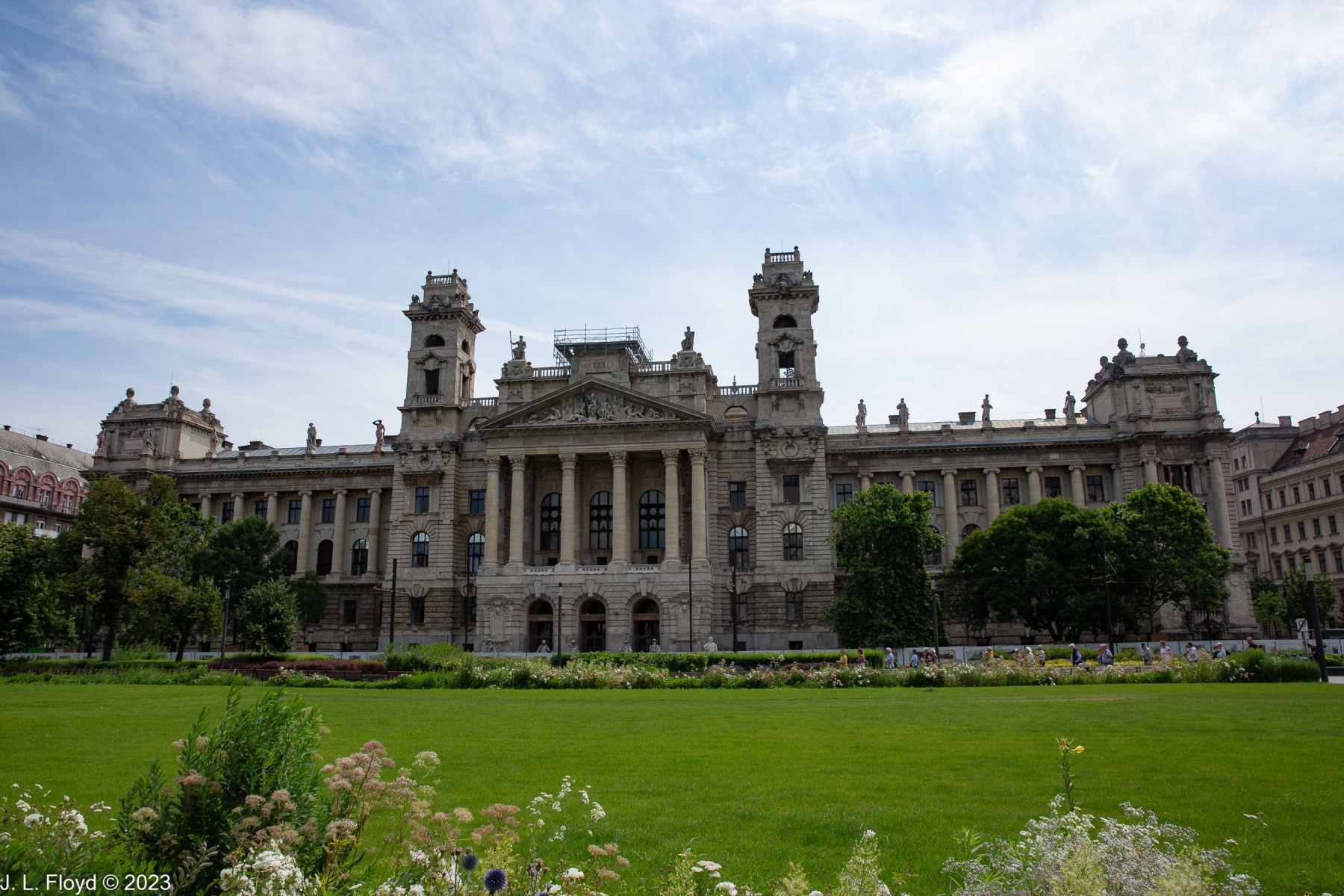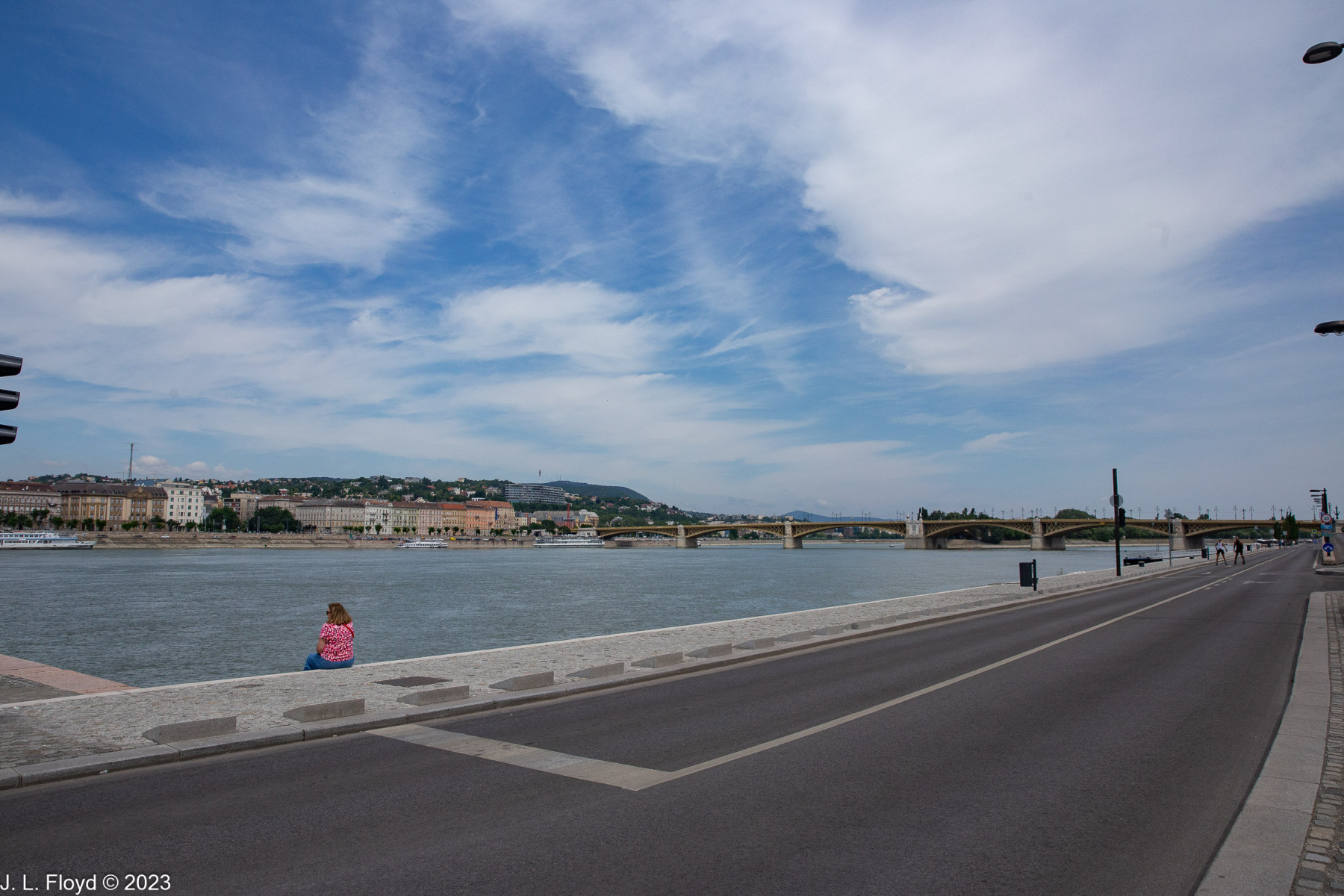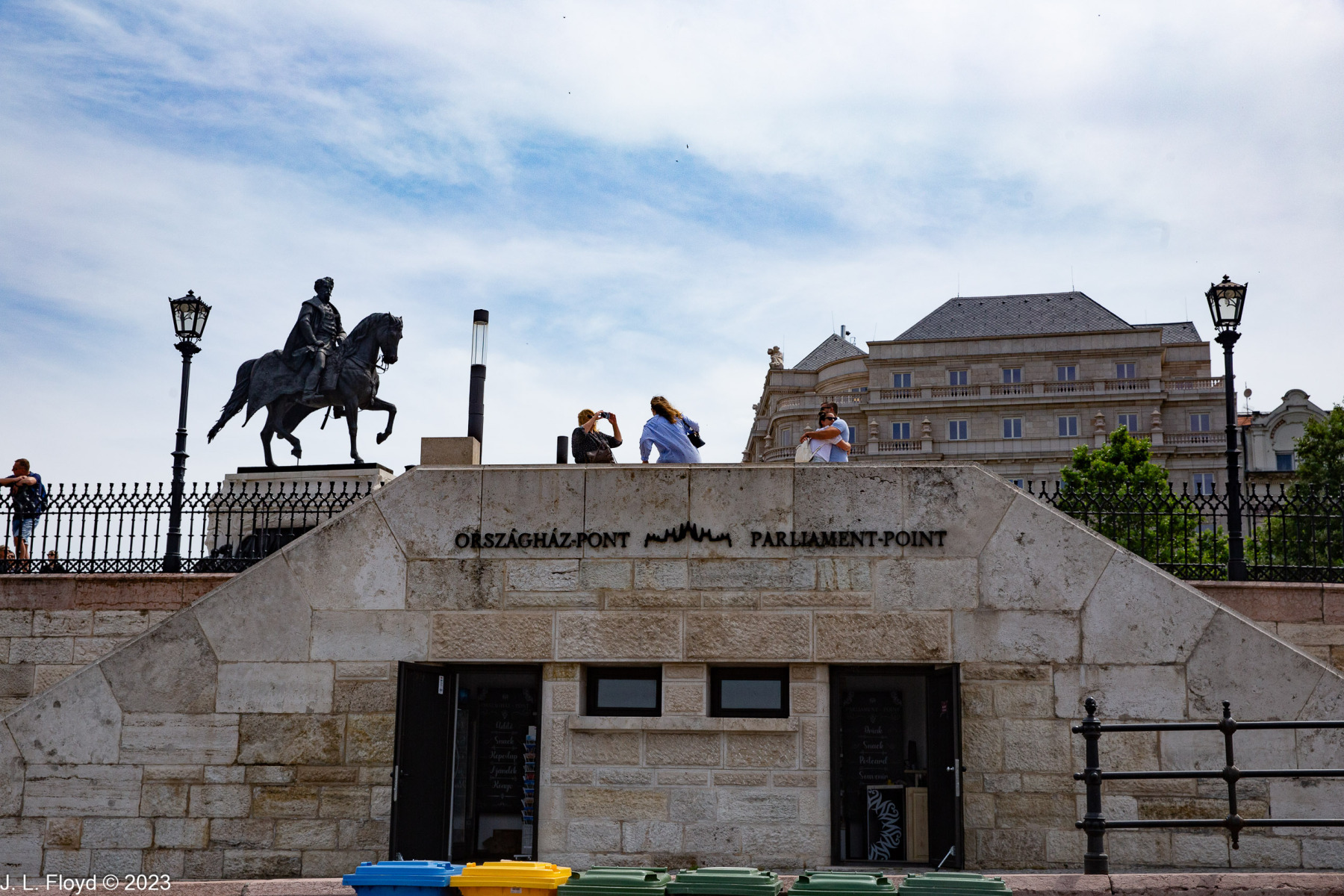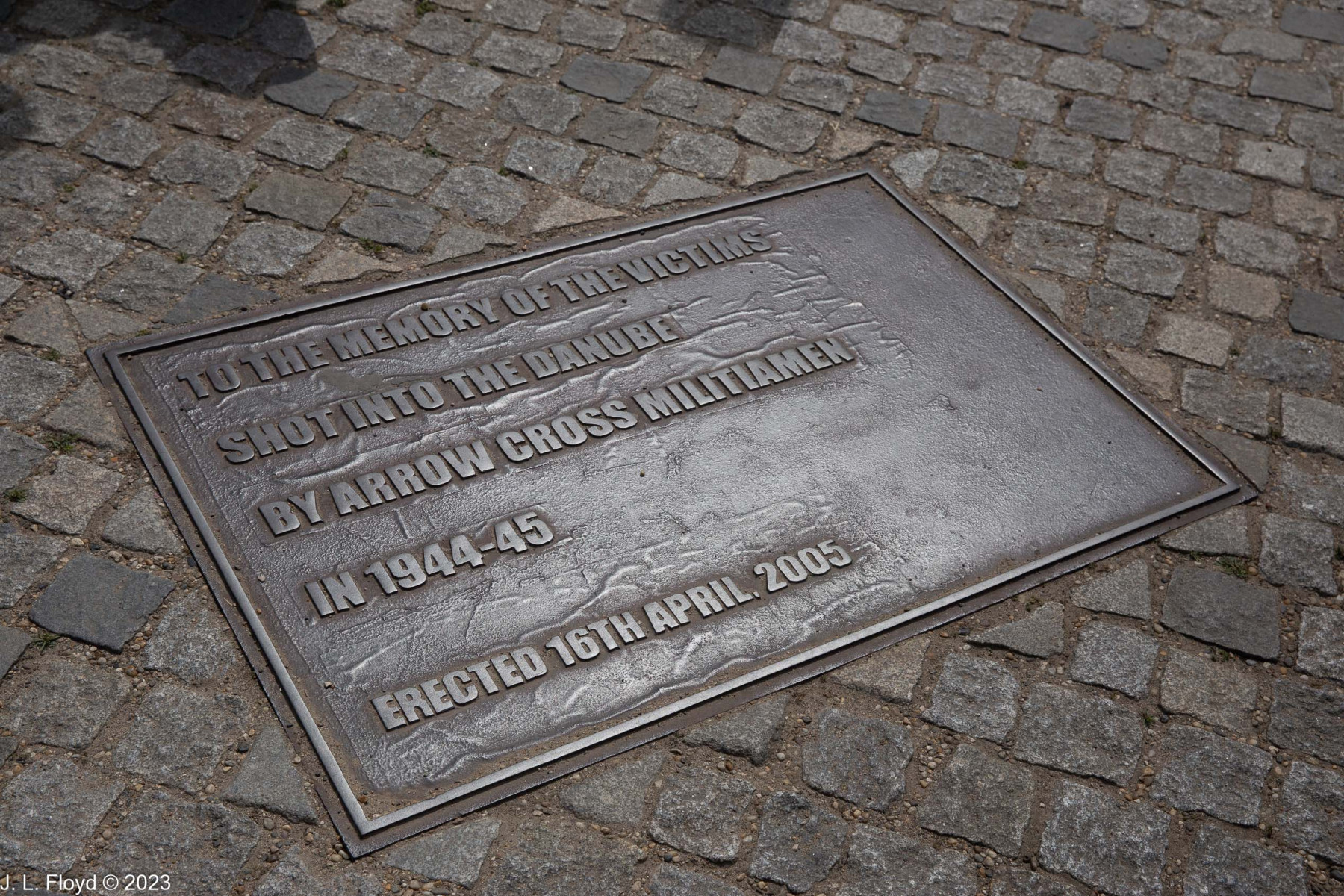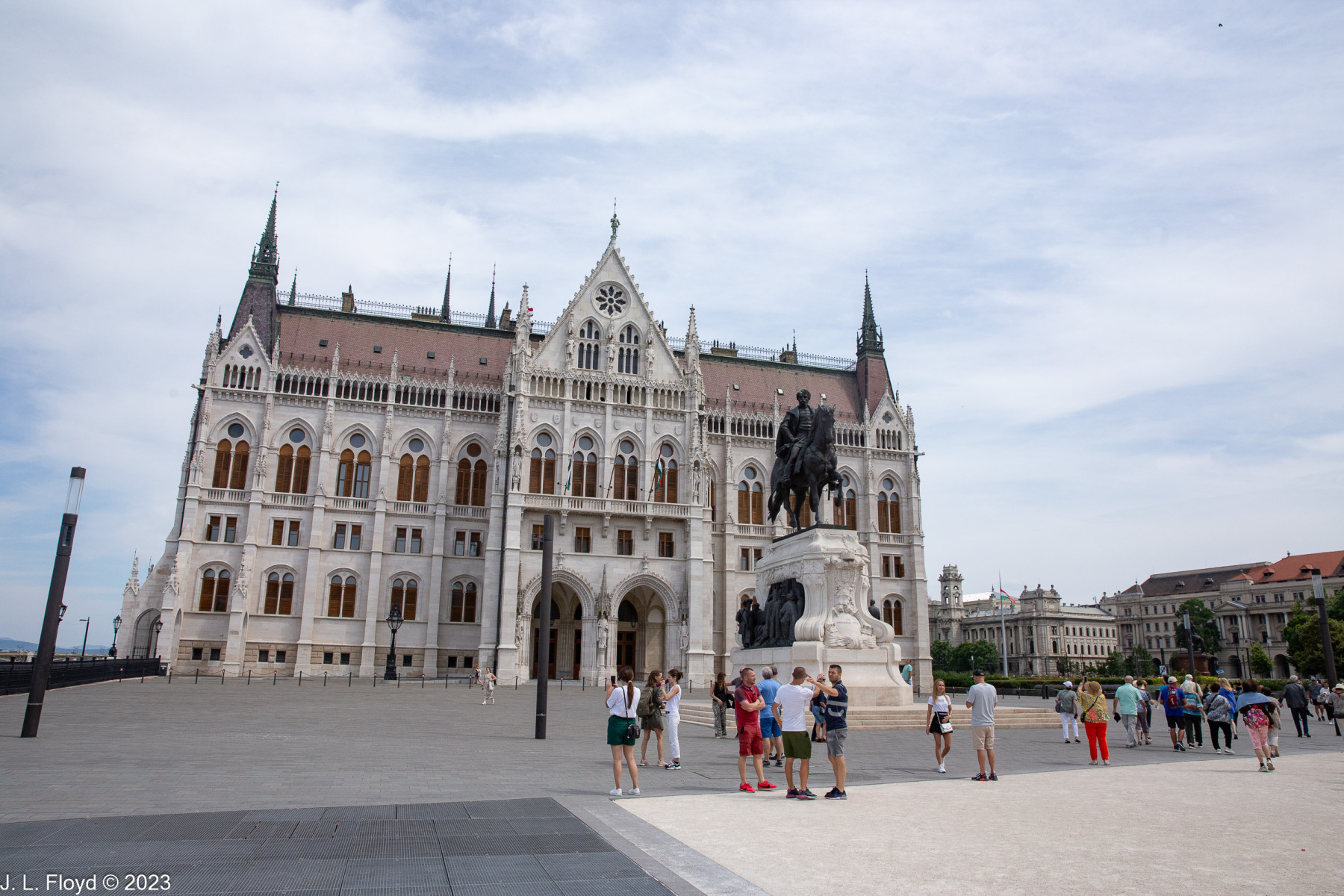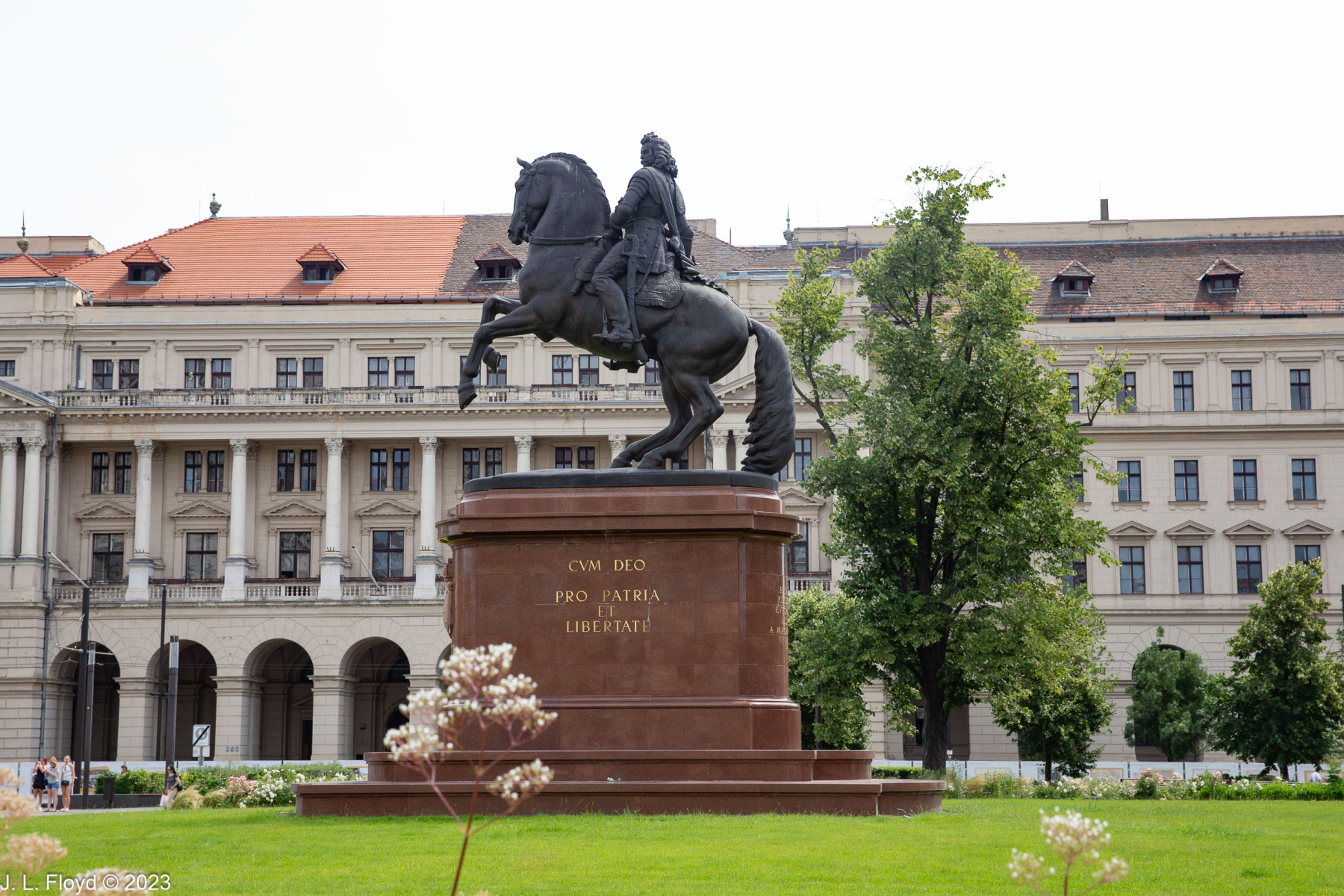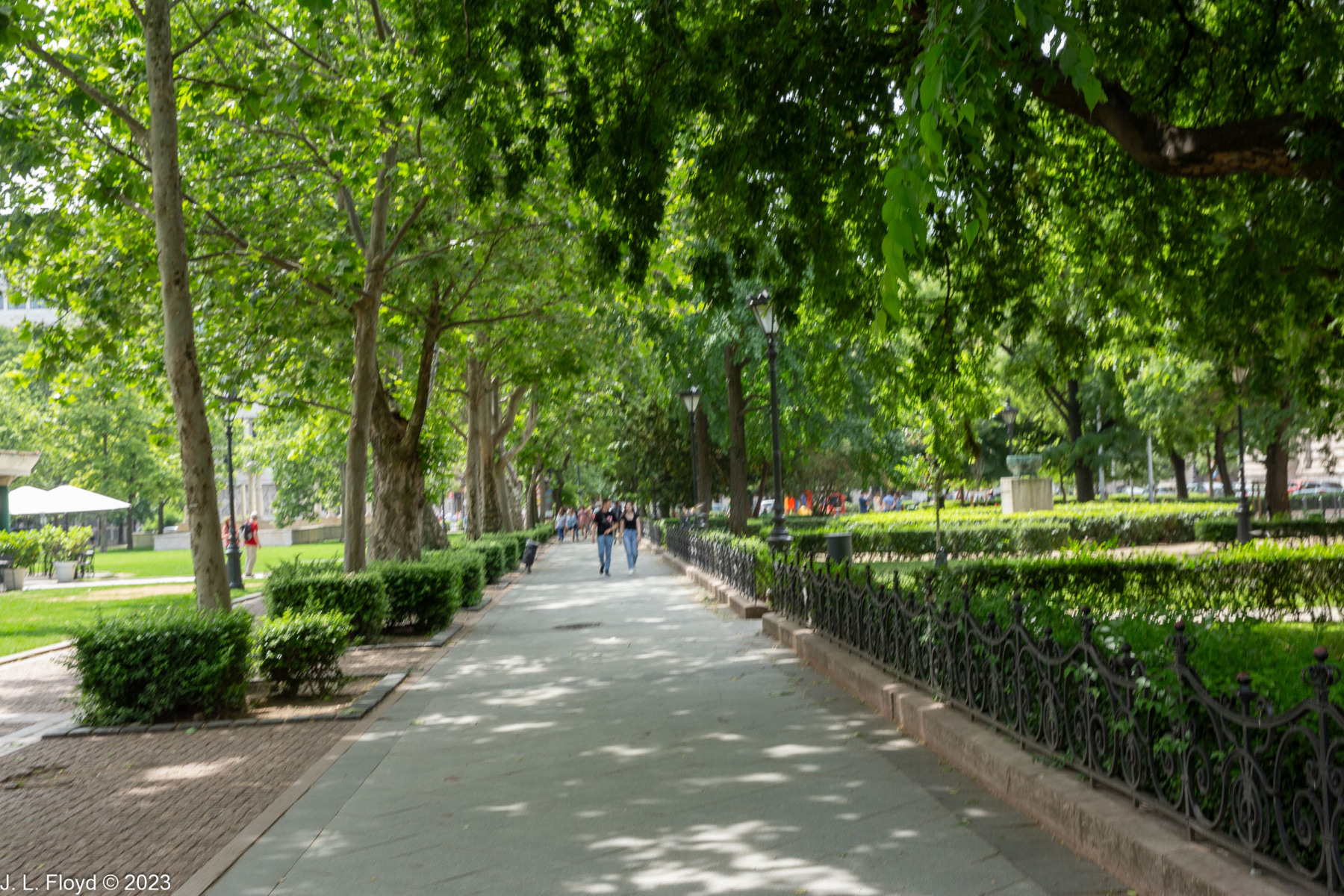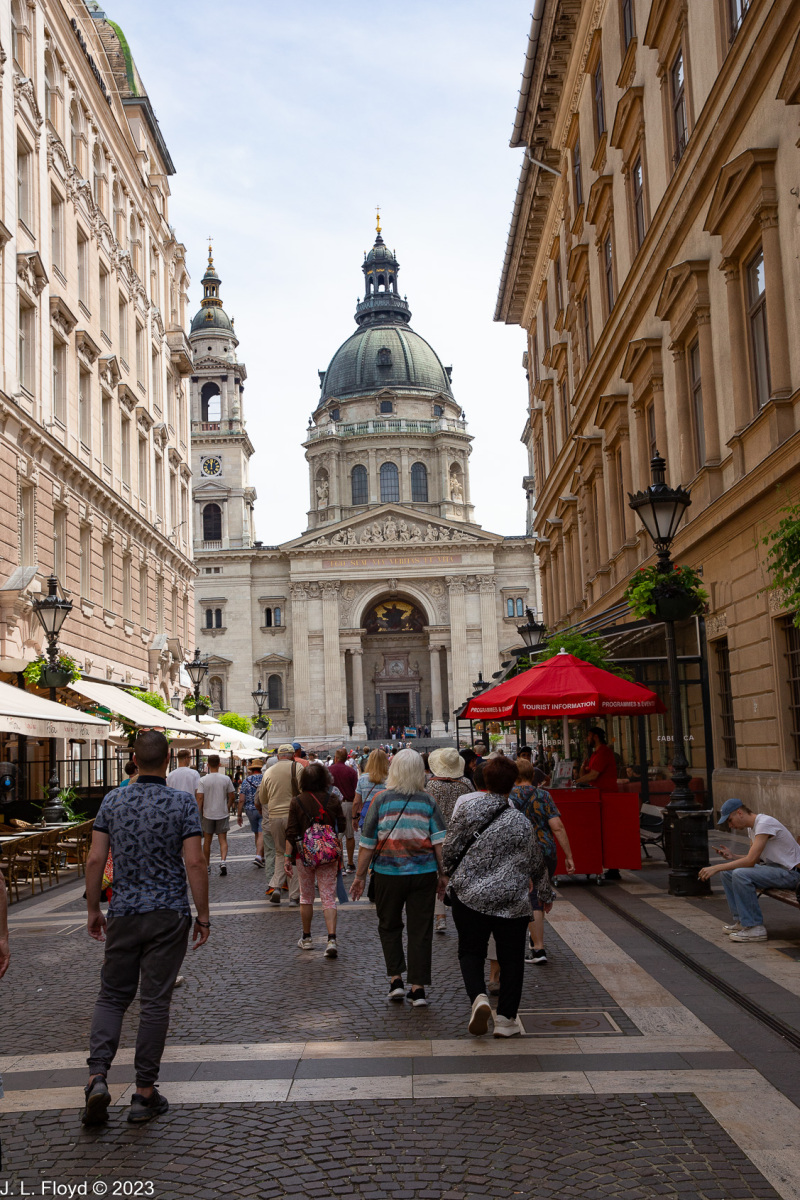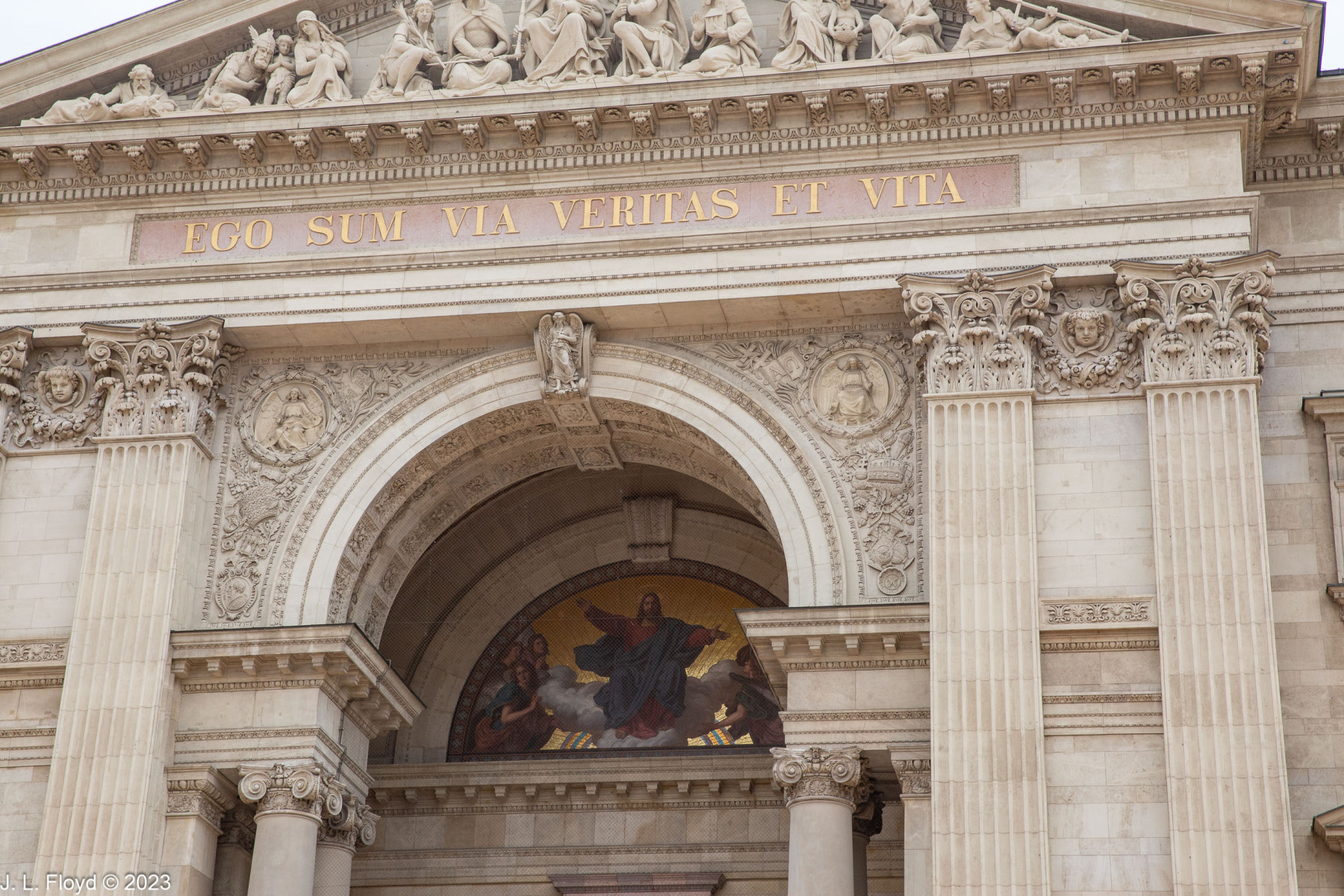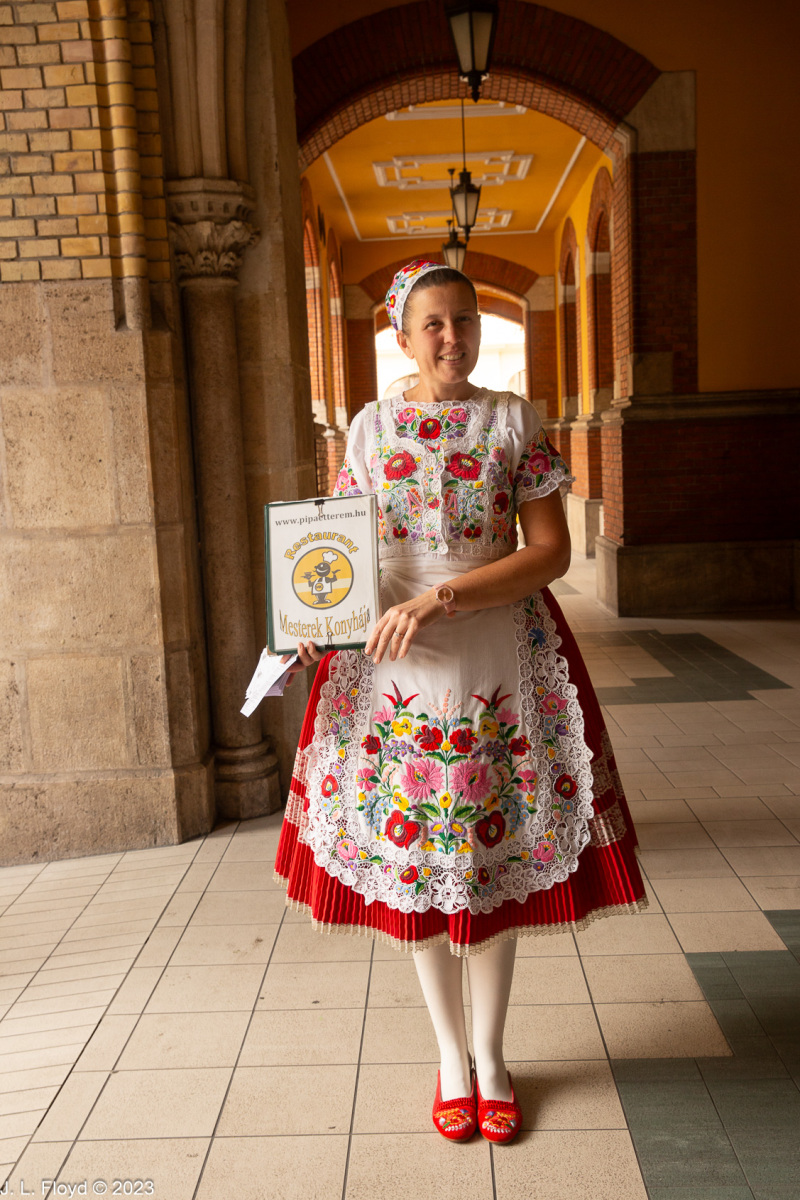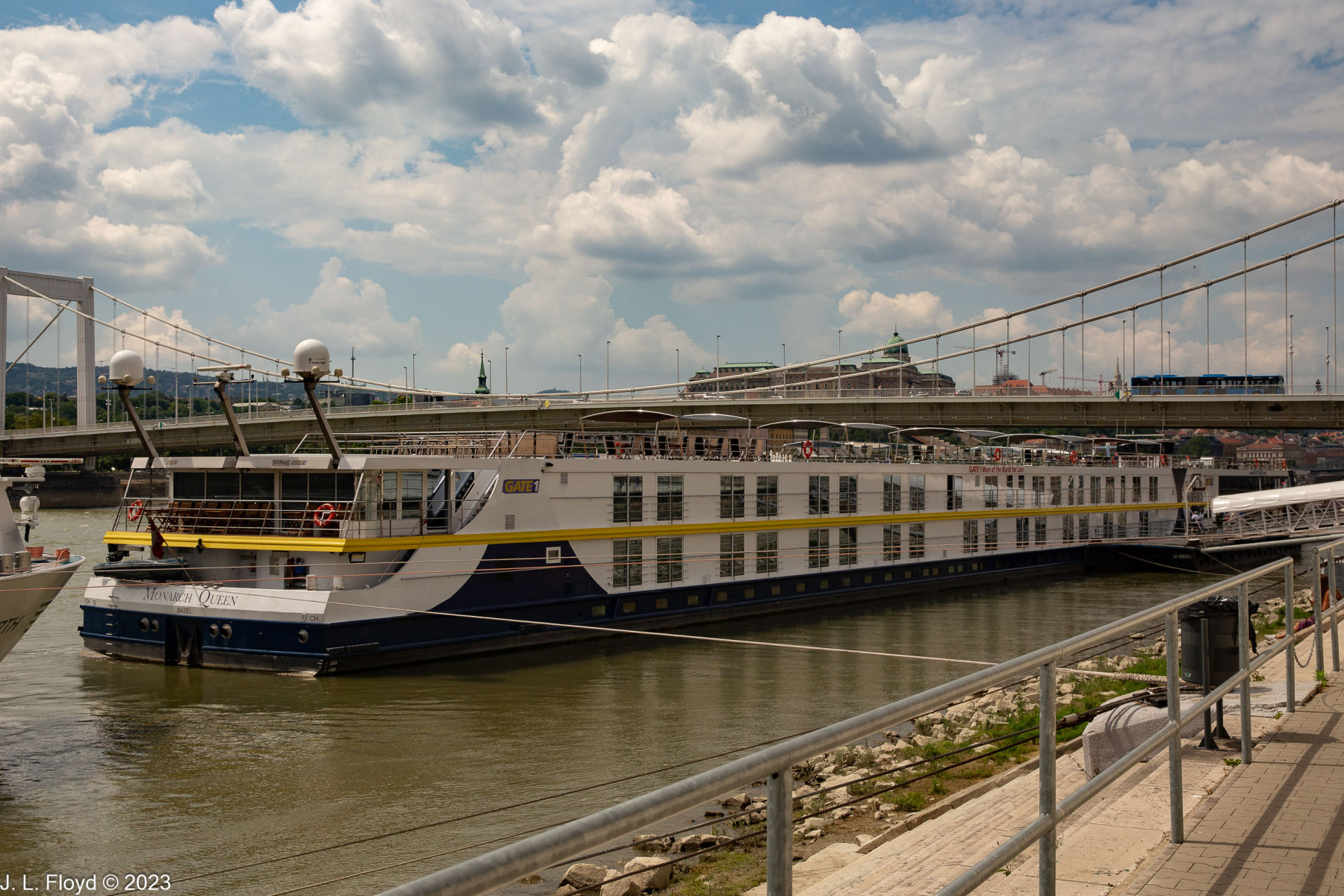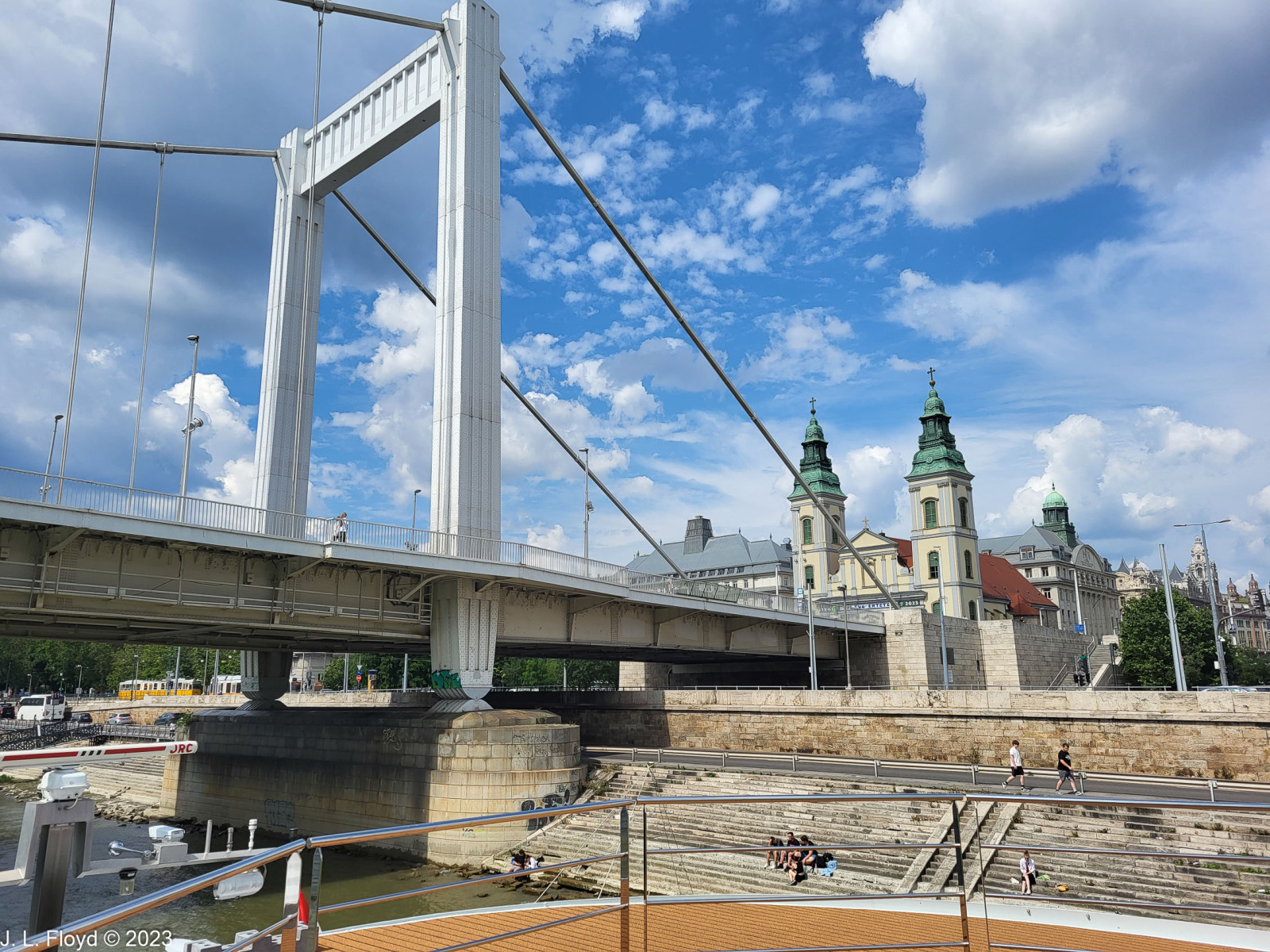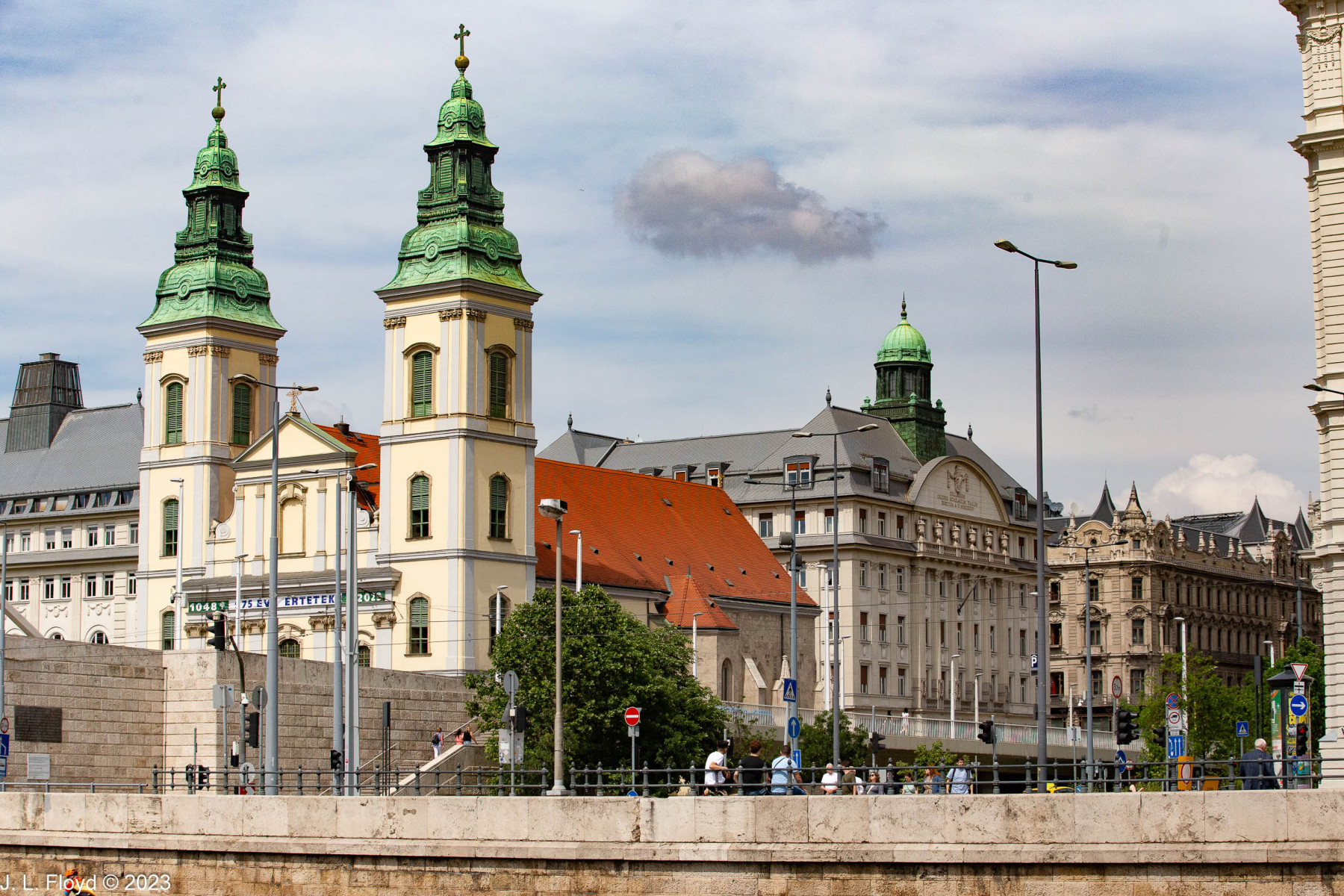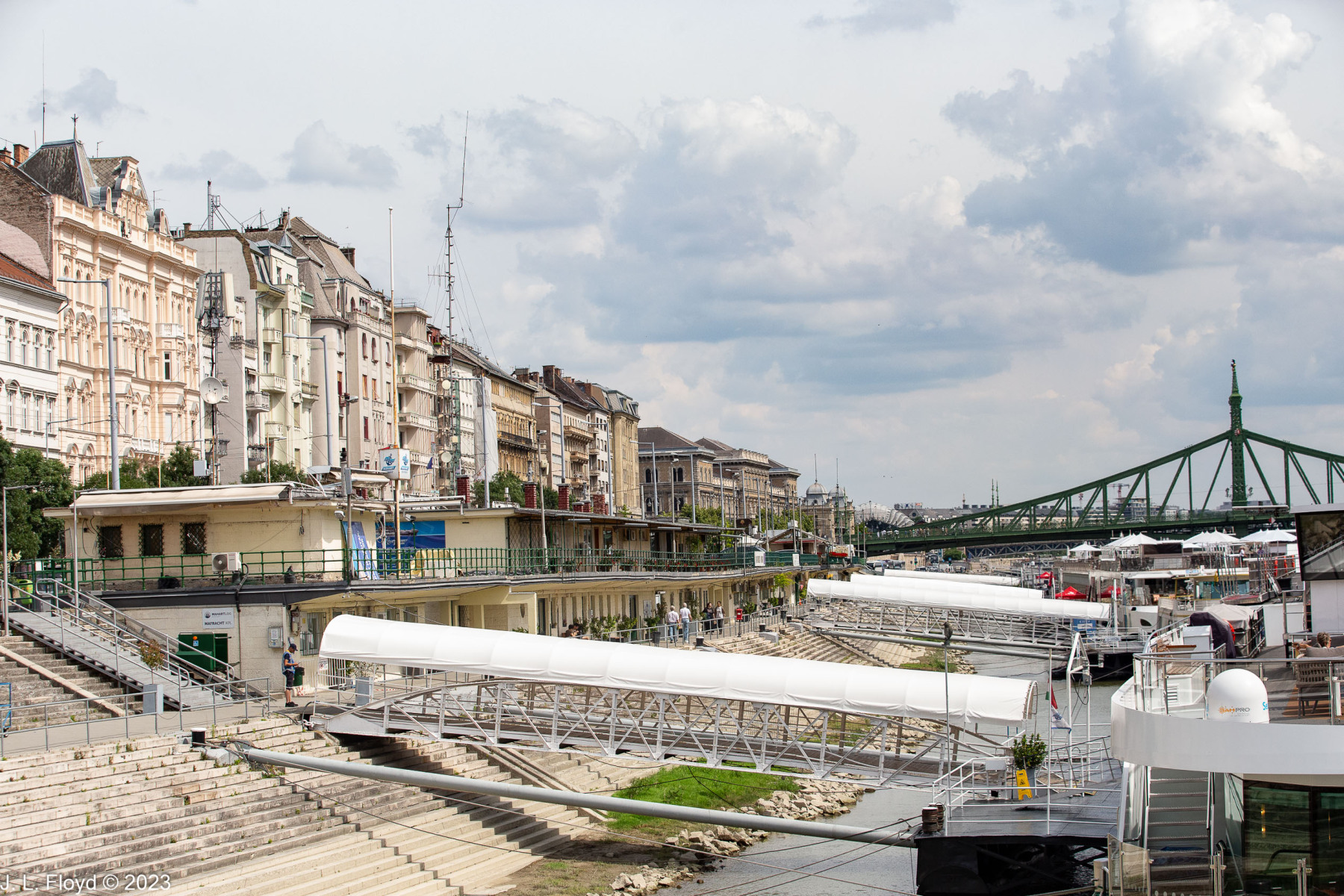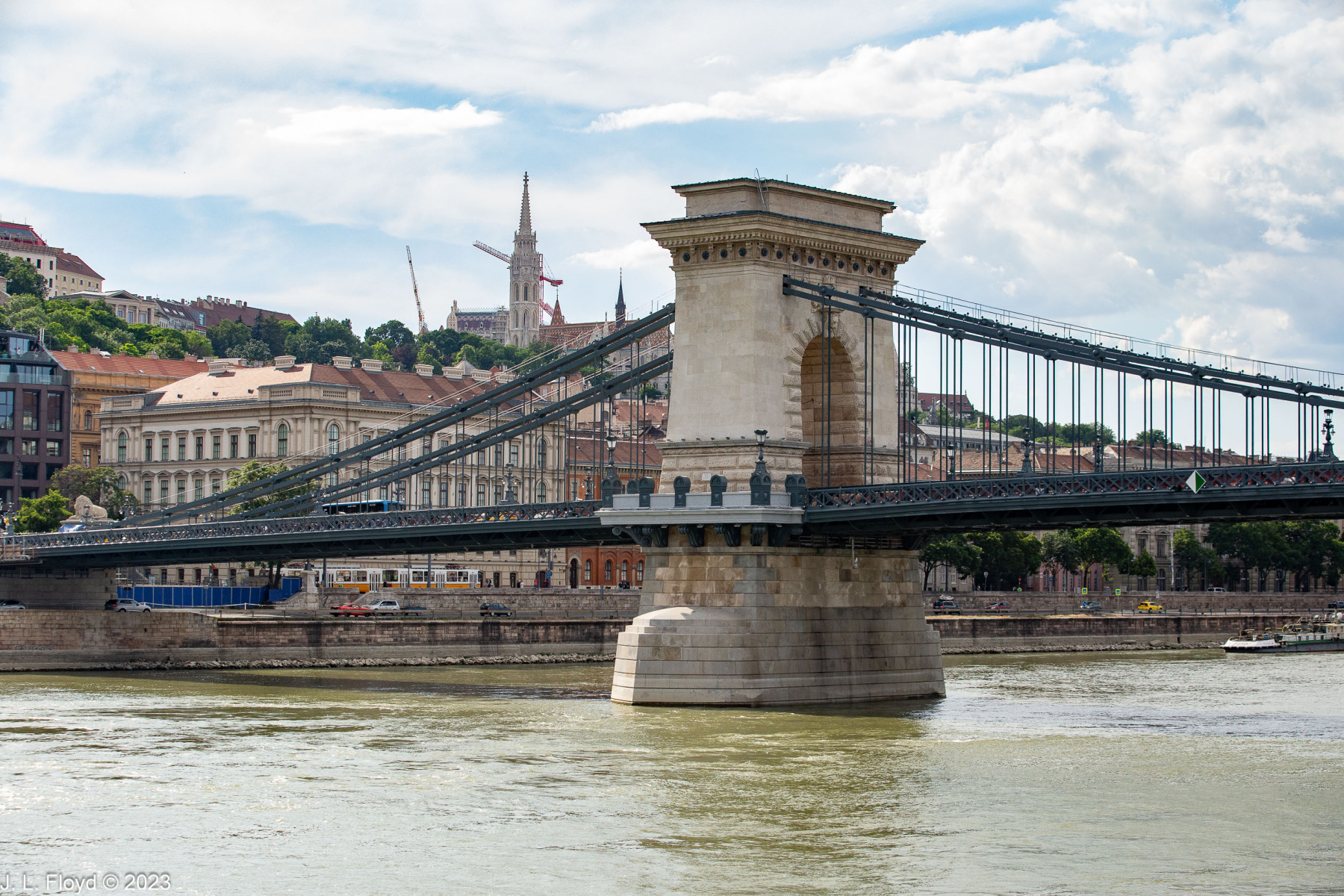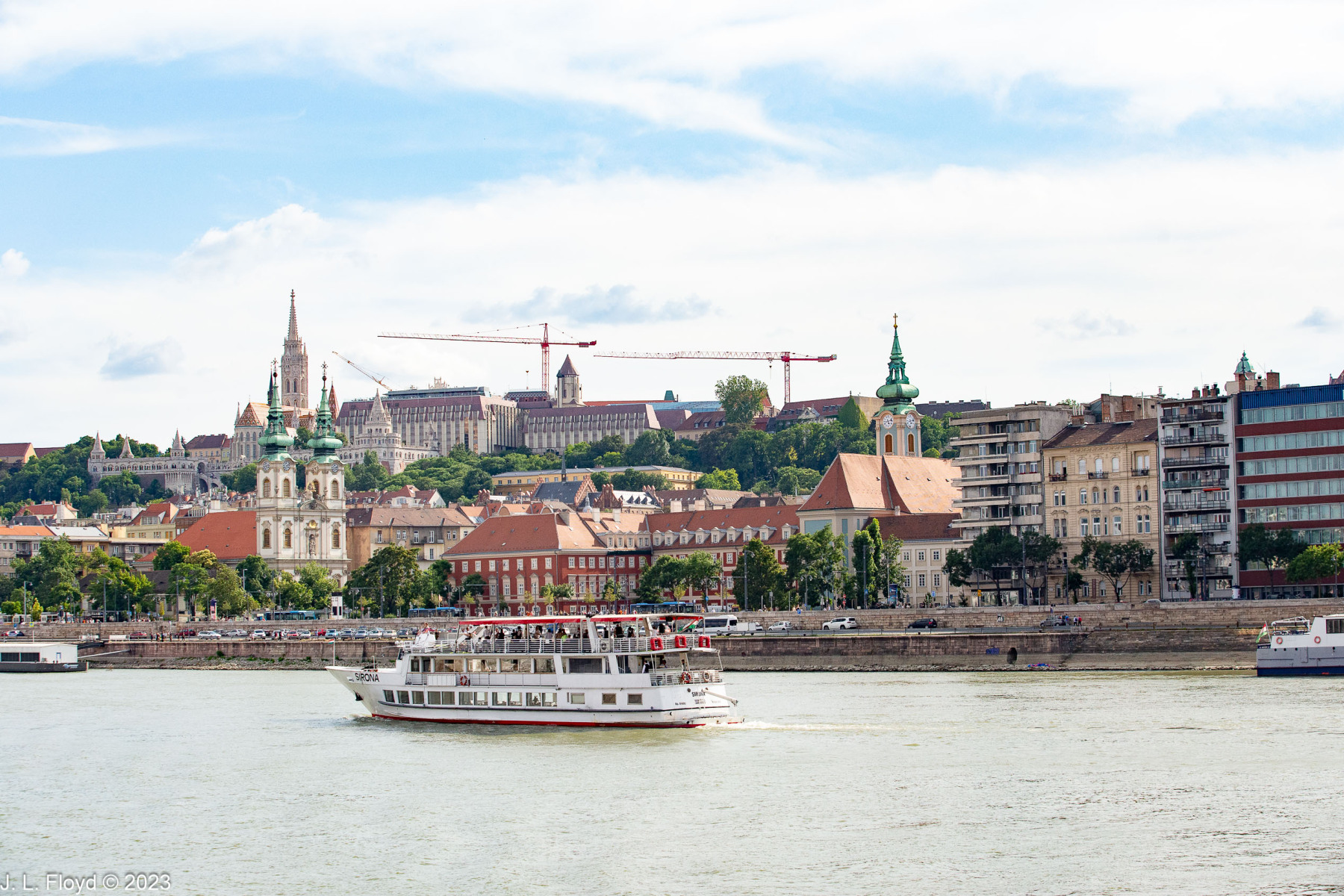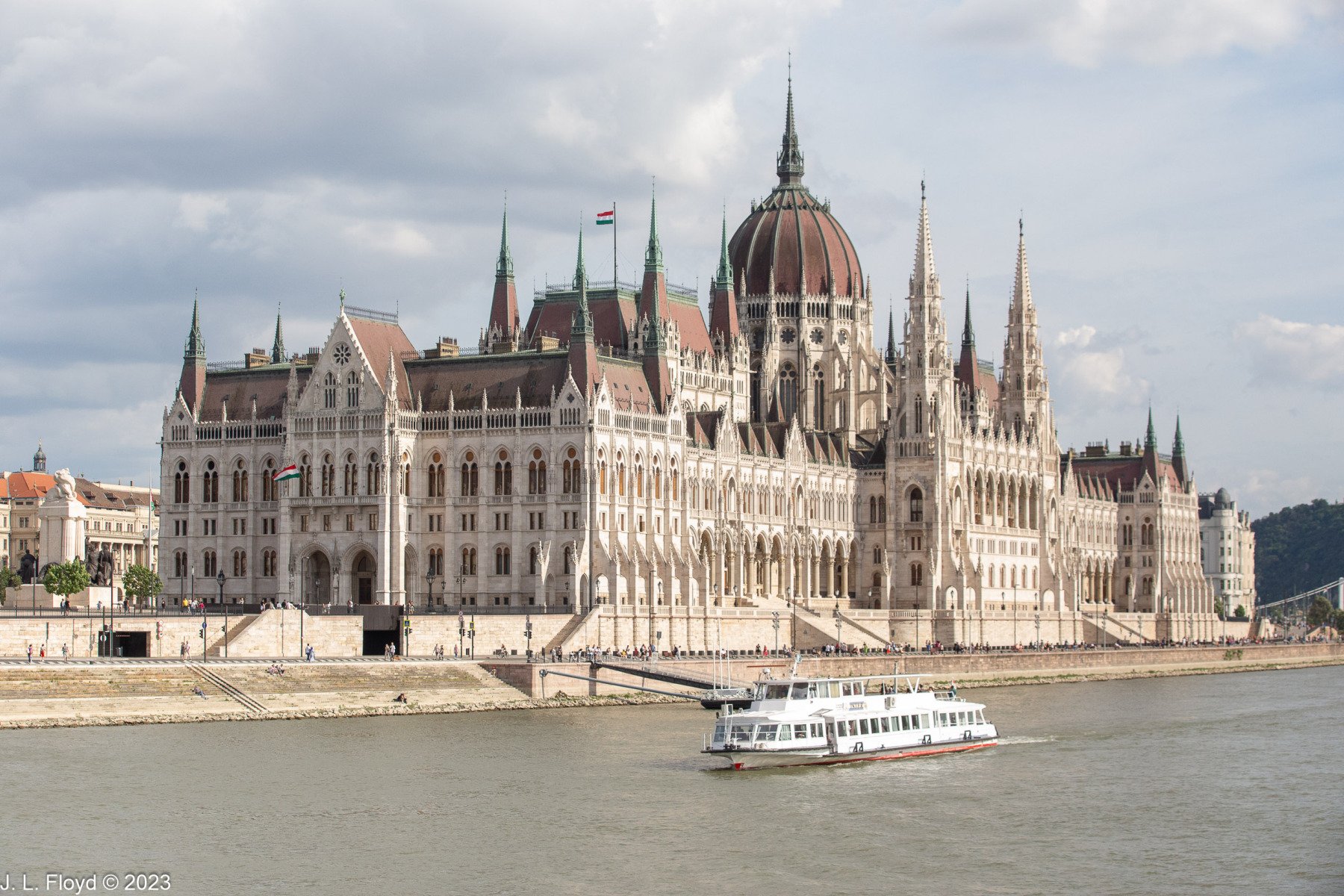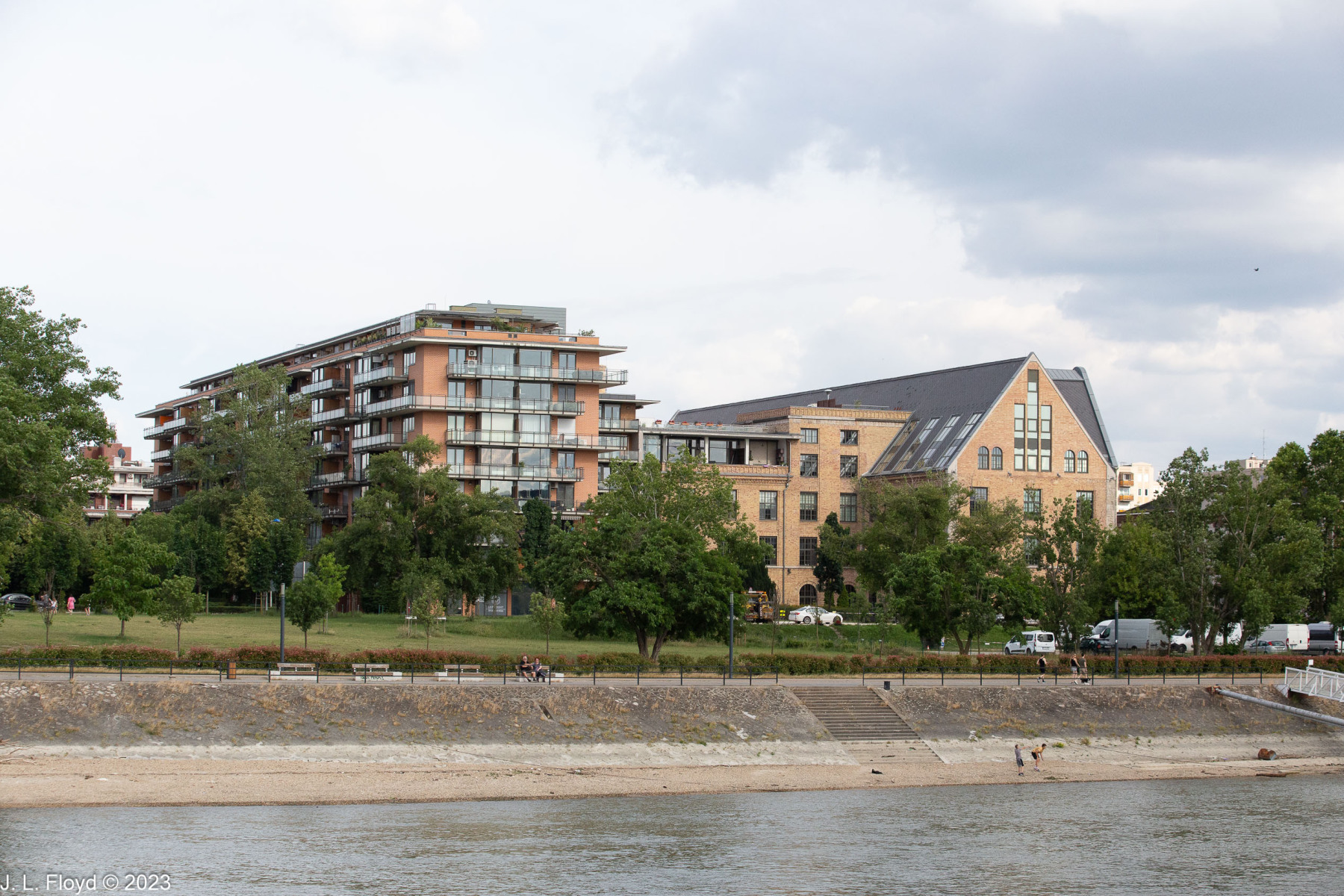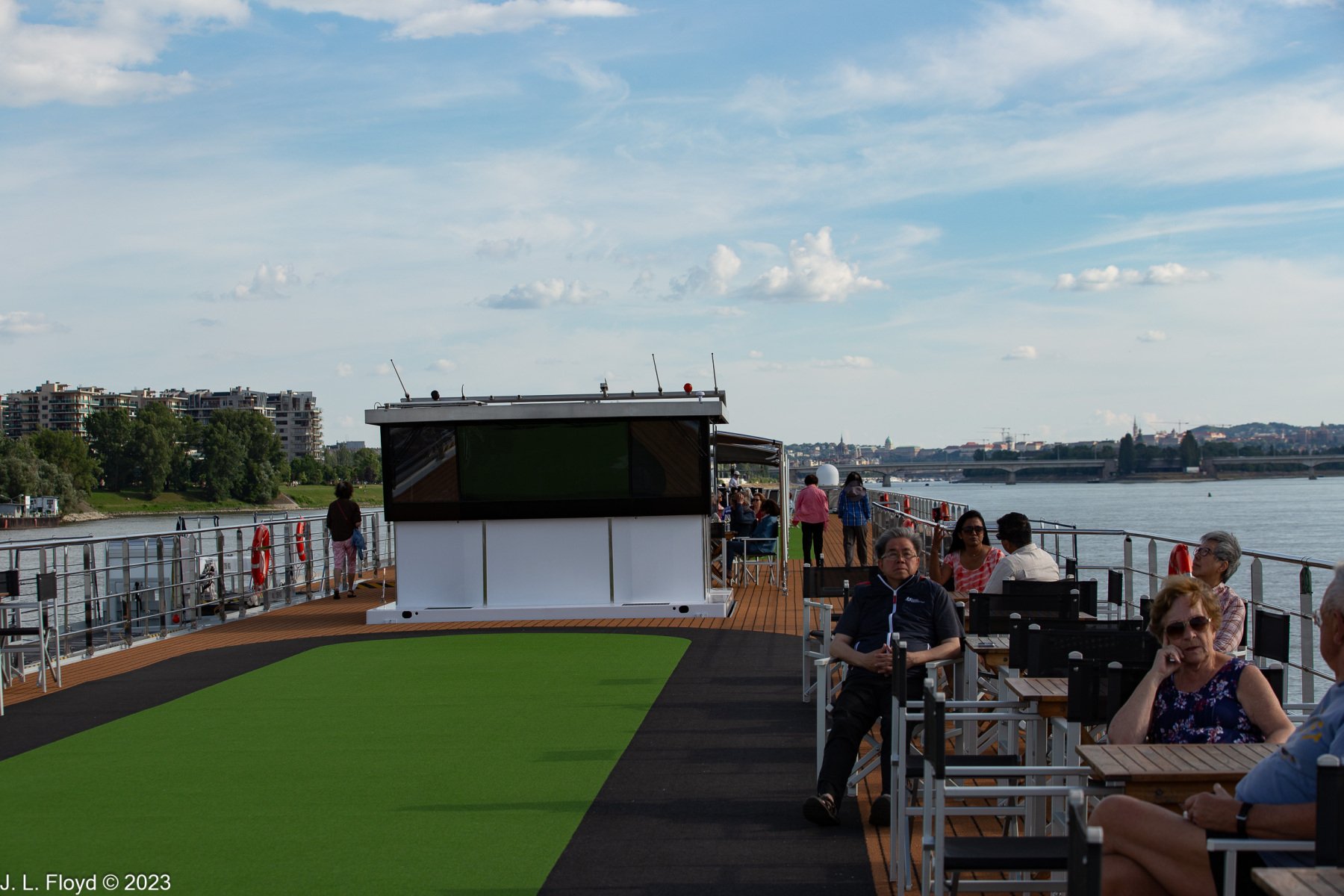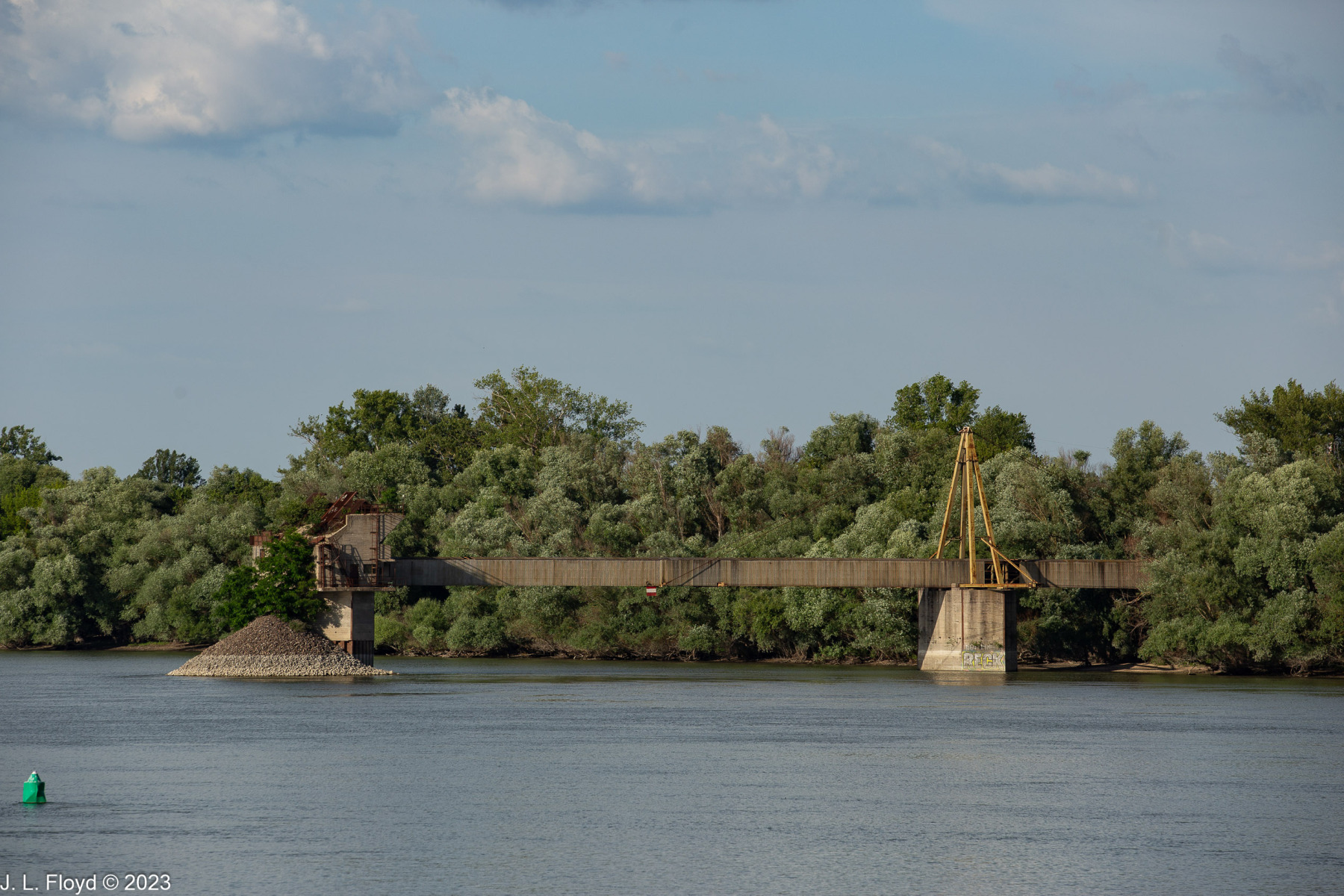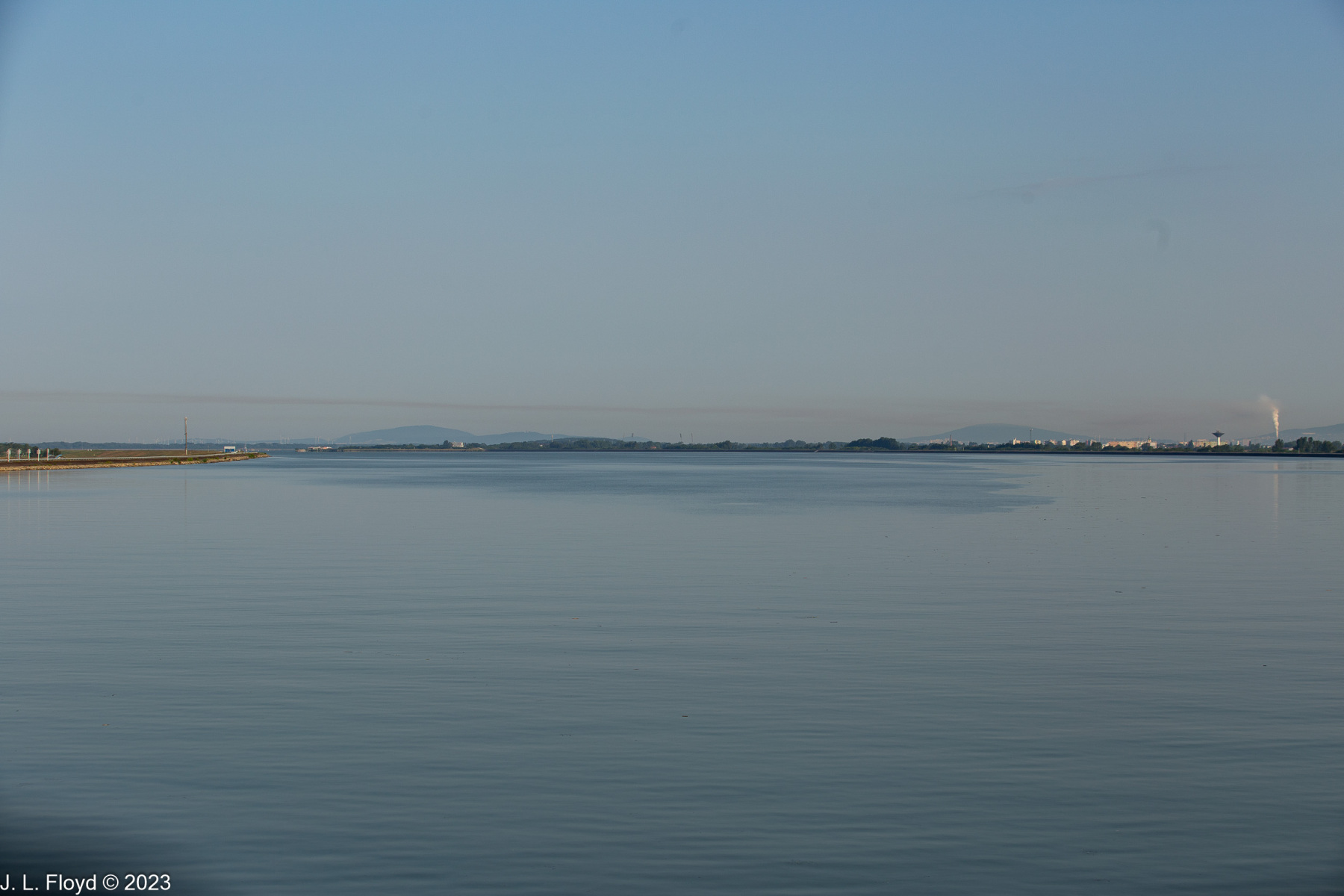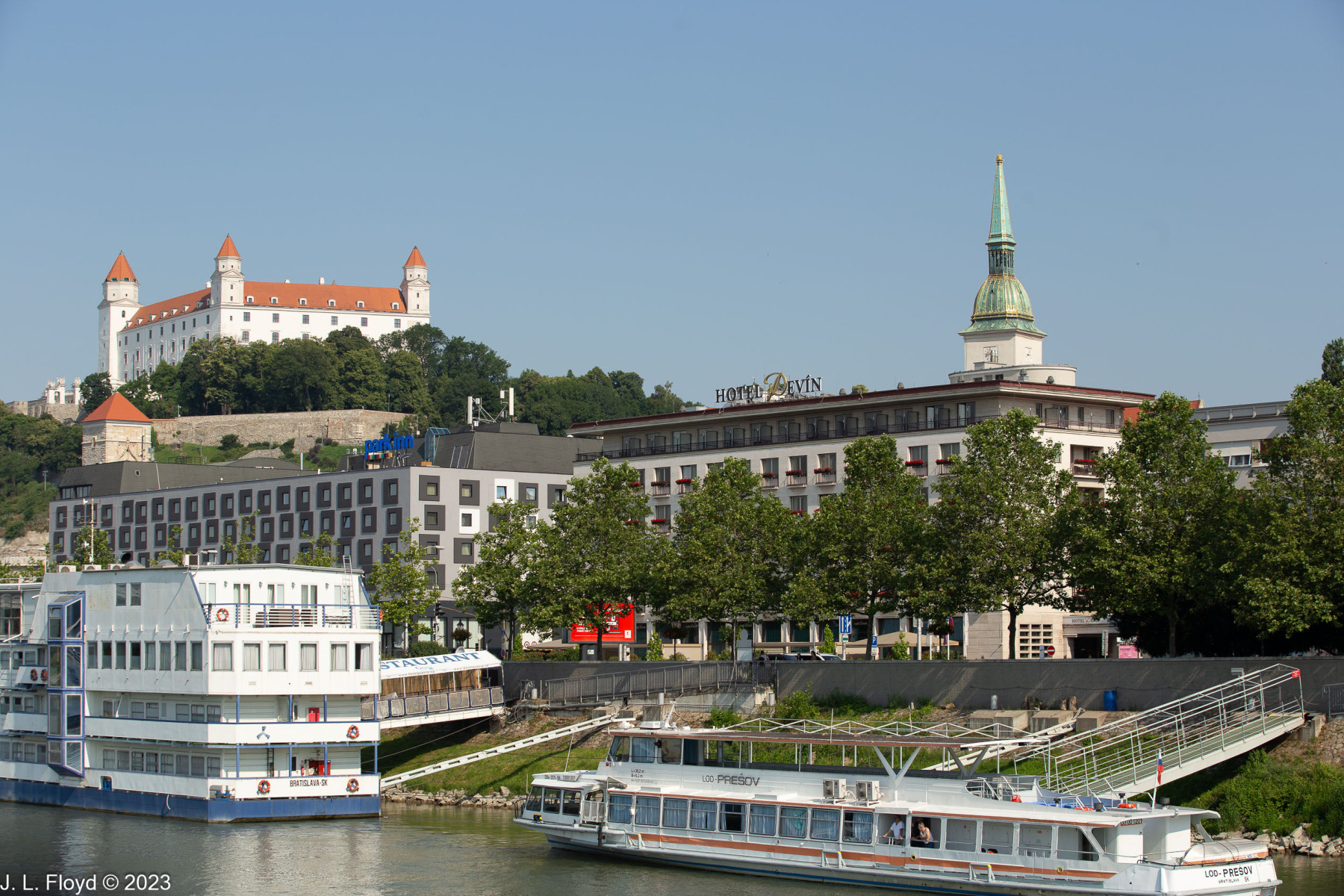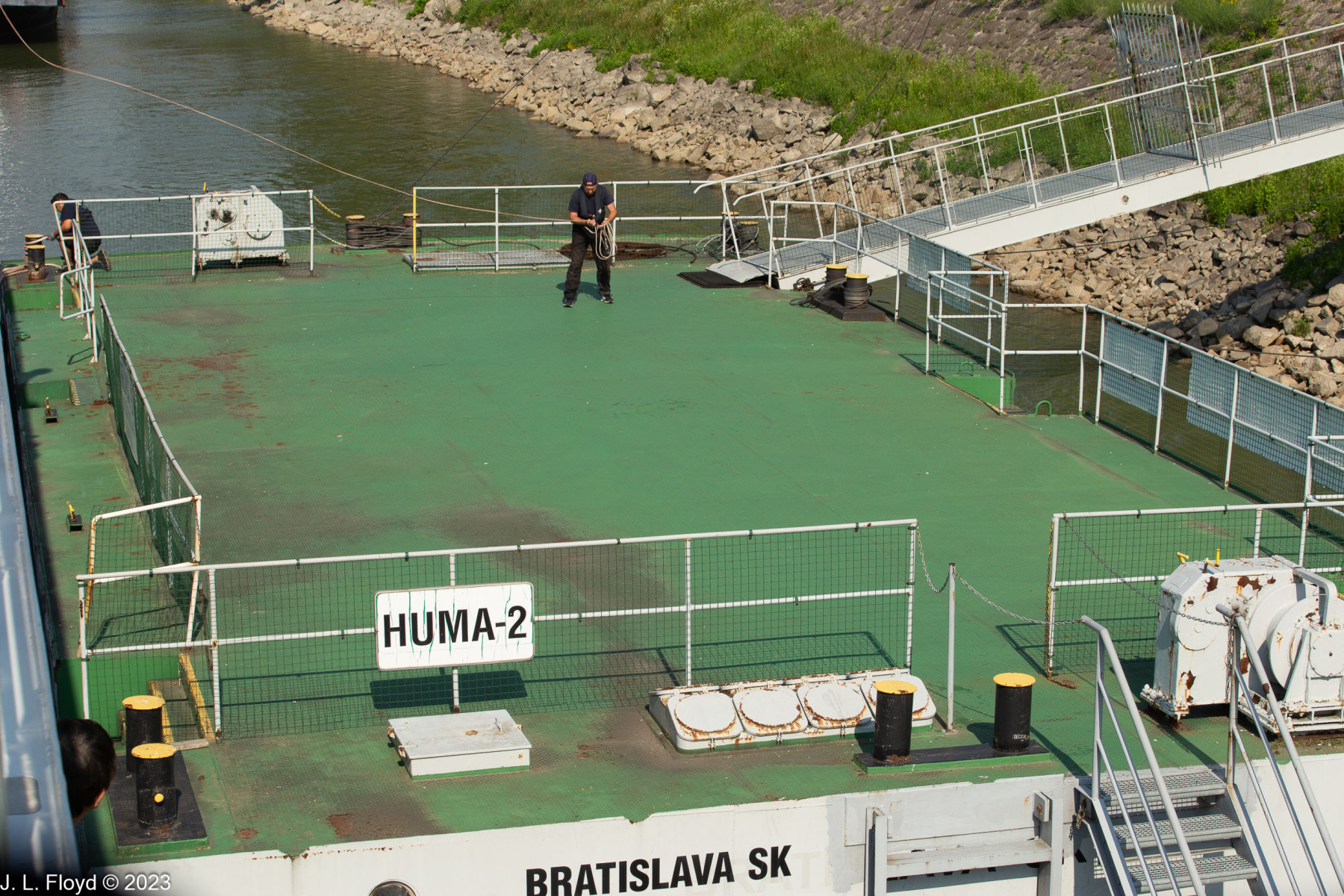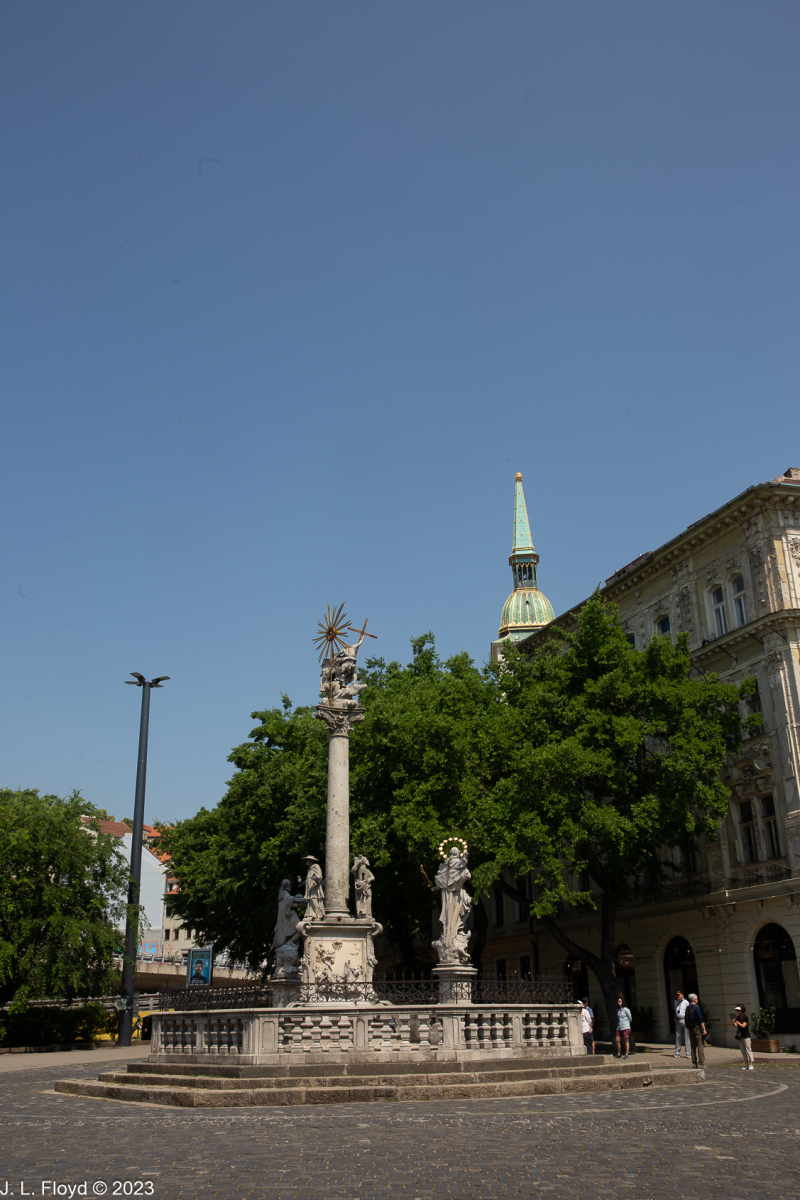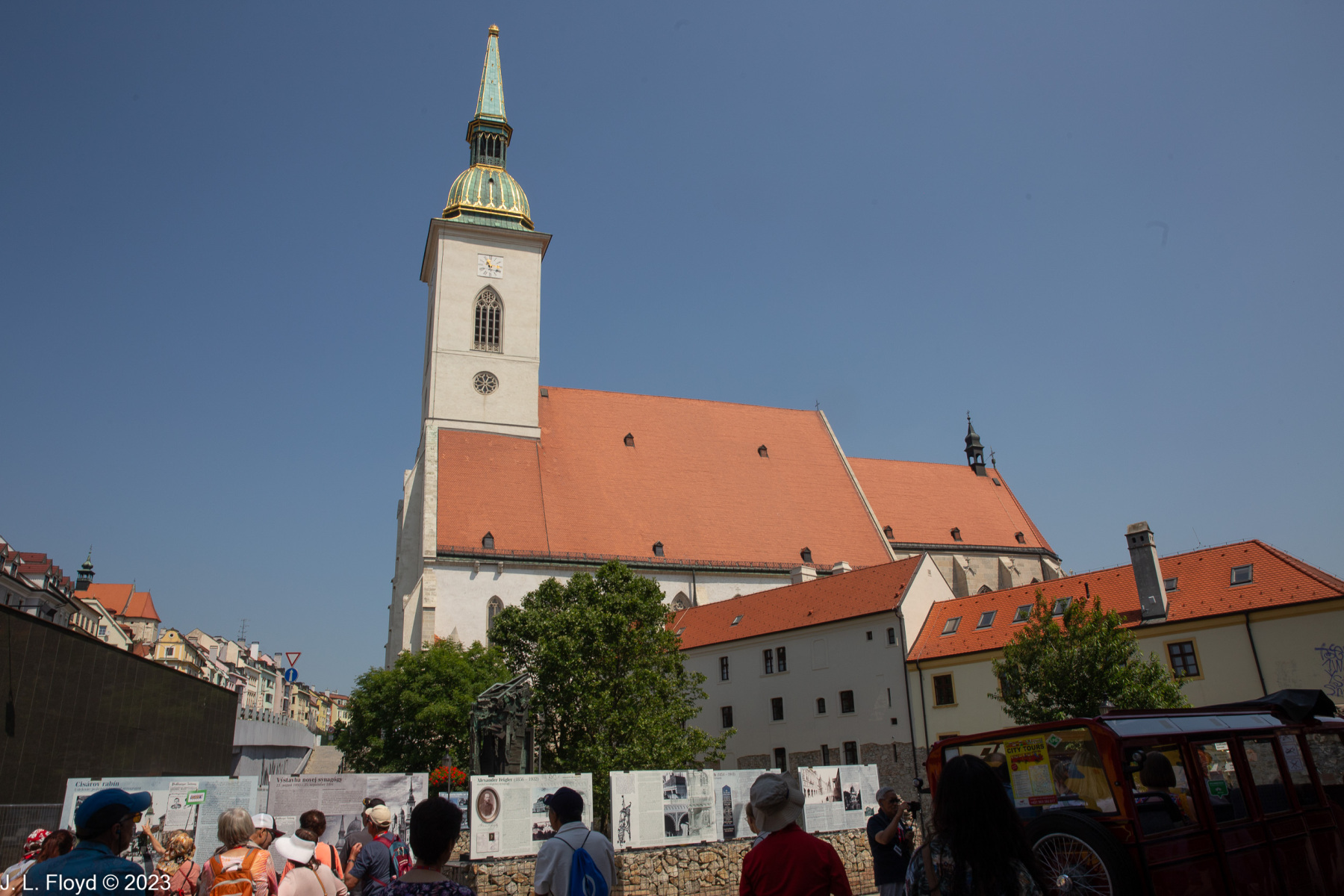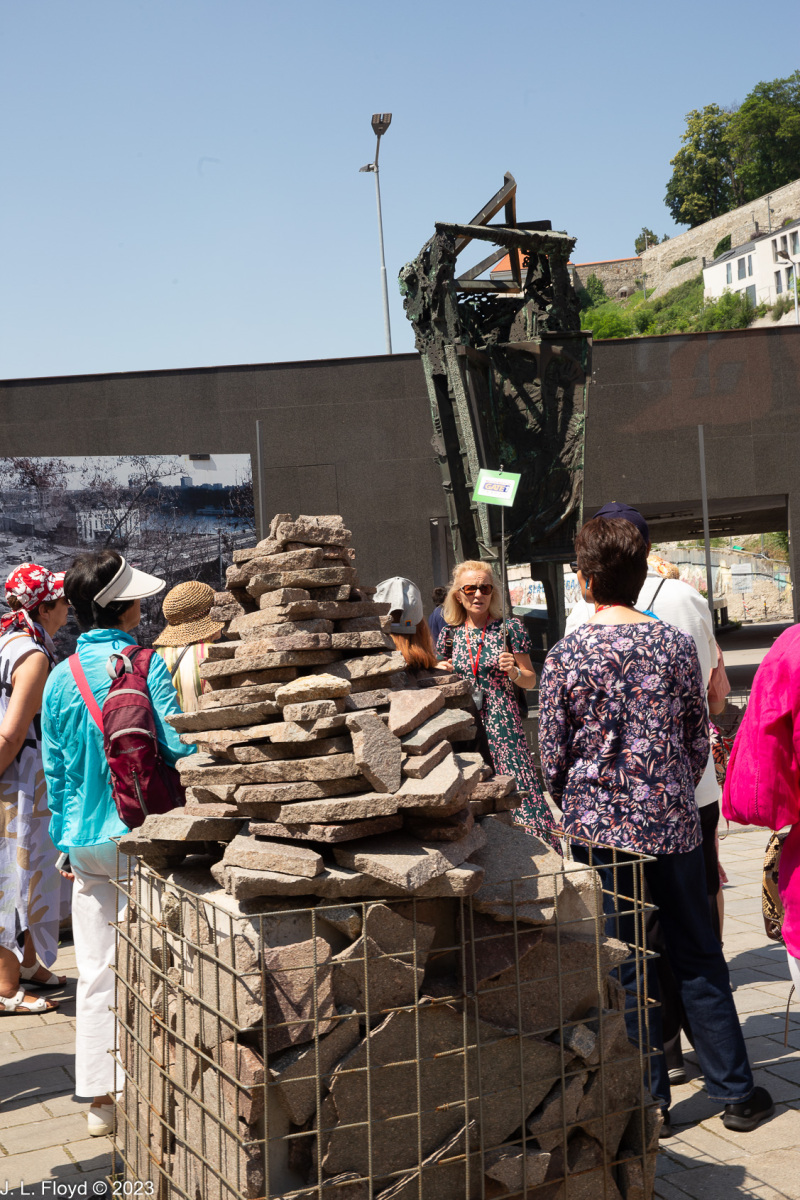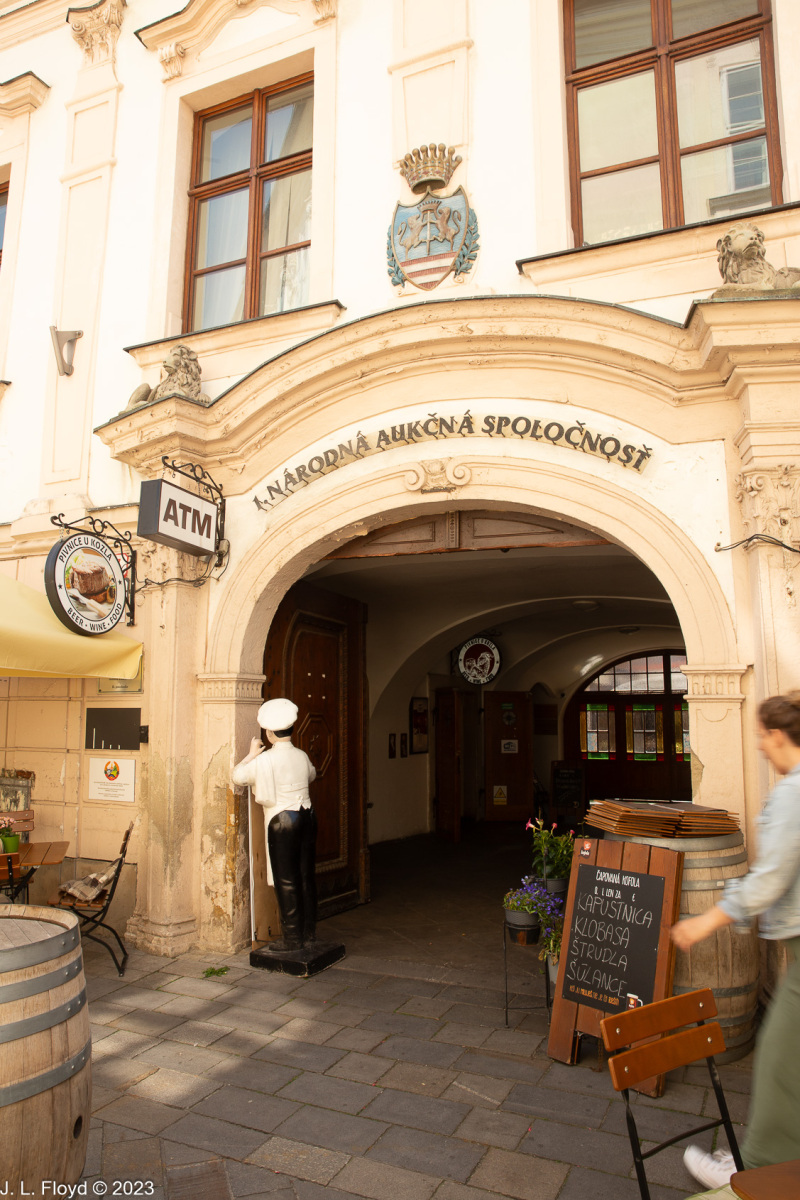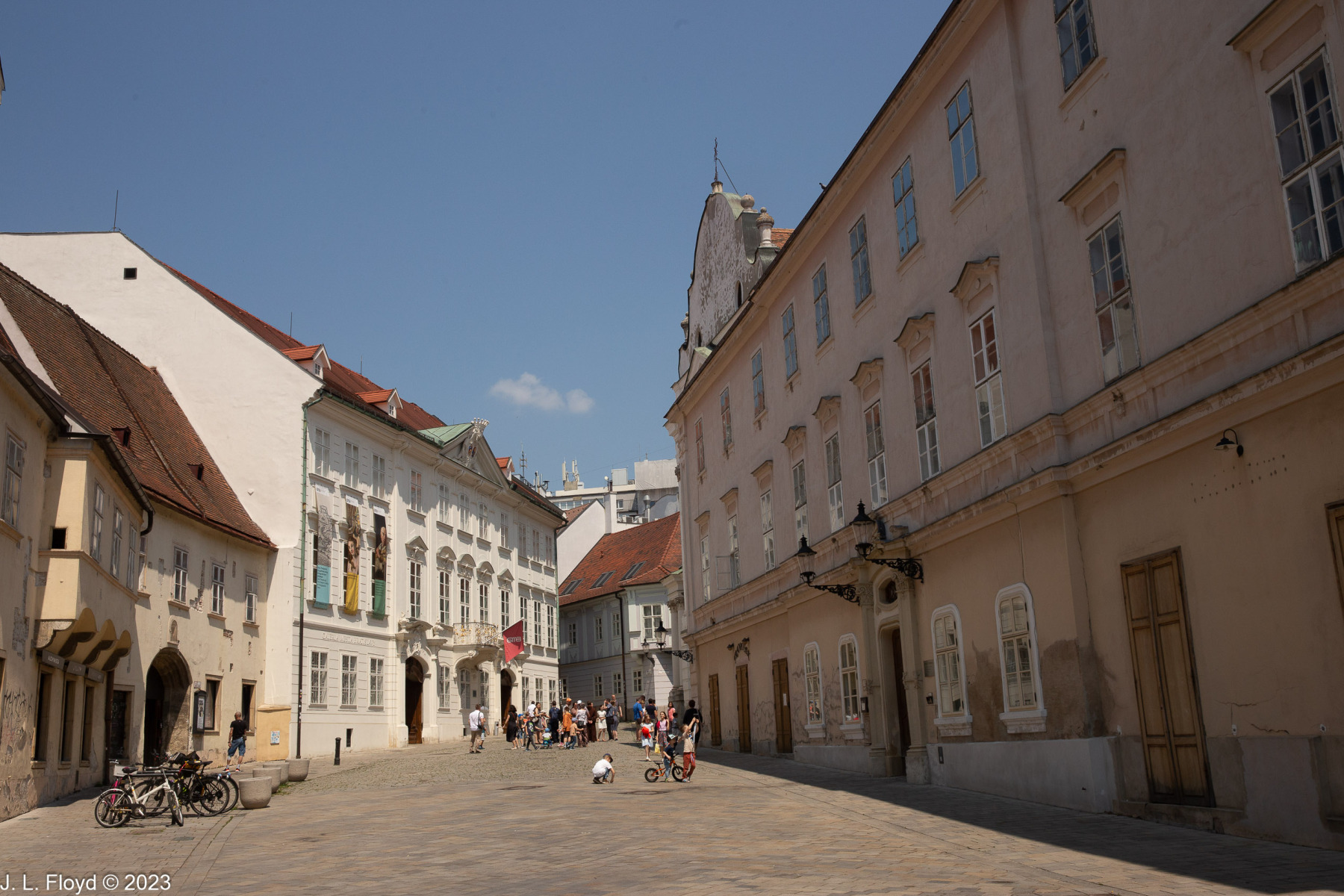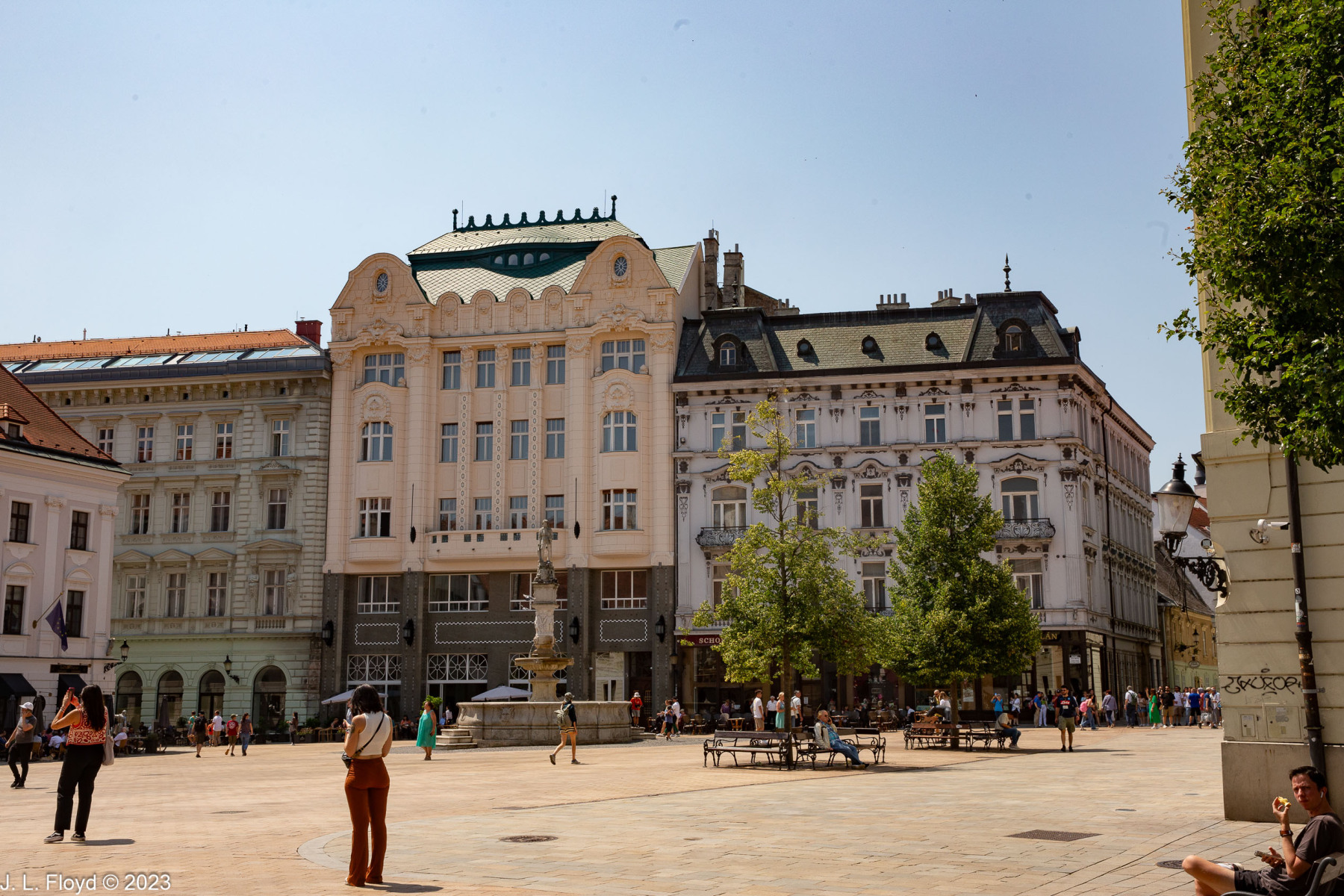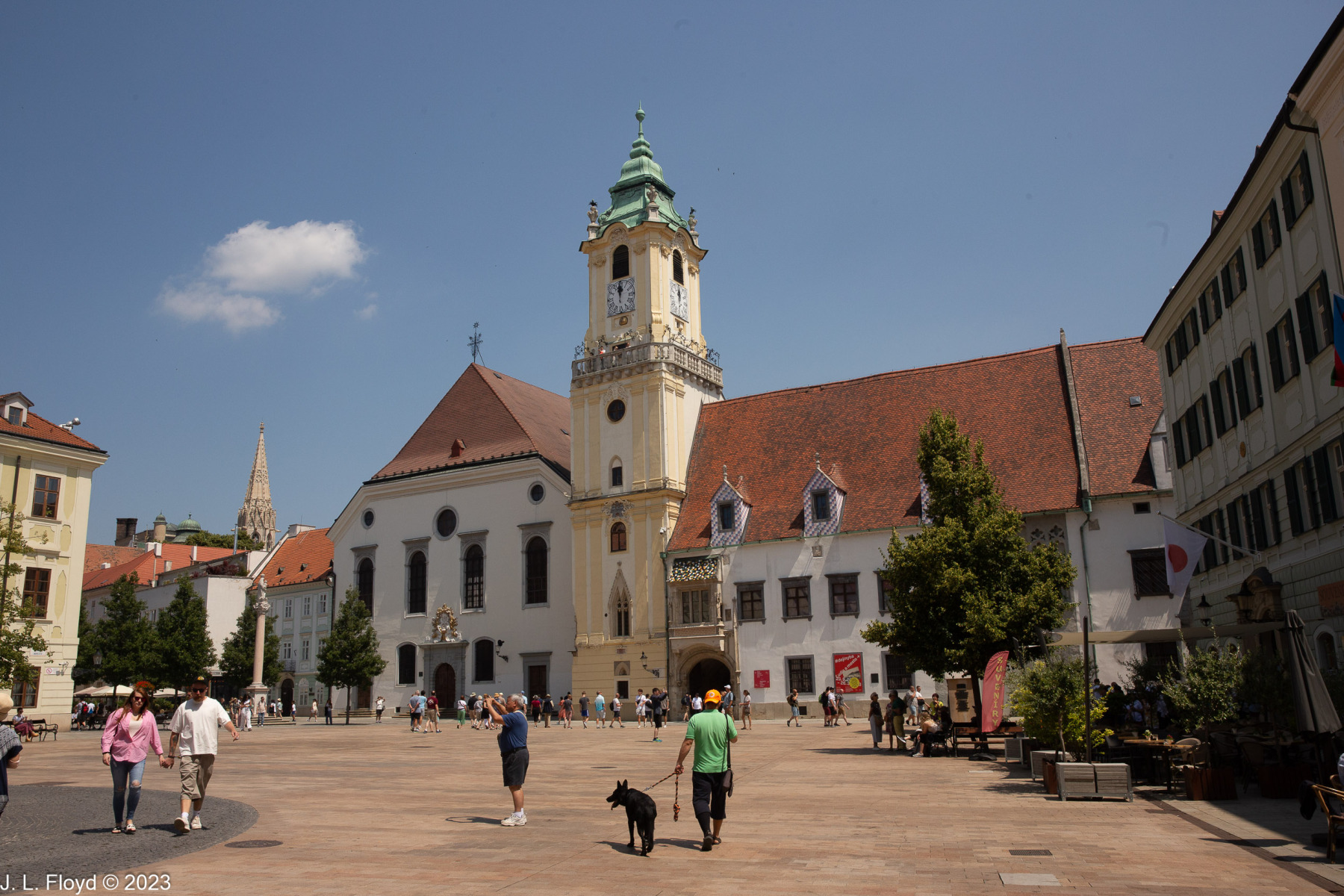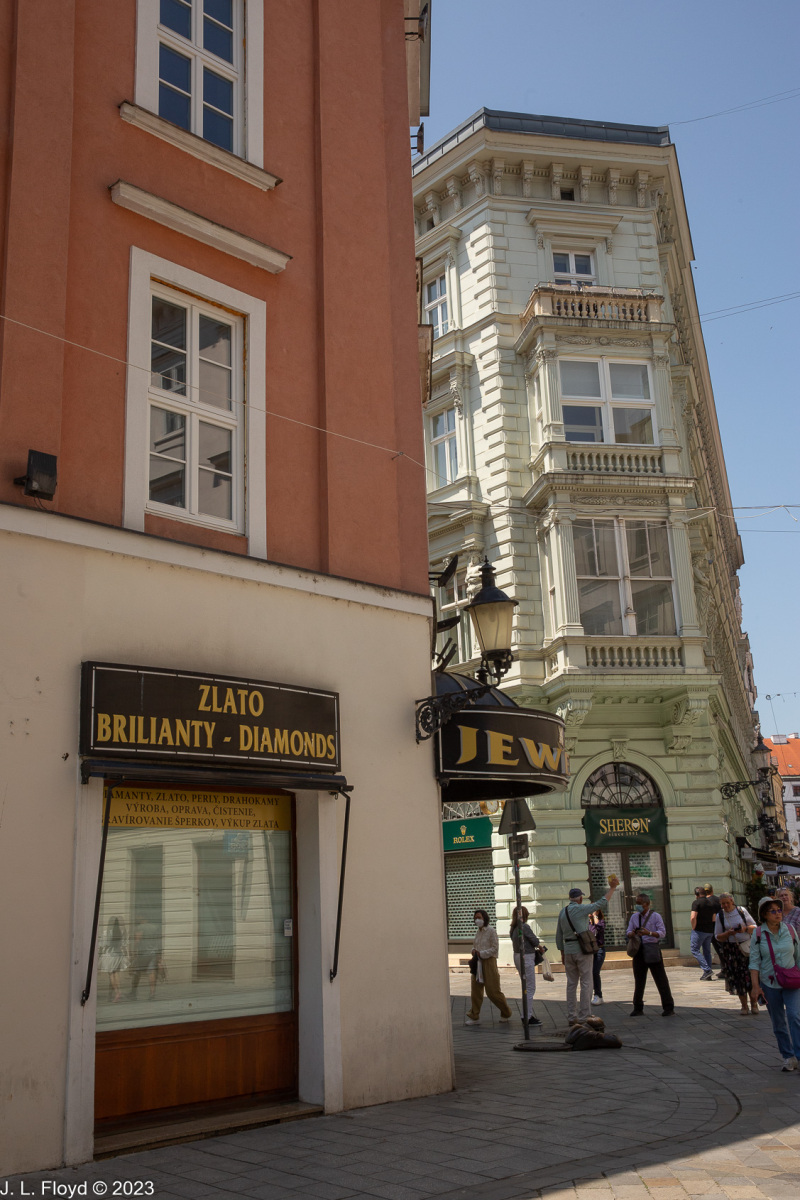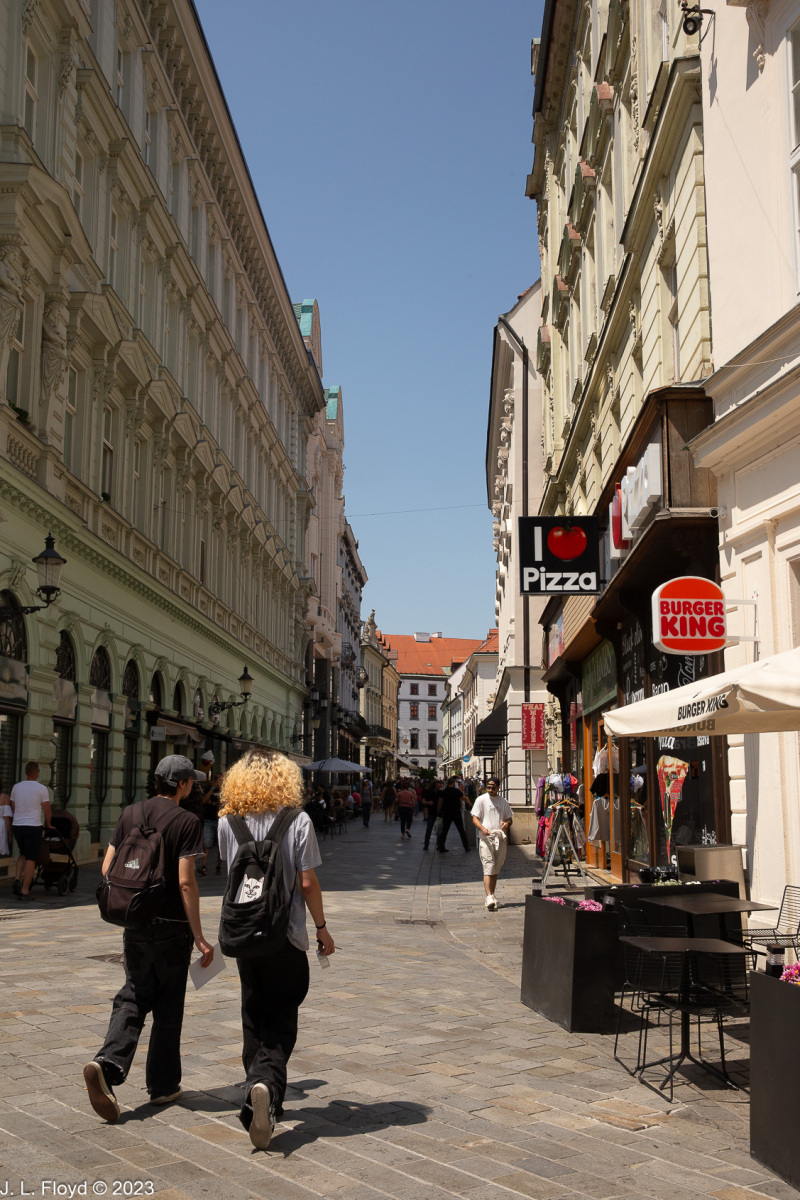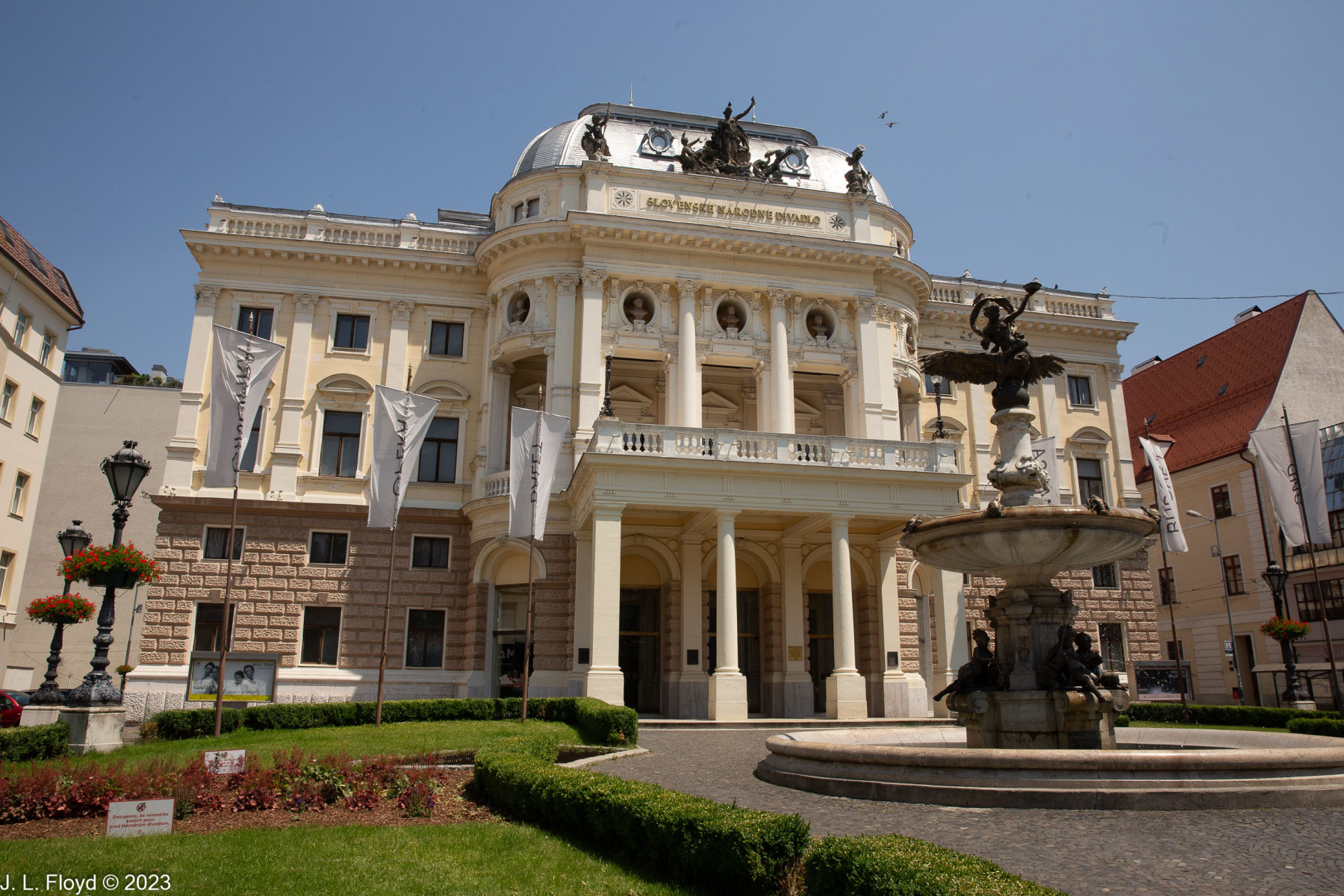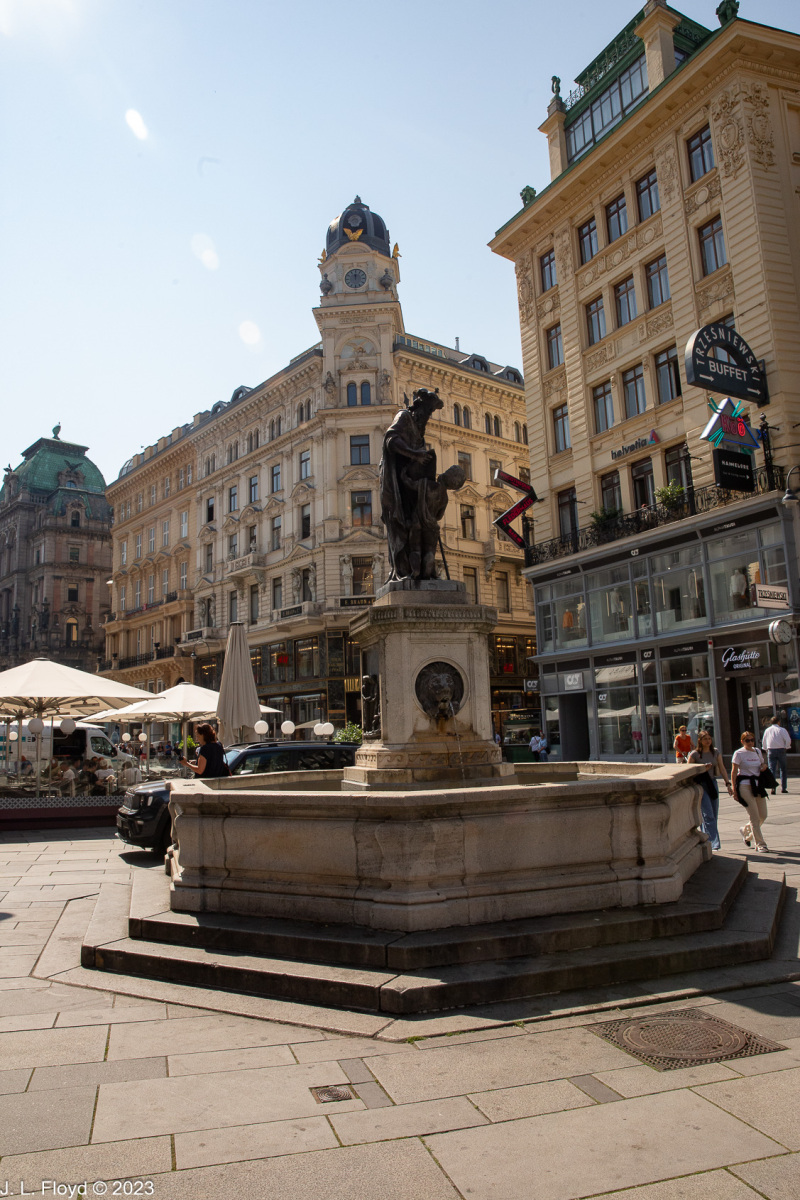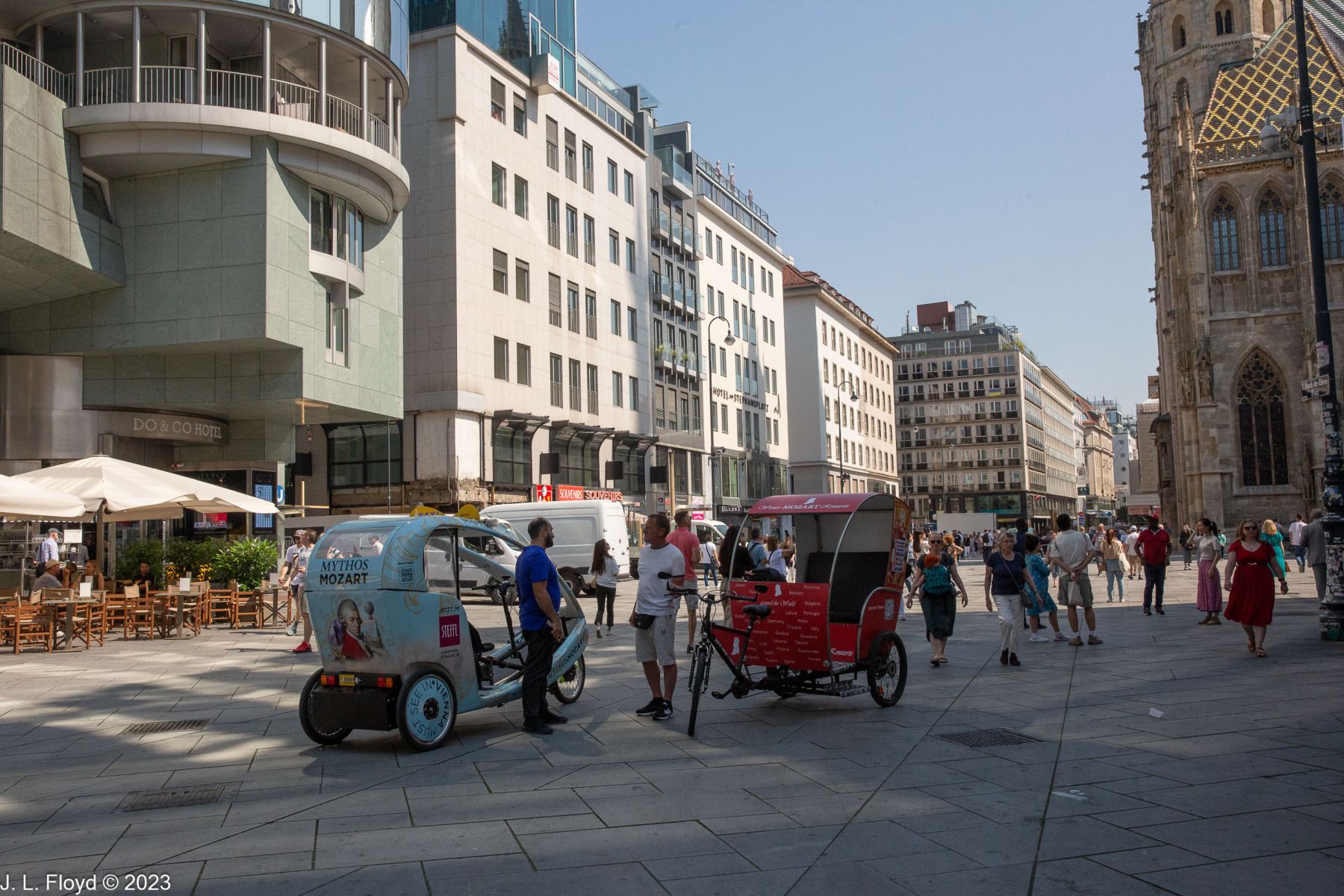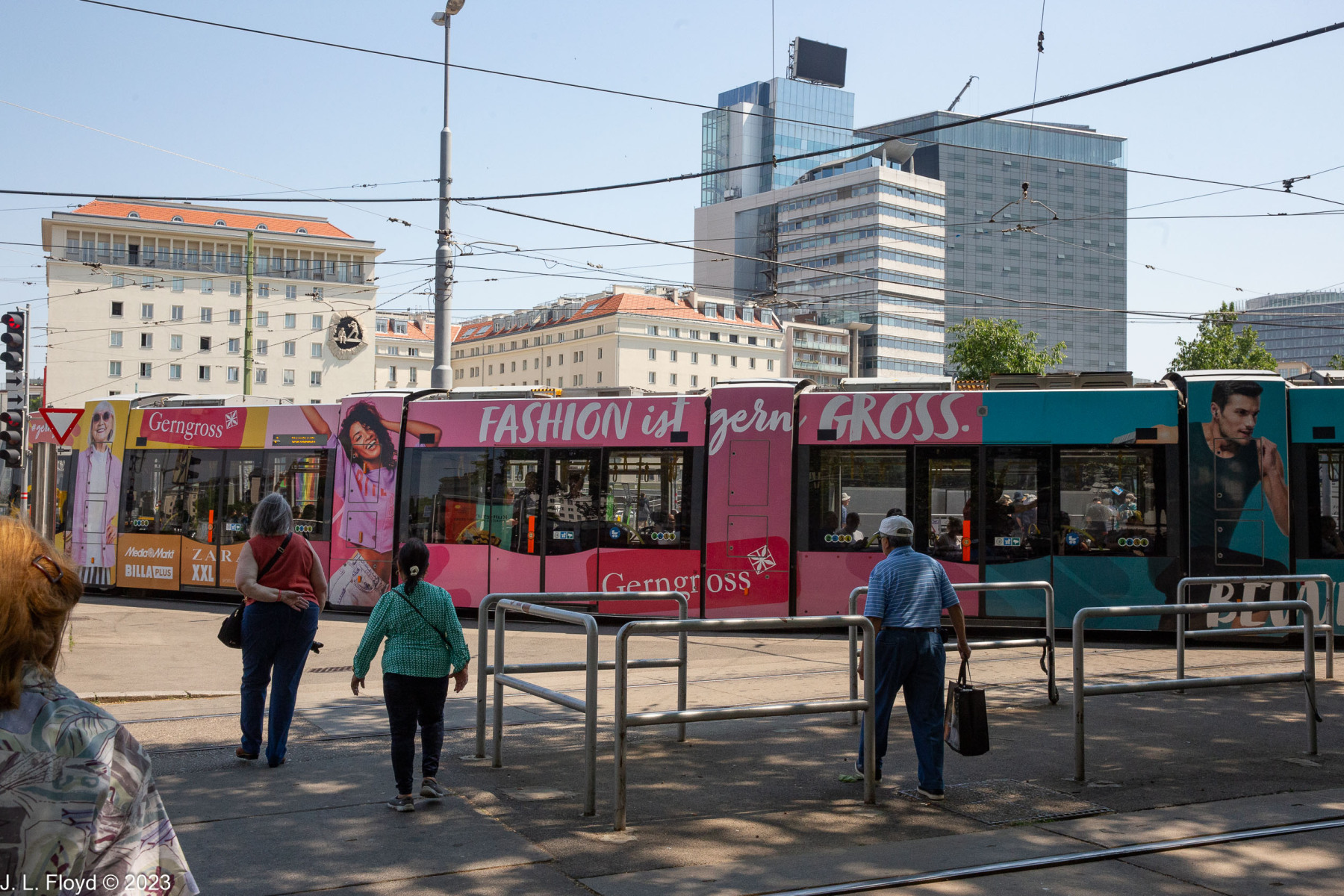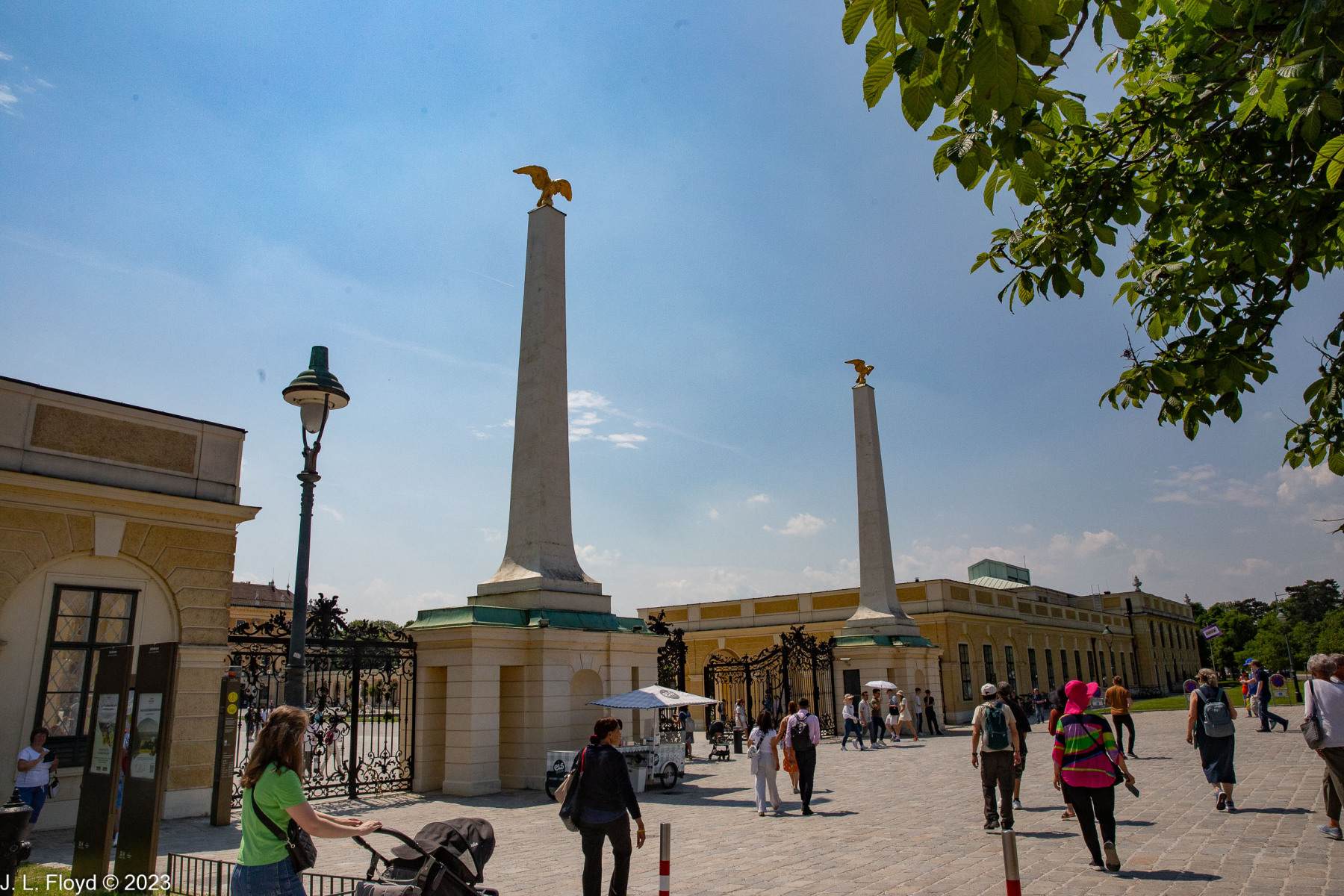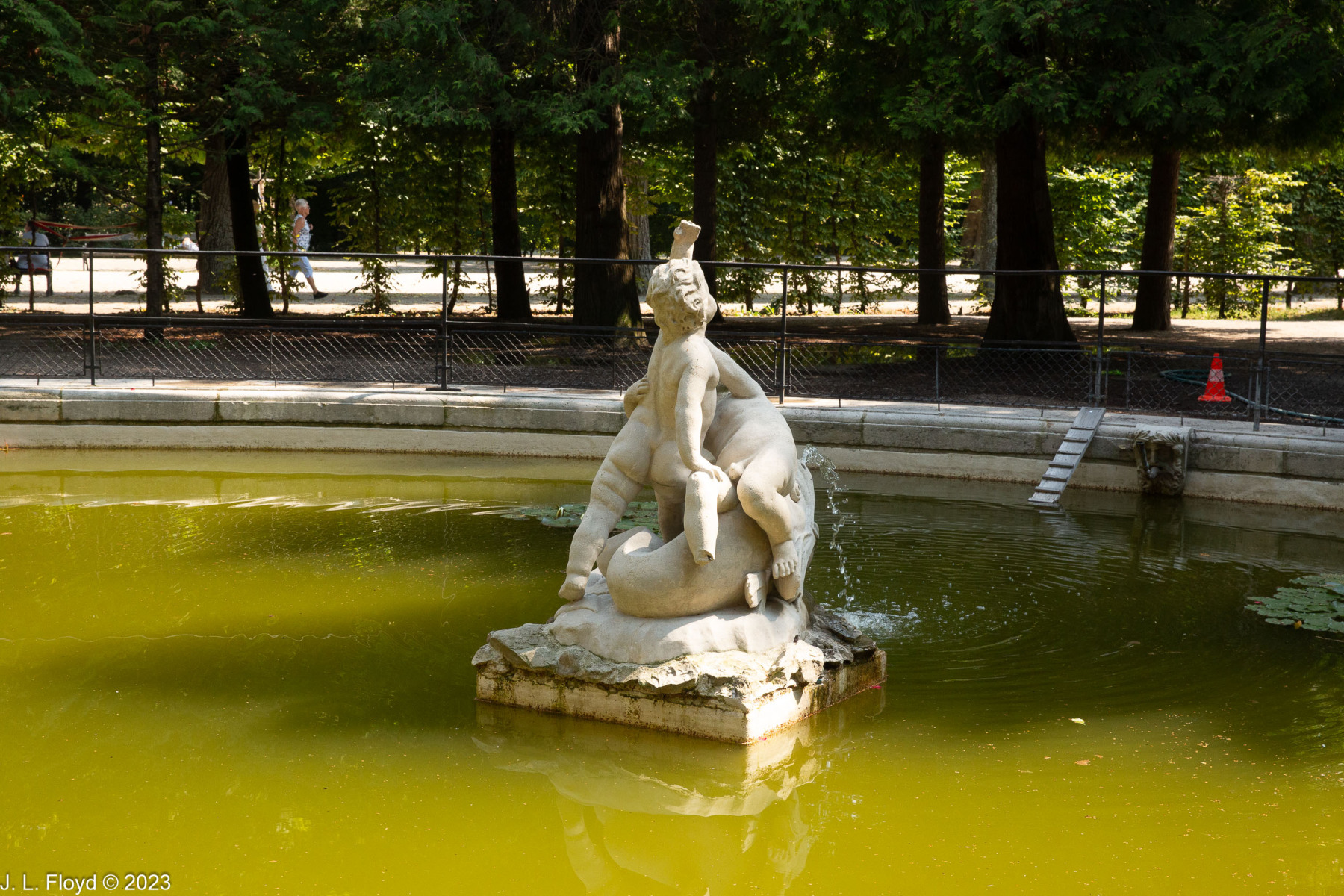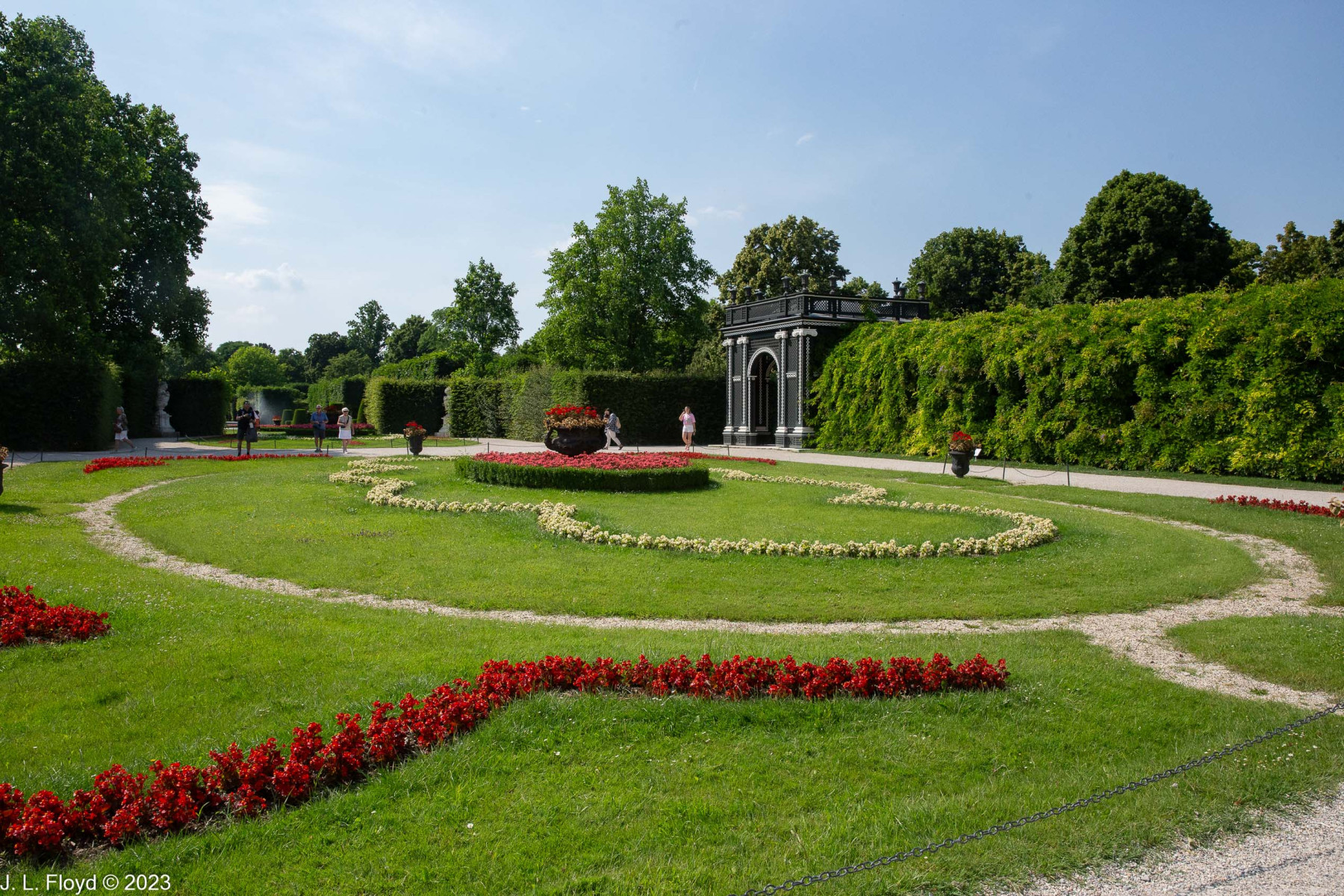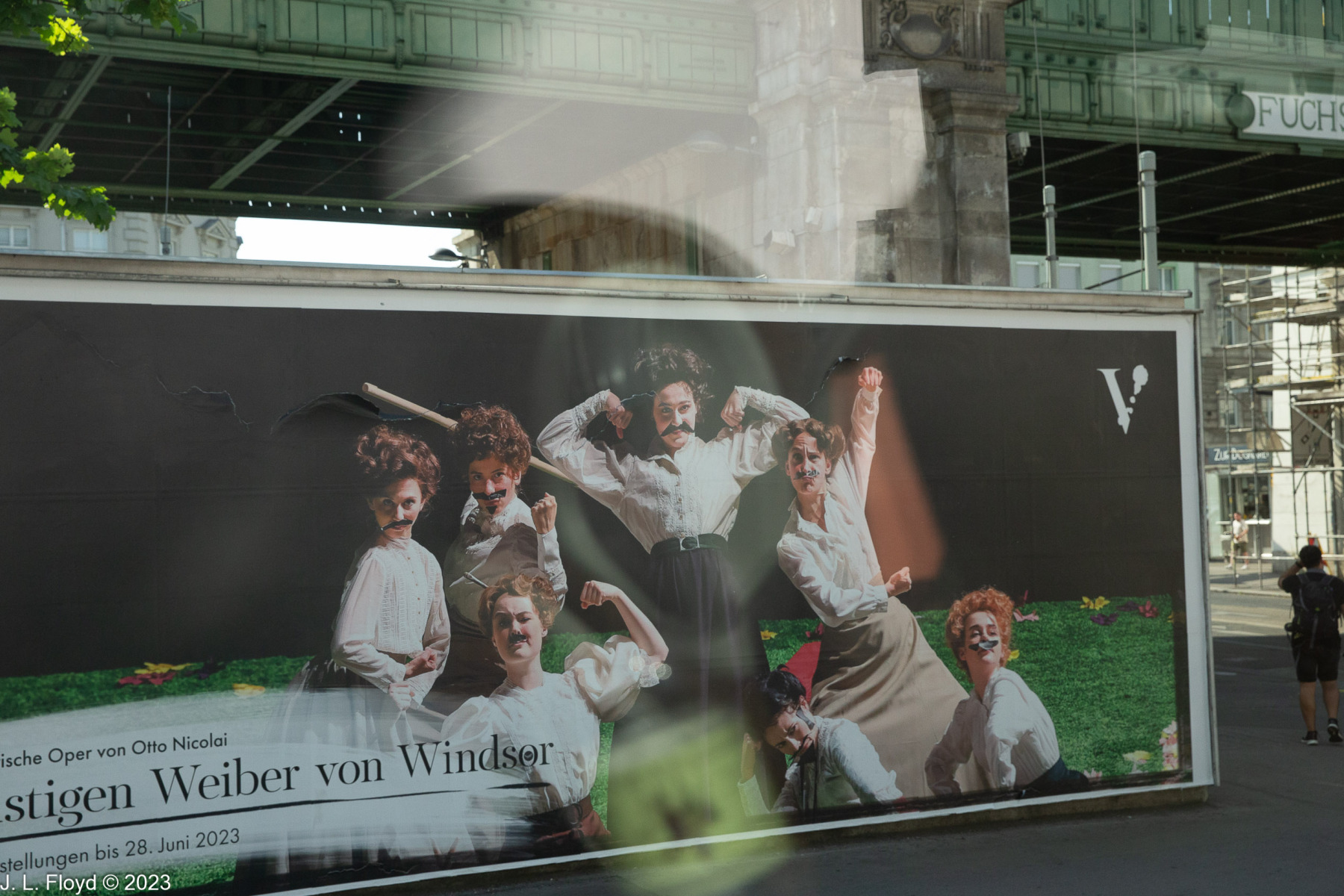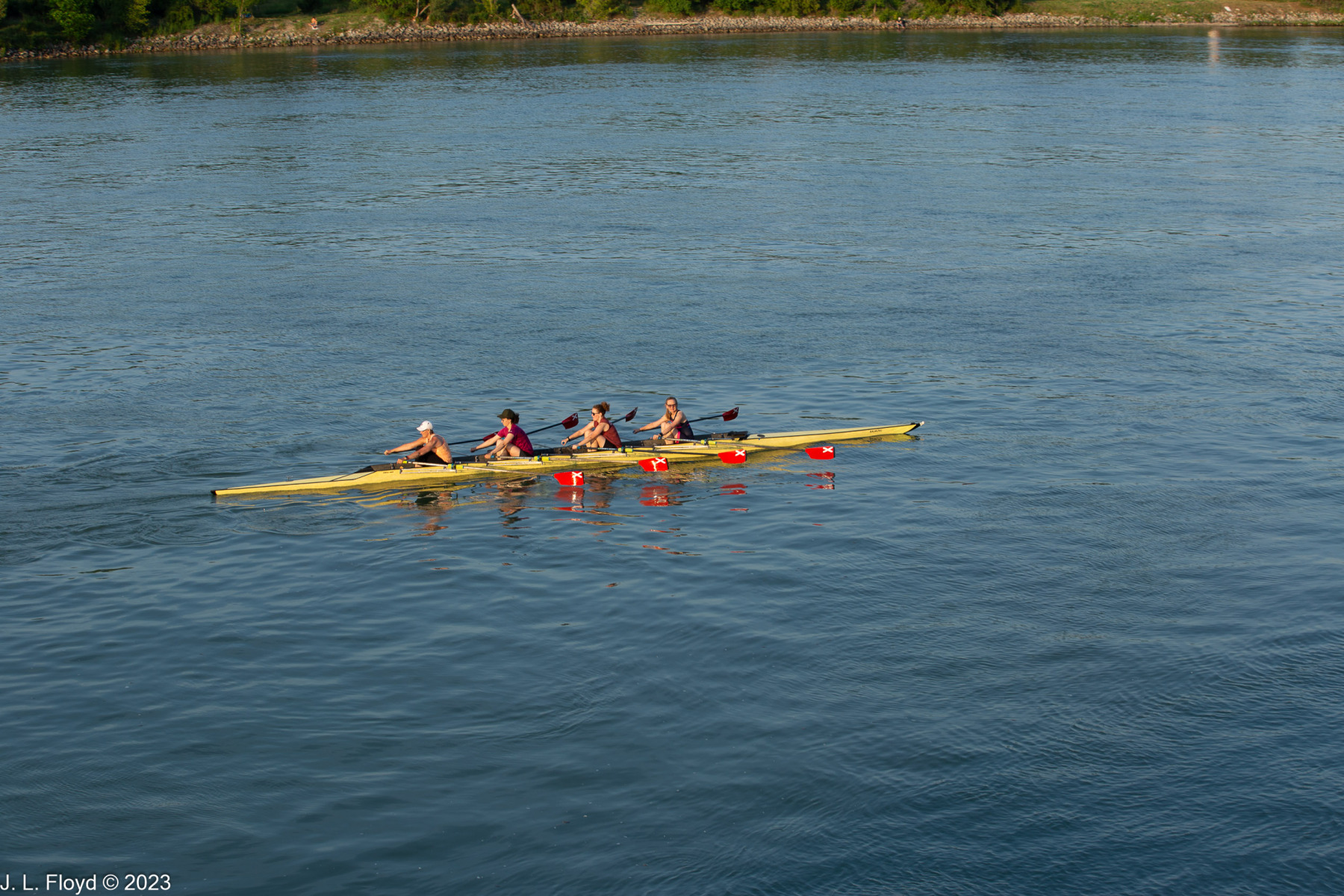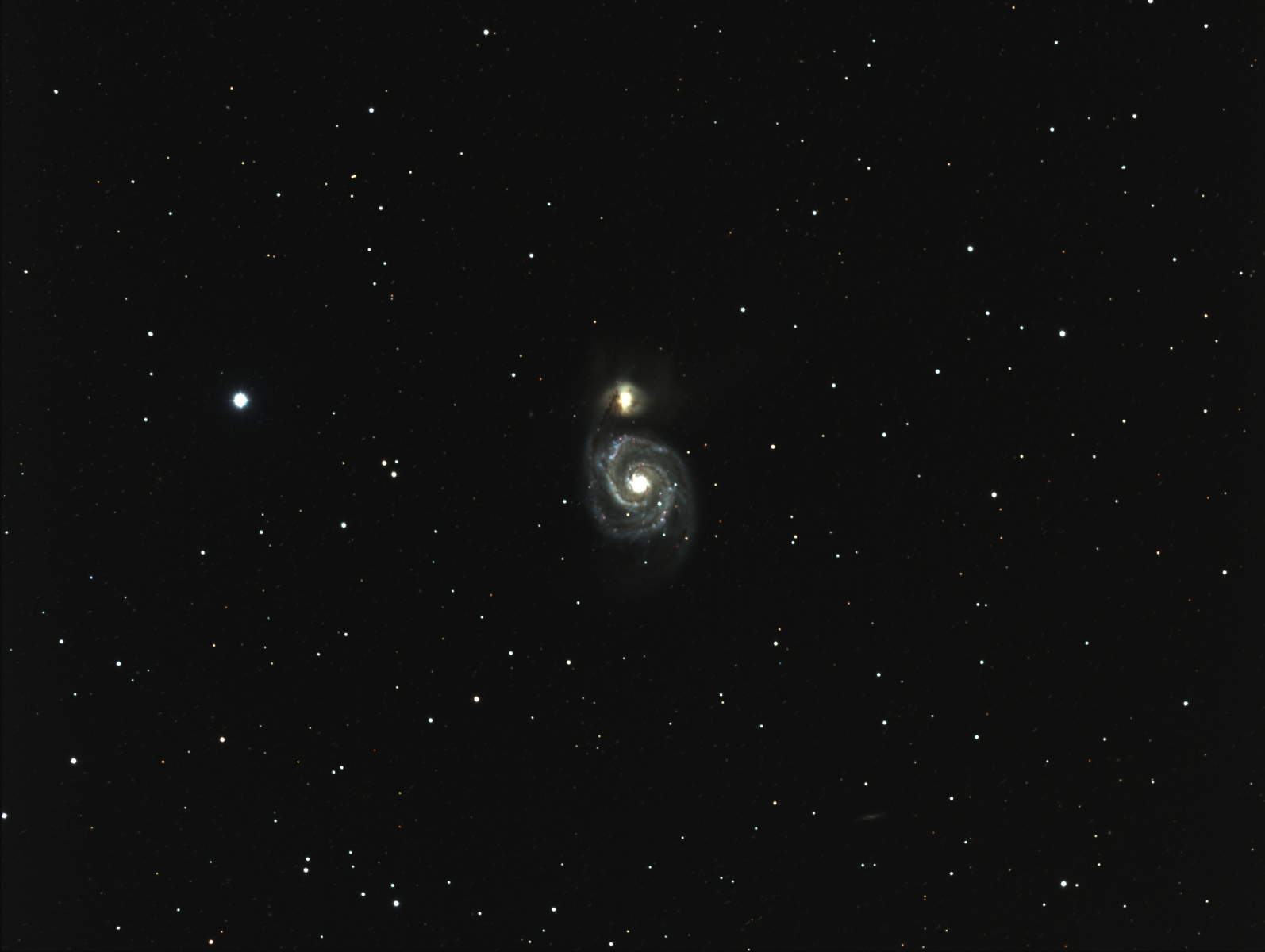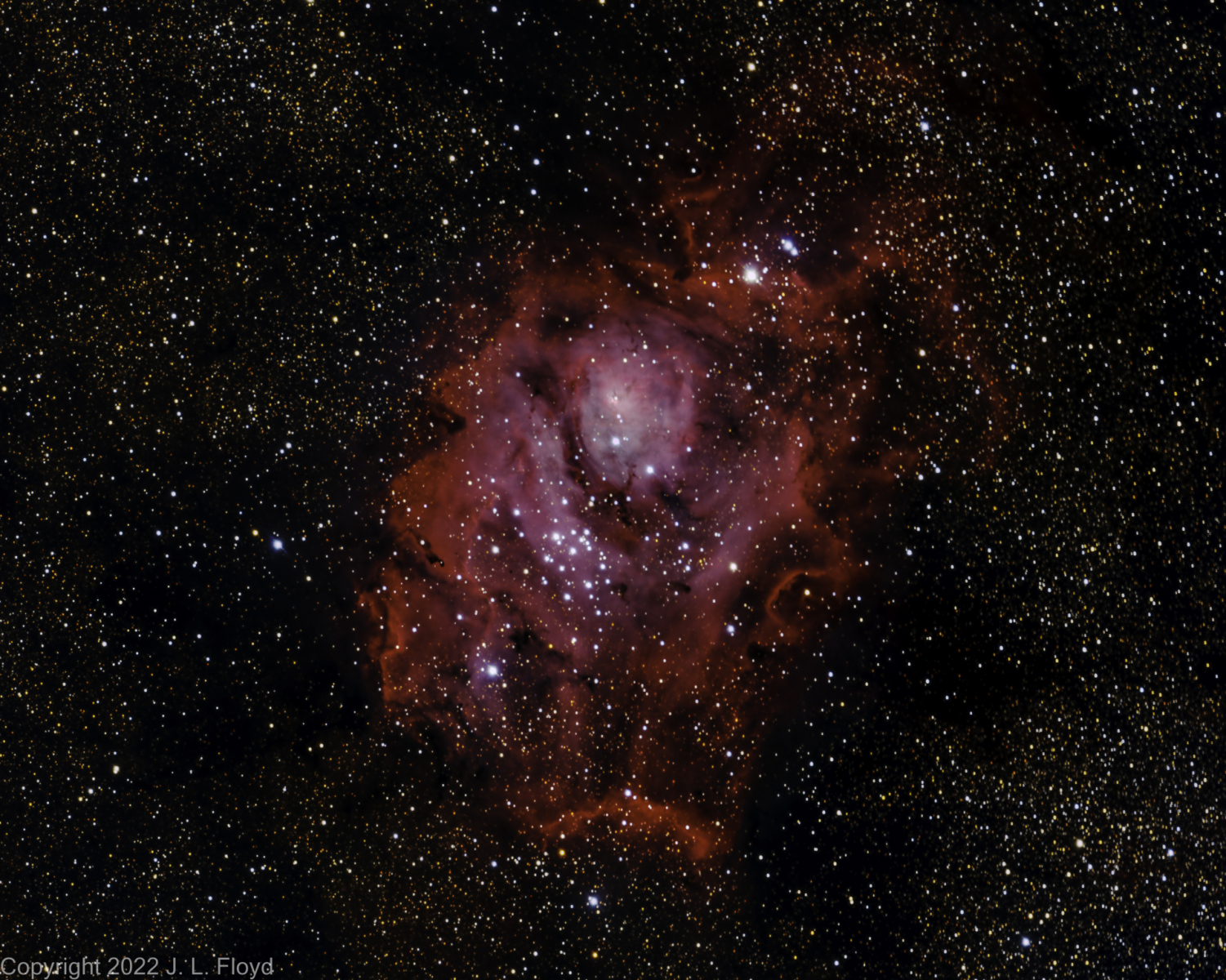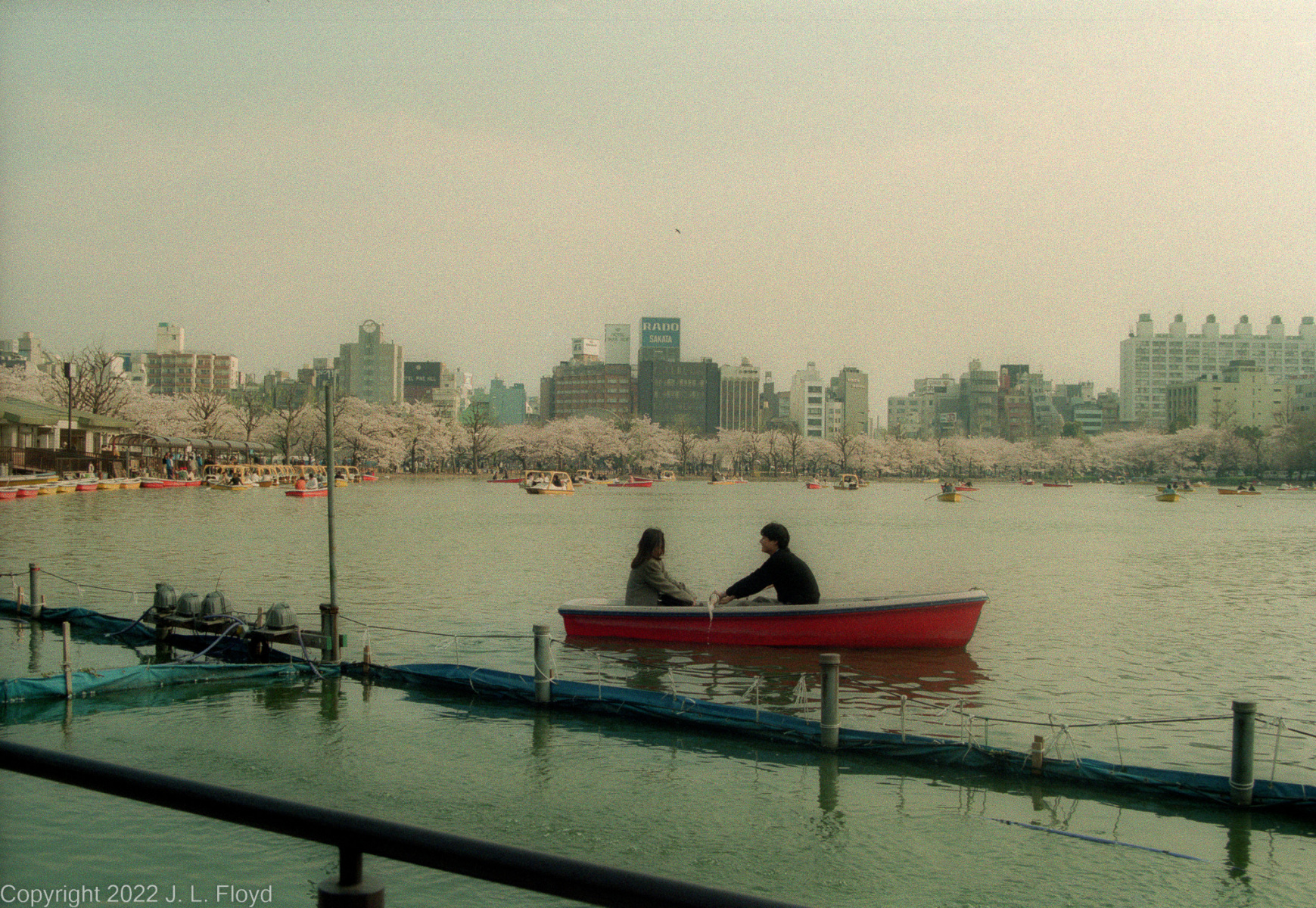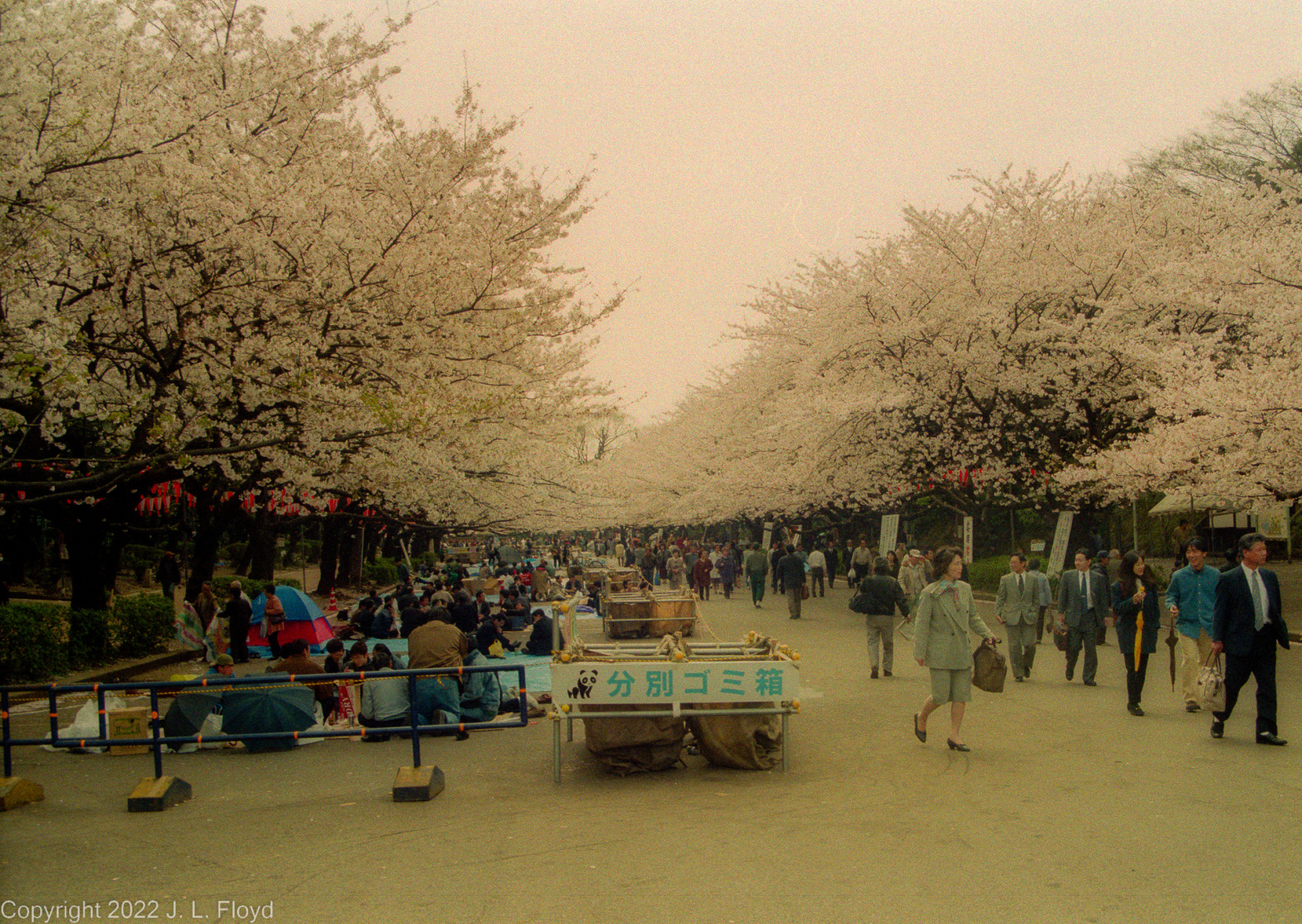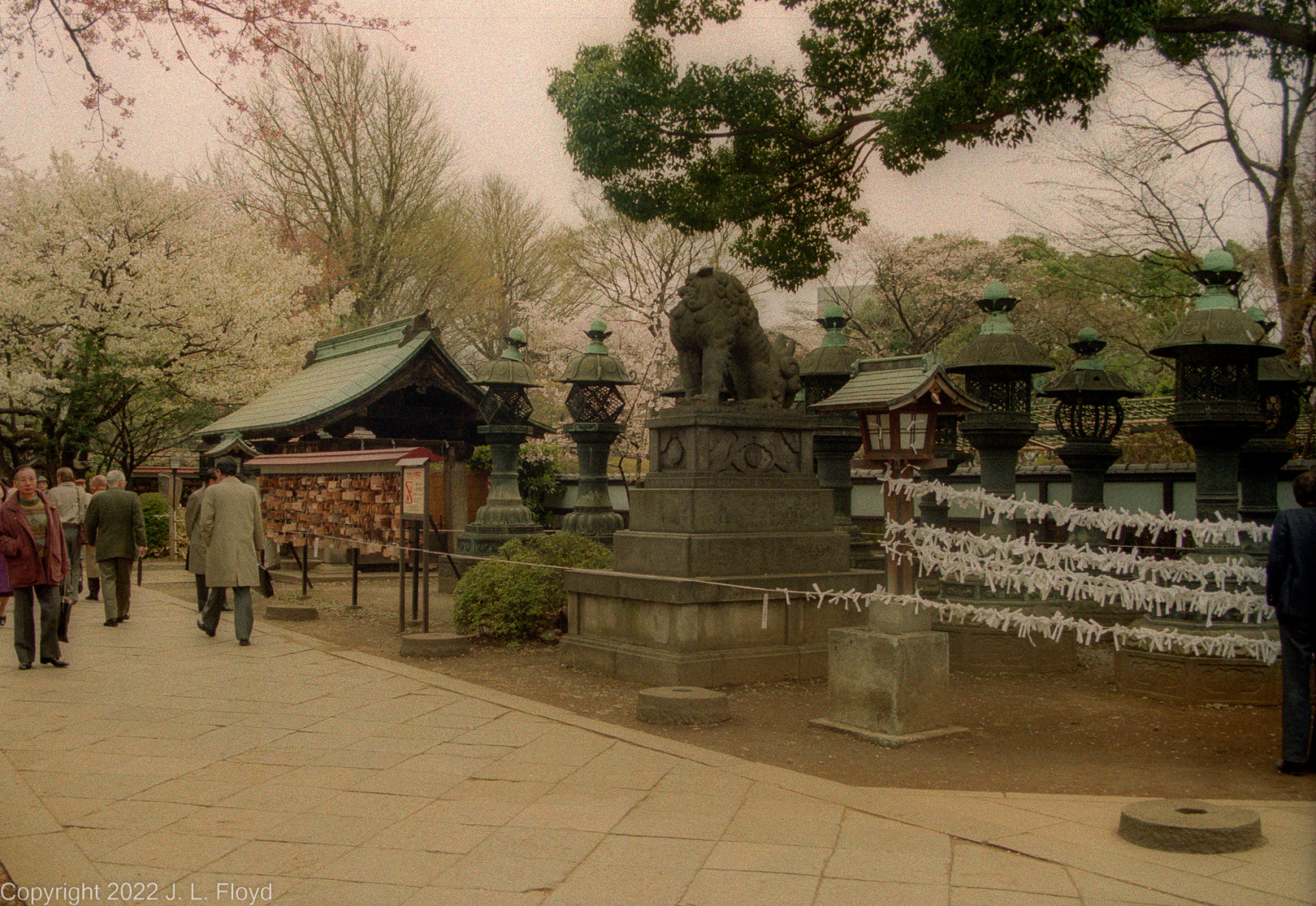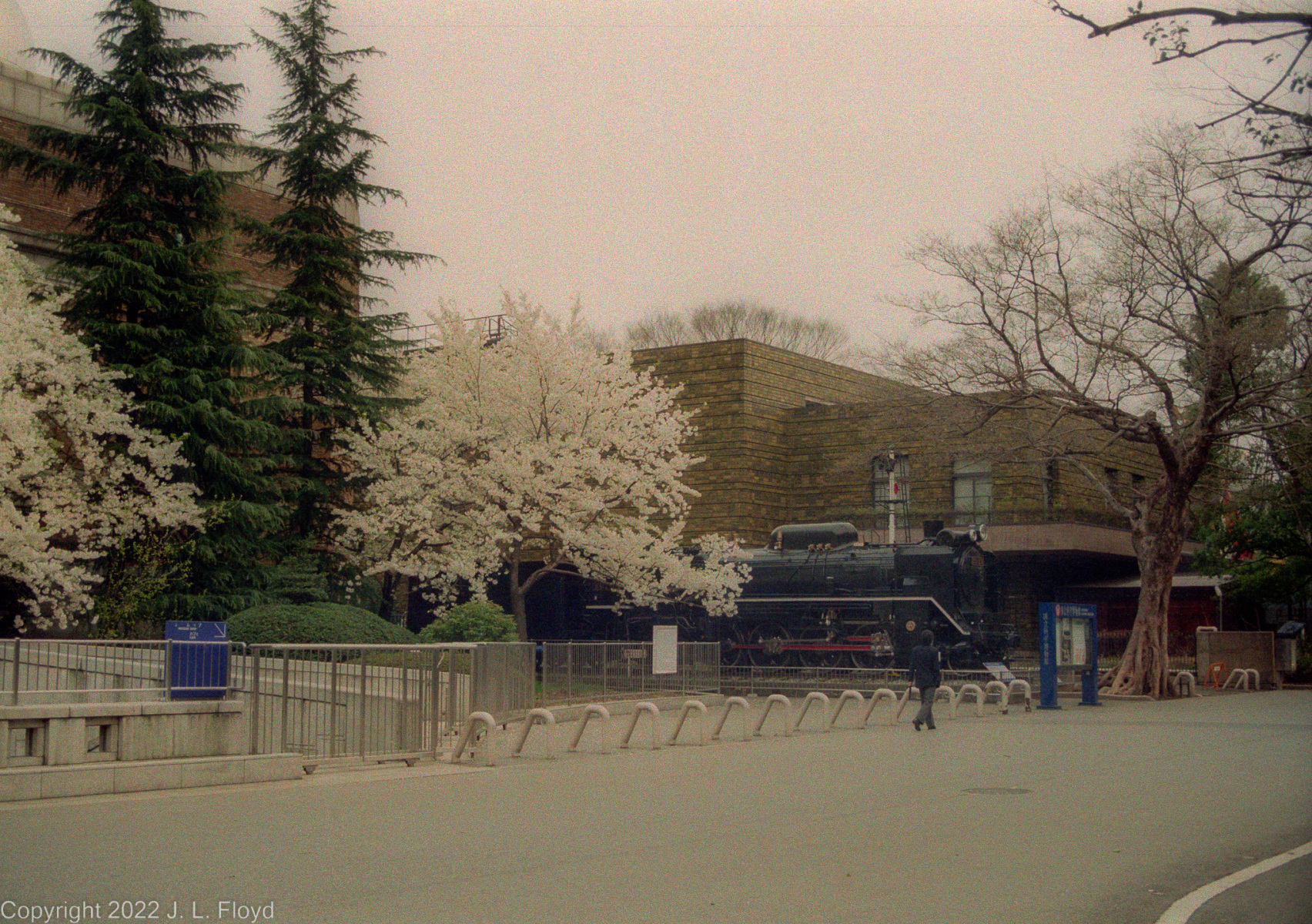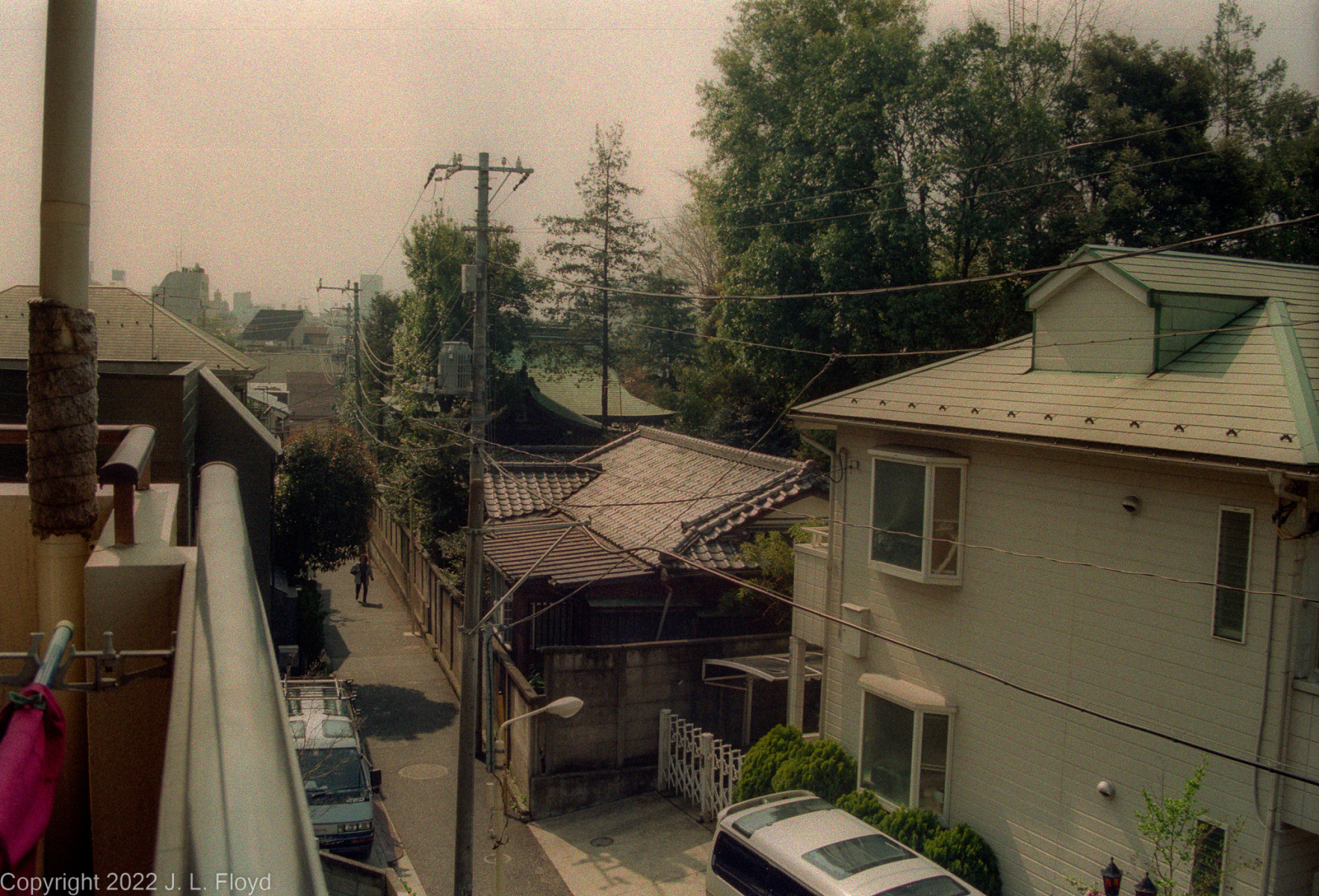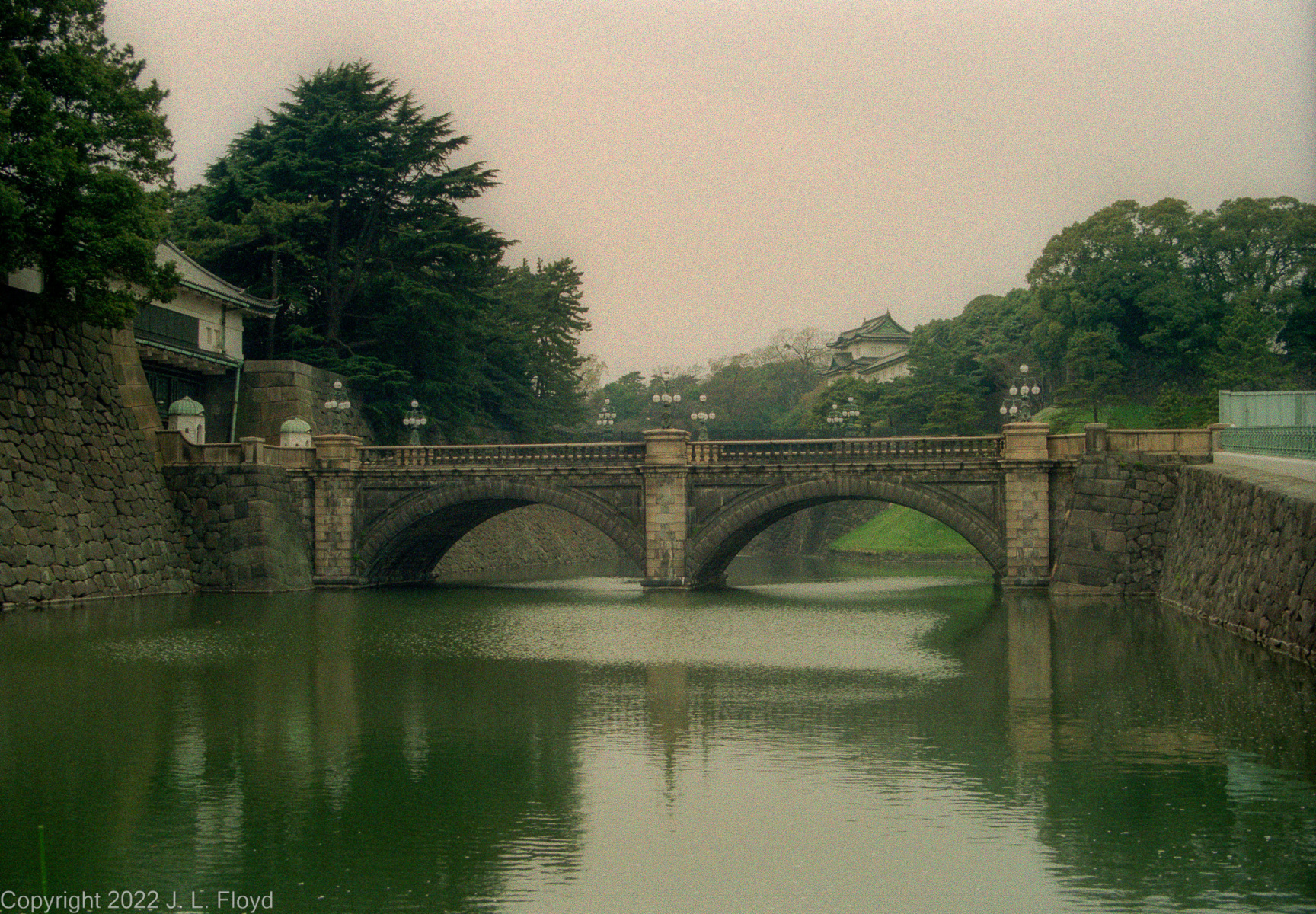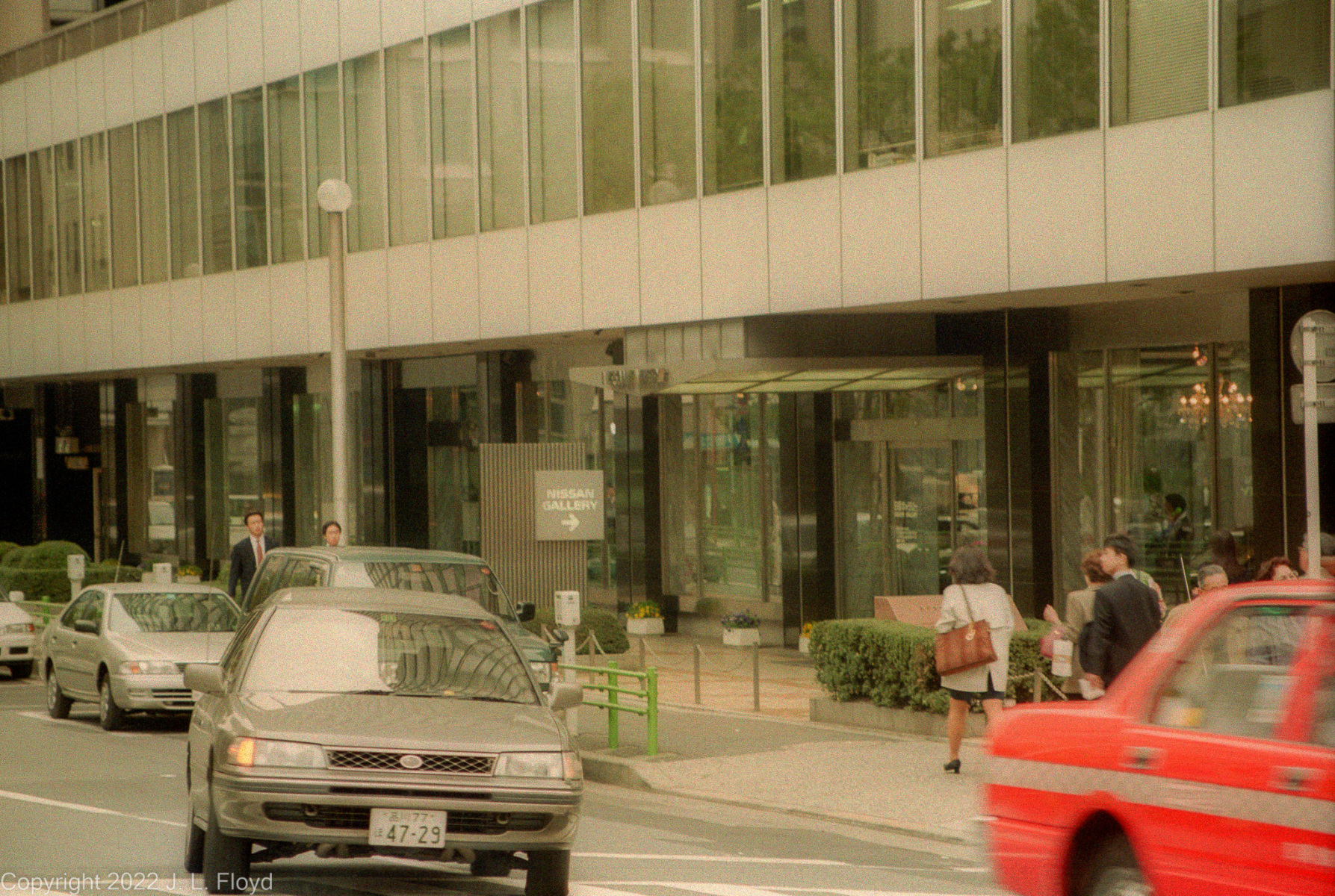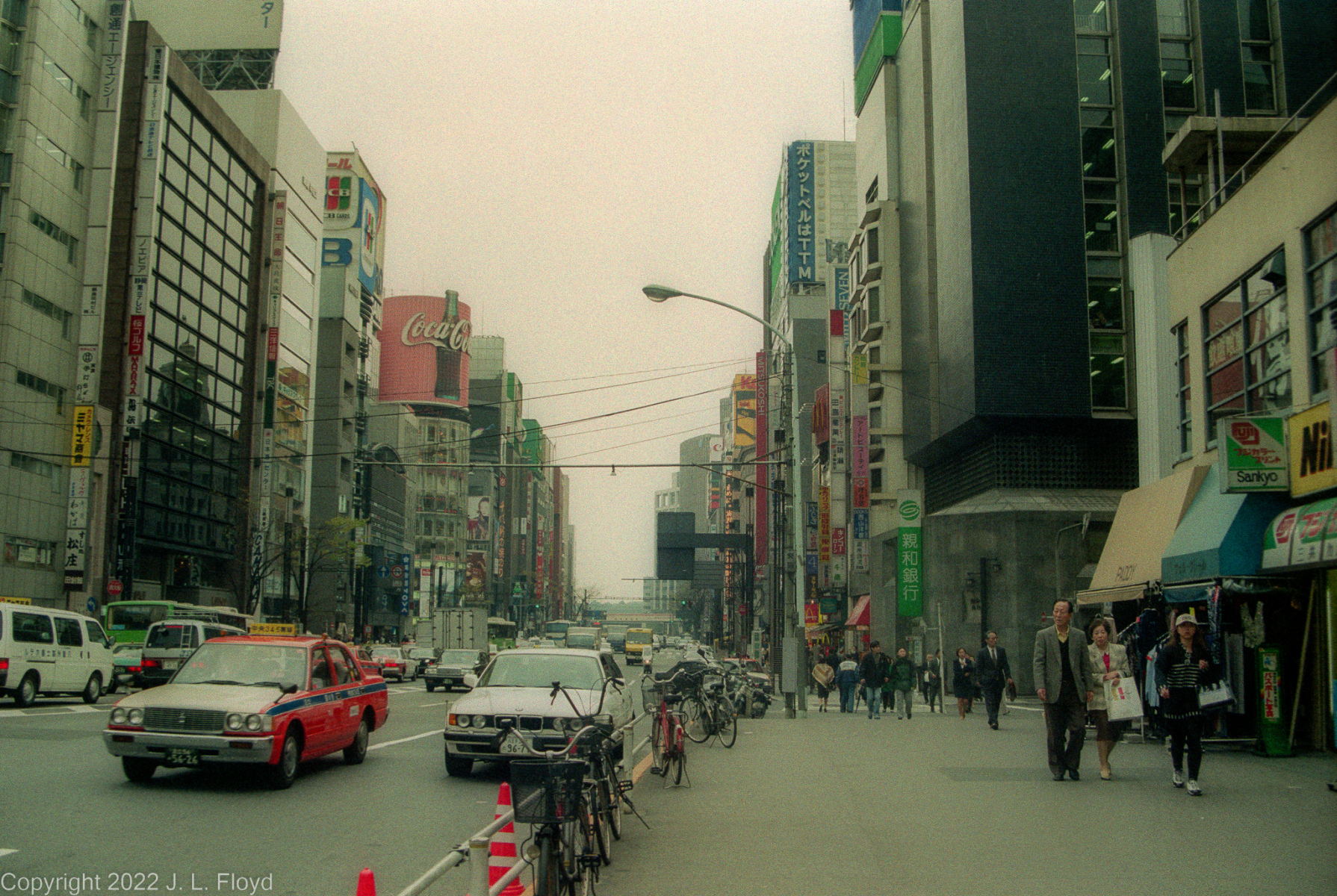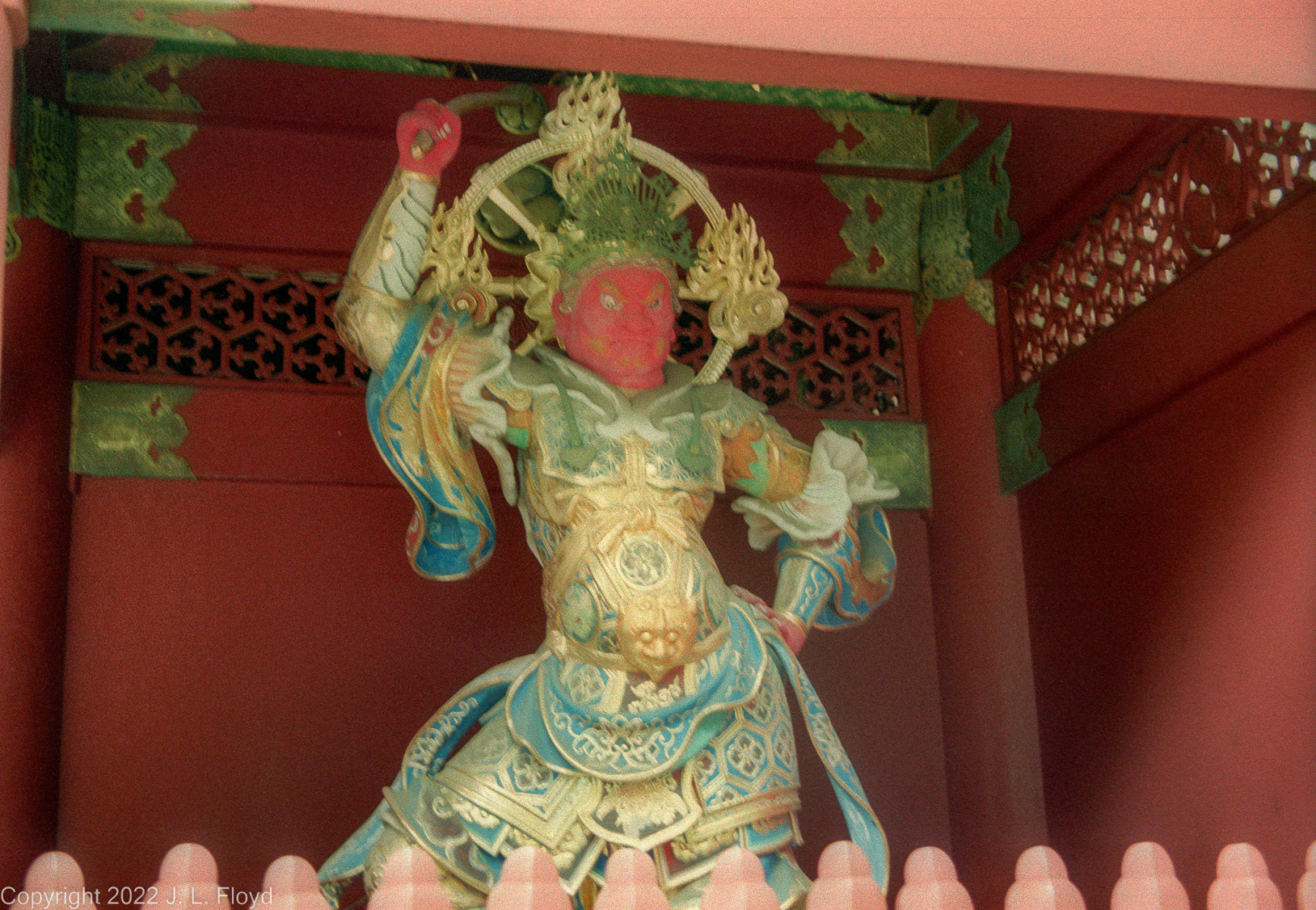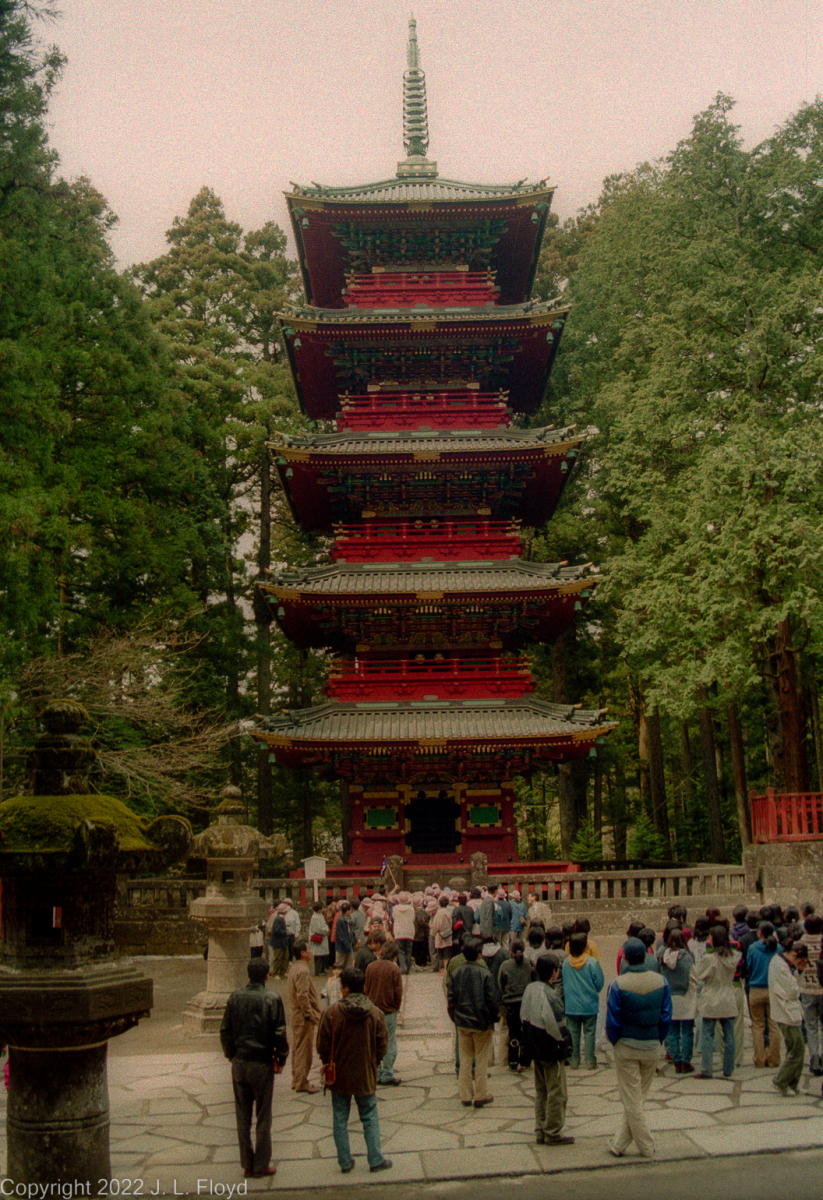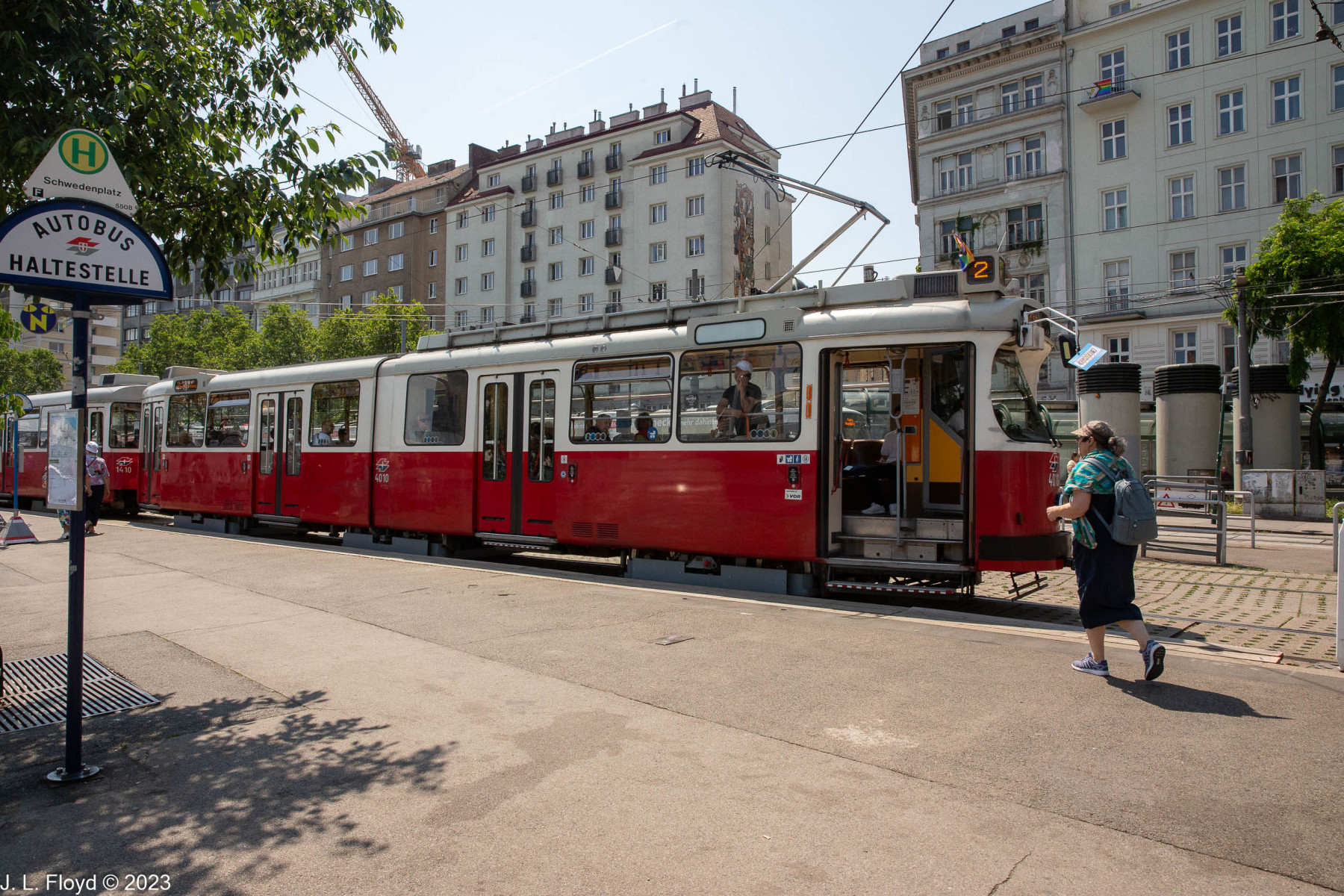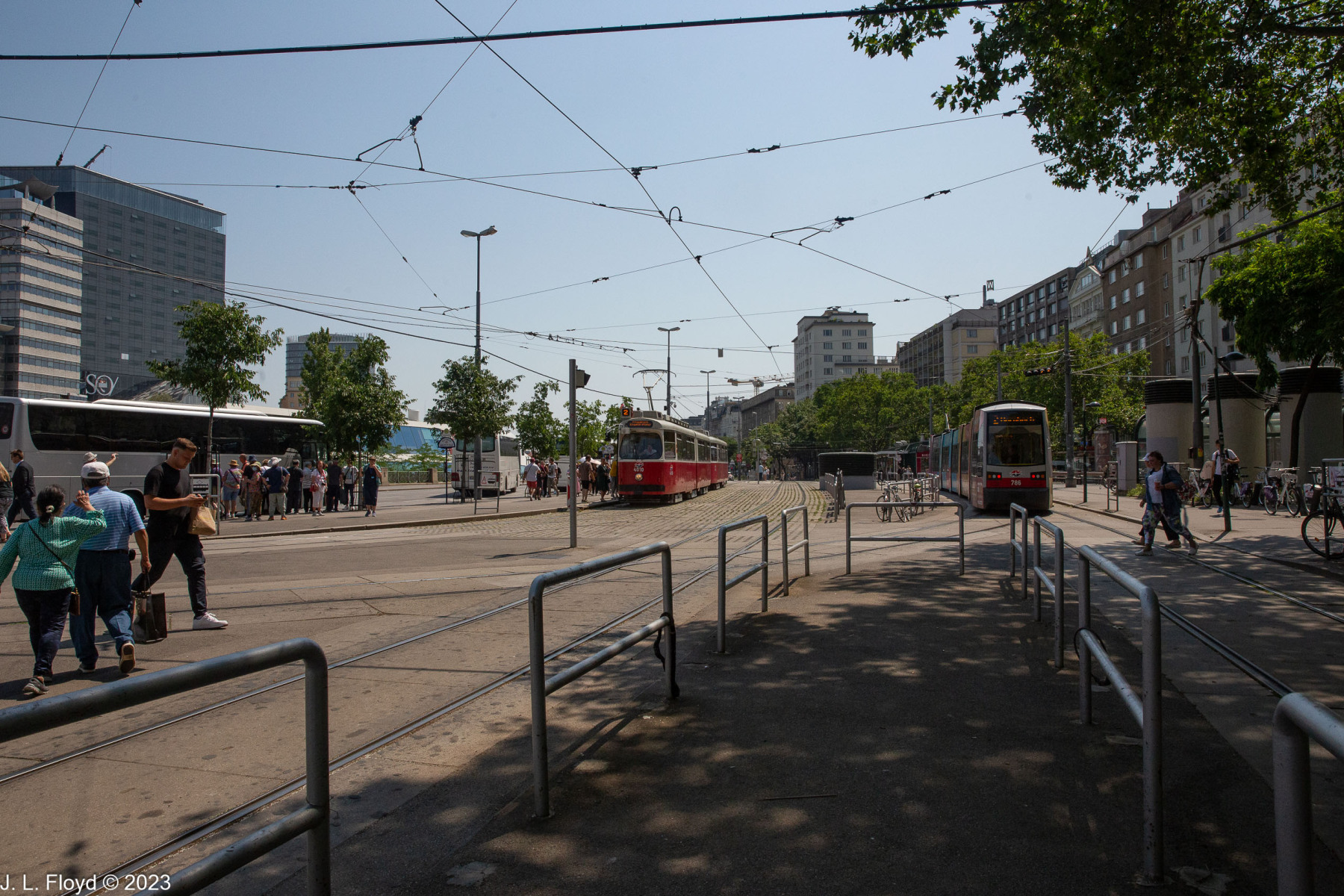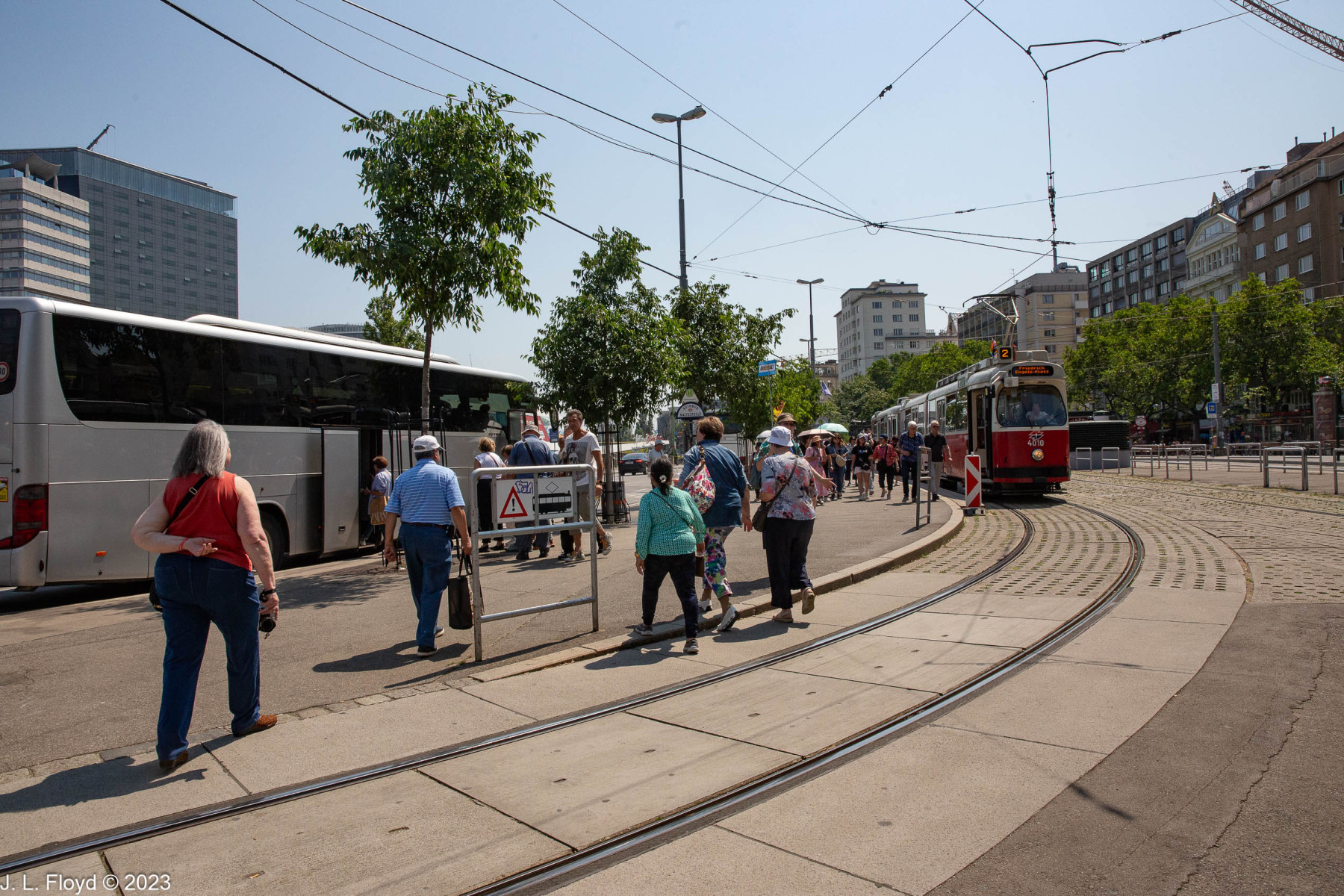Our first stop in Vienna was to visit a garden. It was called the People’s Garden (Volksgarten), and since we were people, we found it quite suitable for a pleasant stroll.
But the Volksgarten is set among and within walking distance of some of the chief landmarks and main attractions of Vienna. As soon as we got off the bus we began to encounter them. There was the neo-Gothic Votivkirche, which we could see over the treetops of the Volksgarten, and the Burgtheater, formerly the theater of the Imperial Court and now the national theater of Austria.
There is an interesting bit of history behind the Votivkirche. On February 18, 1853, a Hungarian nationalist attacked the Austrian Emperor, Franz Josef, with a knife as he was strolling on his palace grounds, which now constitute the Volksgarten. The Emperor was only wounded, and his companions quickly subdued the assailant. The Emperor insisted that the would-be assassin not be mistreated as he was led away to his execution. Franz Josef also granted a small pension to the assailant’s mother. After this incident the Emperor’s brother, Maximilian (later Emperor of Mexico), proposed that a new church be built on the site of the assassination attempt, as a votive offering in thanks for the preservation of the sovereign’s life. Construction of the church, which has the typical form of a Gothic cathedral, was begun in 1856, but it was only completed in 1879. By then Maximilian himself had been executed for being Emperor of Mexico.
As we ambled our leisurely way through the gardens, we came across the Theseum, or Temple of Theseus, built in 1829 and modeled after an Athenian temple completed in 418 BCE. It was originally intended to hold a single sculpture, a depiction of Theseus battling the Minotaur by Antonio Canova, but nowadays it operates as an art gallery of an unusual sort: a single work of art is exhibited for a limited time and then swapped out for a different one. The original Canova sculpture is now in the Kunsthistorisches Museum elsewhere in Vienna, which also operates the Theseum.
A little further on we encountered a pretty little caf
We were slowly making our way toward the Hofburg, the huge main palace of the Austrian emperors, at the eastern end of the Volksgarten. Out in front of the palace is an area called the Heldenplatz (Heroes’ Square), where a couple of equestrian statues stand. One is of Prince Eugene of Savoy, the great general who led the Habsburg armies against the Turks and later partnered with John Churchill, the Duke of Marlborough, to foil Louis XIV’s schemes to establish French dominance in Europe. We had already met Eugene in Budapest, so I won’t dwell on him here. The other equestrian statue is a memorial to Archduke Karl von Österreich-Teschen, brother of Emperor Franz I, who less successfully commanded Austrian armies against the forces of Napoleon a century later. He actually inflicted the first defeat of Napoleon in a major battle, that of Aspern-Essling, in May 1809, but two months later, in July 1809, he was in turn defeated by the French emperor in the bloody Battle of Wagram, which forced the Austrians to ask for an armistice.
From the Heldenplatz I was able to photograph a building on the Ballhausplatz, a little way off to the northeast, which houses the Bundeskanzleramt, the Federal Chancery of the Austrian Republic. This is a historic structure which was originally constructed in 1719 and for two hundred years has been the official residence of the senior Austrian cabinet minister, formerly the Imperial Chancellor, now the Chancellor of Austria, Austria’s equivalent of a Prime Minister. Among its noteworthy occupants was Chancellor Klemens von Metternich, and it was there that he convened the Congress of Vienna, which made the dispositions that reordered Europe following the defeat of Napoleon in 1814. The Ballhausplatz, as the chancery building is usually referred to, was also the scene of the murder of Austrian Chancellor Engelbert Dollfuss by the Nazis in 1934, and of the resignation of Chancellor Kurt von Schuschnigg prior to the Anschluss, the Nazi-engineered merger of Germany and Austria in 1938. The President of the Austrian Republic, its official head of state, has offices in the Hofburg.
The imposing semi-circular Neo-Classicist structure facing the Heldenplatz is actually the newest part of the Hofburg, known as the Neue Burg. It was built between 1879 and 1902 and now houses five museums. It was from the balcony of the Neue Burg that Adolf Hitler proclaimed the Anschluss, the annexation of Austria to the Third Reich in 1938. The older wings of the Hofburg are on the northeast side of the Heldenplatz, to the left as one approaches the Neue Burg.
We did not linger long in front of the Neue Burg, but soon took a left turn and entered the Inner Courtyard (Innerer Burghof). The centerpiece of that space is the Kaiser-Franz-Denkmal, a monument to Franz I, first sovereign to hold the title of Emperor of Austria. He was also the last person to hold the title of Holy Roman Emperor as Franz II. The Holy Roman Empire had been in existence continuously since Otto I was crowned by the Pope in 962, but for much of that time it was an empire in name only; Voltaire famously said that it “was neither Holy, nor Roman, nor an Empire.” Following the catastrophic defeat of the Austrians and Russians in the Battle of Austerlitz in 1805, and Napoleon’s reorganization of many of the German principalities into the French-dominated Confederation of the Rhine in 1806, Franz II abdicated as Holy Roman Emperor and assumed the title of Emperor of Austria, thus dissolving the HRE for good.
The Inner Courtyard was originally an open square where jousting tournaments were held until the late sixteenth century. On our right as we entered it, we passed the Swiss Gate, which provides entry into the Swiss Wing, the oldest part of the Hofburg. It had its beginnings in 1275 as a simple fort with four towers and a rectangular courtyard, today’s Swiss Court. The elegant red-and-black Swiss Gate was added in 1552.
At the opposite end of the Innerer Burghof from the Swiss Gate is the Amalienburg, named after Empress Amalie, wife of Emperor Joseph I (r. 1705-1711). It was actually built during the time of Rudolf II, Holy Roman Emperor from 1576 to 1612, patron of the astronomer Johannes Kepler among others. The Amalienburg is chiefly noteworthy for its cute little tower with a cupola on top and the astronomical clock on its façade.
Connecting the Amalienburg wing with the Swiss Court is the Leopold wing of the Hofburg, an Early Baroque structure dating from the reign of Emperor Leopold I (1640-1705). Empress Maria Theresa and her son Joseph II also took up residence in the Leopold Wing. It now holds the office of the Austrian Federal President, who receives state guests there.
The St. Michael’s Wing, closing in the Burghof on the northeast, was begun in 1730 but finally completed only in 1888. Emperor Franz Joseph and his wife Elizabeth (nicknamed Sisi) lived in this wing, which now is home to the Sisi Museum among others. Flanking the several portals of the St. Michael’s Wing are sculptures depicting the Twelve Labors of Hercules.
We exited from the Inner Court through the portal where Hercules was wrestling with Antaeus on the left and, on the right, beating some poor sod with a club (I don’t know which of his labors that was supposed to represent). We then passed through a rotunda containing a number of sculptures with classical motifs, a parking lot for bicycles and another entrance to the Sisi Museum. On the other side, the Michaelertor, a gate with elegant iron grillwork, opened to St. Michael’s Square (Michaelerplatz).
Michaelerplatz is the location of the Church of St. Michael (Michaelerkirche), after which both the square and the facing palace wing is named. It is one of the oldest churches in Vienna – a late Romanesque, early Gothic structure originally built in the early 13th century, but much modified afterward, though it has been unchanged since 1792. The square is also the location of an archaeological dig that uncovered some ruins from ancient and medieval times, including the site of a brothel frequented by Roman soldiers.
Also fronting on Michaelerplatz, across Kohlmarkt Street from the Michaelerkirche, is the Looshaus, considered to be a premier achievement of the Viennese Modernist (Wiener Moderne) movement in architecture. In 1909 the owners of a high-end men’s clothing business commissioned the architect Adolf Loos to design a new office building for them. Loos had lived in New York and Chicago and was heavily influenced by American design trends, such as reinforced concrete. But the design he produced for for the building was quite controversial, and Loos was forced to modify it, adding window boxes on the upper-story windows to relieve their “nakedness.” Even so many people hated it, including Emperor Franz Josef, who supposedly ordered the curtains of the Hofburg to remain closed so that he would not have to look at it. I was unaware of the significance of this structure at the time of our visit, and the photo I shot only shows part of it; otherwise I would have taken a better picture.
Exiting the Hofburg through the Michaelertor, we took a right turn and shortly encountered an imposing sculpted fountain, titled Power at Sea (Die Macht zur See), by Rudolf Weyr, which was supposed to symbolize Austro-Hungarian naval might. It has a counterpart at the other end of the building, Power on Land (Die Macht zu Lande), by Edmund Hellmer, but we missed it because we were going in the wrong direction, toward the Stallburg. The Power at Sea sculpture features a female figure, representing Austria, standing in the prow of a ship which is crashing over a group of sea creatures including the god Neptune, throwing them into confusion and disarray. At the time the fountain was installed, the Austro-Hungarian Empire was a considerable sea power, with naval bases on the Dalmatian coast, but after the First World War both Austria and Hungary were landlocked and didn’t need a navy any more.
Shortly we came to the Stallburg, a Renaissance-style building originally built in the later sixteenth century for Archduke Maximilian, later Emperor Maximilian II. Later it was turned into an art gallery which became the core of the Kunsthistorisches Museum. Later still it was converted into the Imperial Stables, and now it belongs to the Spanish Riding School (Spanische Hofreitschule); the famous Lippizaner horses are stabled there.
Next to the Stallburg is Josefsplatz, named after Emperor Josef II (1741-1790), son and successor of Empress Maria Theresa. He was co-regent with his mother from 1765, but held little real power until her death in 1780. After that Josef II ruled as an “enlightened despot,” according to the principles of the 18th-century Enlightenment, and sponsored reforms aiming at the advancement of education, freedom of worship, secularization of church lands and reduction of the influence of the Catholic church, emancipation of the peasantry, and rationalization of government administration. Unfortunately he also promoted complete centralization of authority and compulsory use of the German language, which earned him the opprobrium of the Czechs and other non-German nationalities of the Empire. In the play and movie Amadeus, he is portrayed as a pompous ninnyhammer; when meeting Mozart and being asked for his opinion of Mozart’s music, he has to turn to his aide to provide an answer, which is the idiotic “too many notes.” Actually Josef II was not so stupid, and he was a knowledgeable and enthusiastic patron of music and the arts. (Amadeus is mostly fiction, based on the 1830 play Mótsart i Sal’yéri by Alexander Pushkin.)
An equestrian statue of Josef II stands in the Josefsplatz. On the north side of the square is the Redoute Wing of the Hofburg. This began in the 17th century as an opera house; Empress Maria Theresa converted it into a concert hall and ballroom, and it now serves as a conference hall.
On the south side of Josefsplatz is the Augustinian Wing of the Hofburg. This is a baroque structure built in the early 18th century, but it since became integrated with the older Augustinian church (Augustinerkirche) and monastery next to it, which date from the fourteenth century. The Augustinerkirche was the parish church of the Habsburg court from 1634, and numerous royal weddings were held there. These days it is a venue for sacred music concerts.
Between the Augustinian and the Redoute Wings, on the west side of the Josefsplatz, is the former Imperial Library, now the Austrian National Library, a Baroque structure dating from the reign of Charles VI (r. 1711-1740). One of its chief benefactors was the general and statesman Prince Eugene of Savoy (d. 1736), who contributed 15,000 of the 200,000 volumes it held at the time. It now has over 12 million items in its various collections.
From the Hofburg we strolled down Bräunerstrasse to Graben, where the Vienna Plague Column is located. Along the way we passed some upscale boutiques, including the shoe store of R. Scheer and Sons, which featured the most expensive shoes I have ever seen in my life, at 4000 euros.
Every central European city, it seems, has to have a Plague Column, and Vienna is no exception. The Vienna Plague Column, Wiener Pestsäule in German, commemorates the last great outbreak of the plague in 1679. The first version was erected in that year and was made of wood; a permanent one was completed only in 1694. Meanwhile, in 1683 the Ottoman Turks had besieged Vienna for two months, but were defeated by a combined Polish and Habsburg army led by the Polish king Jan Sobieski, a rare instance of cooperation between the Austrians and the Poles. Leopold I, the Holy Roman Emperor, had concluded a defensive alliance with the Poles before the Ottoman onslaught, and this proved crucial. This was how the Plague Column evolved also into a victory monument for Leopold I. (The Austrians thanked the Poles in the 18th century by helping the Russians and Prussians to partition Poland, whereby Poland ceased to exist until the 20th century.)
The Plague Column as completed in 1694 has a tripartite design, both horizontally and vertically. The lowest level, the pedestal, is the province of mankind, and features Leopold I praying for deliverance; the second and top levels, comprising the column itself, are reserved for the angels and the Holy Trinity, respectively. The Trinity also appears in the vertical segmentation of the pedestal, with the western face devoted to God the Father, the eastern face to the Son (Jesus), and the northern face to the Holy Spirit. The western face also bears the coat of arms of the Holy Roman Empire and its core Austrian domains; the eastern face bears the coats of arms of Hungary, Croatia, Dalmatia and Bosnia; and the northern face bears the coats of arms of Bohemia, Lusatia and Silesia.
At the Plague Column we turned right and headed down Graben to Stephansplatz, location of St. Stephan’s Cathedral (Domkirche St. Stephan). There, in the shadow of St. Stephan’s, our tour guide disbanded the group, leaving us on our own for the remainder of the morning. Sandie and I headed up Kärntner Strasse to find a place where we could have coffee and a pastry. On Stock-im-Eisen Platz, next to Stephansplatz, we passed the Palais Equitable building at Stock-im-Eisen Platz. On the exterior of the building is a glass case containing the famous Stock im Eisen (German for “staff in iron”). Actually it is a “nail-tree” (nagelbaum), part of the trunk of a tree cut down in 1440, into which hundreds of nails have been pounded into it over the centuries for good luck. I wasn’t aware of it at the time, but only found out about it later, so I didn’t take a picture of it; but it does appear, though almost indistinguishably, in my photo of the Palais Equitable building.
Incidentally, Stock-im-Eisen Platz is also the location of Haas House, a postmodernist building with a facade that is part stone and part reflective glass. Designed by the architect Hans Hollein, it was completed in 1990 on a site formerly occupied by the Haas Department Store. It is considered controversial because its detractors claim that the architectural style clashes with St. Stephan’s Cathedral across the street. Its advocates counter that the reflective fa
After our coffee break, Sandie and I headed back down to the Stephansplatz. I didn’t take many pictures of the cathedral because the space was too confined to get a good perspective on it; mainly I concentrated on the west end, where the main entrance, known as the Giant’s Door, is located. There are plenty of websites where one can find great photos of the entire cathedral, especially the towers at the east end, as well as the interior, which we did not see.
St. Stephen’s was begun as a Romanesque church in 1137. Construction continued on and off until 1511. The oldest part of the church is the west end, which is the location of the Giant’s Door, and also of the two Romanesque towers called the Heidentürme (pagan towers), 65 meters (121 feet) tall. The massive South Tower, a Gothic addition, 136 meters (446 feet) tall, was built in the 14th and 15th centuries, and it was supposed to be matched by an equally tall North Tower, but the latter was only partially completed and at 68 meters (223 feet) is only half as tall as the south tower. It was capped with a Renaissance dome in 1578.
For me the chief glory of the cathedral is its roof, which consists of 230,000 richly colored tiles arranged to form complex mosaics. On the south side the mosaics depict the double-headed eagle of the Habsburg empire; on the north, the coats of arms of the city of Vienna and the Republic of Austria. The roof was badly damaged by fire at the end of World War II and since has been reconstructed.
From the Cathedral we wended our leisurely way down Rotenturmstrasse to Schwedenplatz. Along the way we spotted a number of seductive attractions; we had no time to enjoy them, because we had to get back to the Monarch Queen in time for the afternoon excursion, but I recorded them with my camera for future reference.
As we crossed Lugeck Street, off to the right I saw an elegant Baroque-looking white building a block or two away, which I instinctively took a picture of. (My high-school English teacher would have beaten me nearly to death for ending a sentence with a preposition, but she isn’t here to do so. Ninner, ninner.) Later research revealed that this is the Edificio Wüstenrot (Grandes almacenes Orendi), which means nothing to me – the web pages didn’t really provide much enlightenment – but it also houses a highly rated restaurant, the Regensburger Hof. It turns out that since the 14th century the location was a staging point and inn for merchants from Regensburg (which we were to visit a few days later) in Bavaria. It was rebuilt many times, most recently in 1897. It was then the site of a carpet store; now, in addition to the Lugeck Figlmuller Wien restaurant, it hosts a nightclub, bicycle store, and other commercial establishments, as well as private apartments.
Food and drink was clearly not in short supply in this district. We encountered a number of tempting eating places, although we didn’t have time to try any of them. My favorite was Der Mann der Verwohnt, which I translate as “The Spoiled Man.” The pastries and sandwiches in its display case were very nearly impossible to resist, and would have been had I not already had a bite to eat.
Before long we arrived at Schwedenplatz to board the bus back to the Monarch Queen. Schwedenplatz is a transportation hub, and there is a subway station there, as well as a tram (streetcar) stop, bus stop, and boat docks. Vienna has a very efficient public transportation system. The streetcars are quite colorful, and sport a great many advertisements; one came with the words “Fashion ist gern gross,” which I translated as “Fashion is gladly gross.” (Gerngross is actually a shopping mall.)
